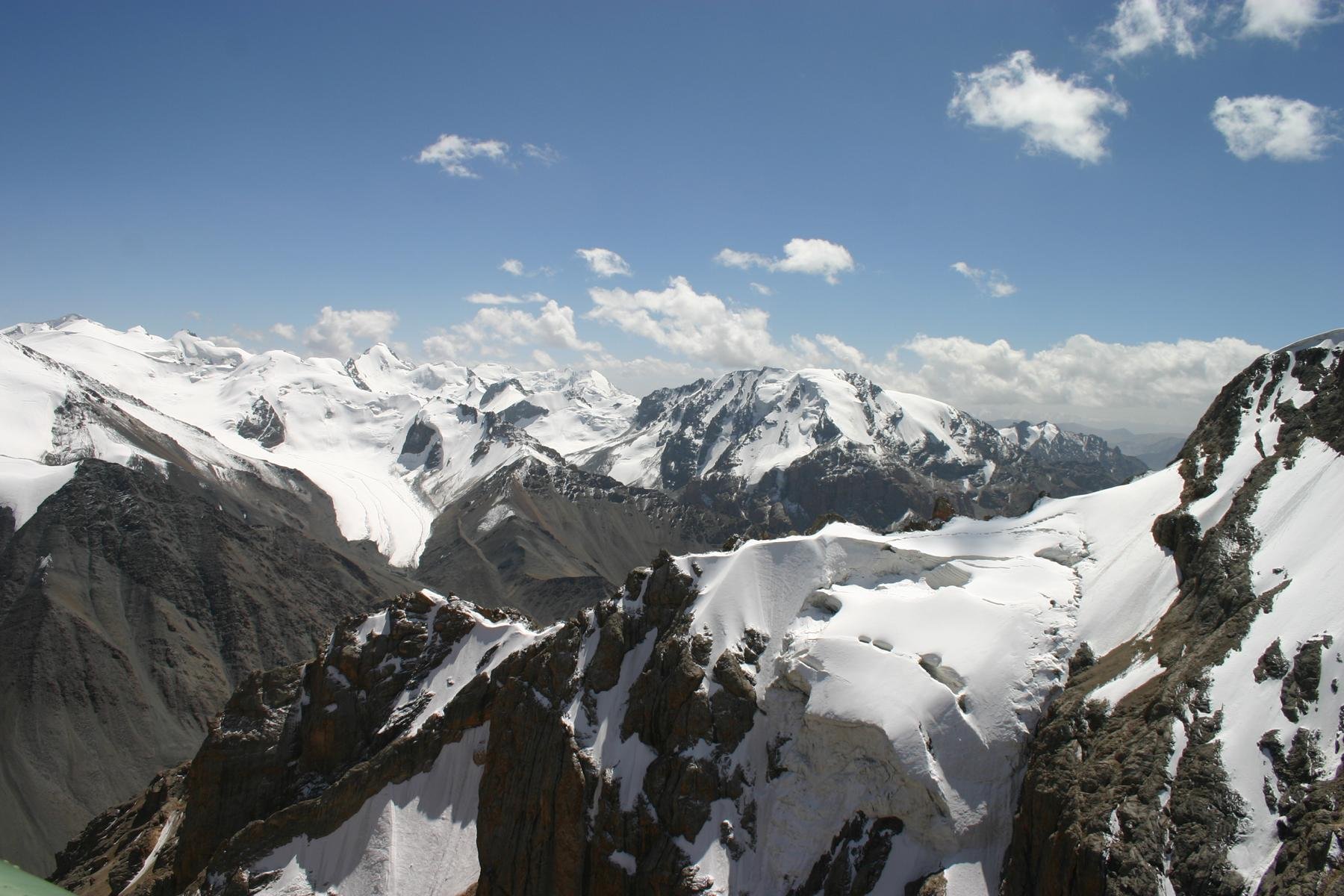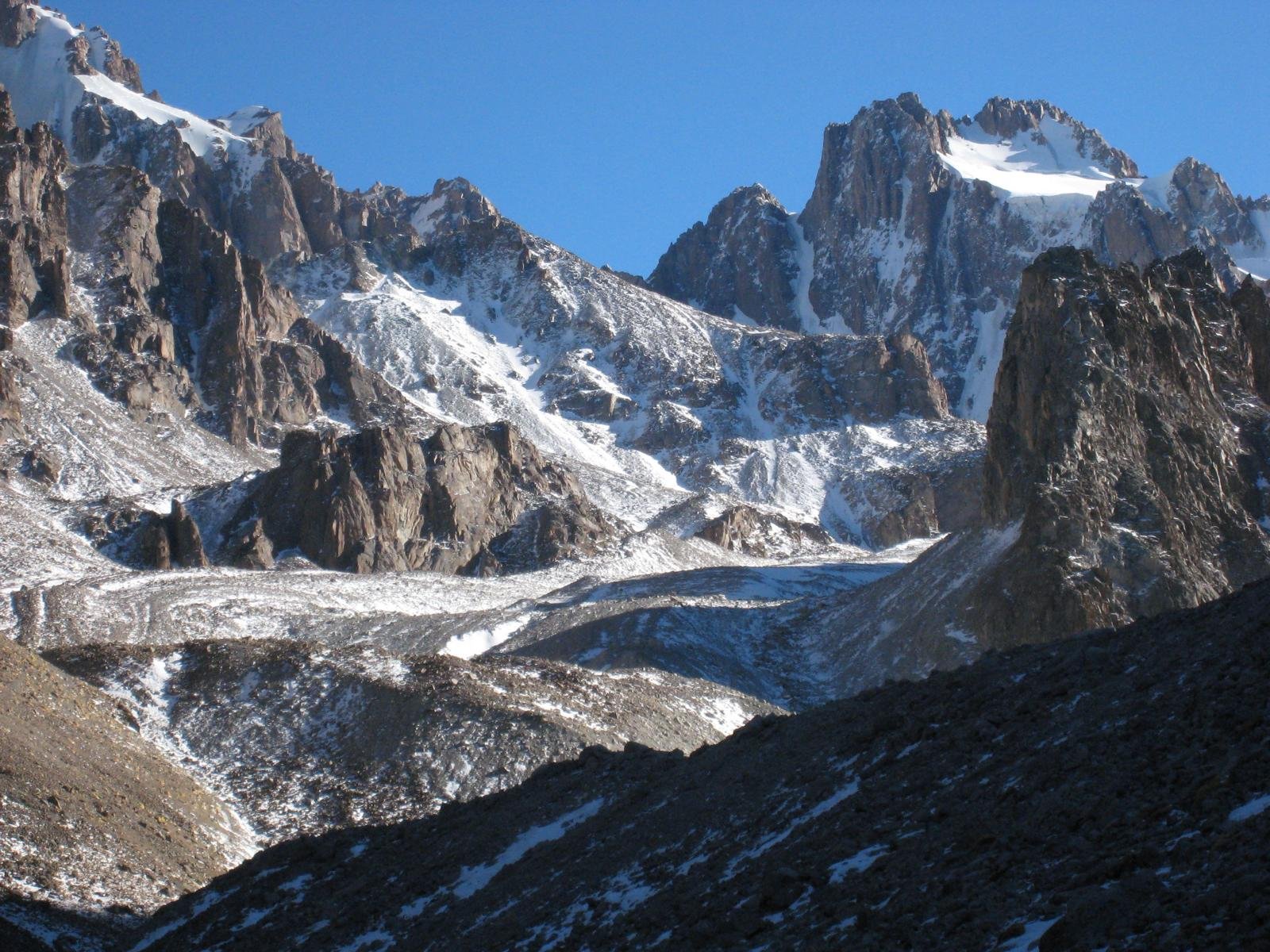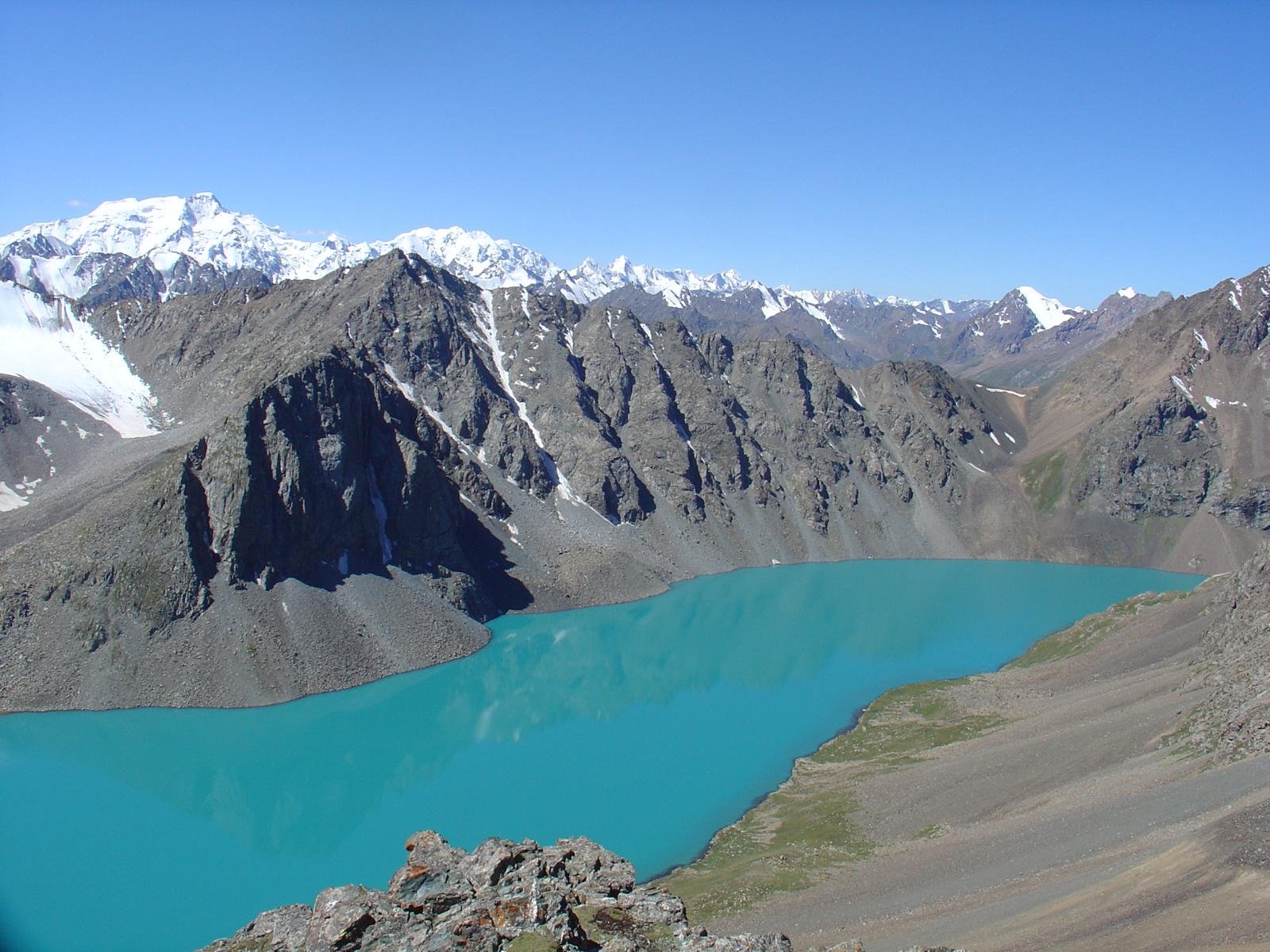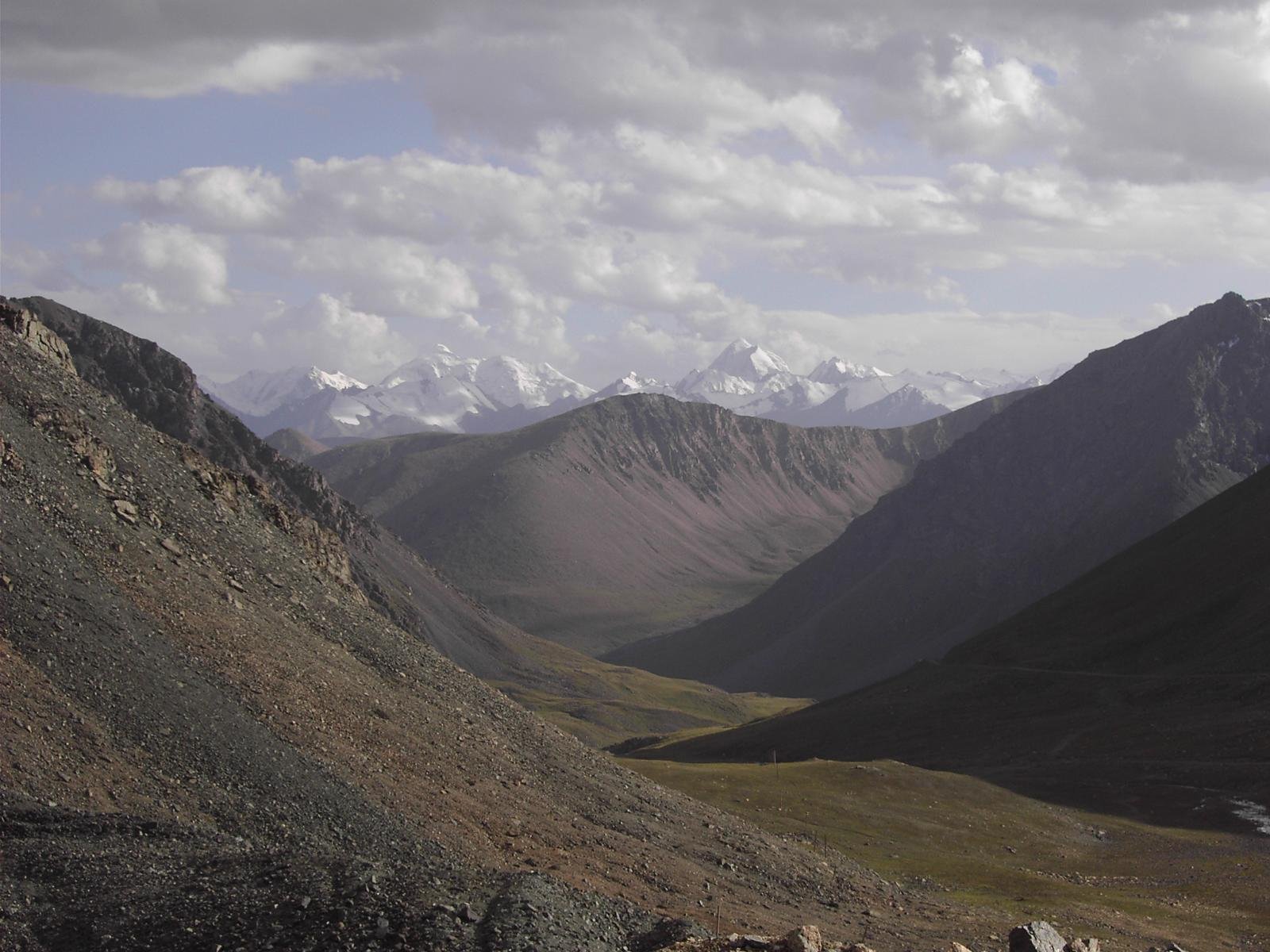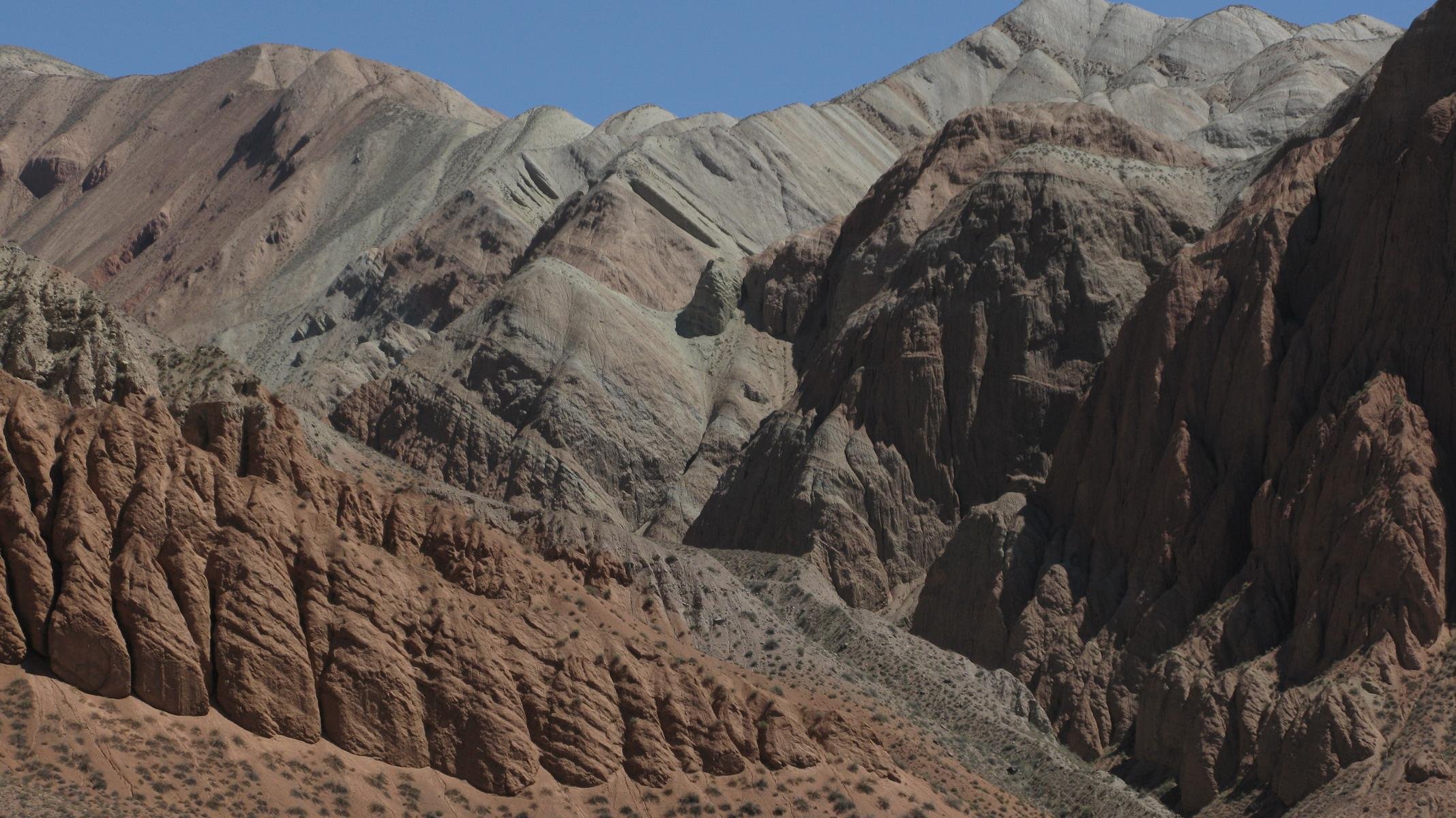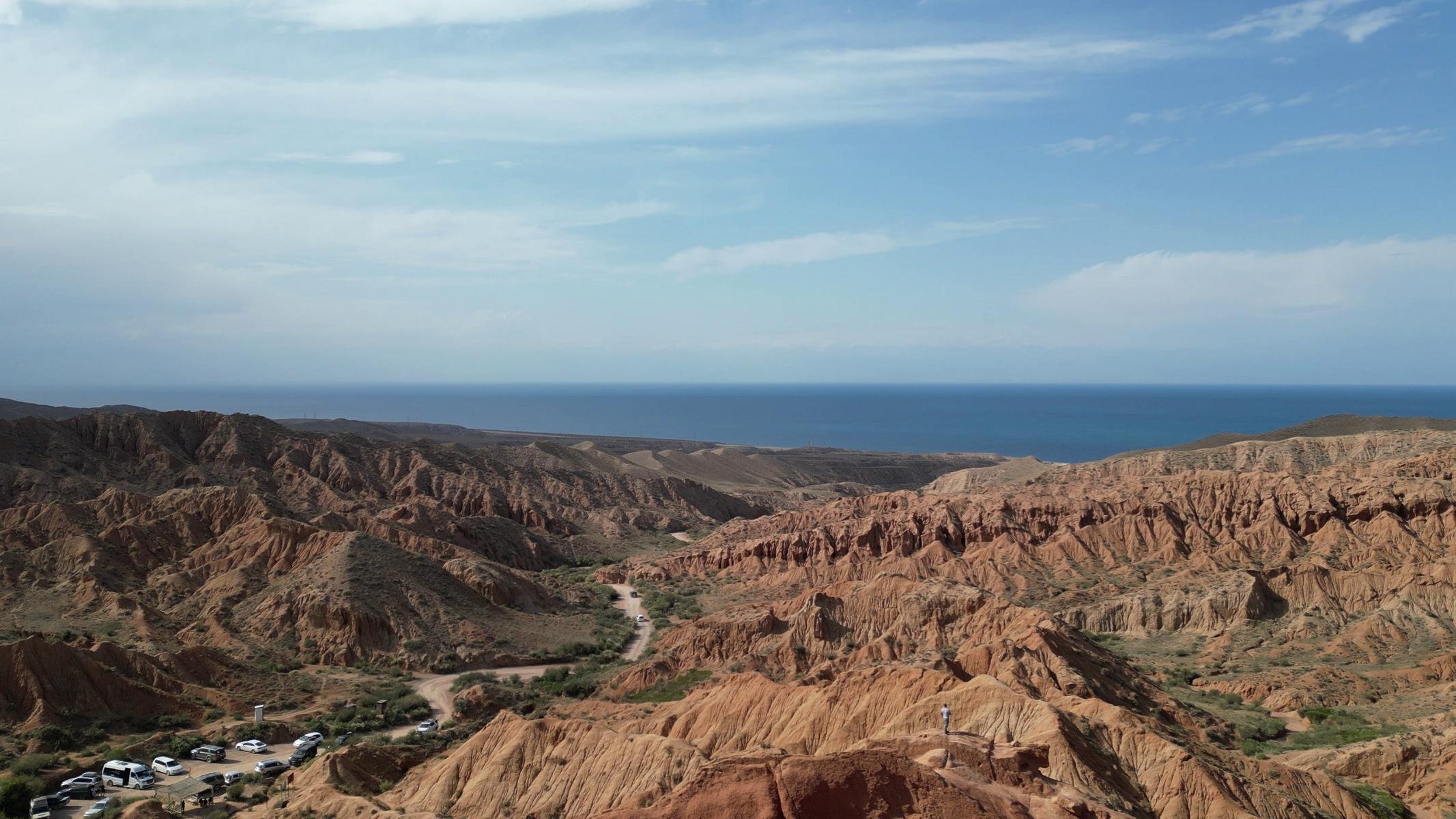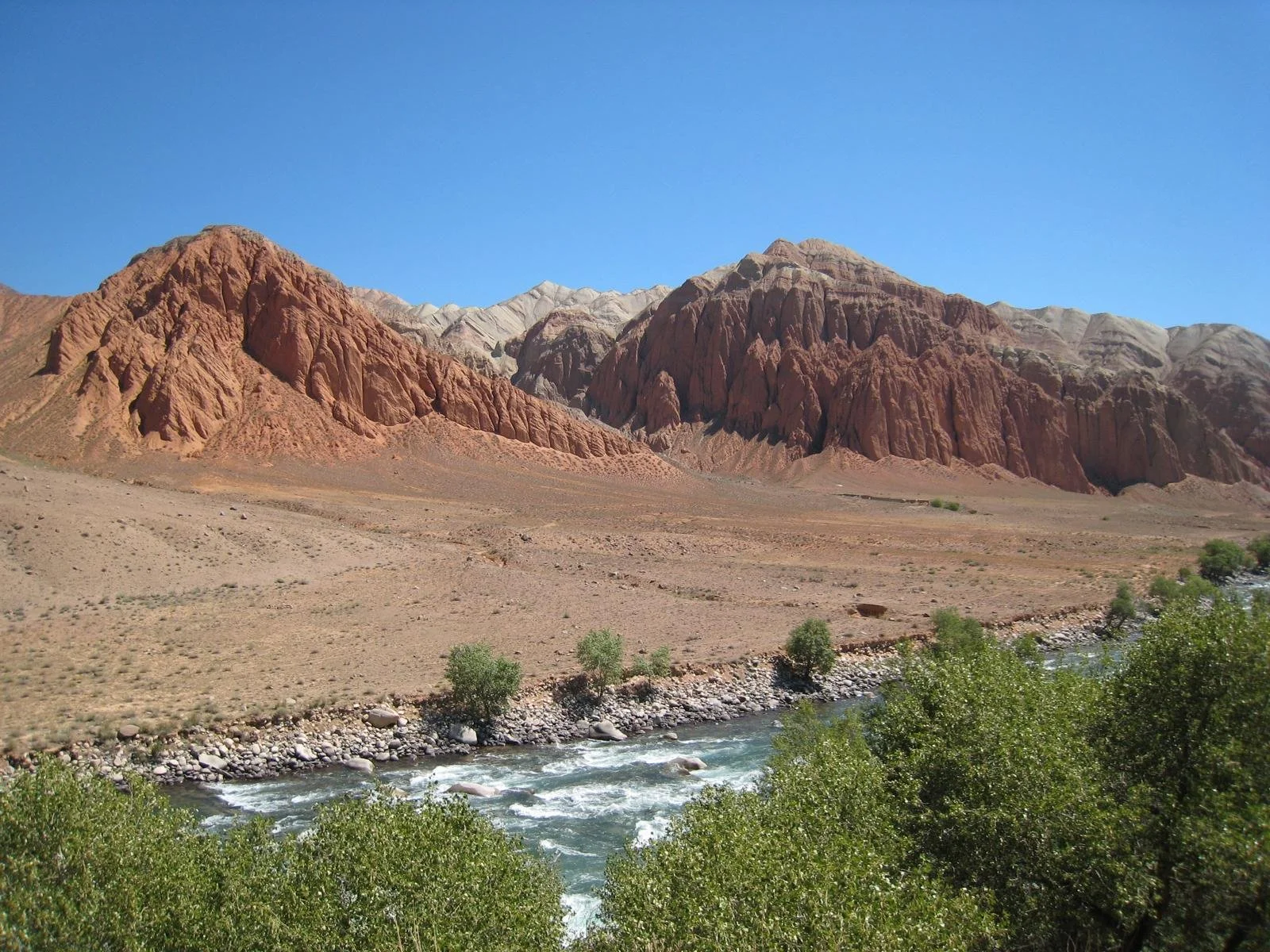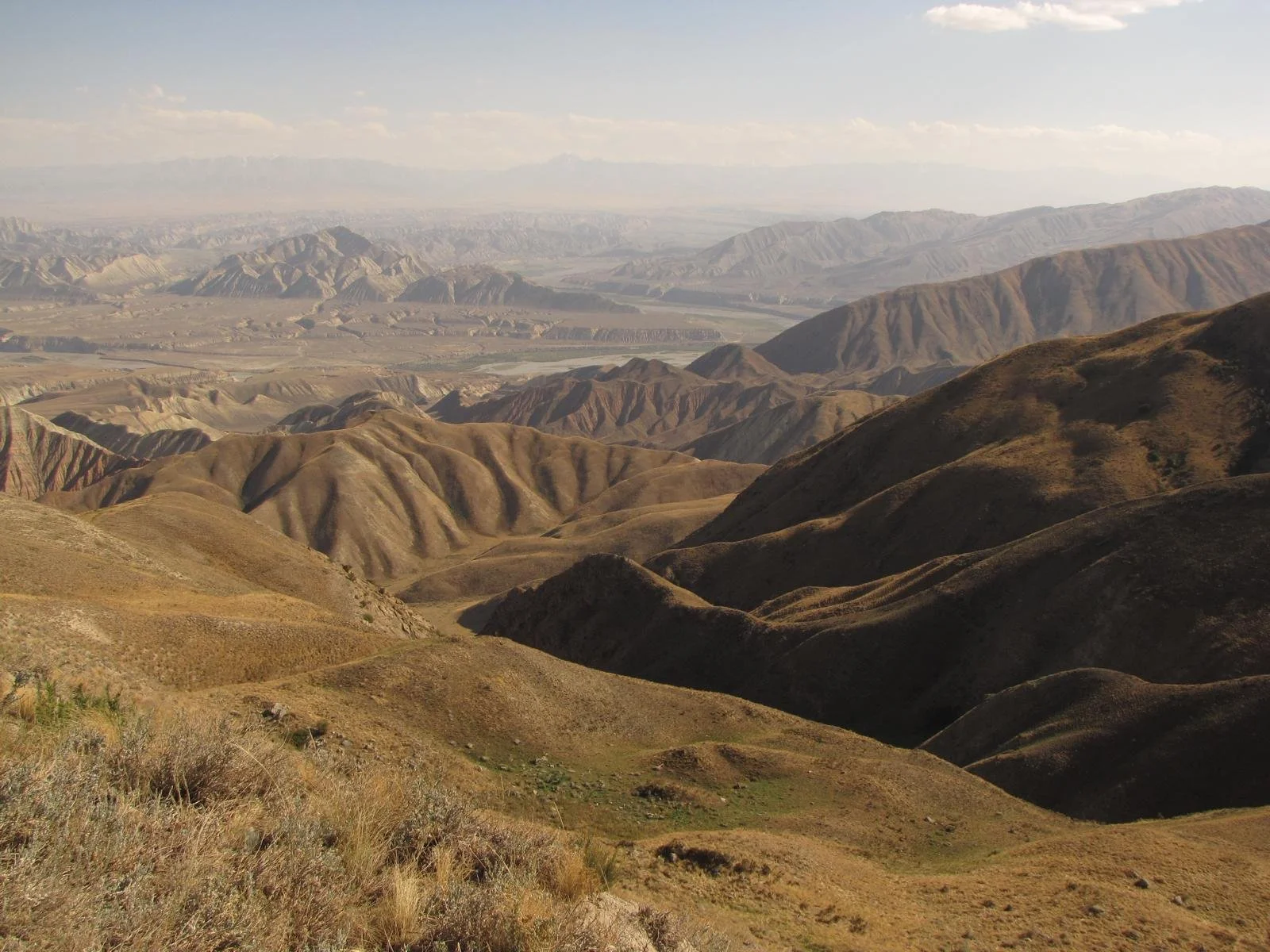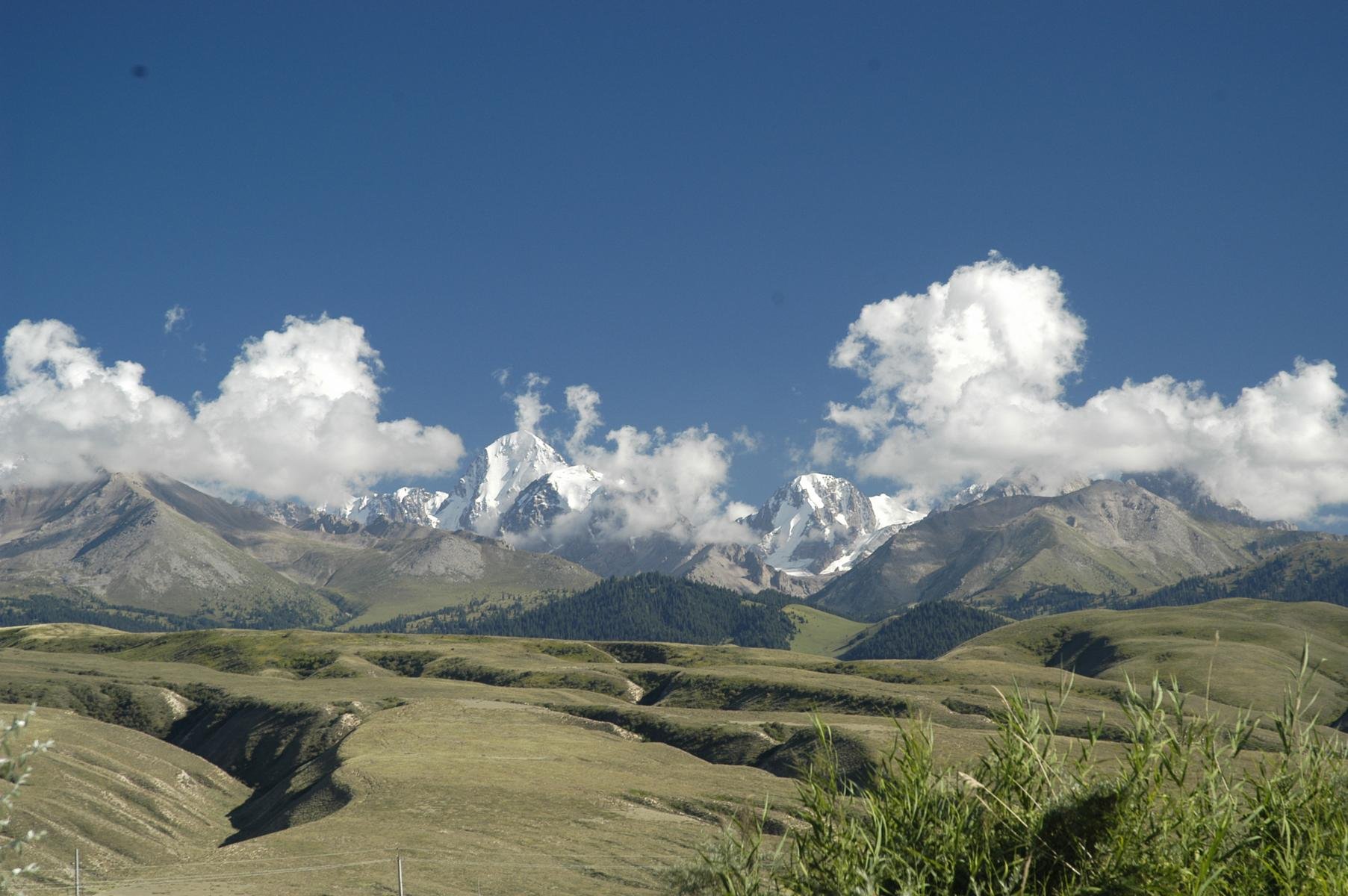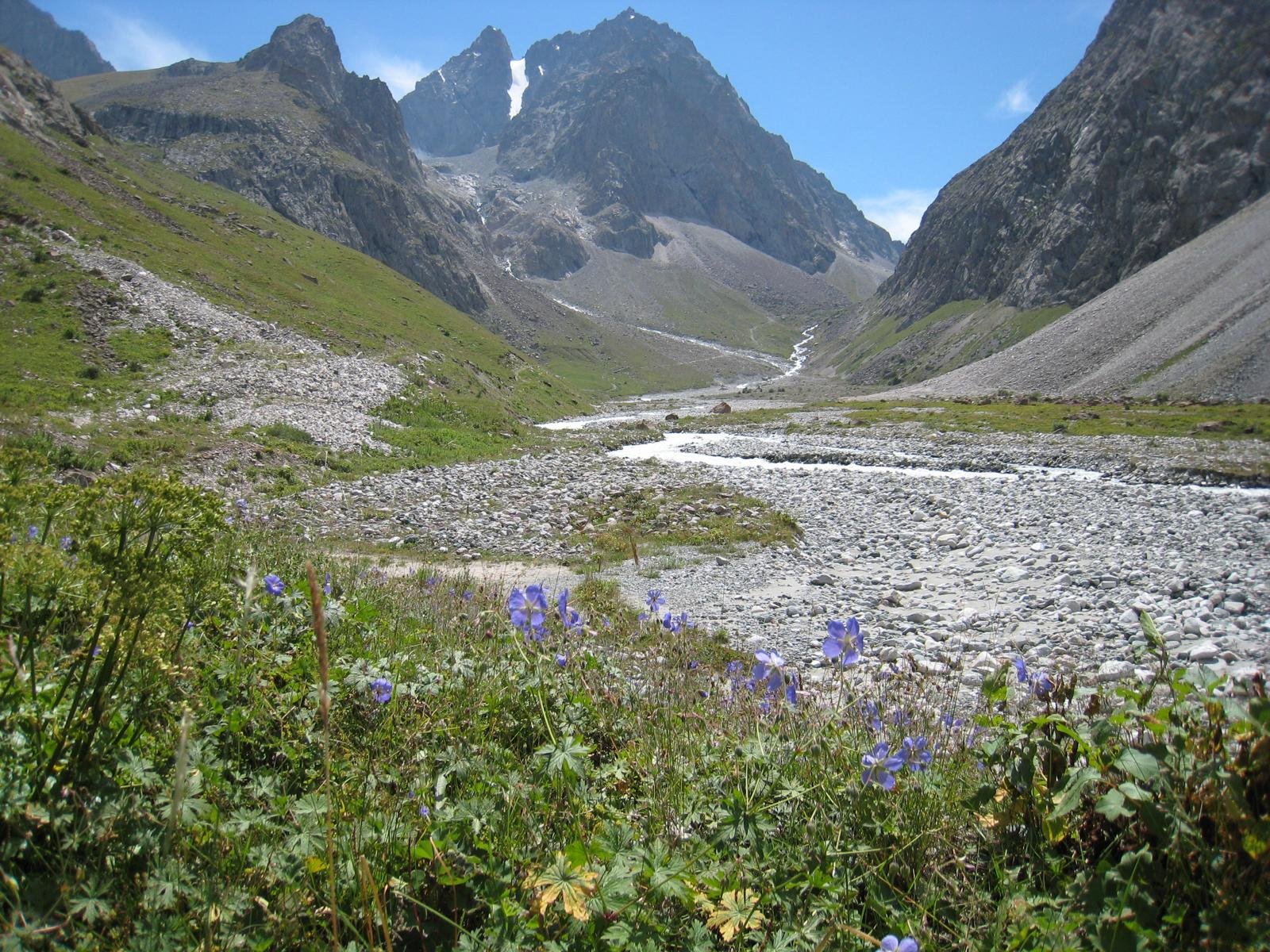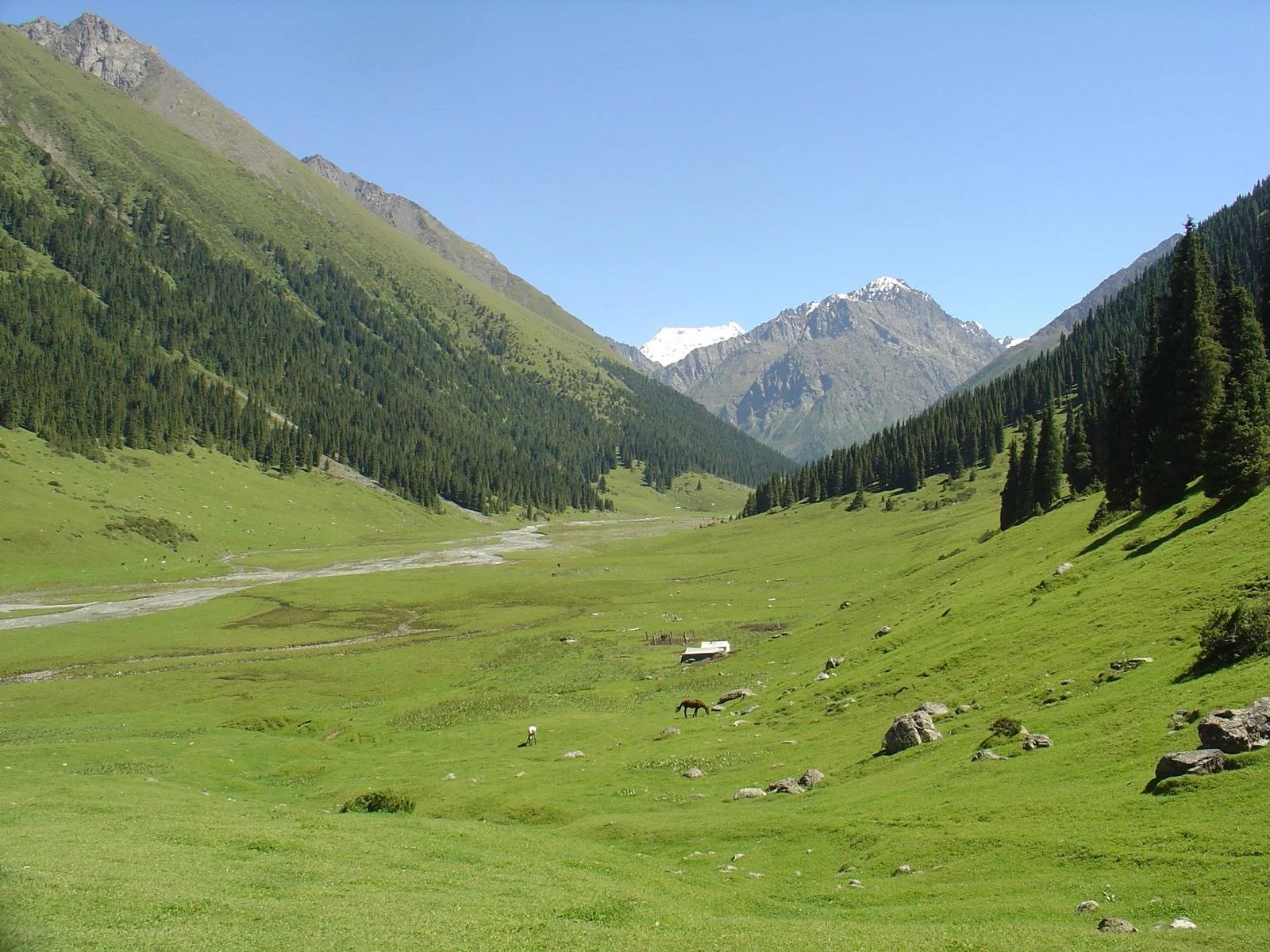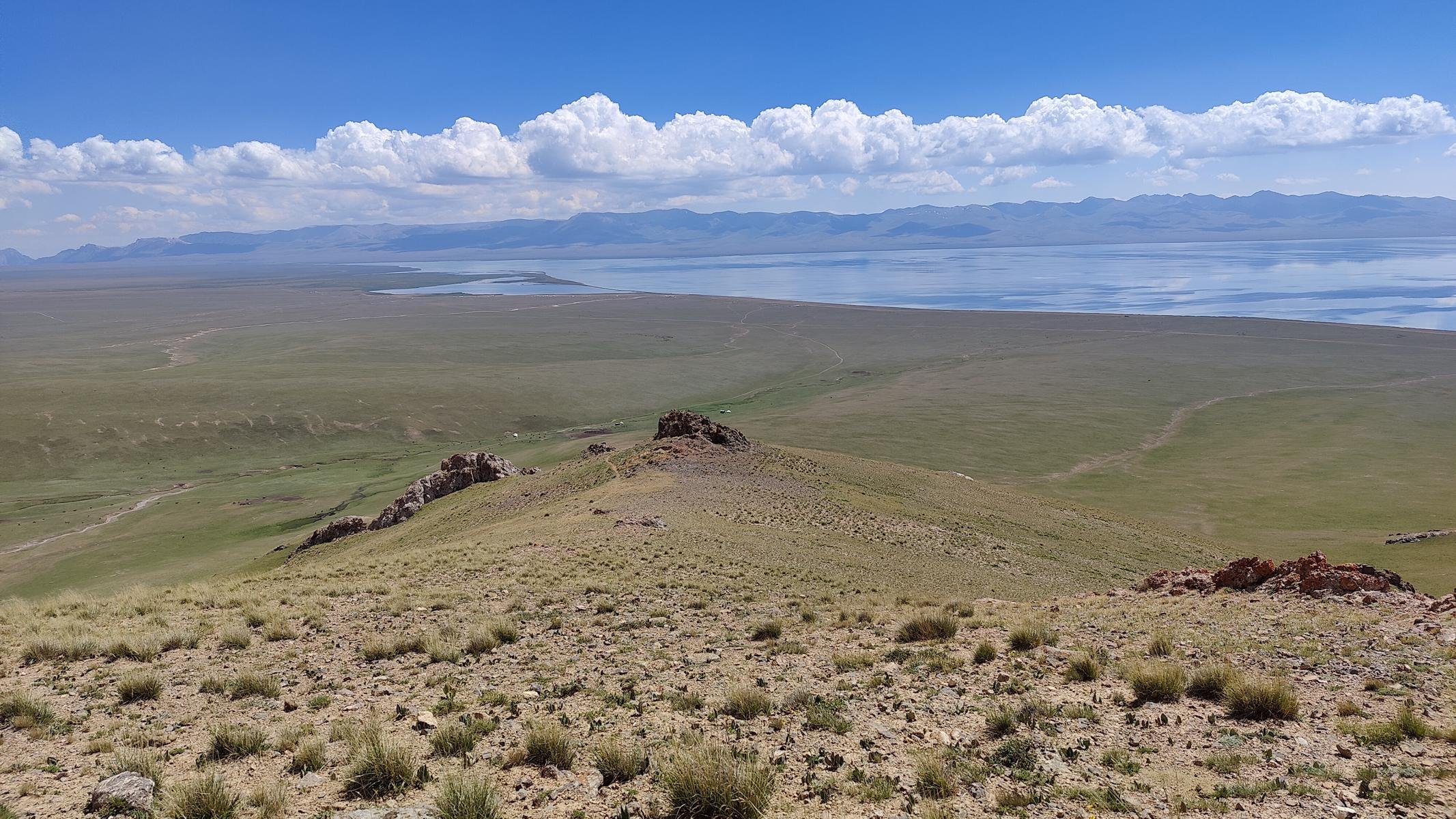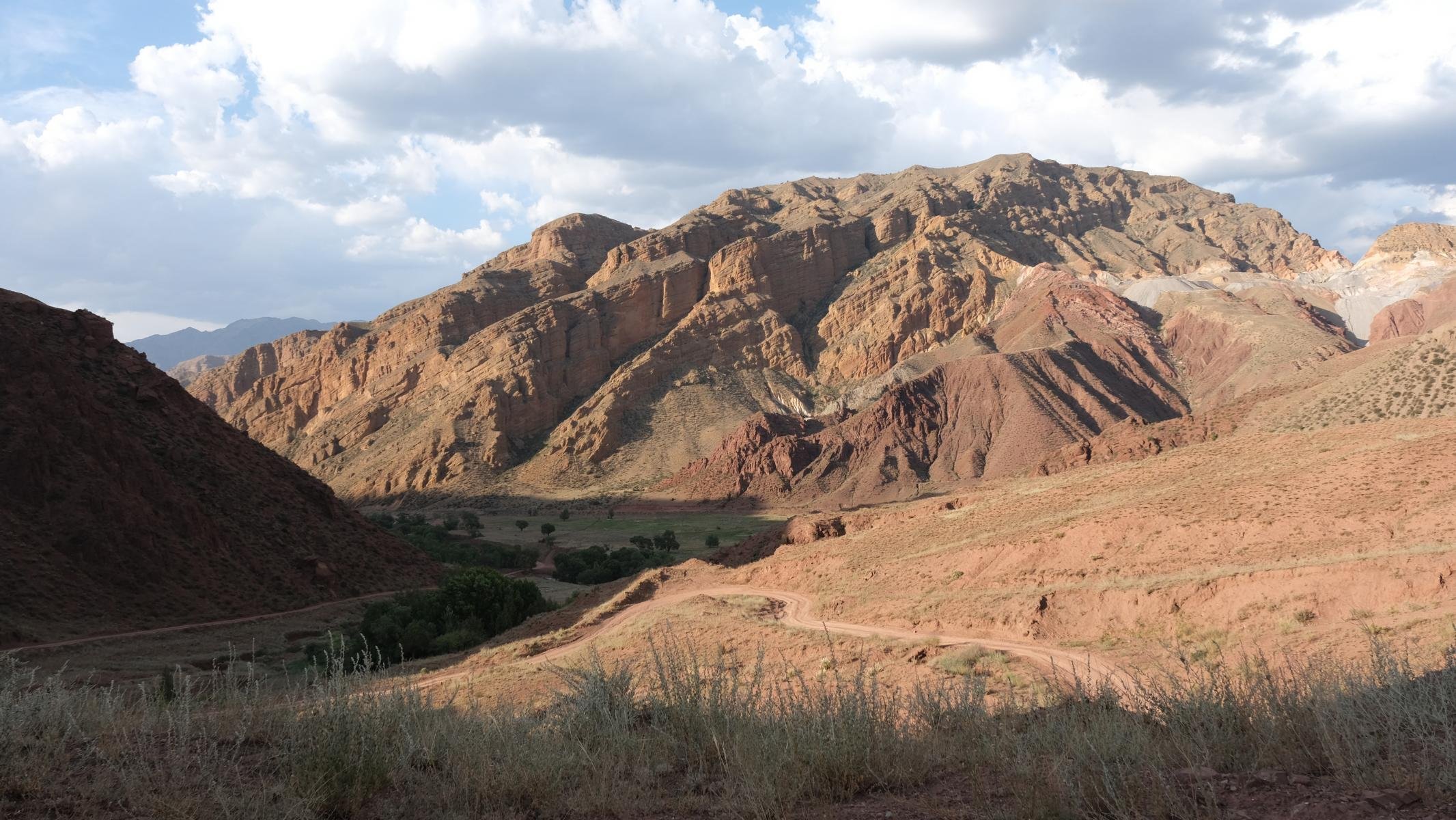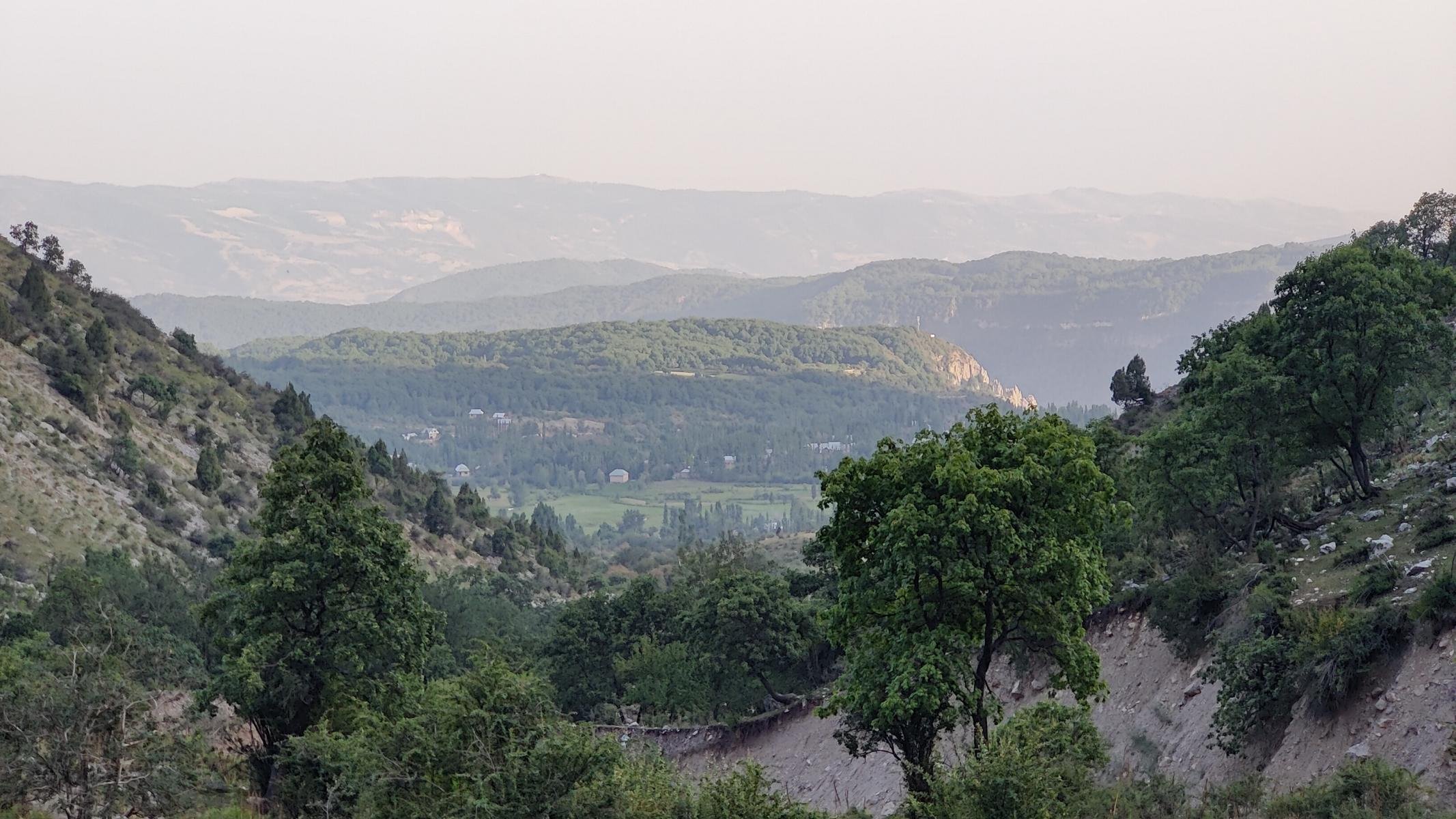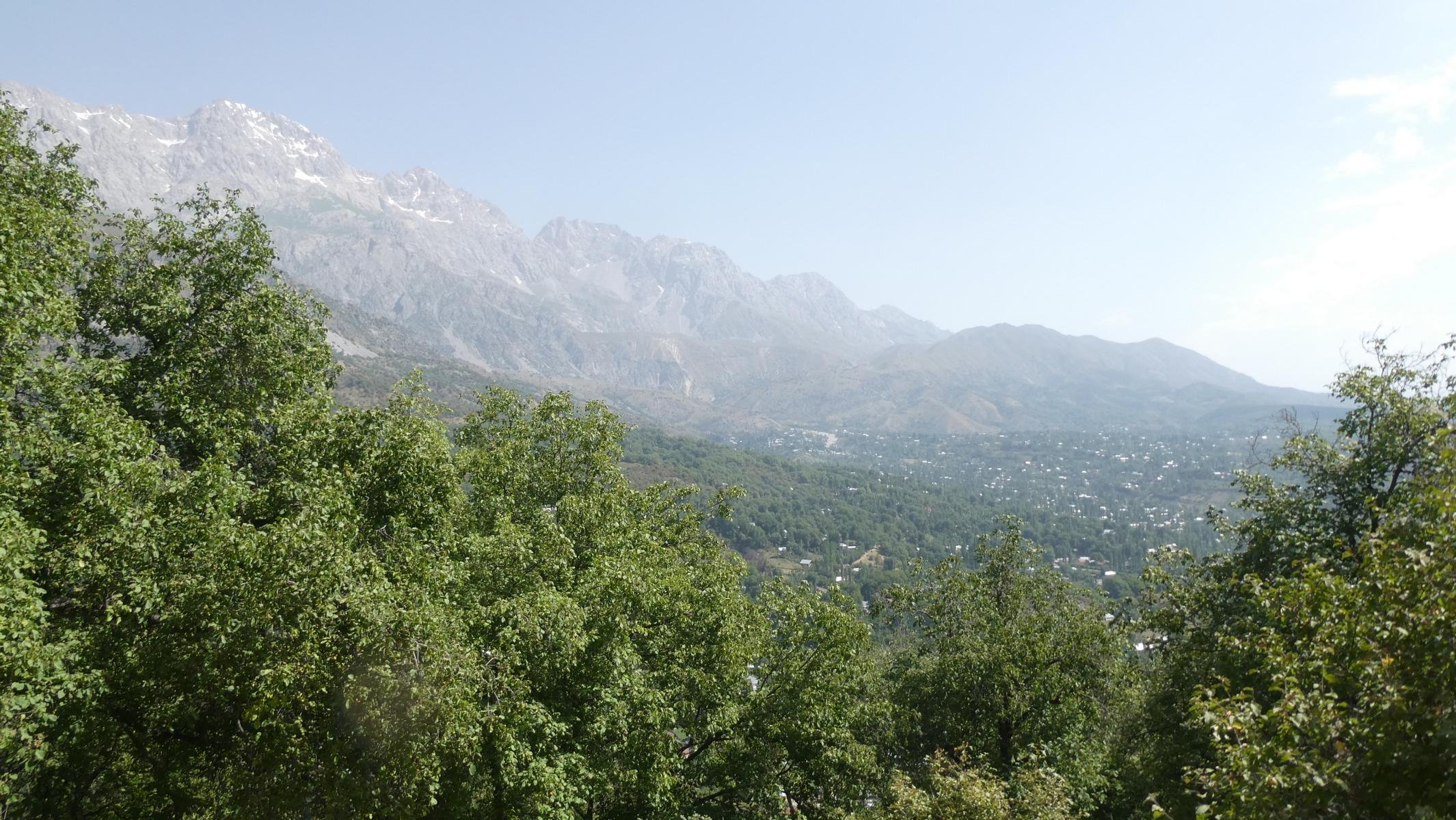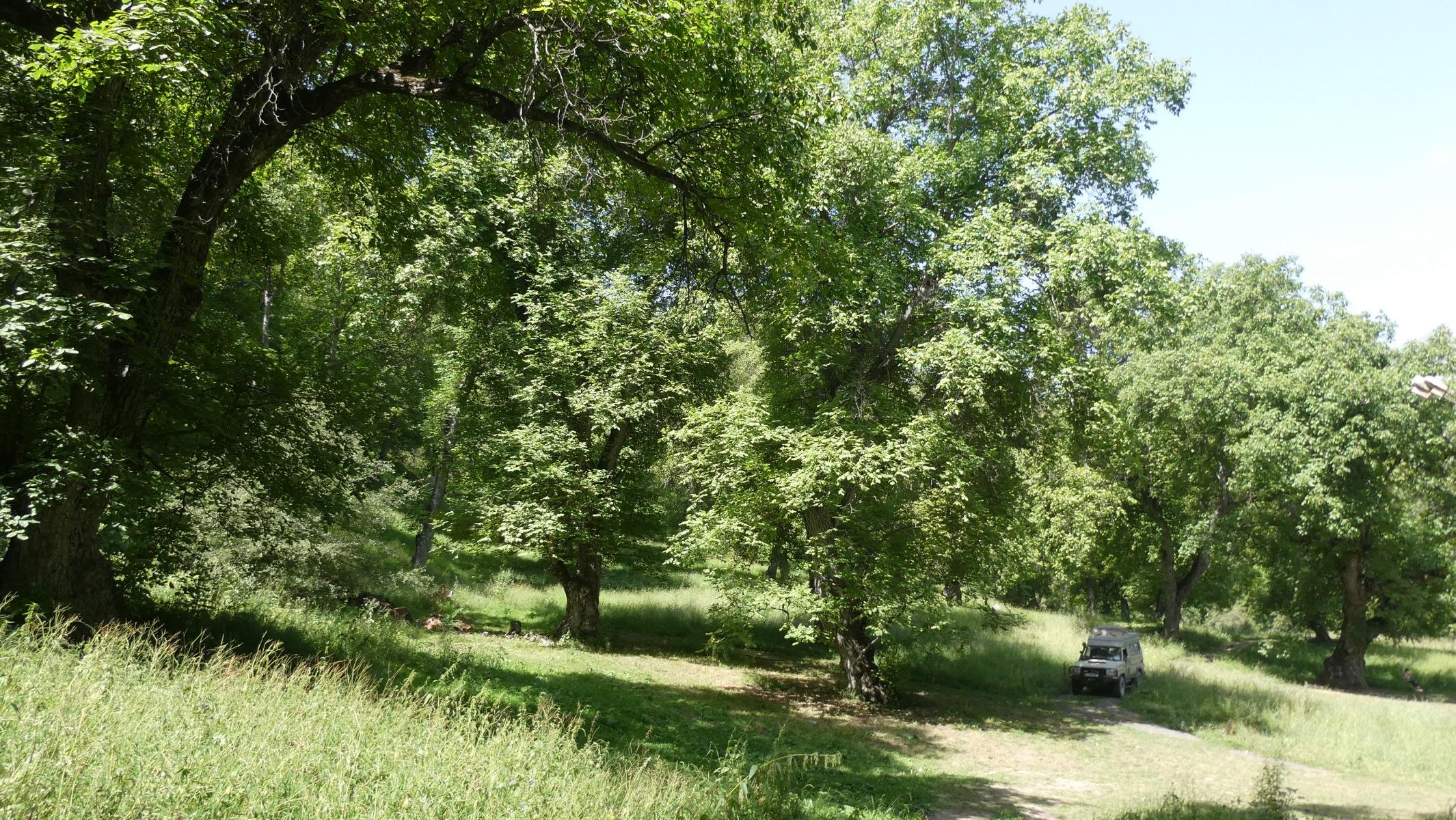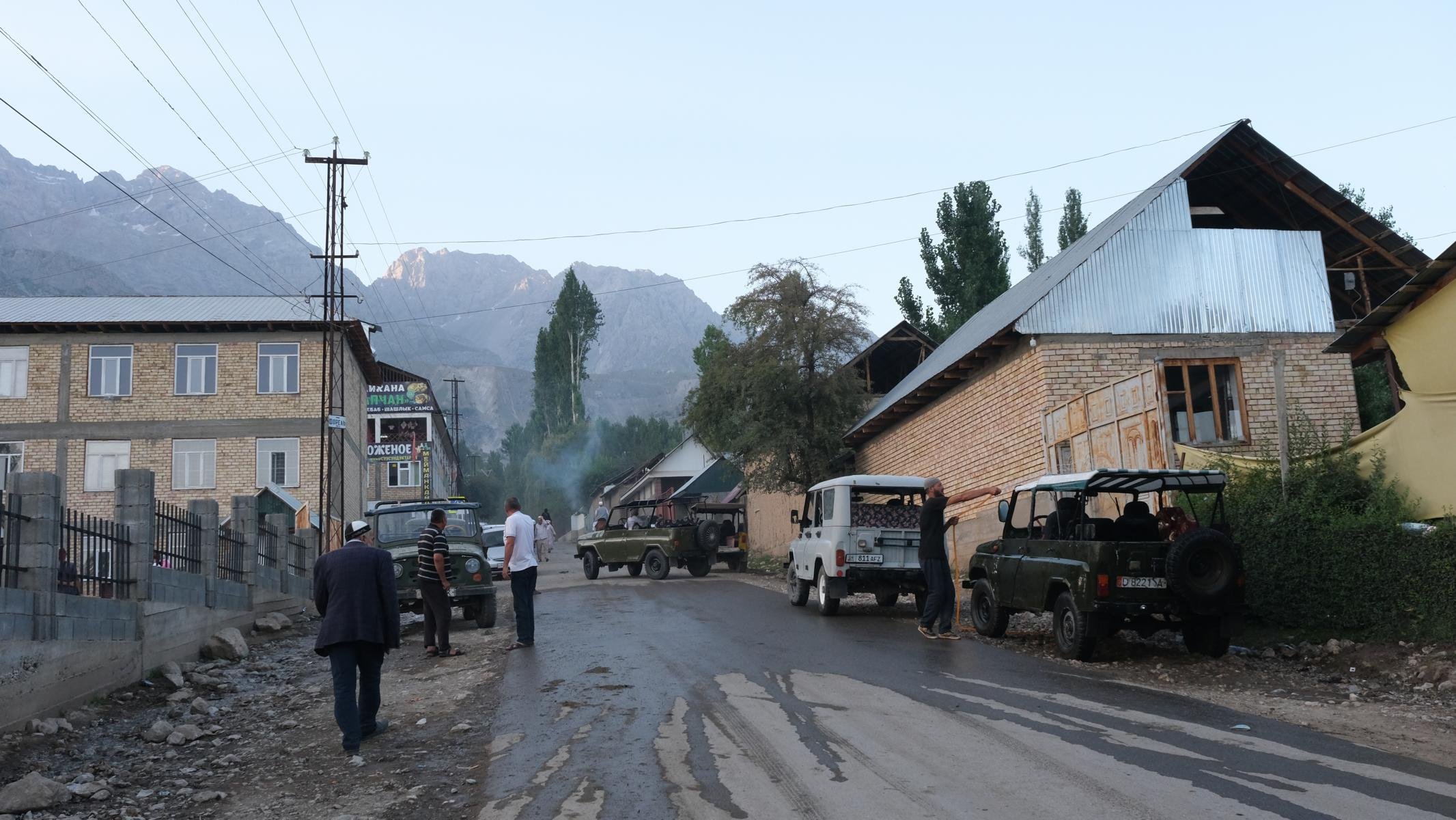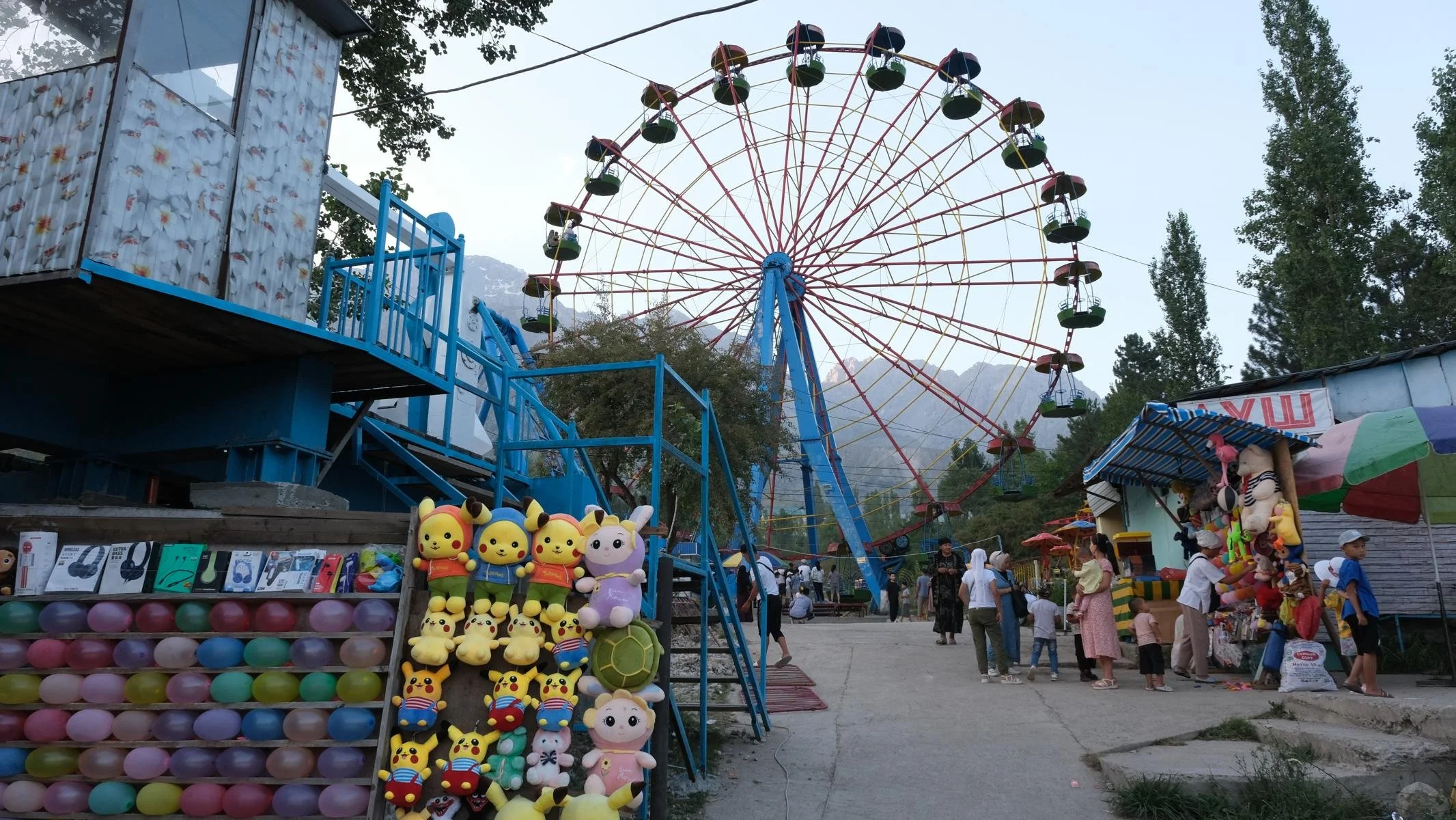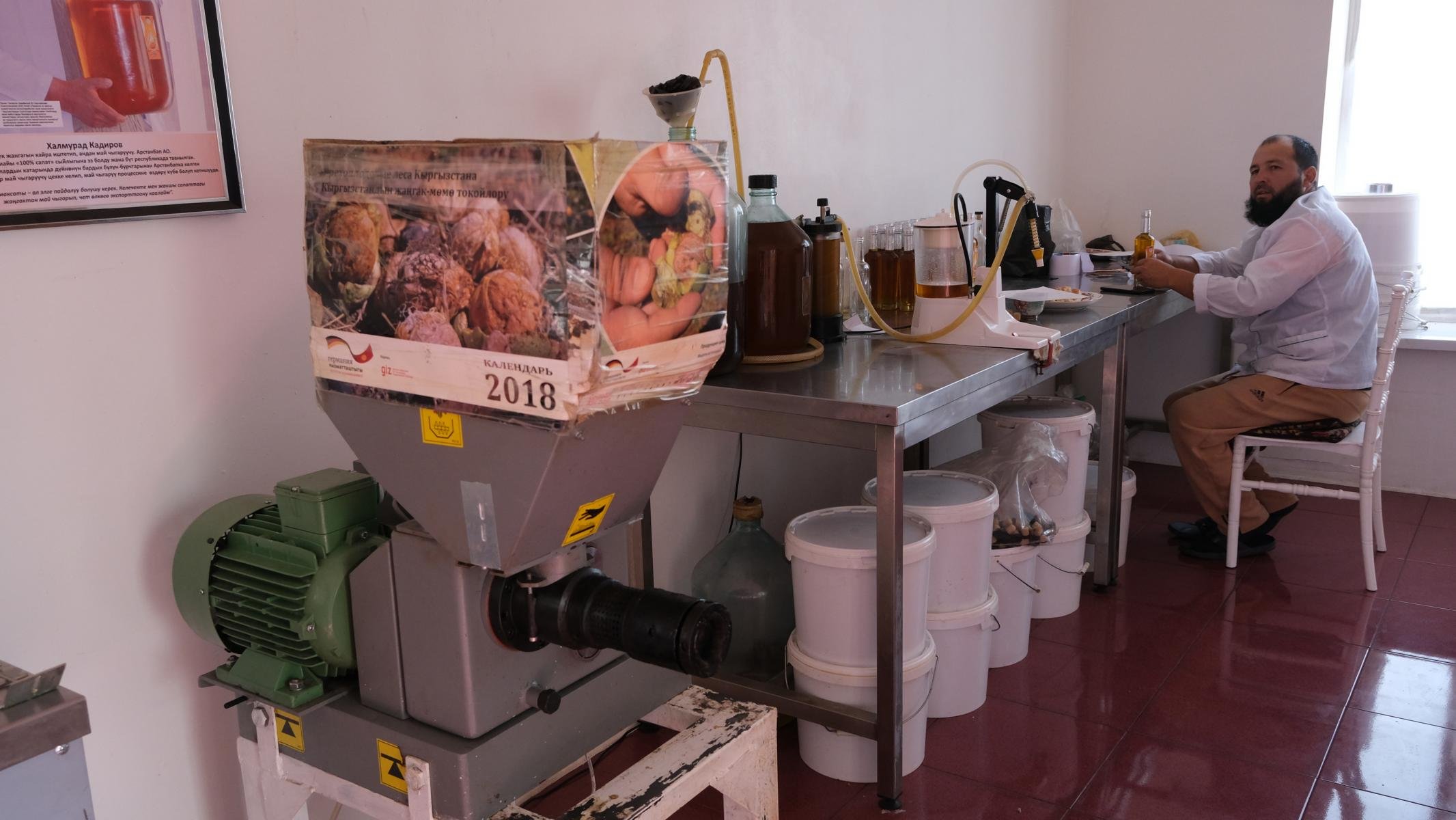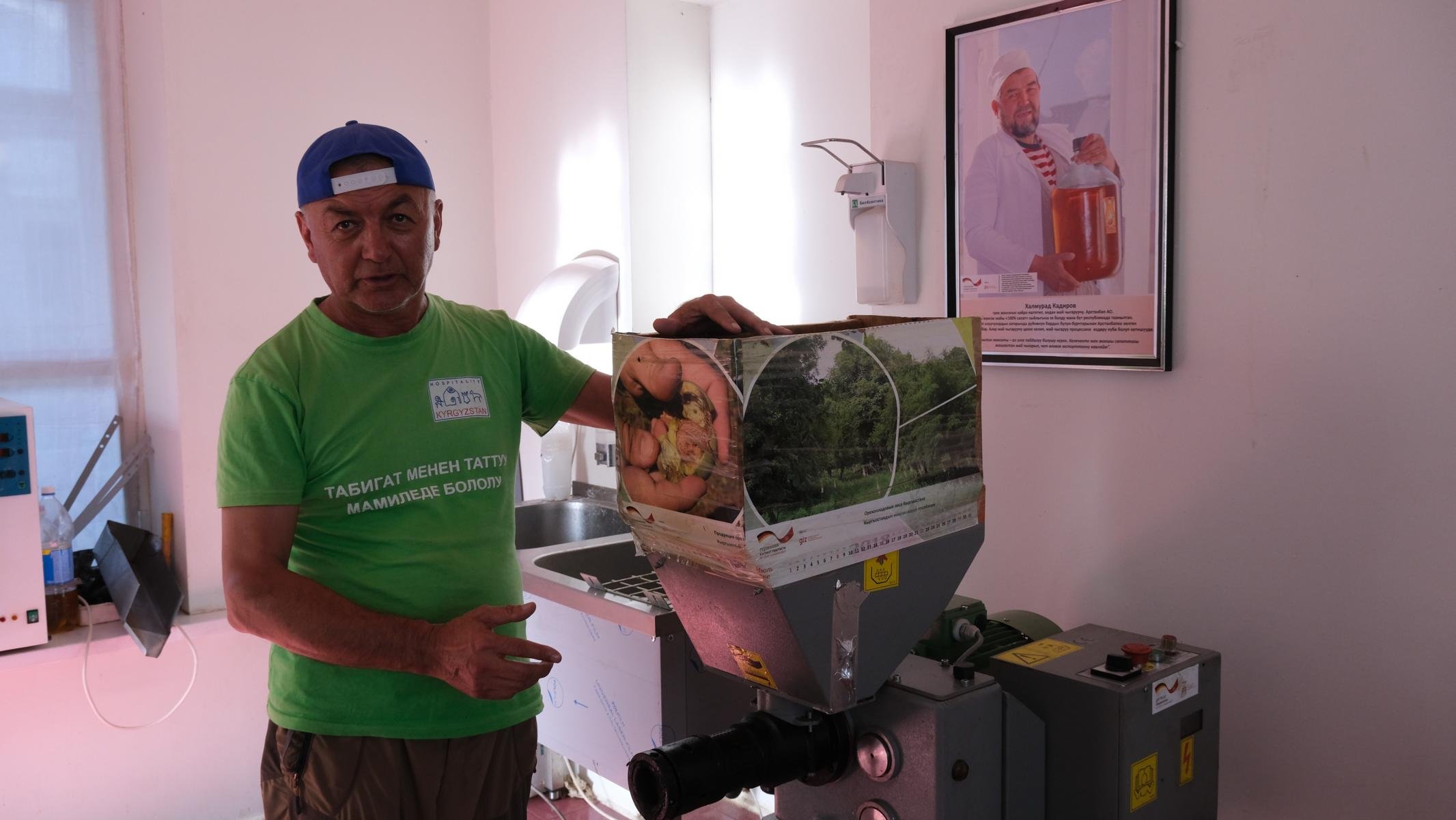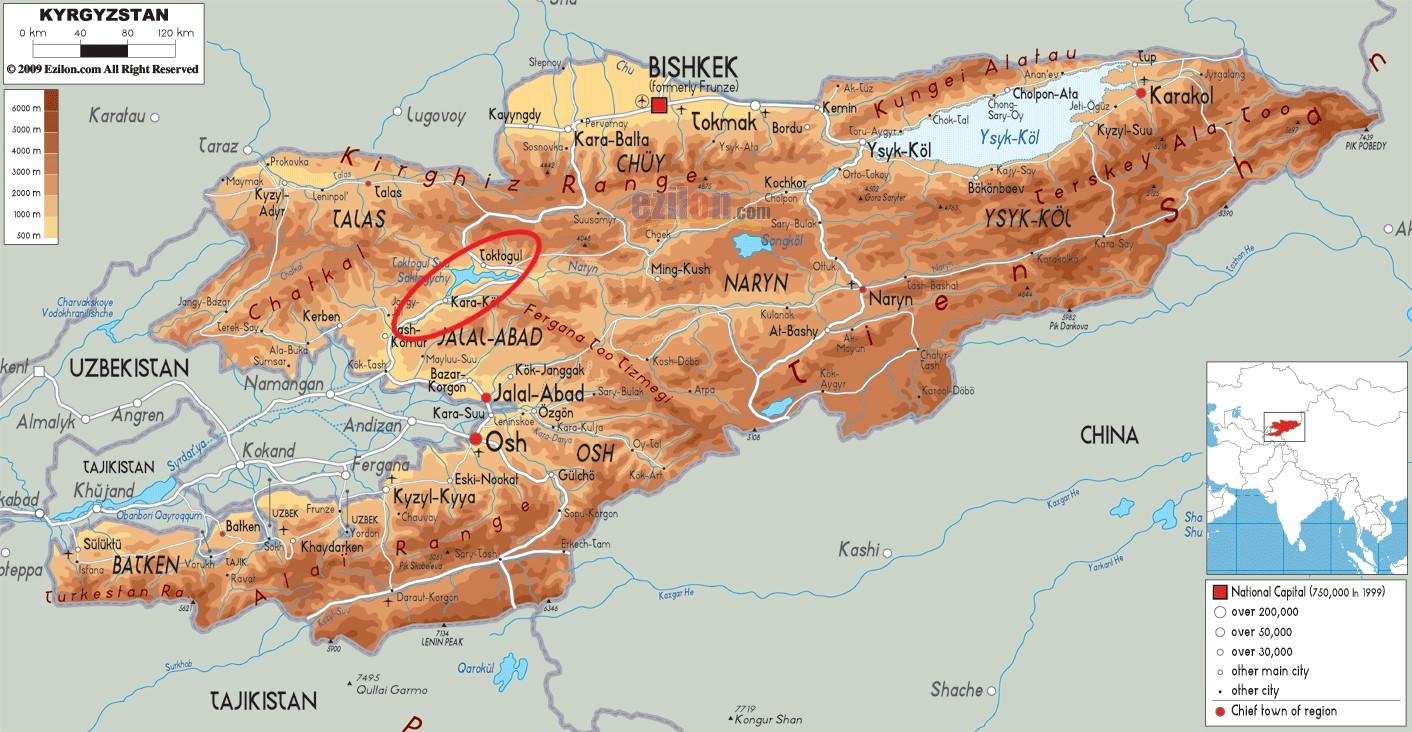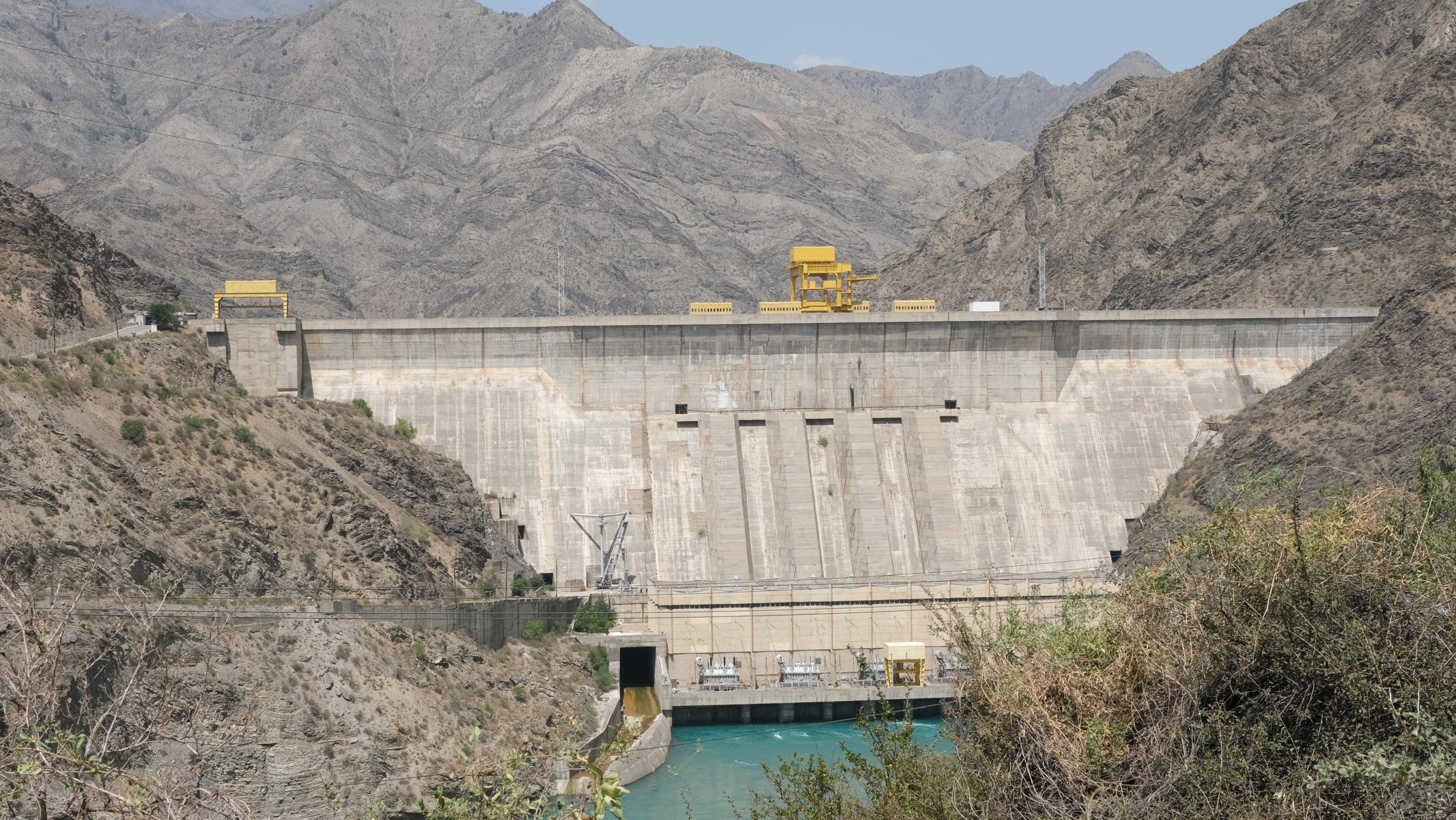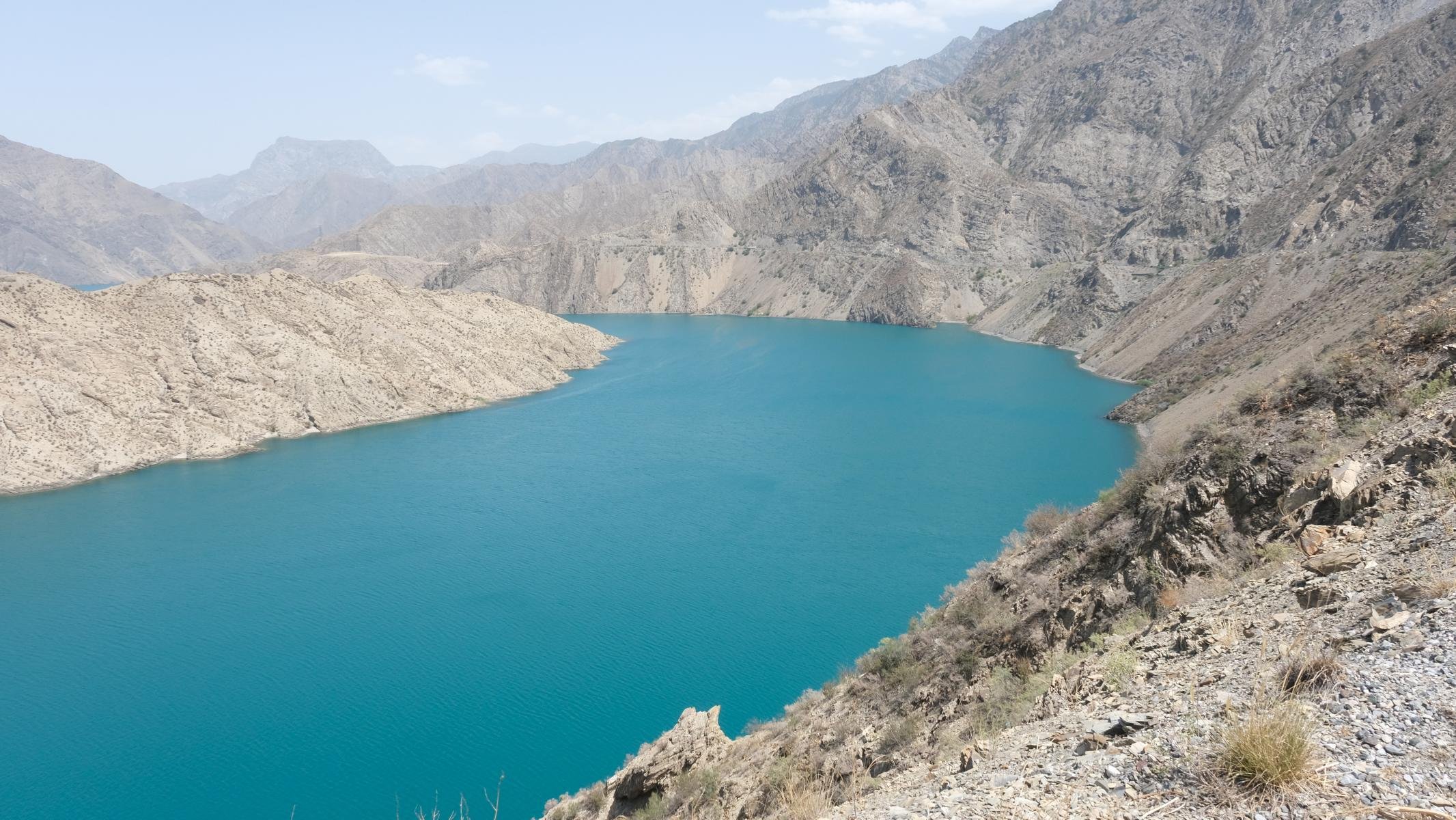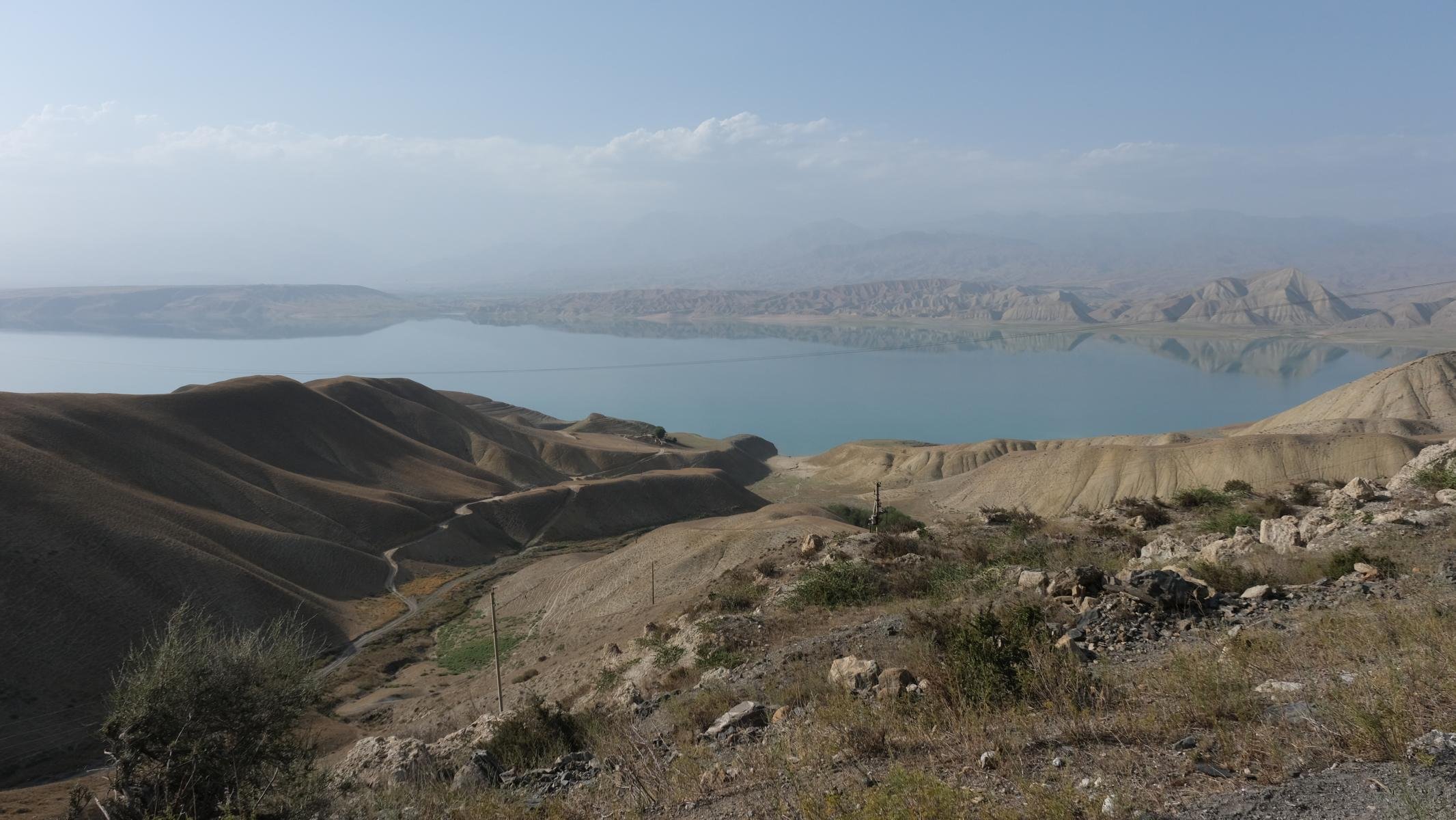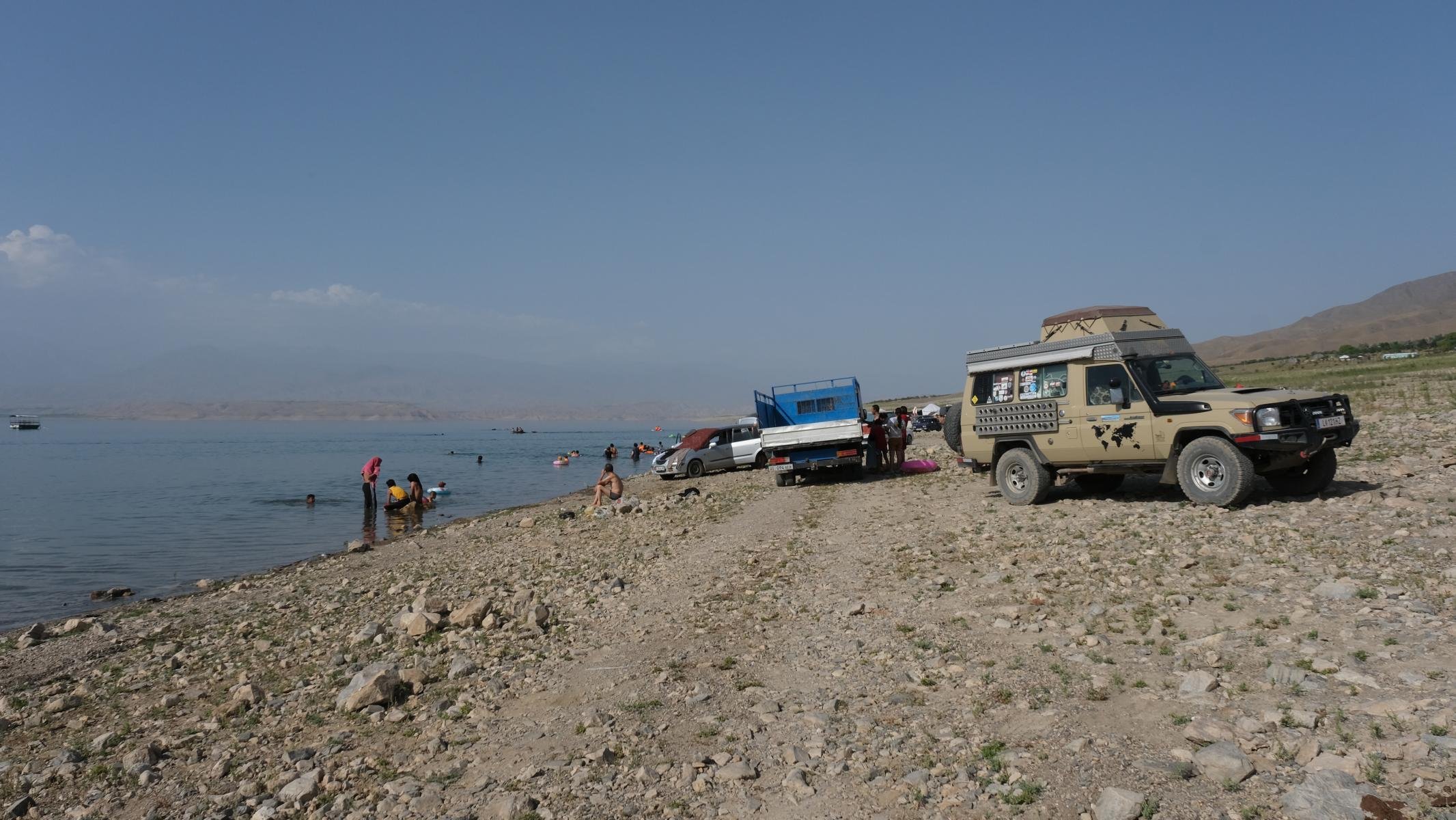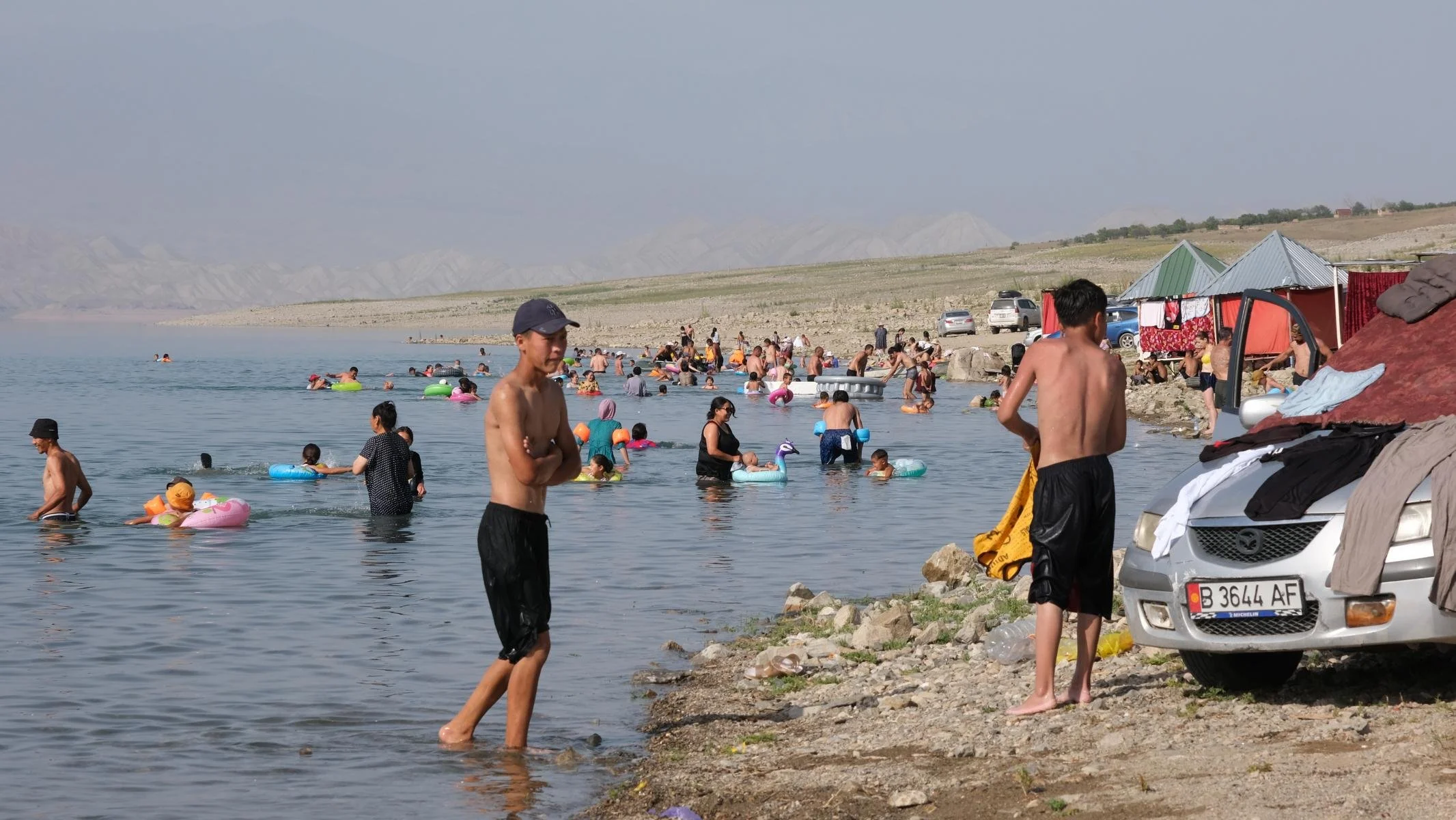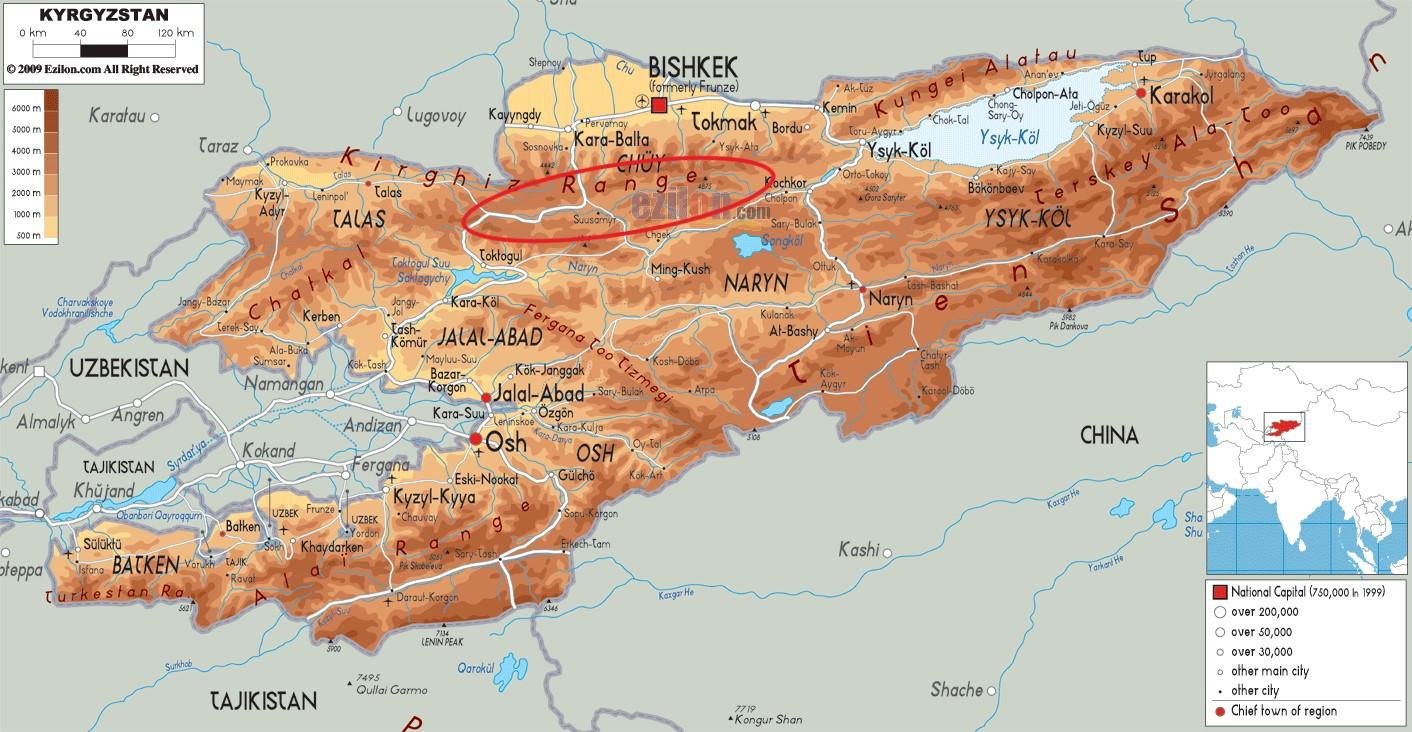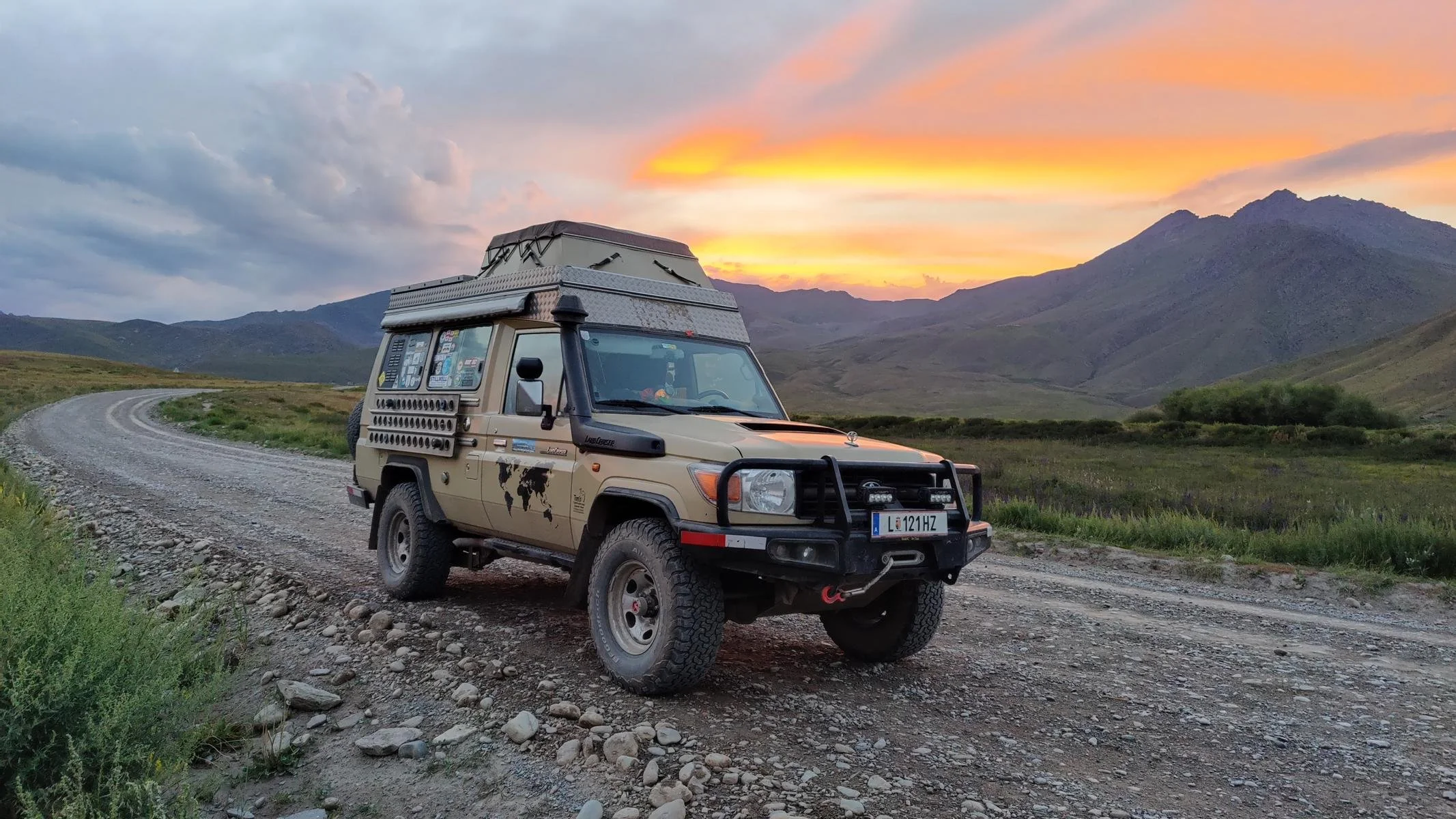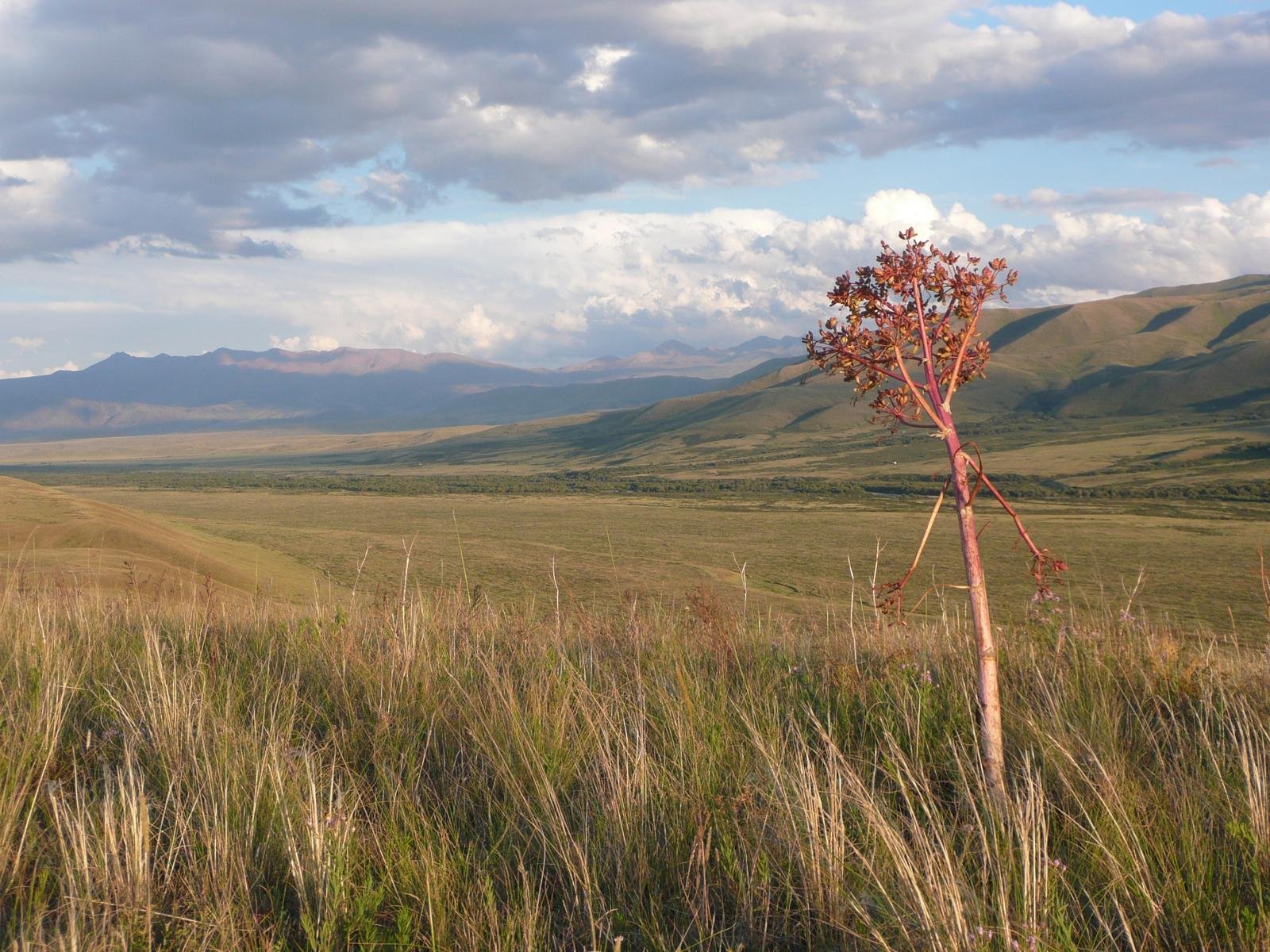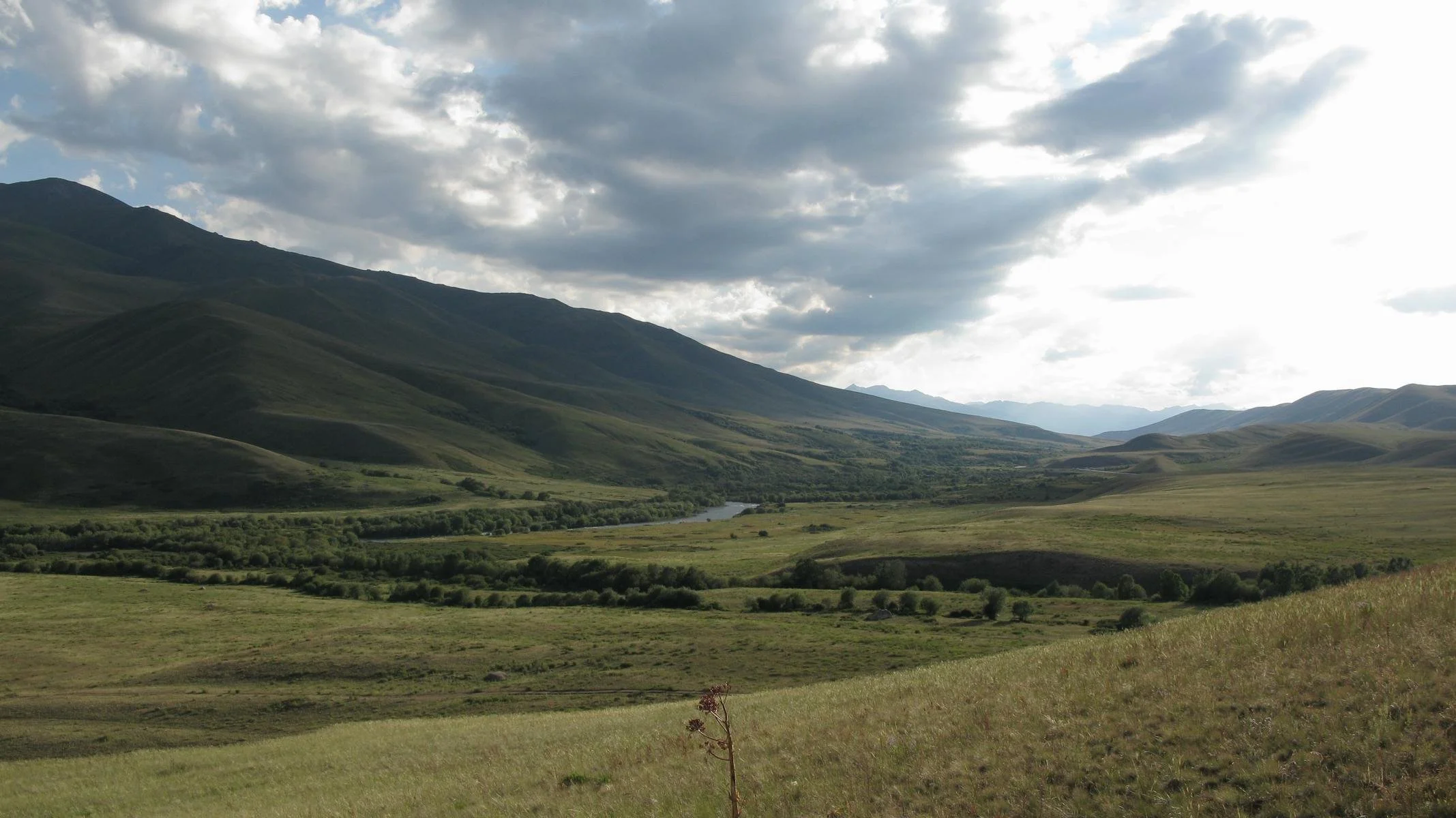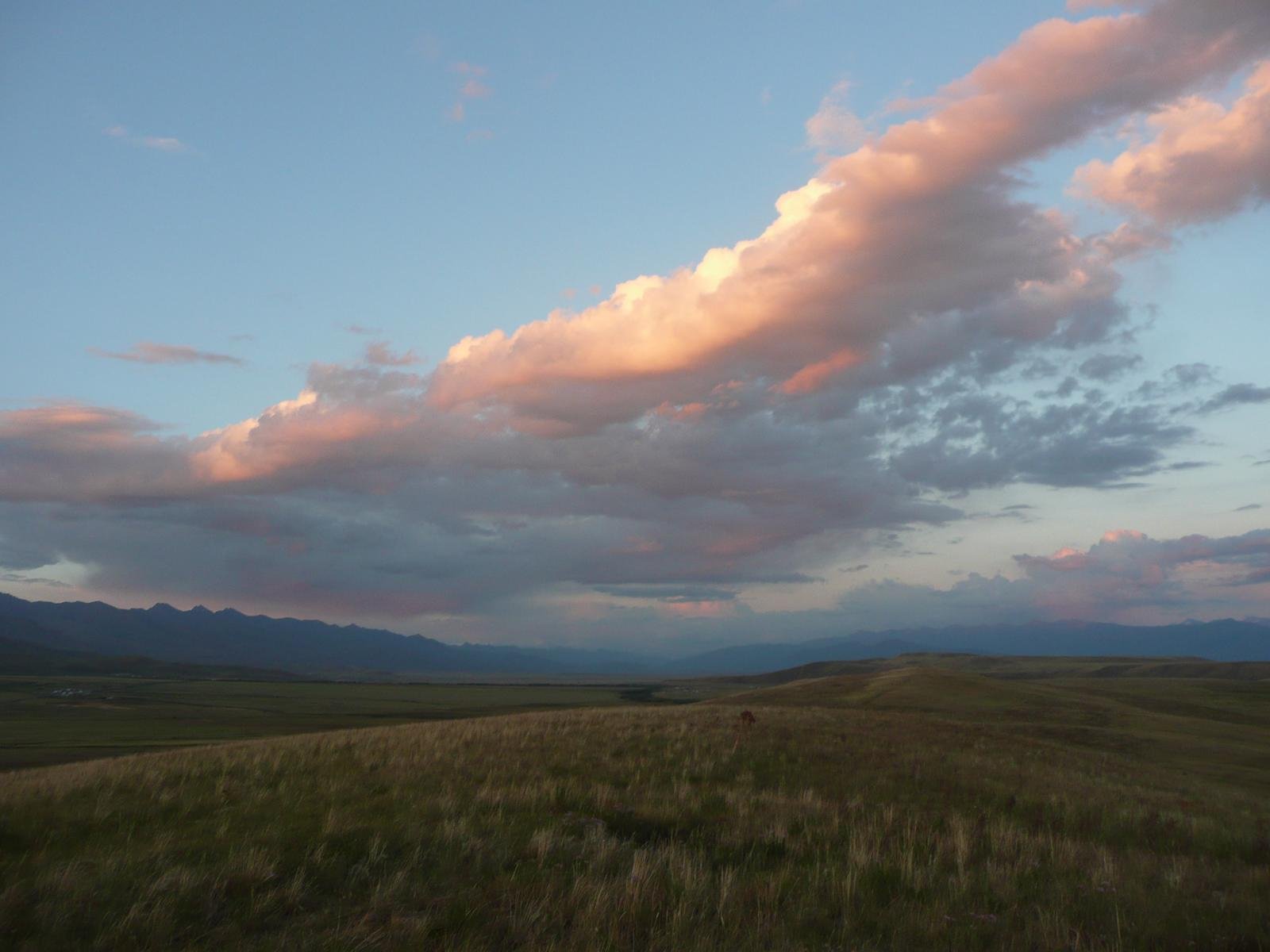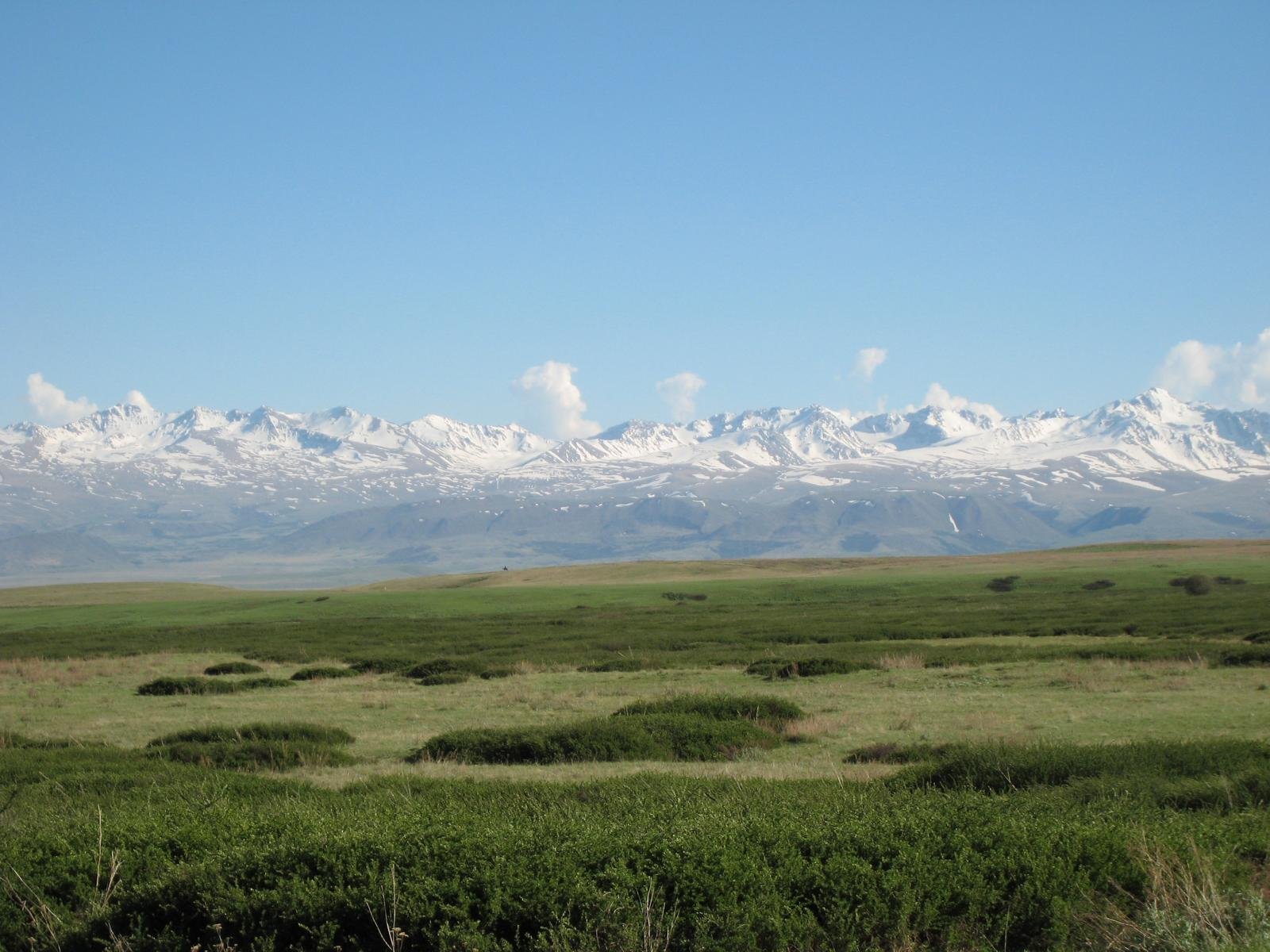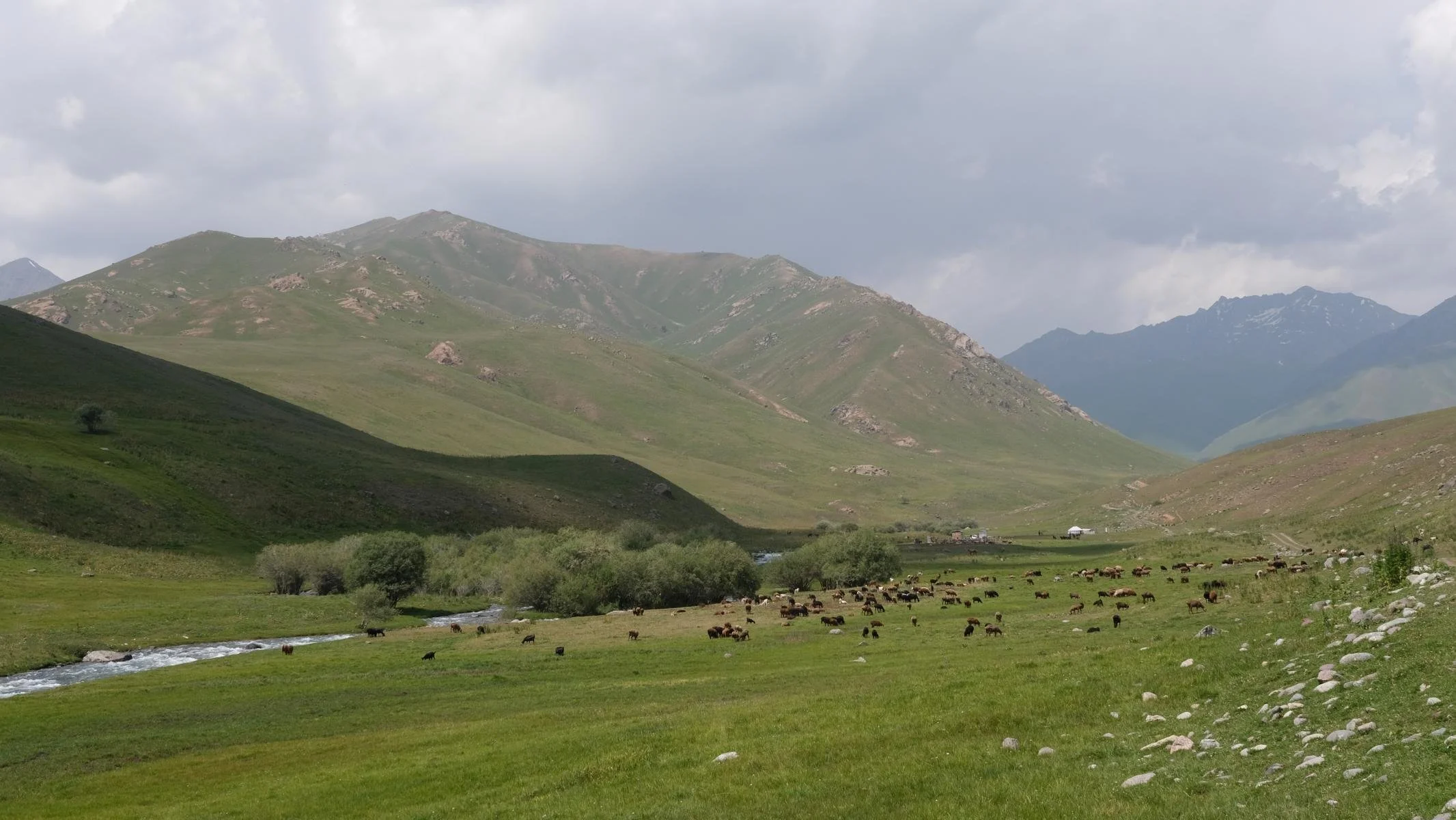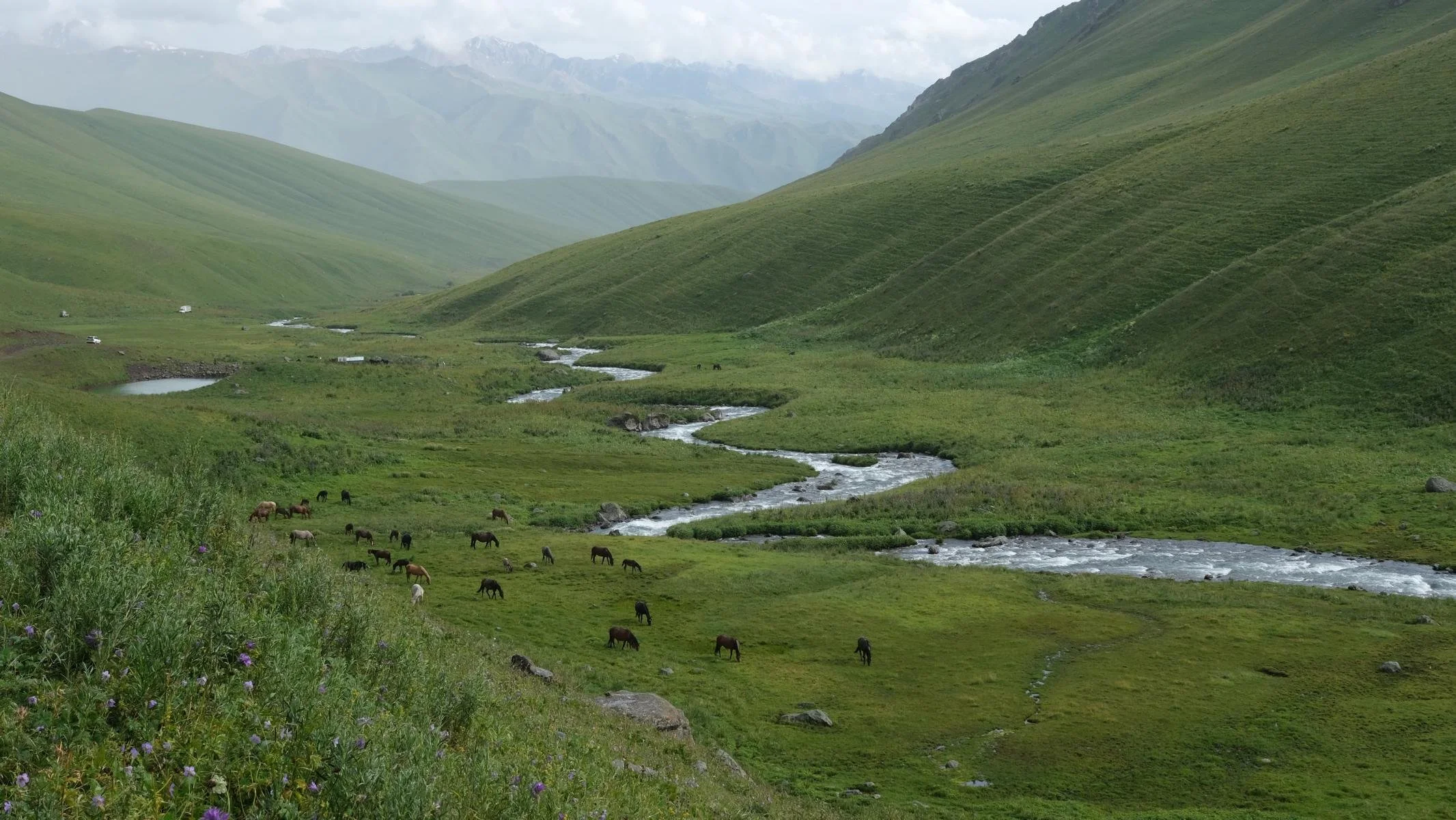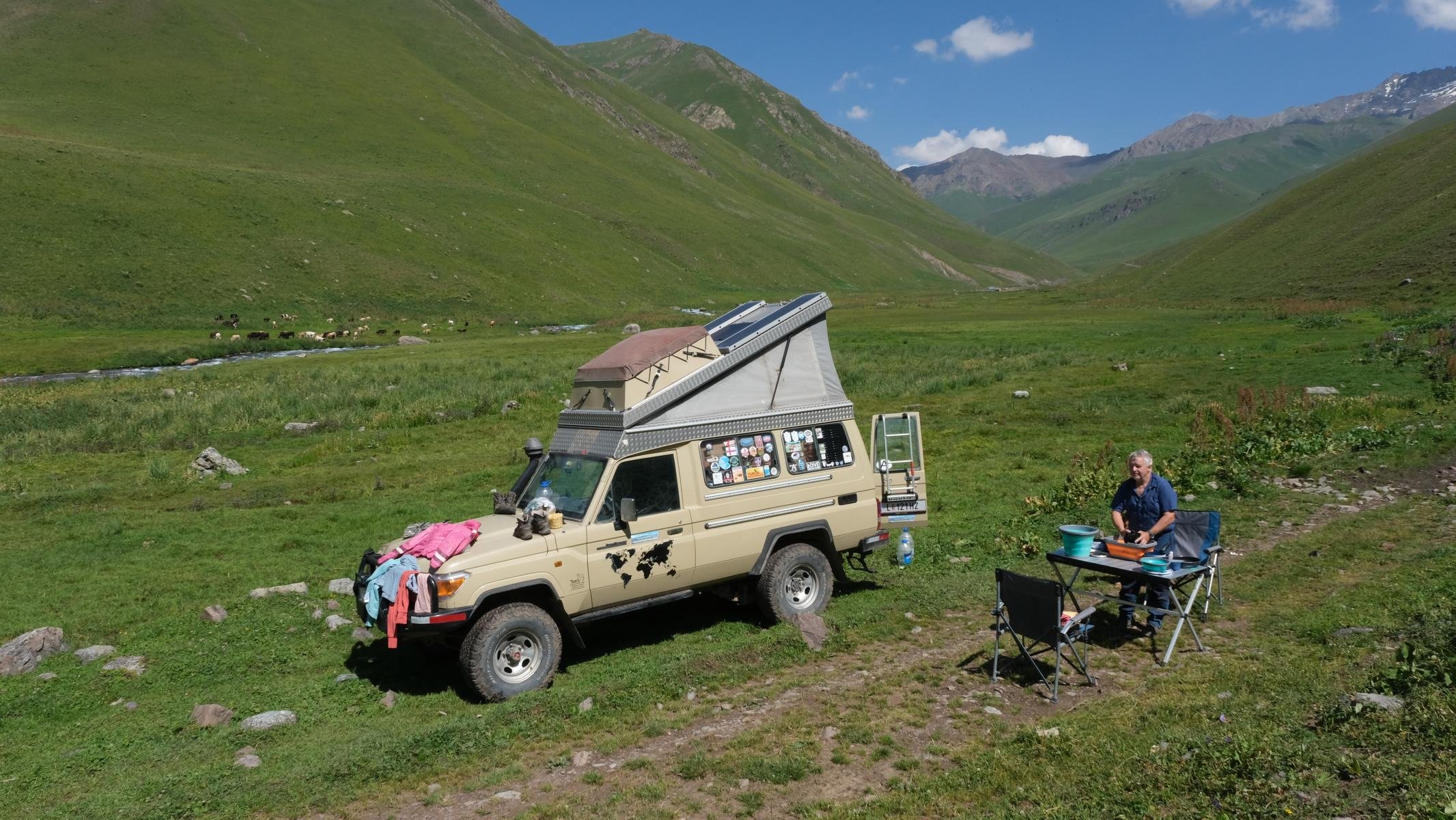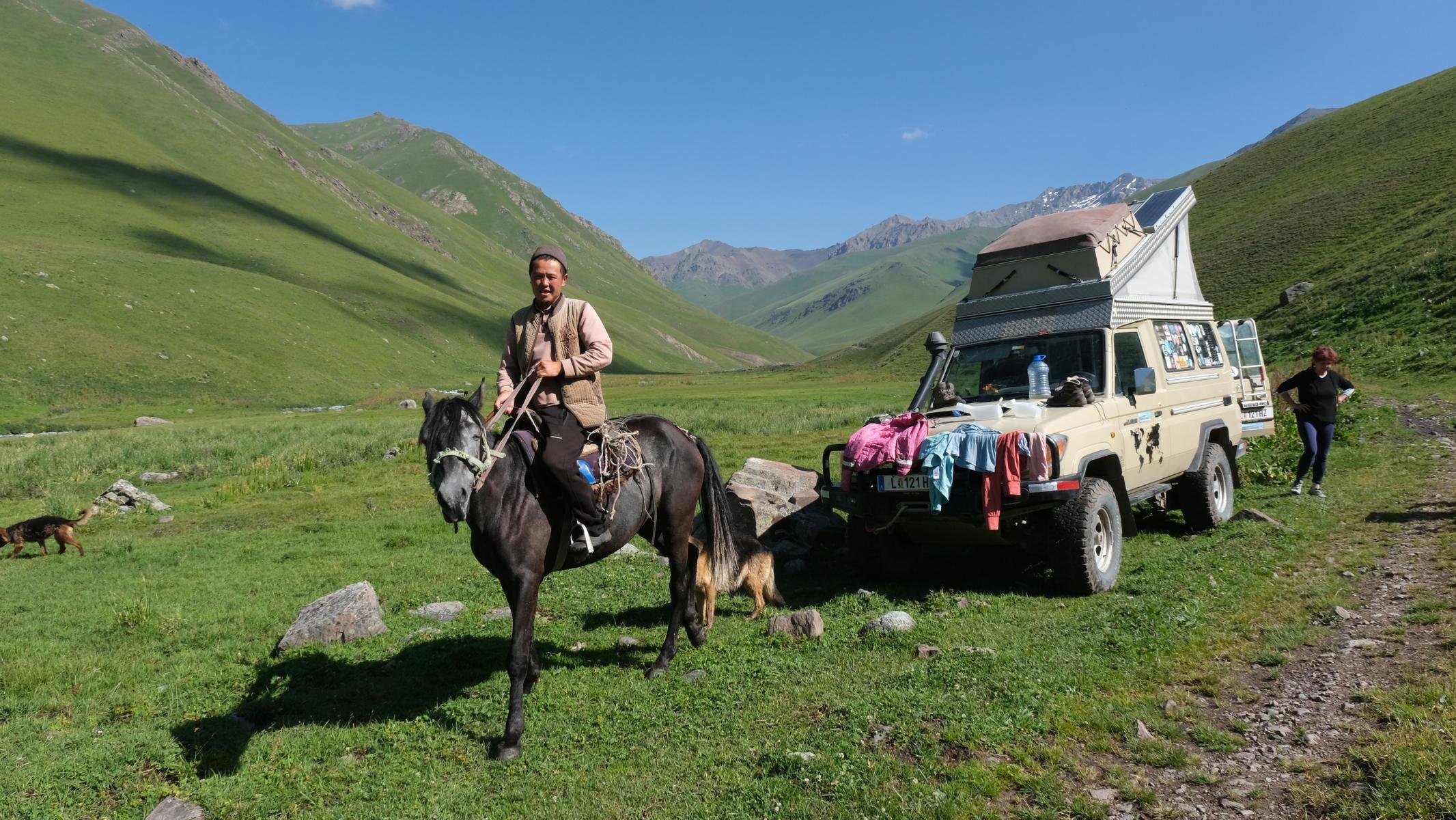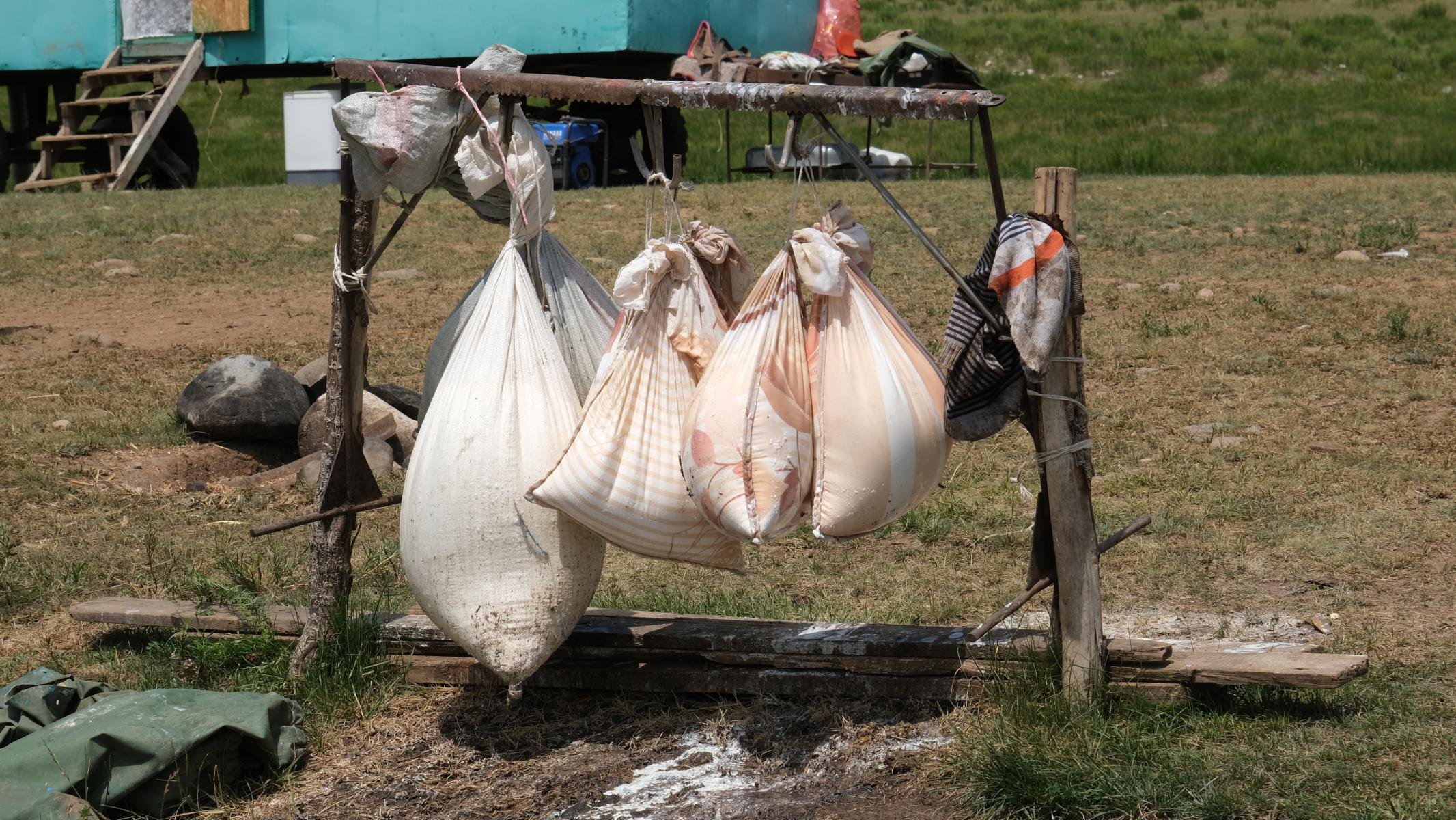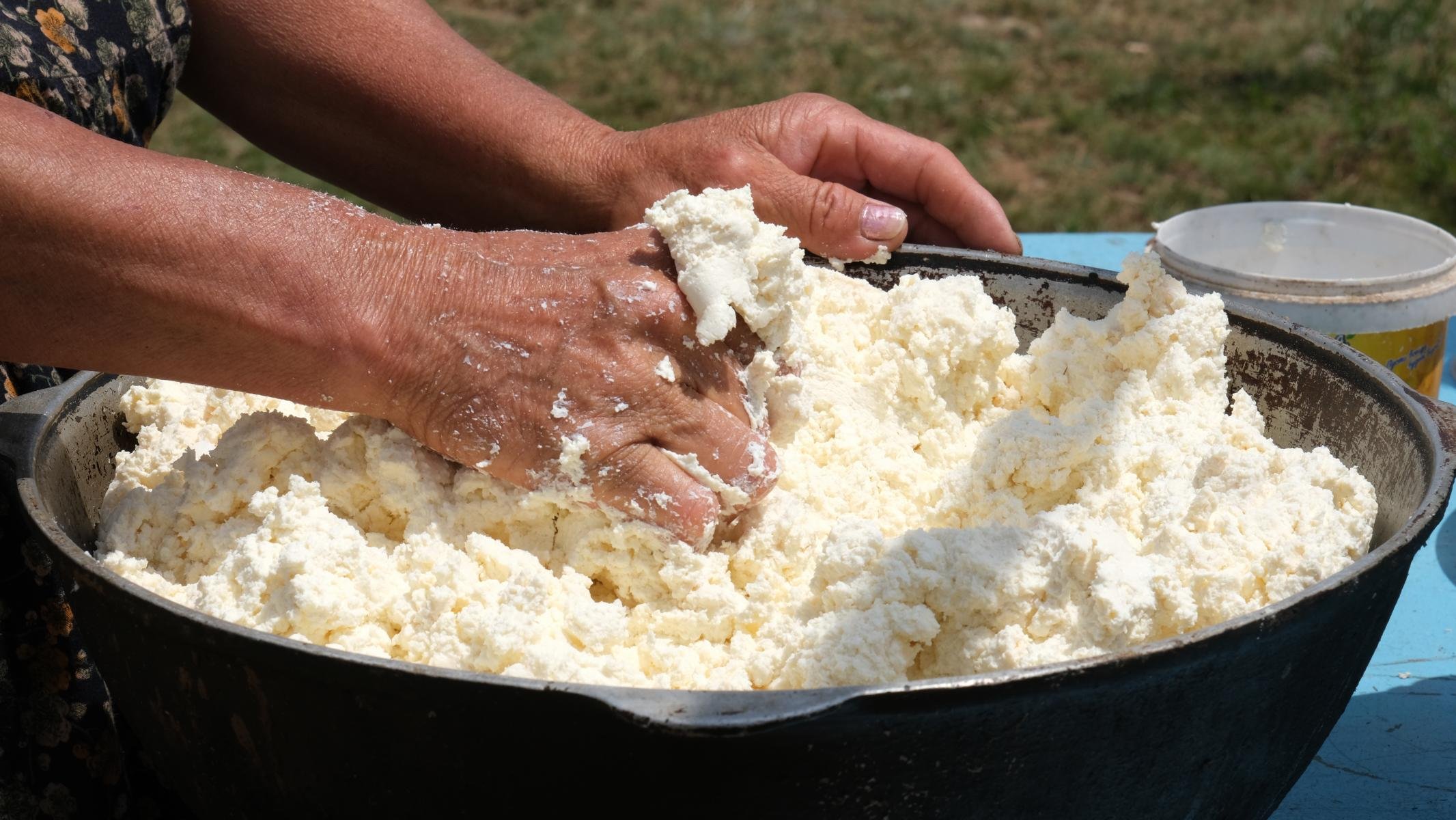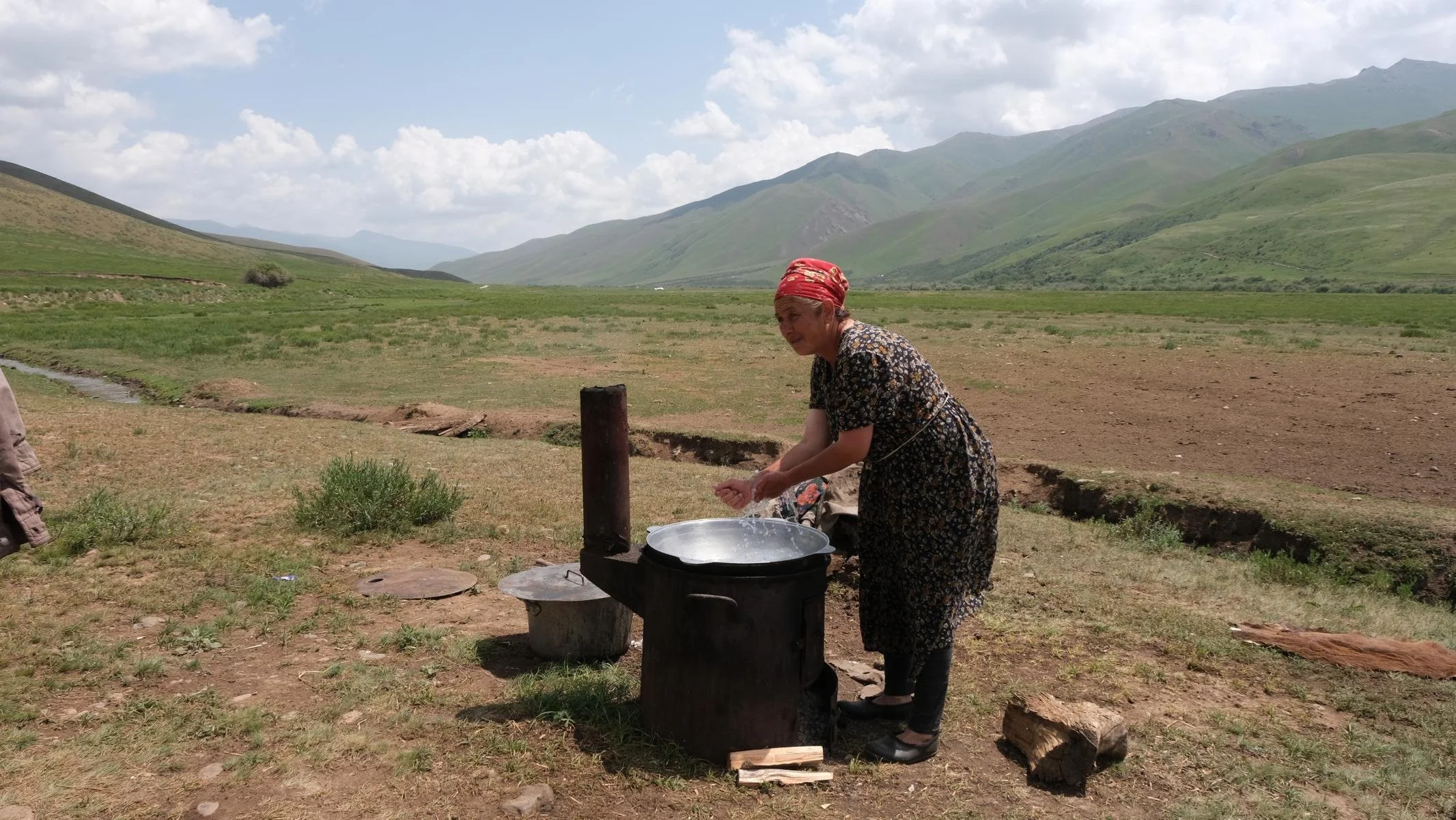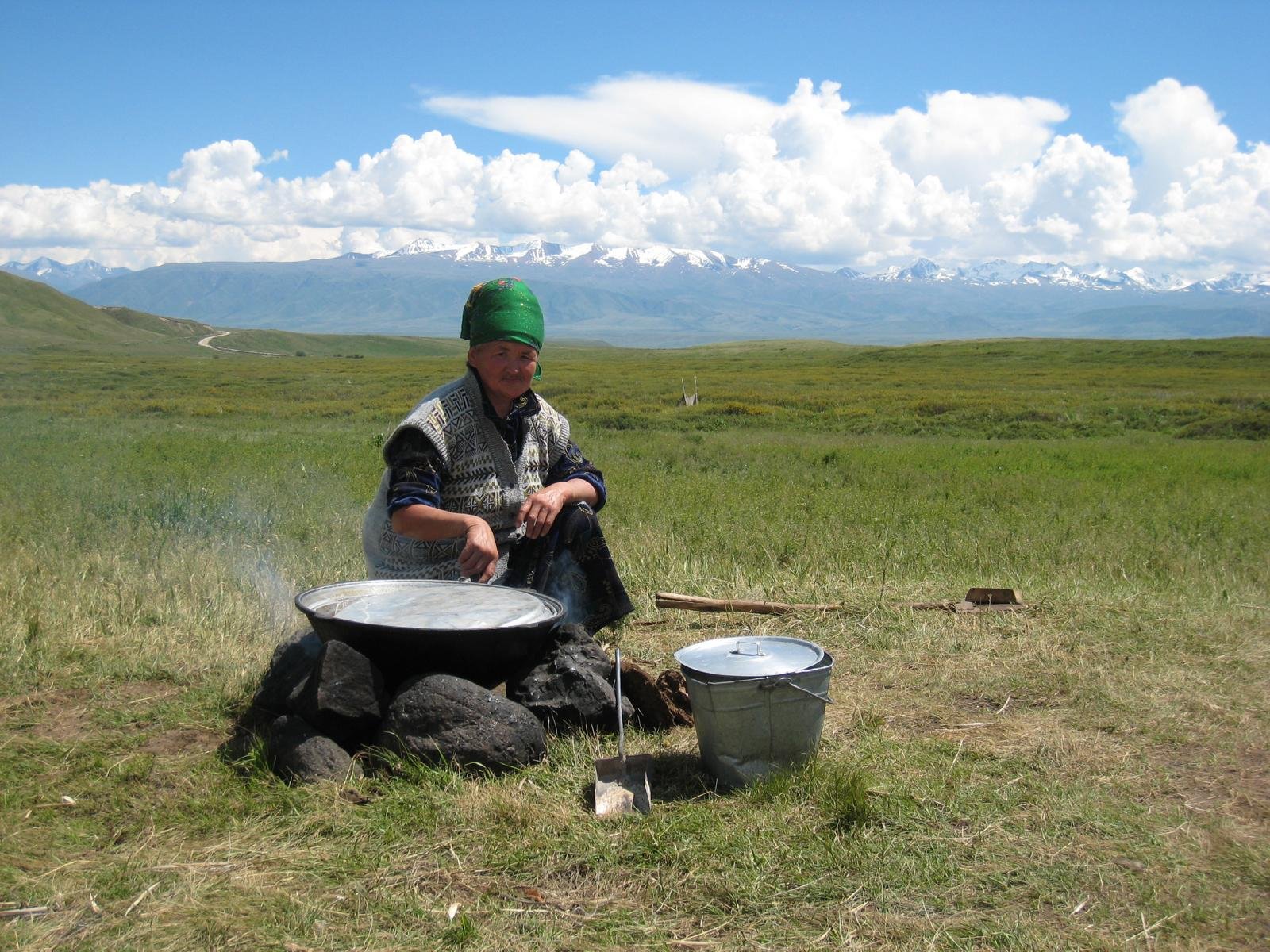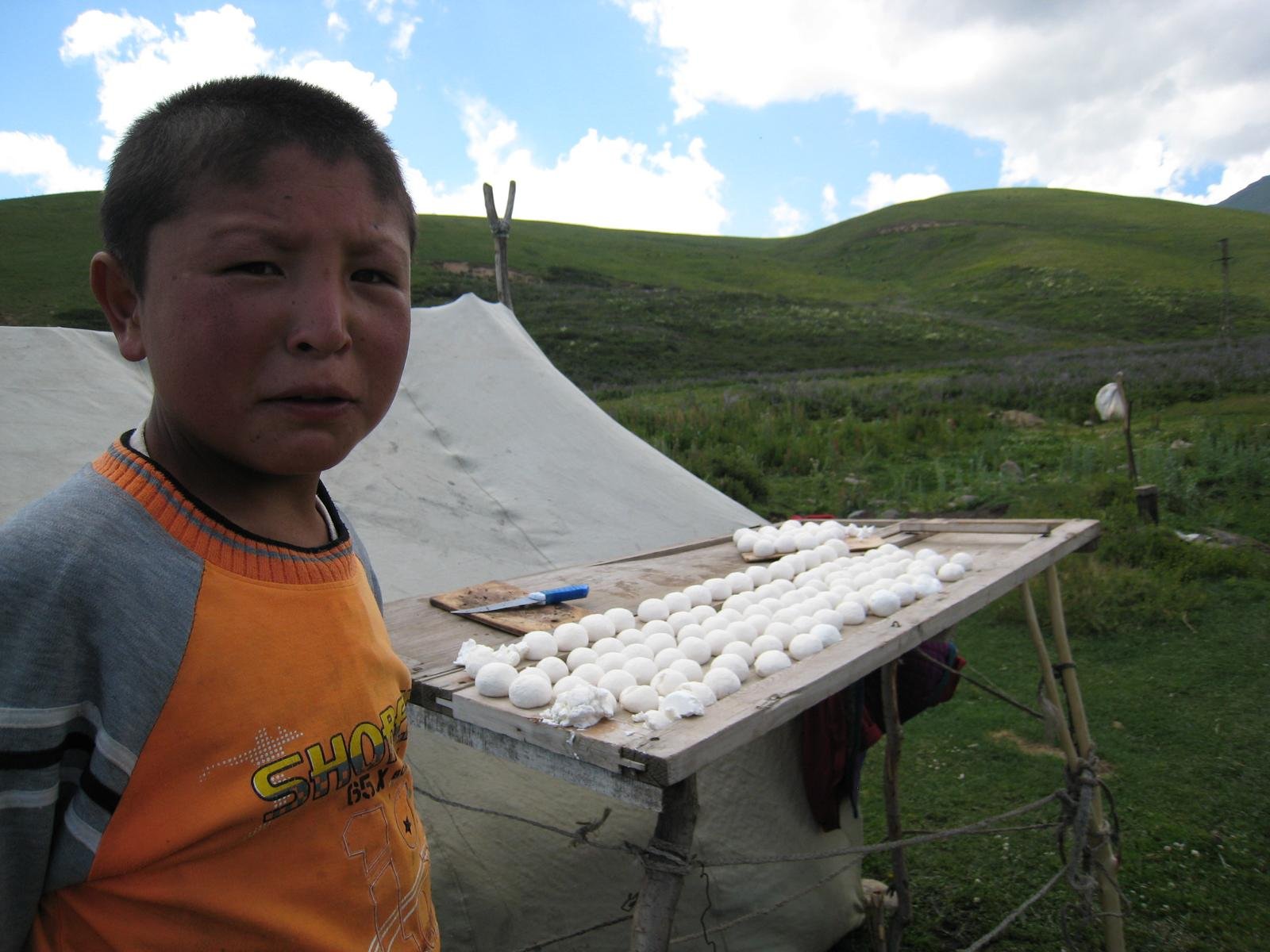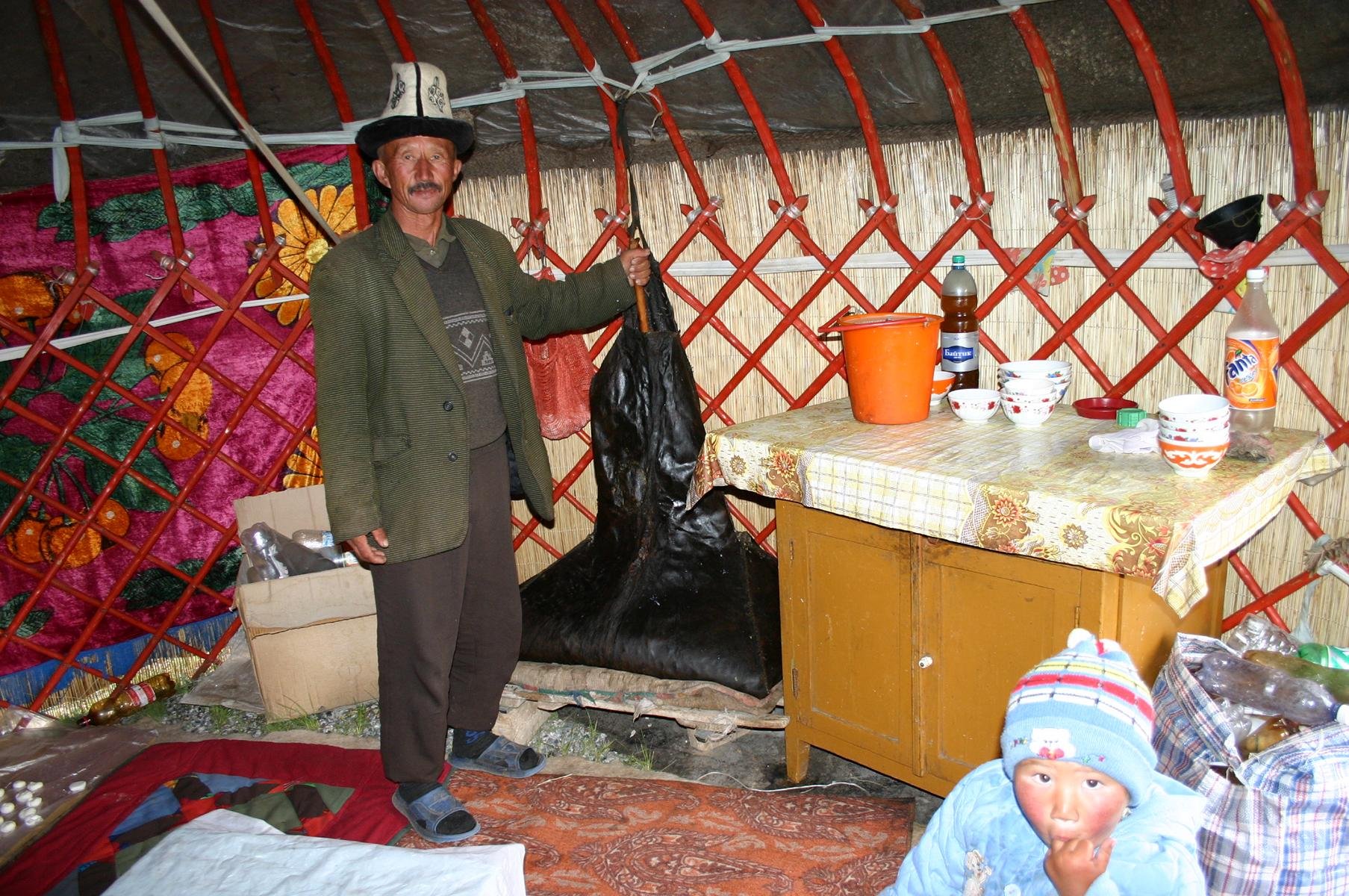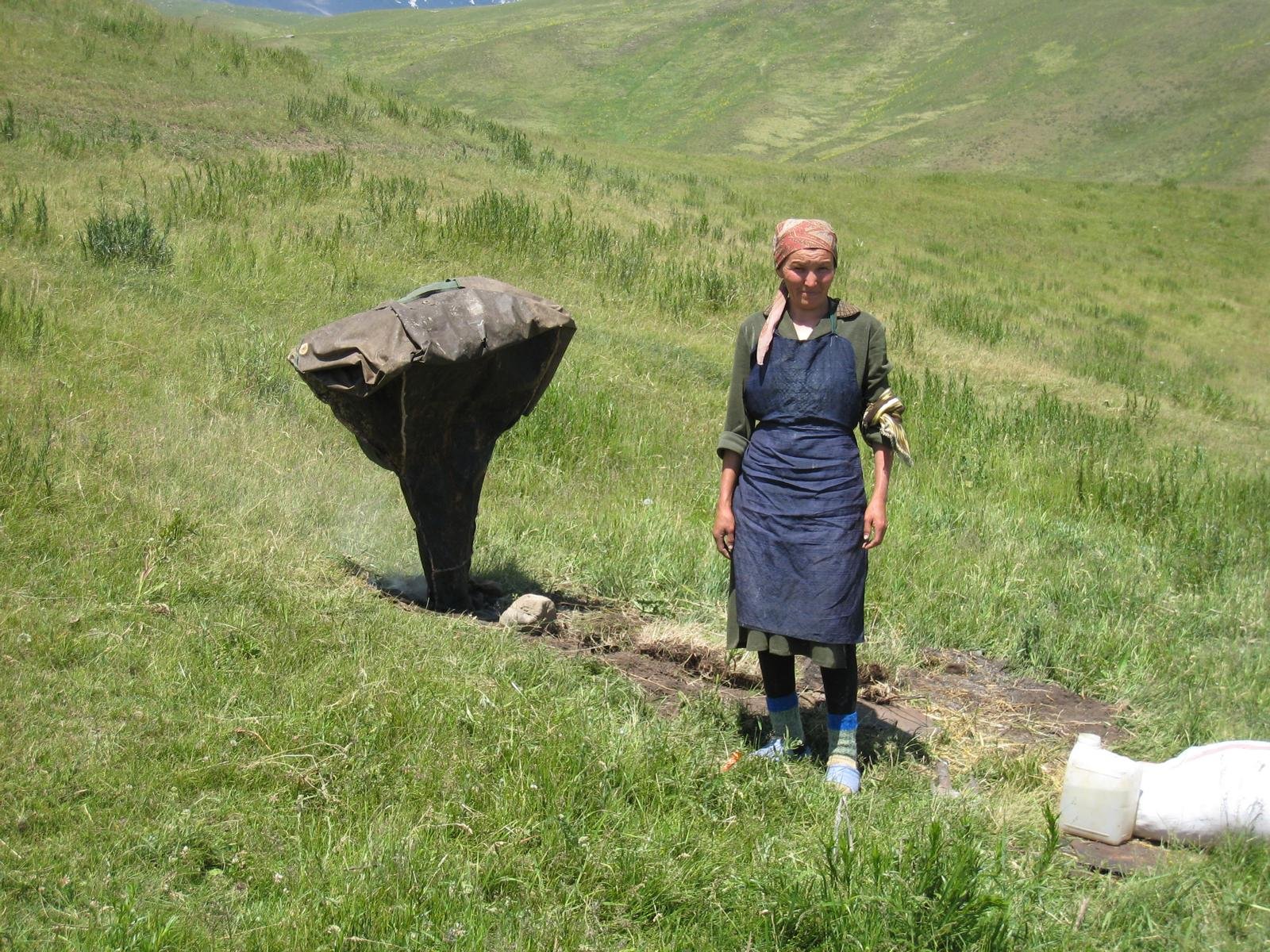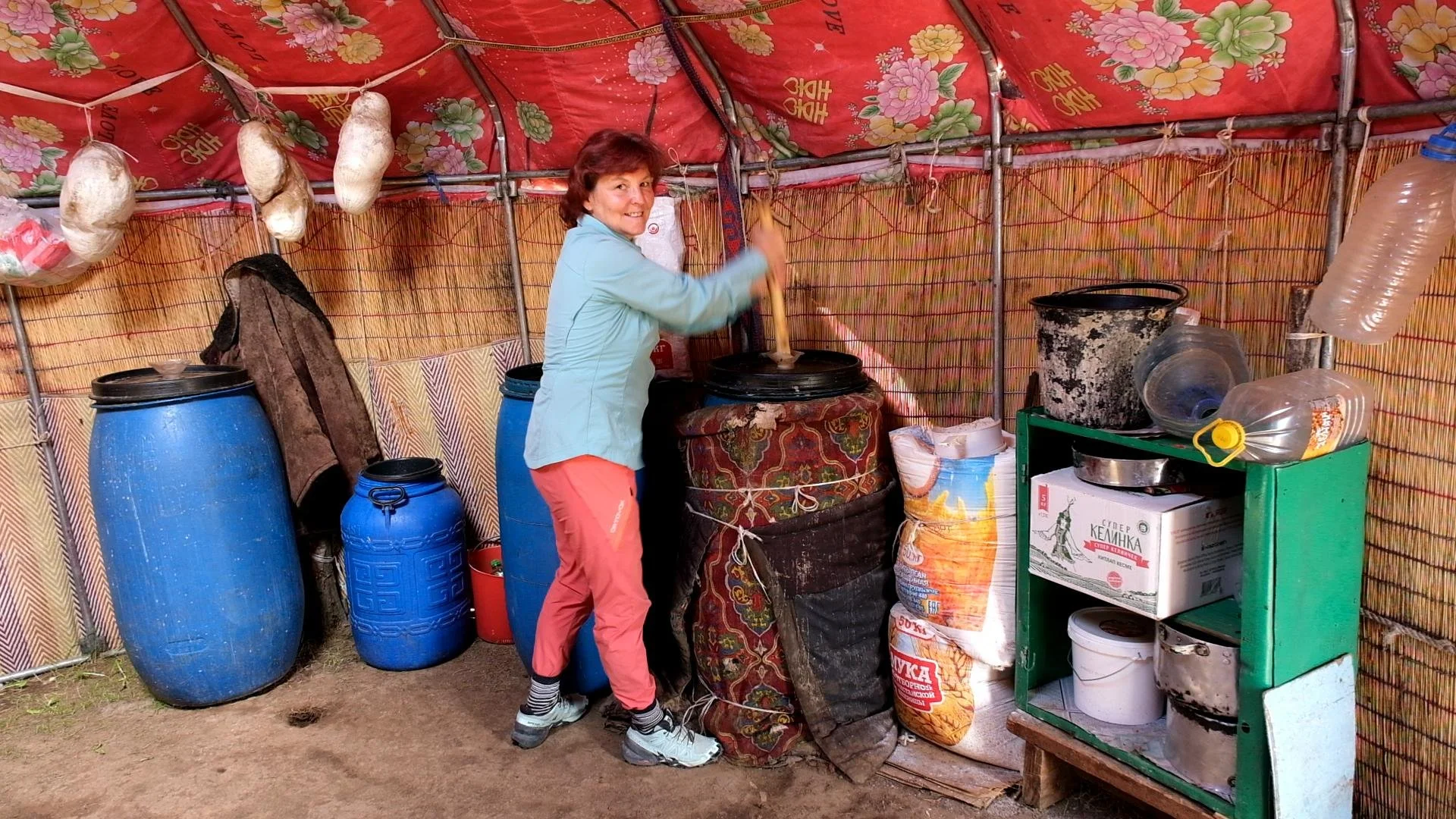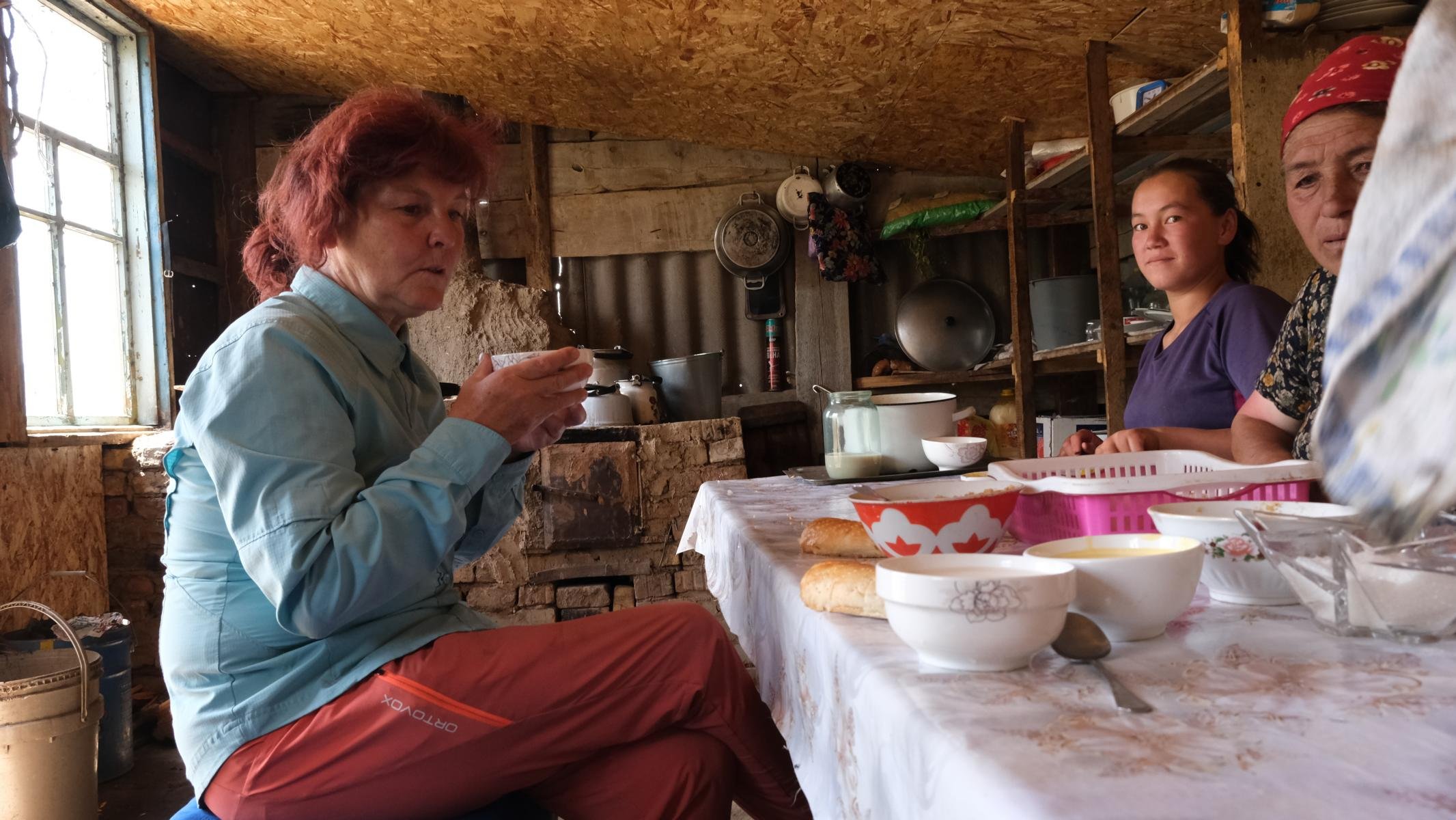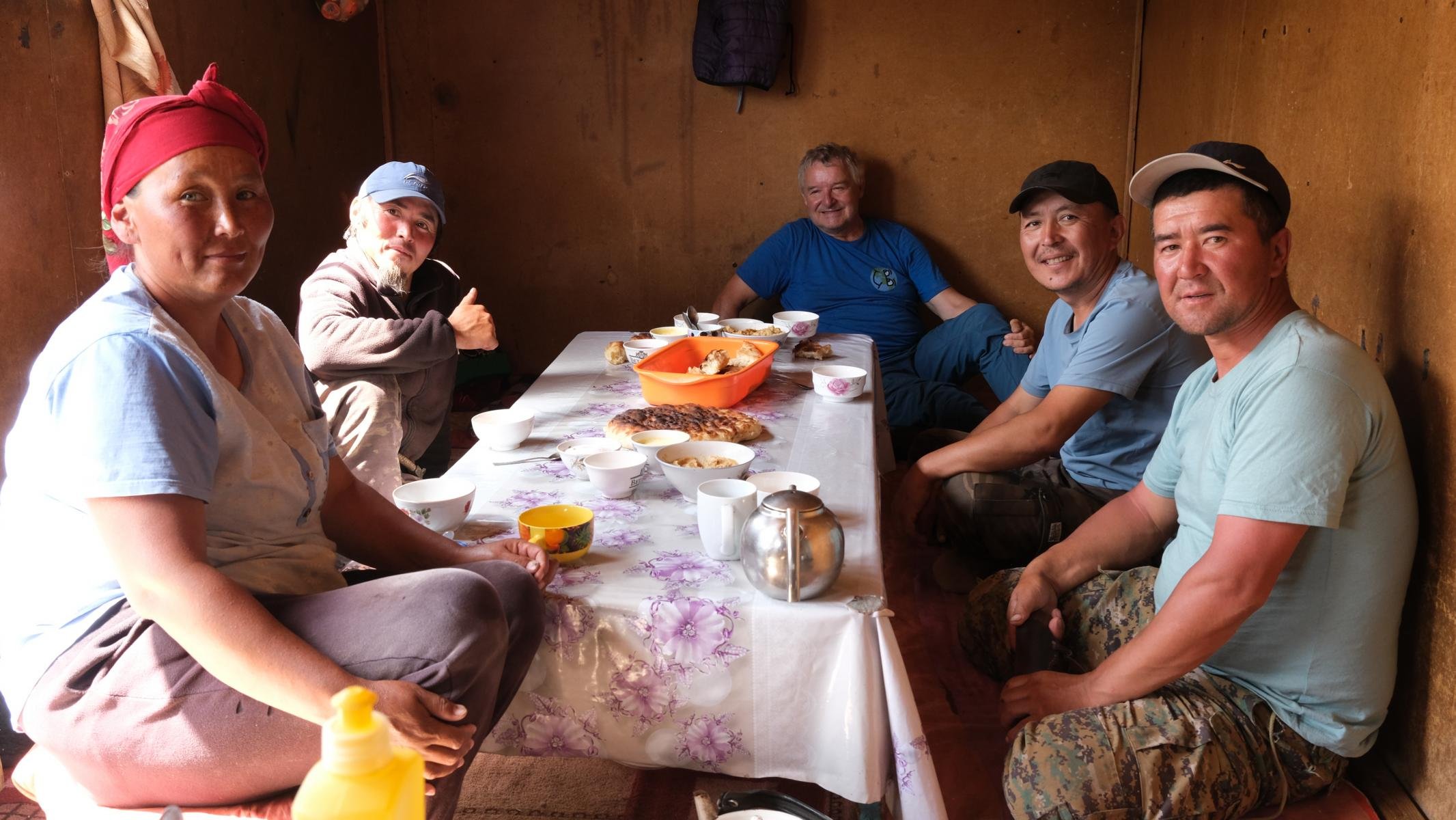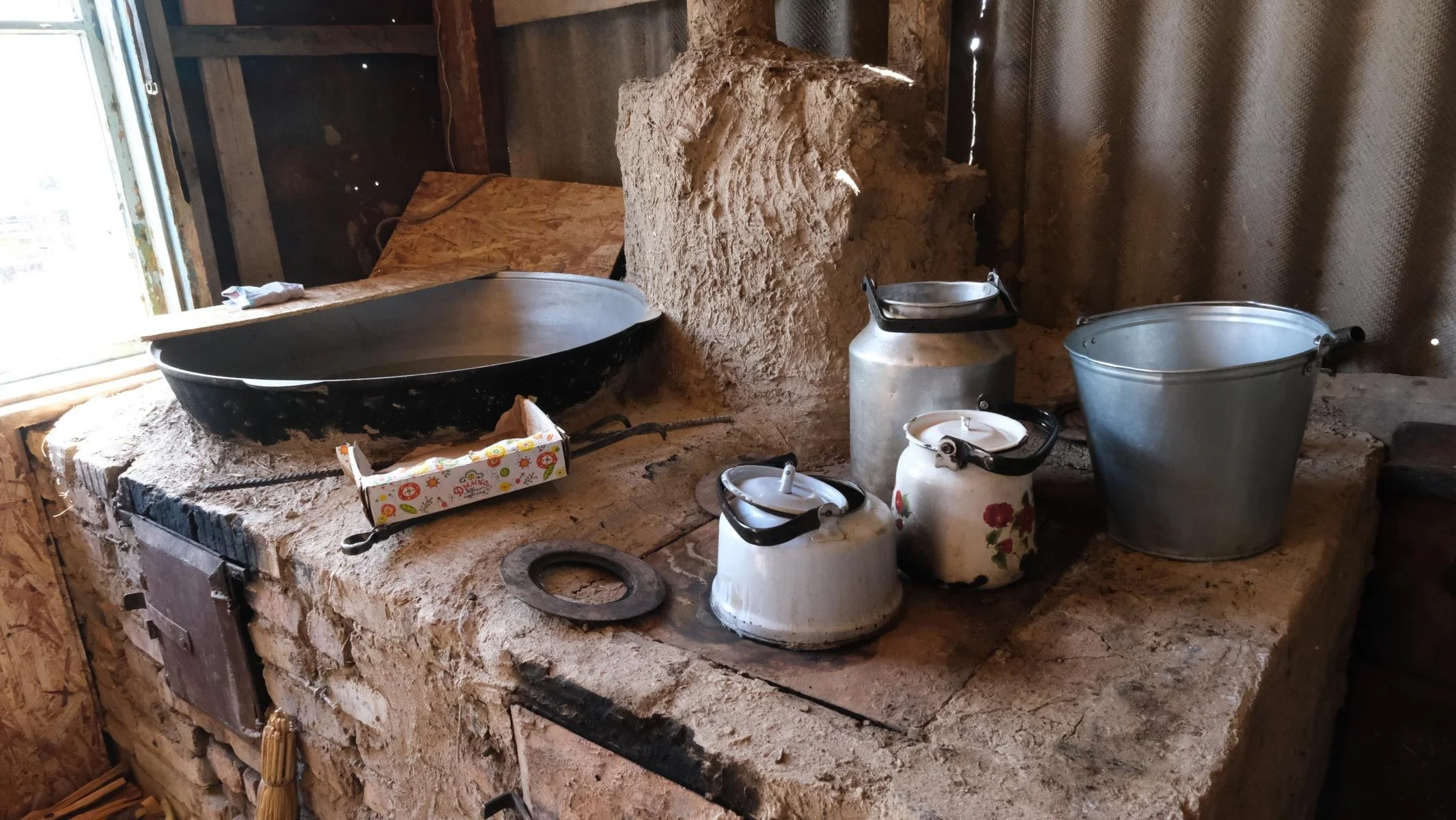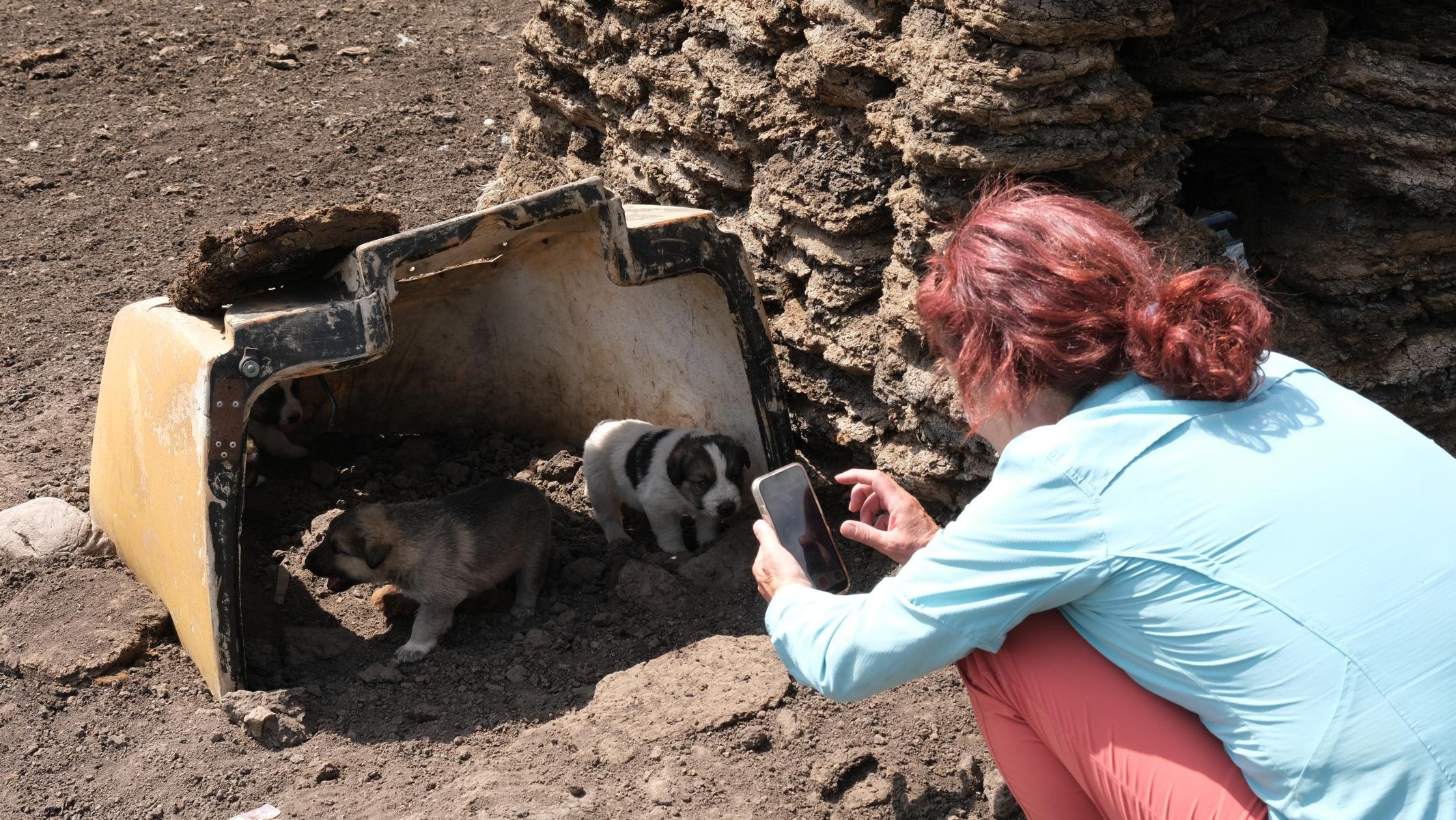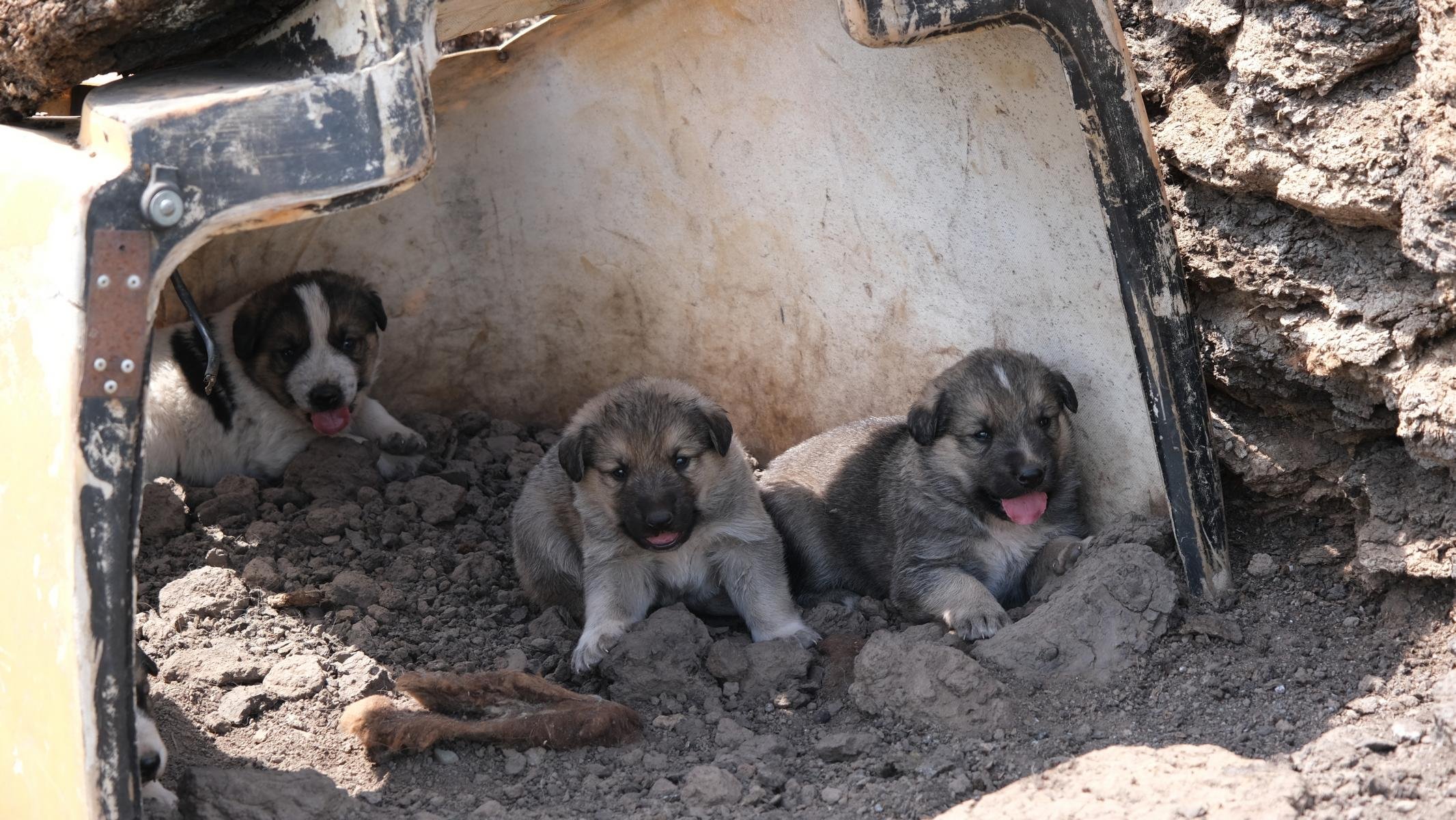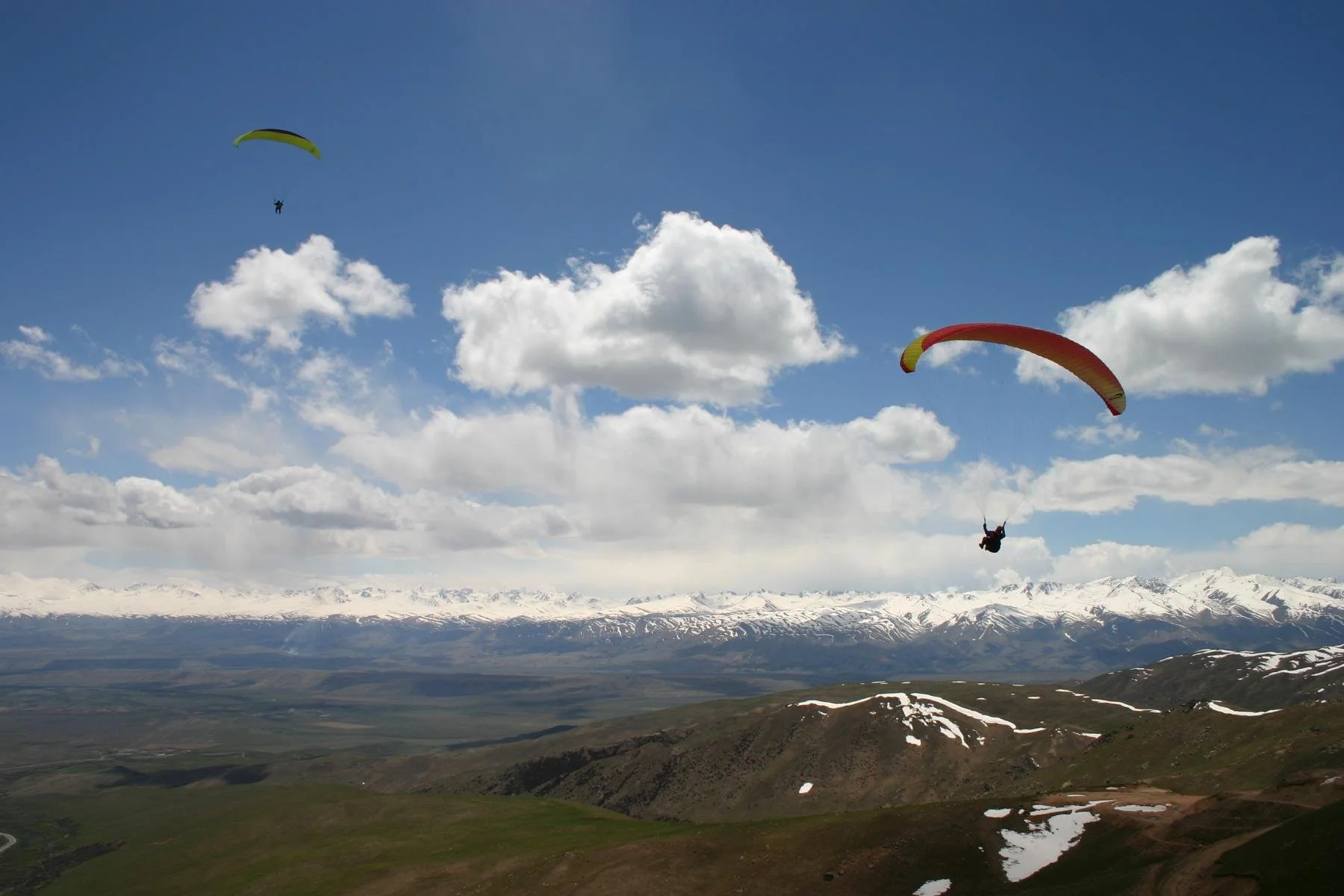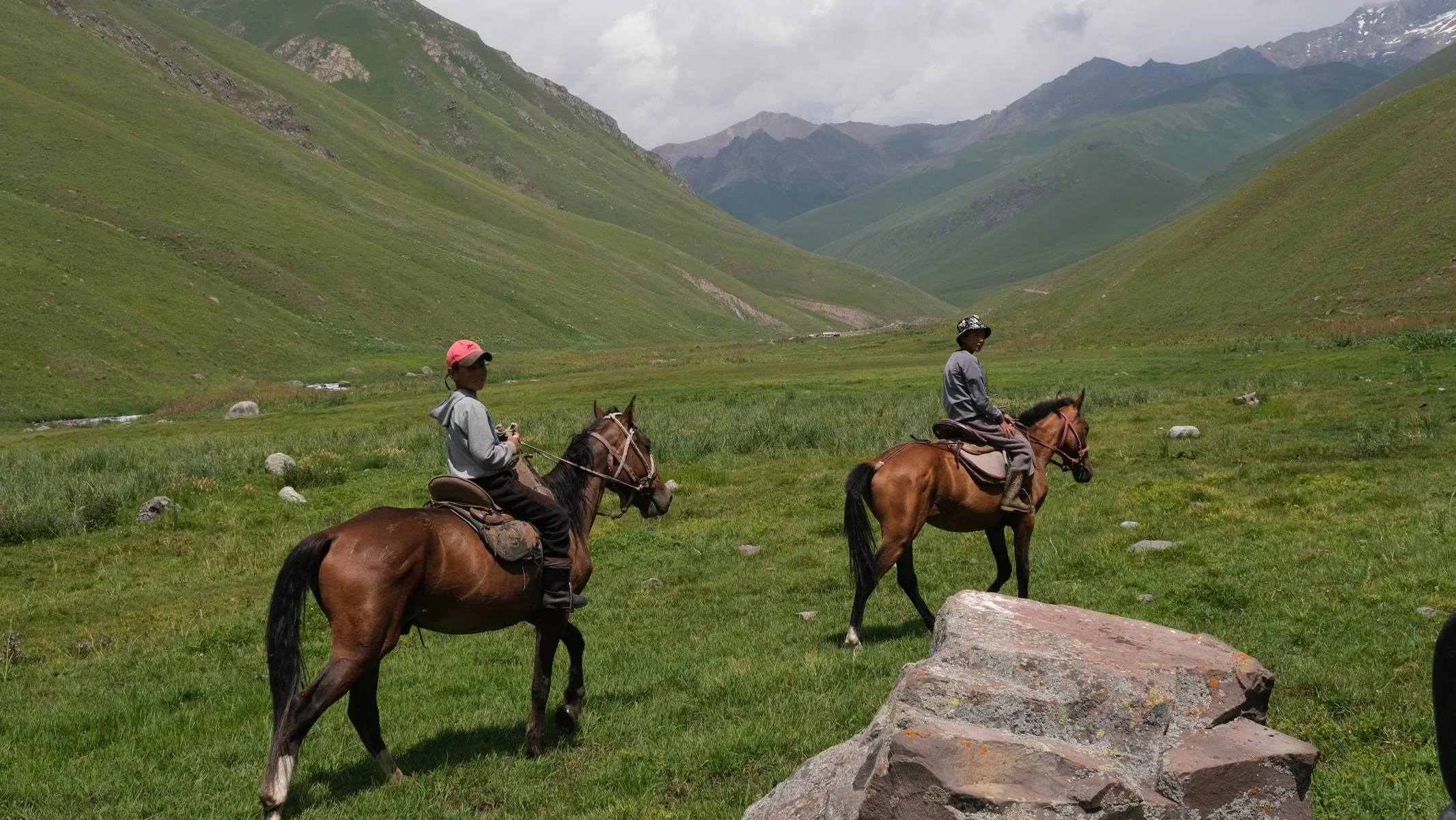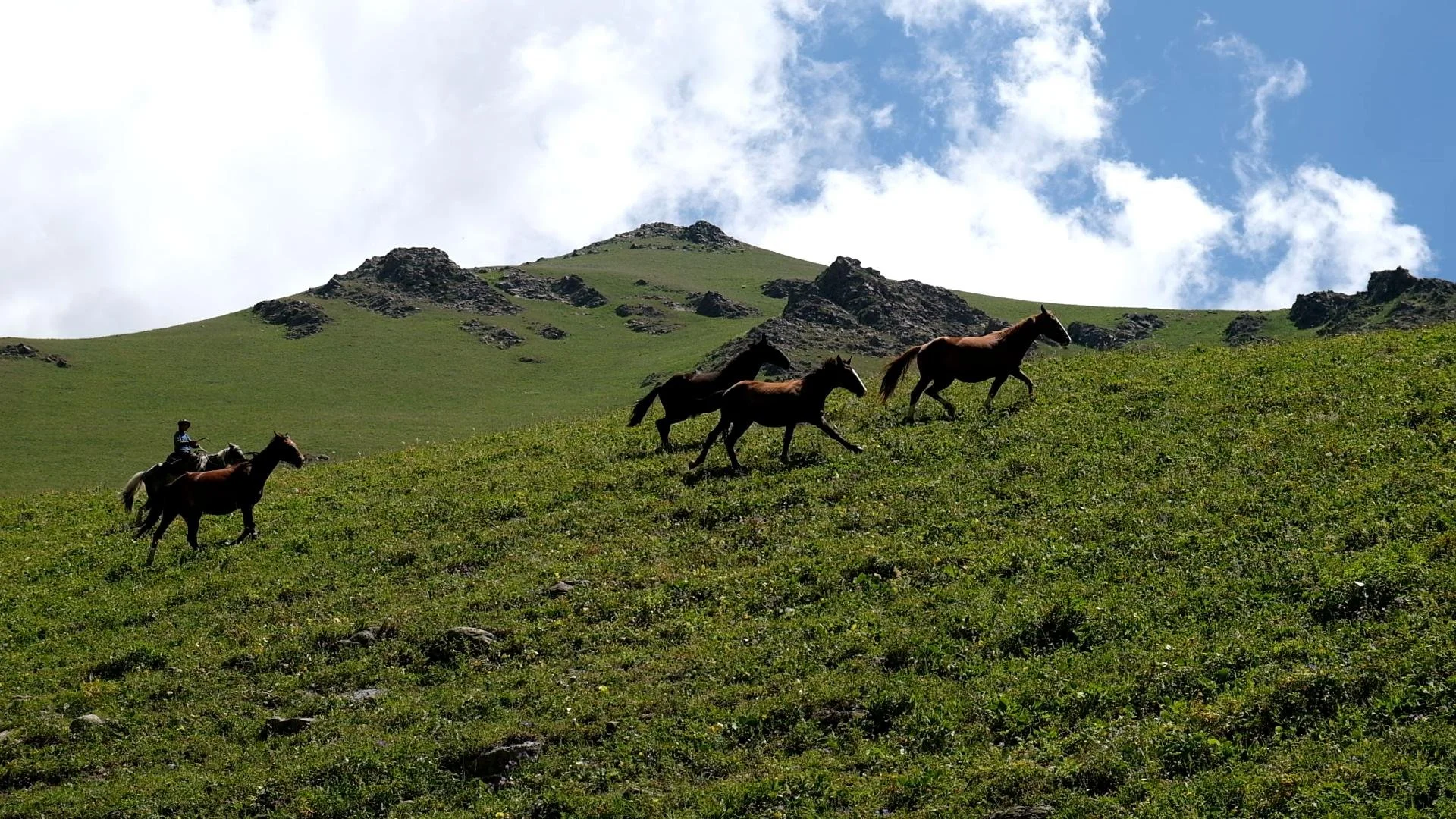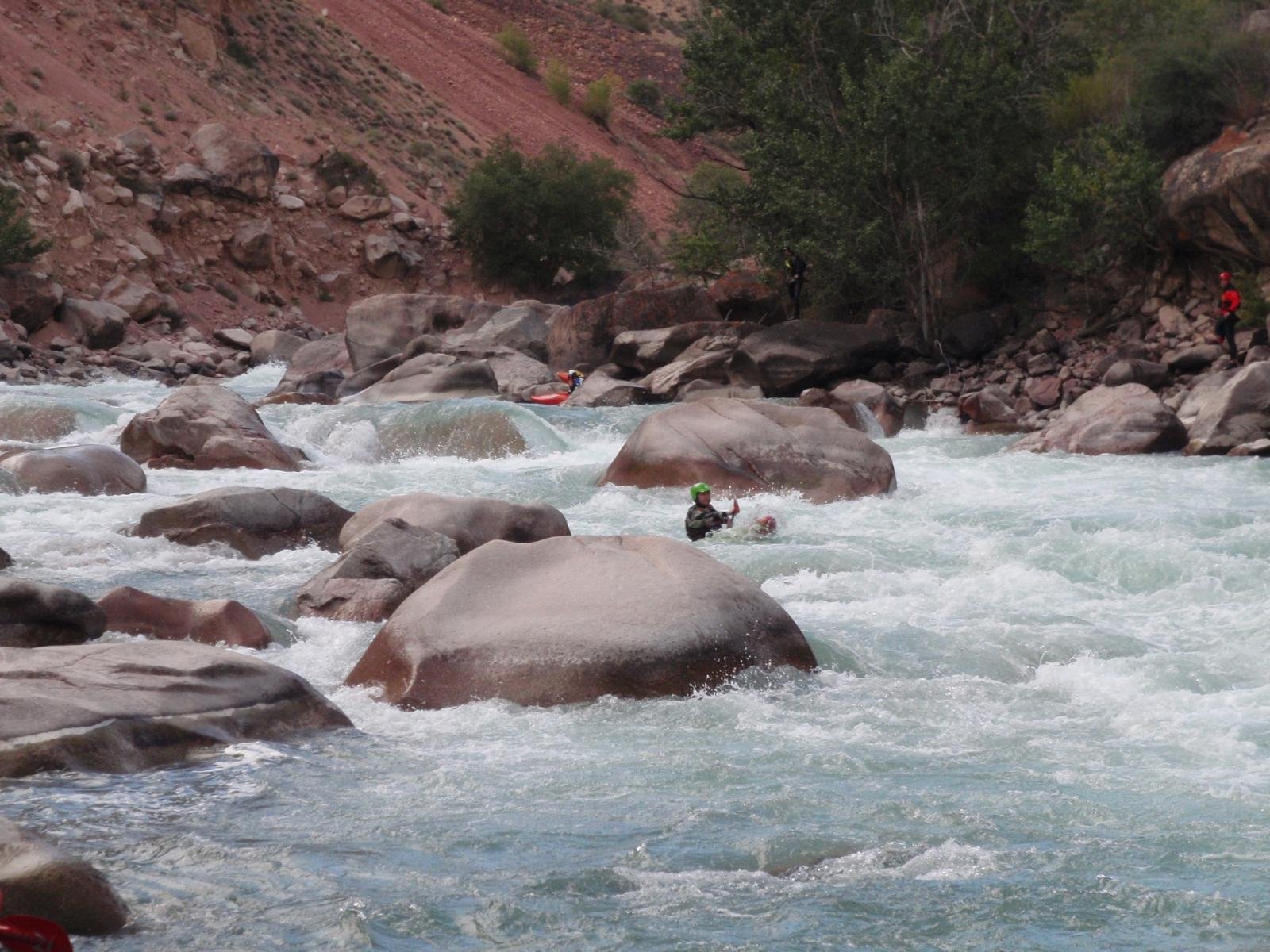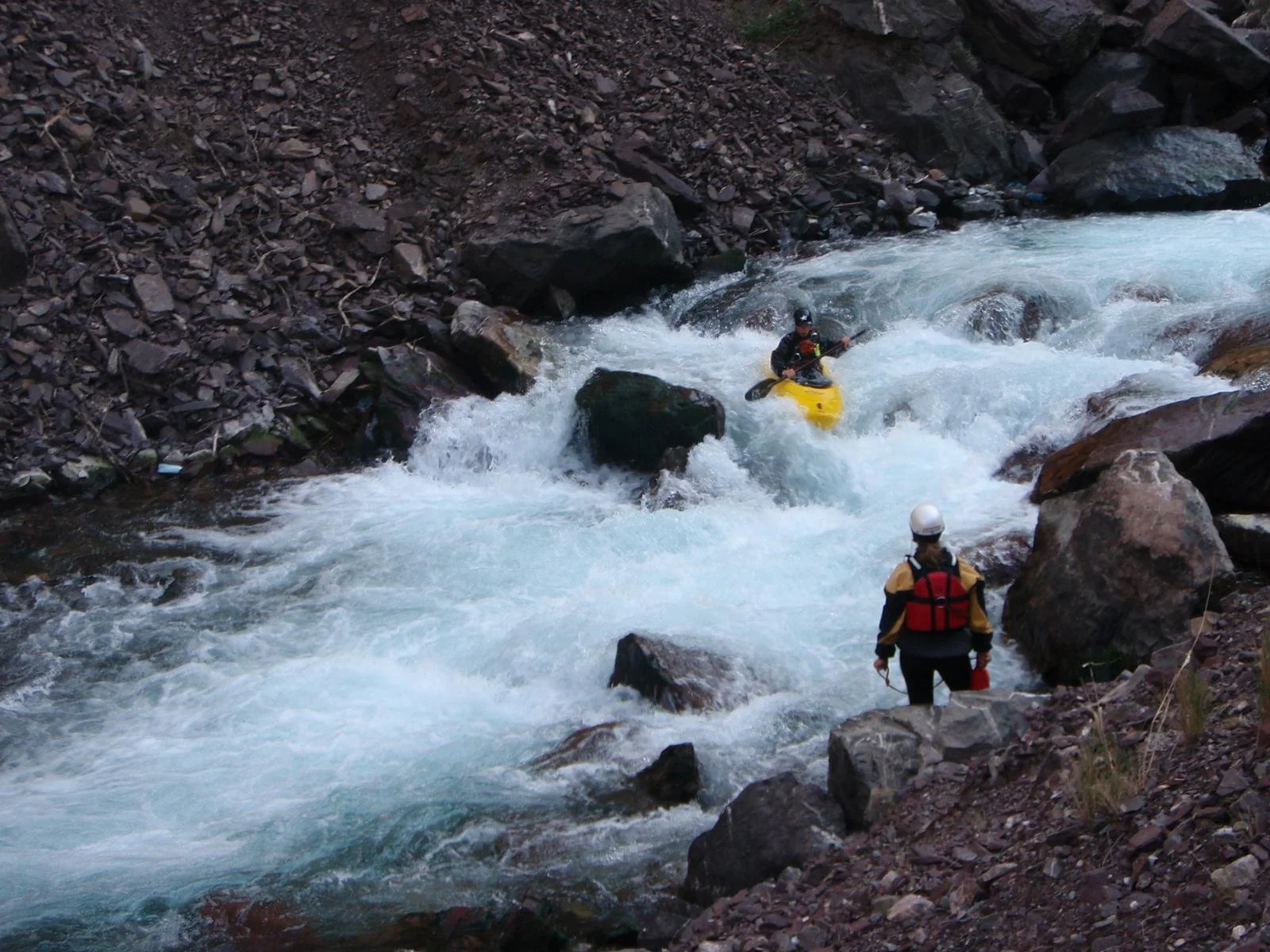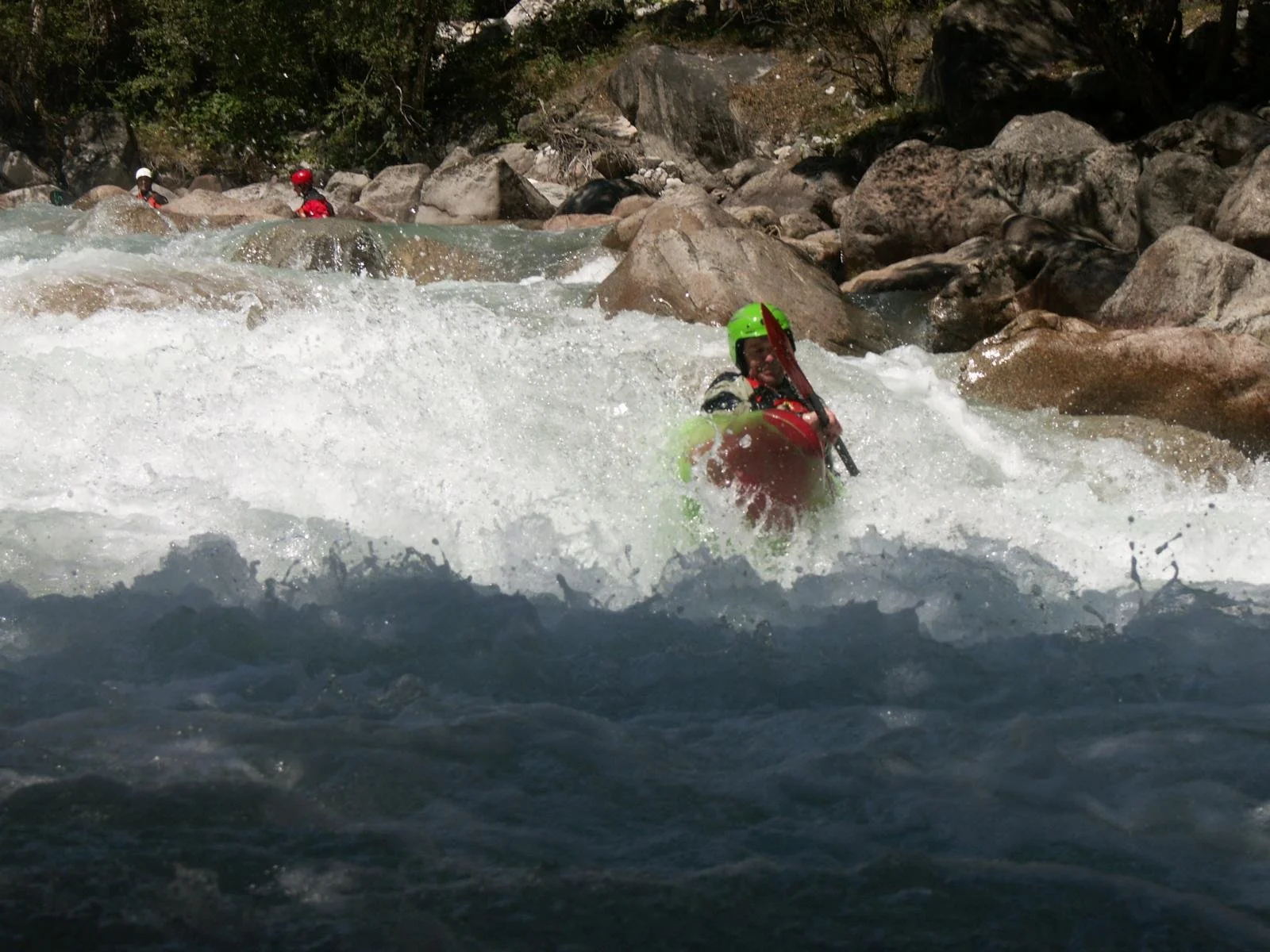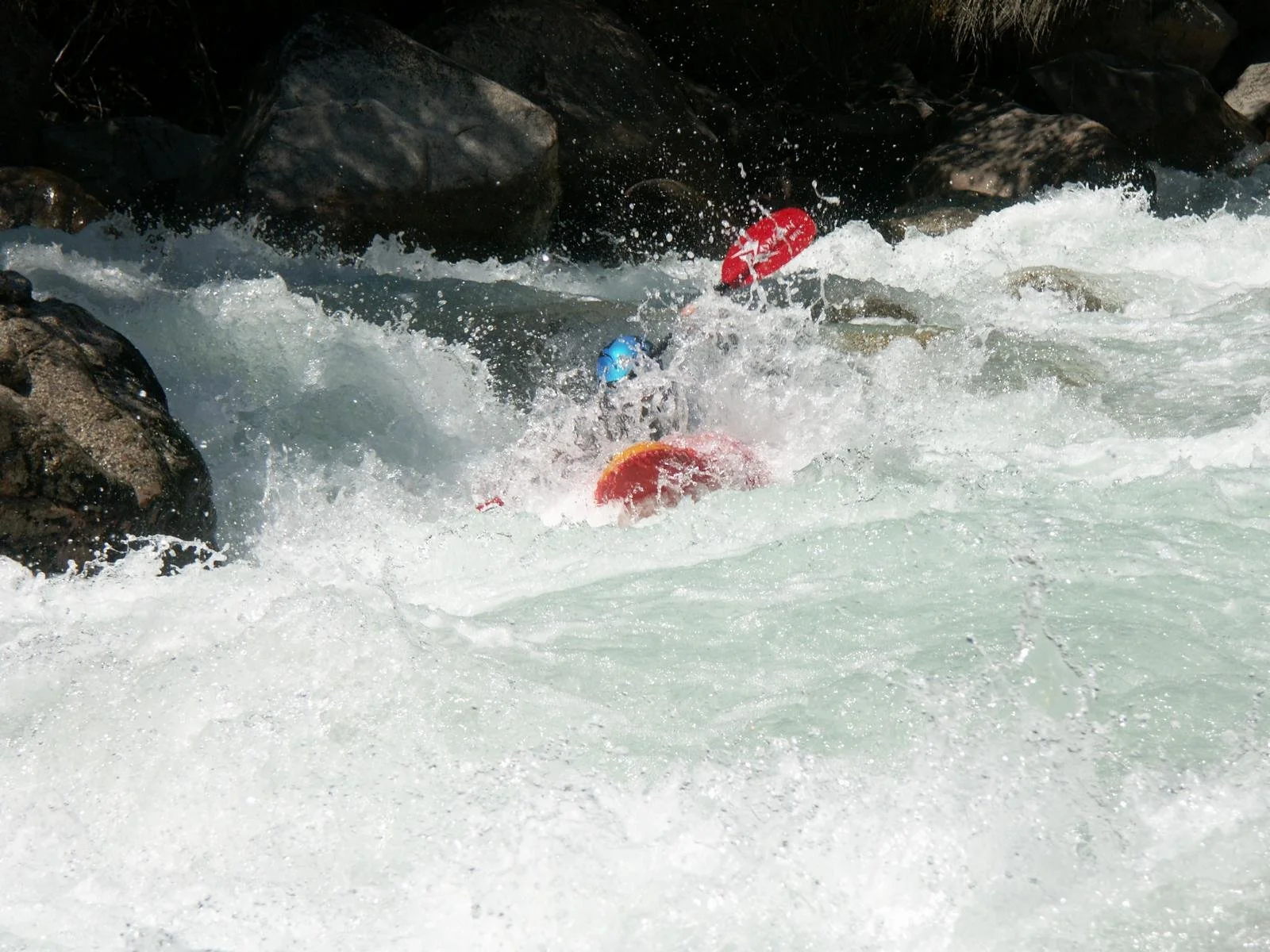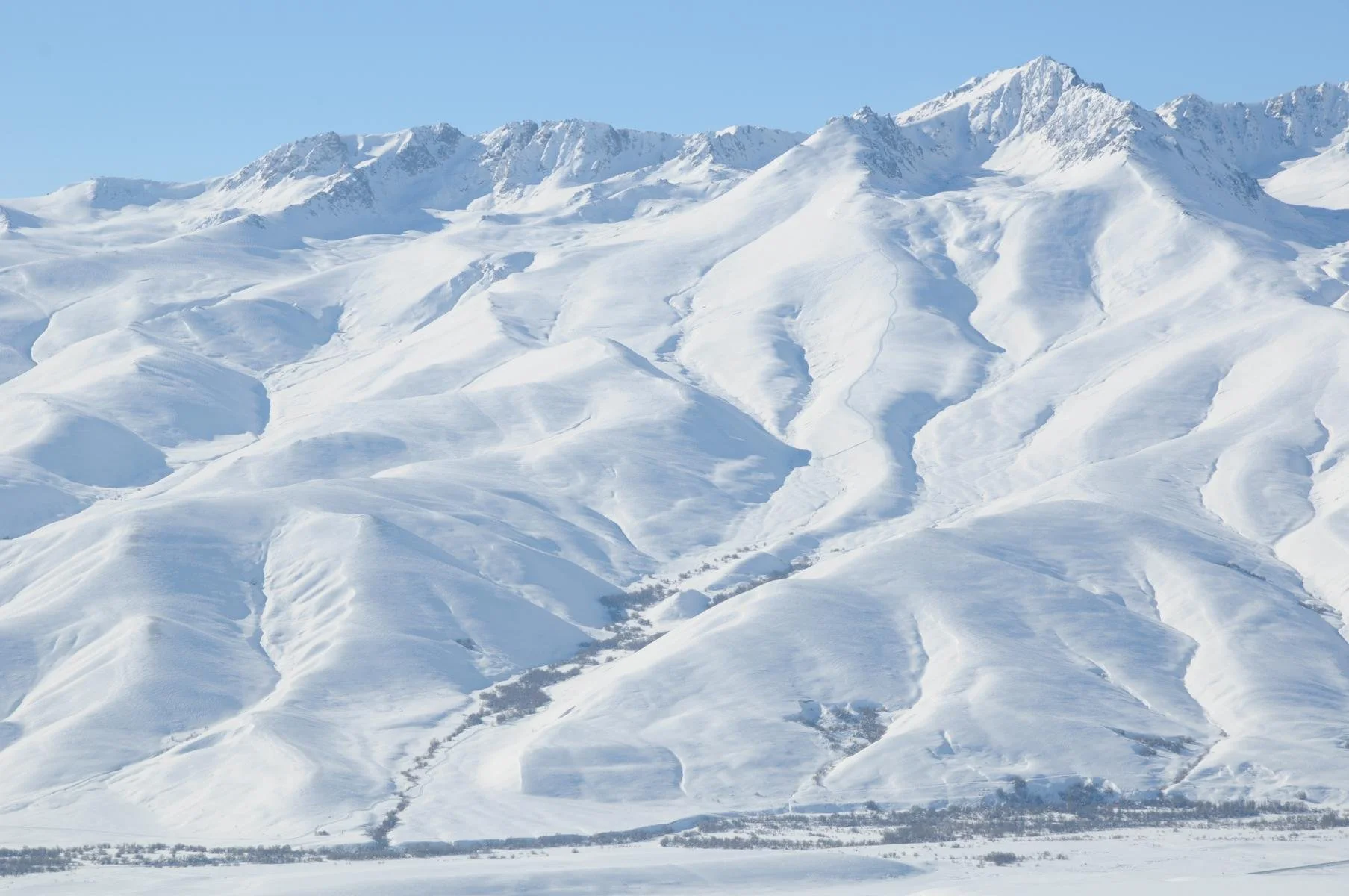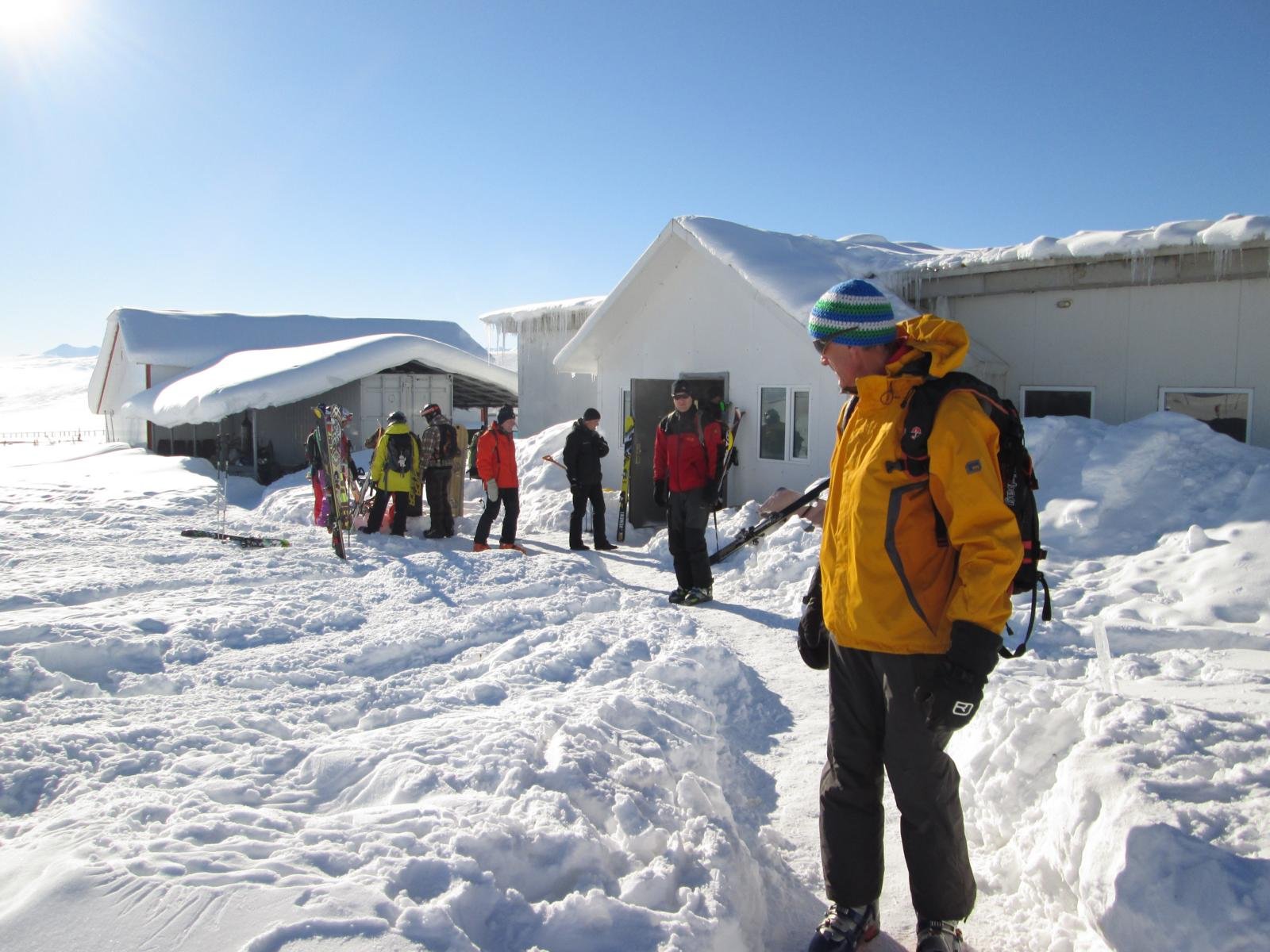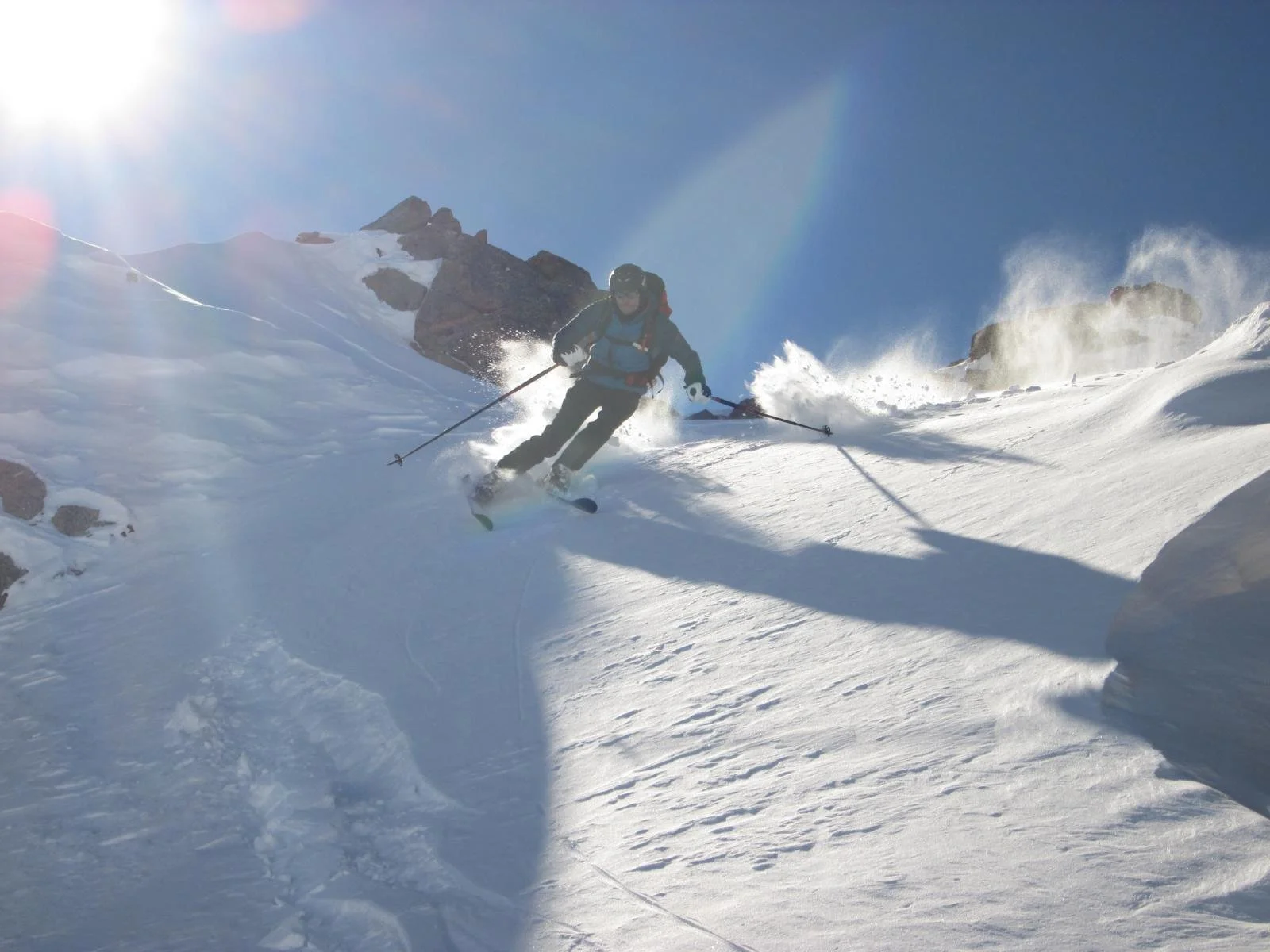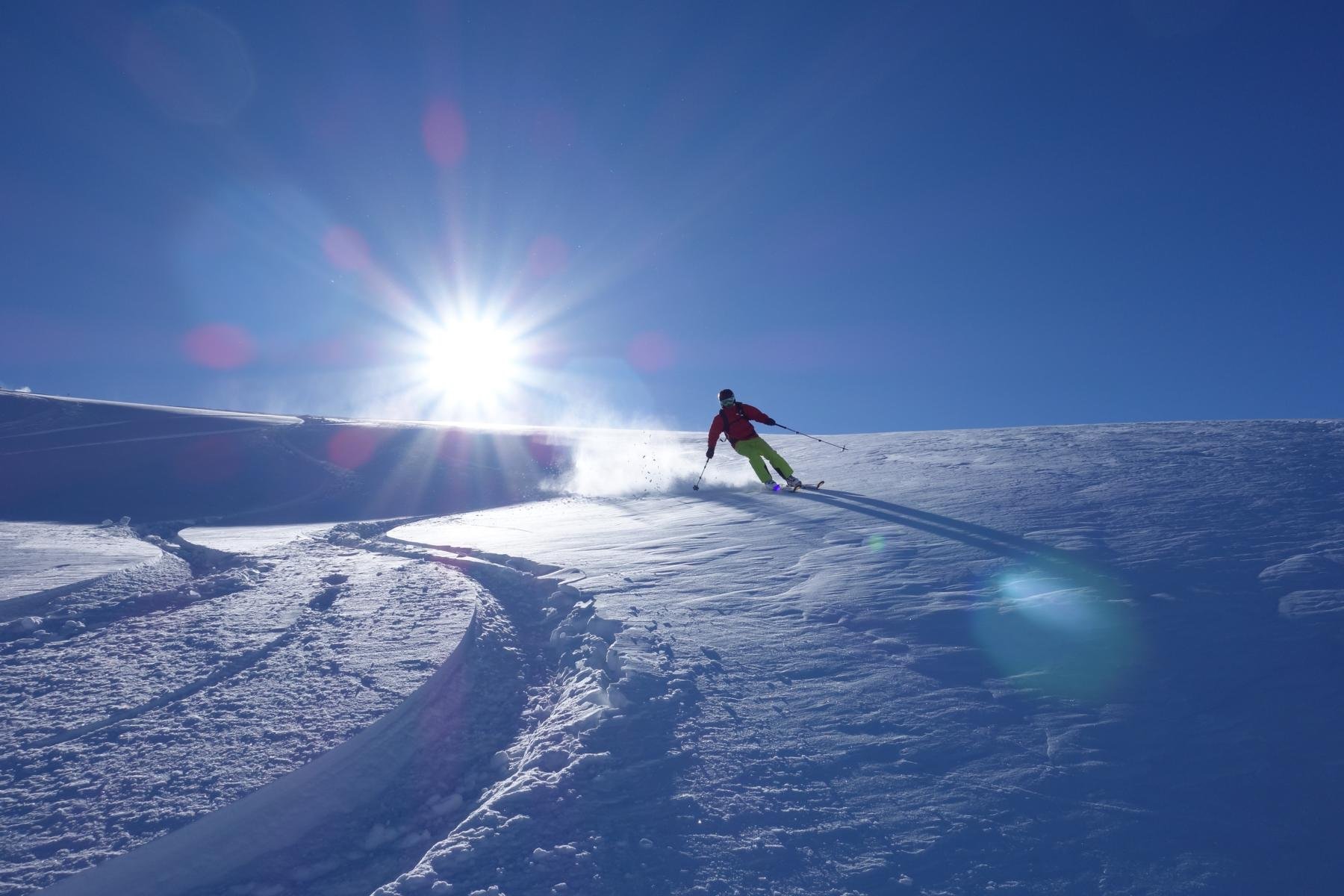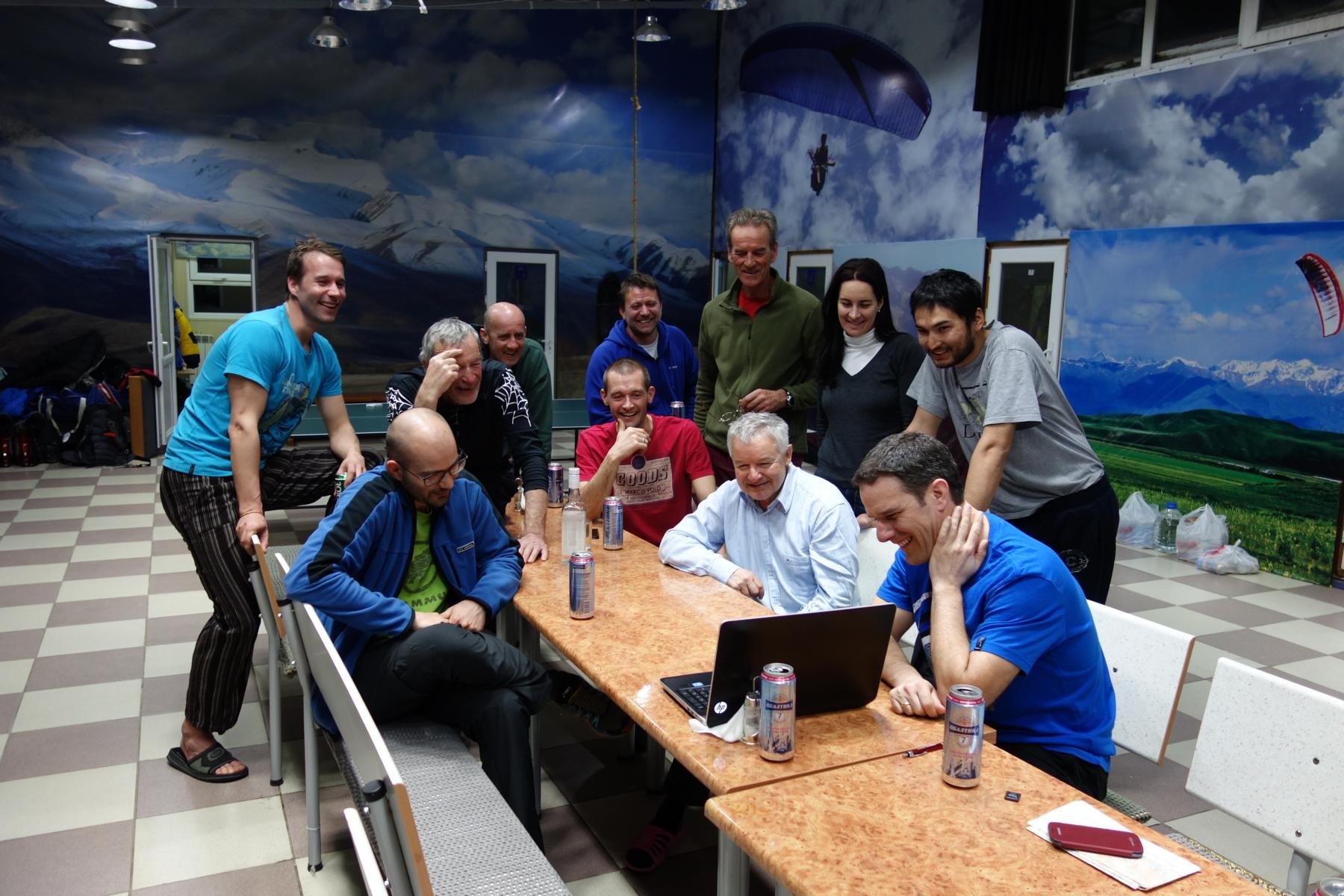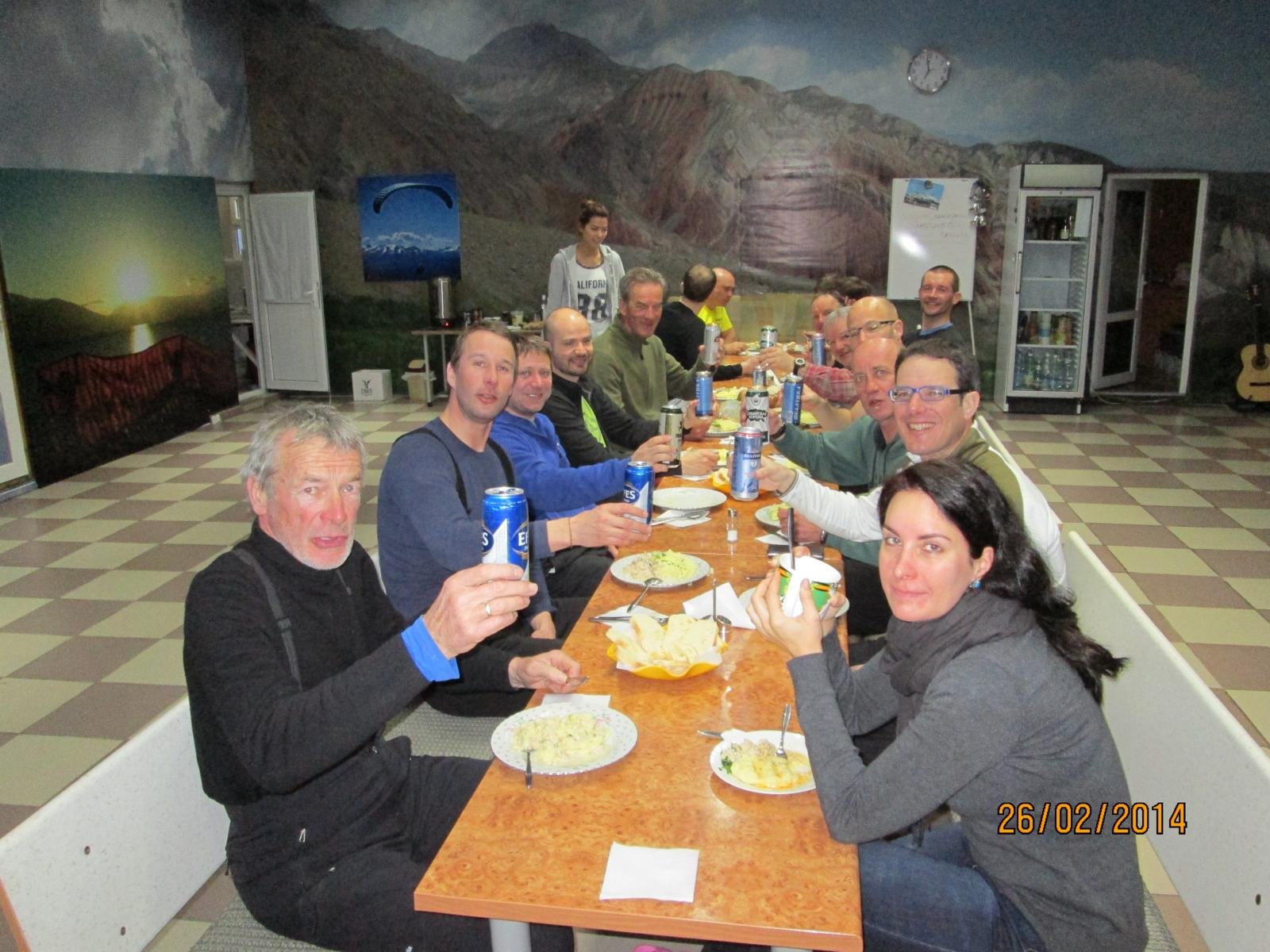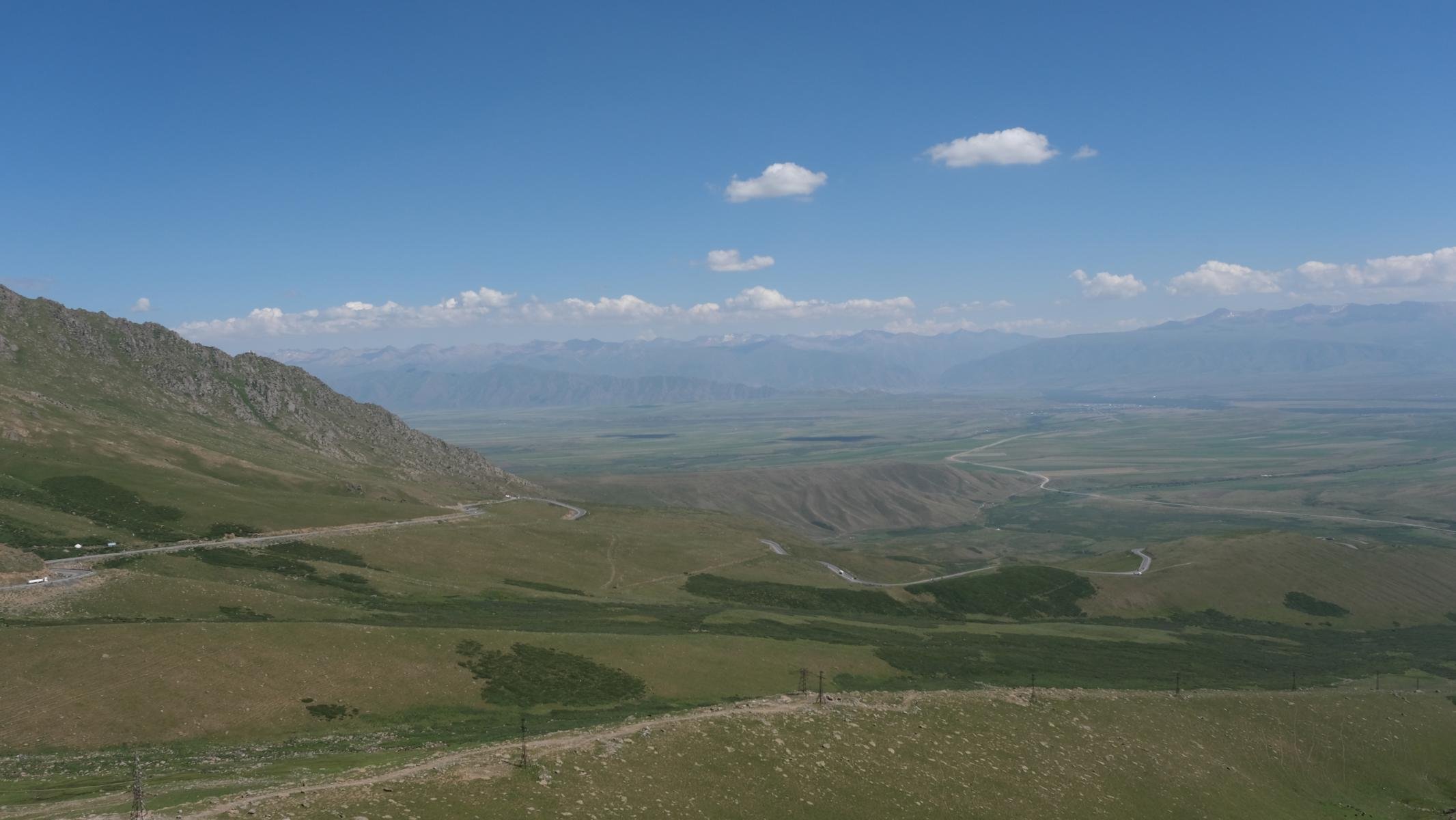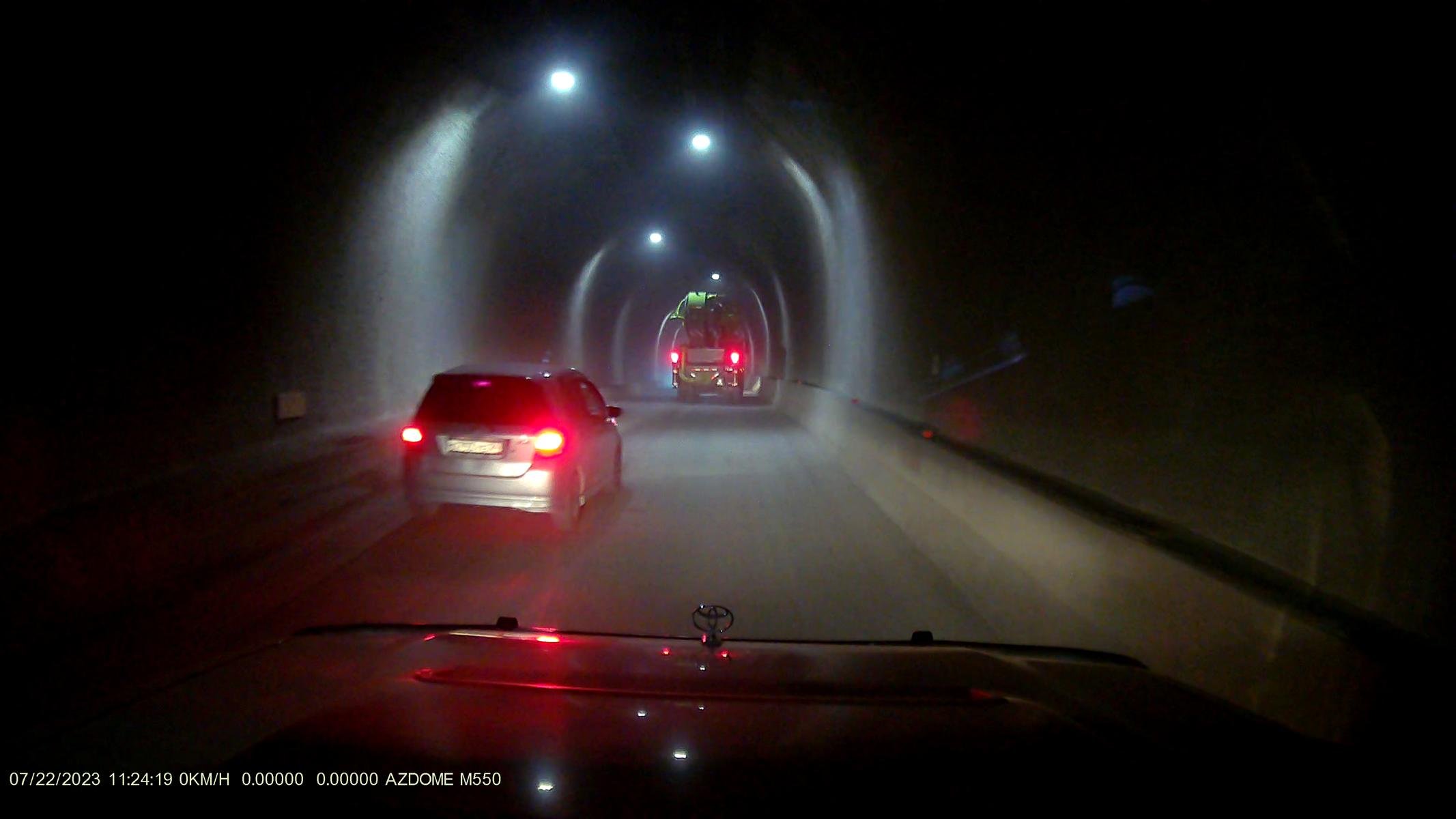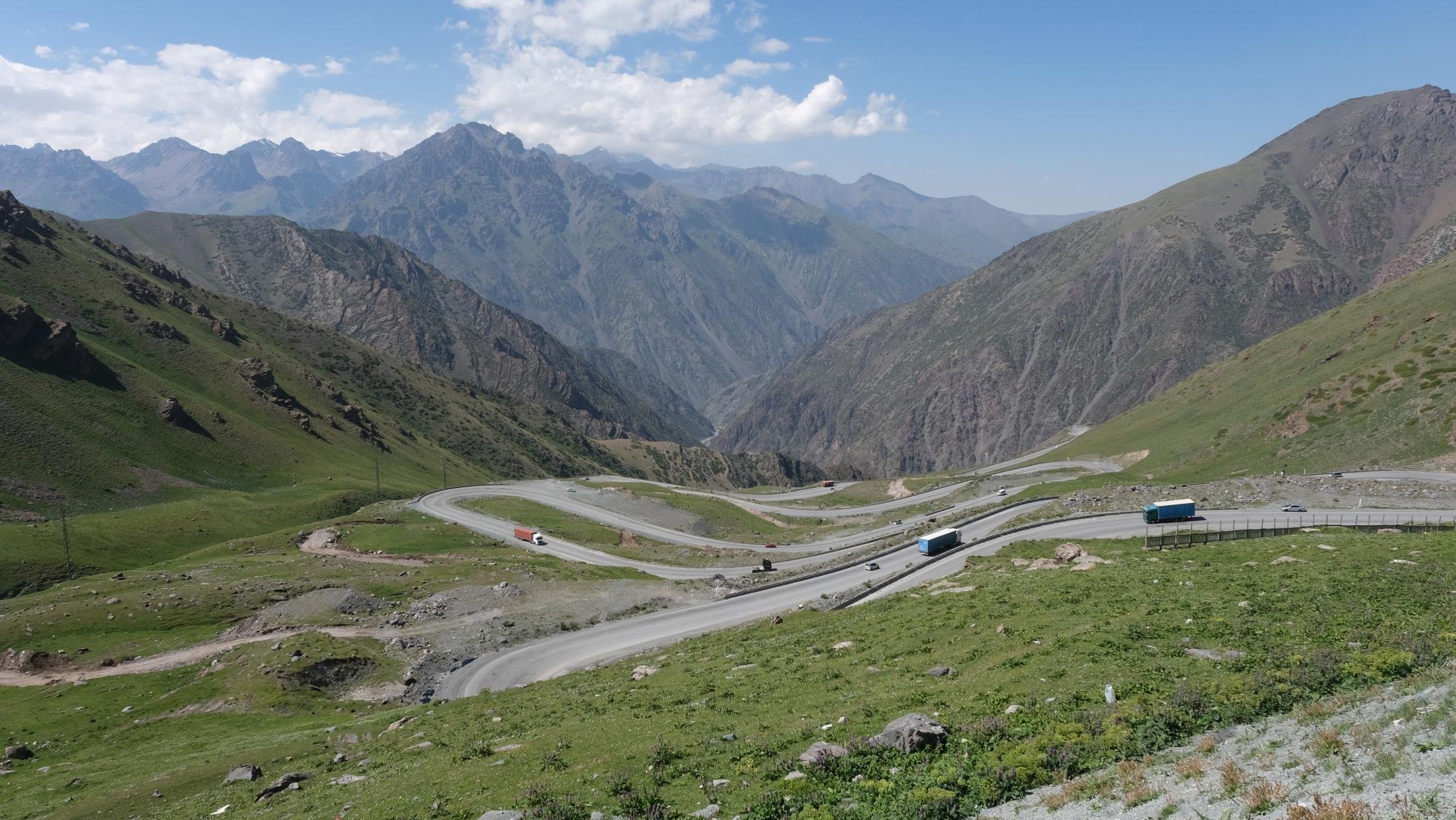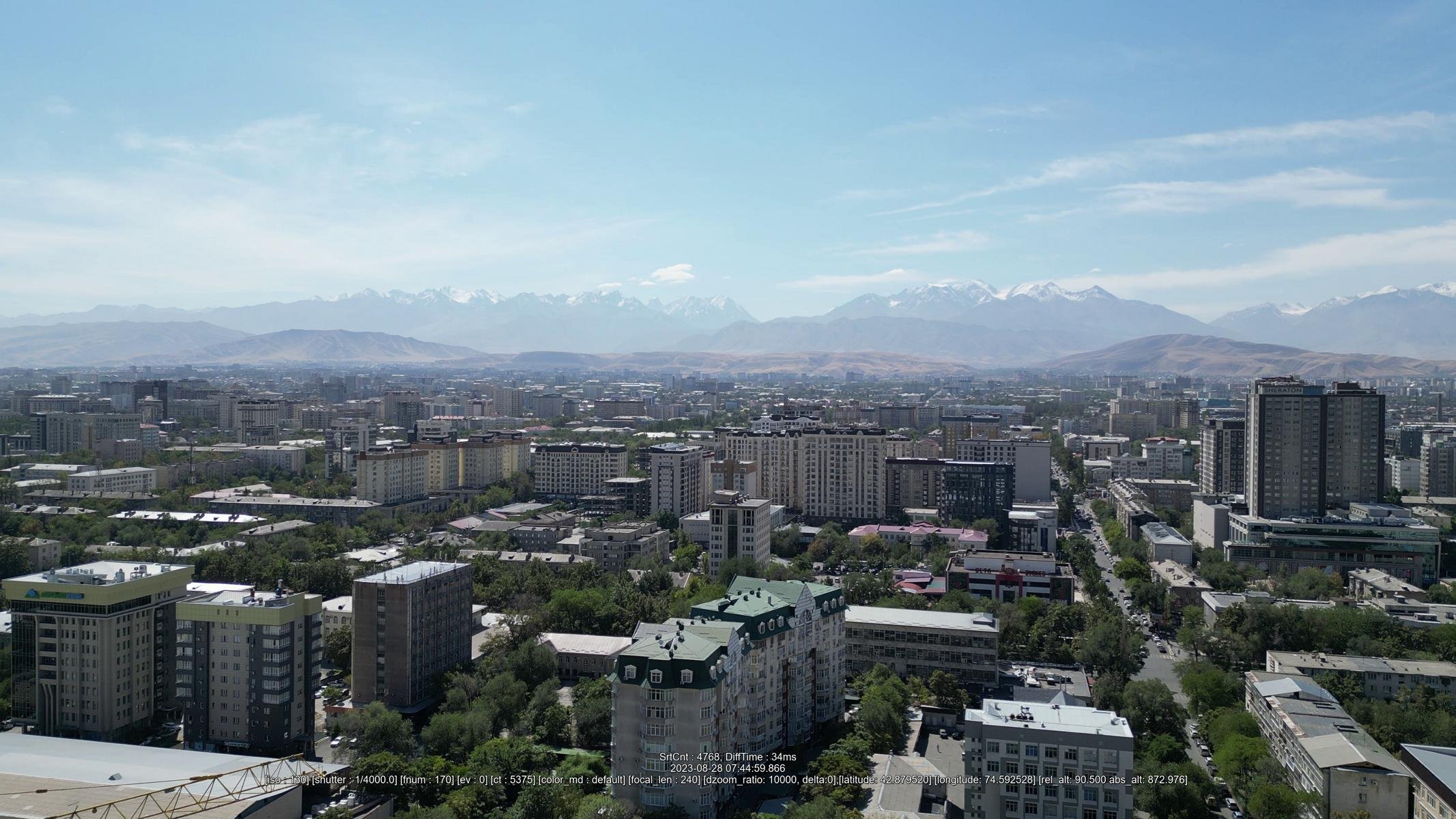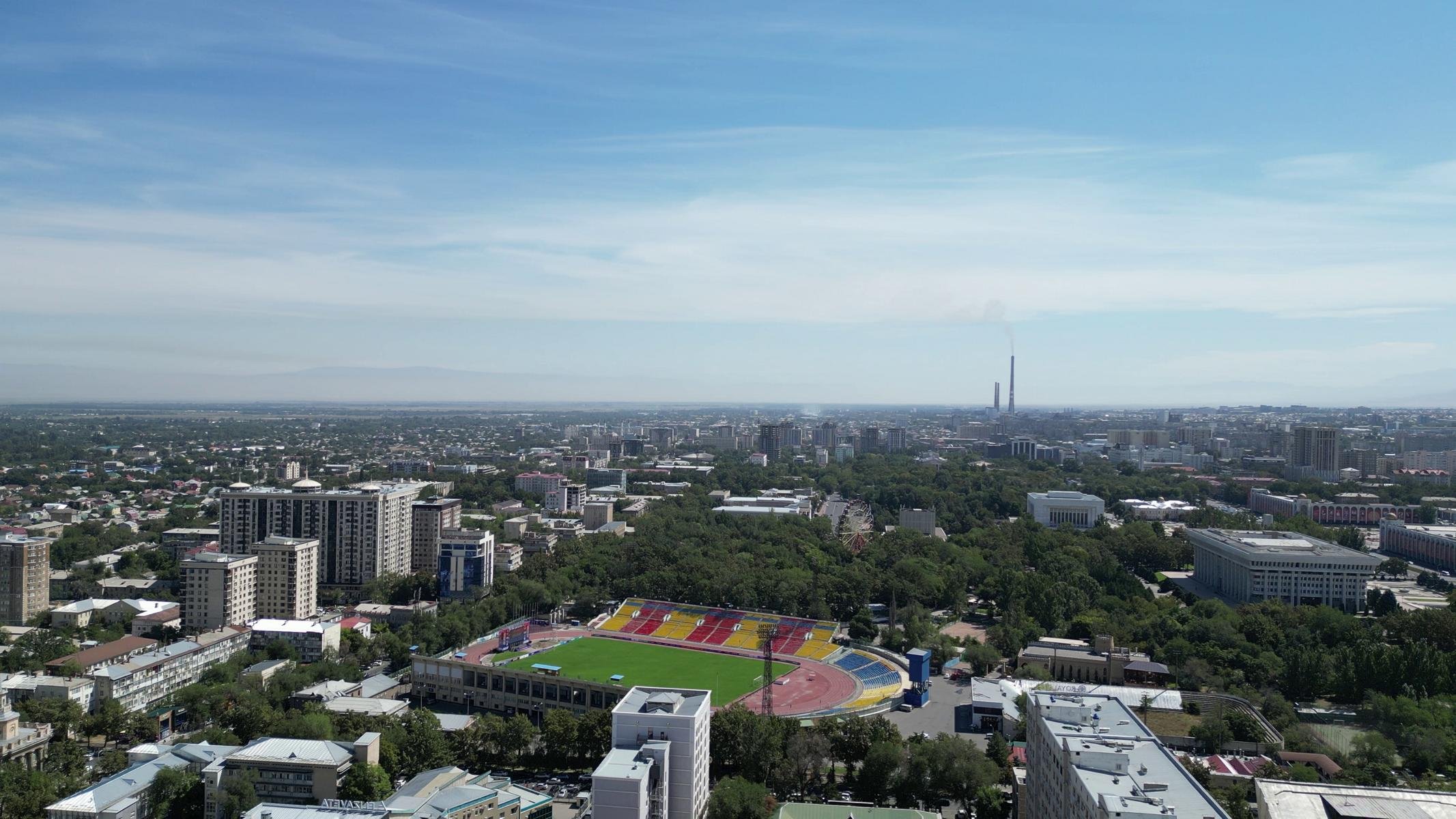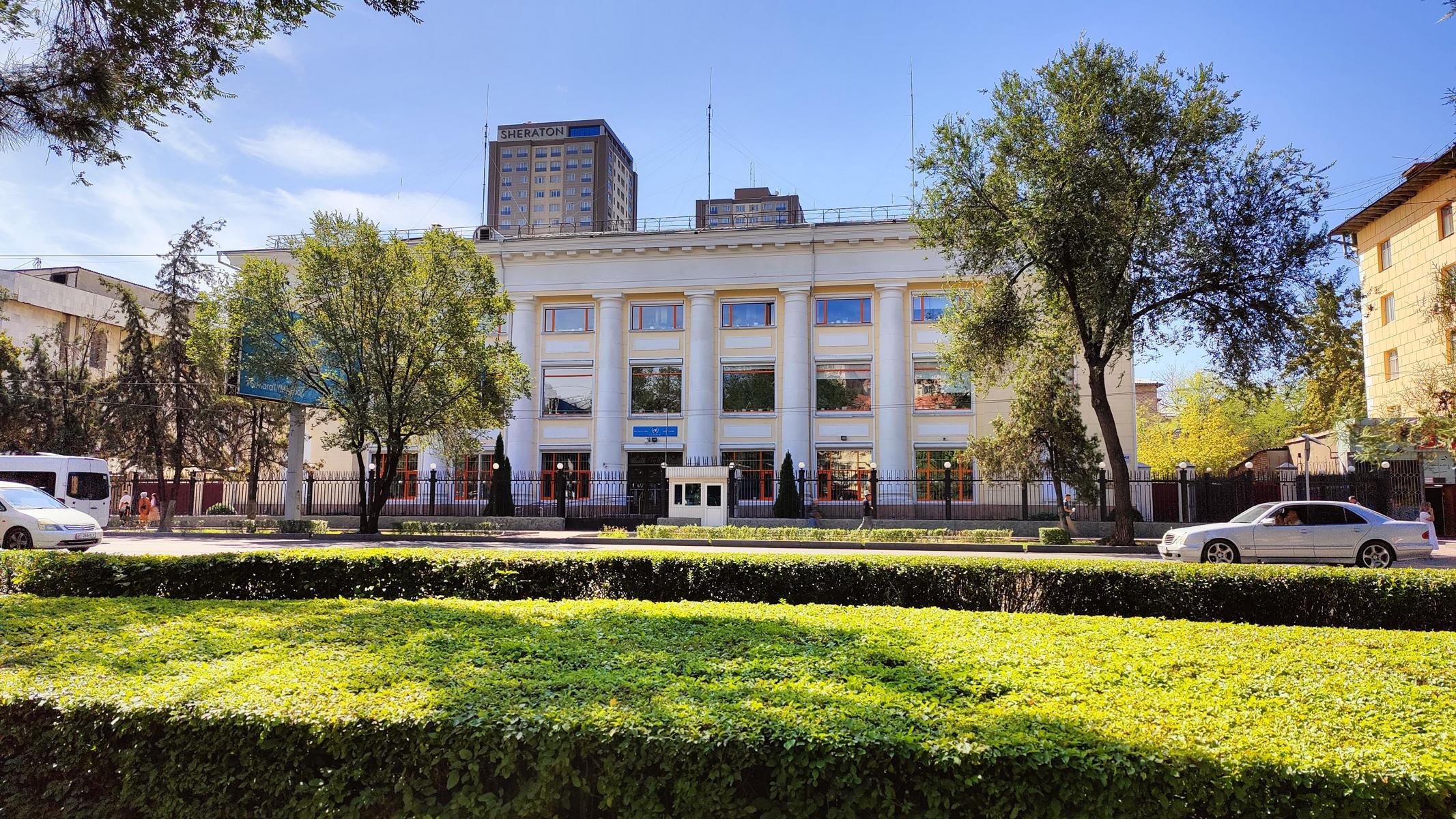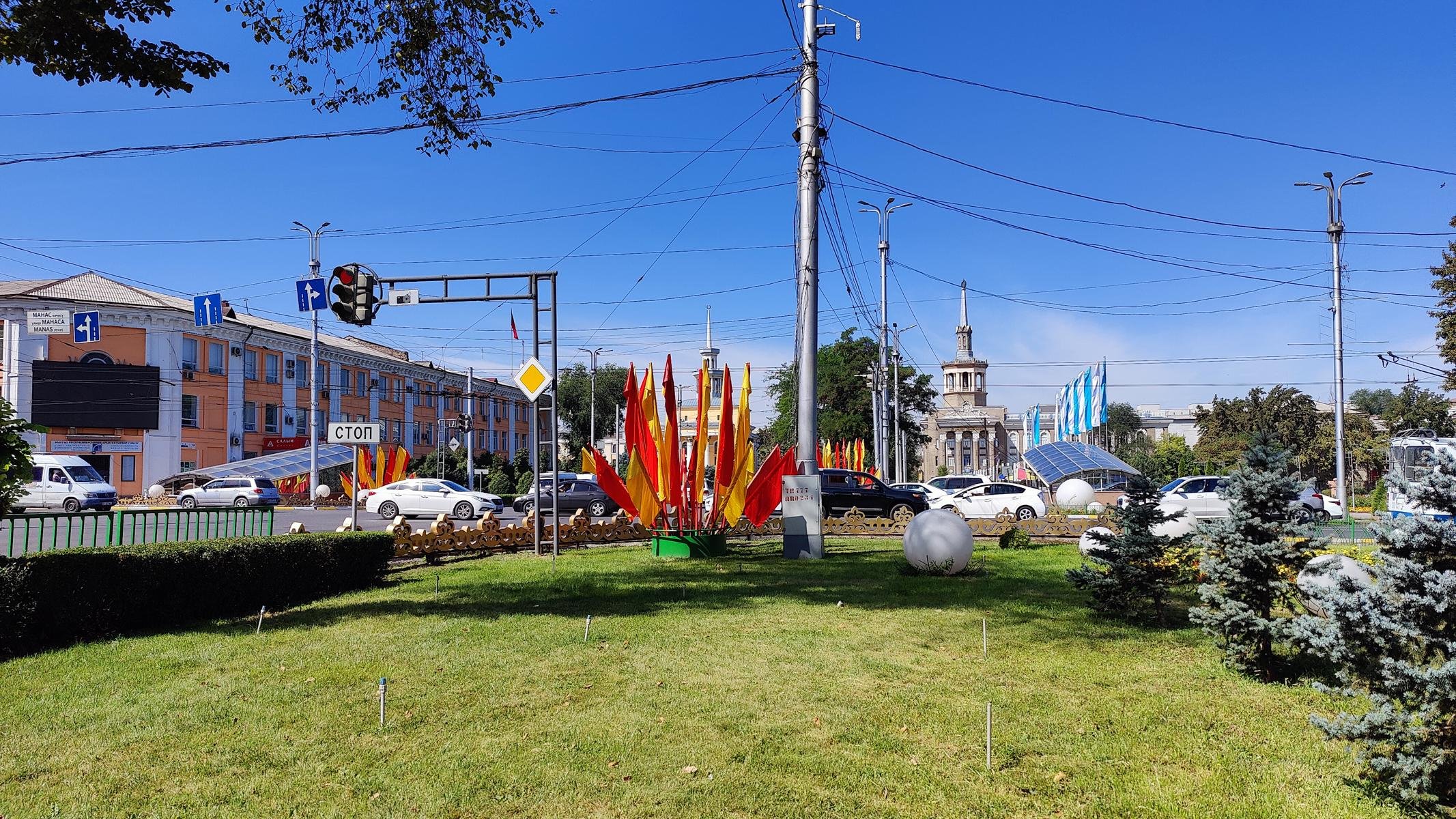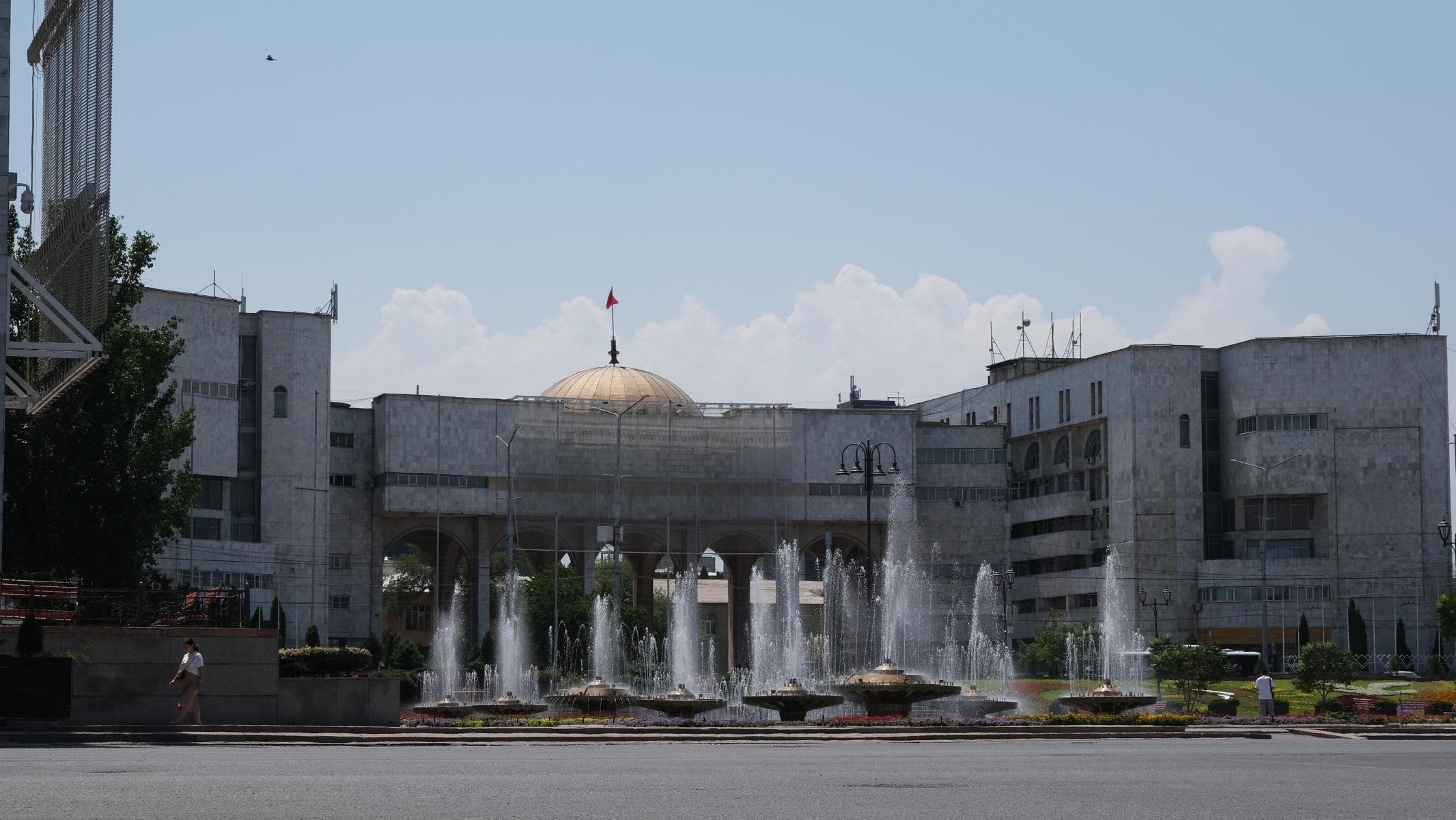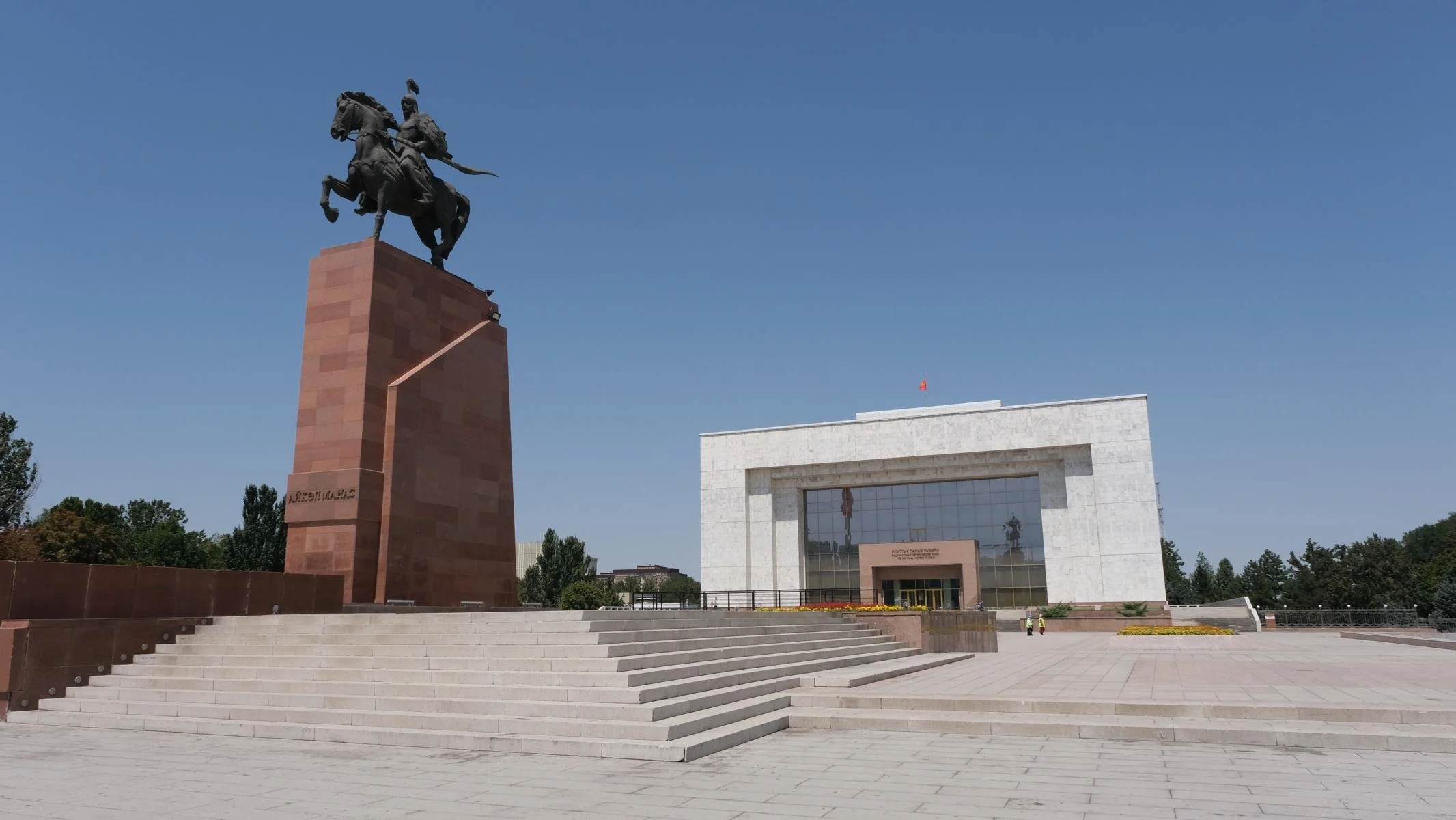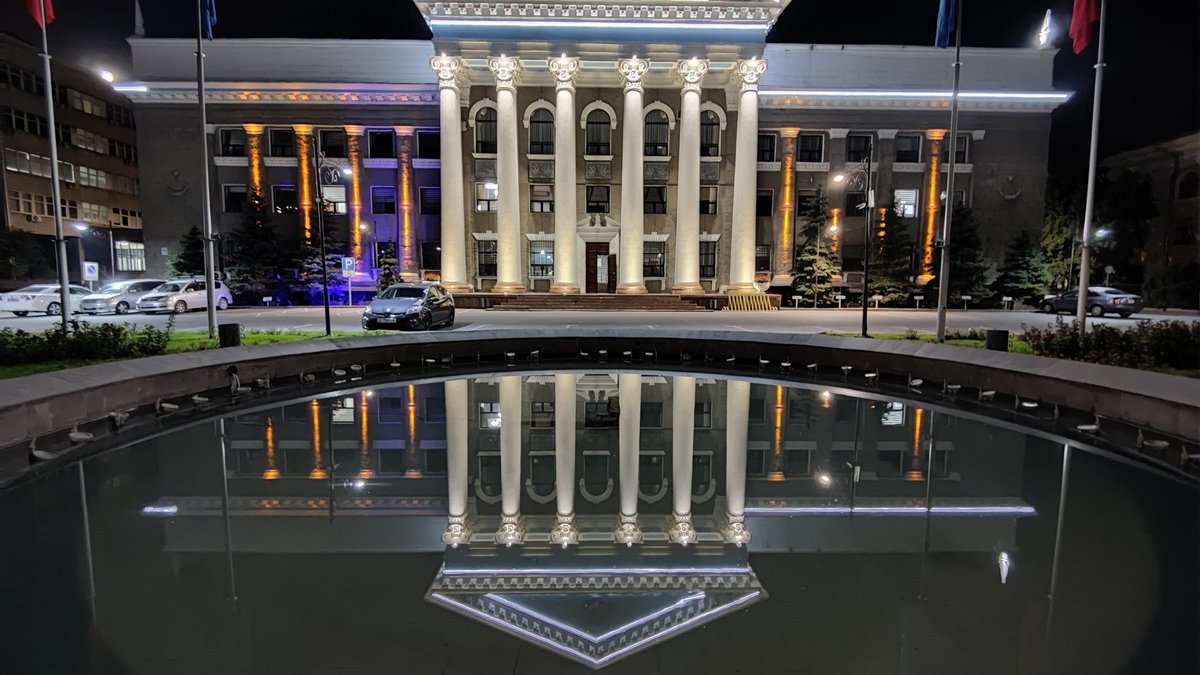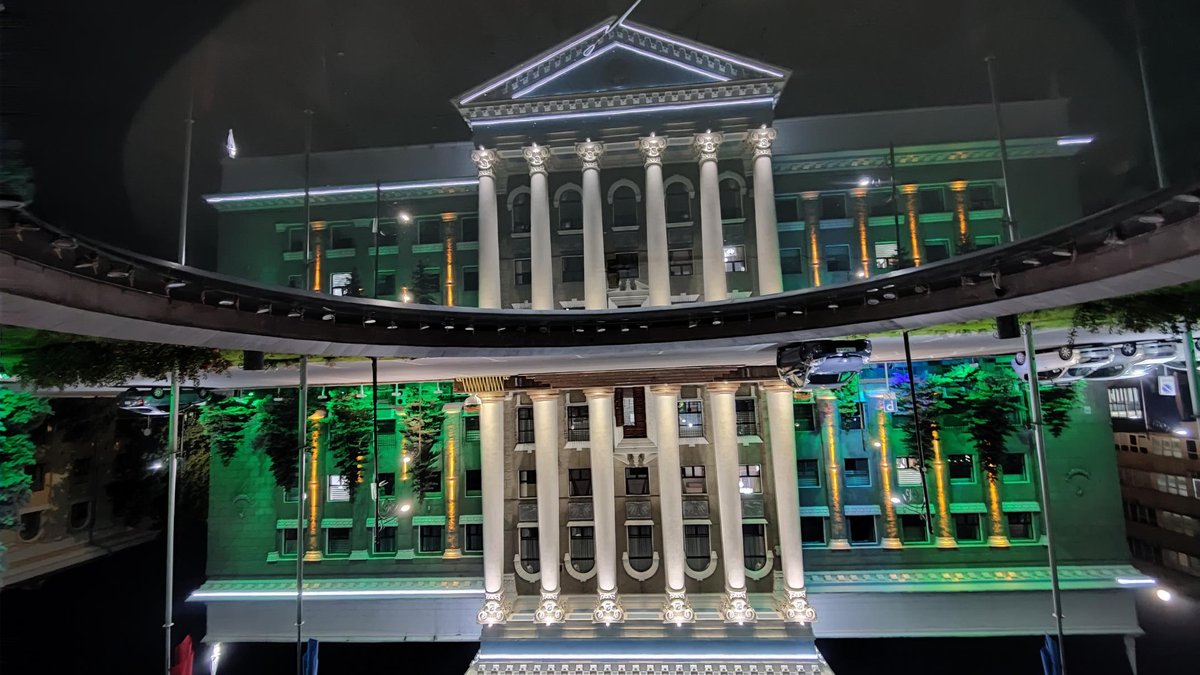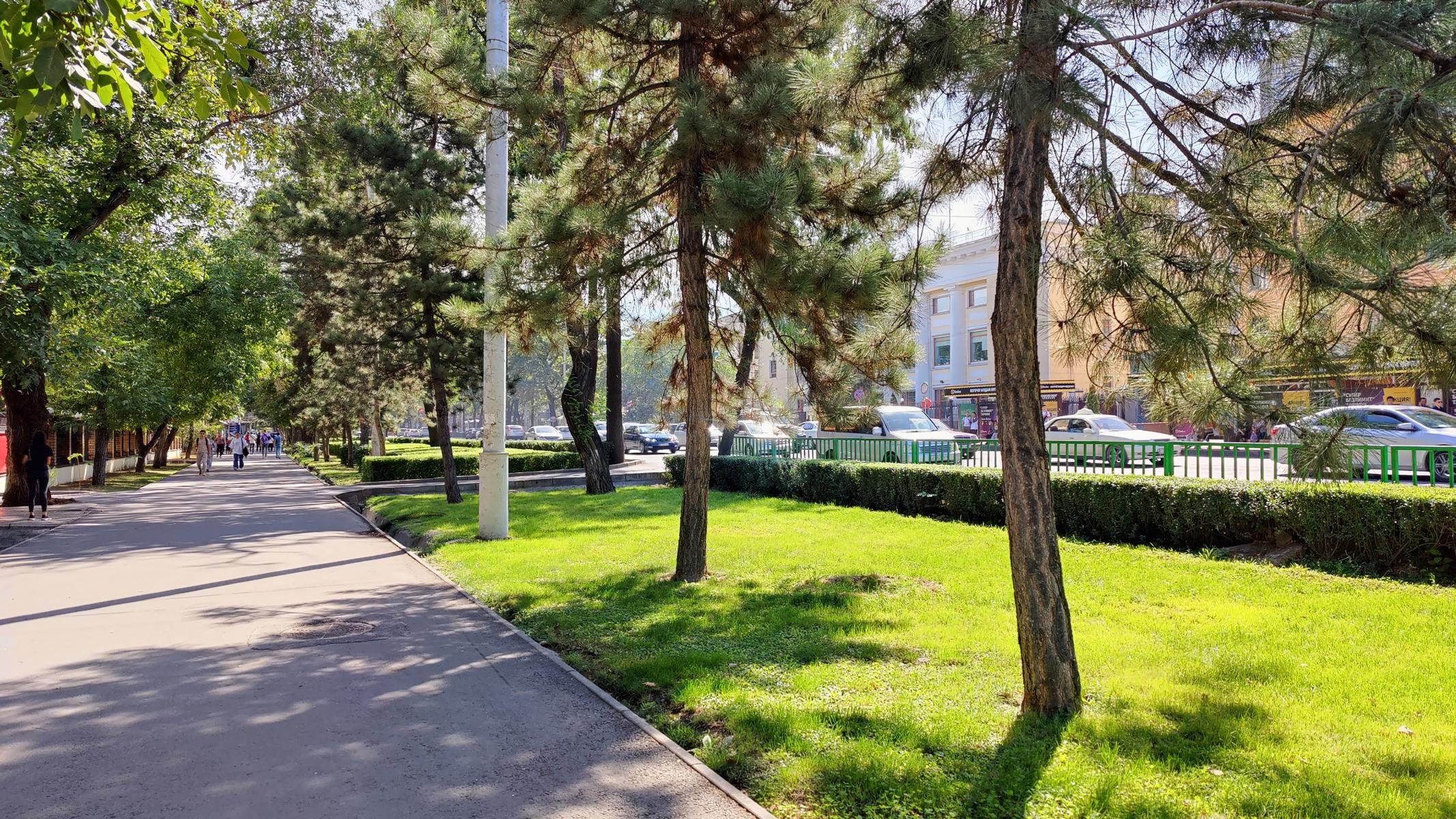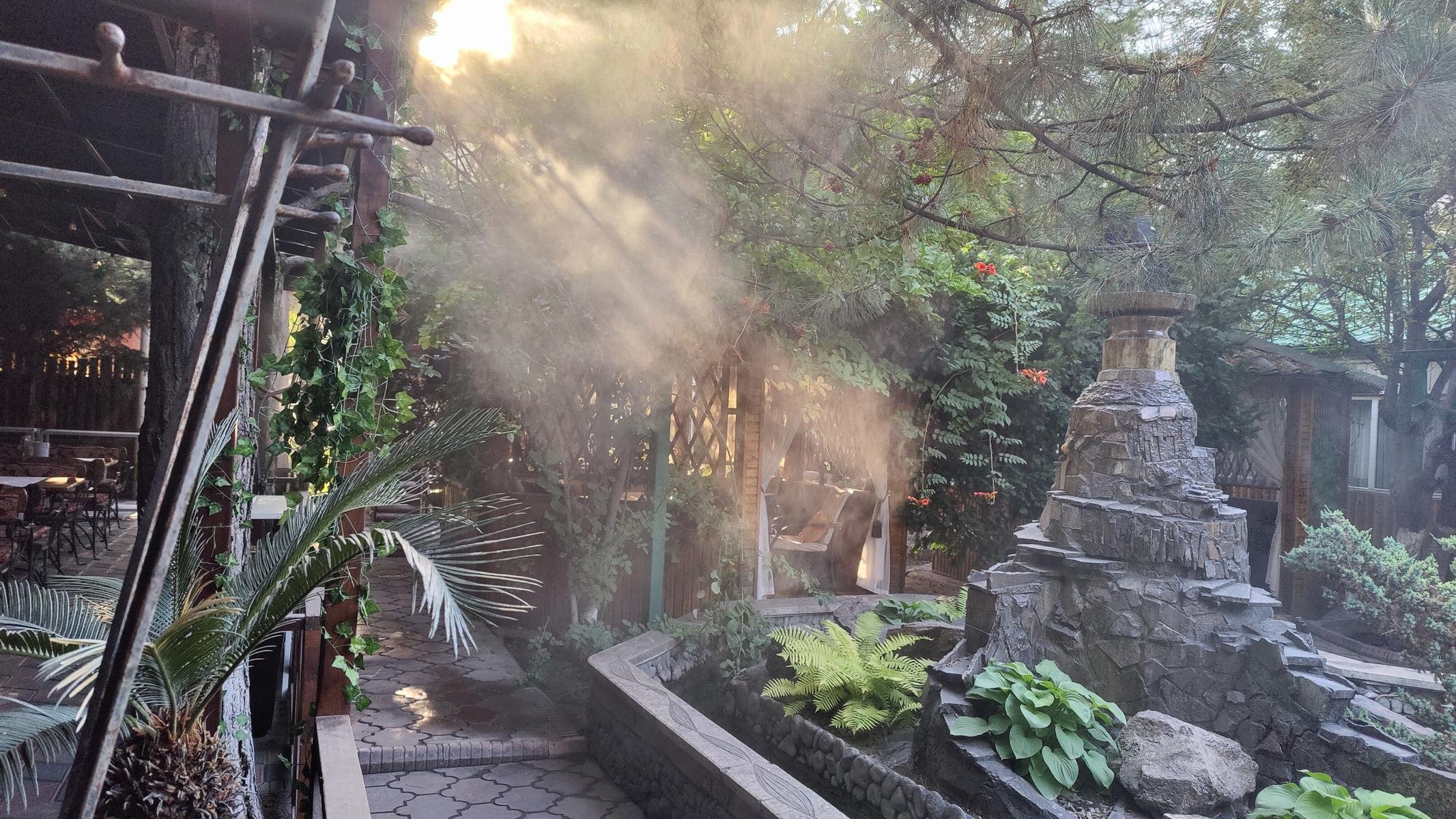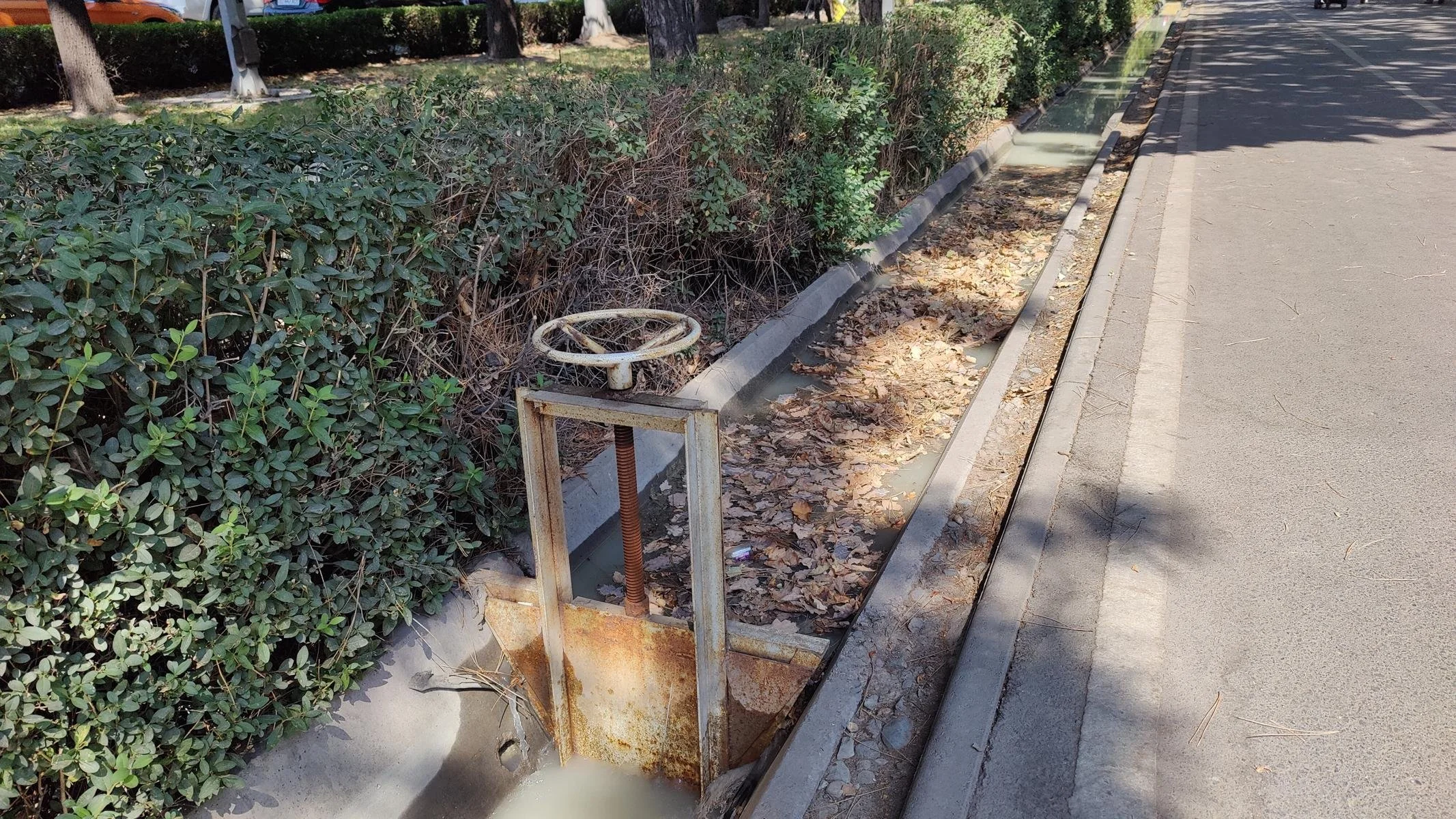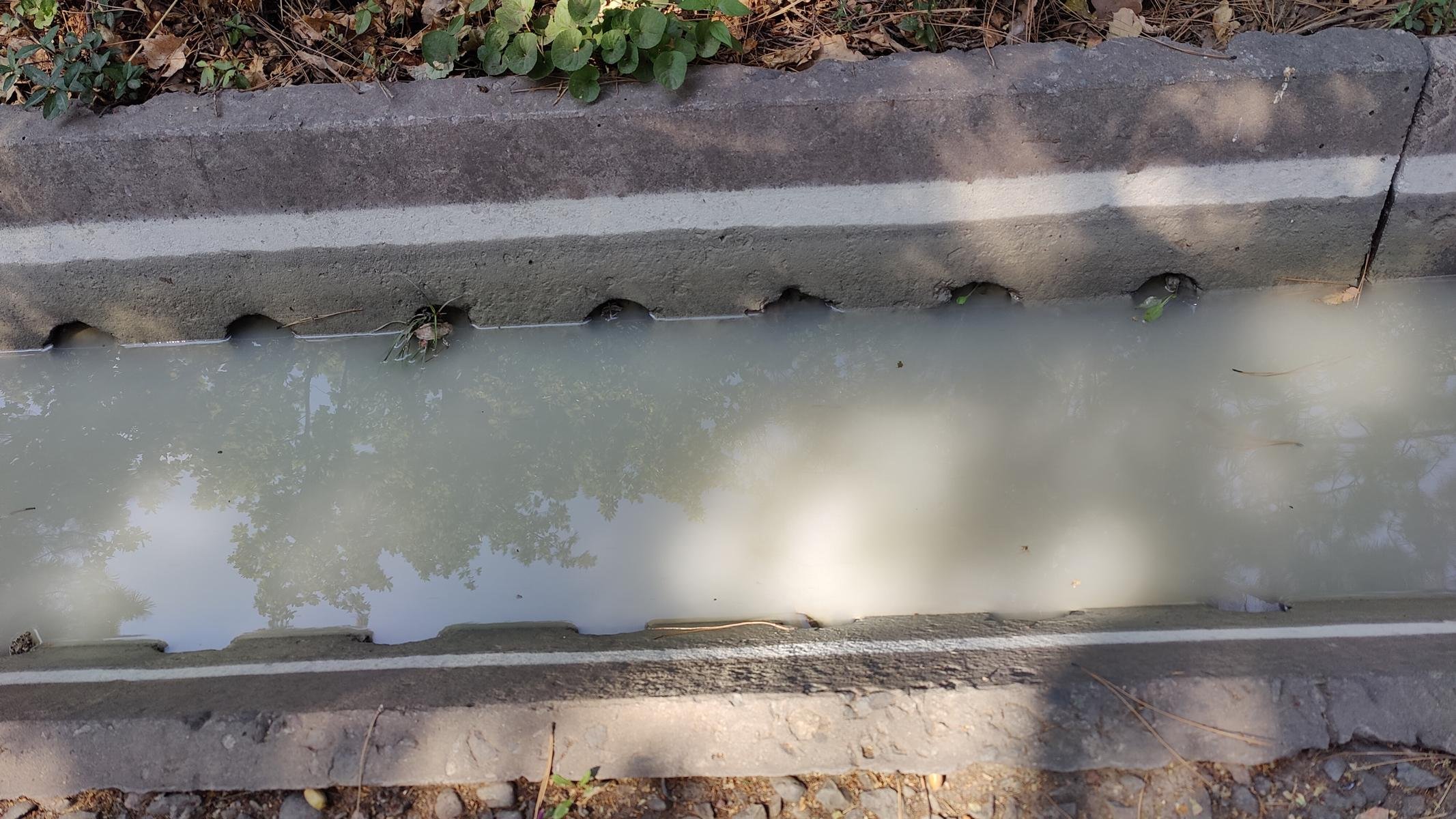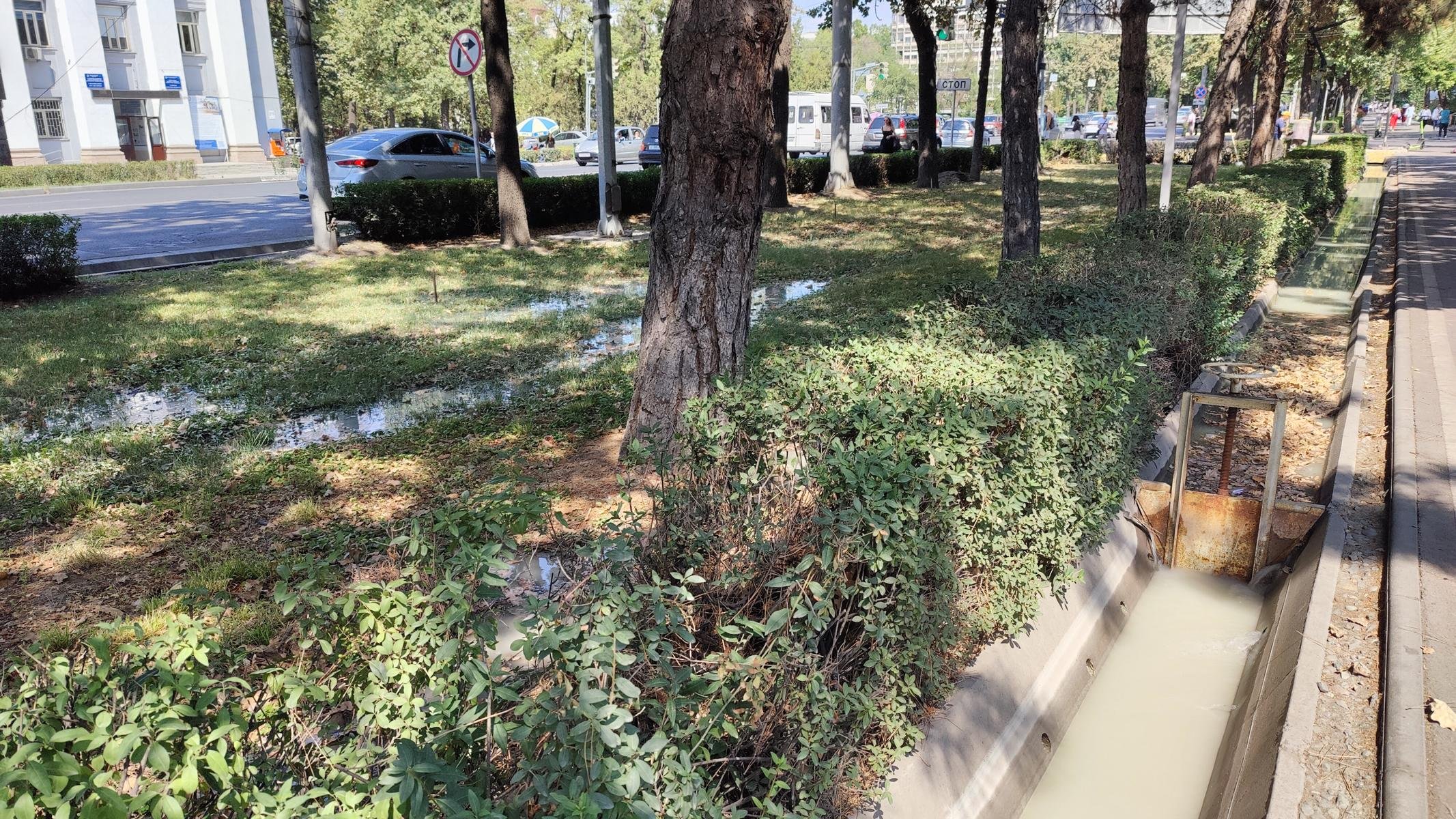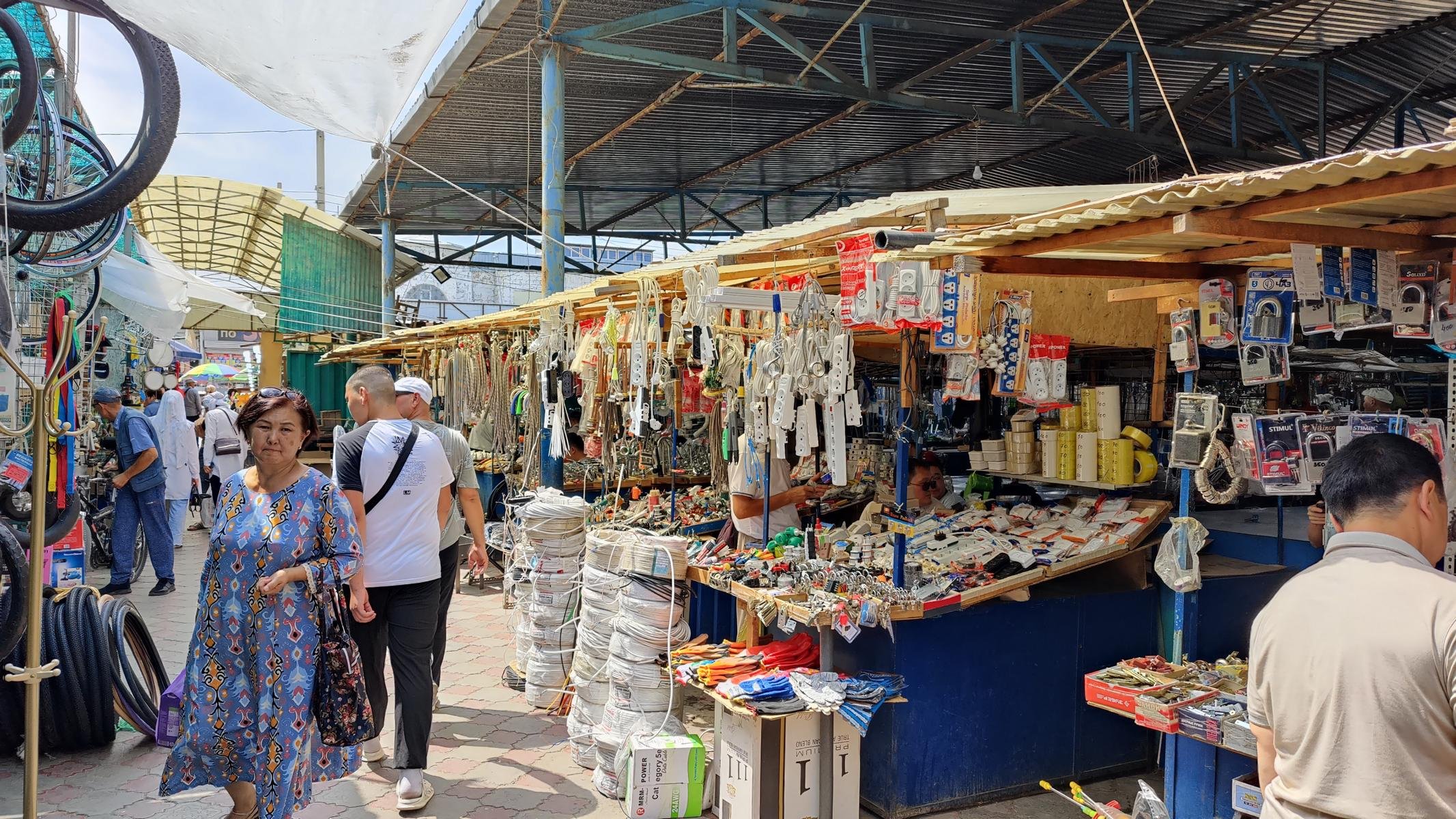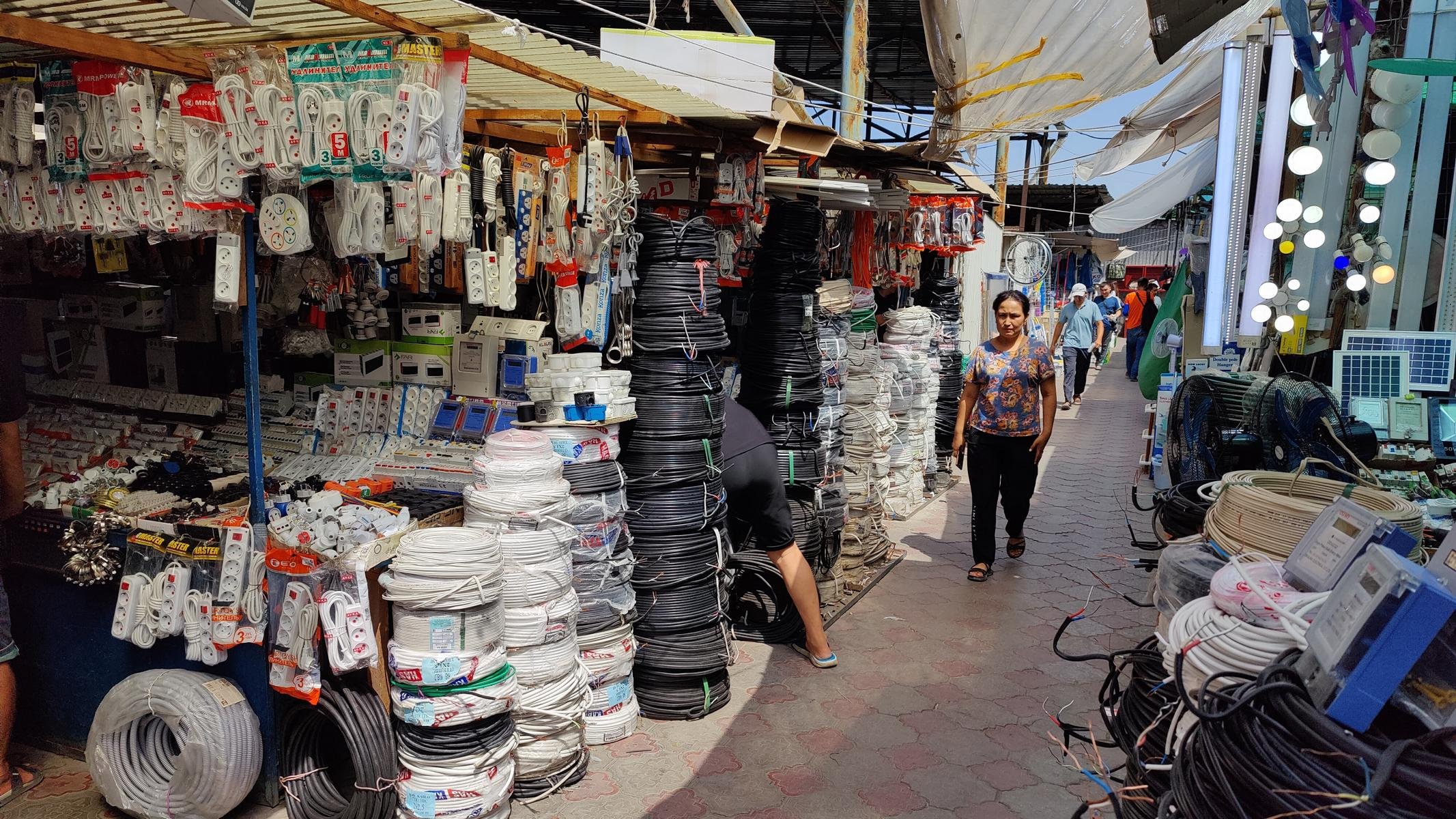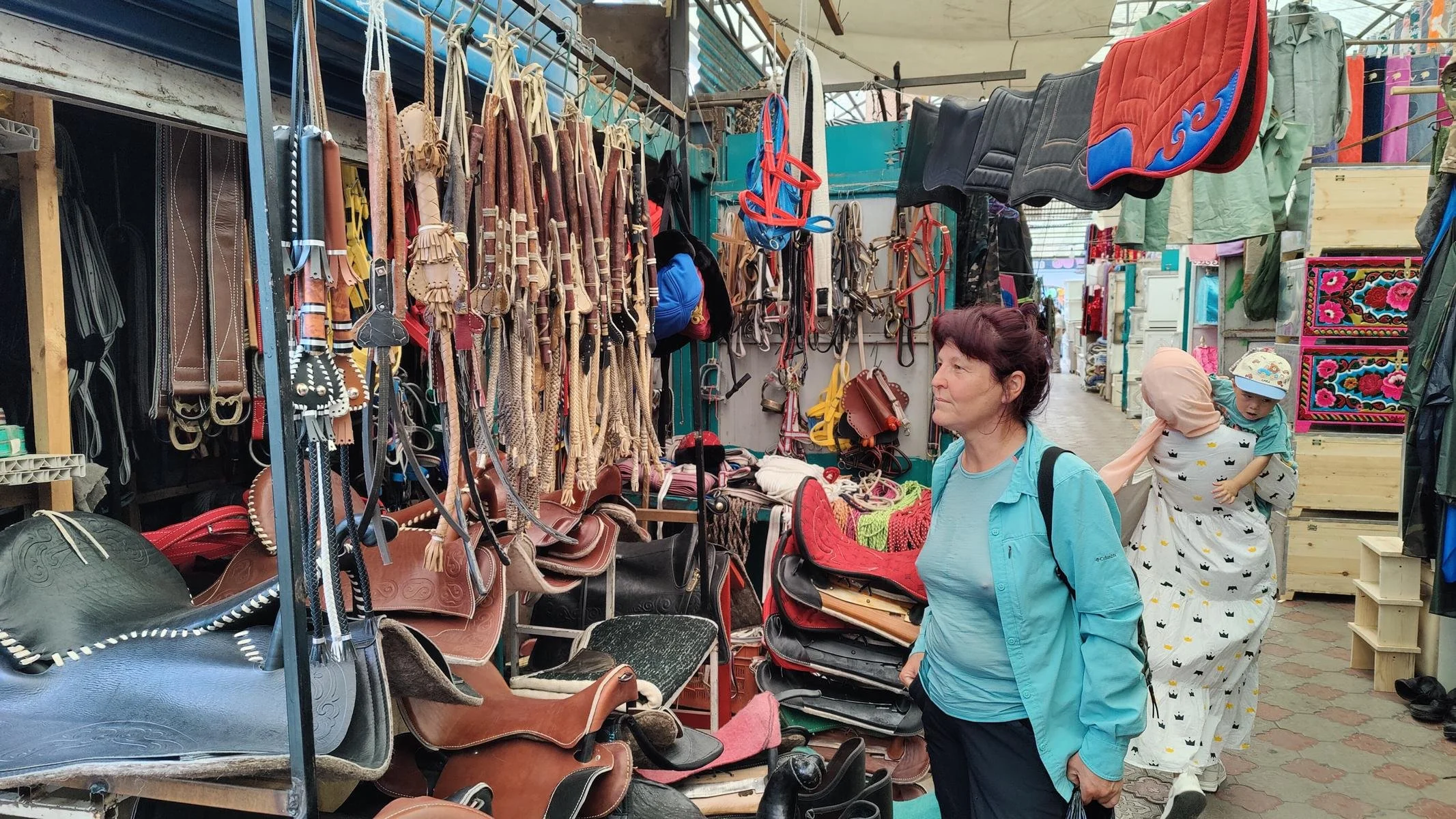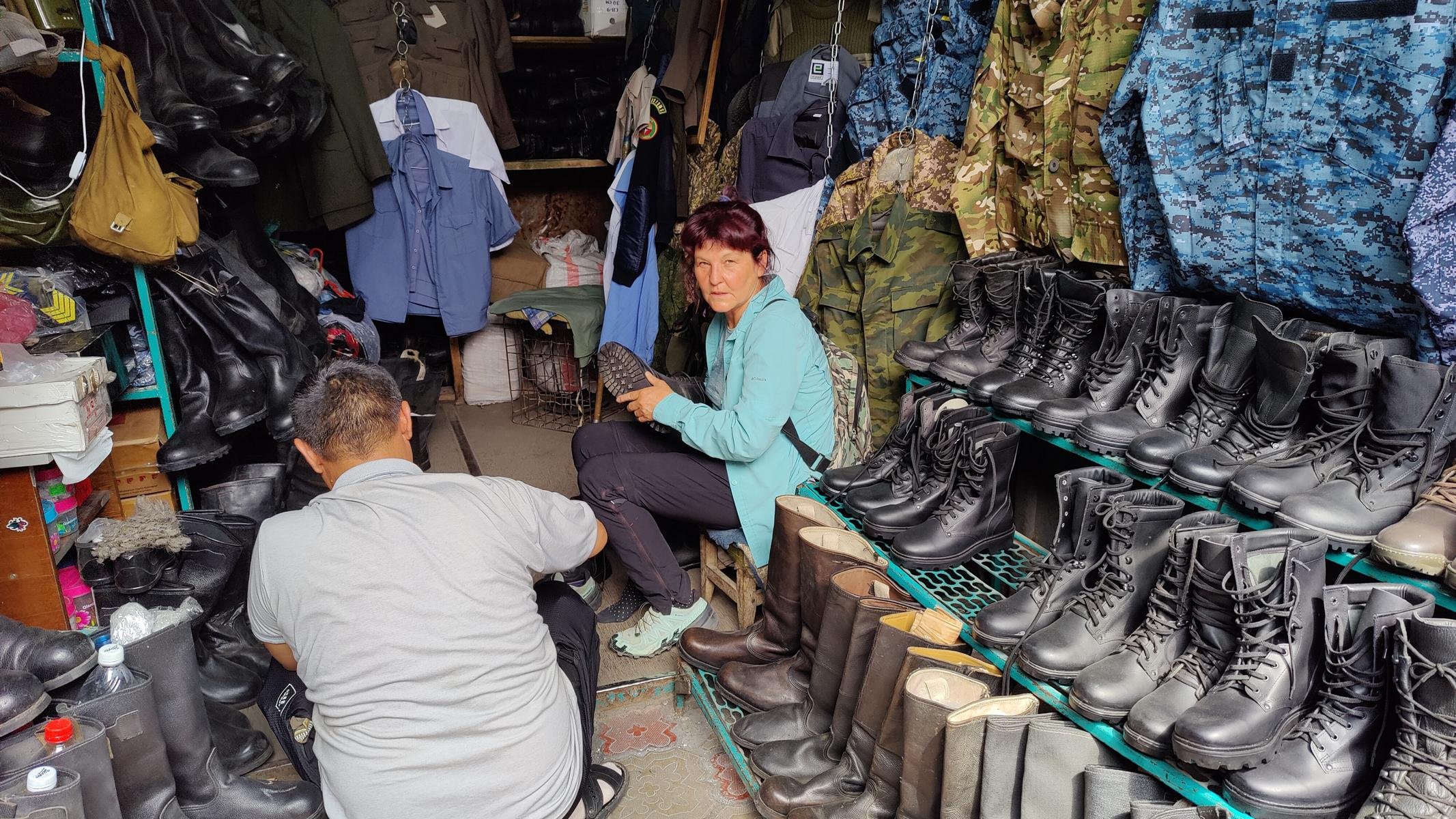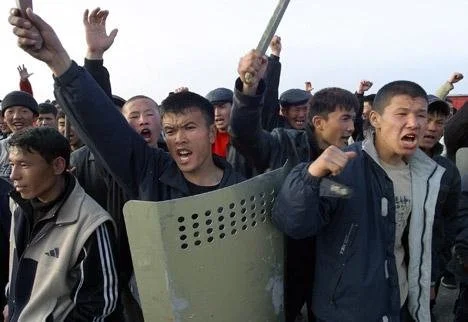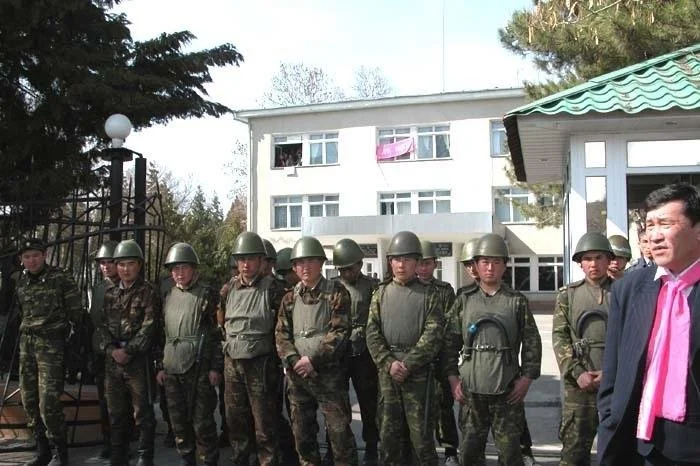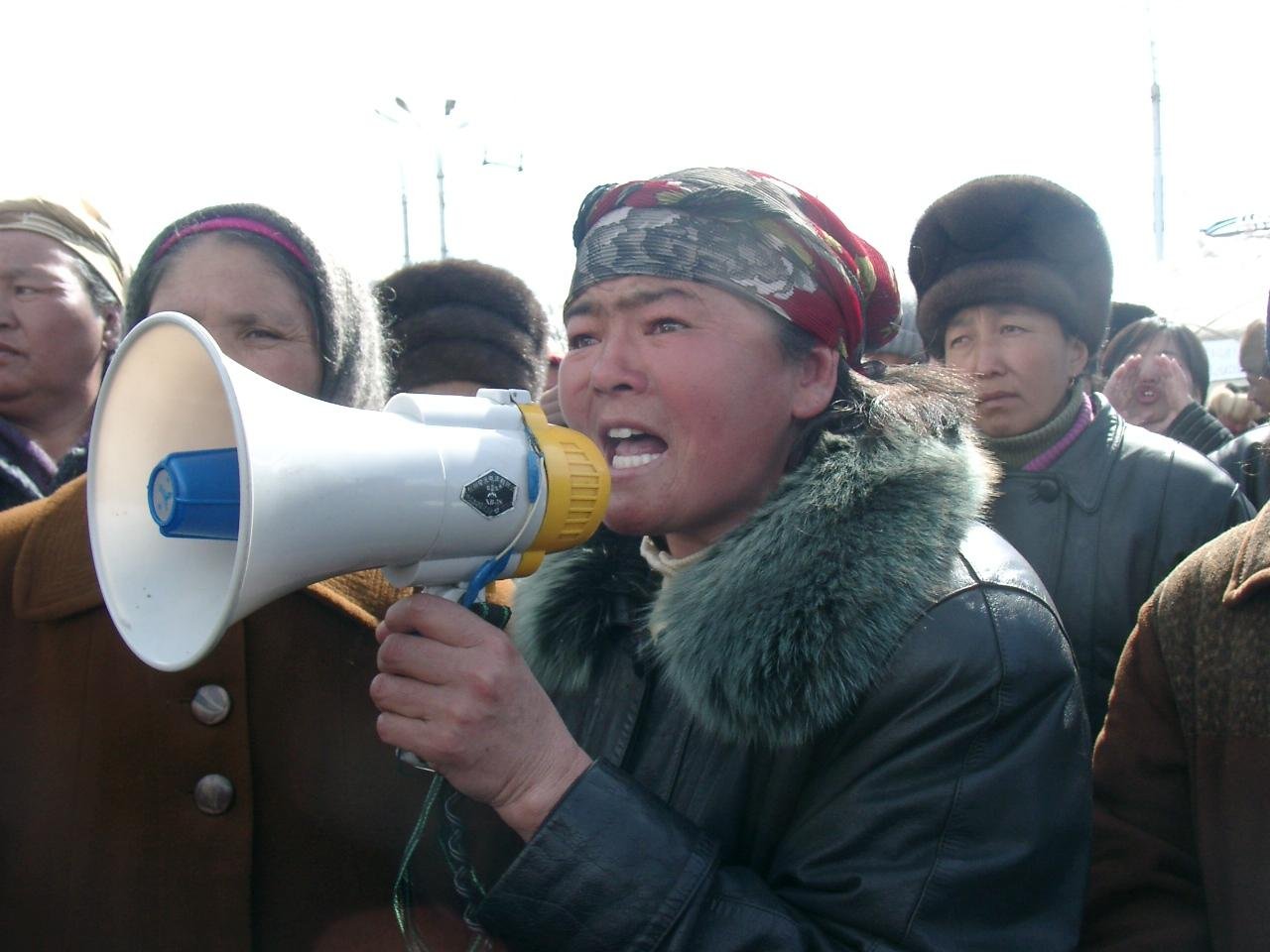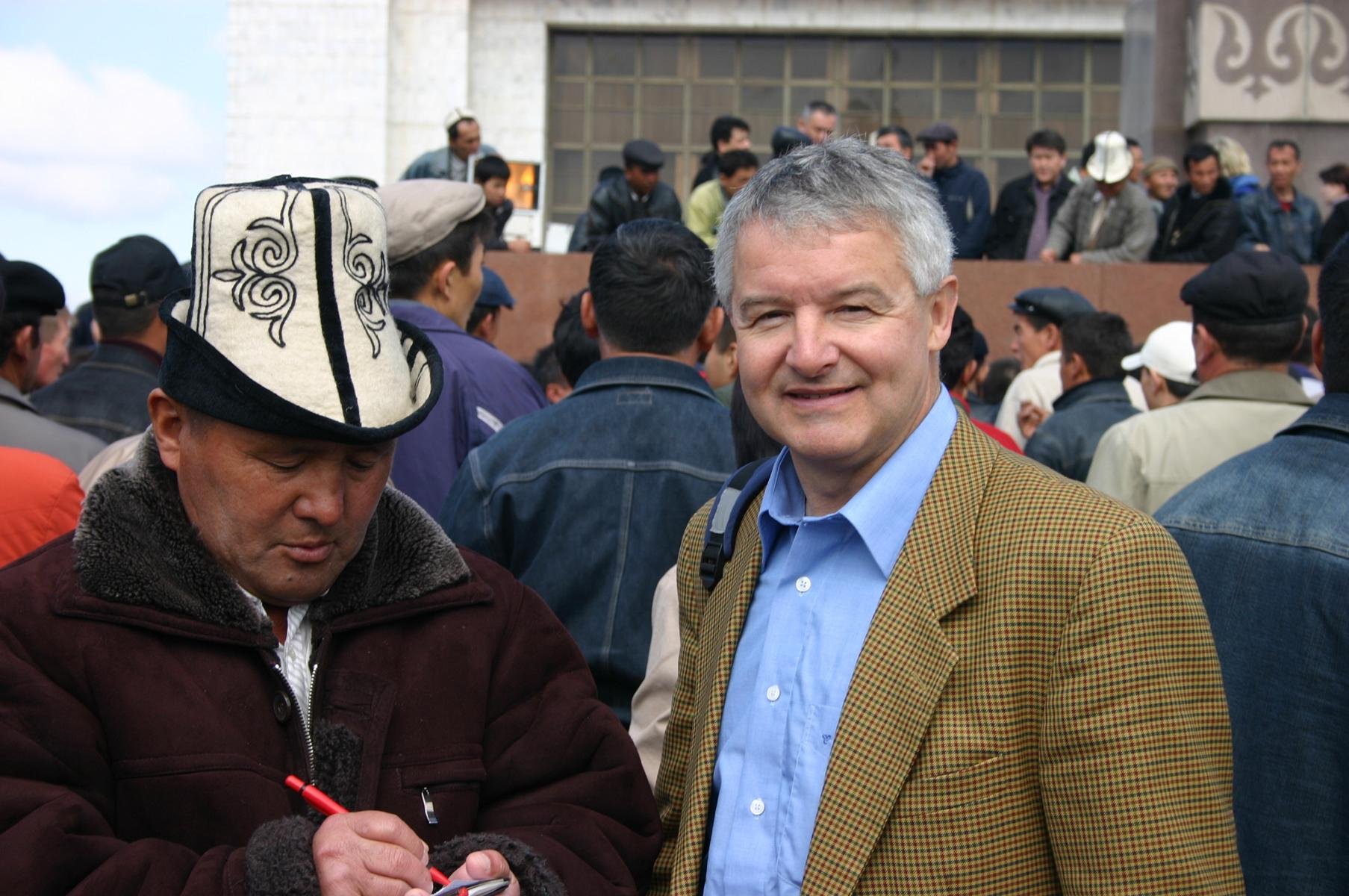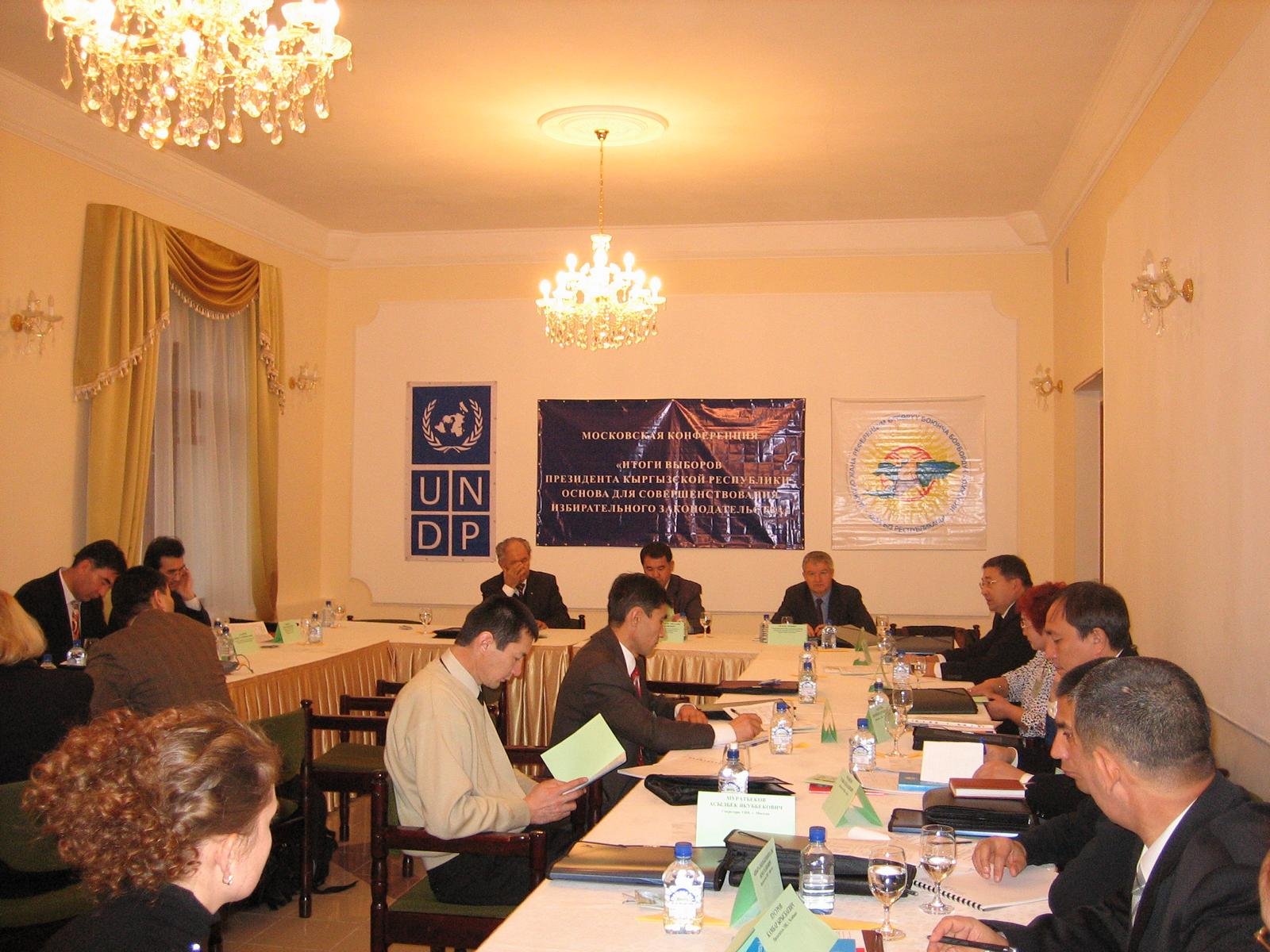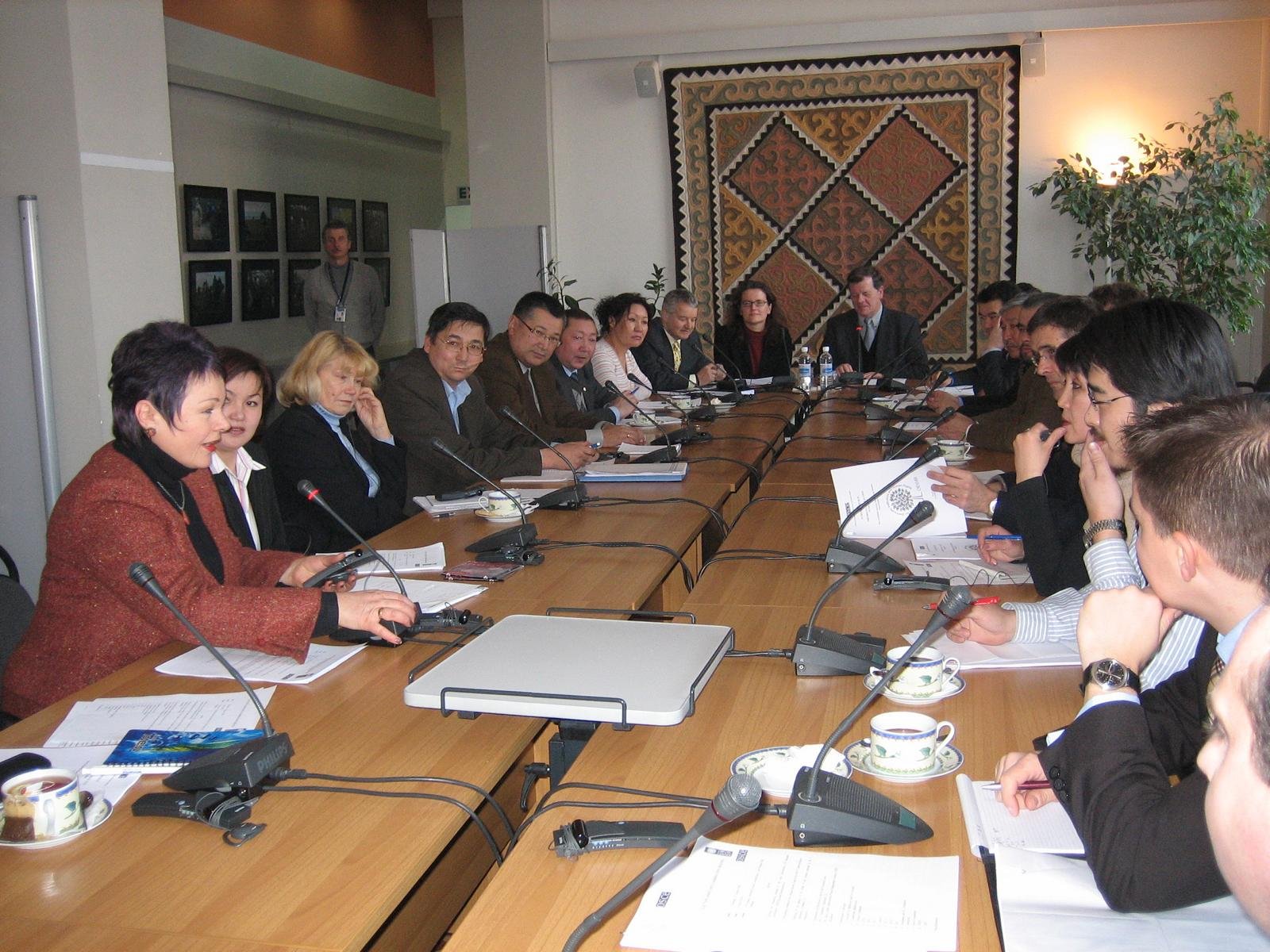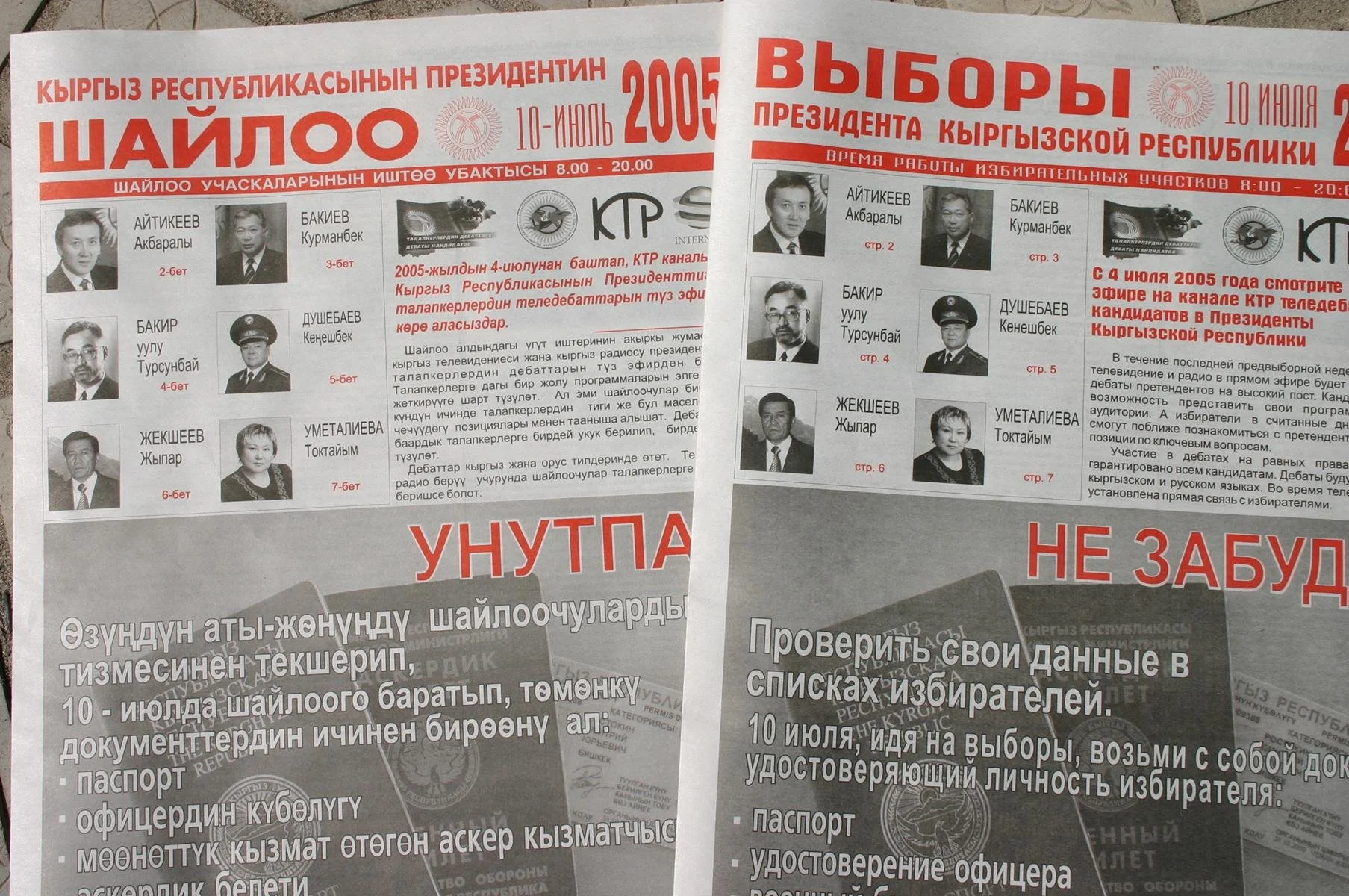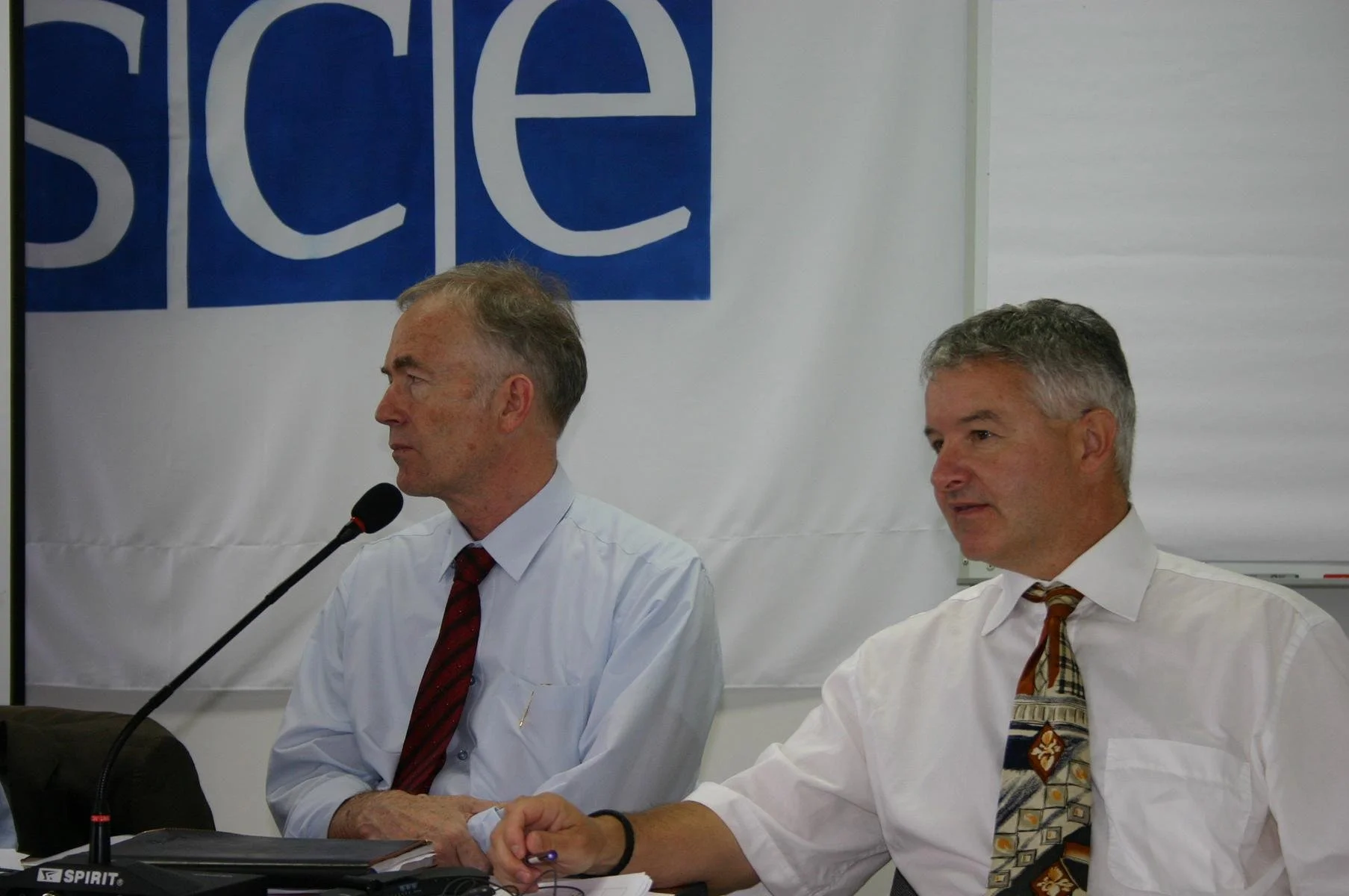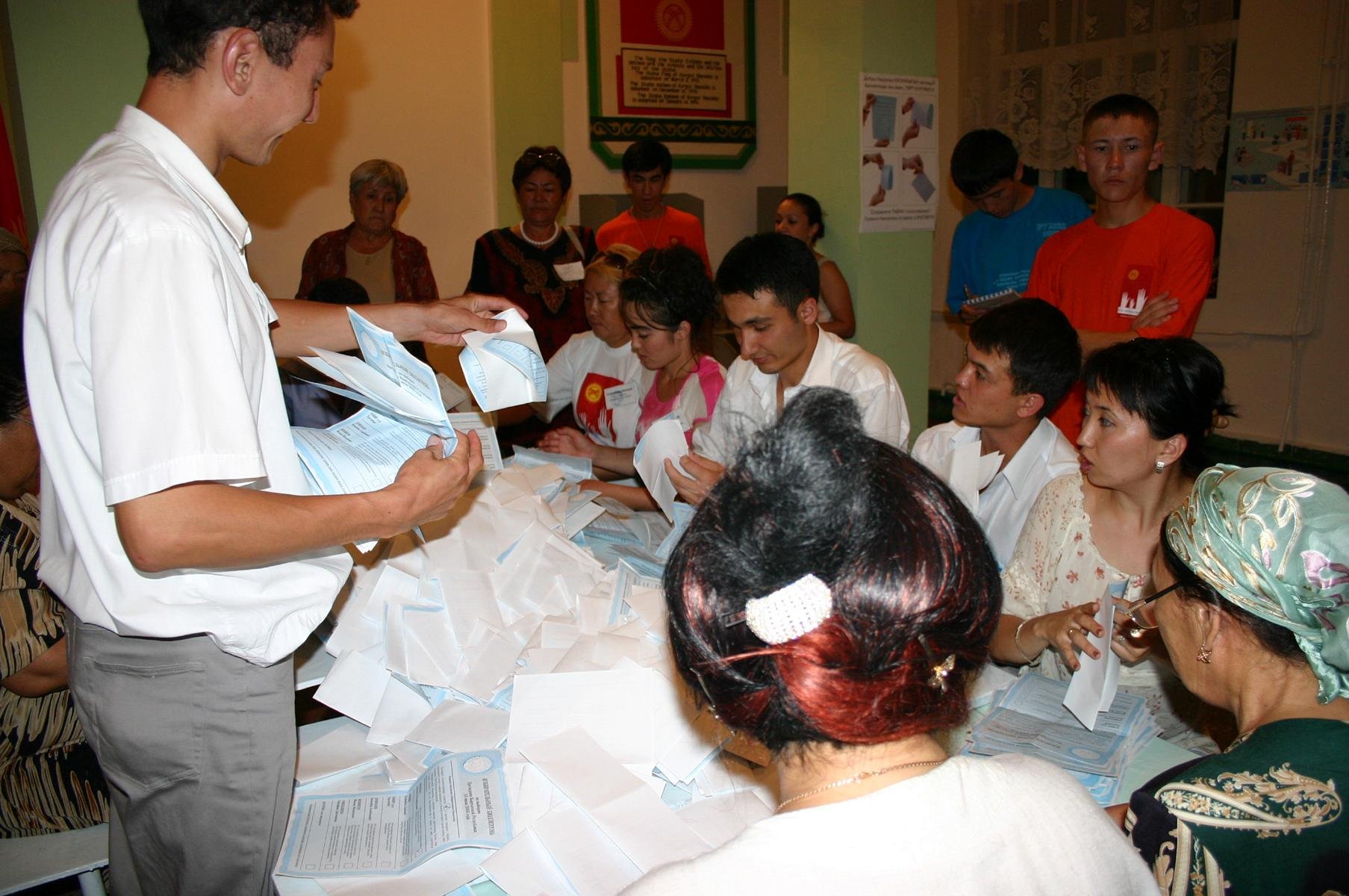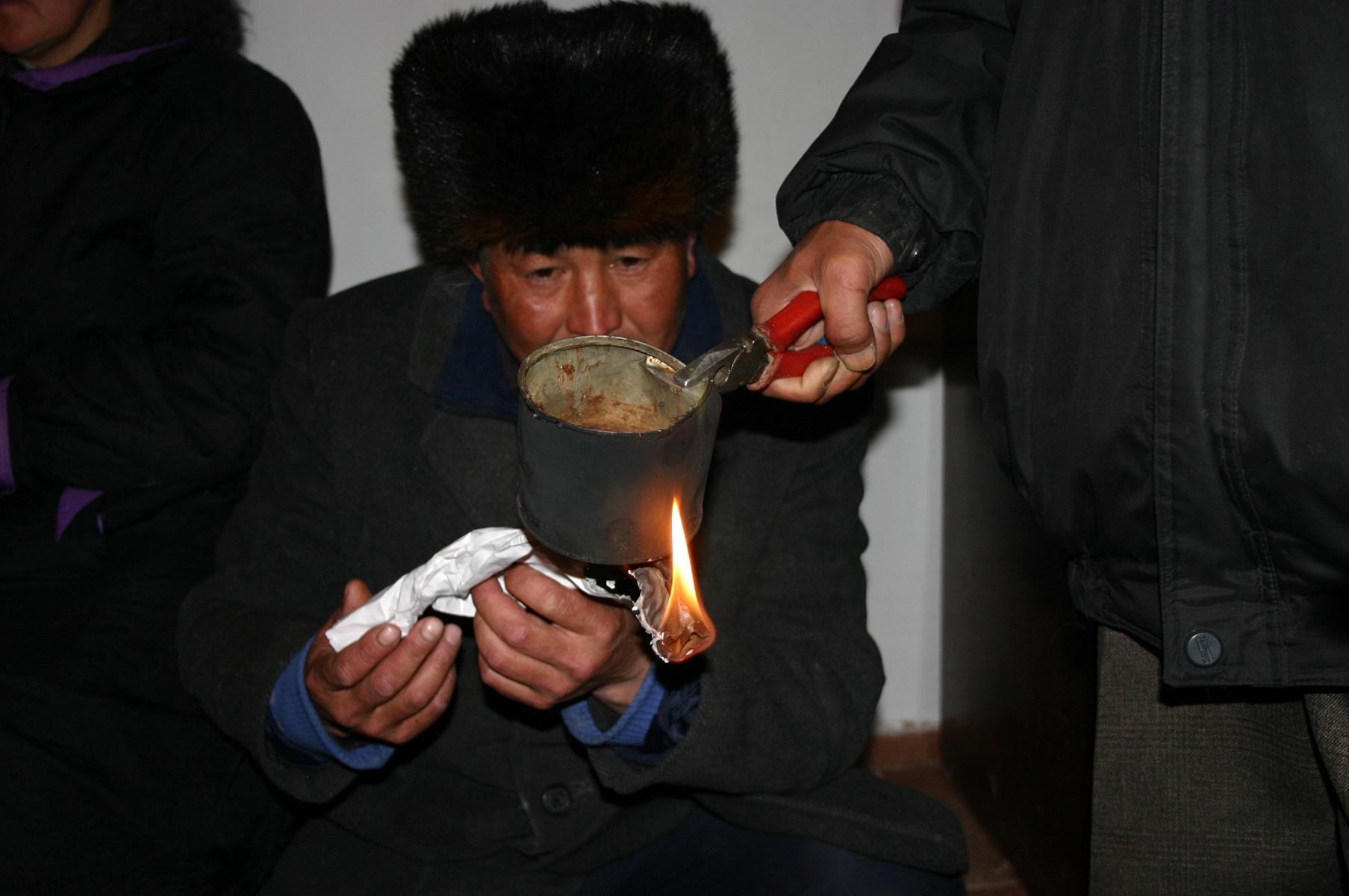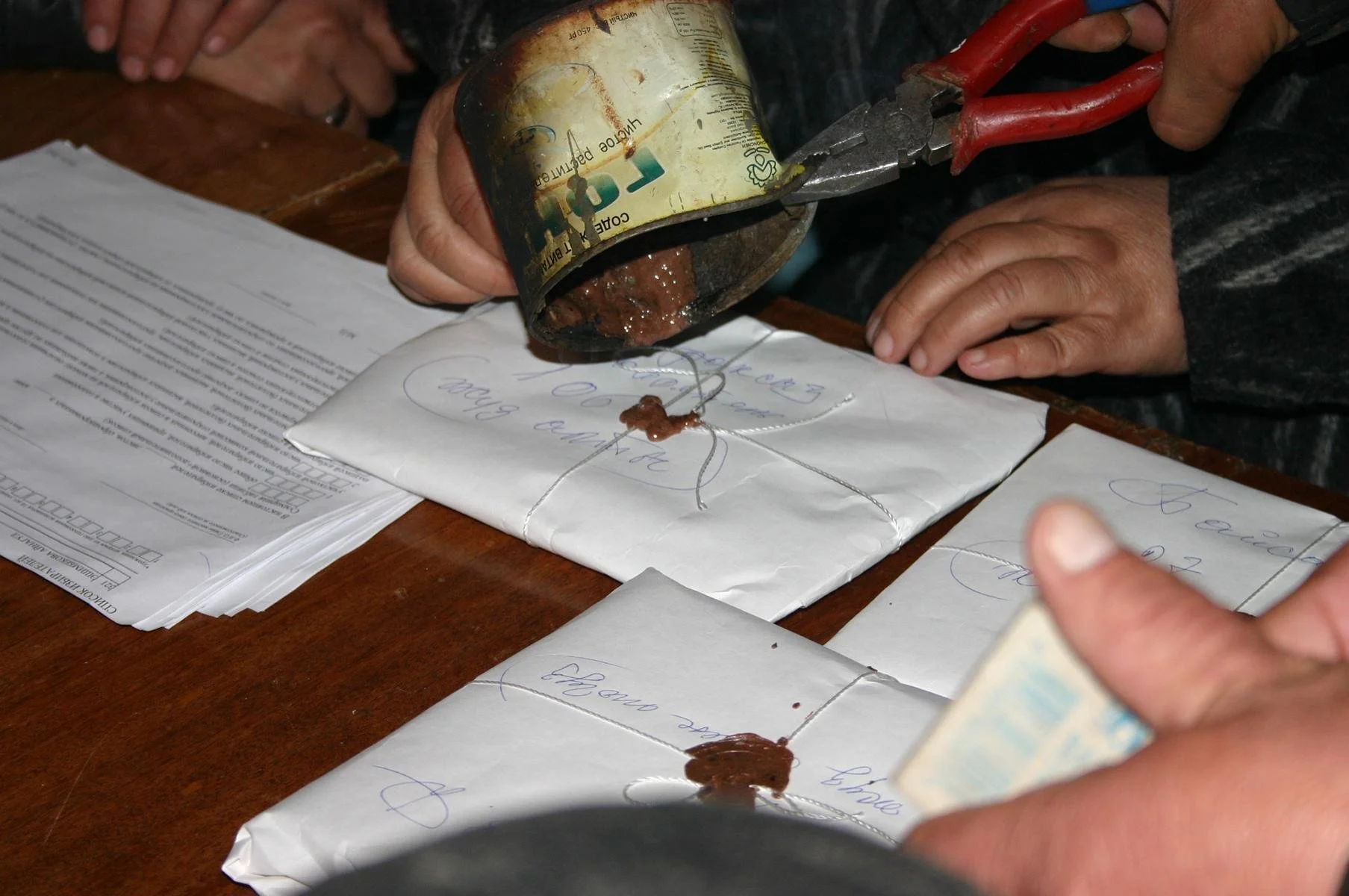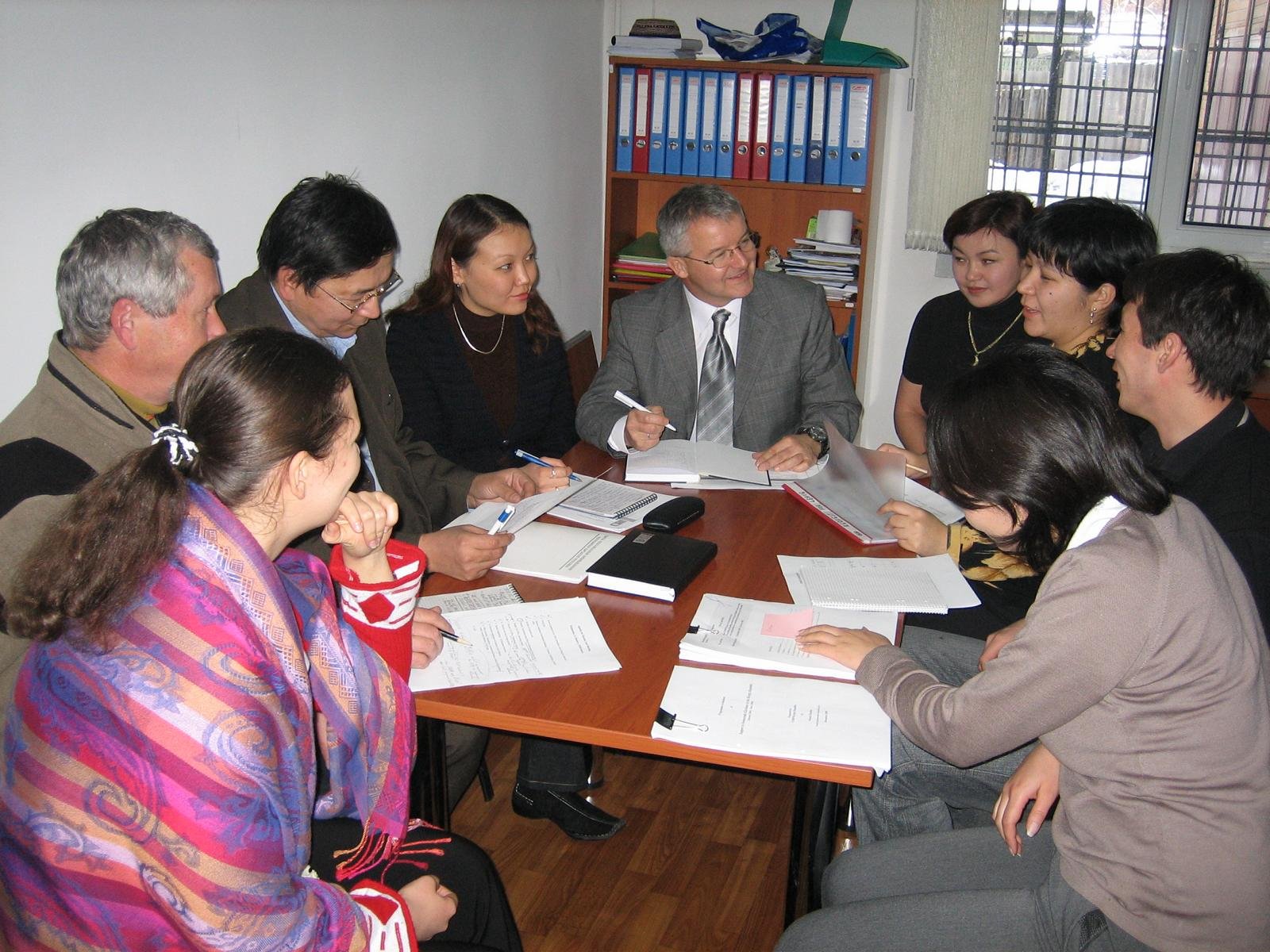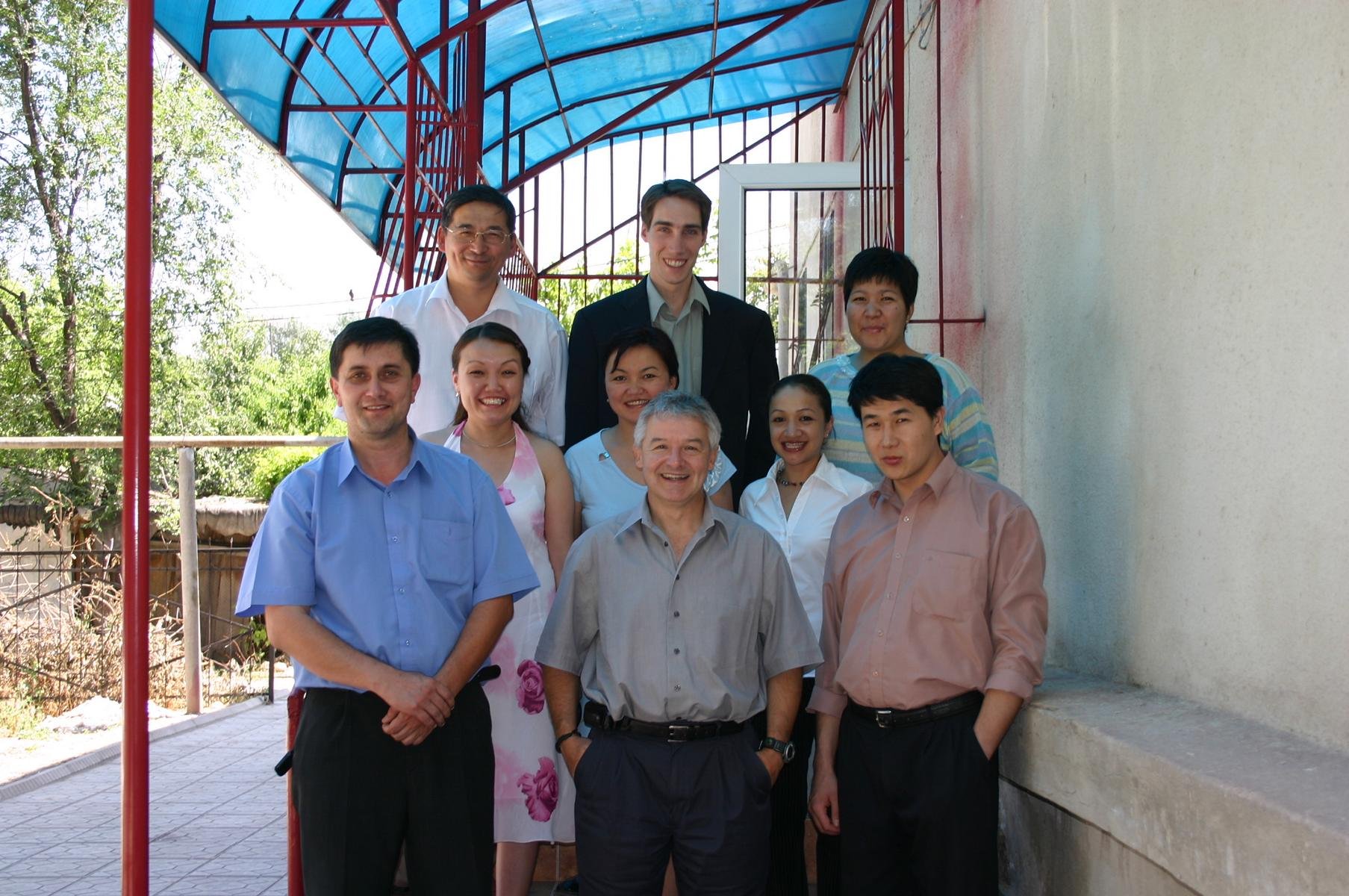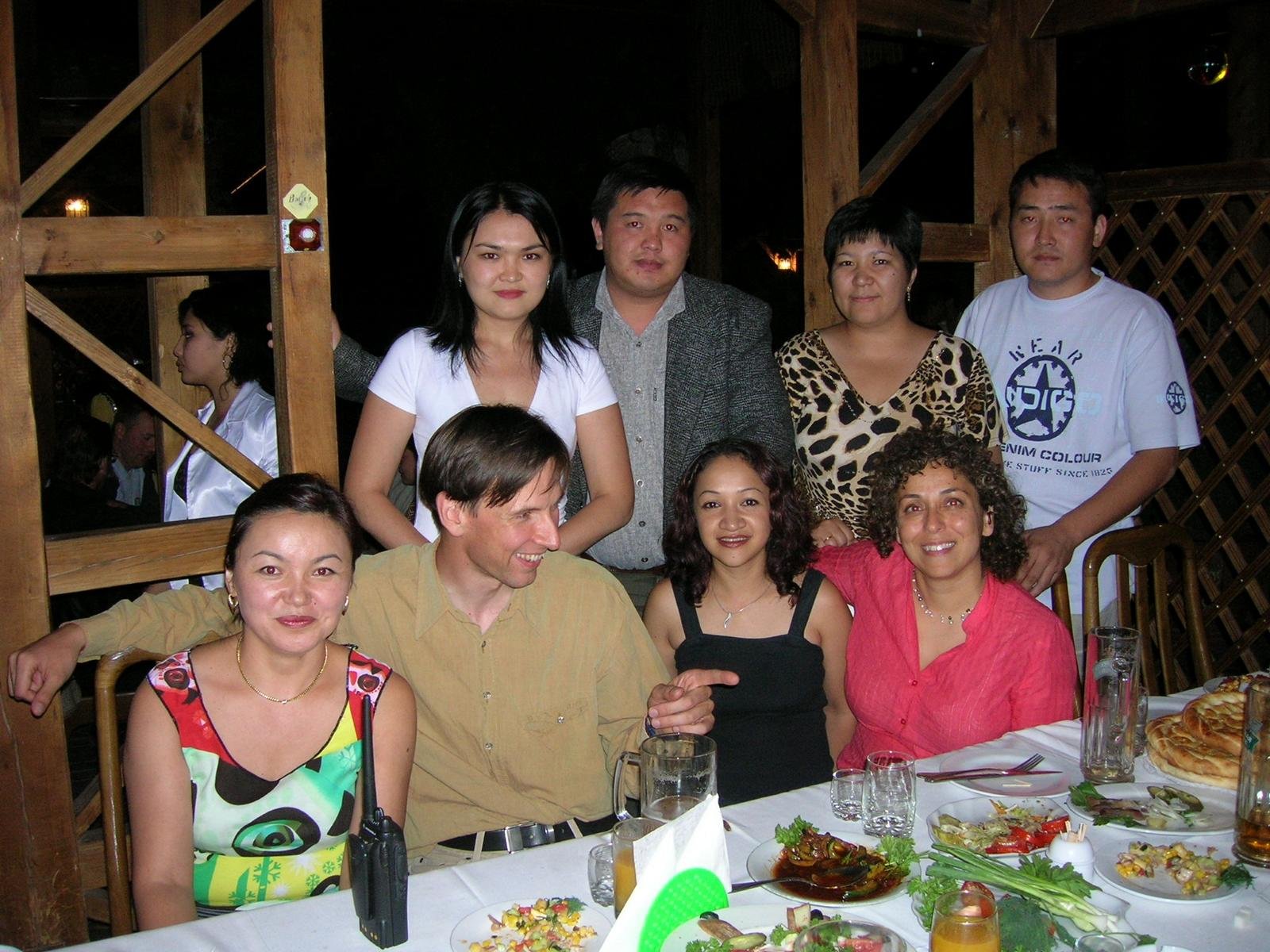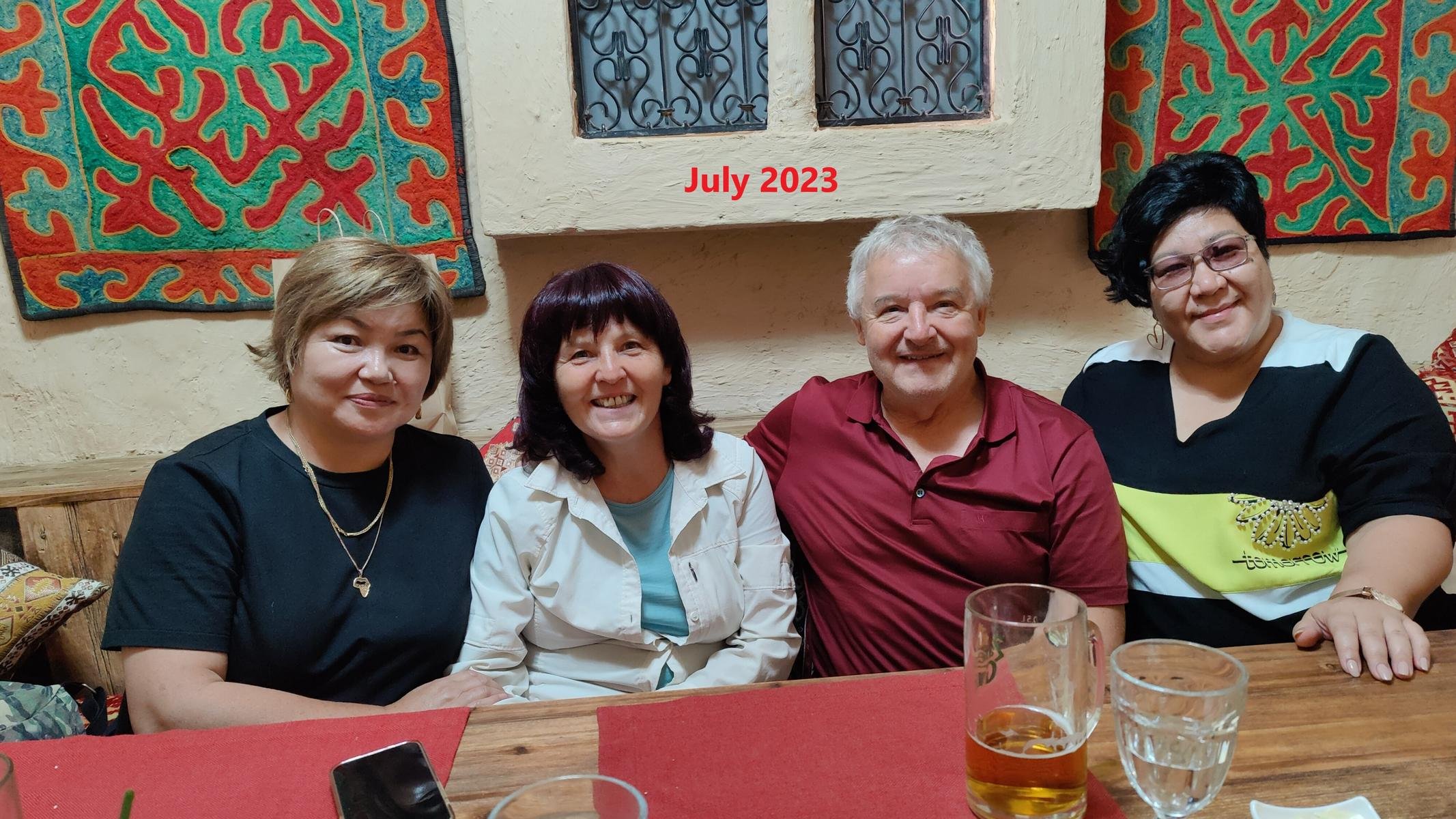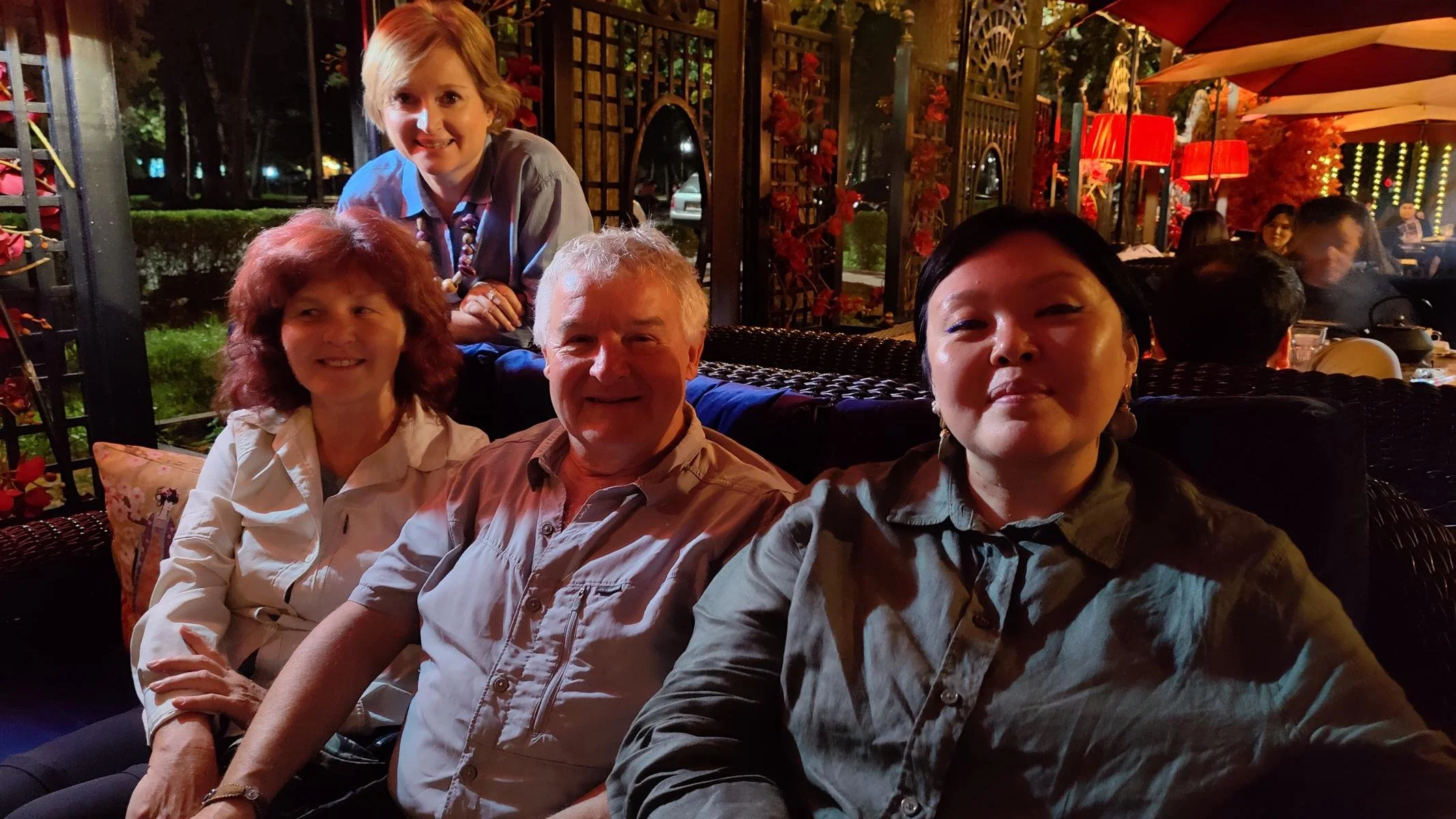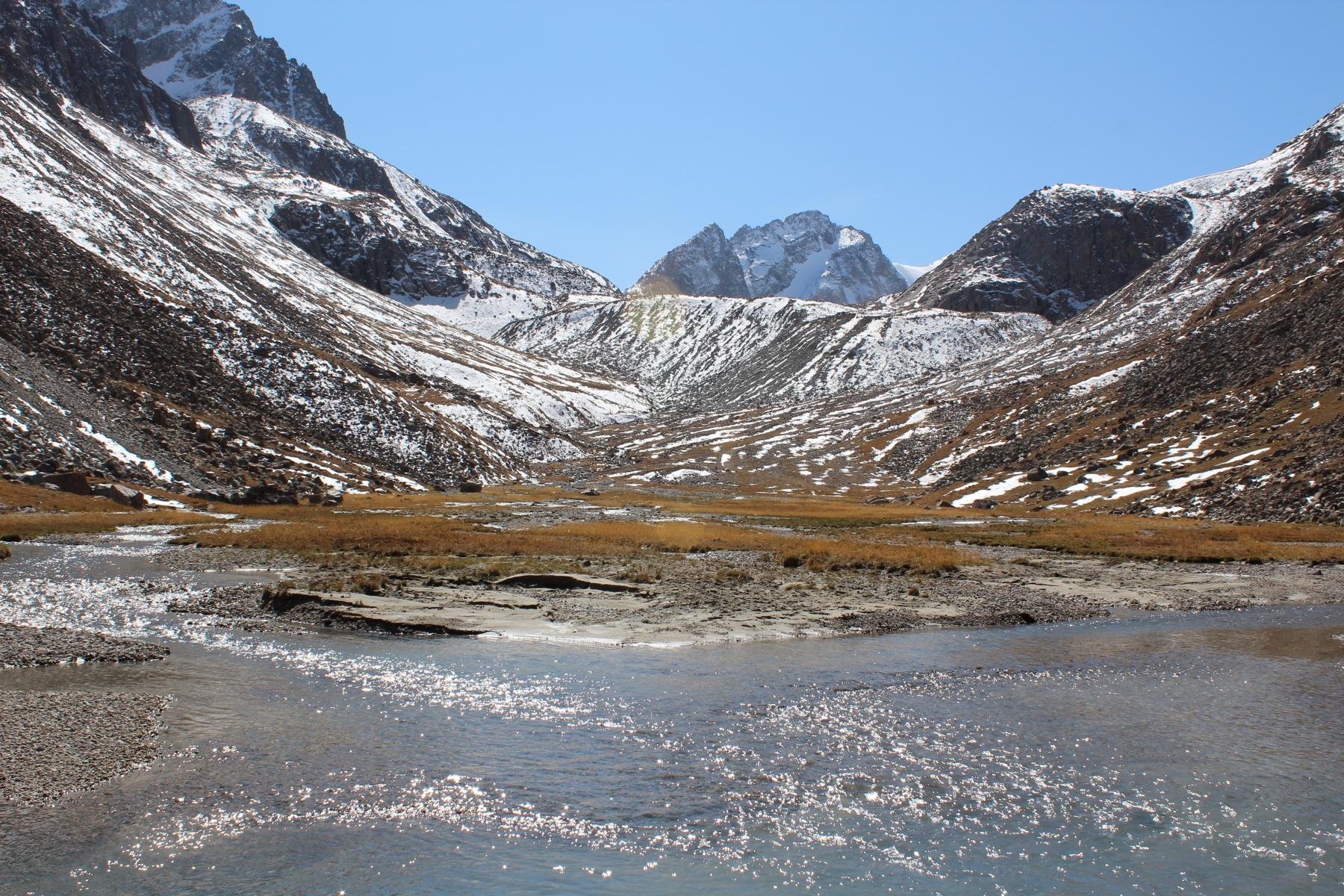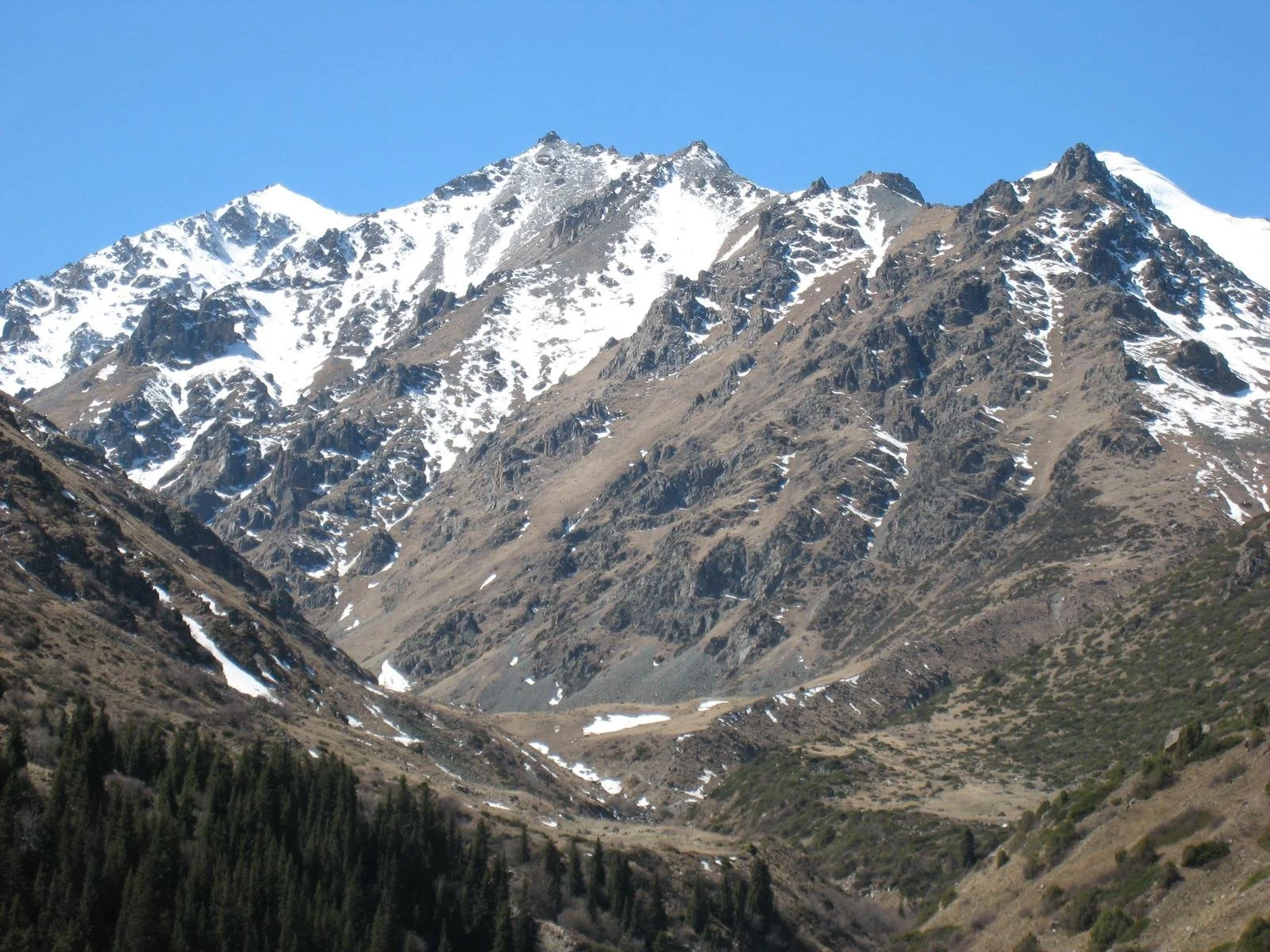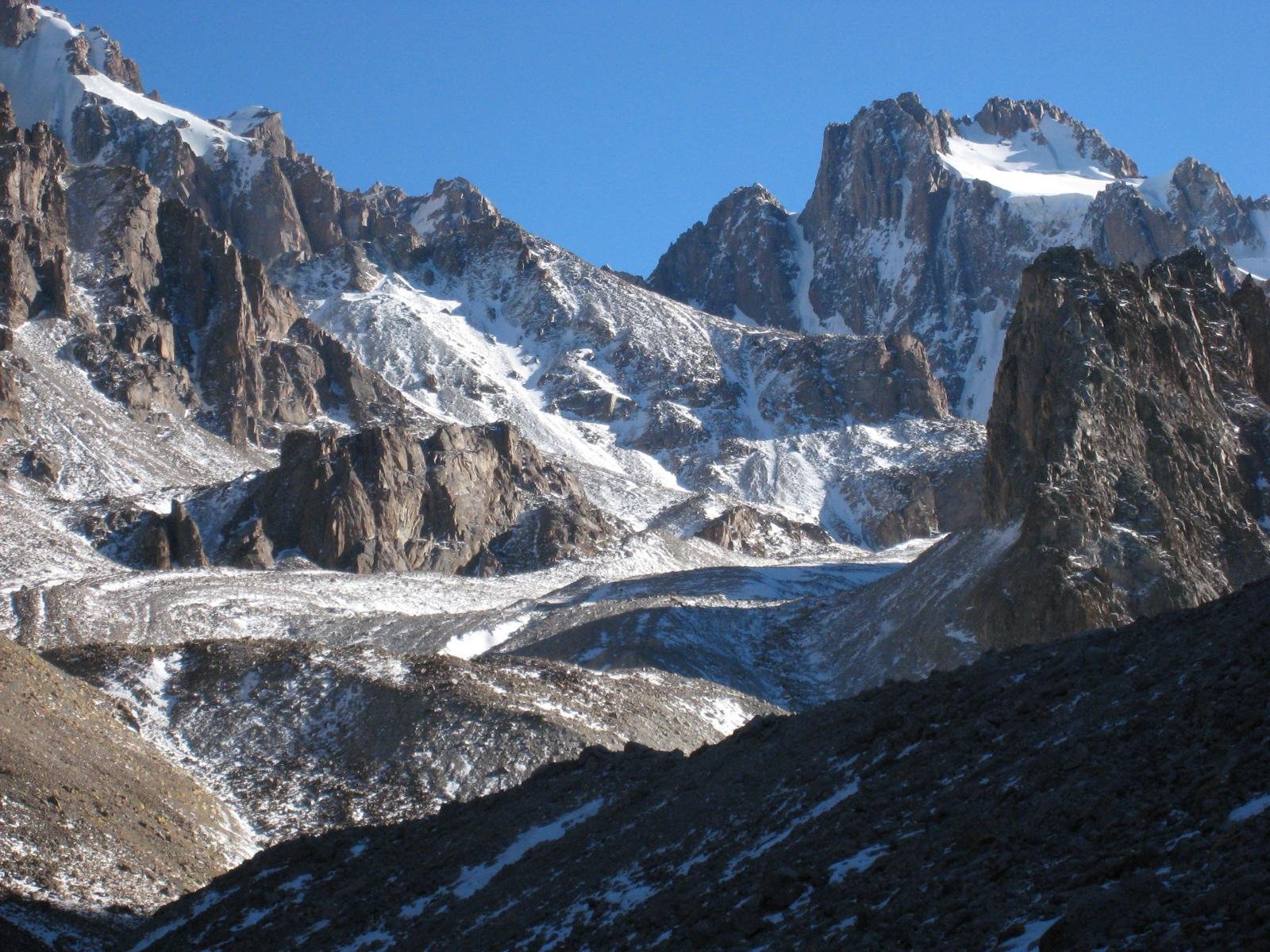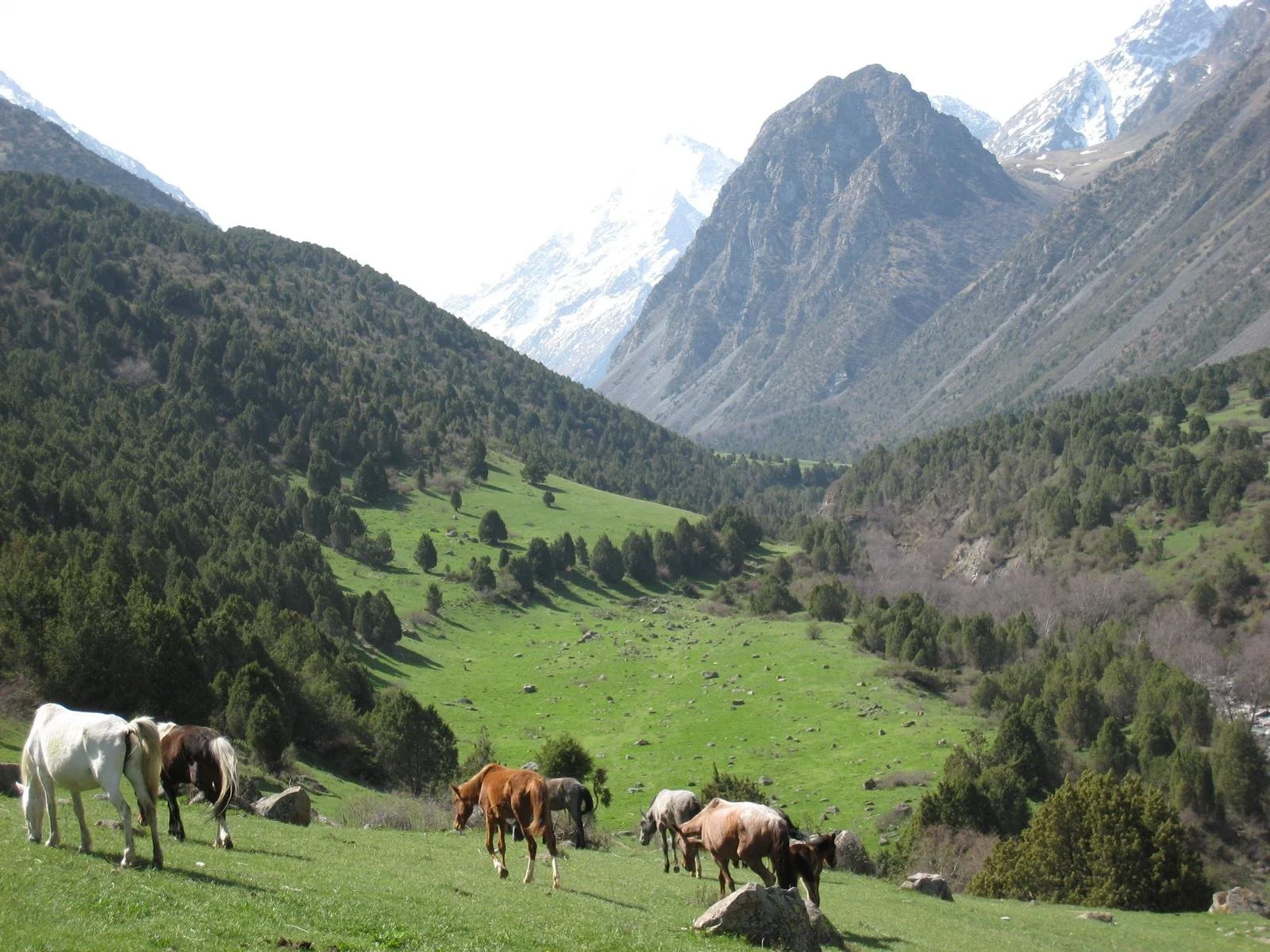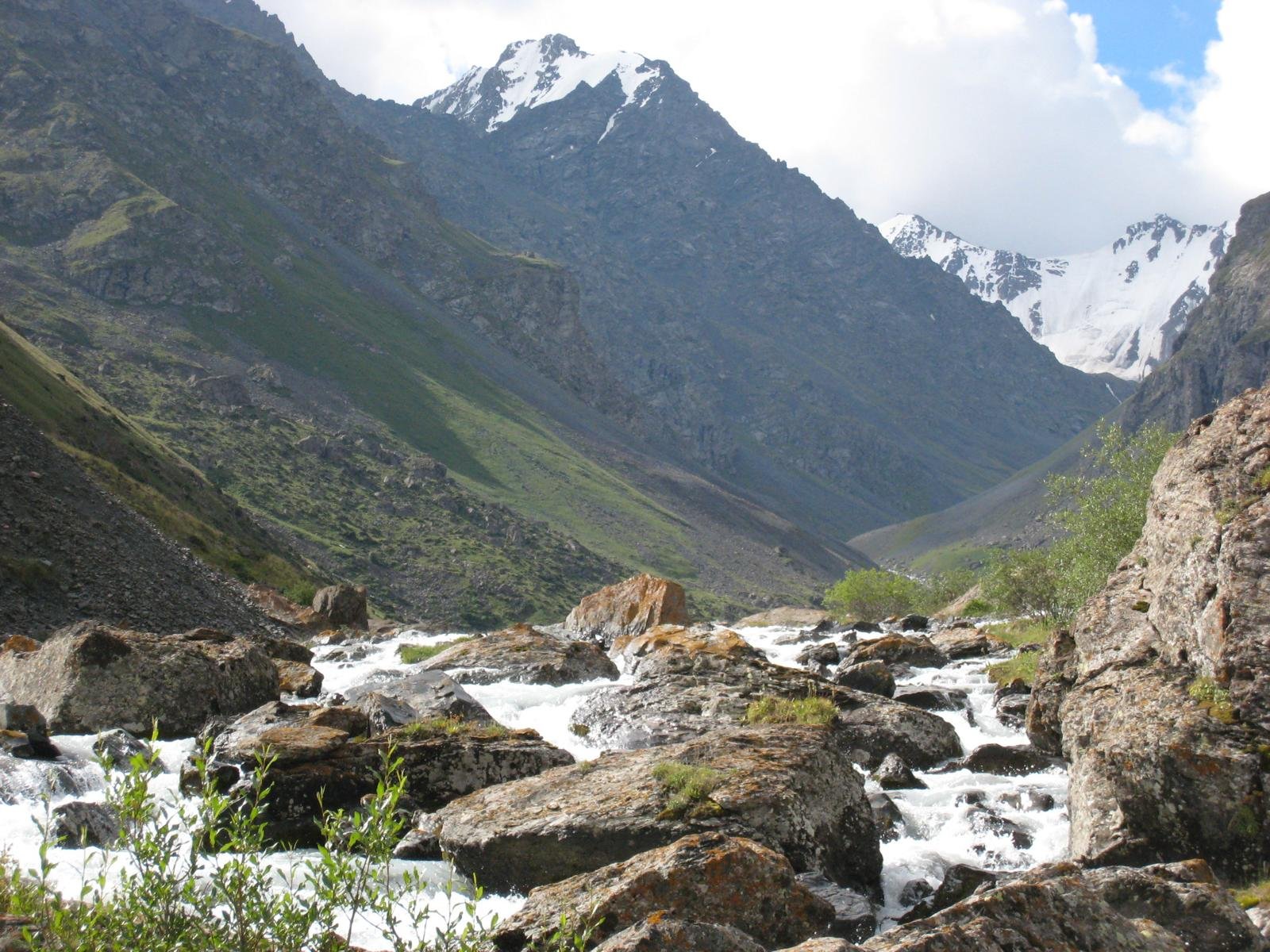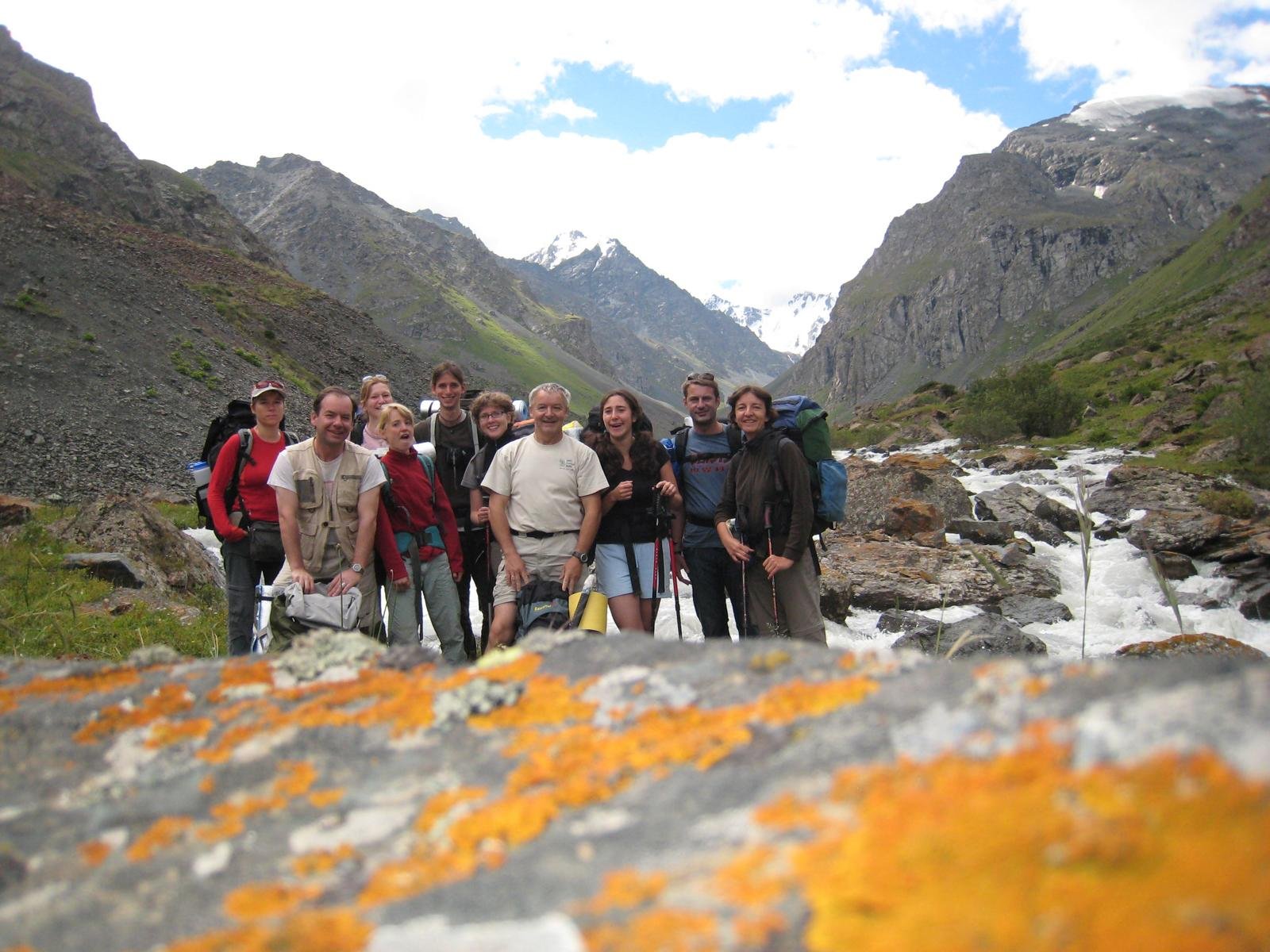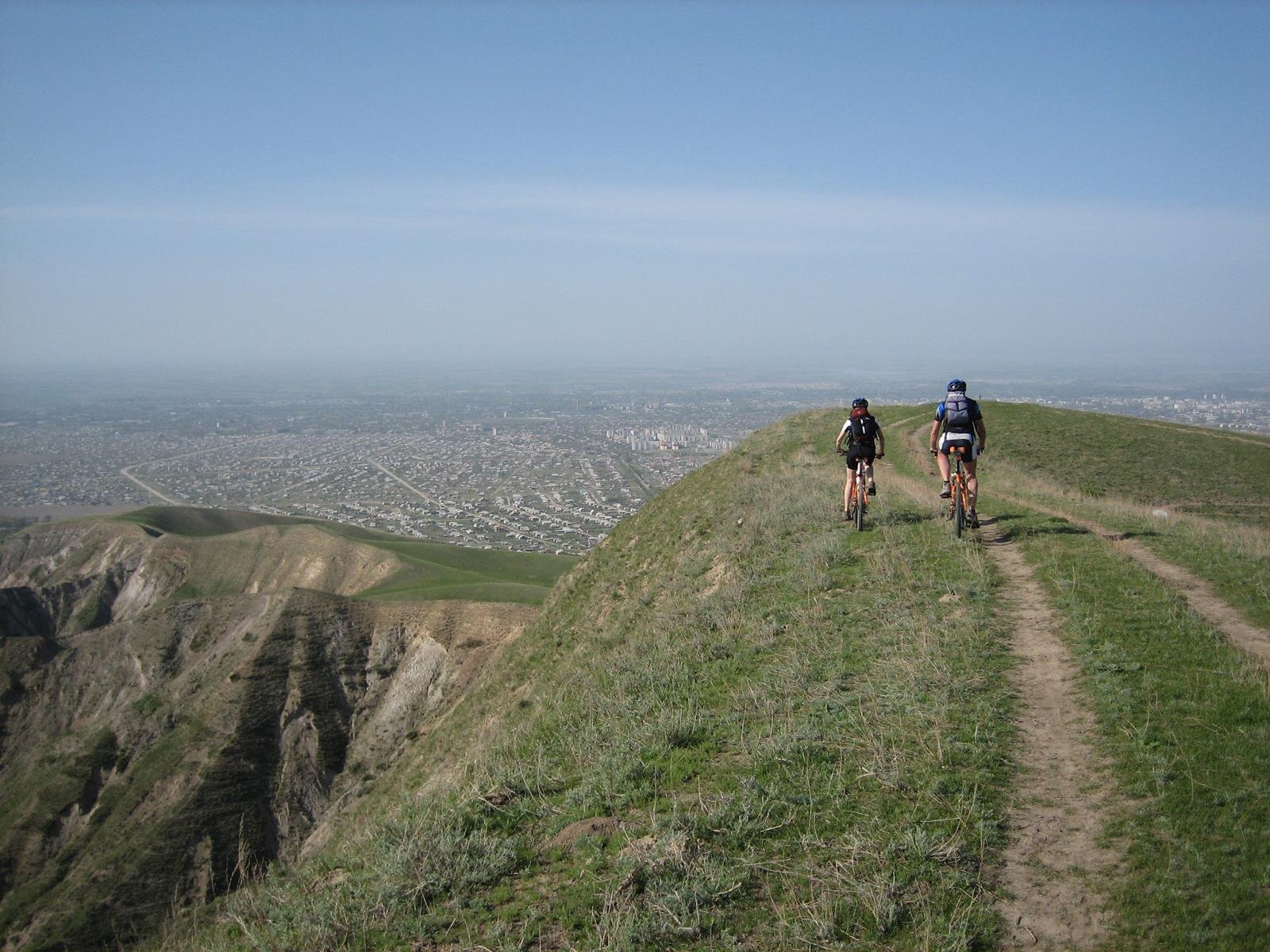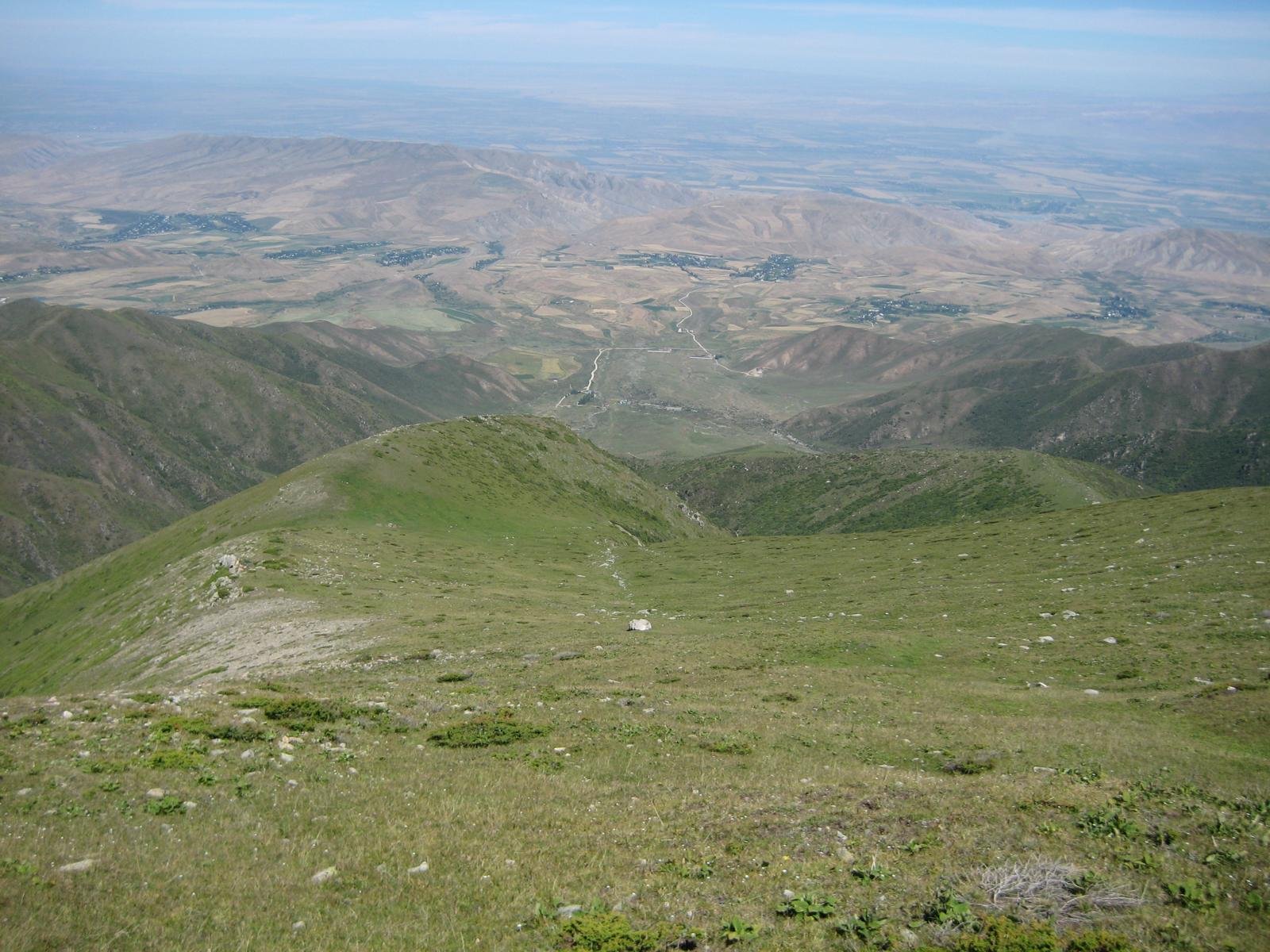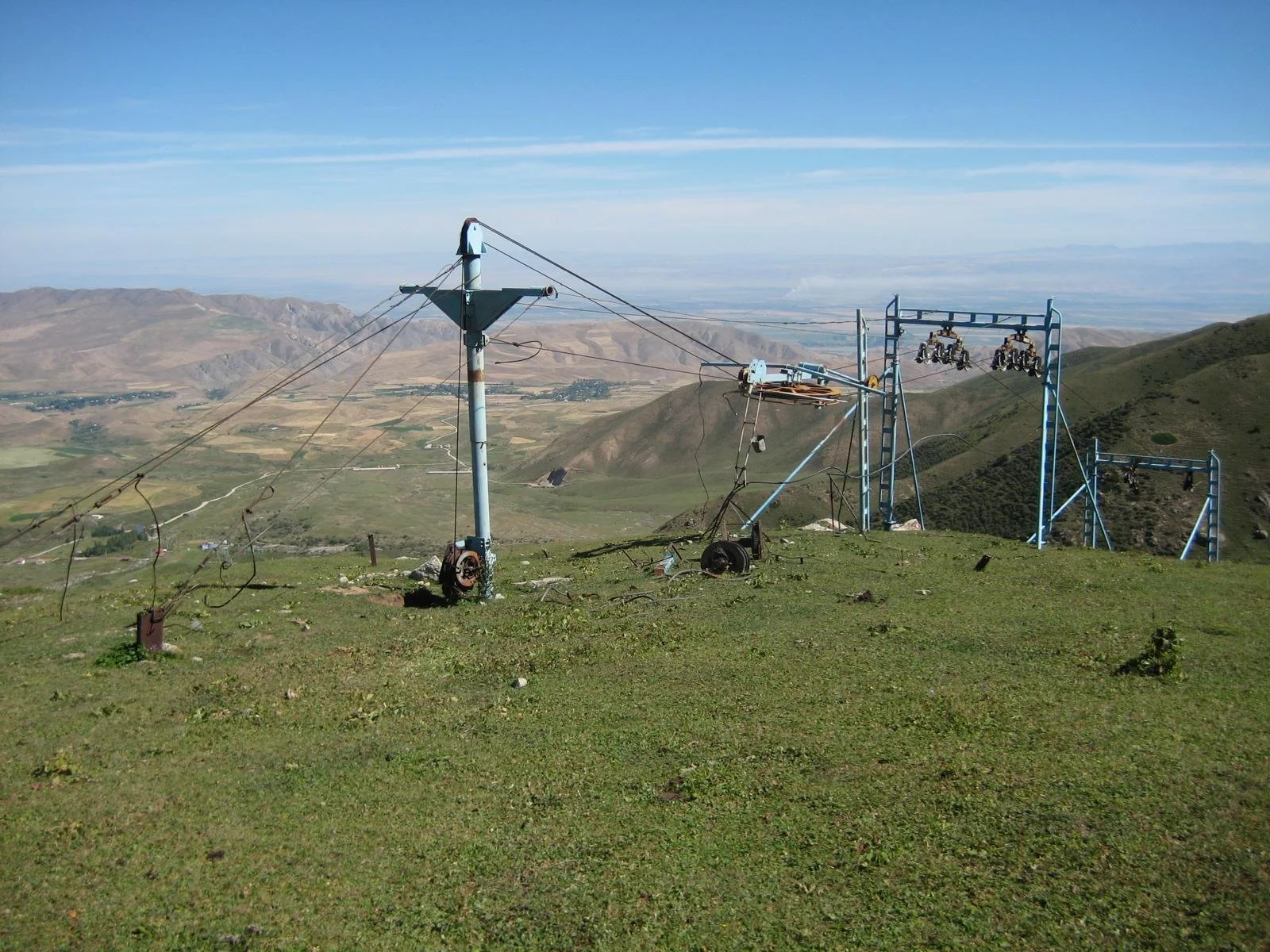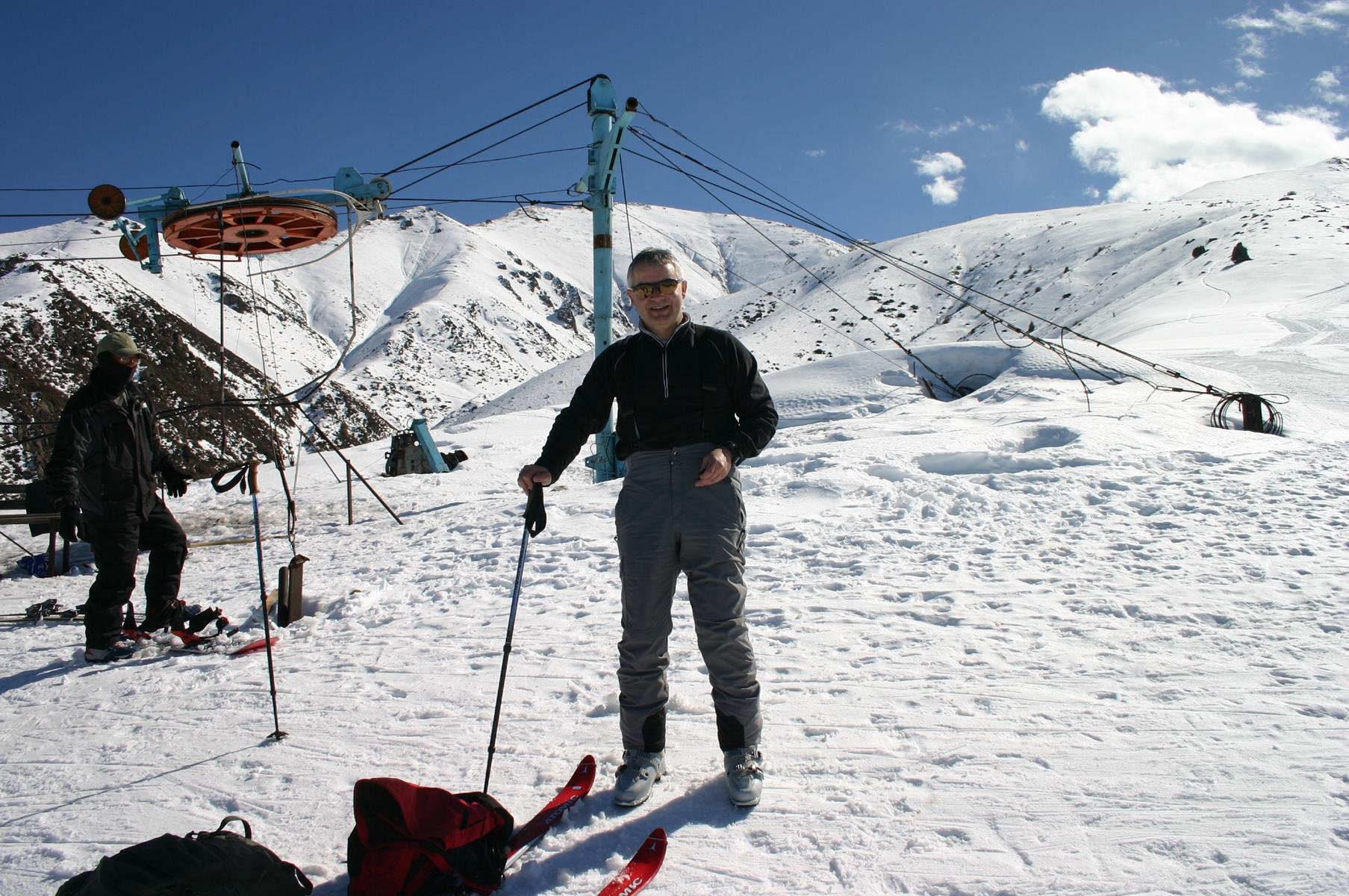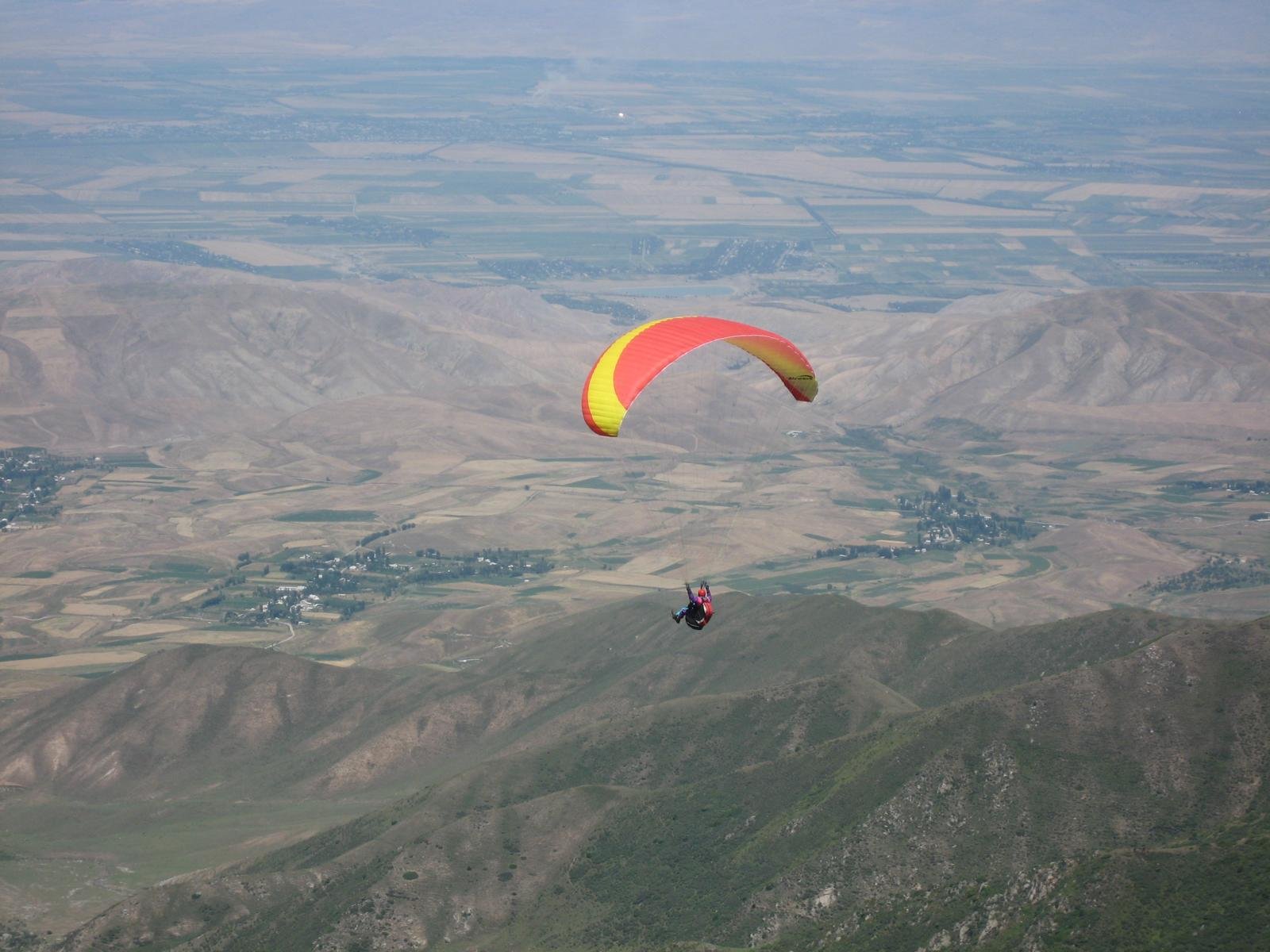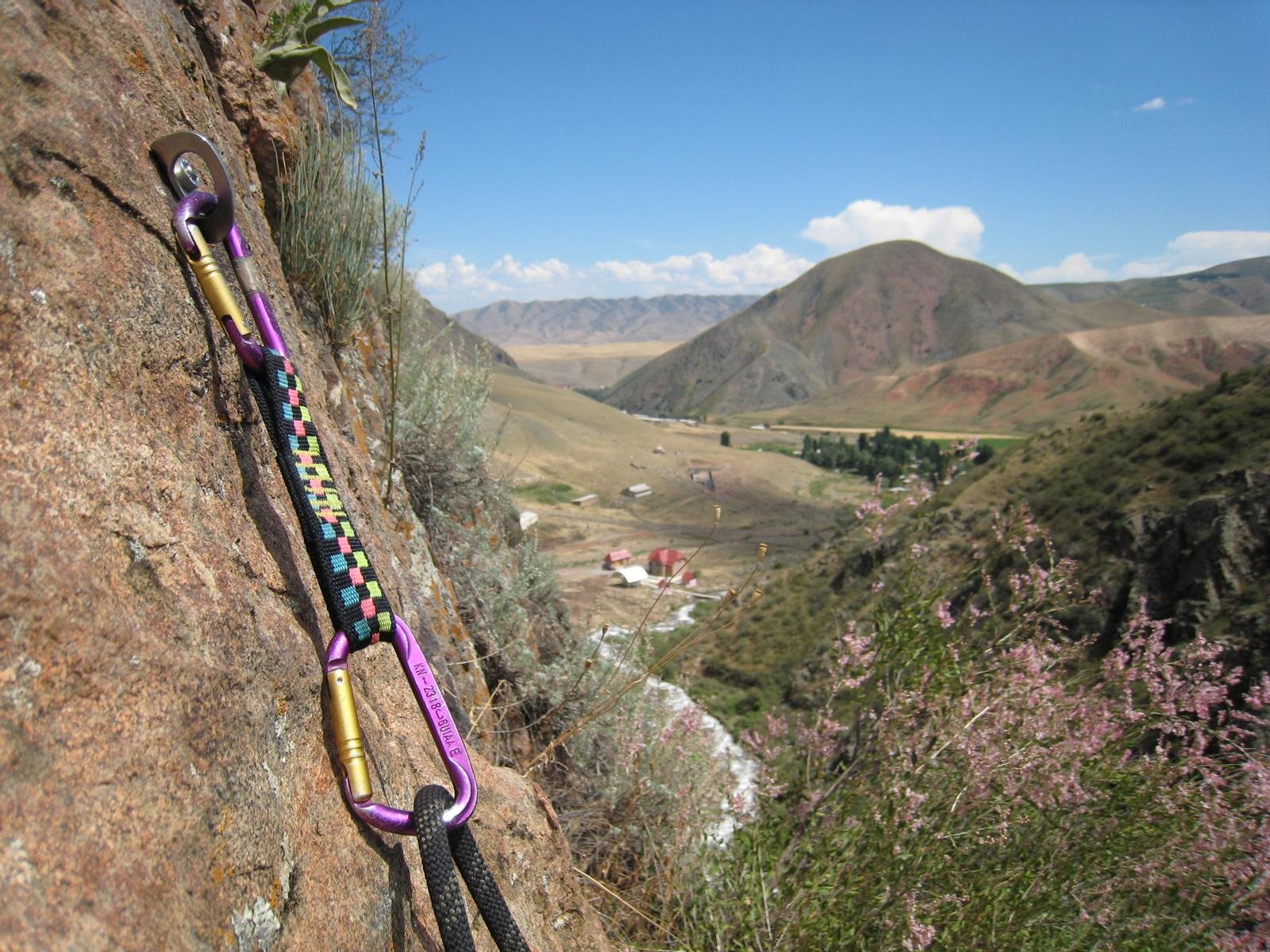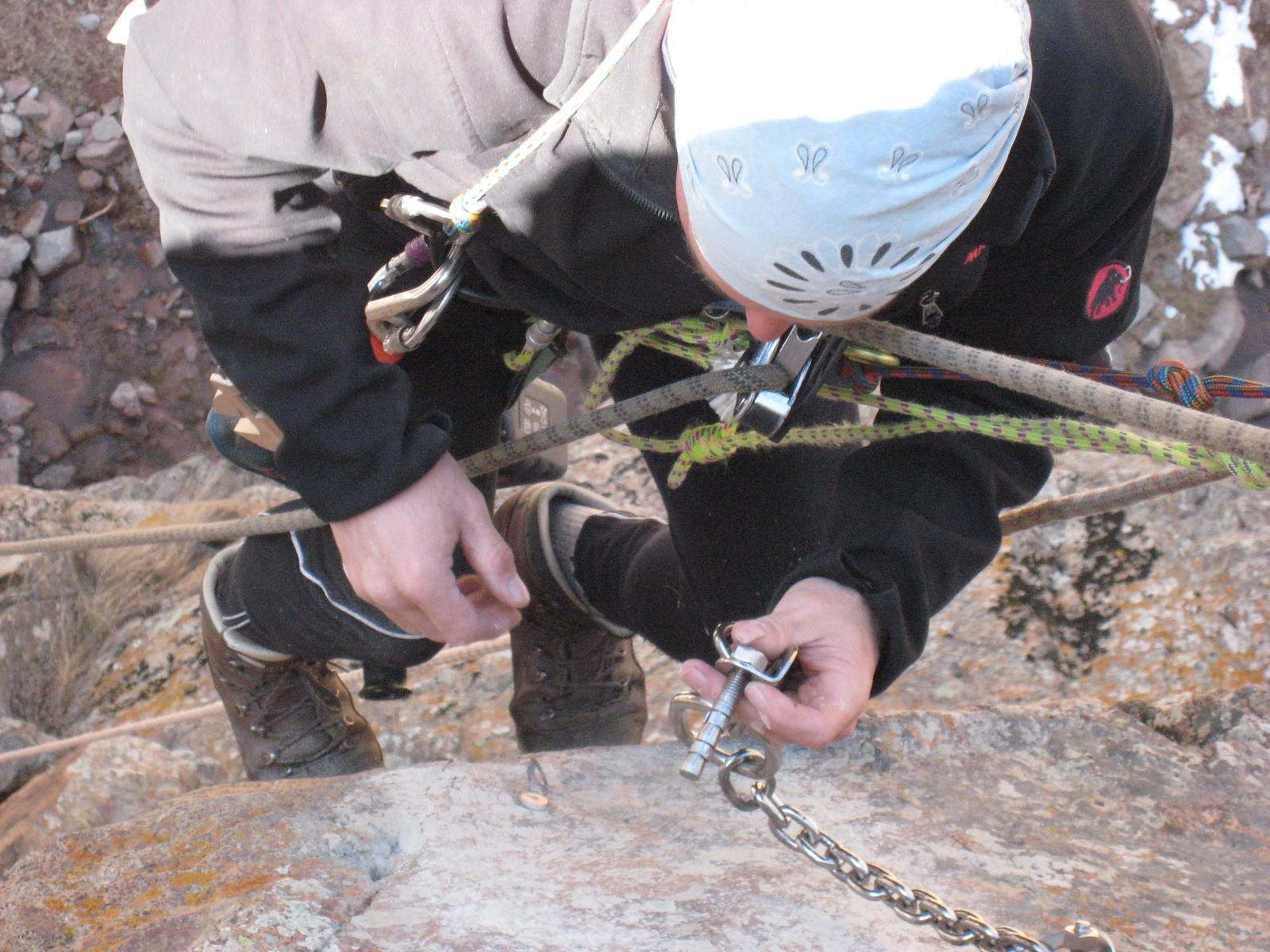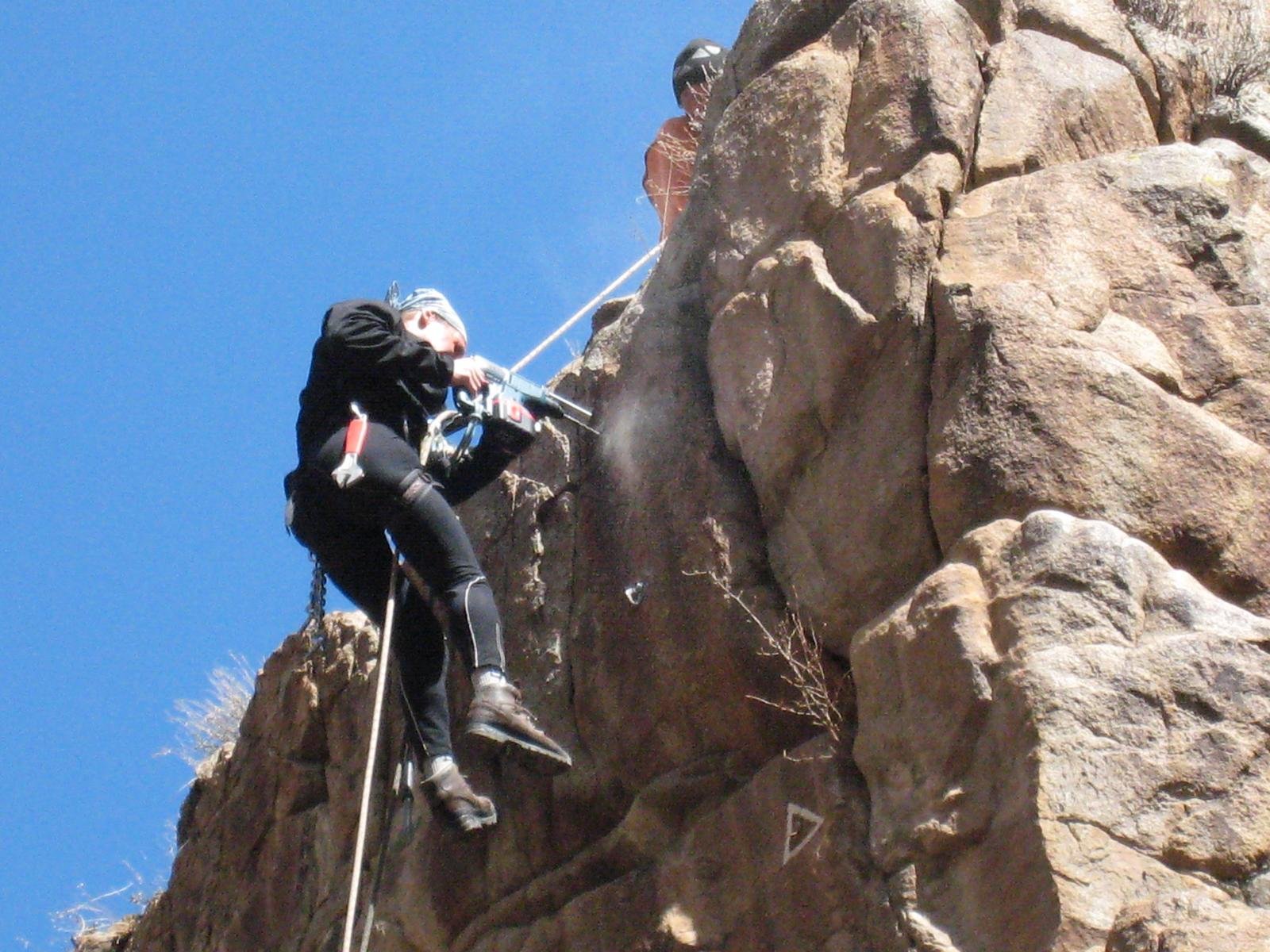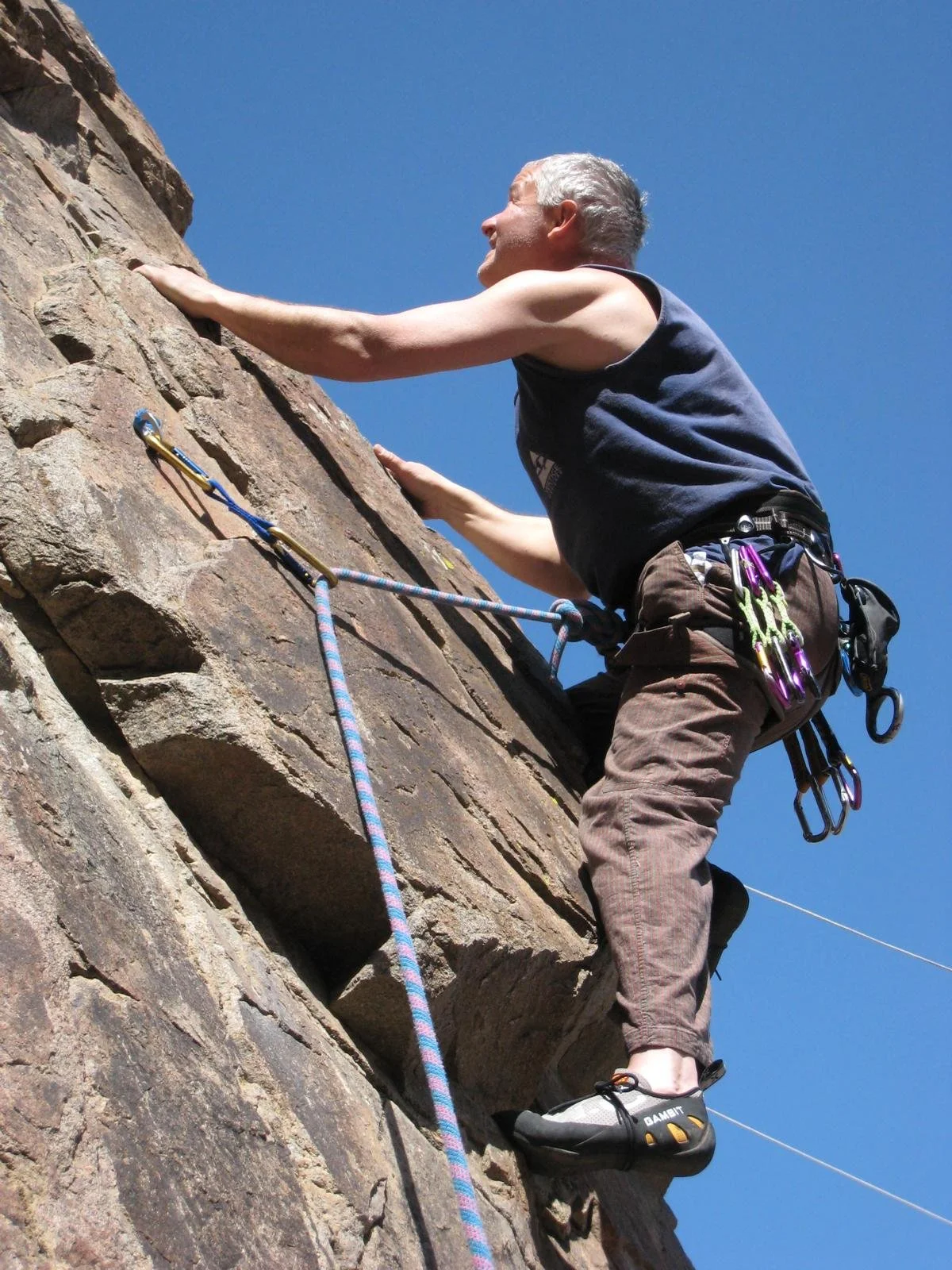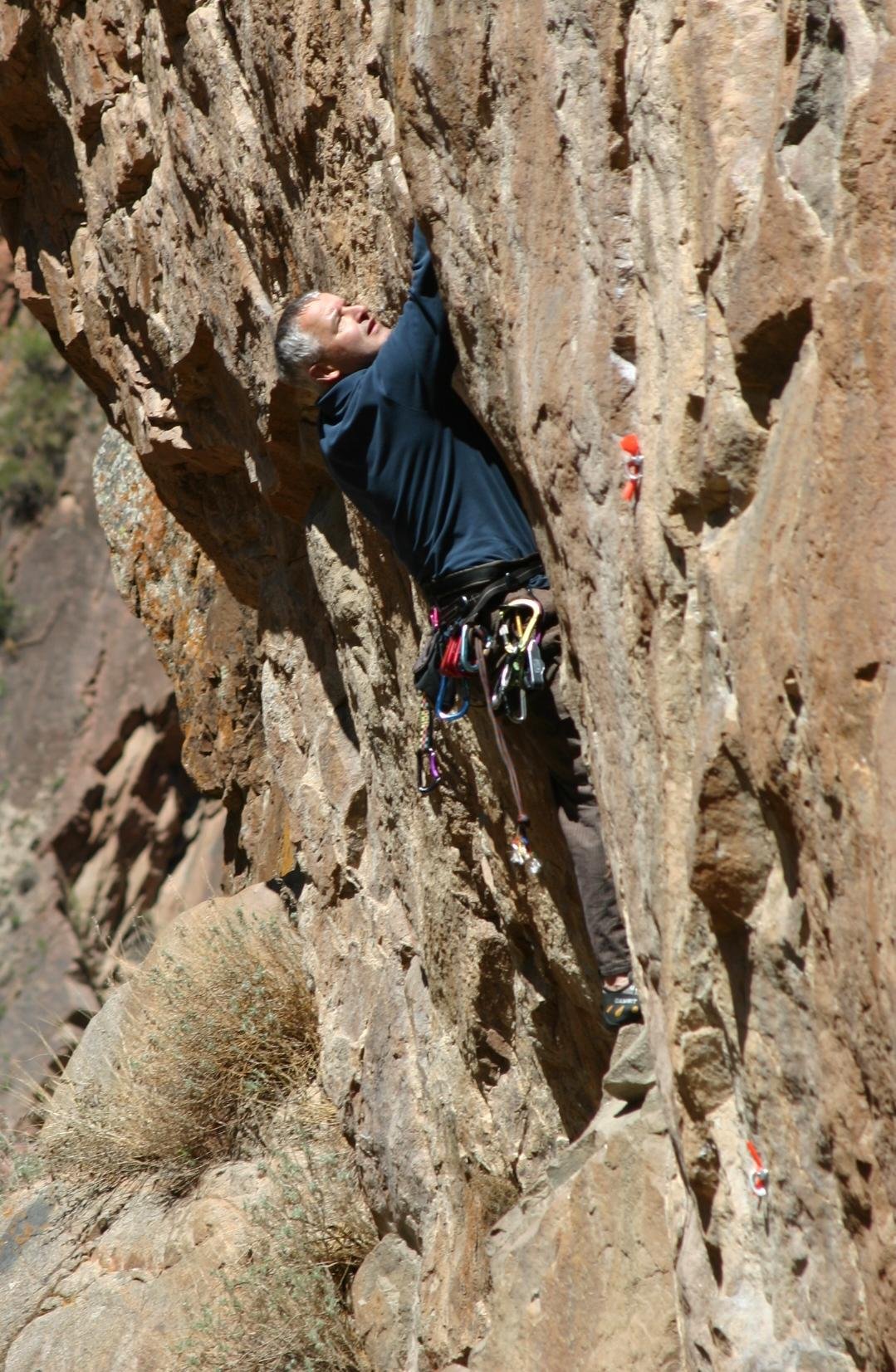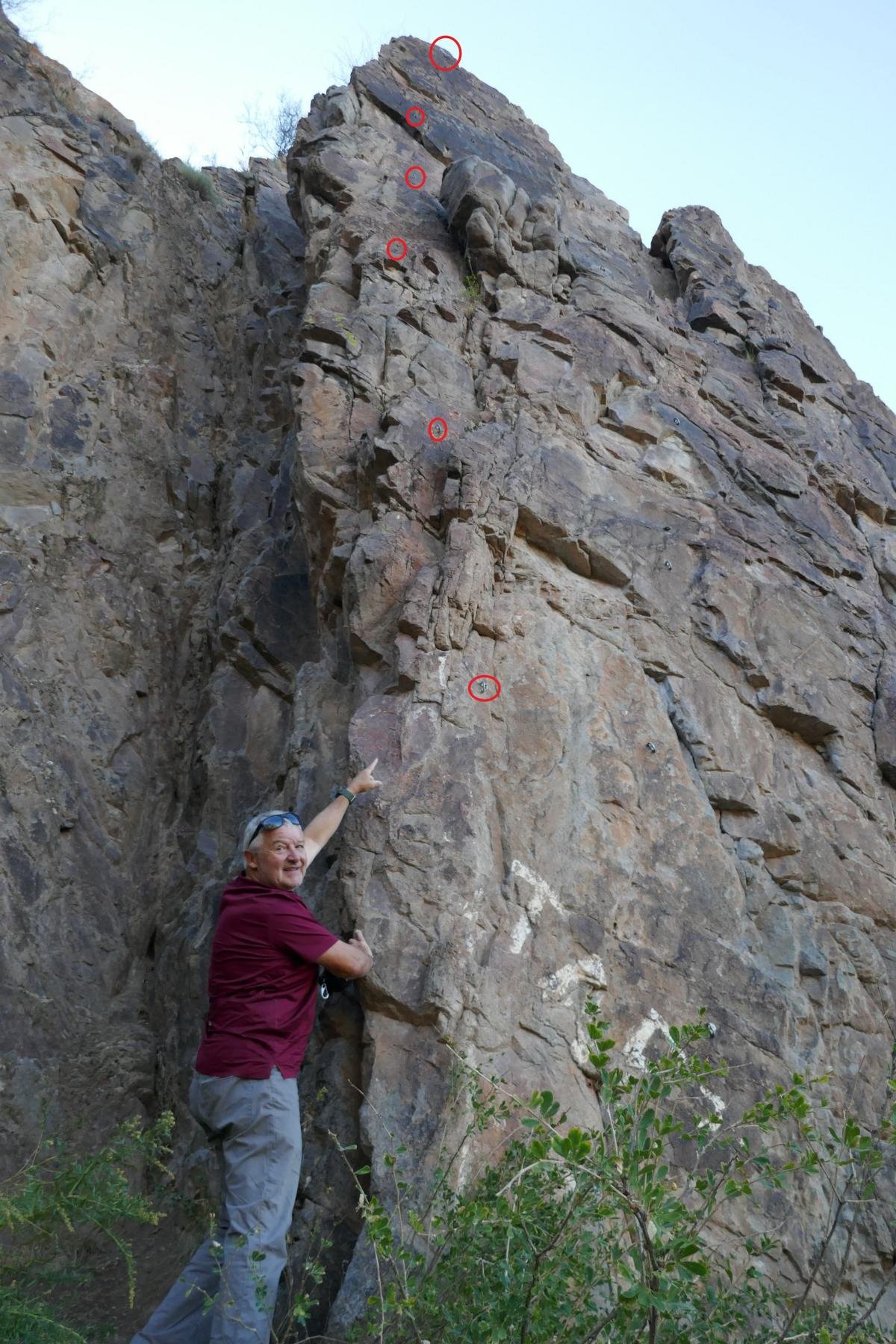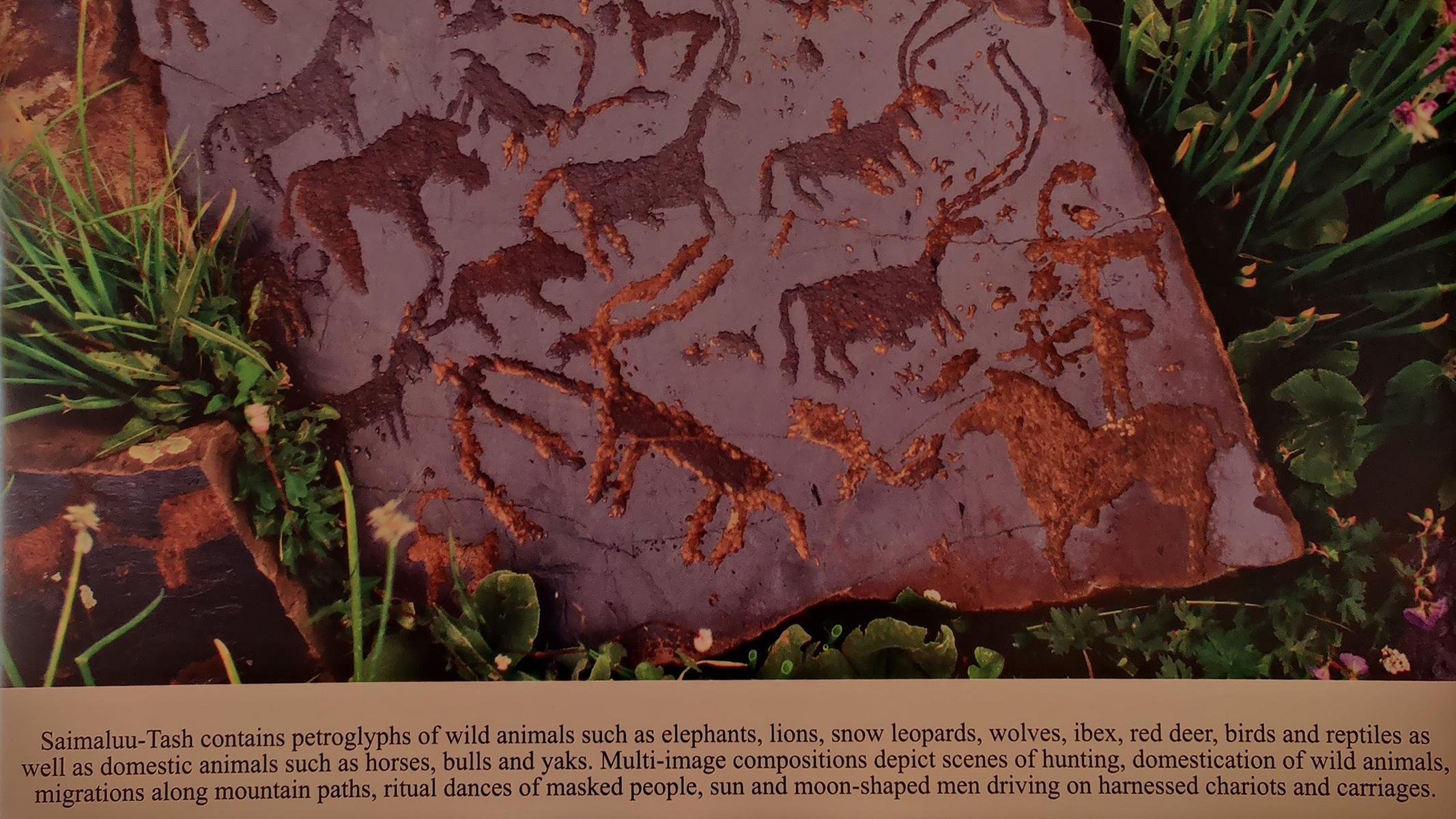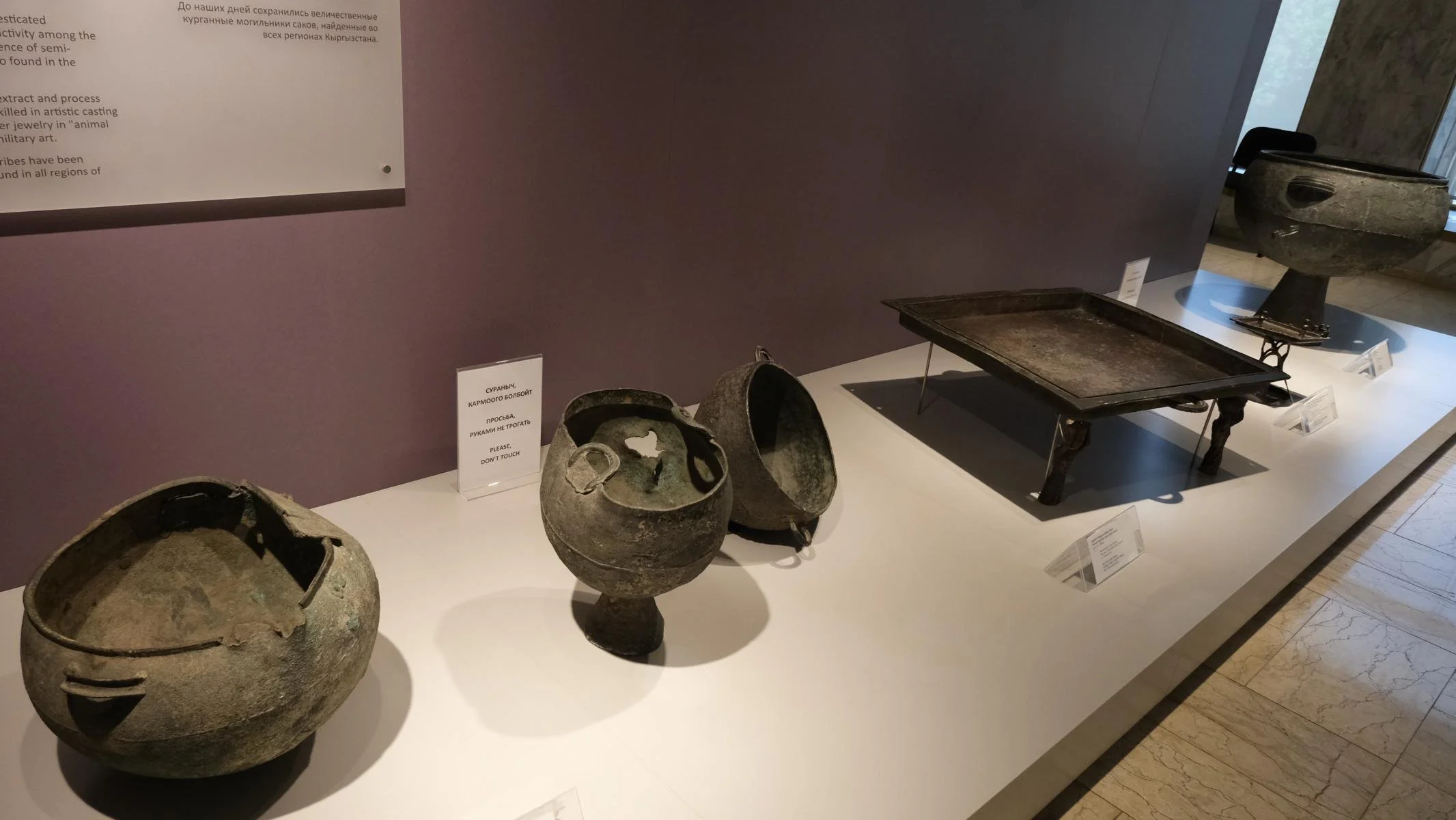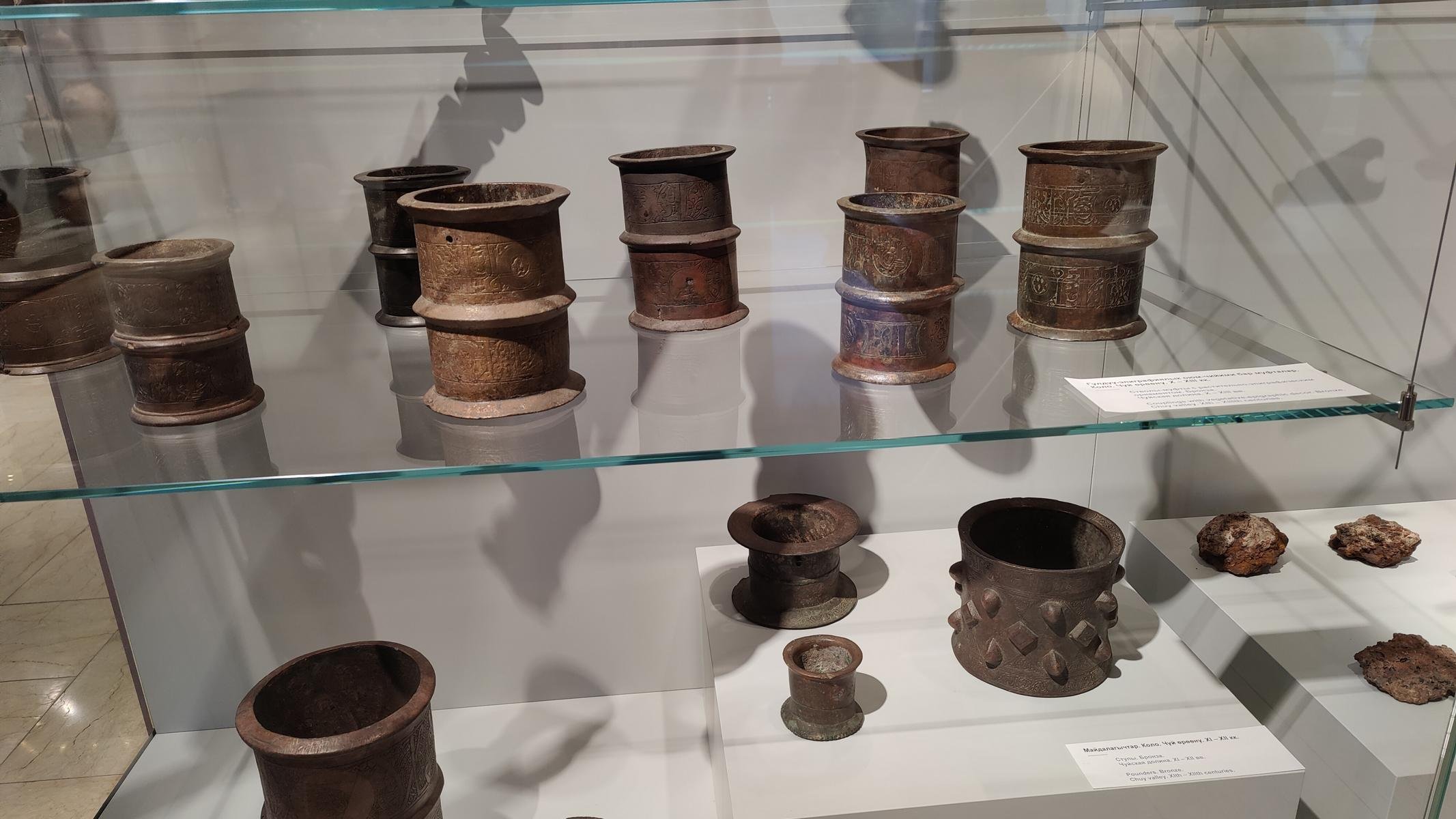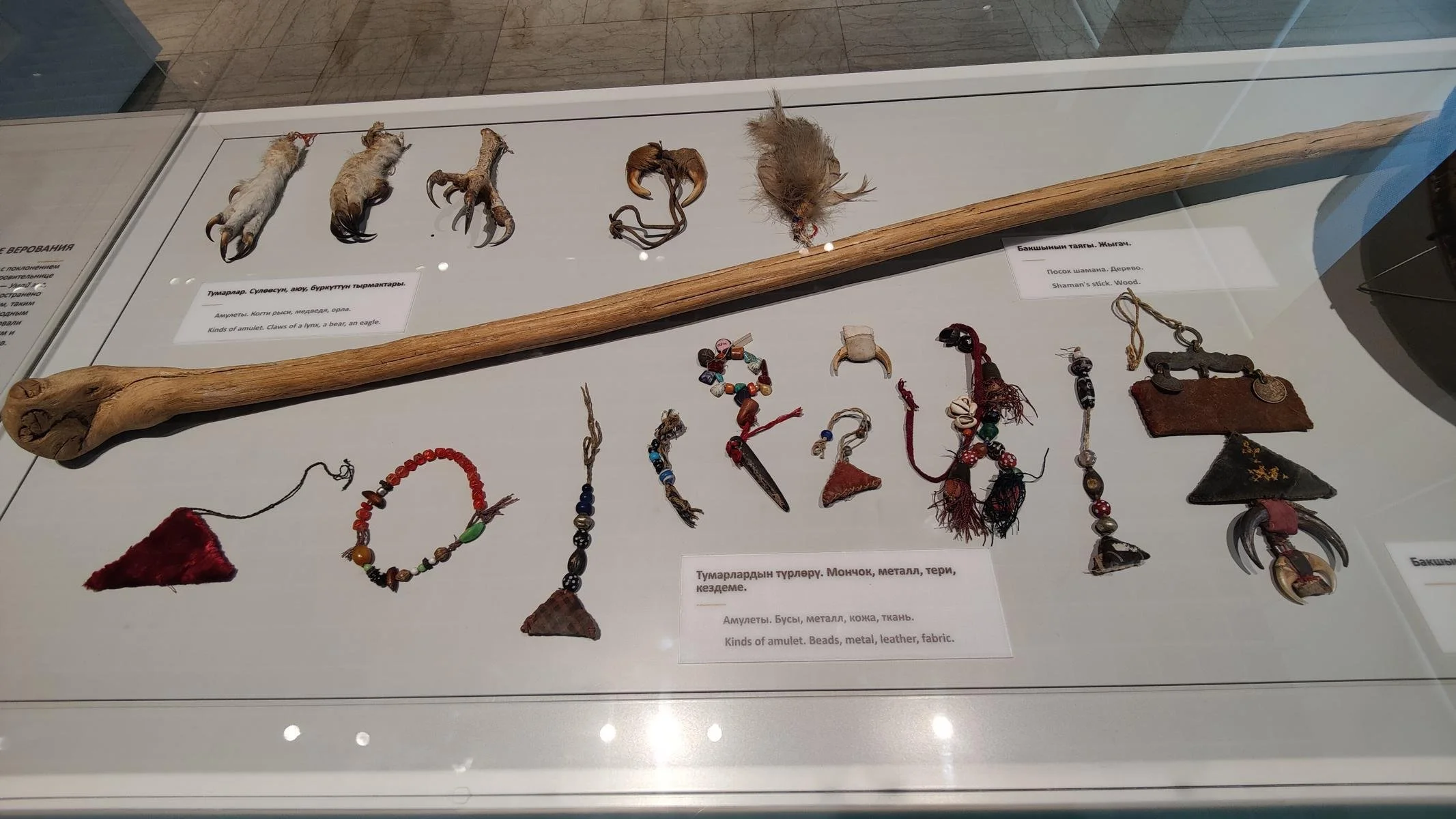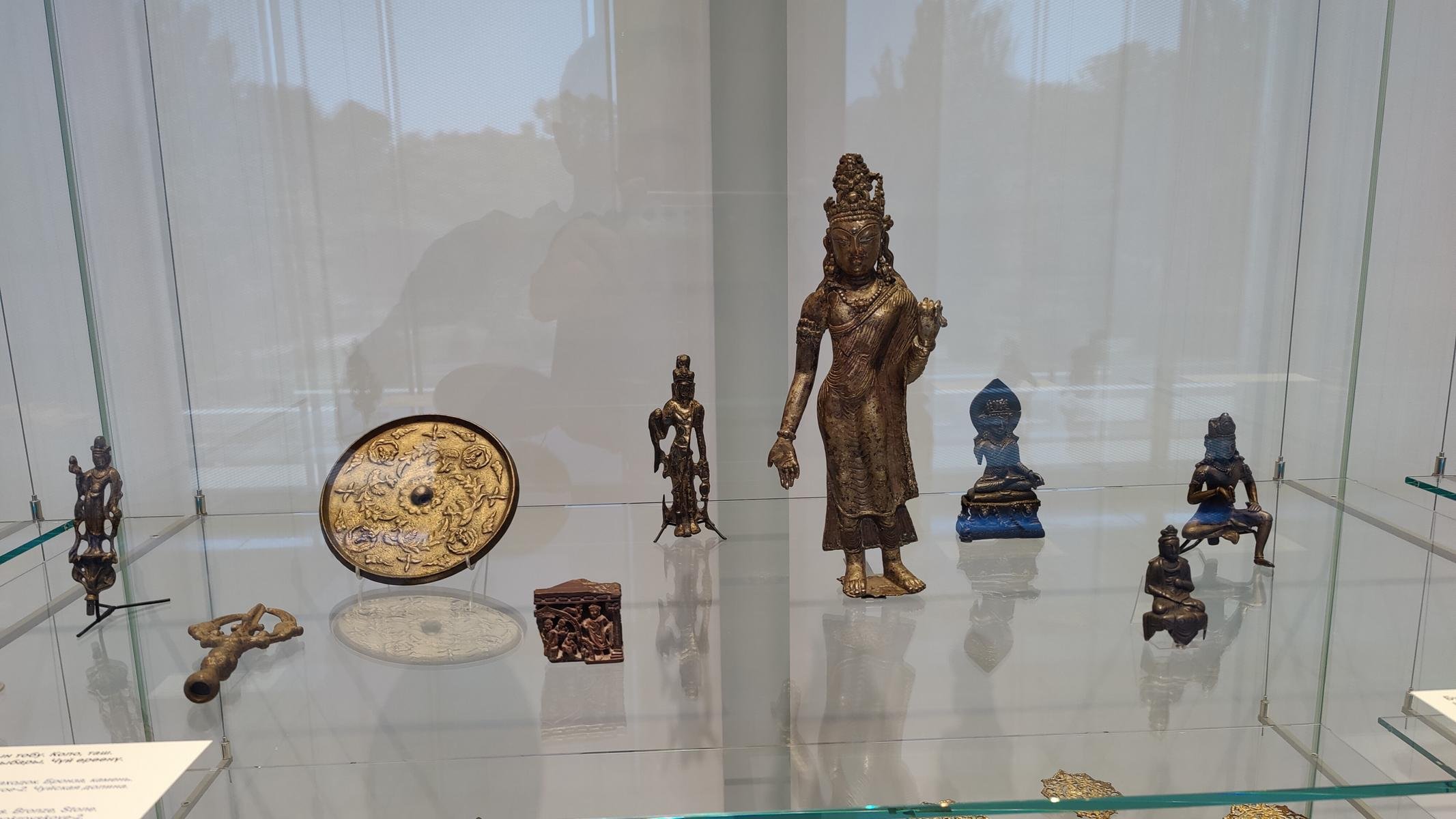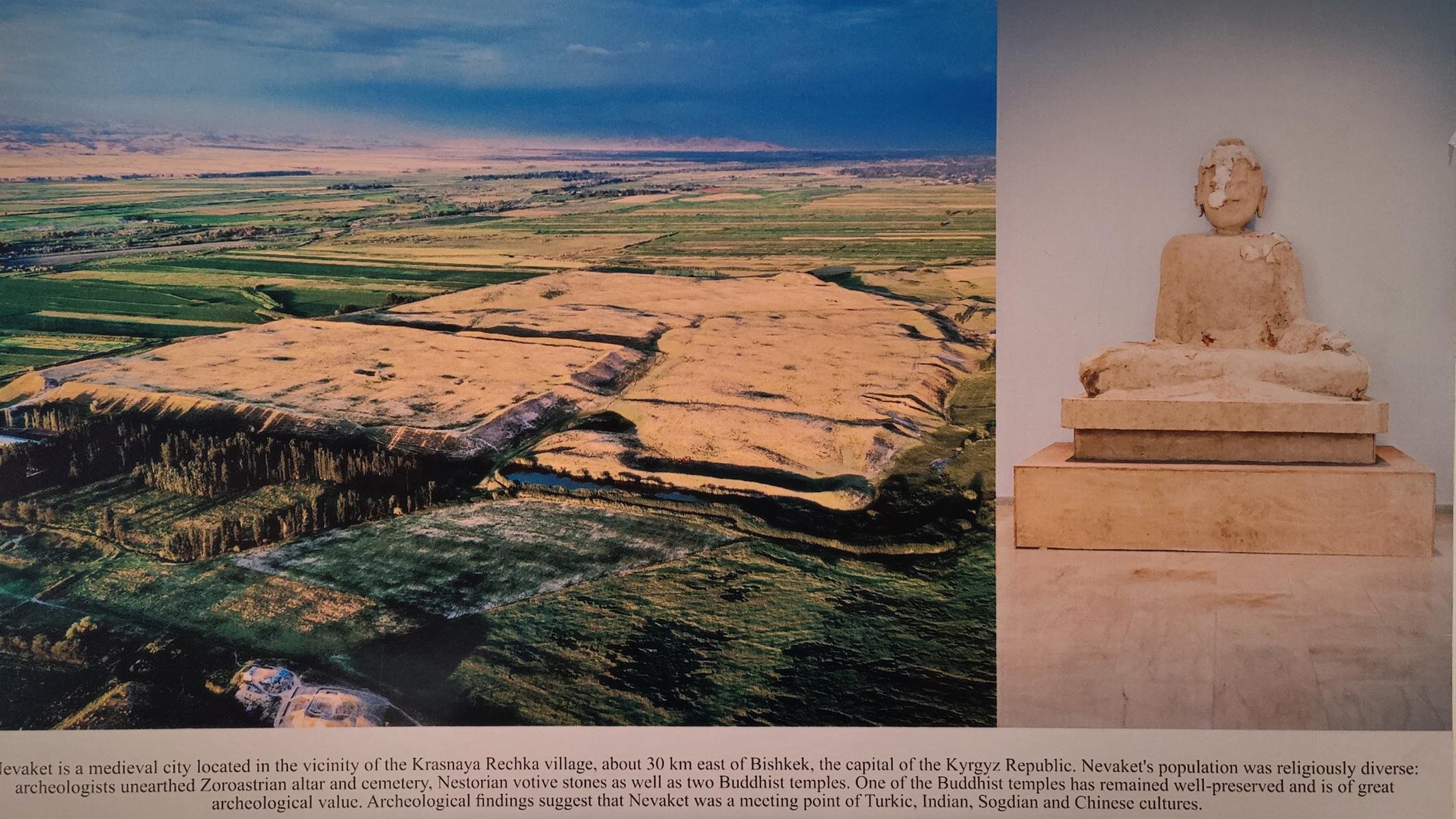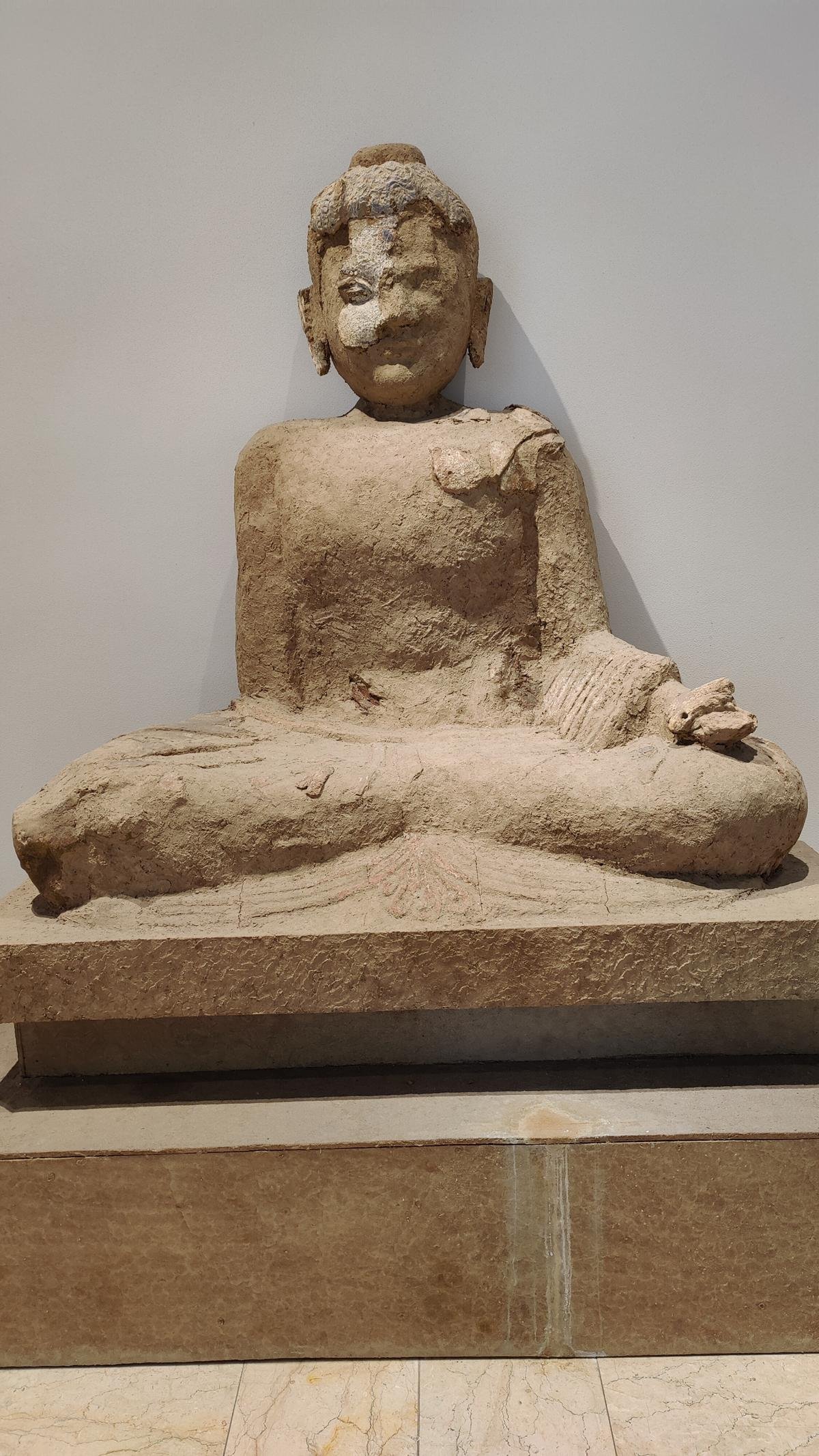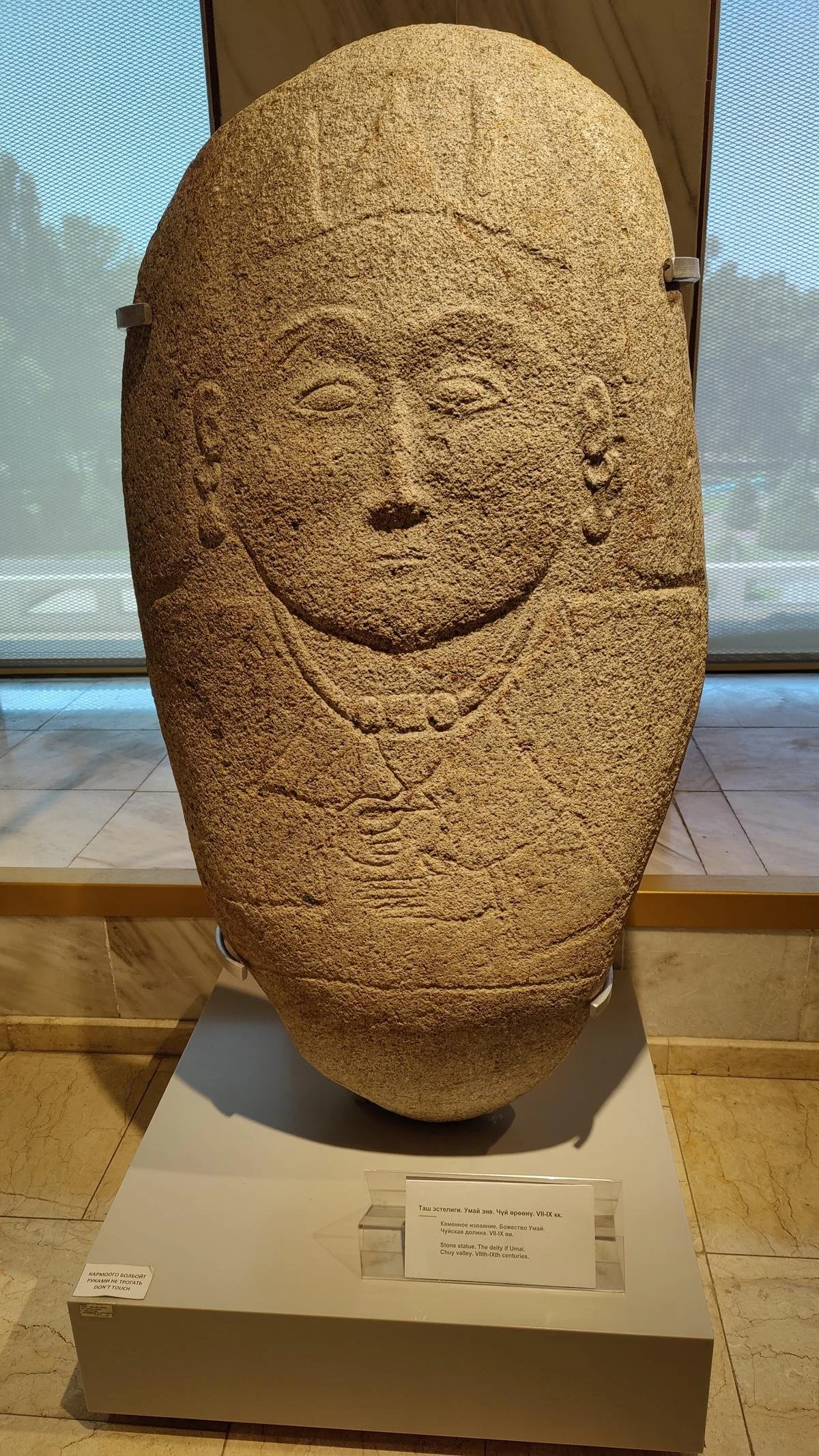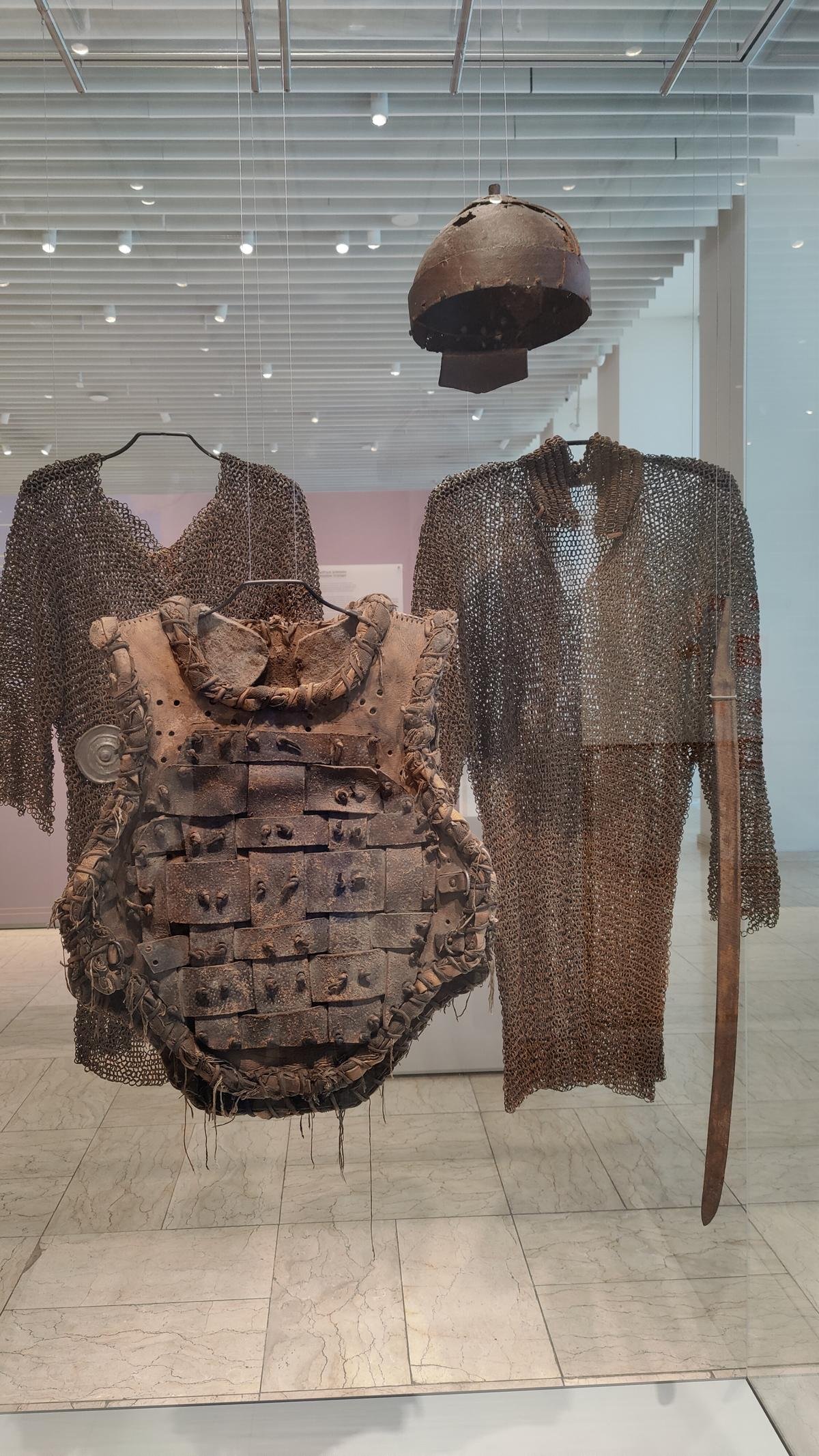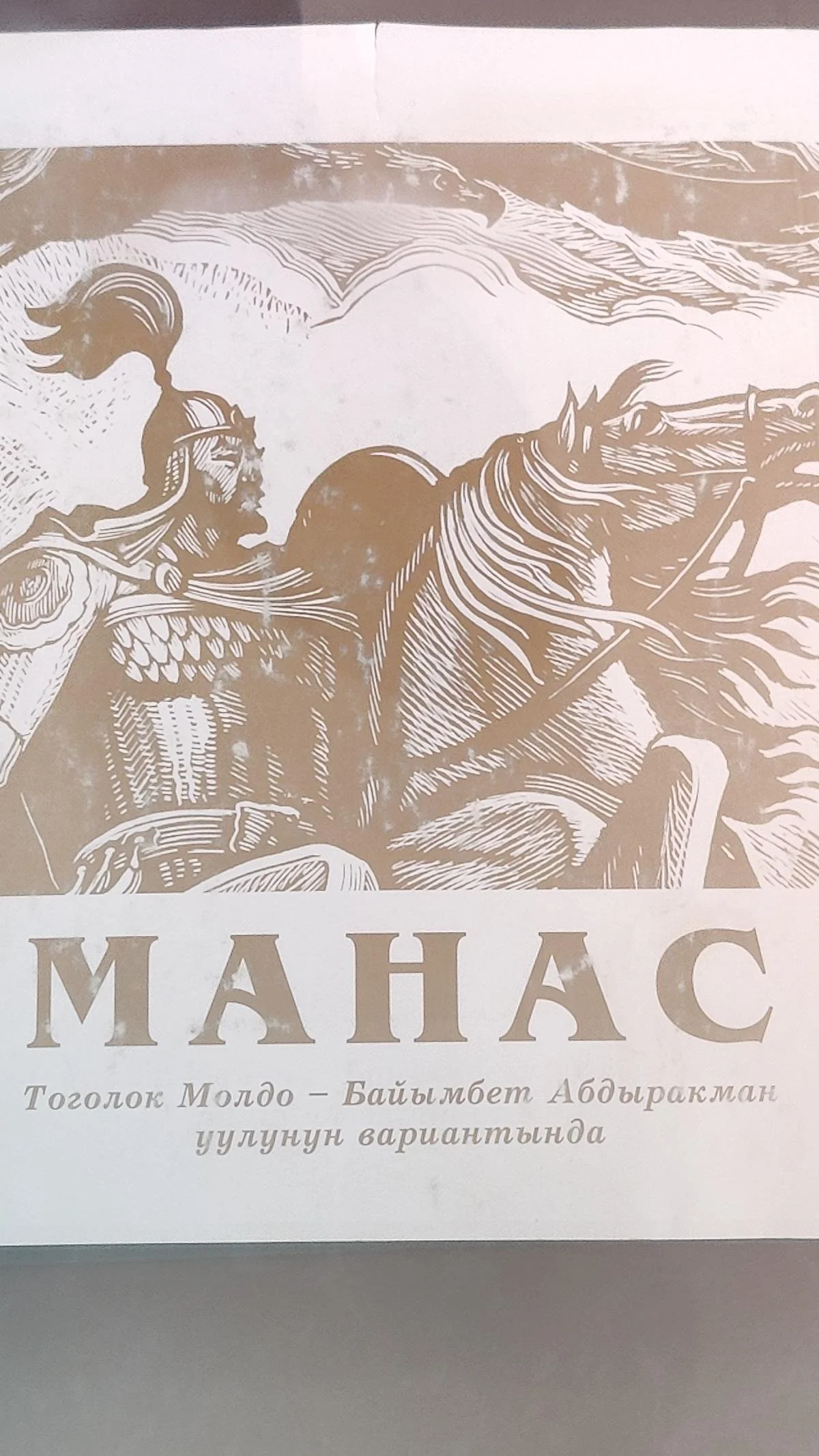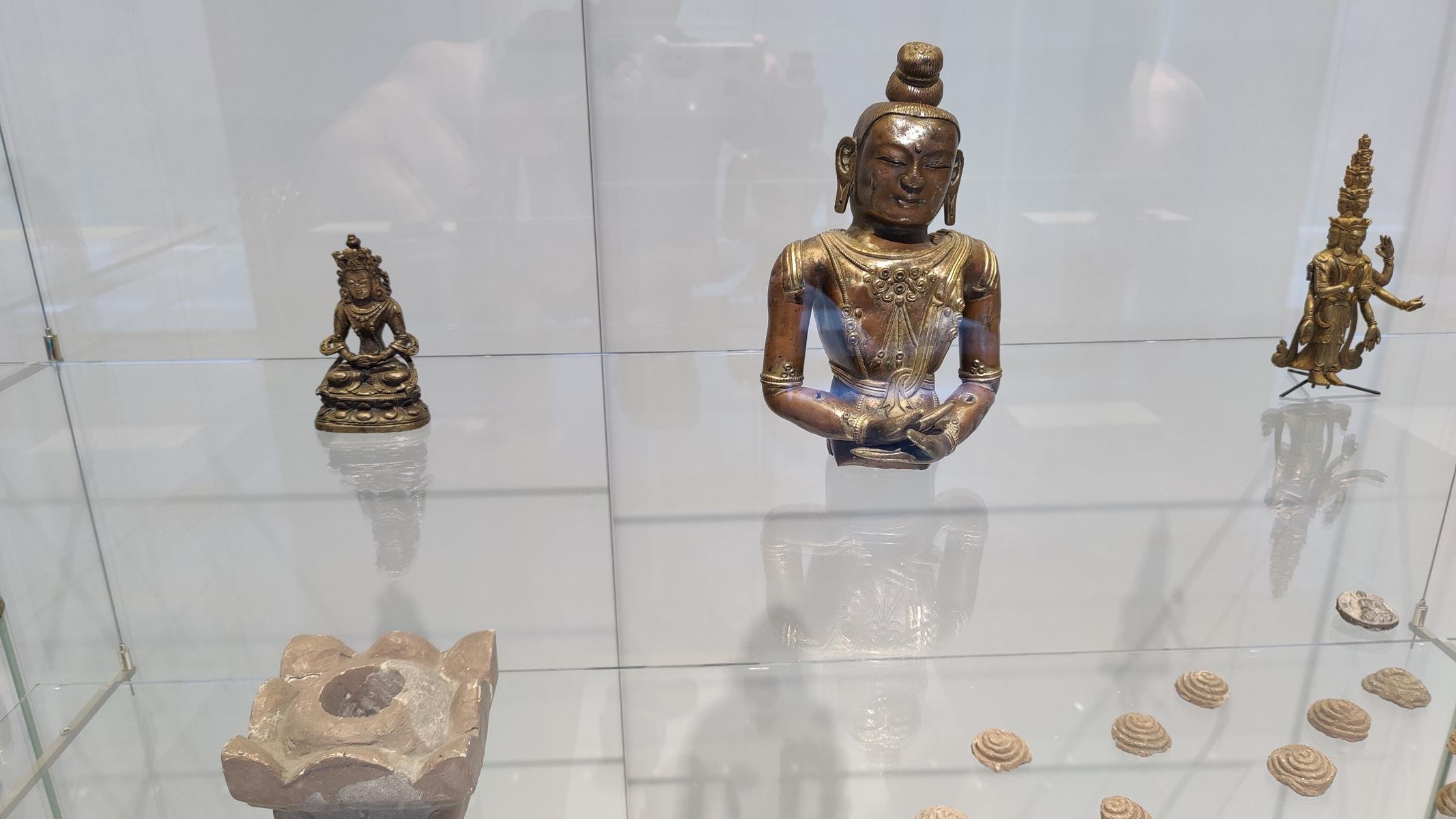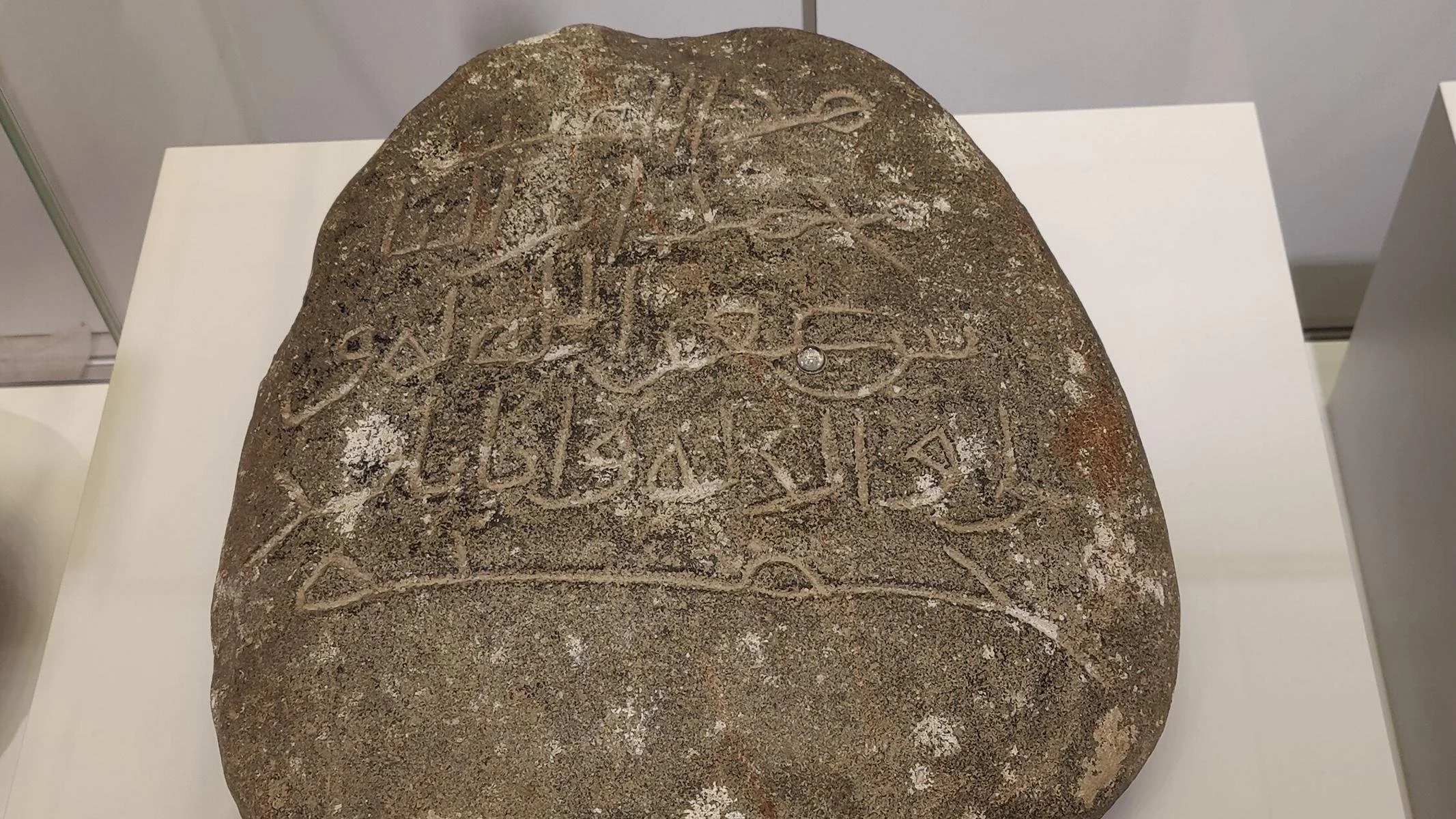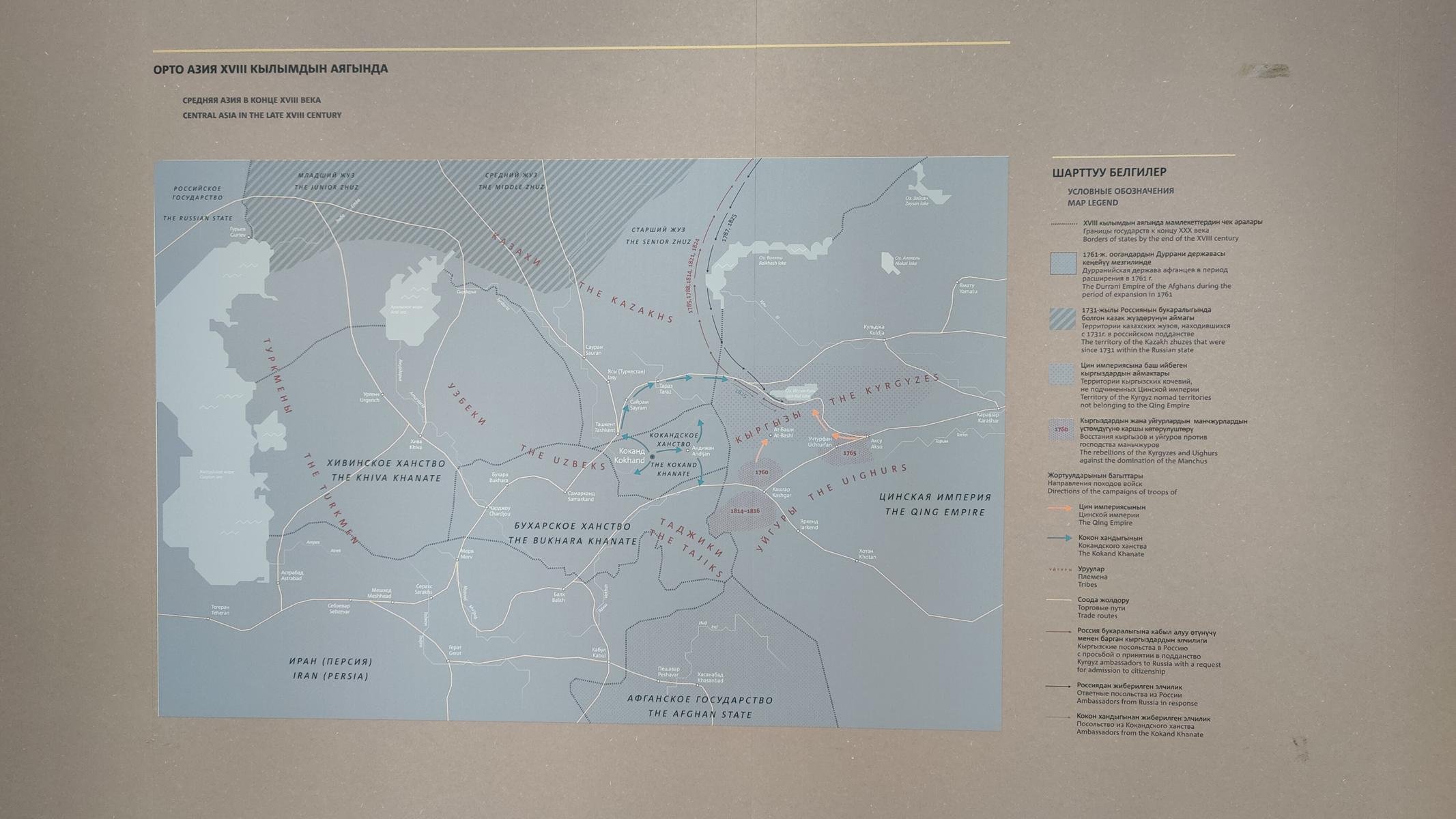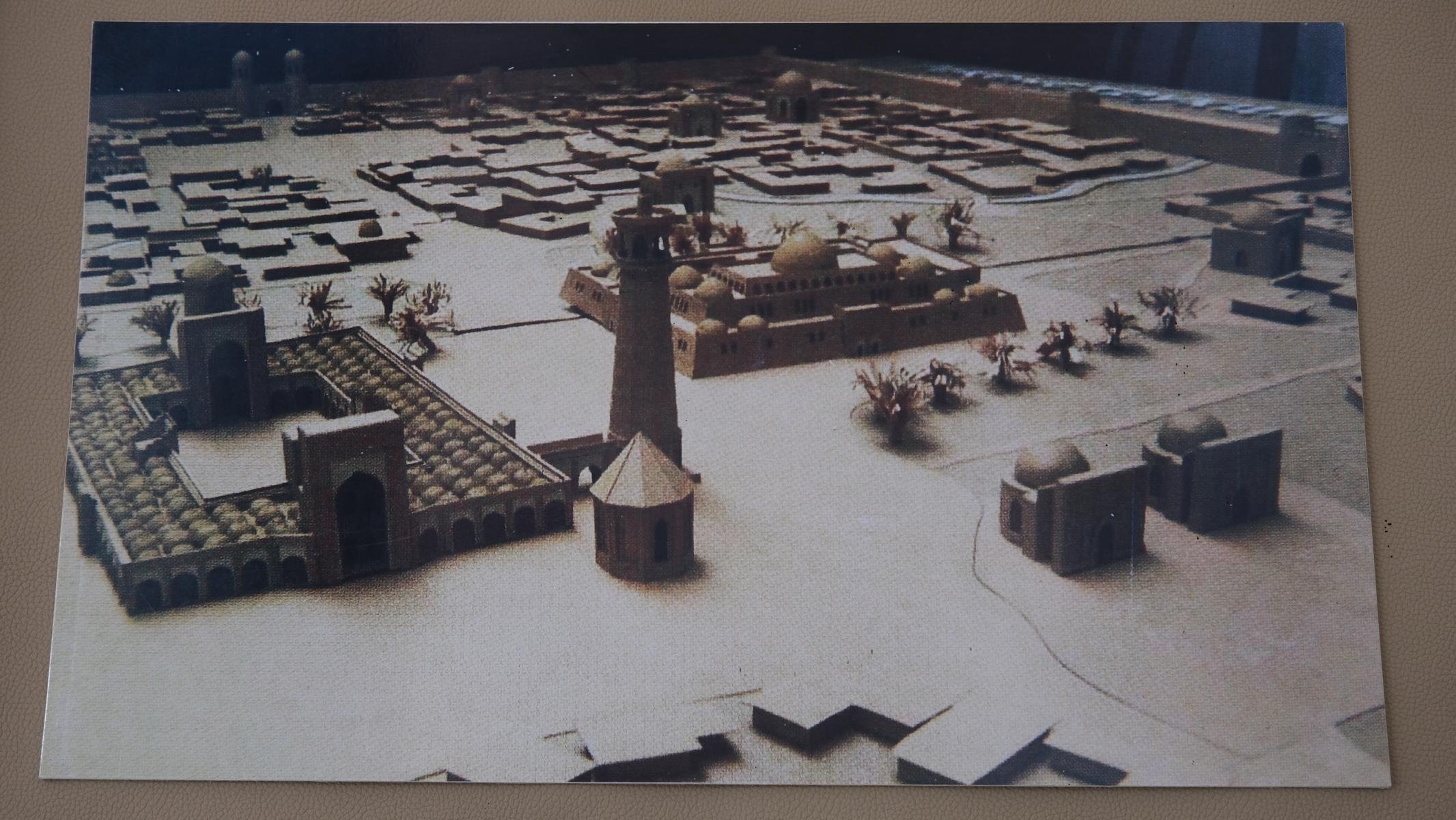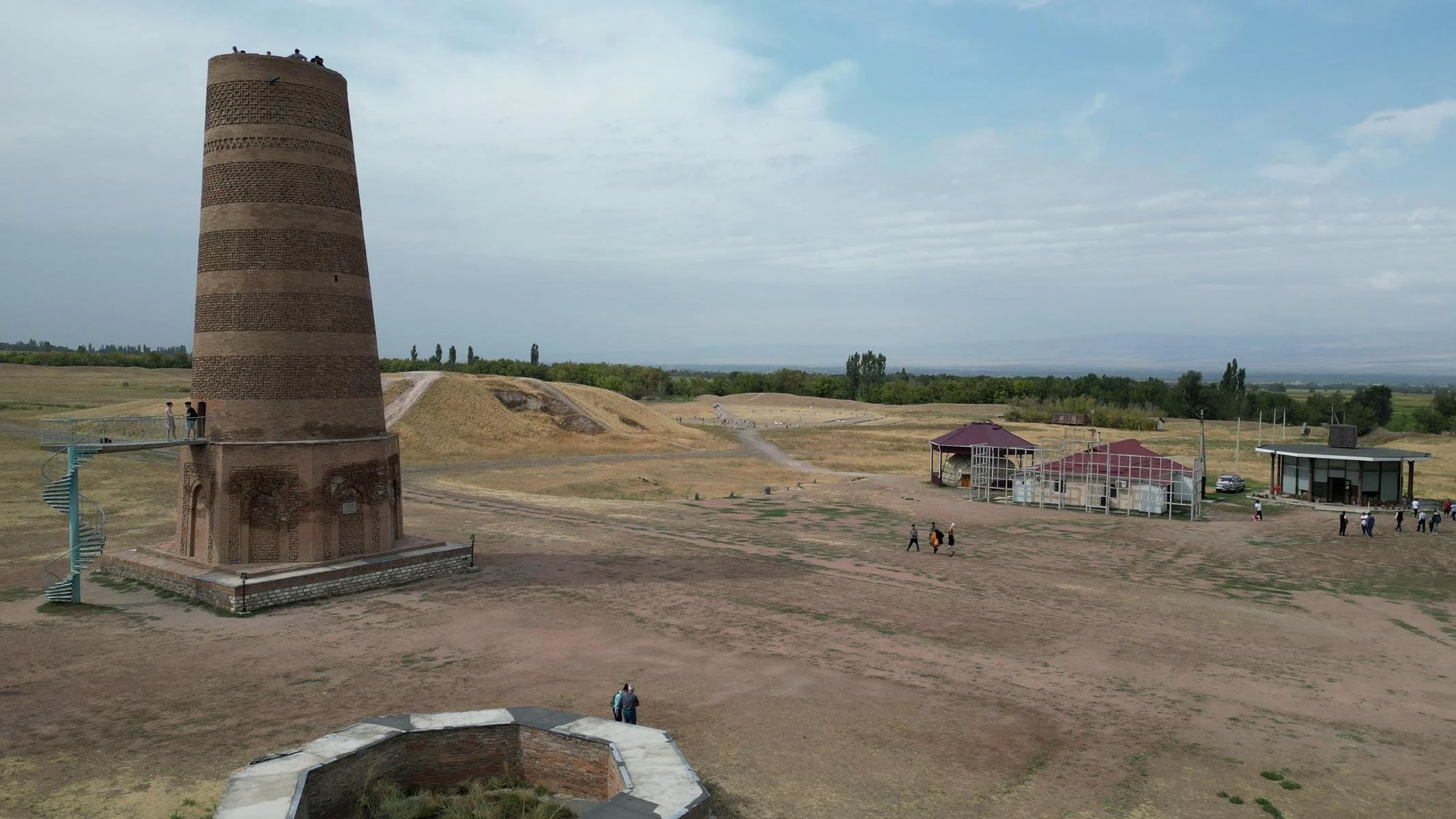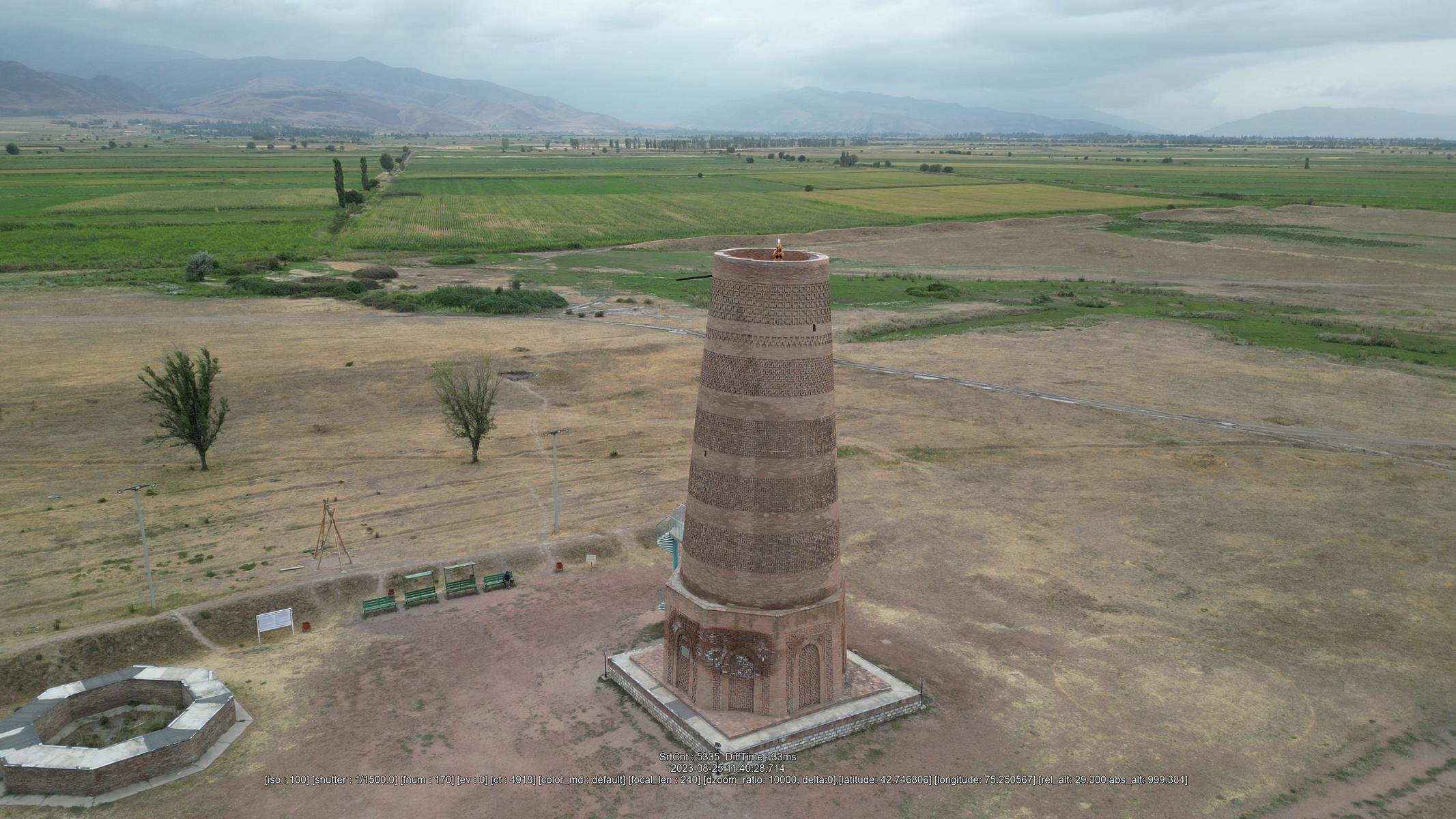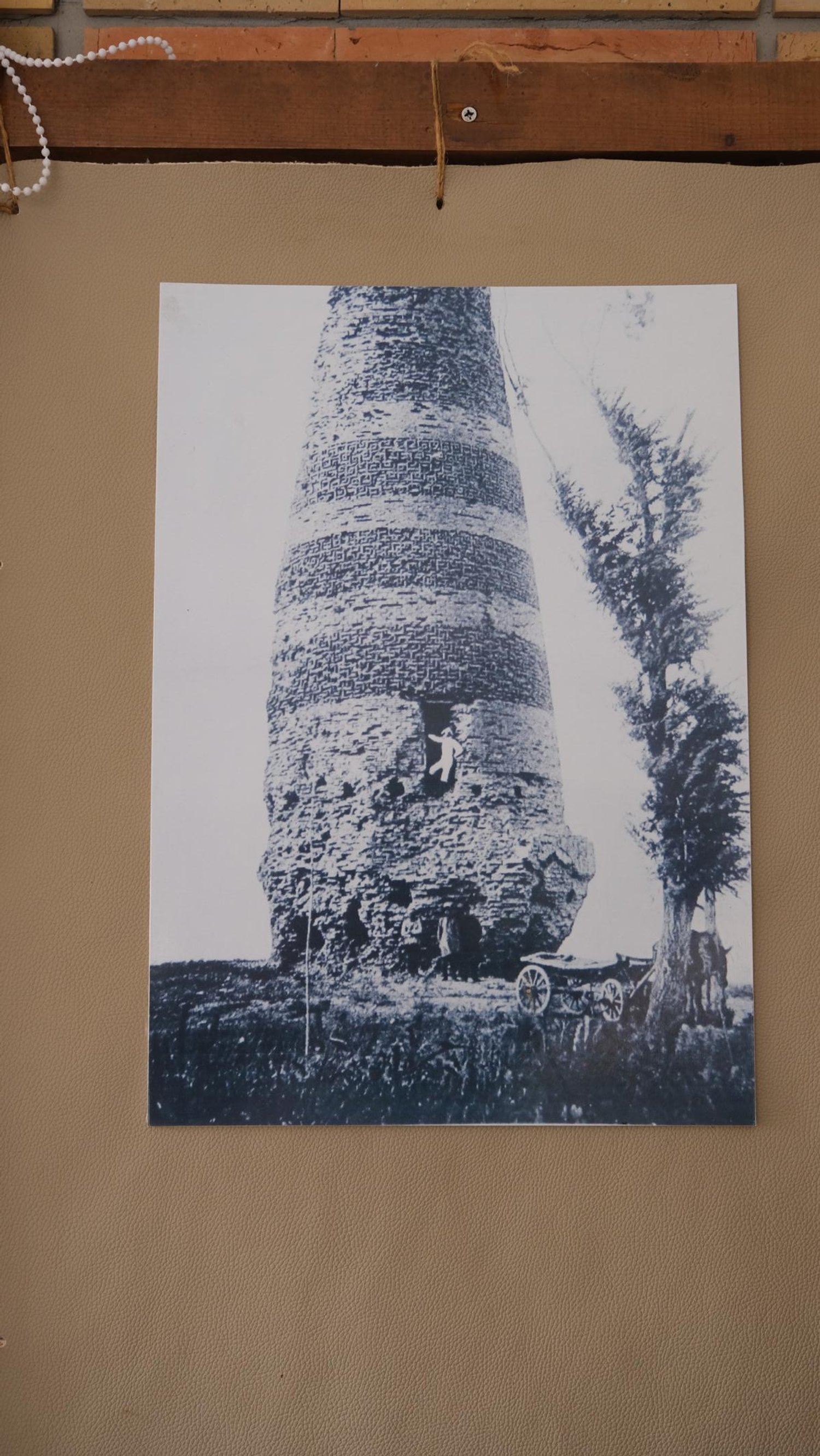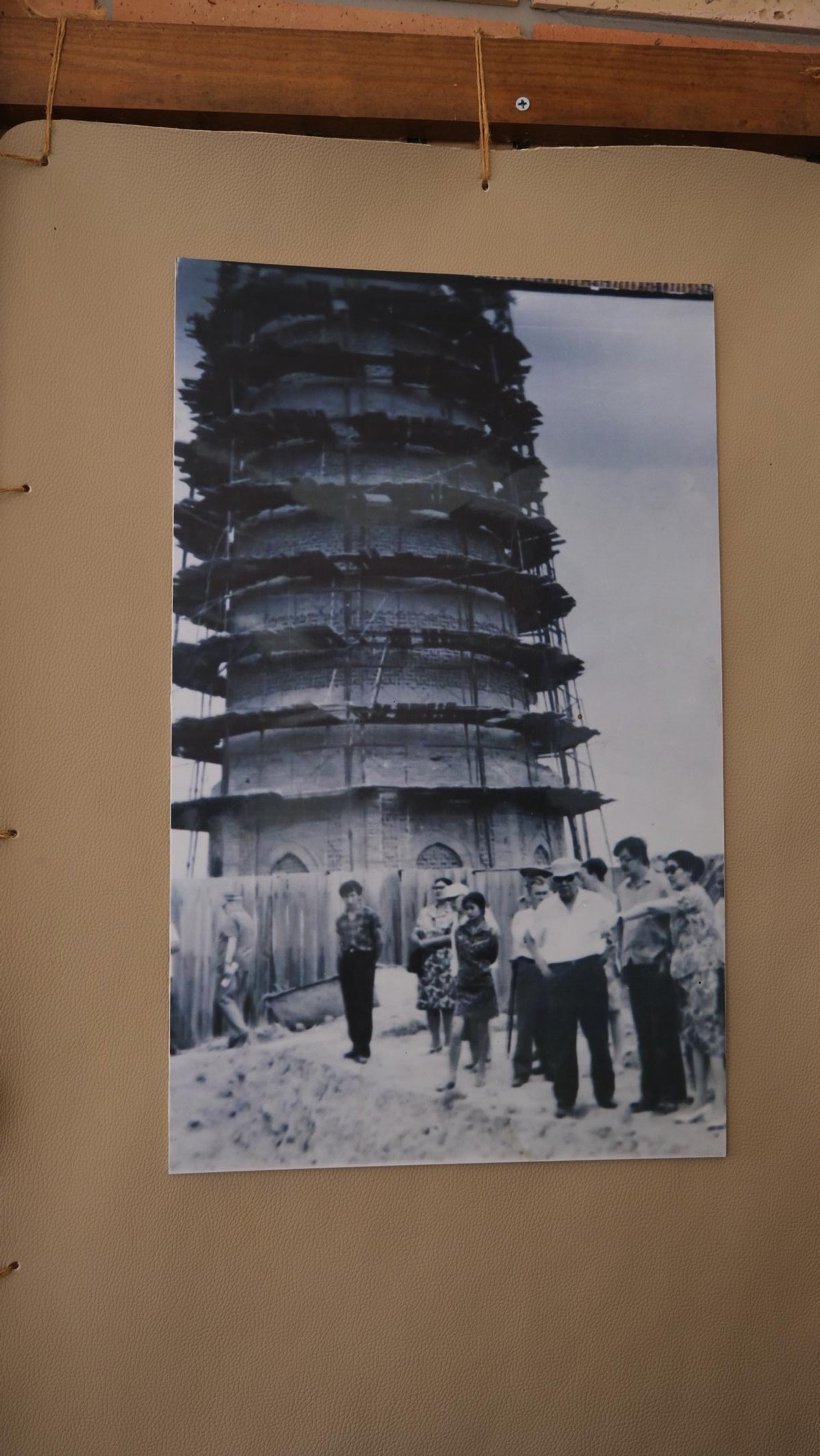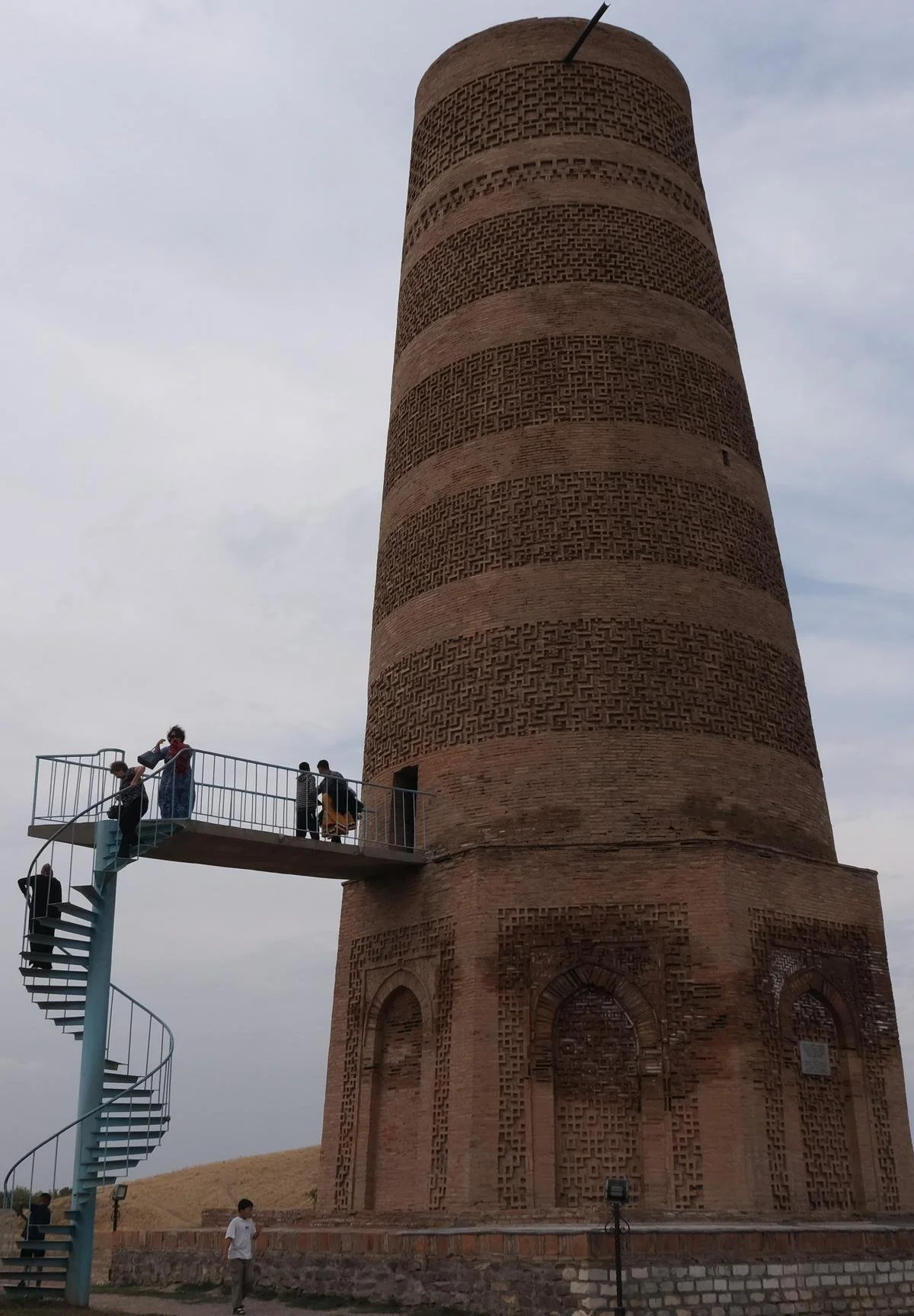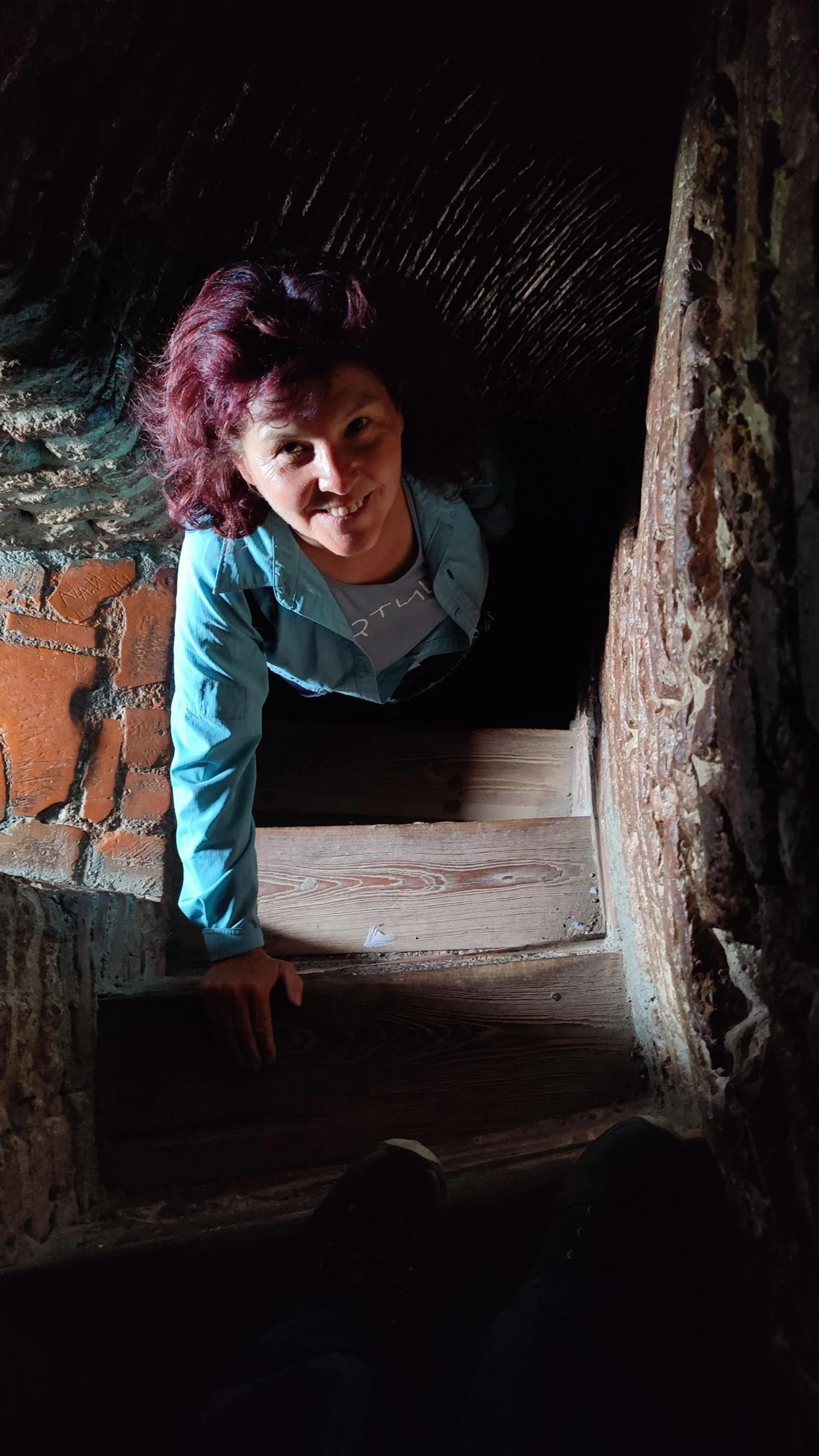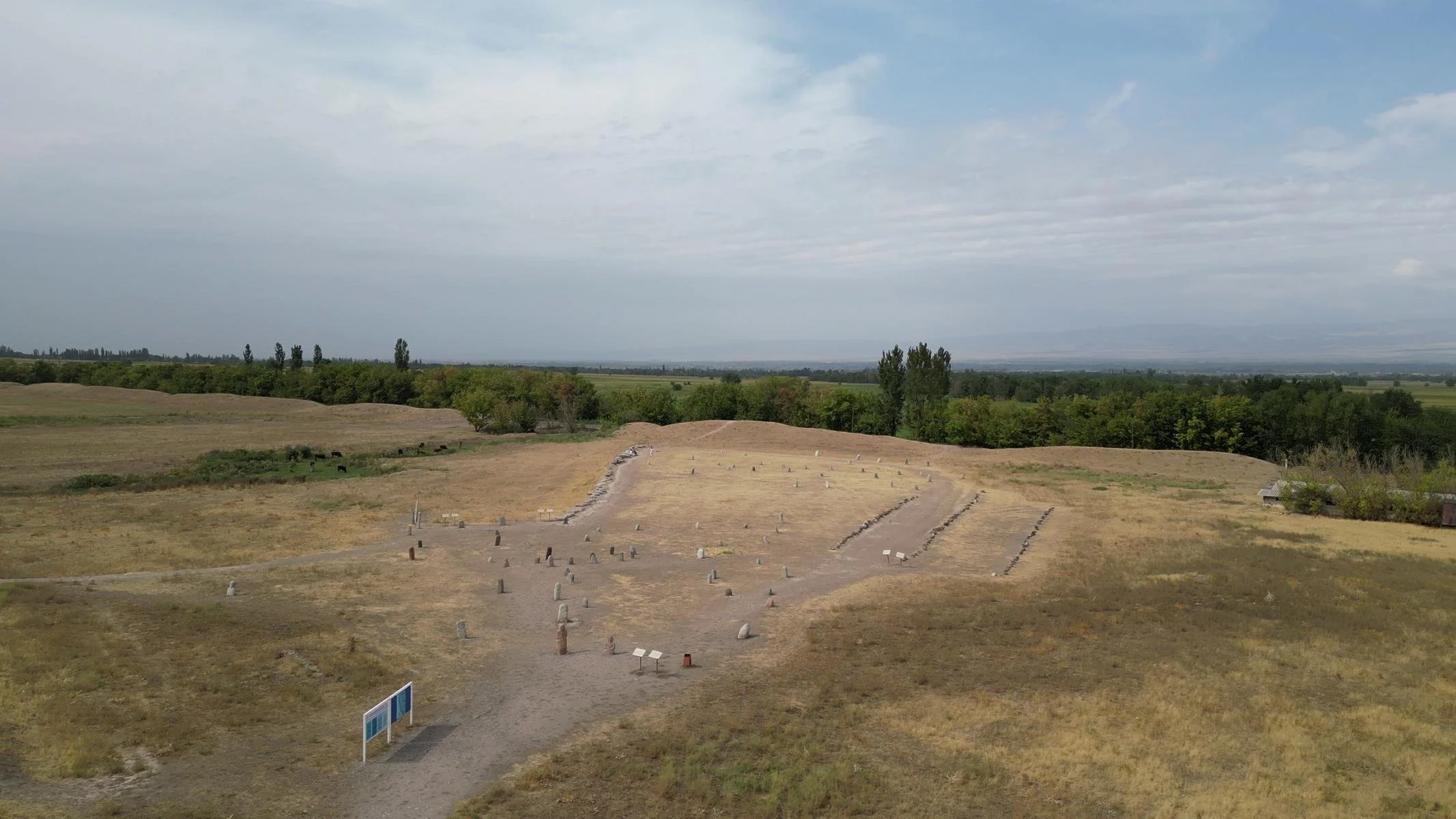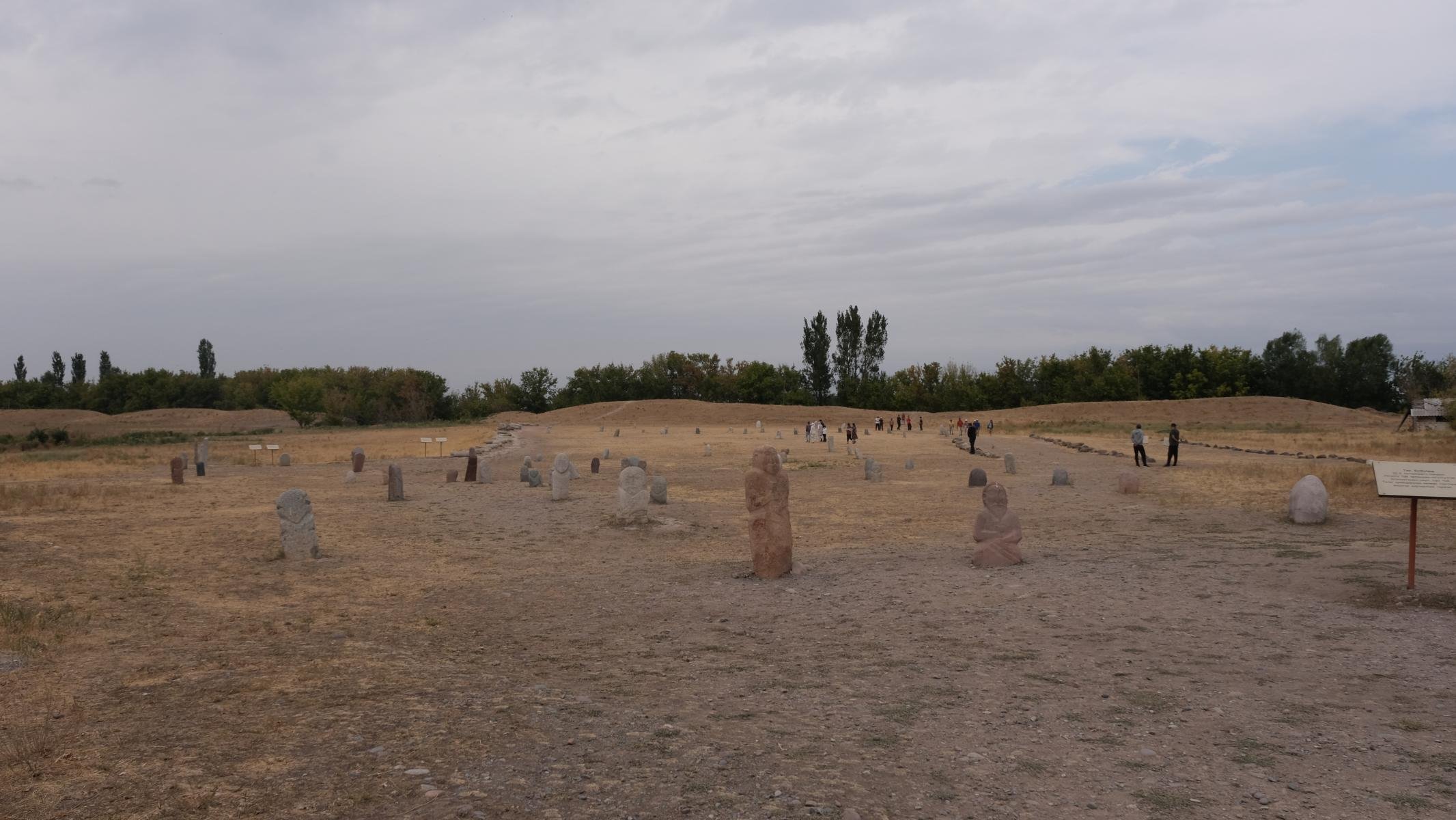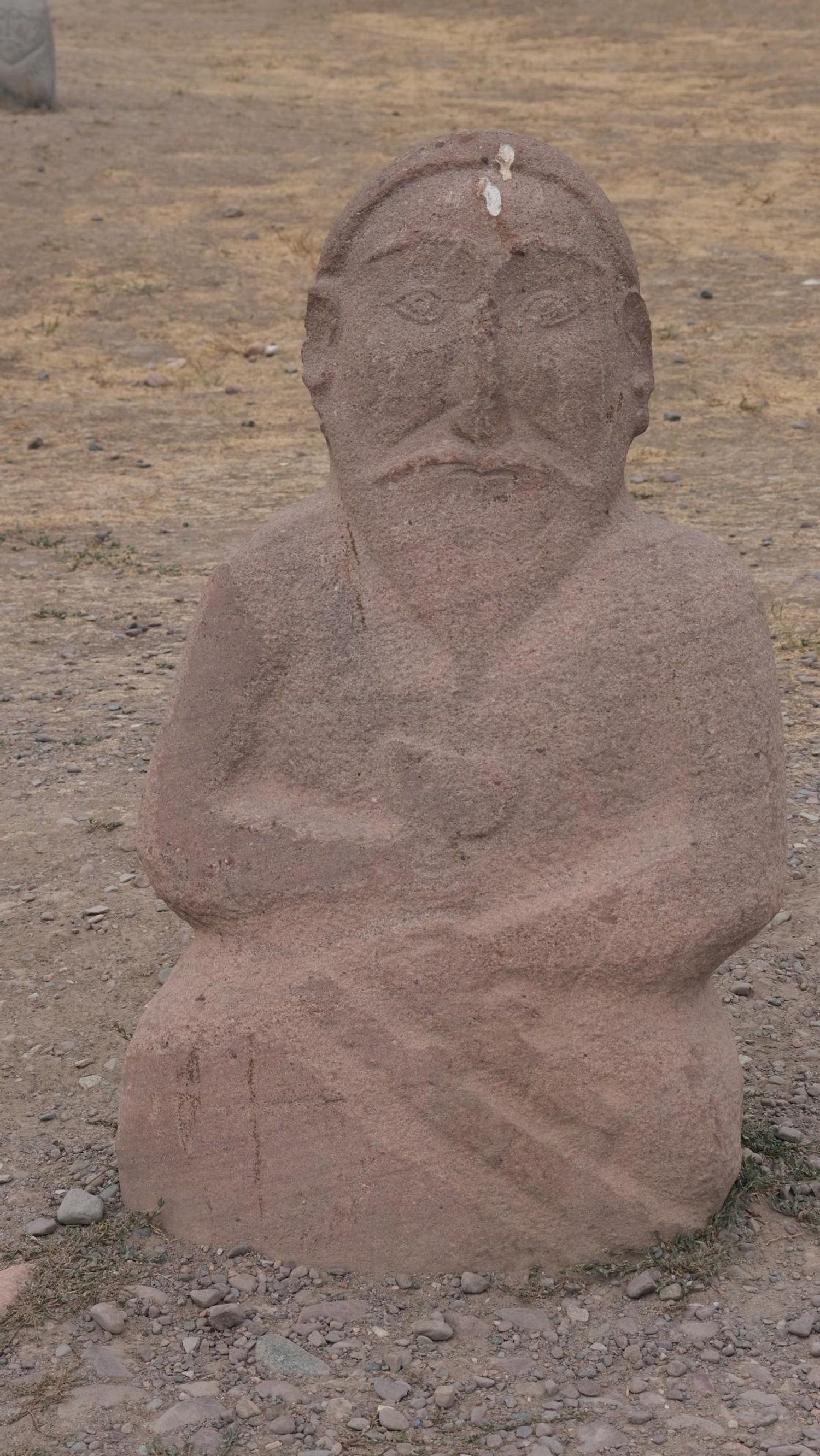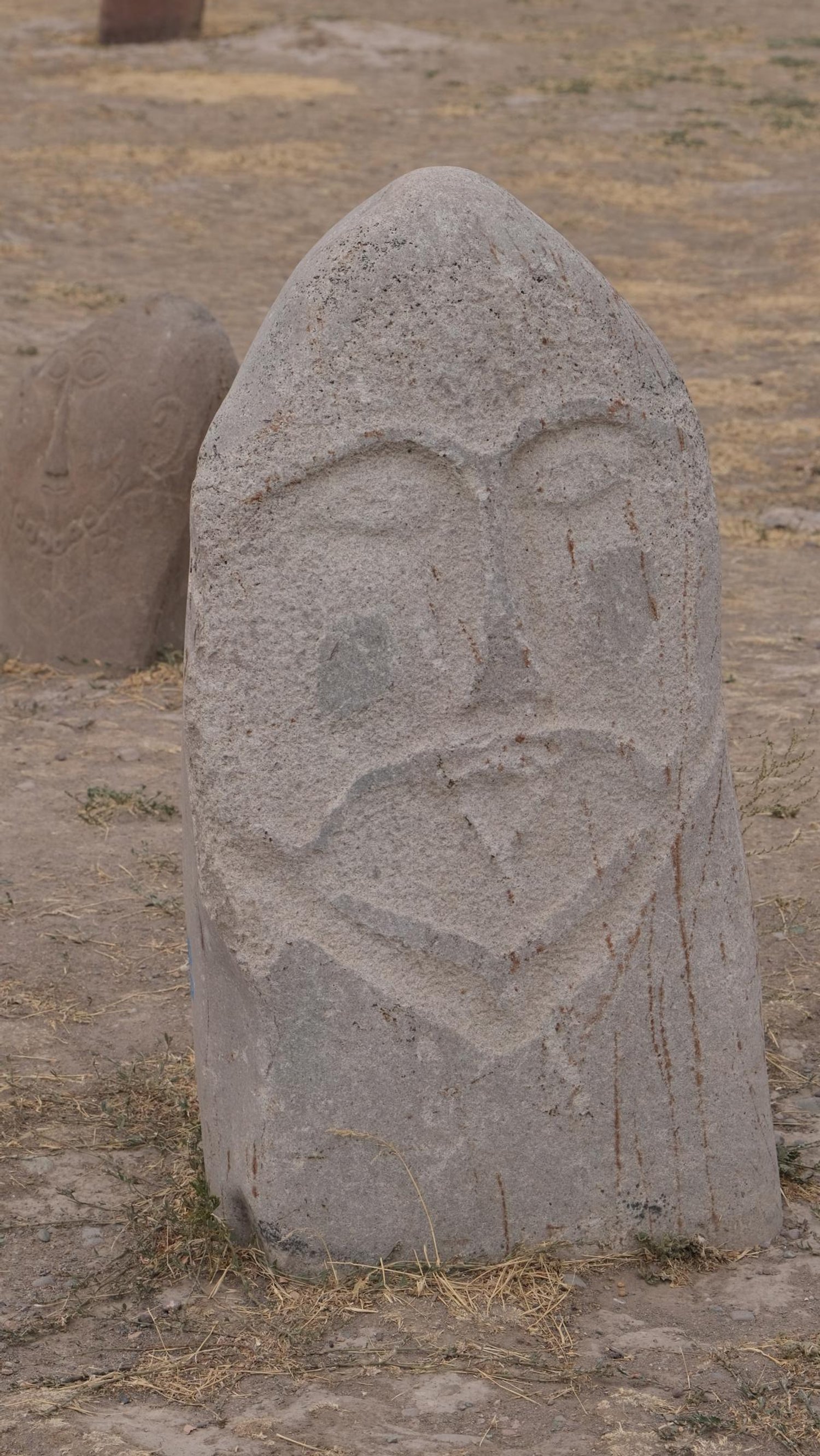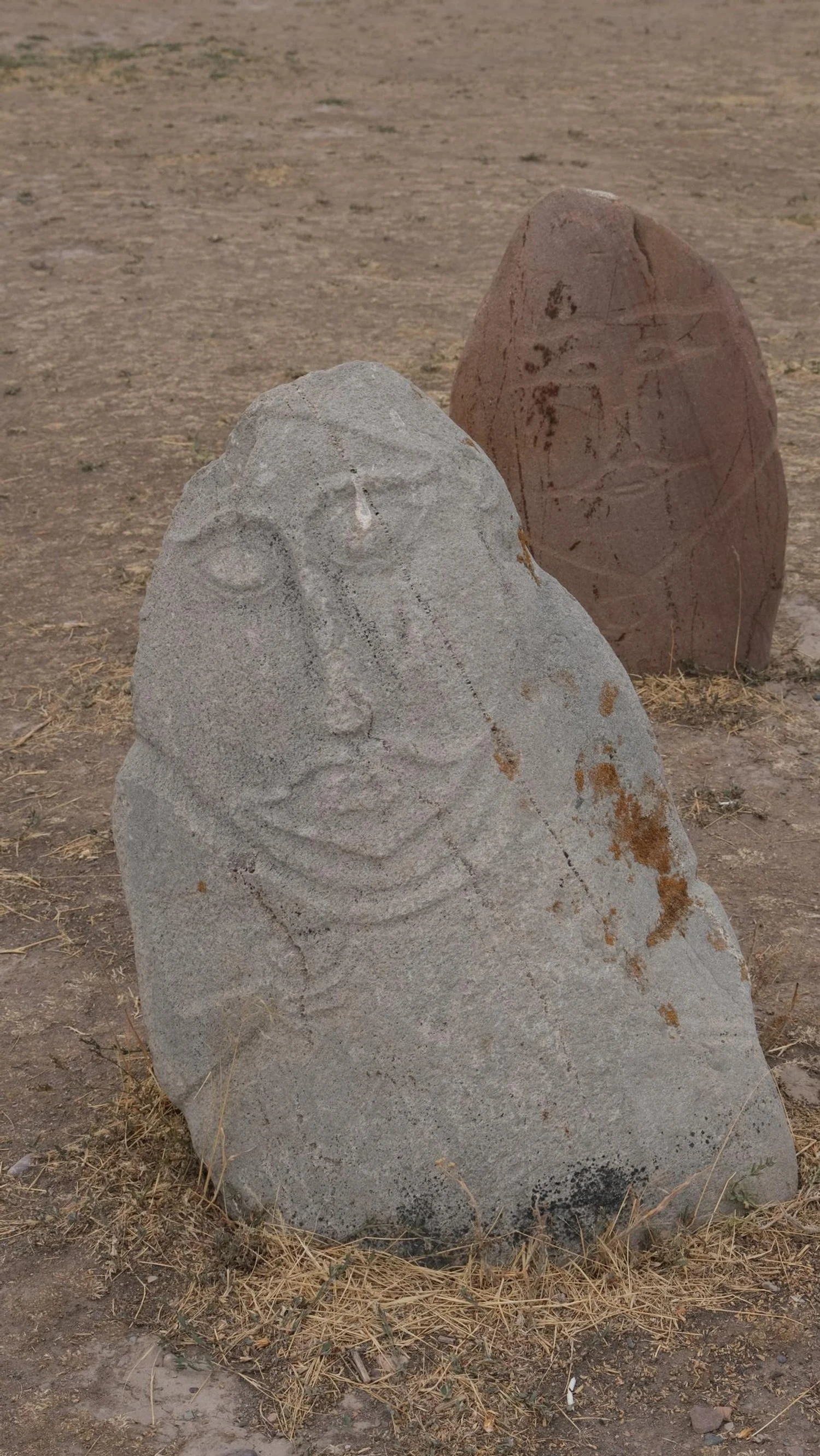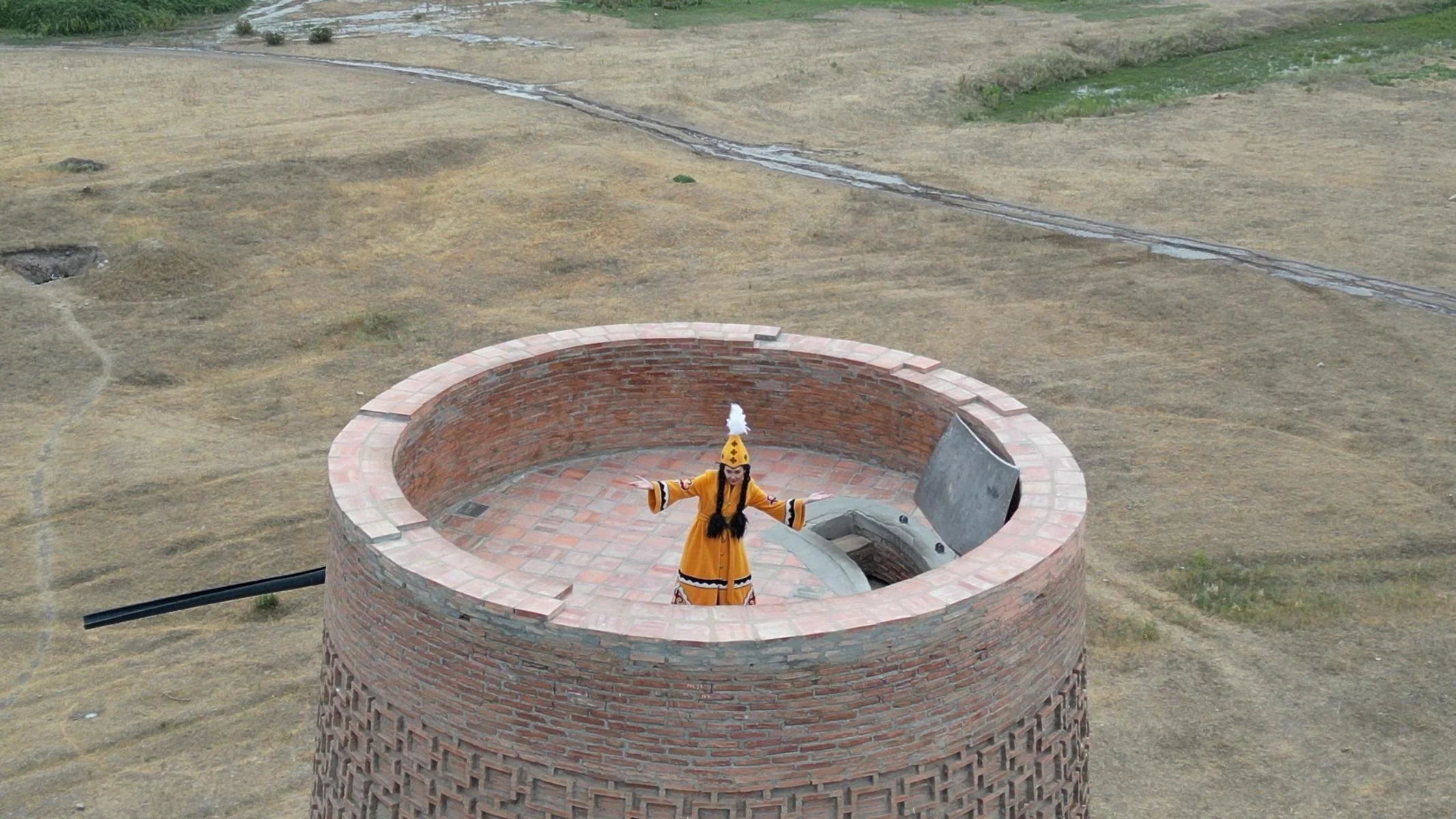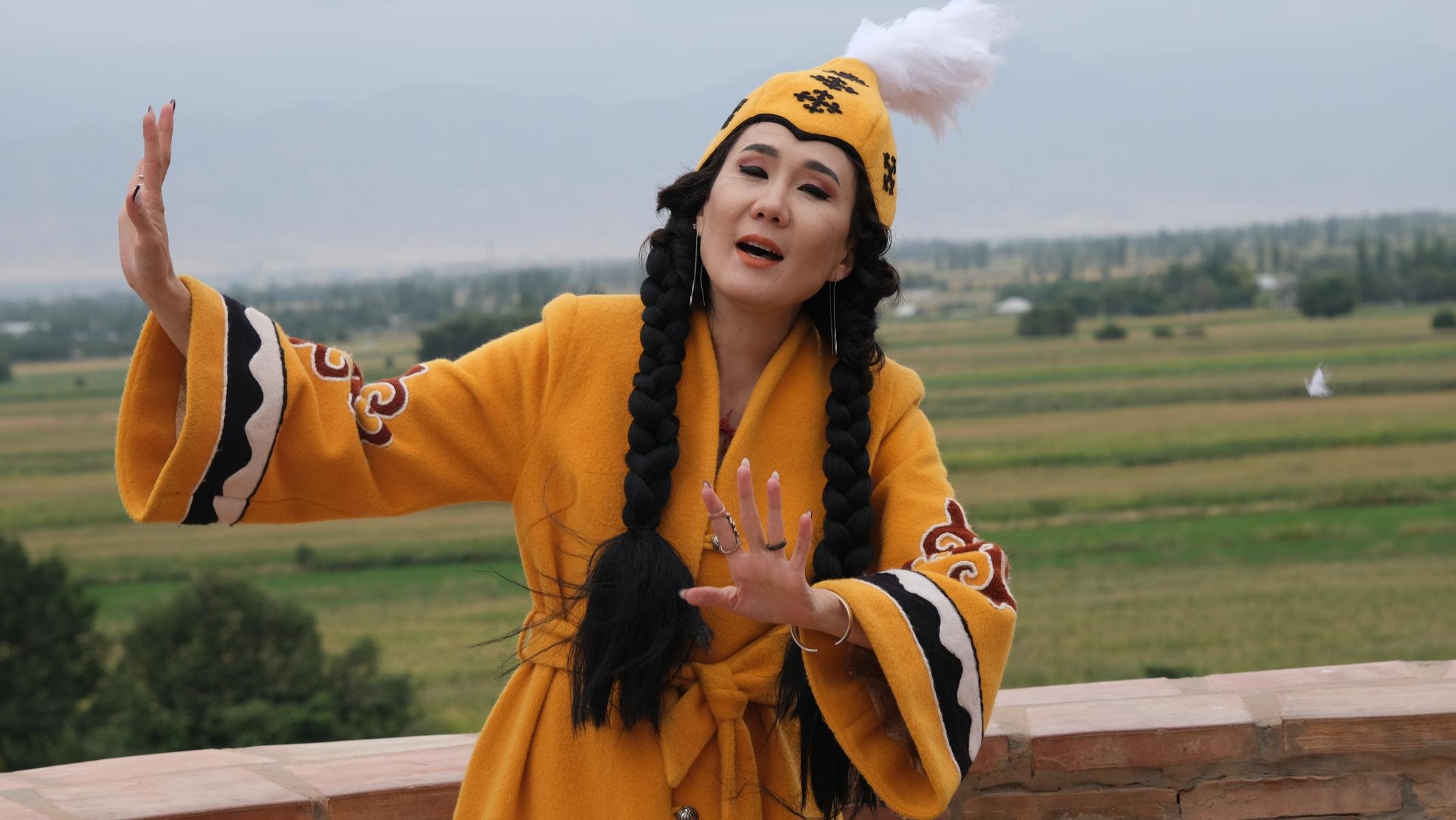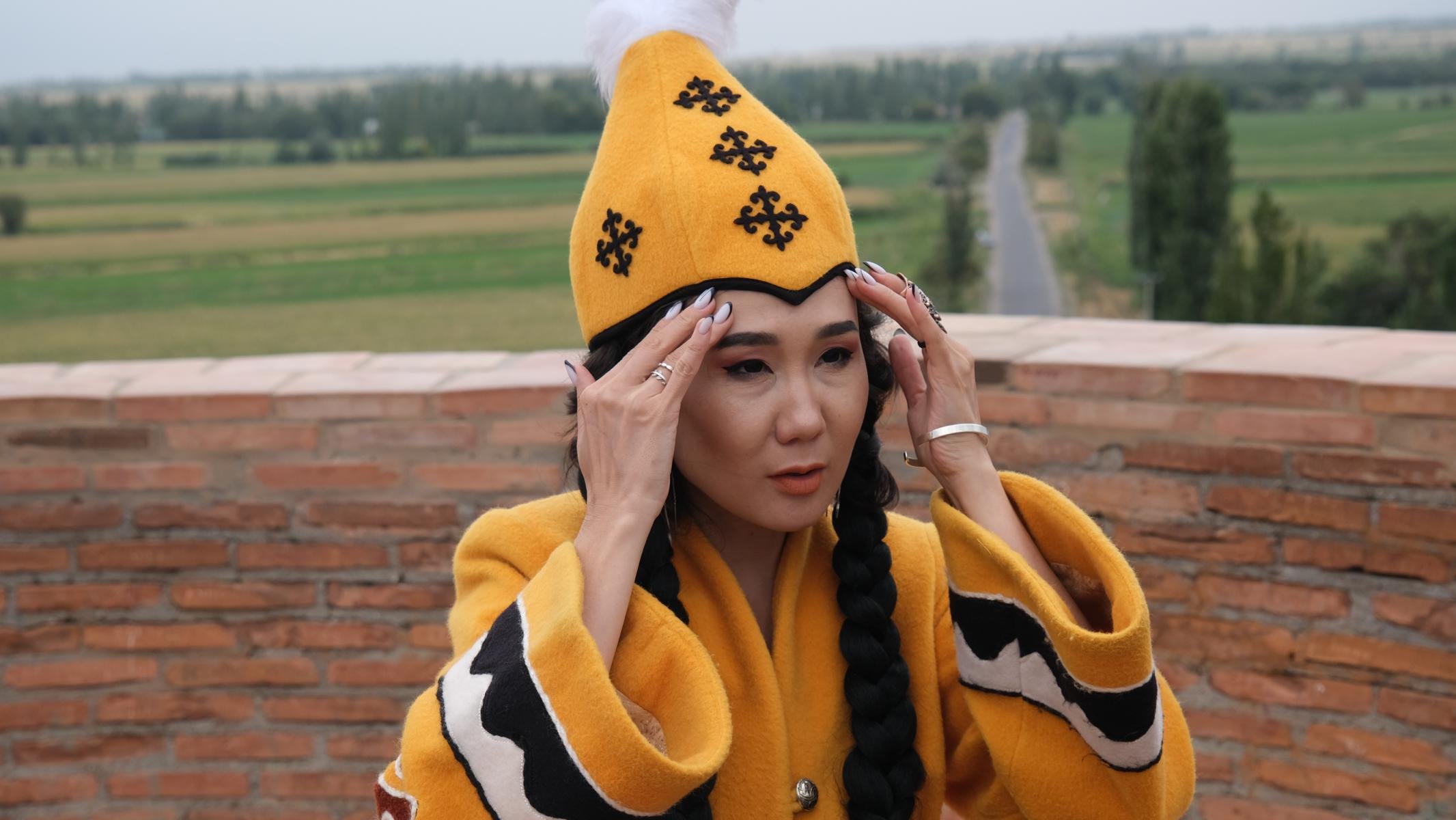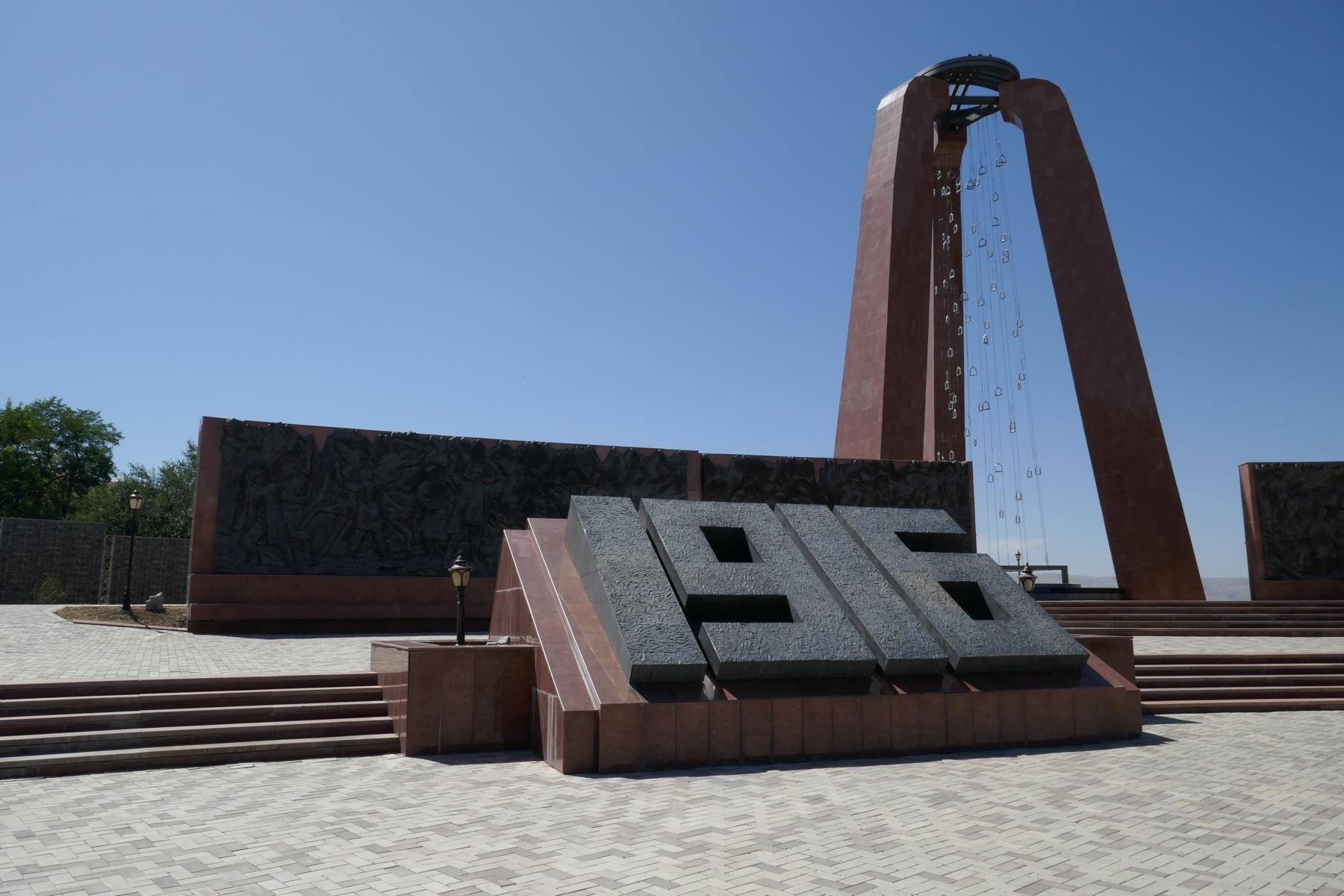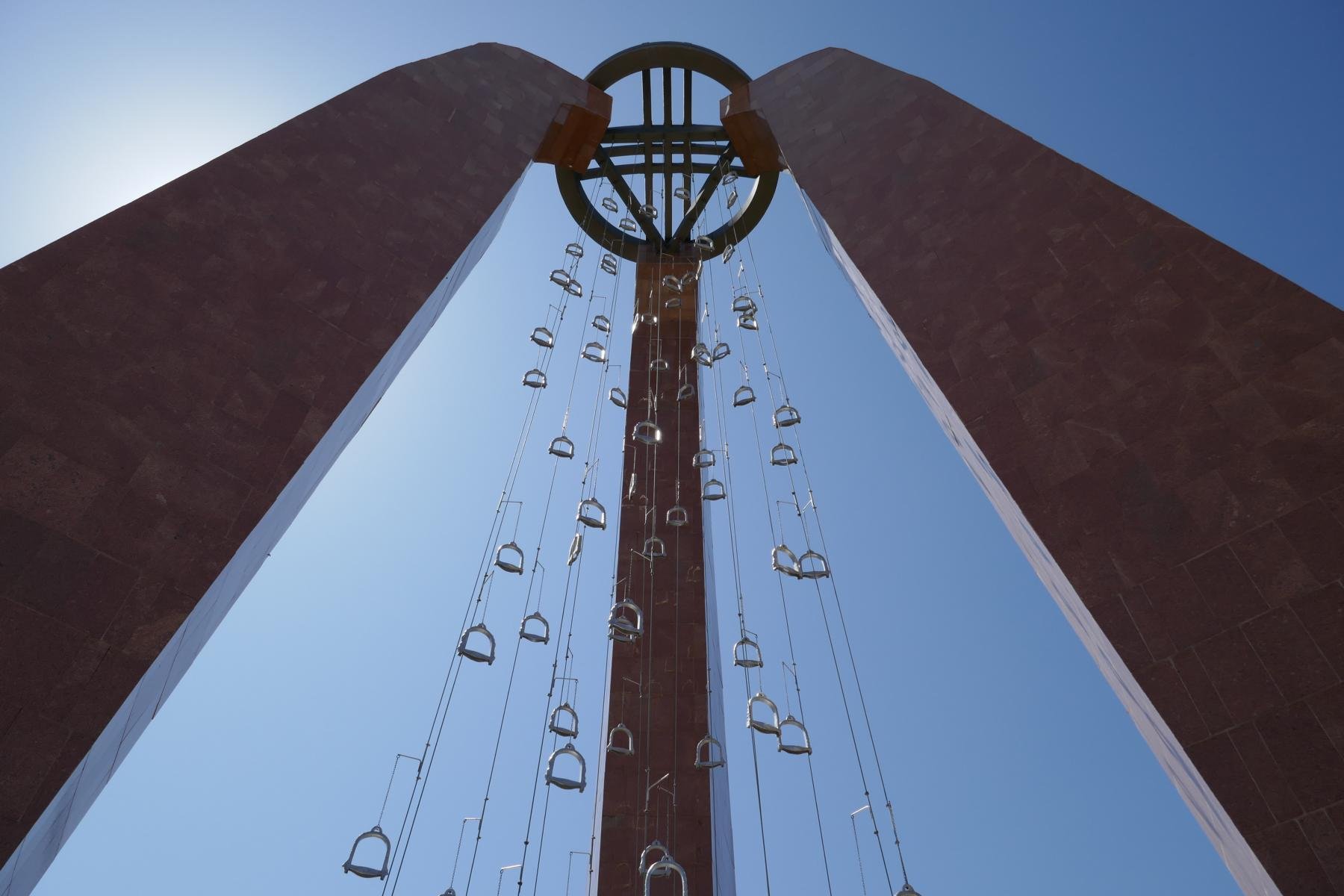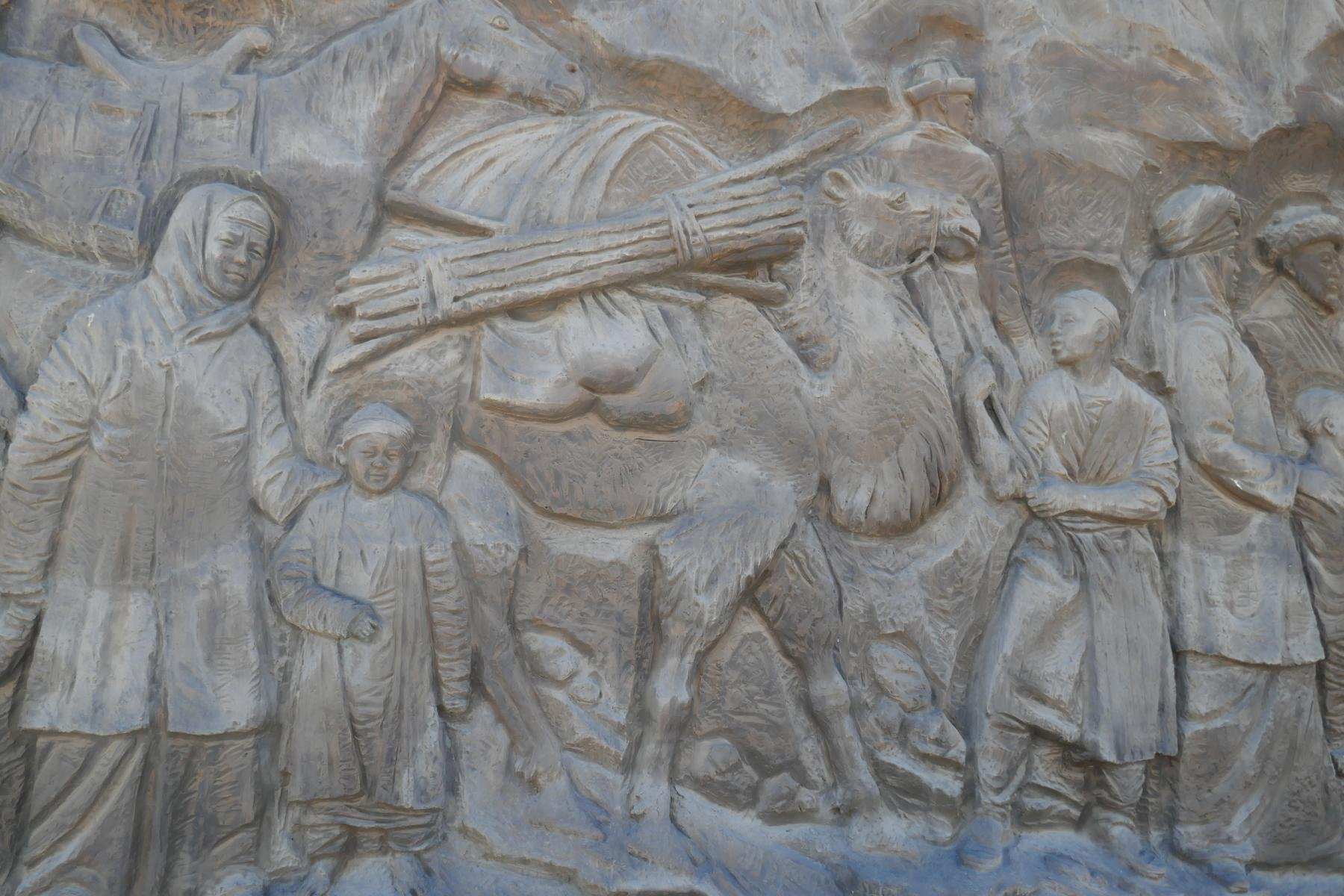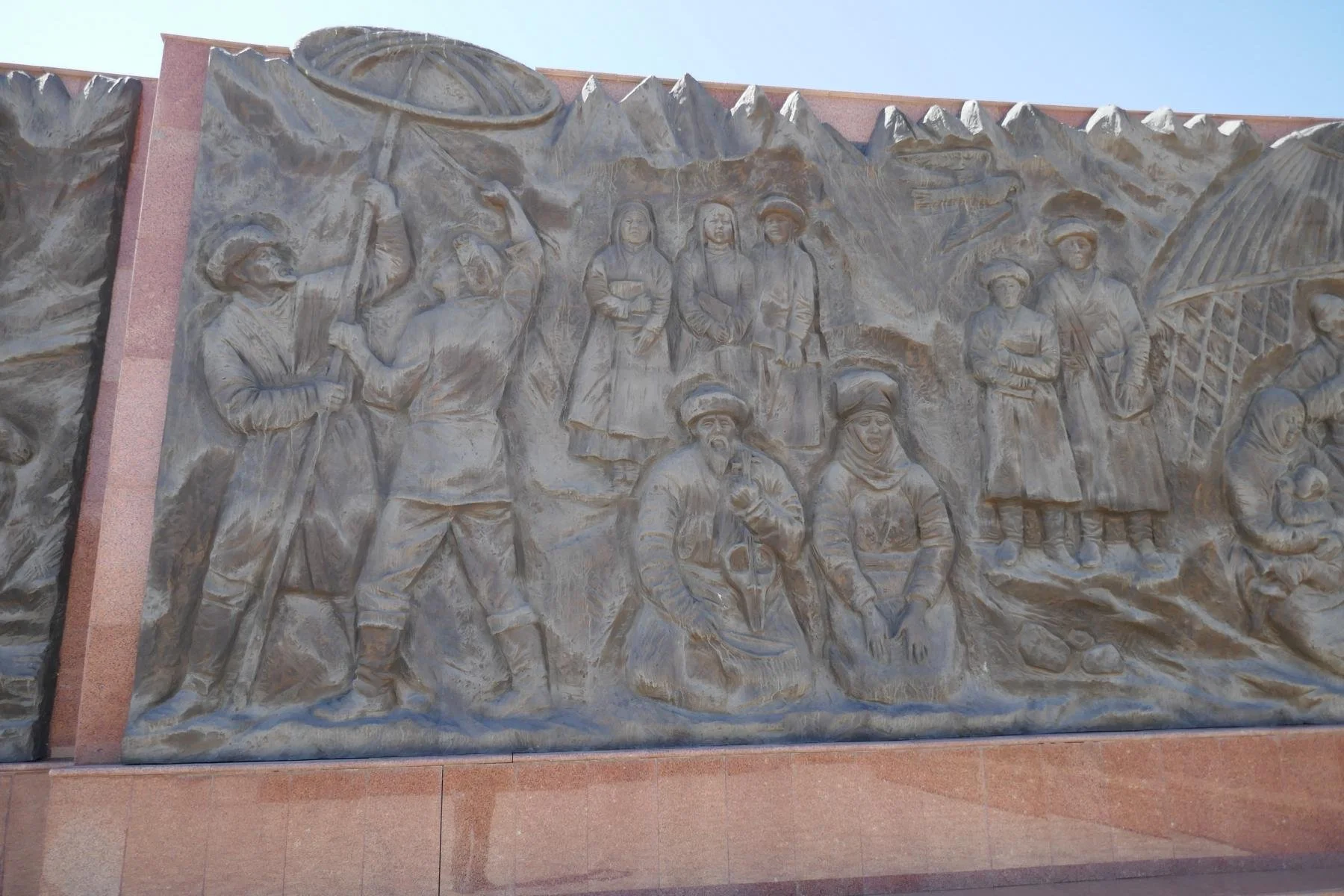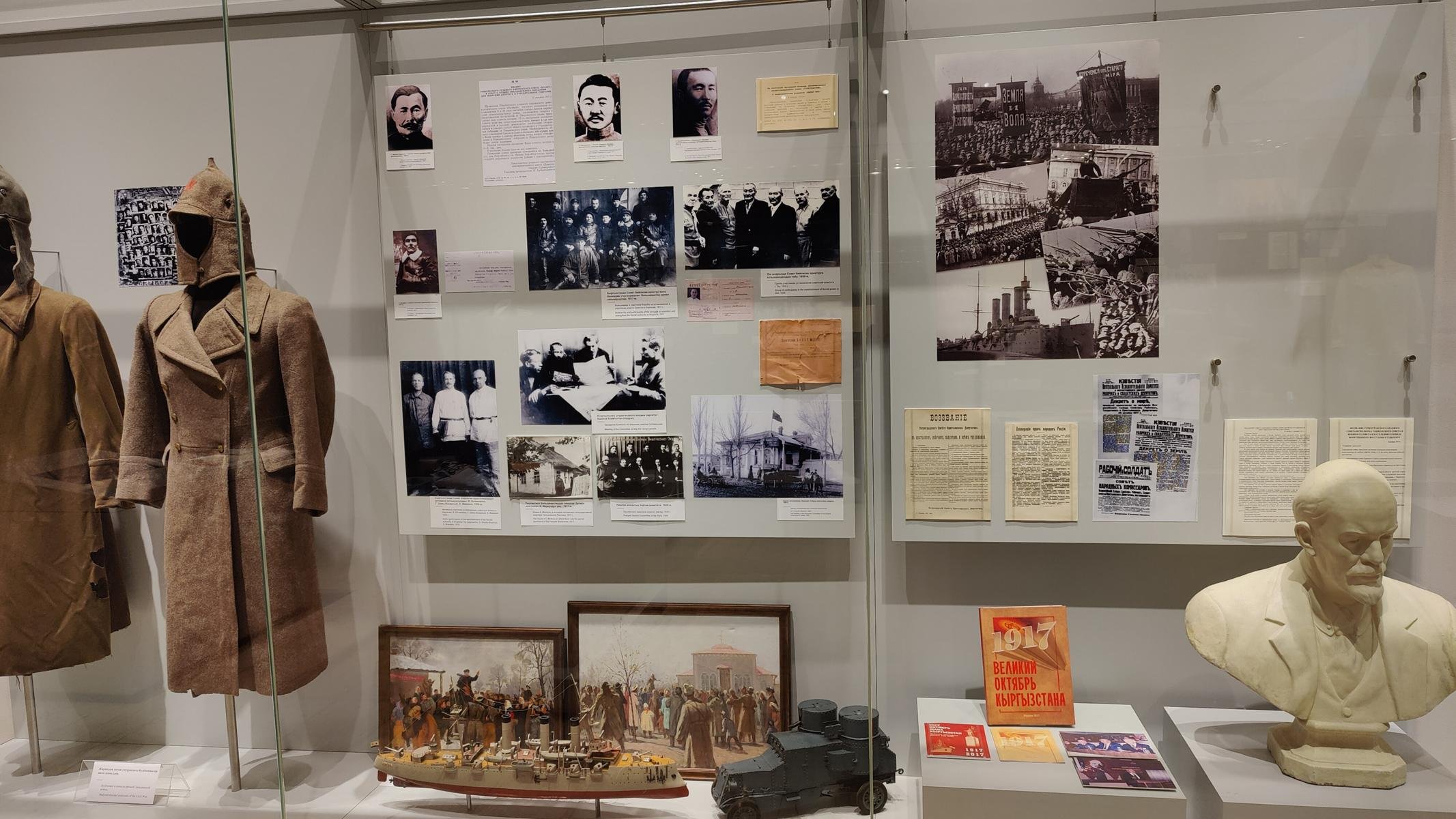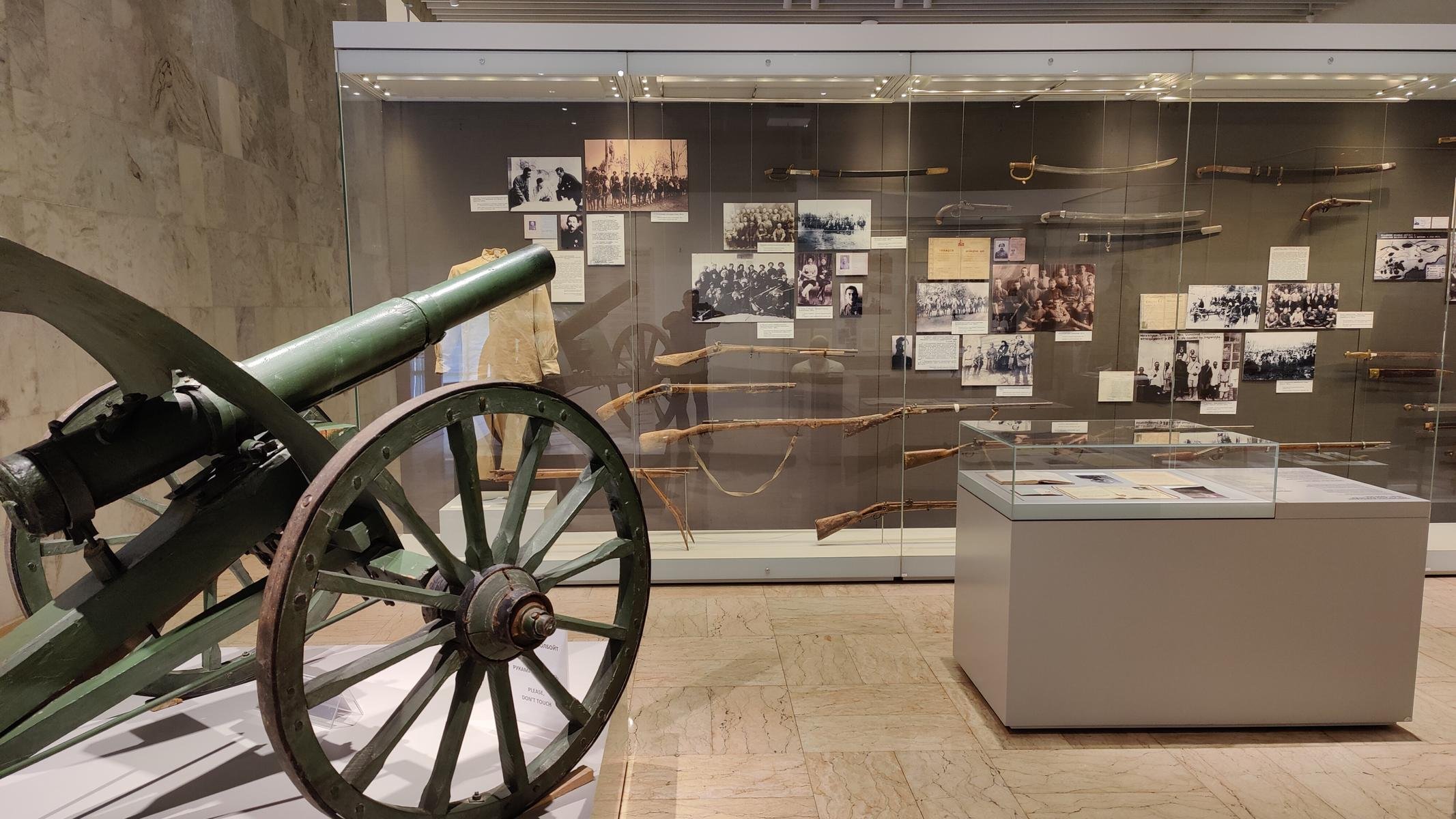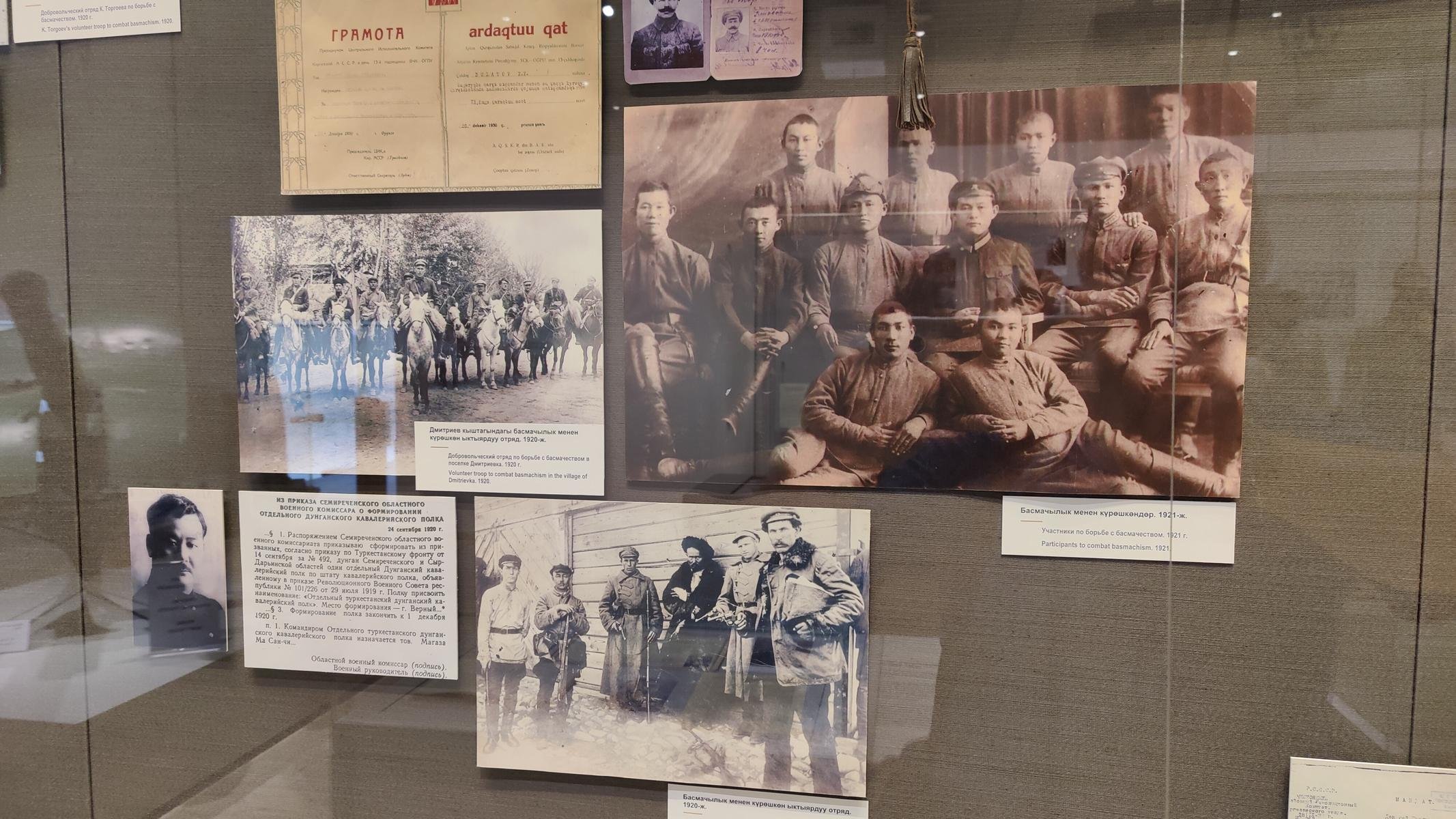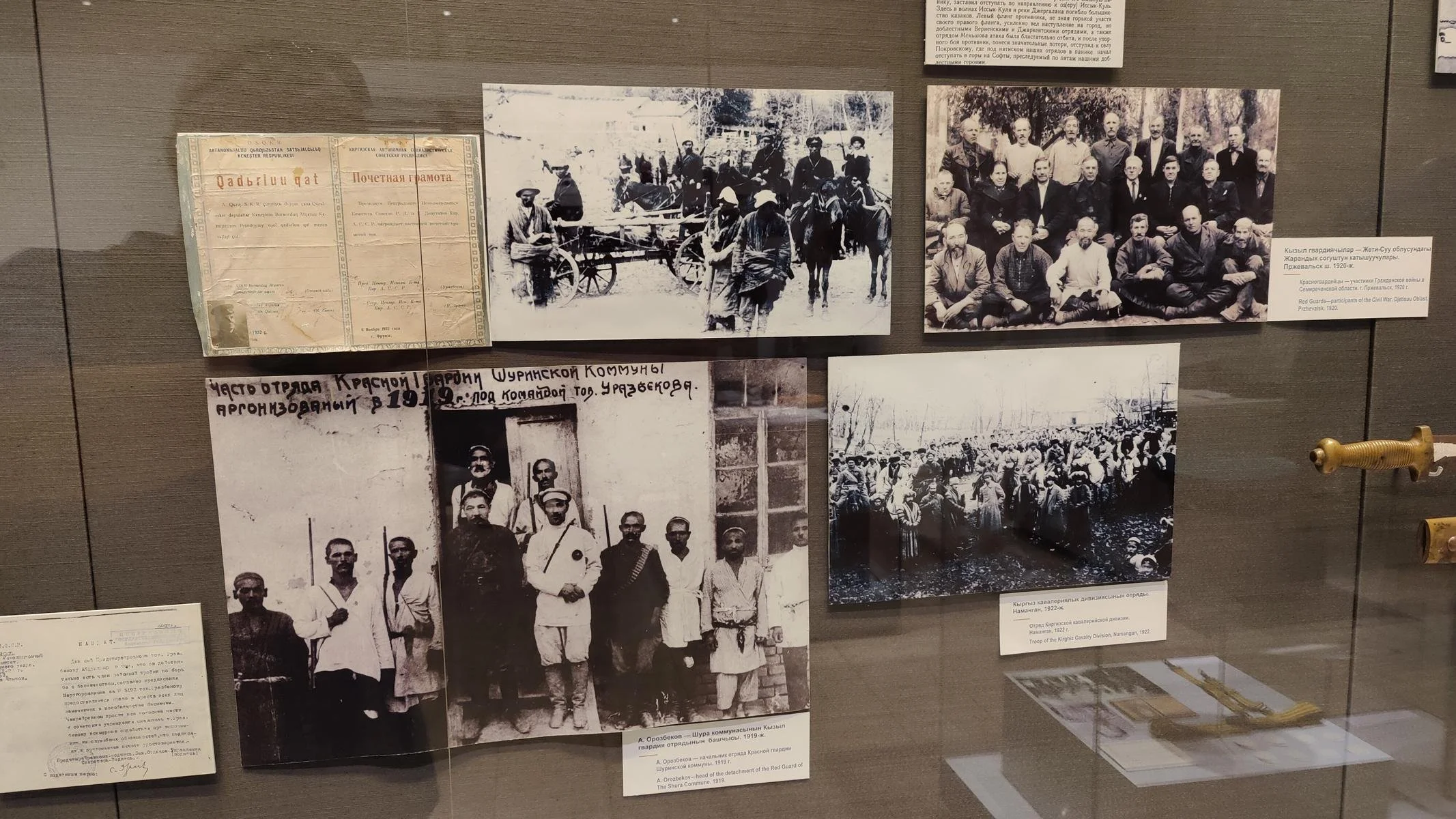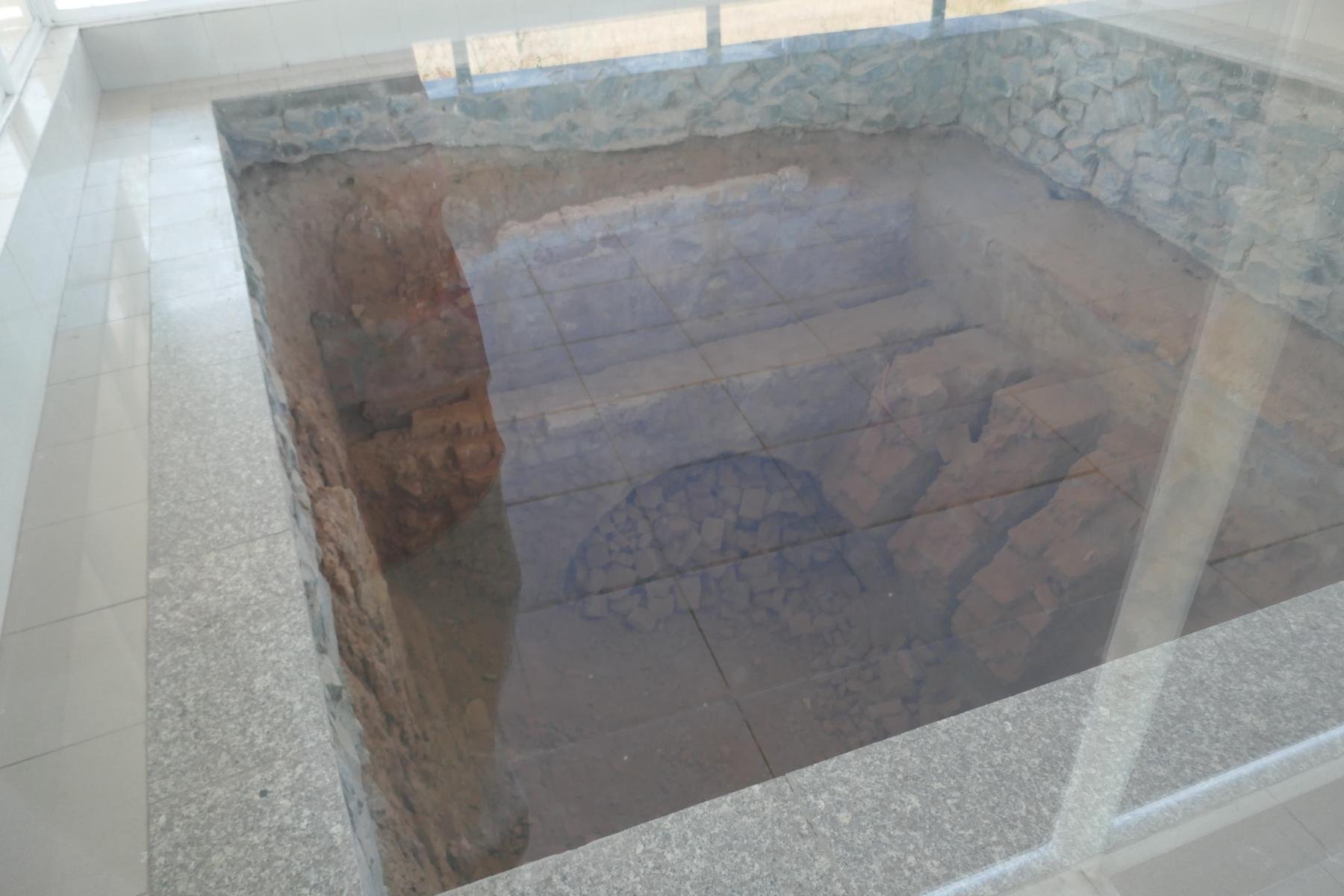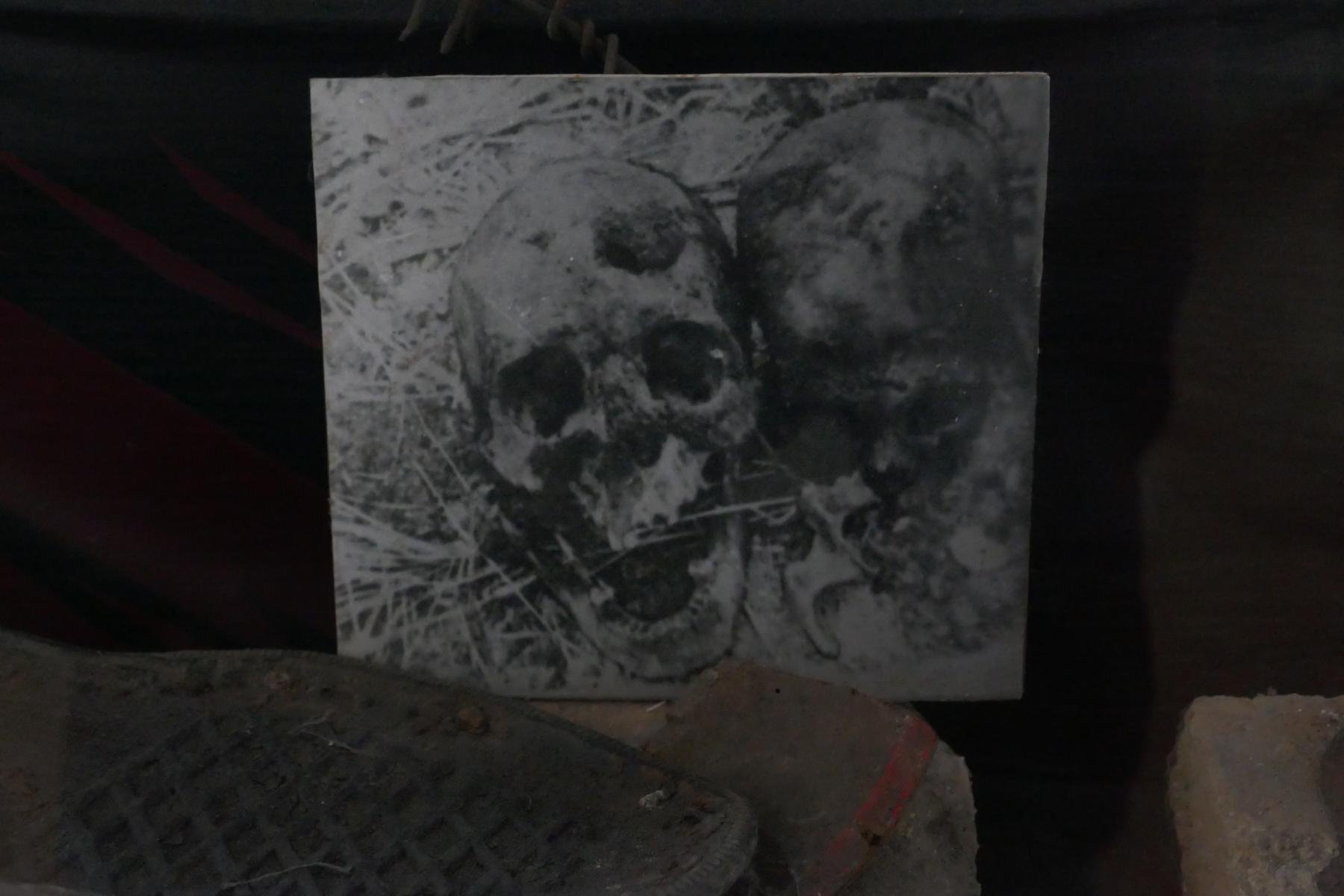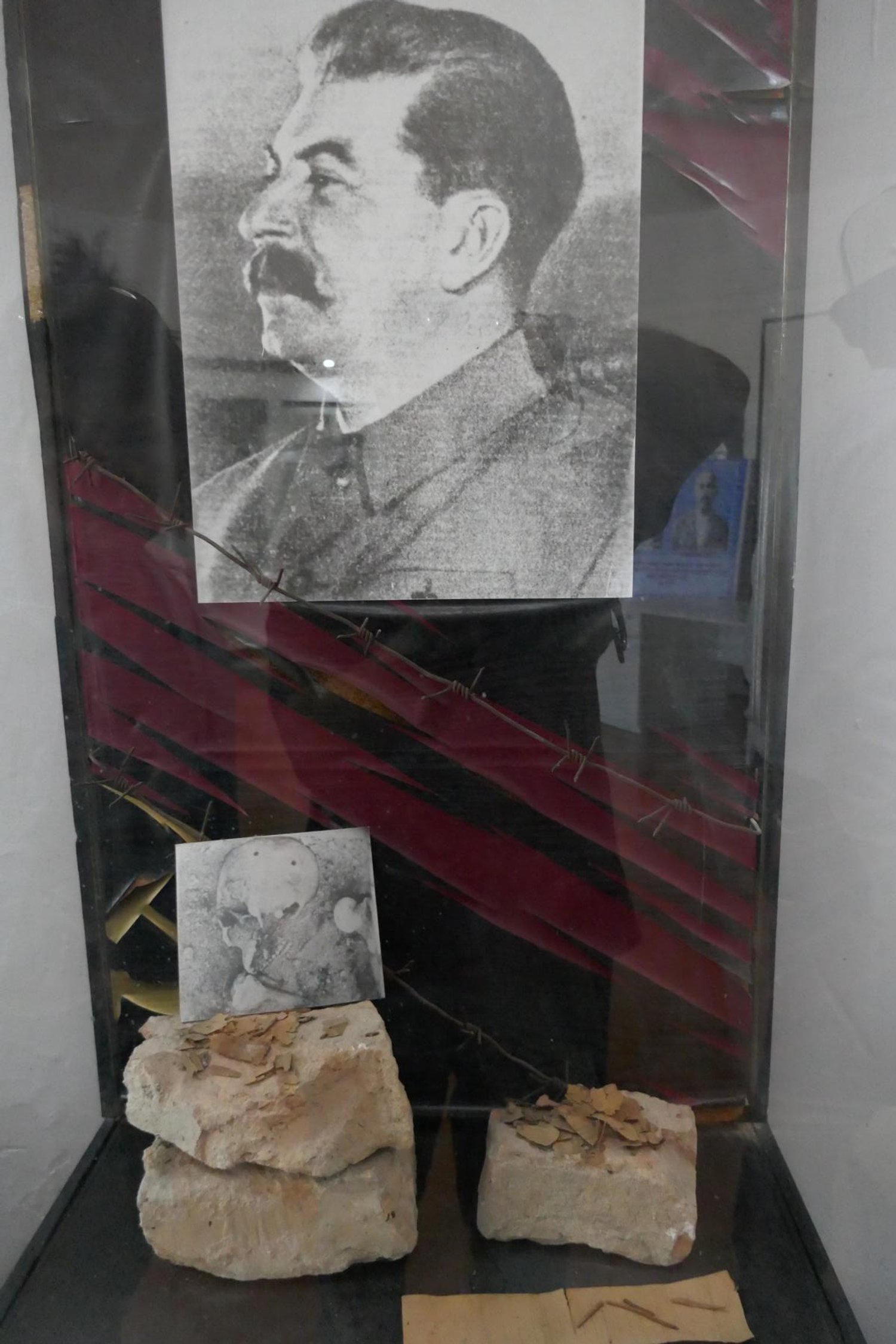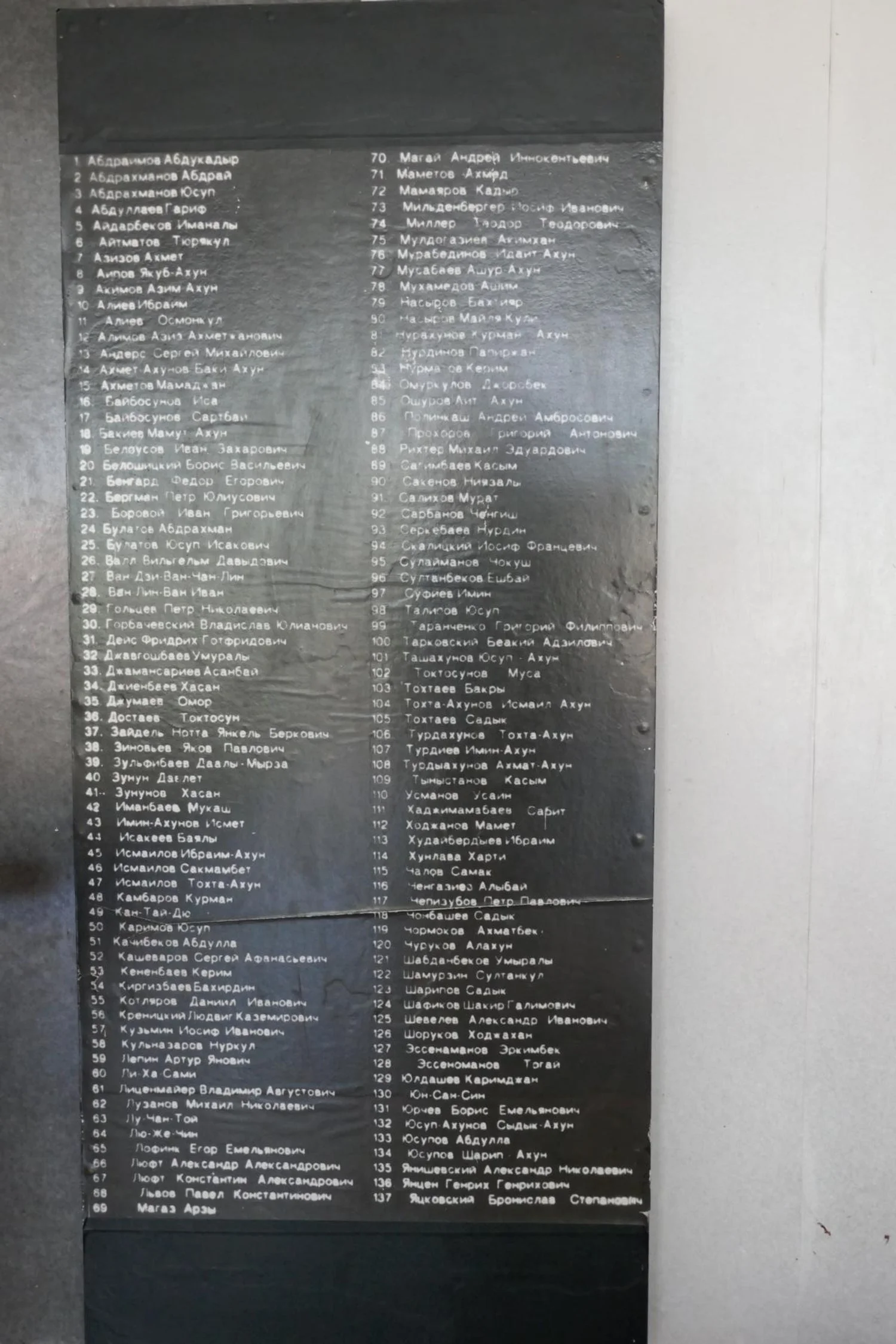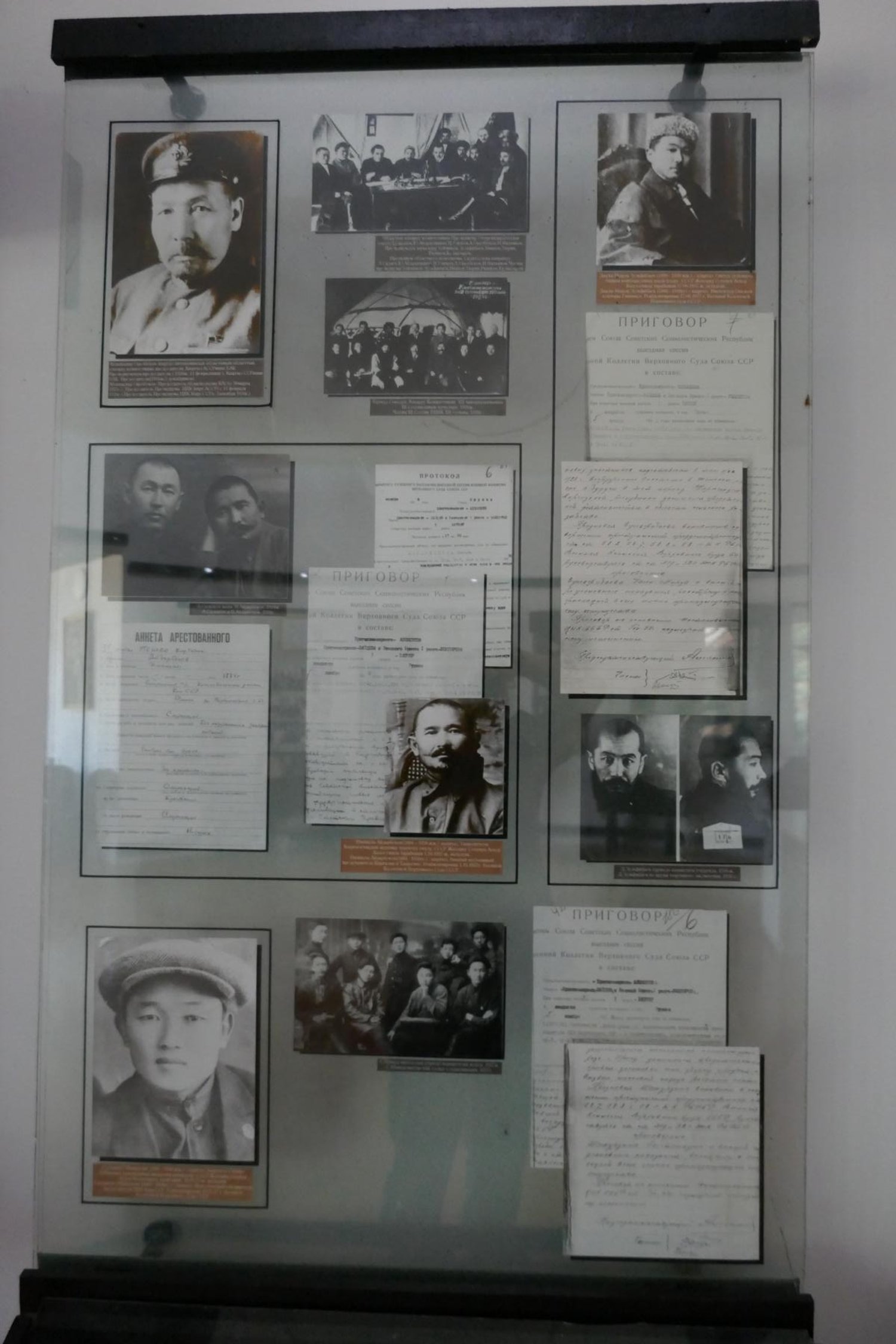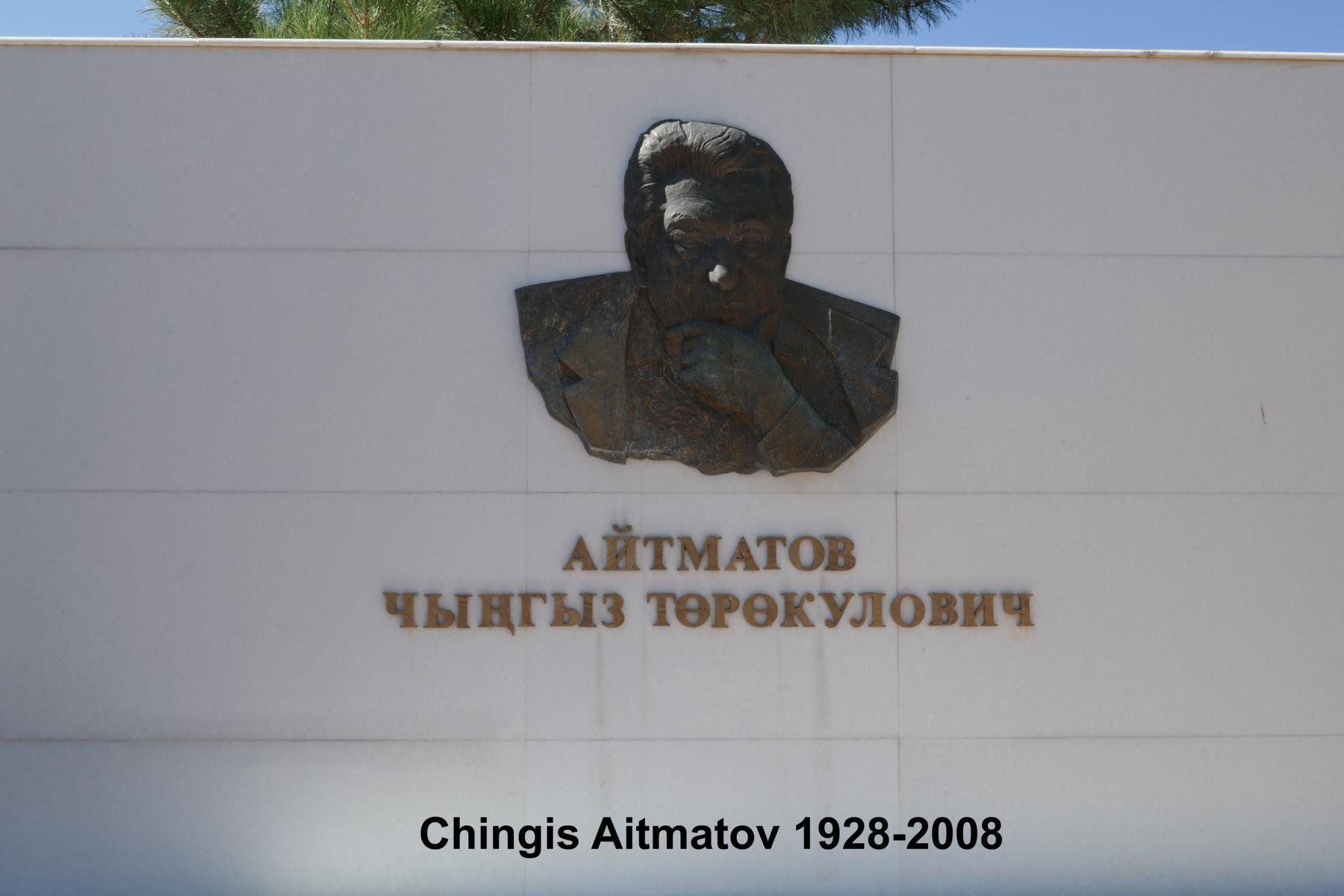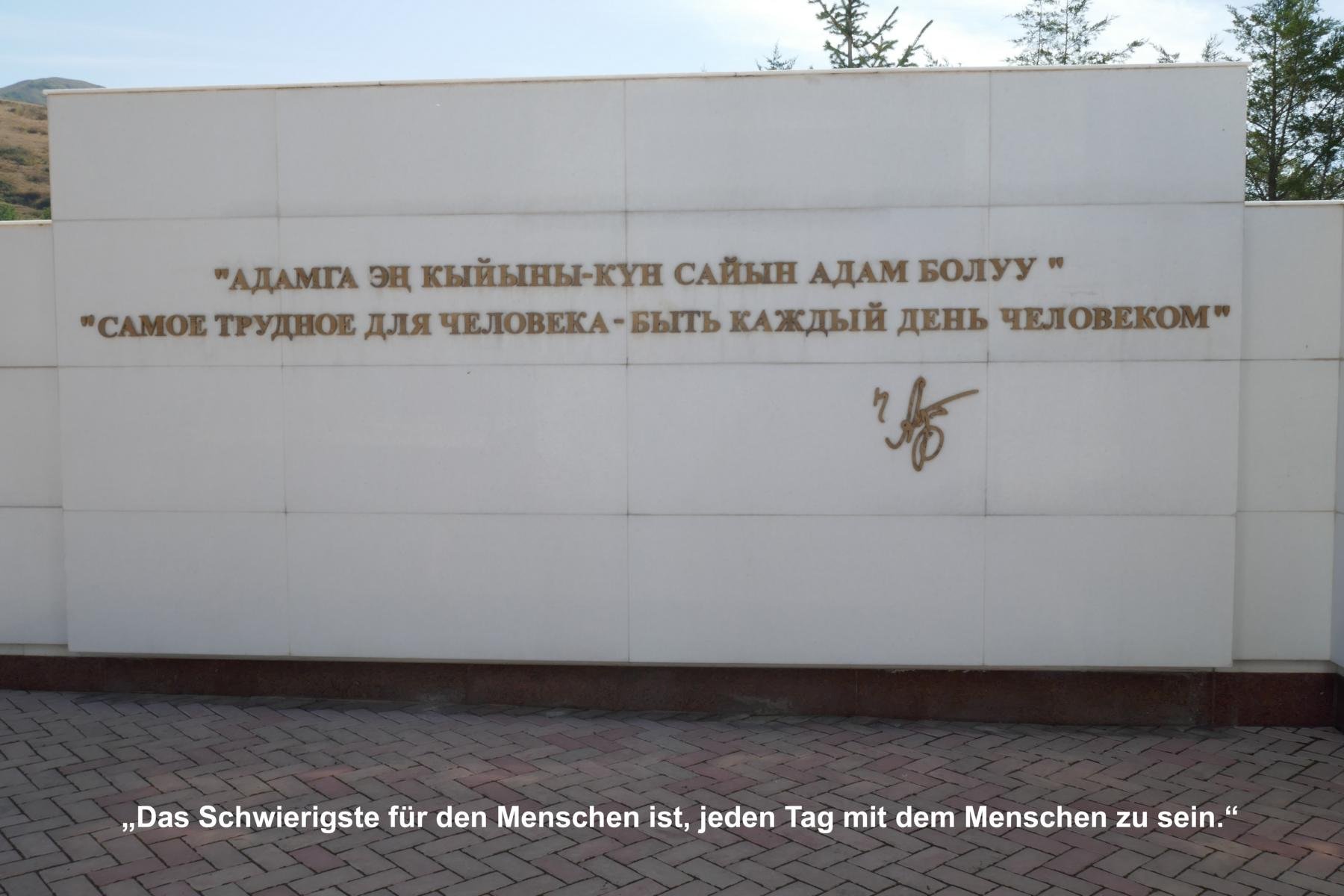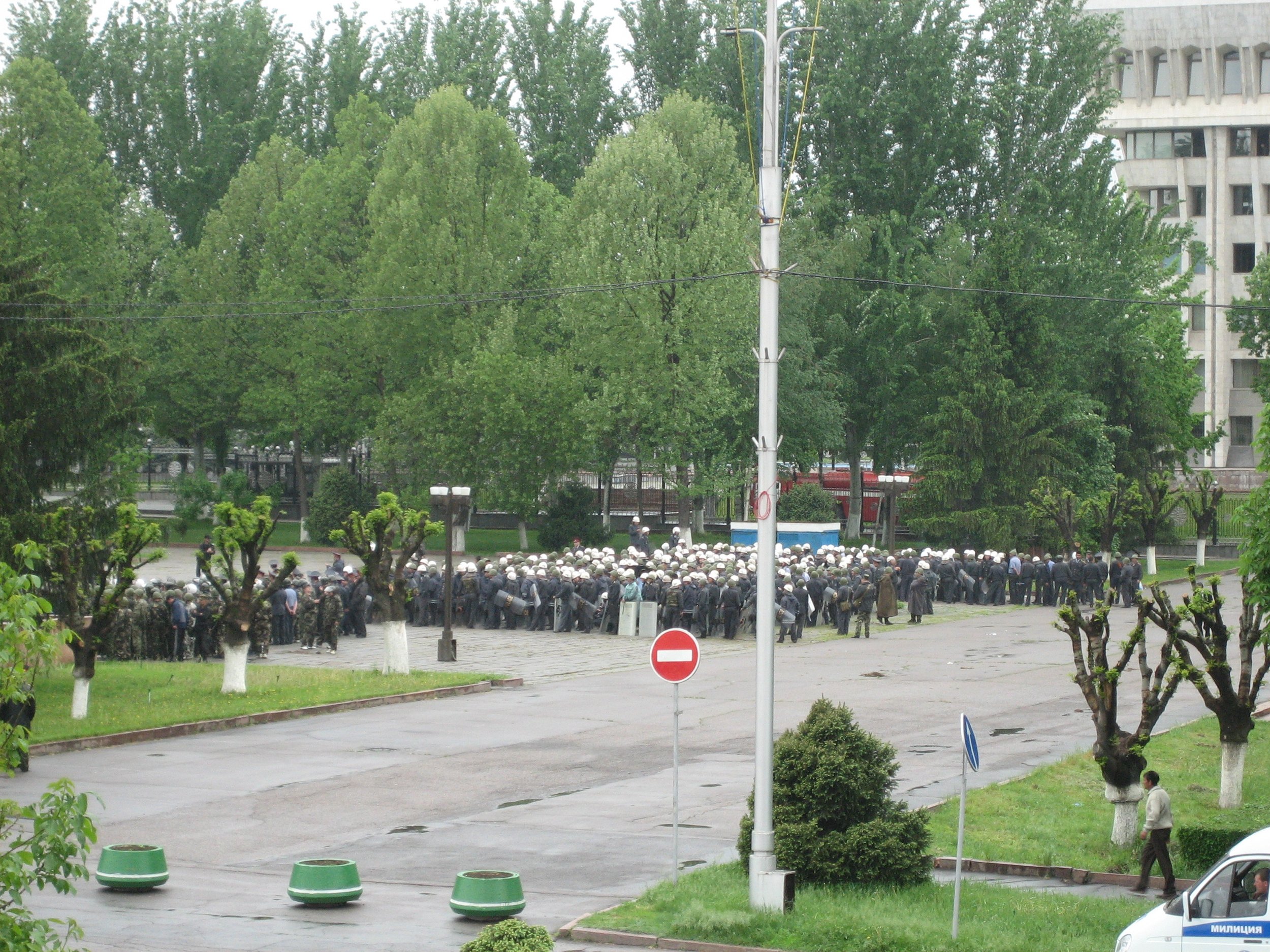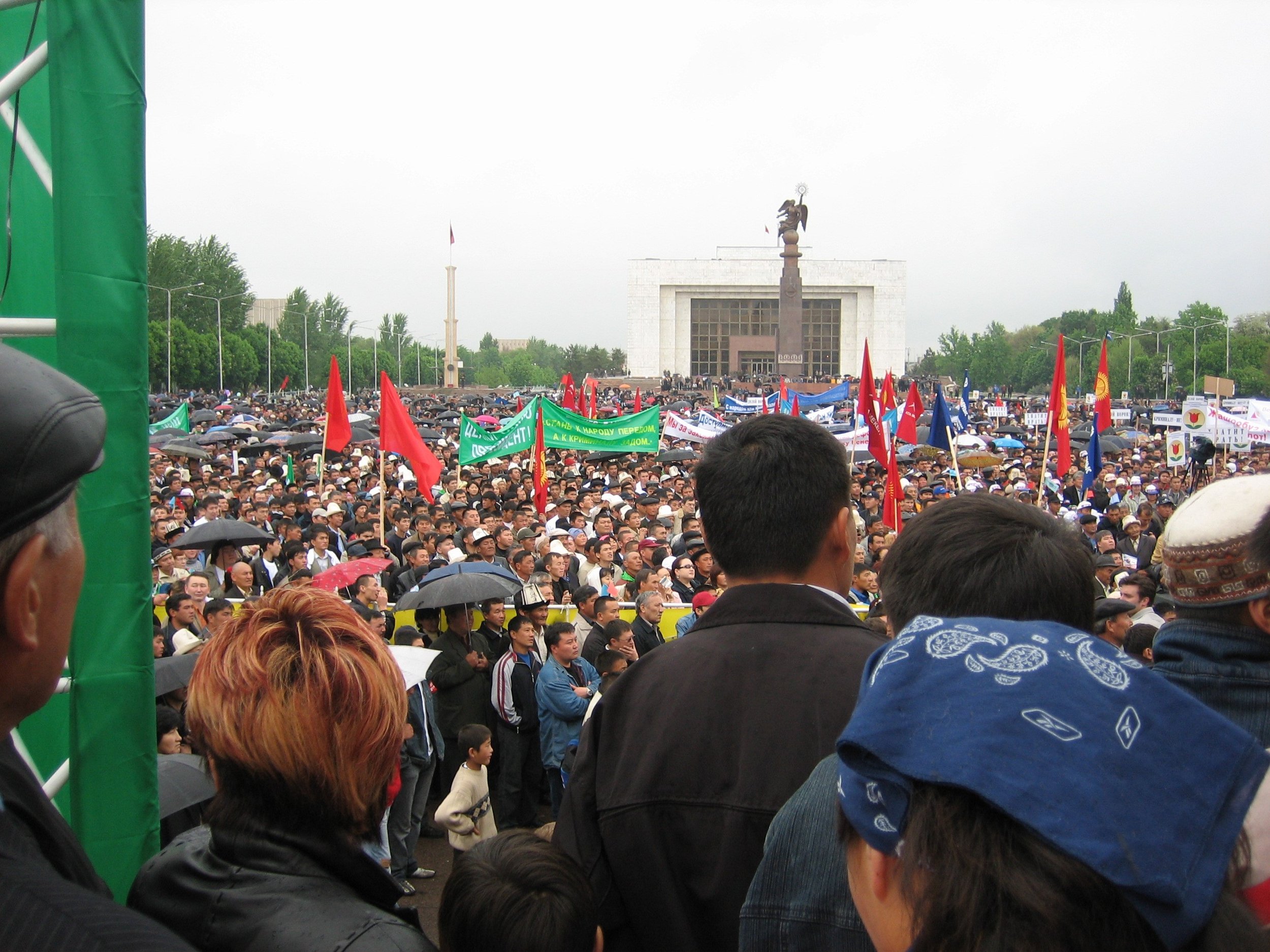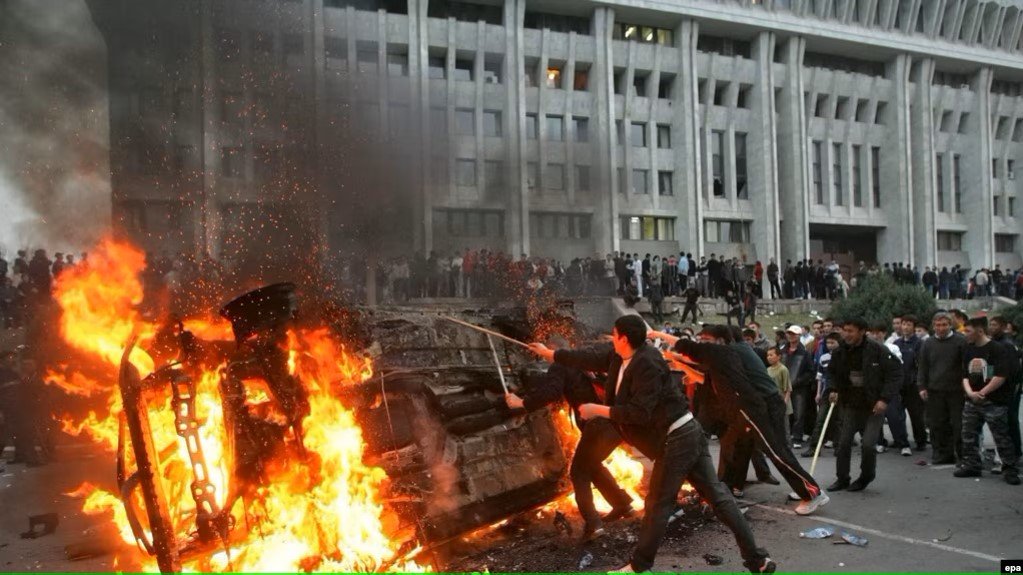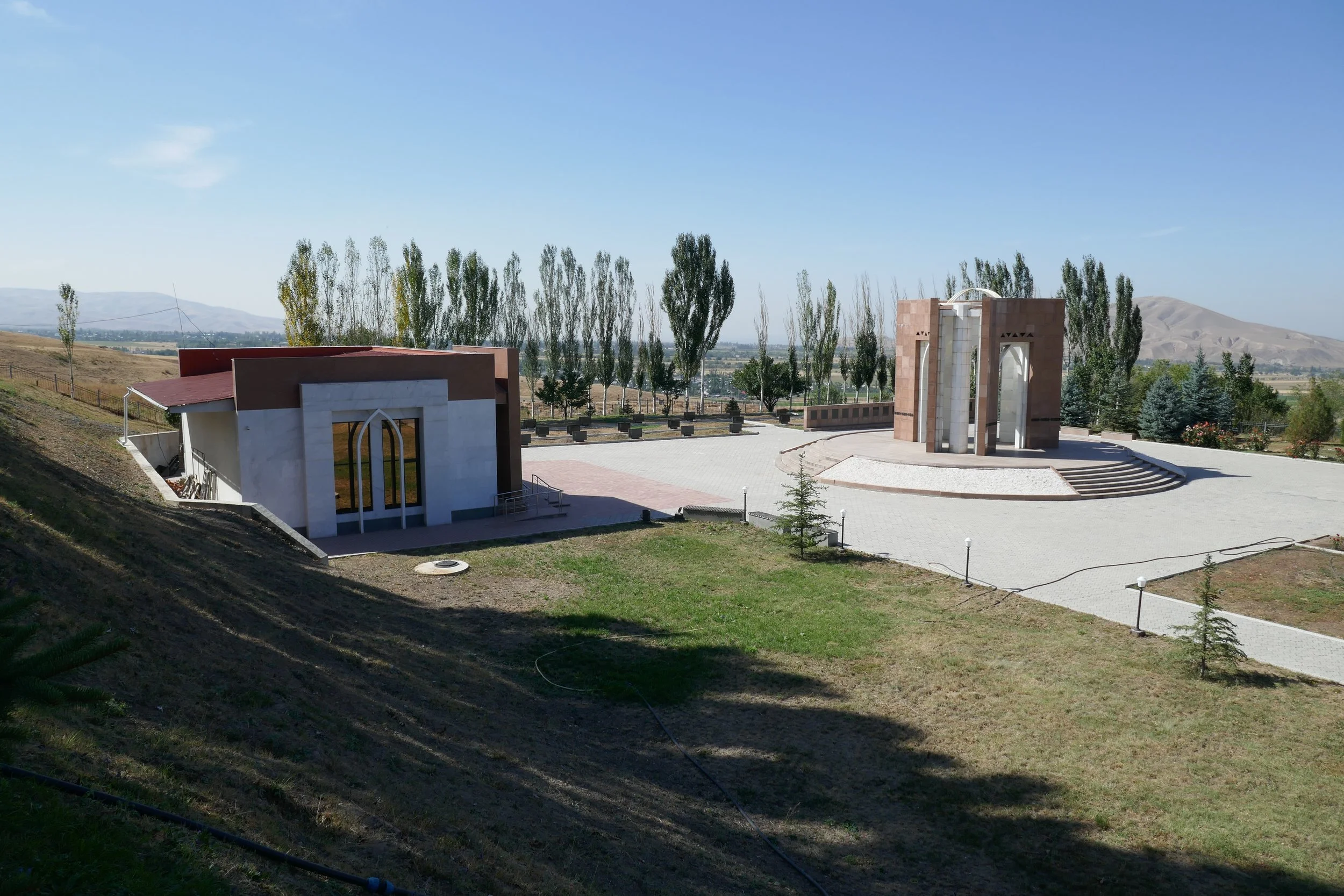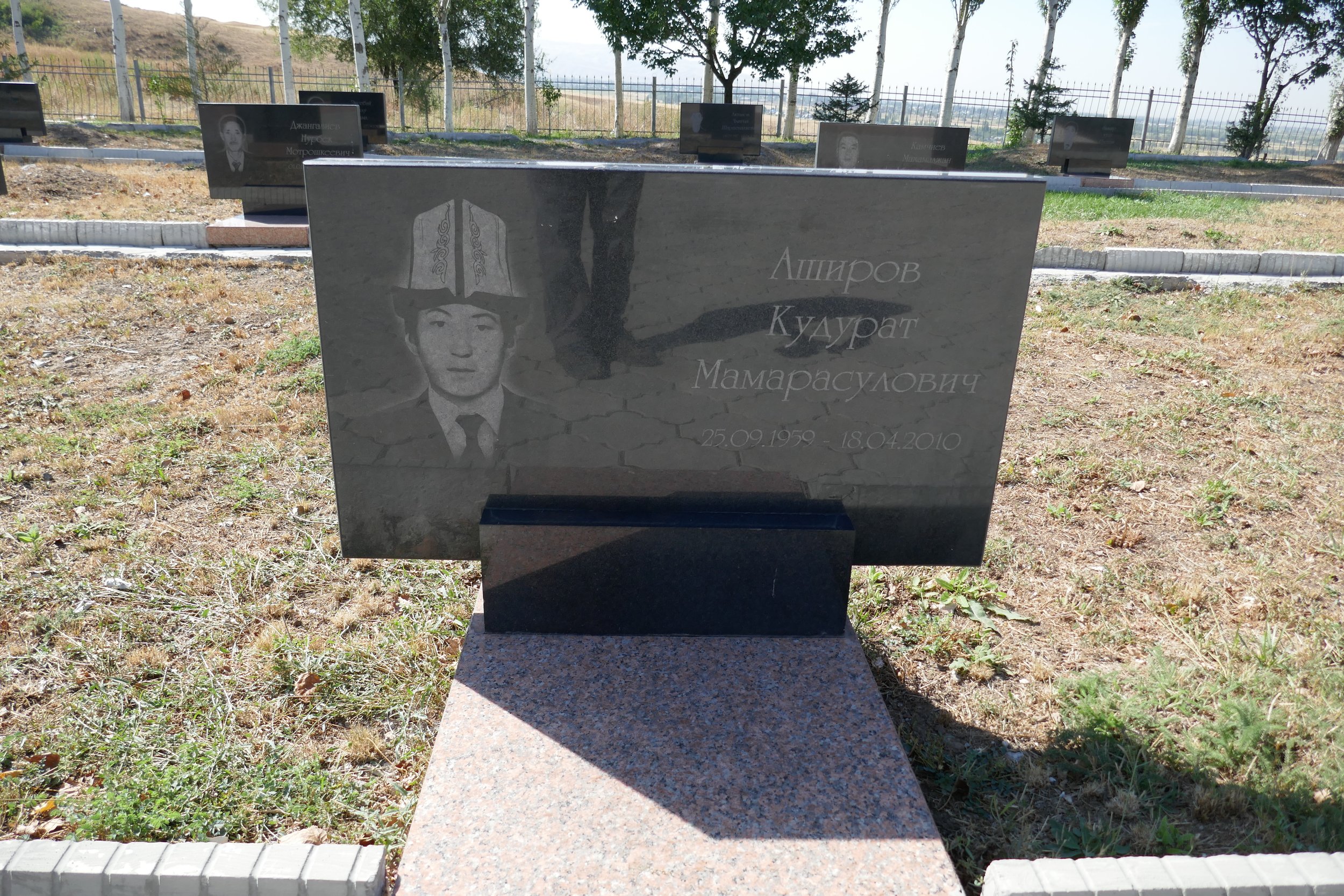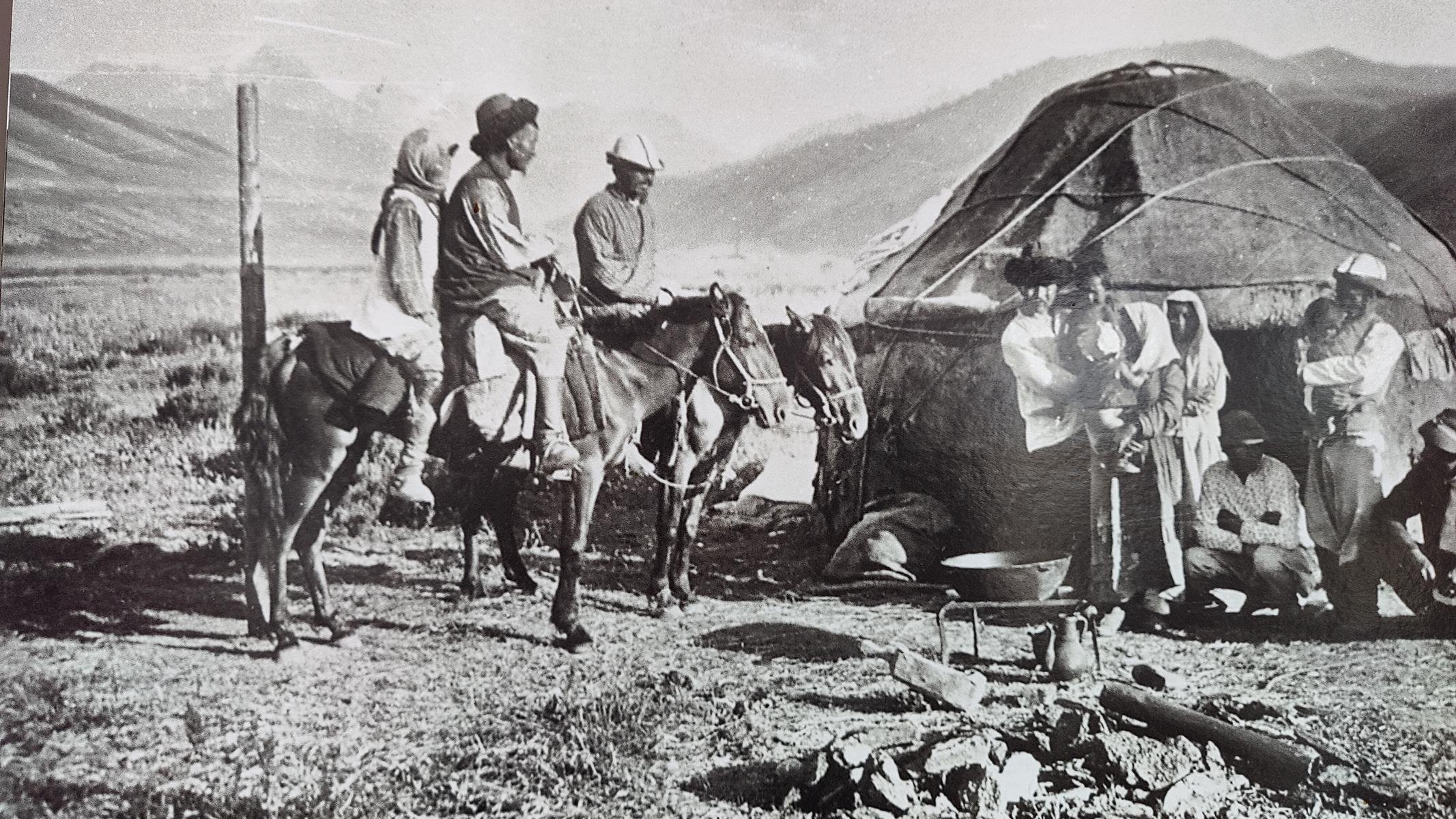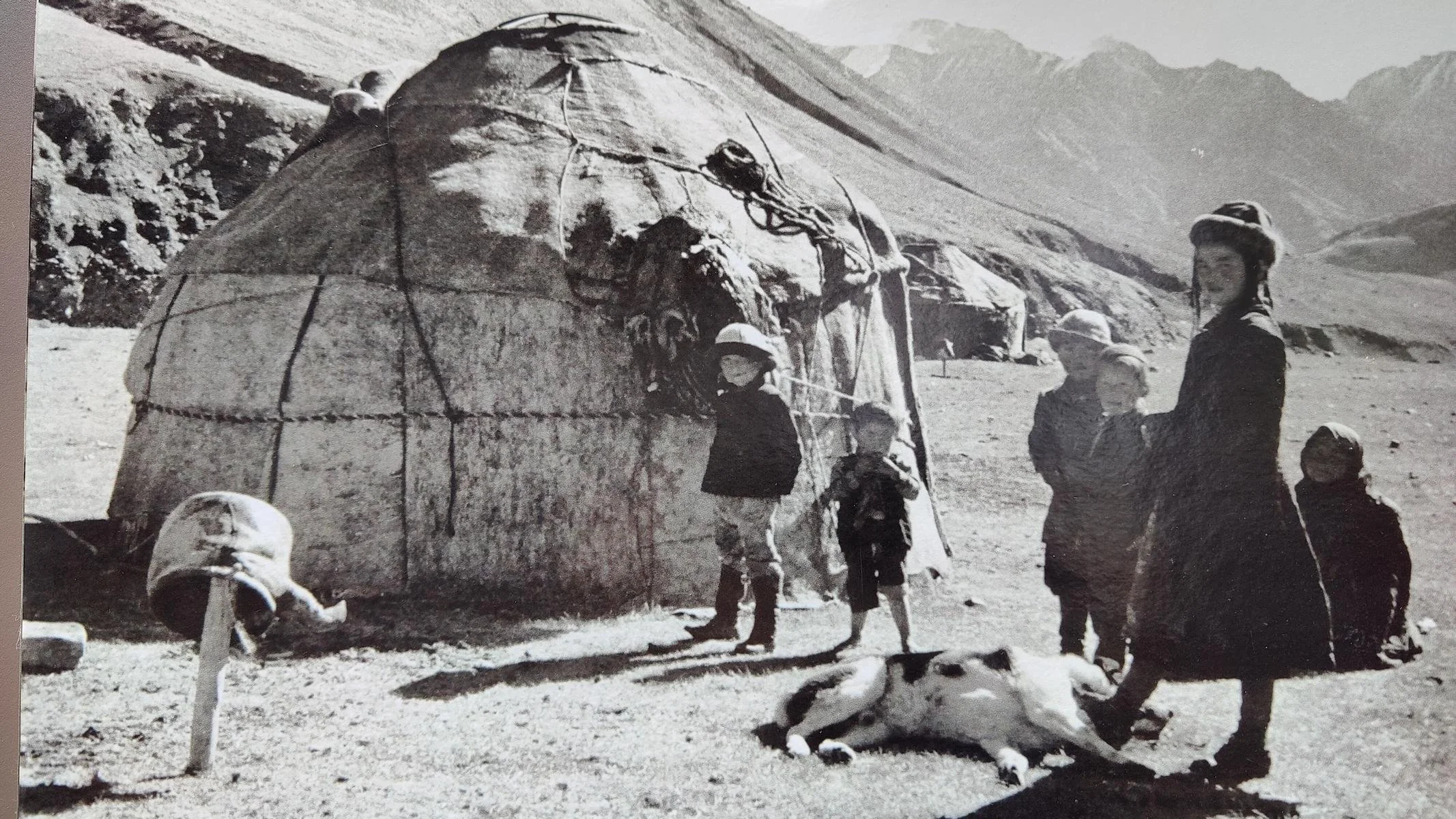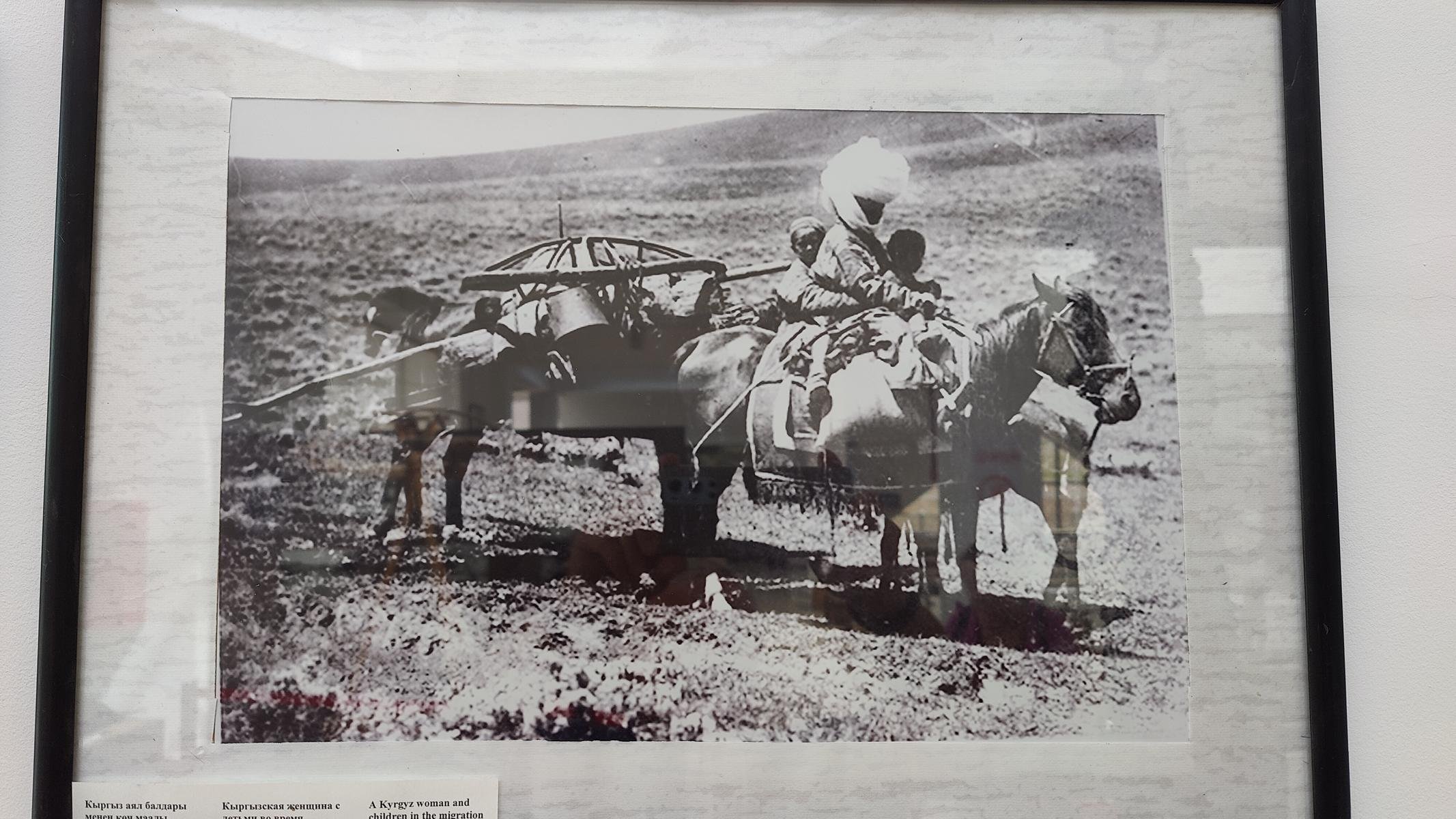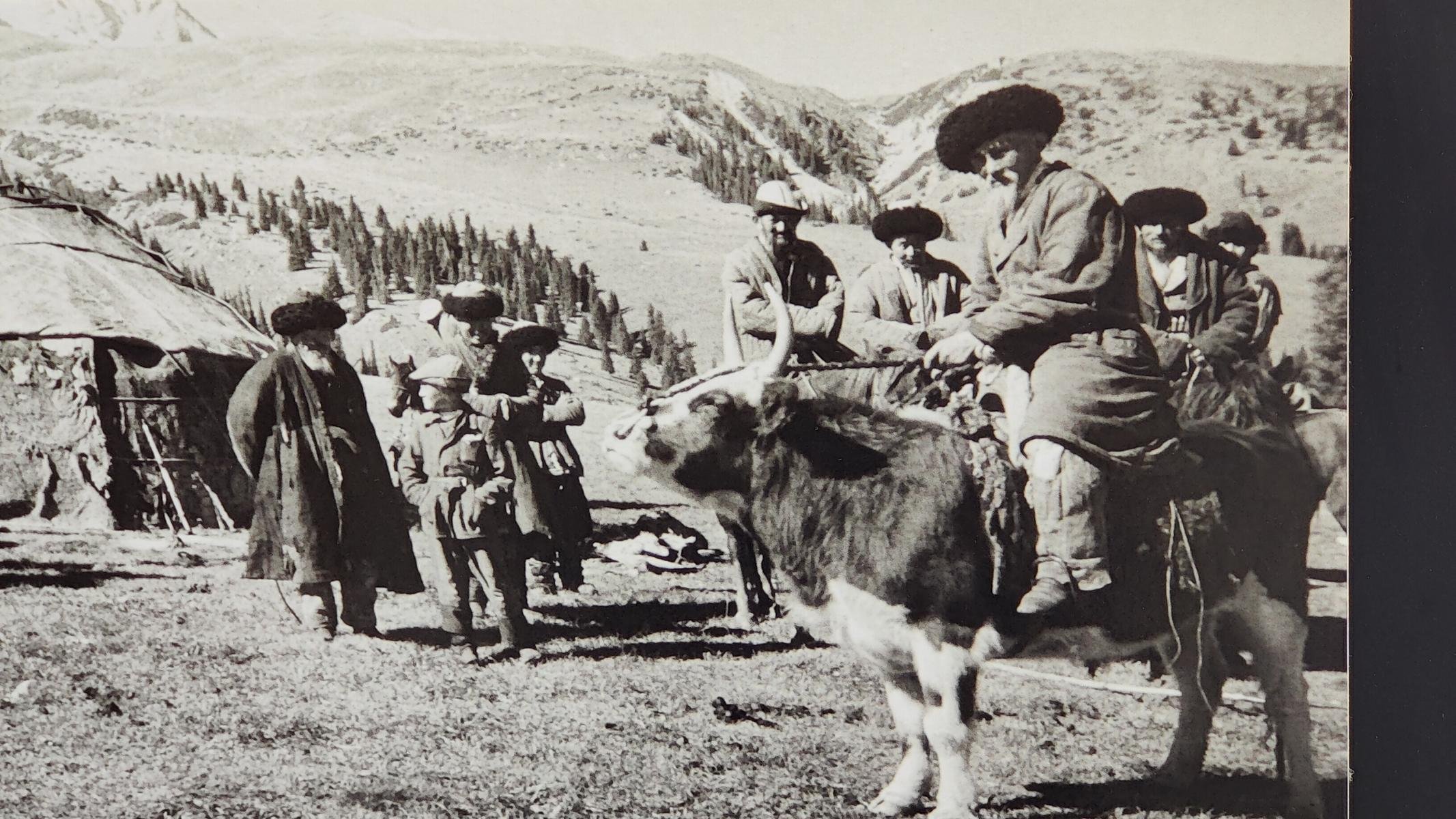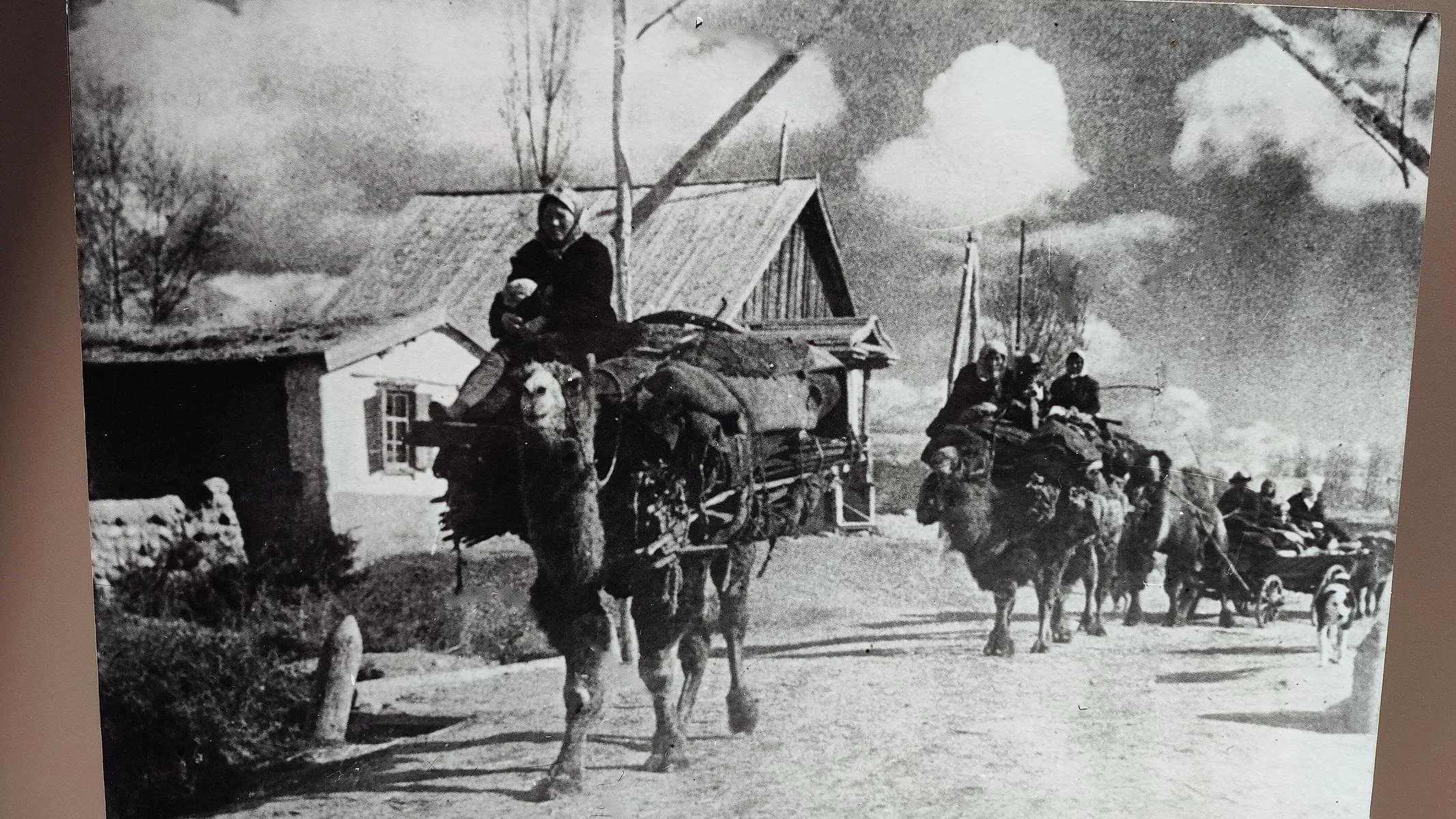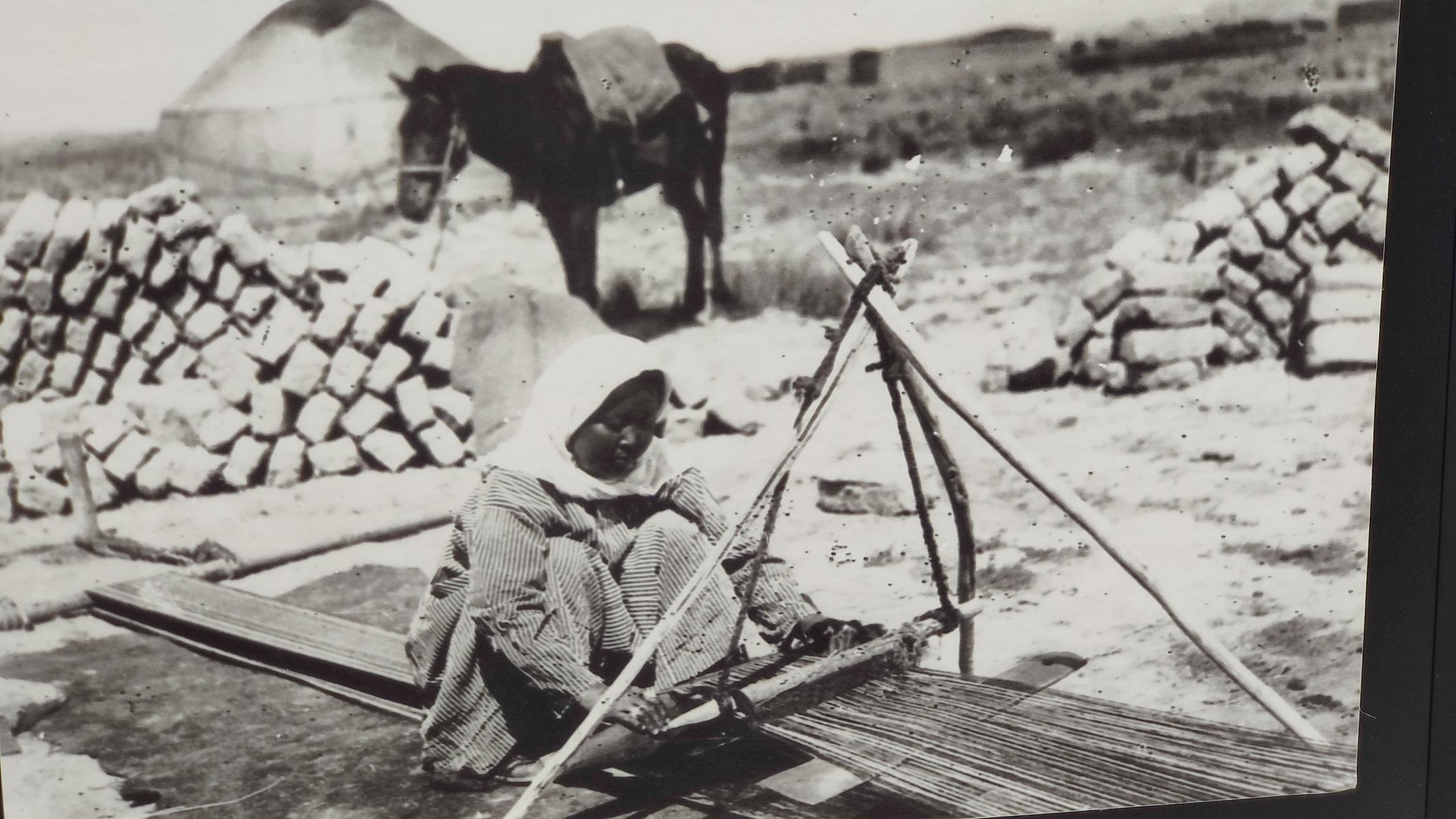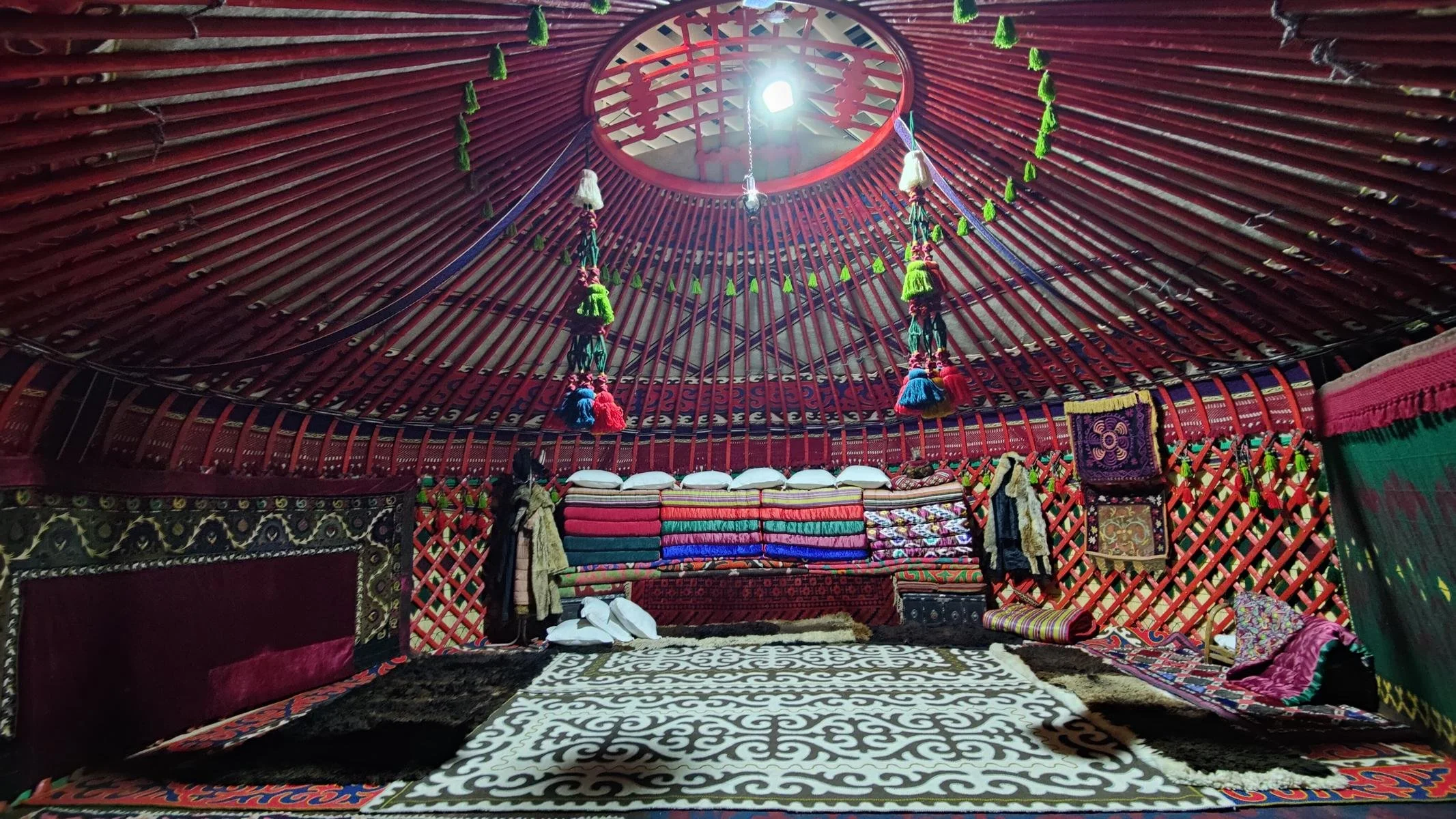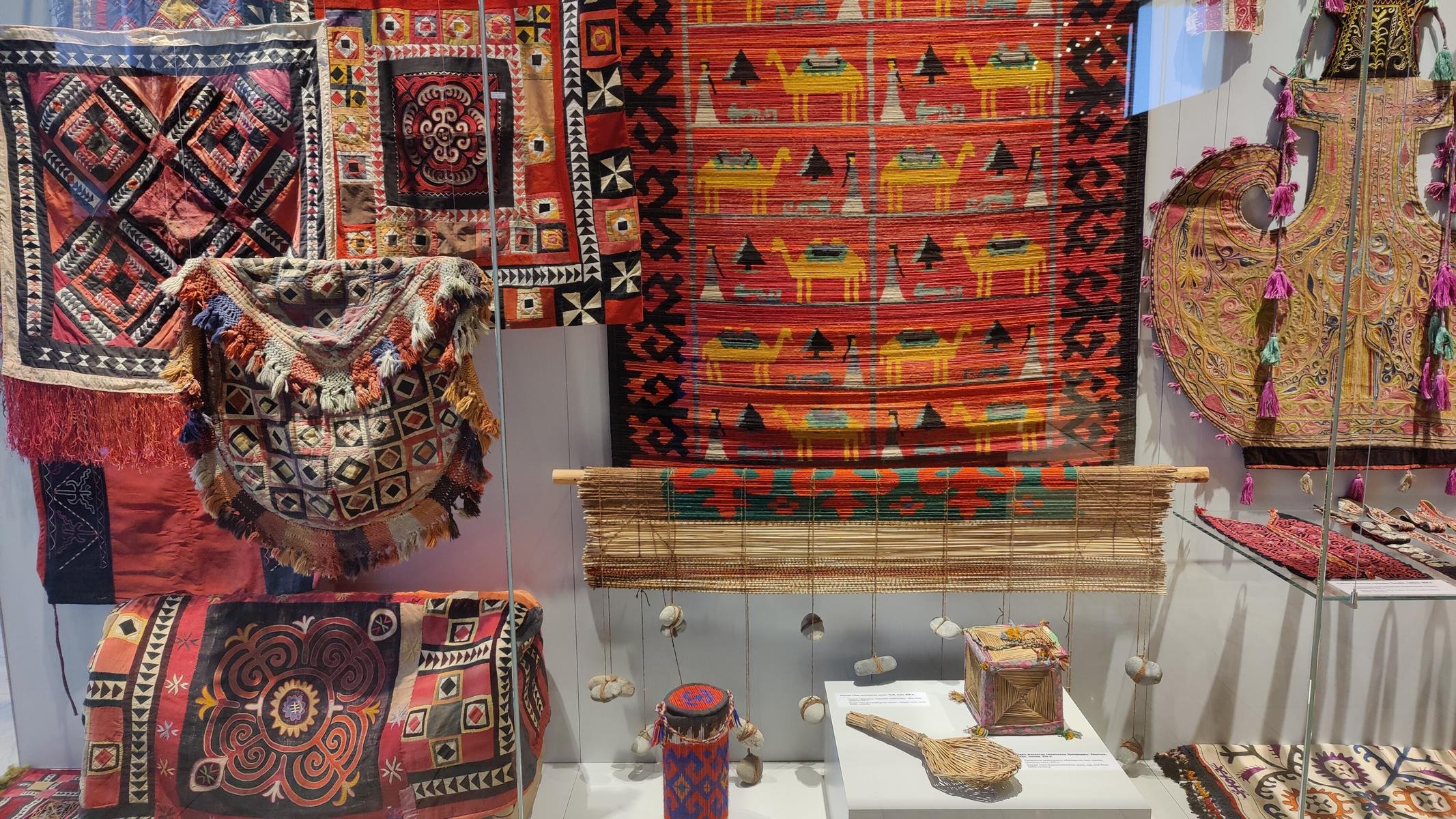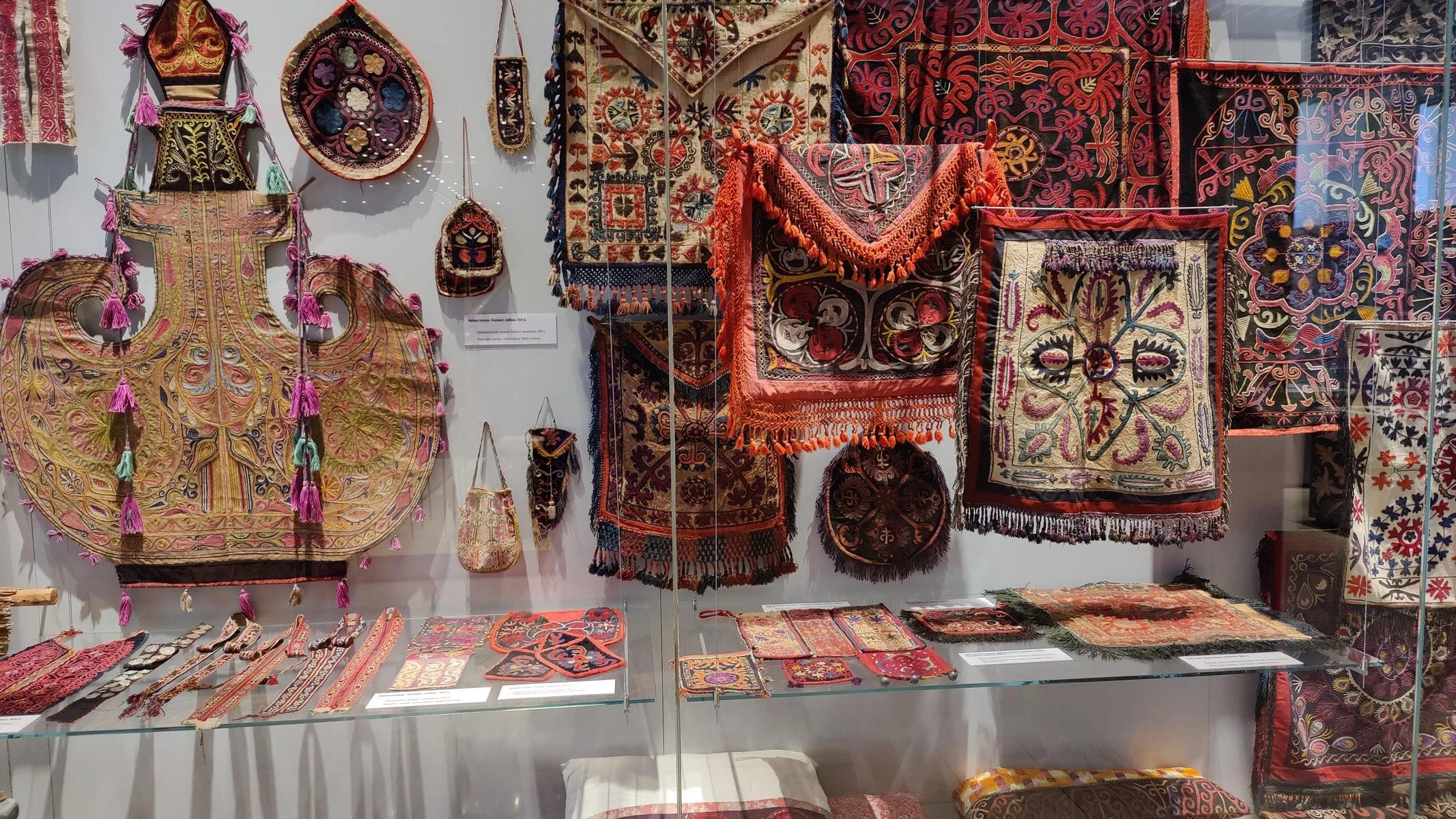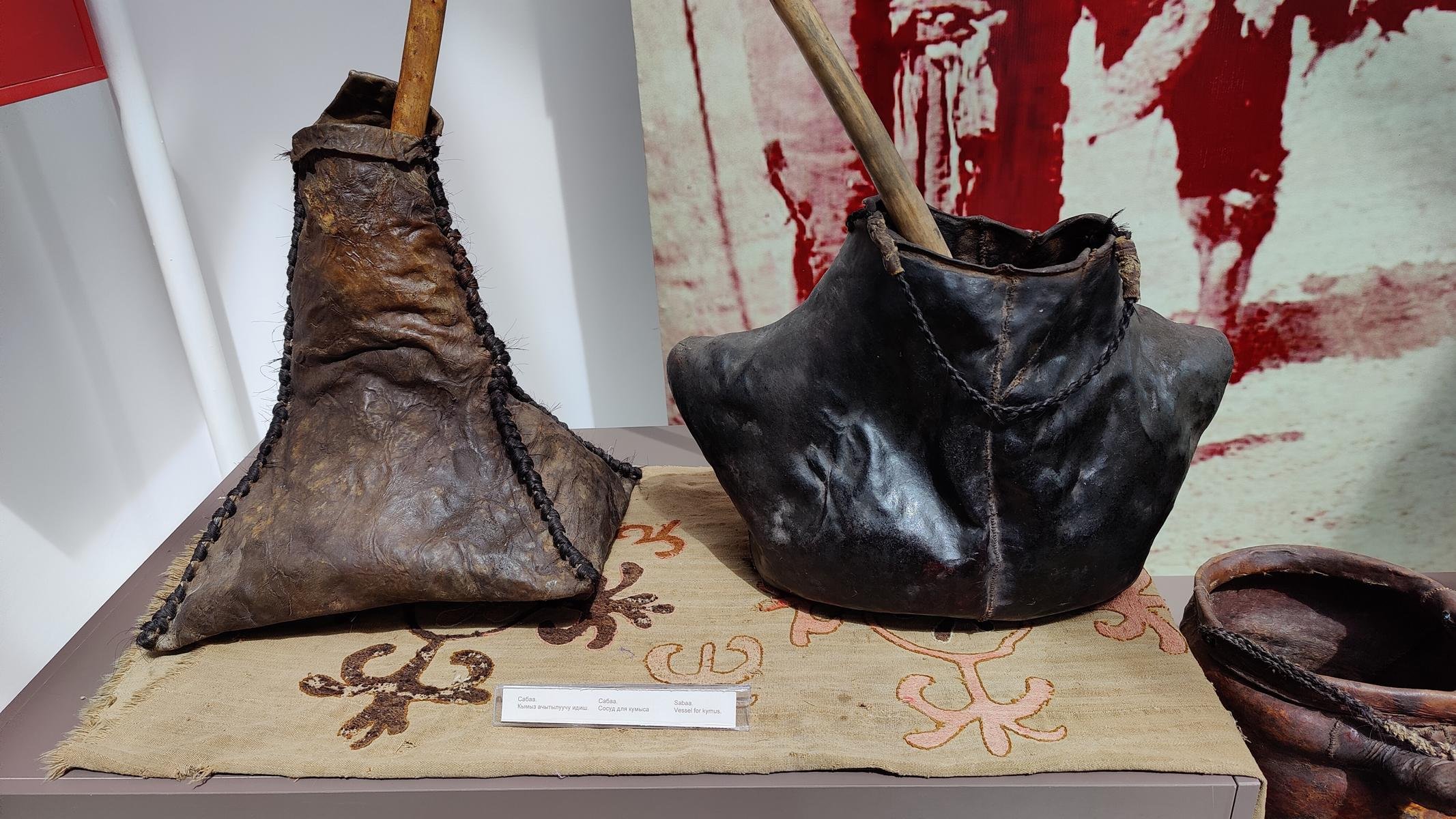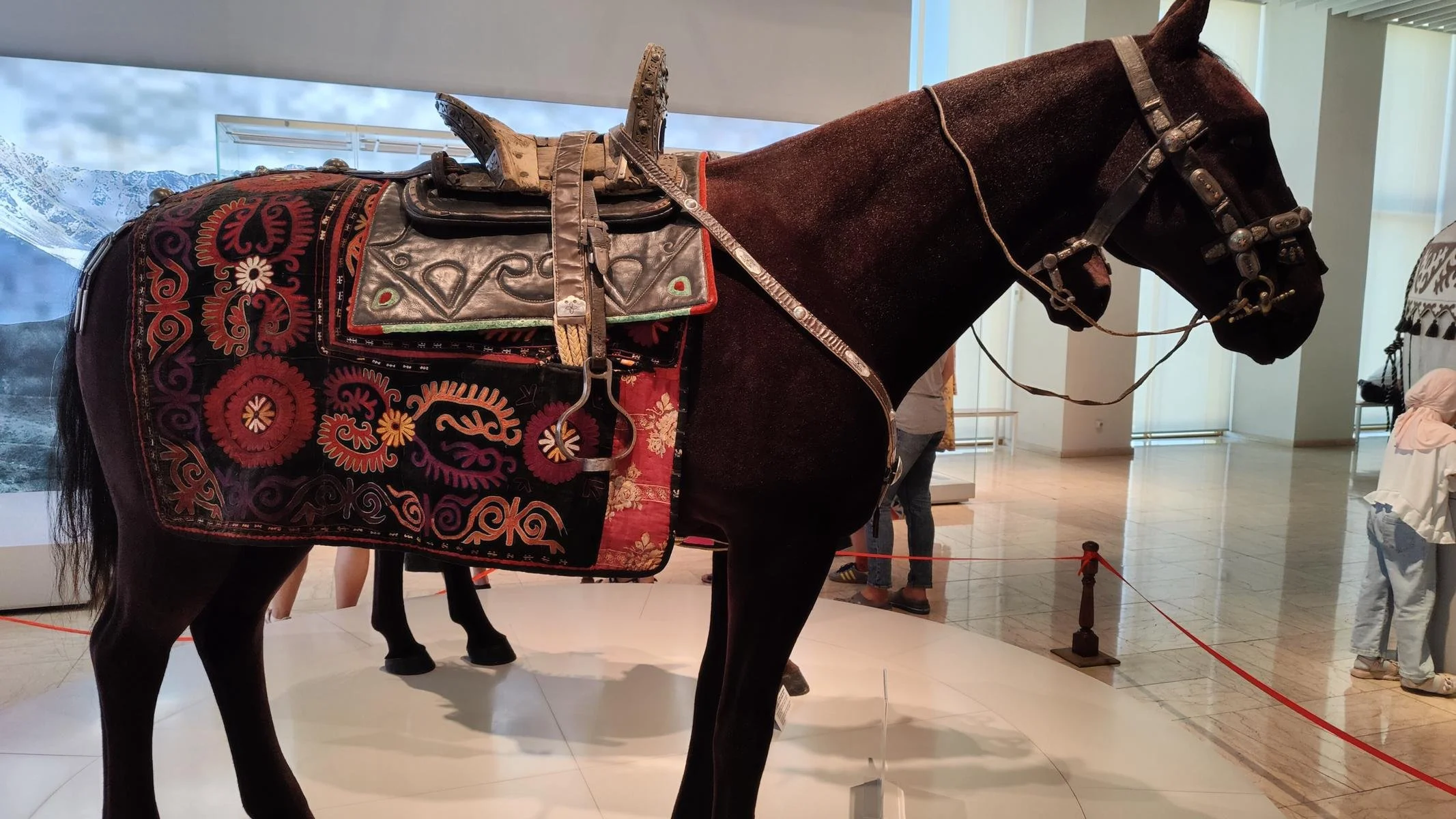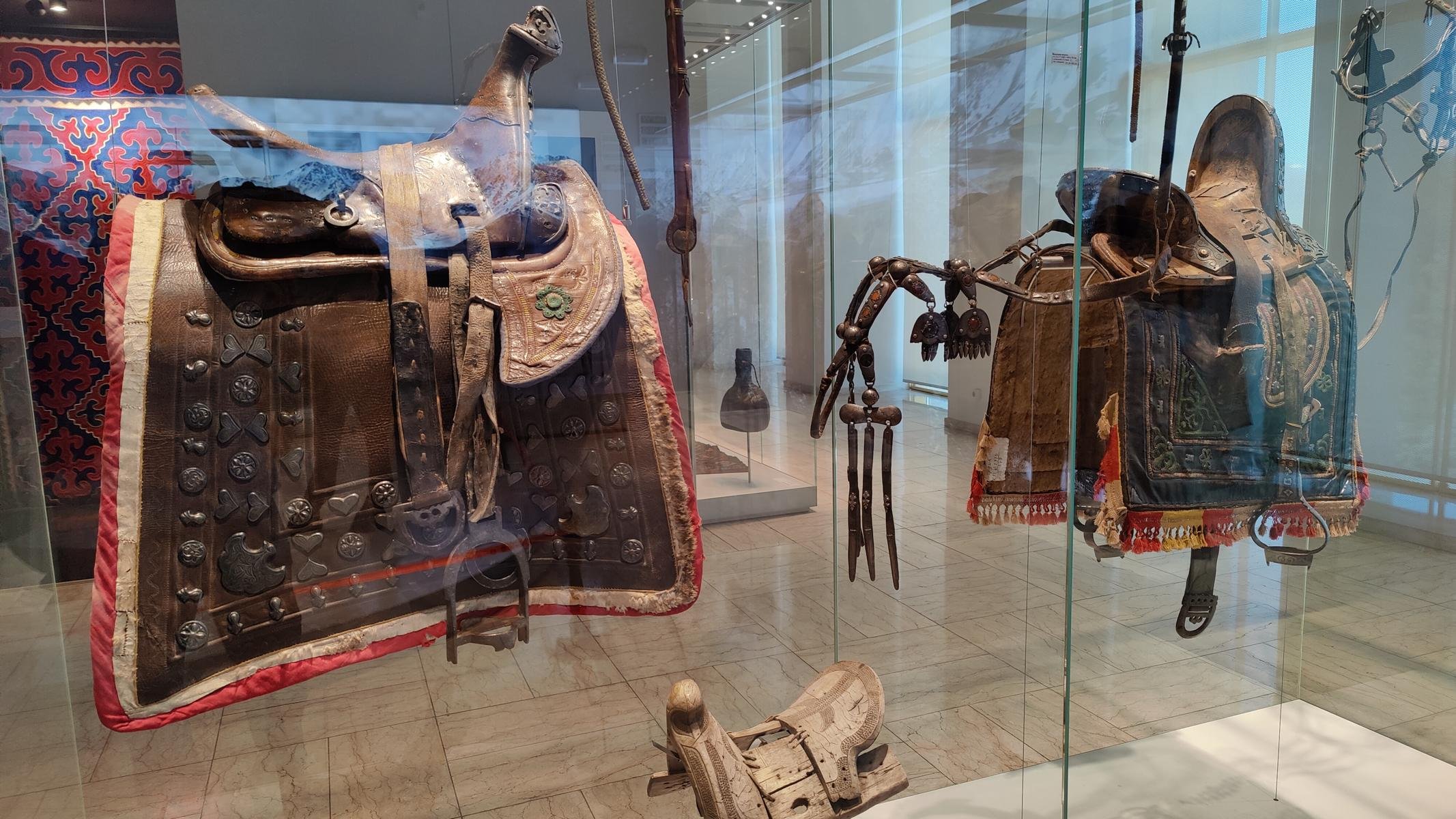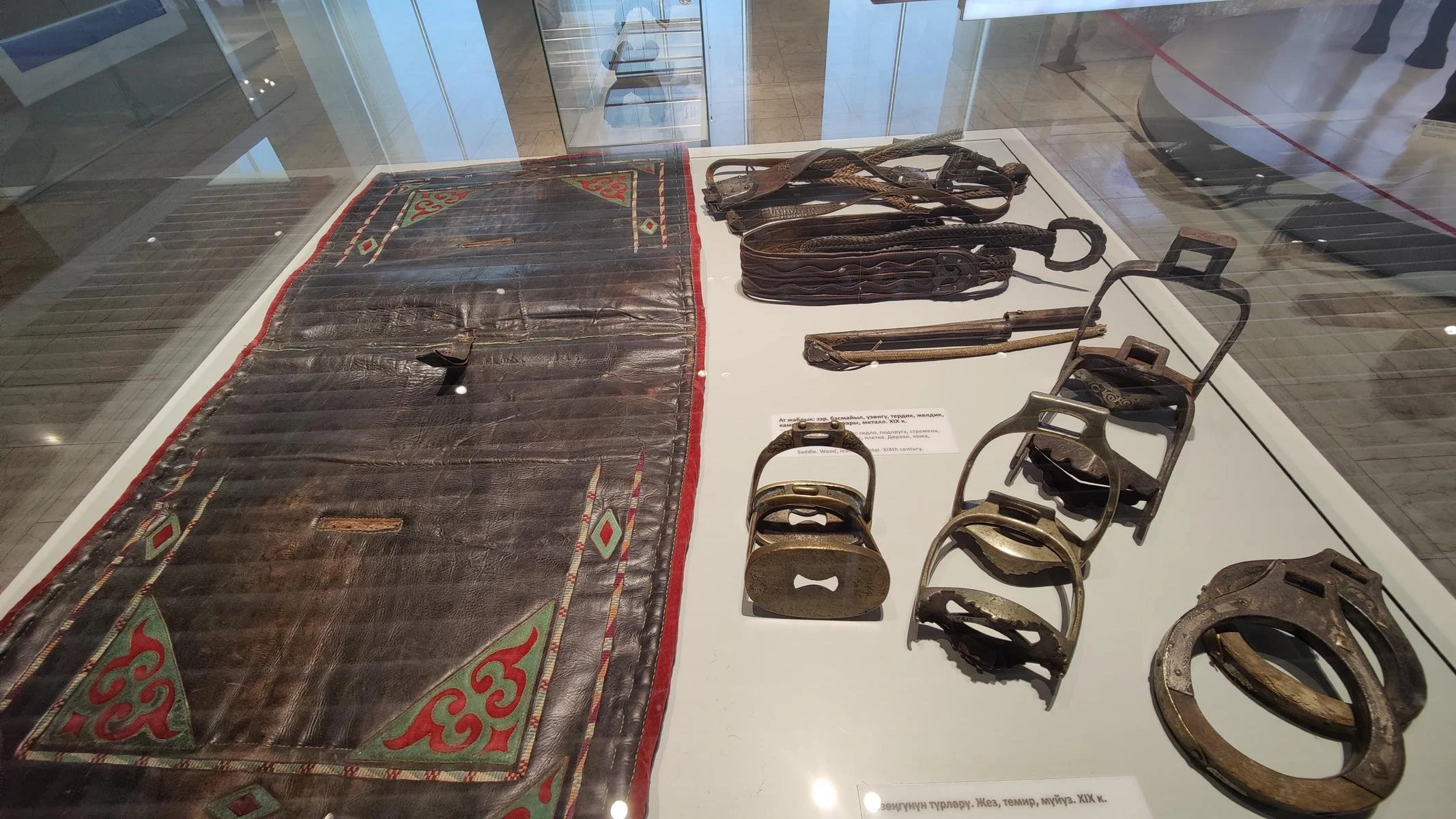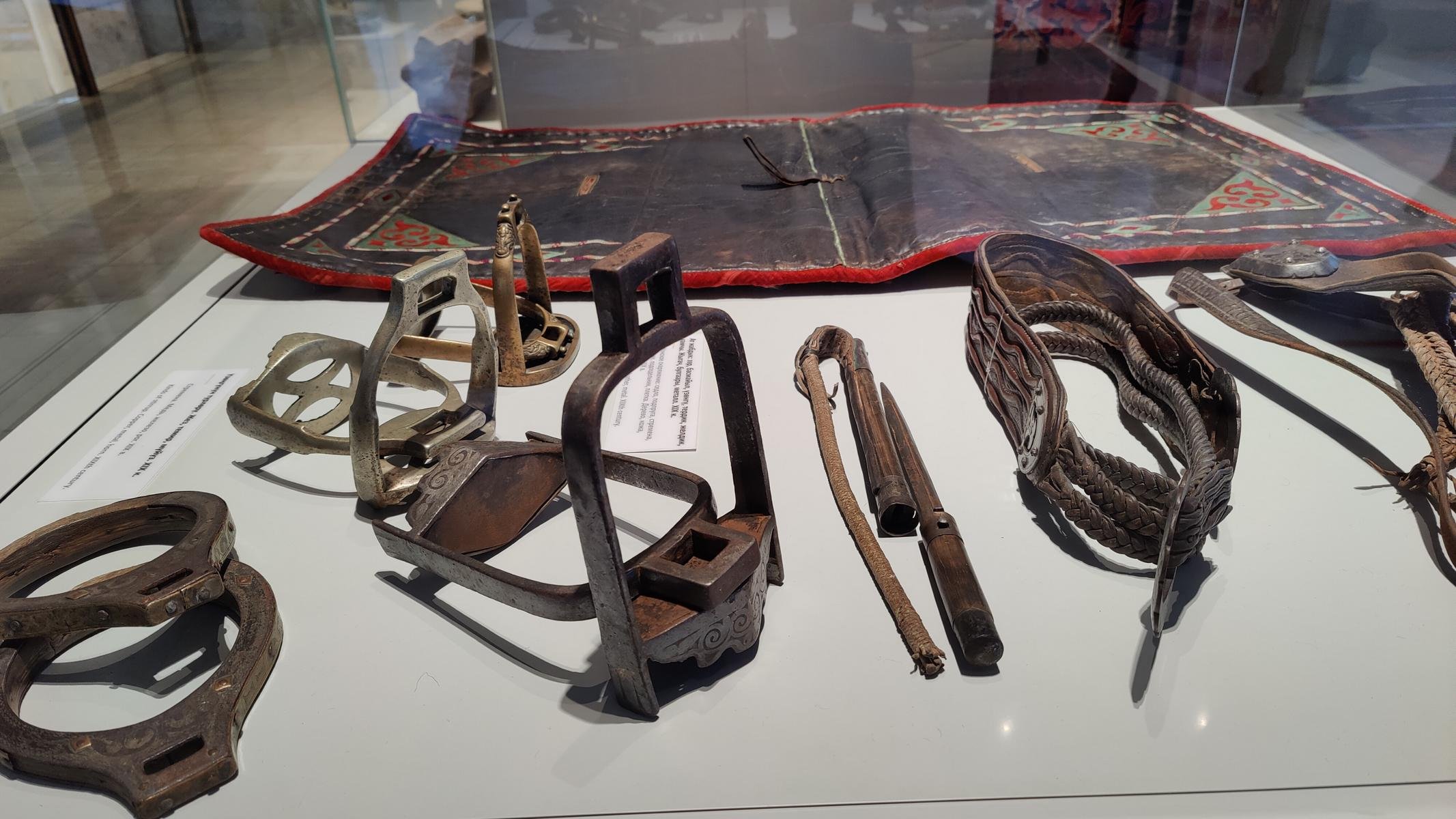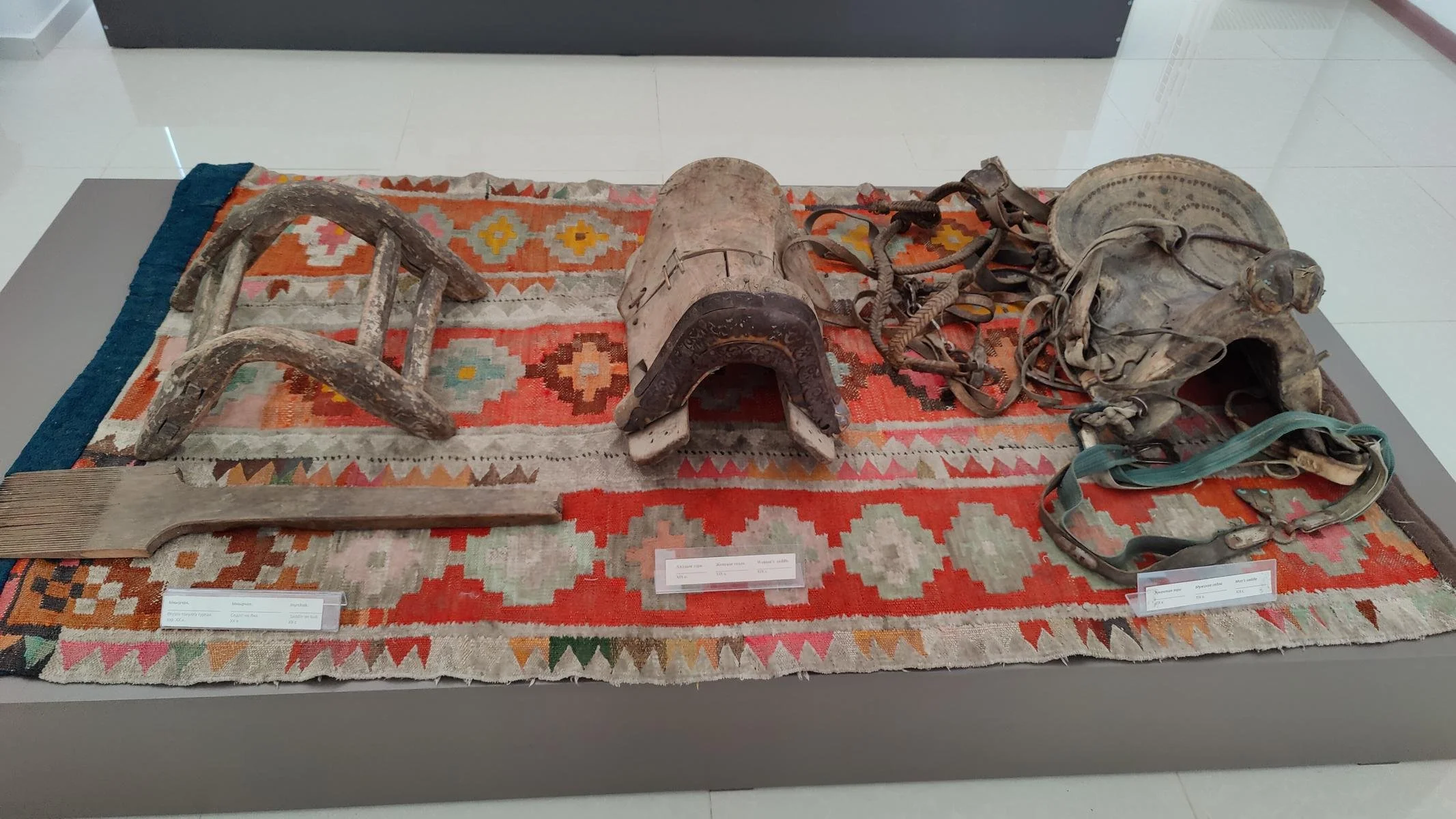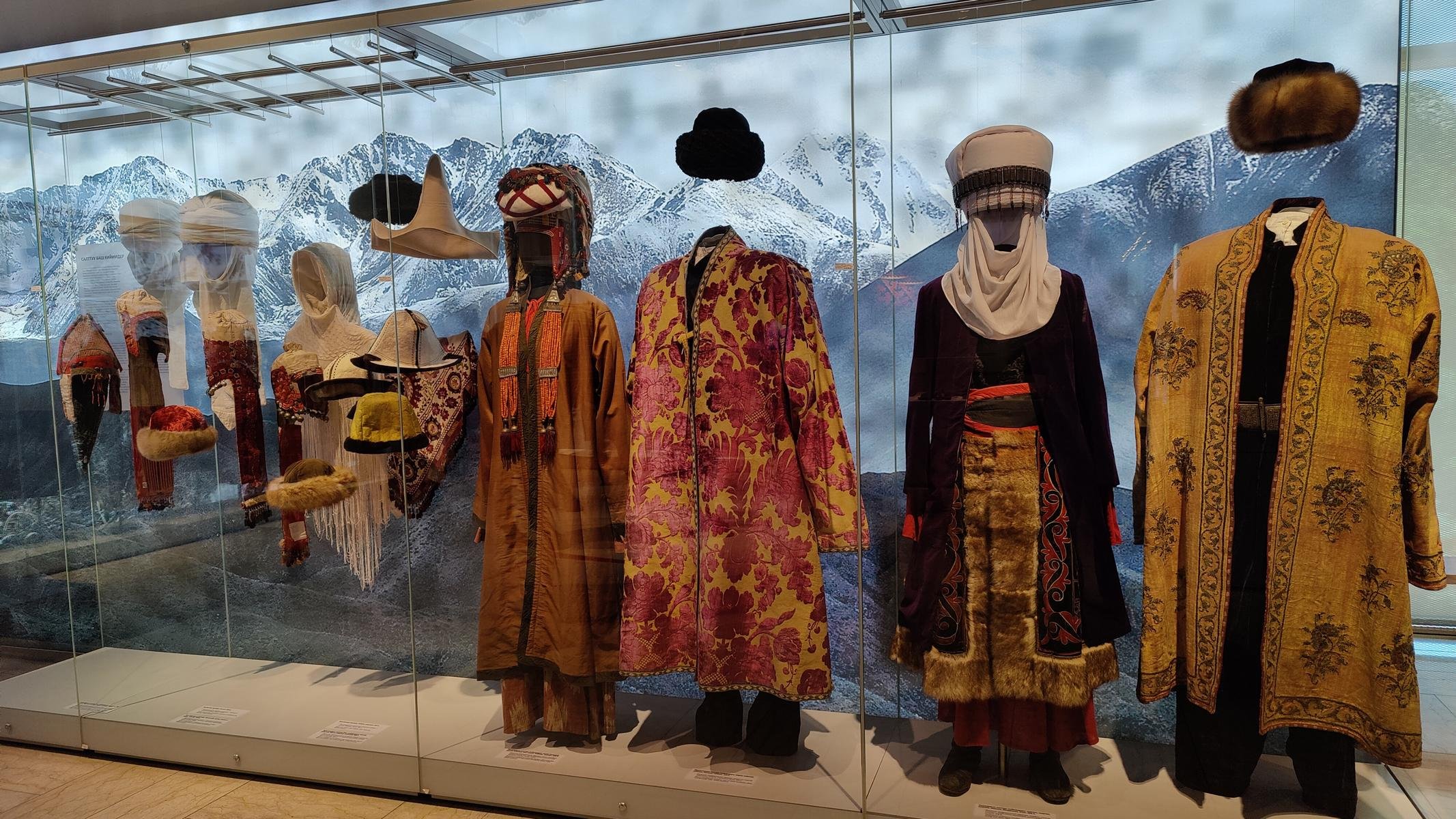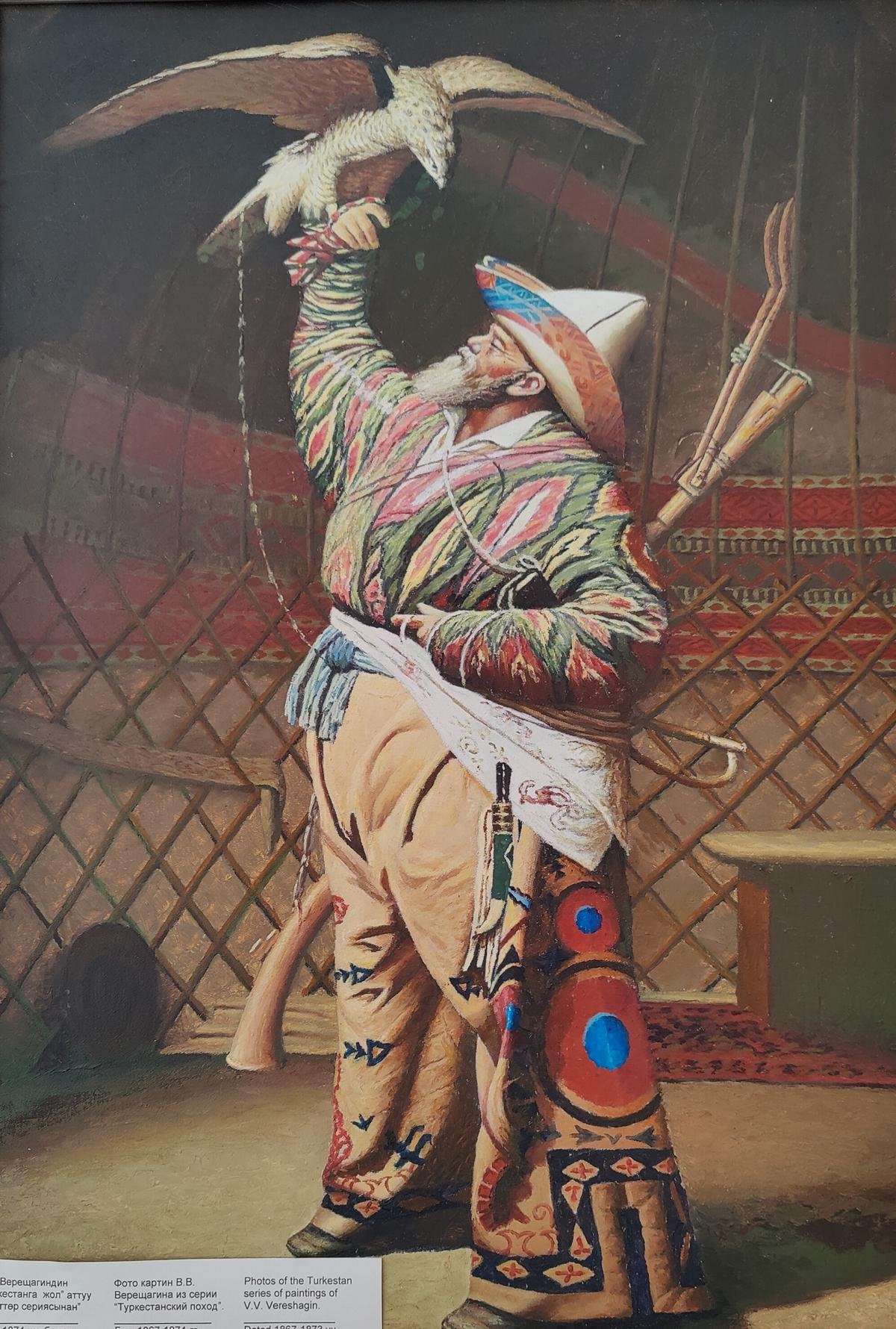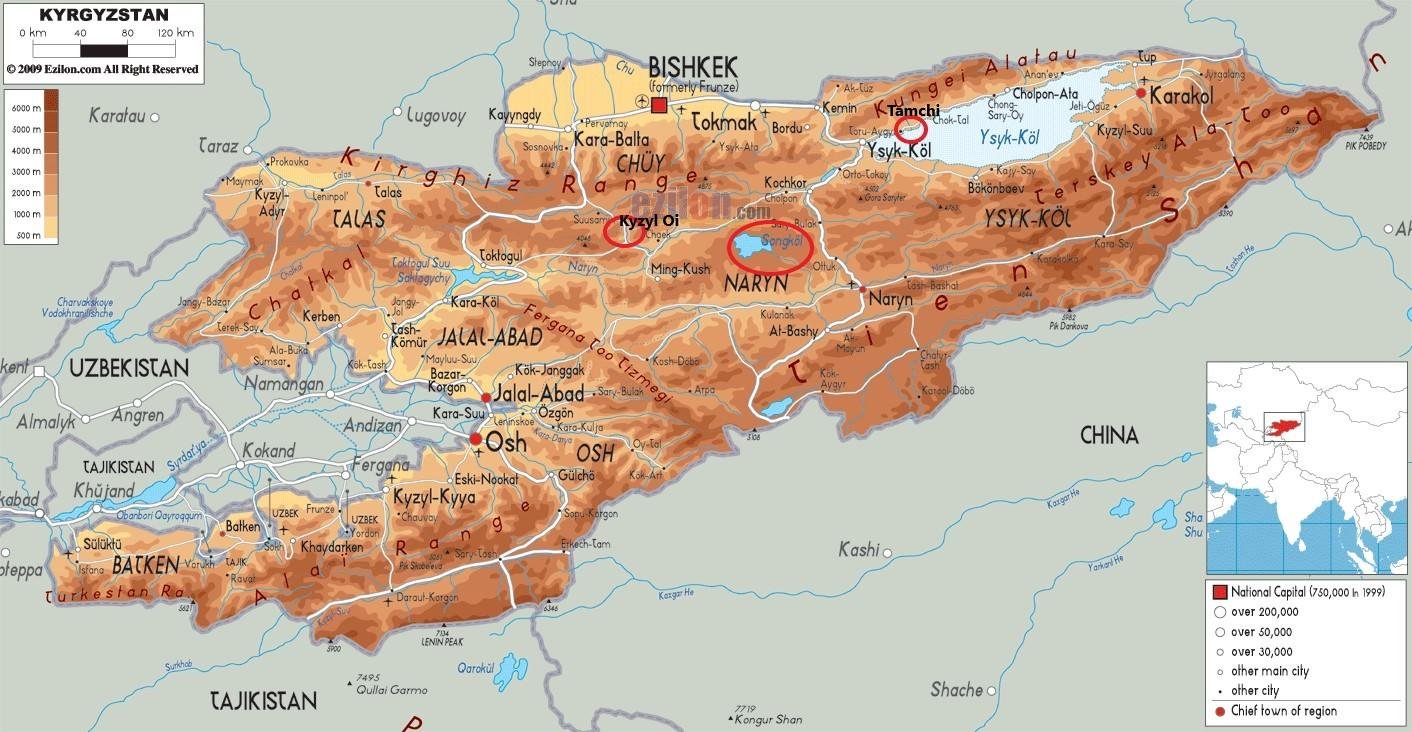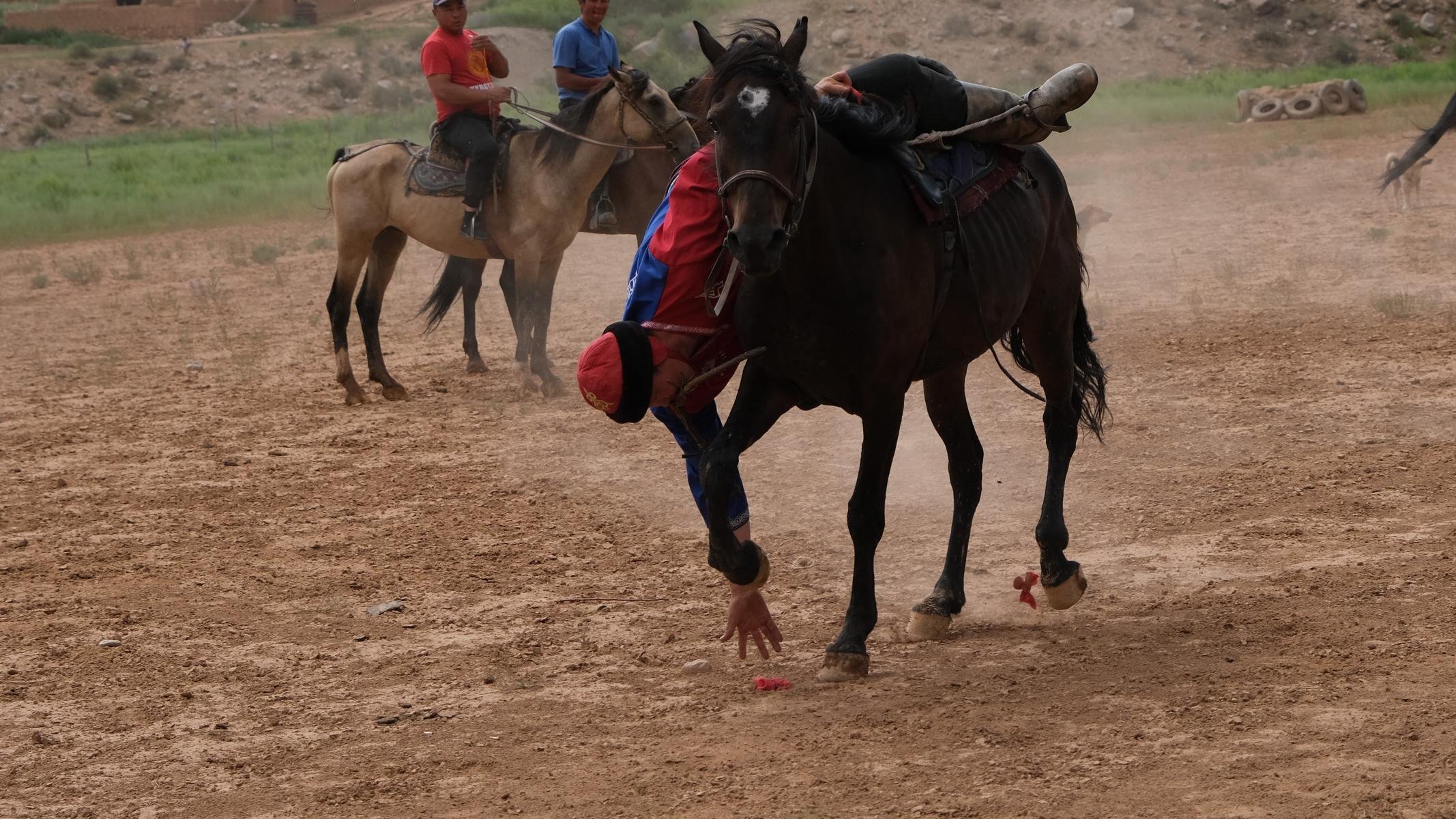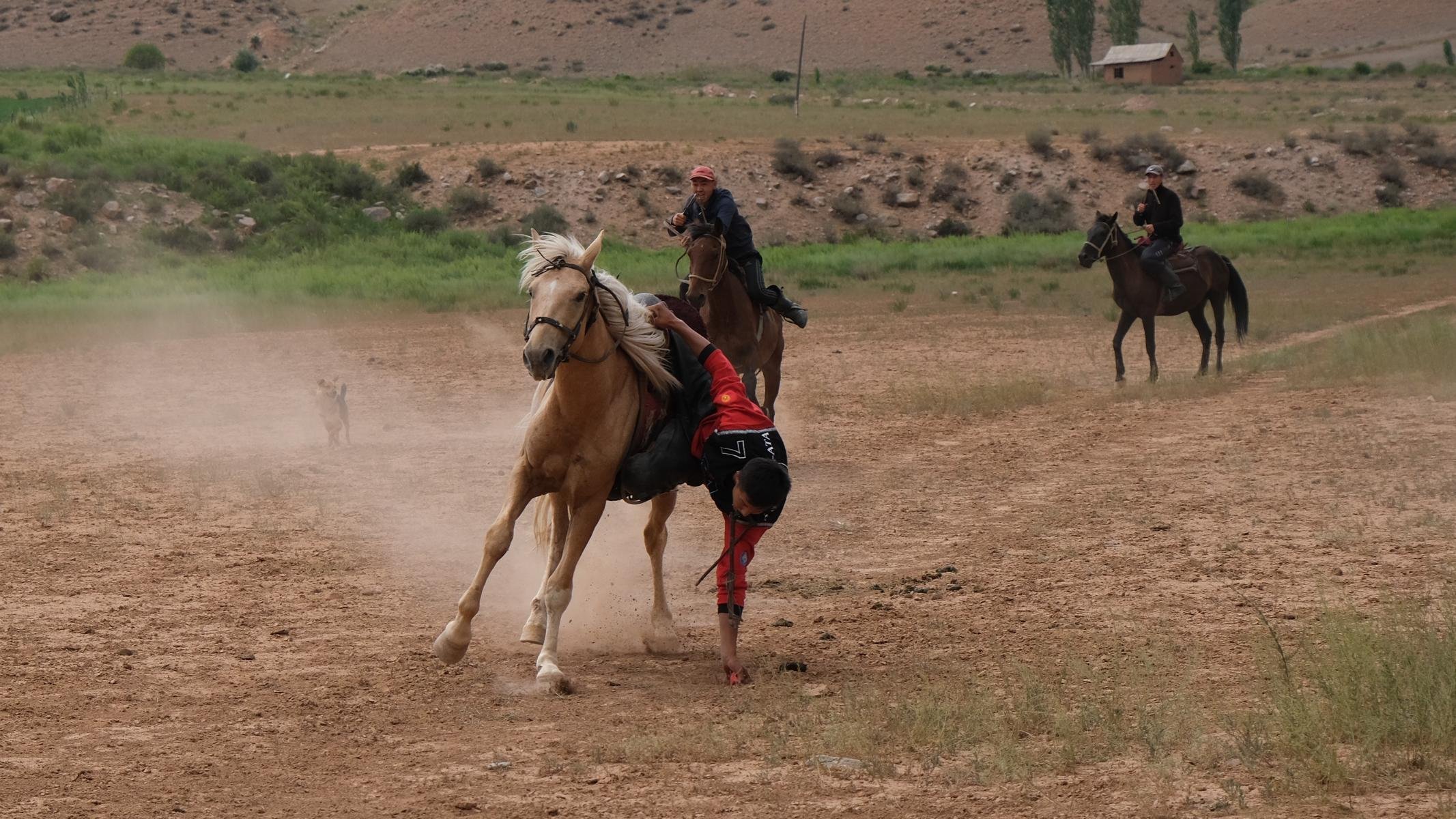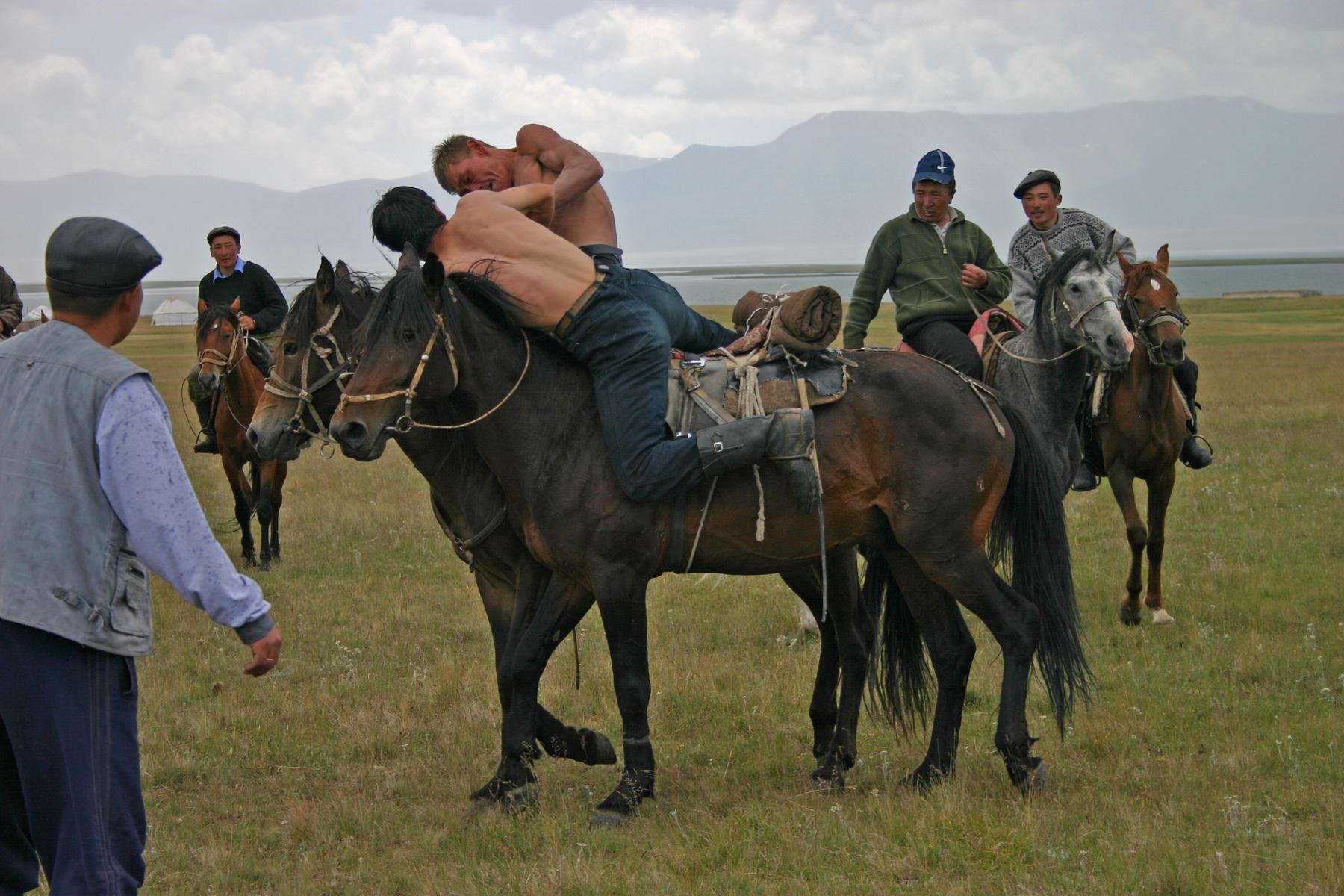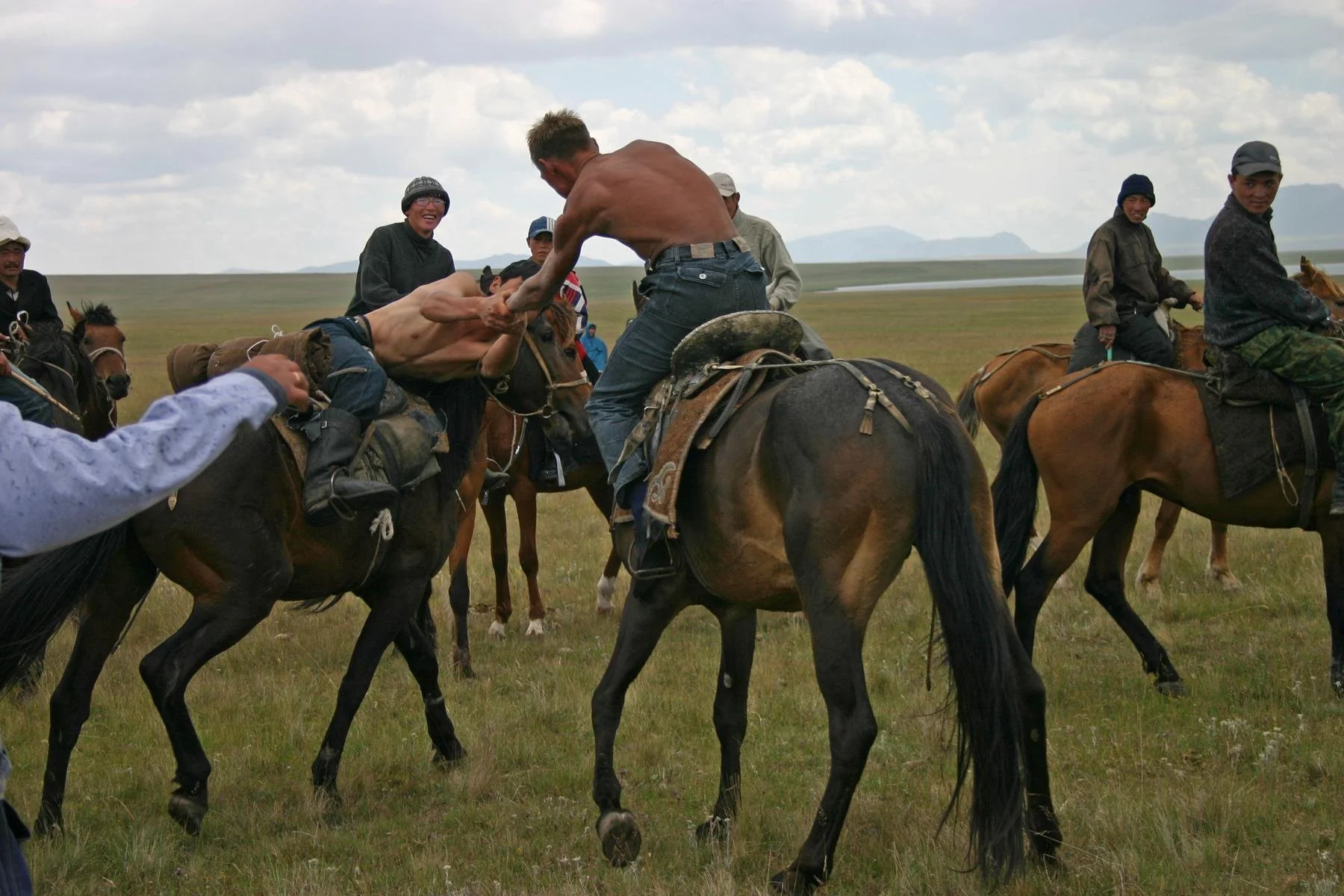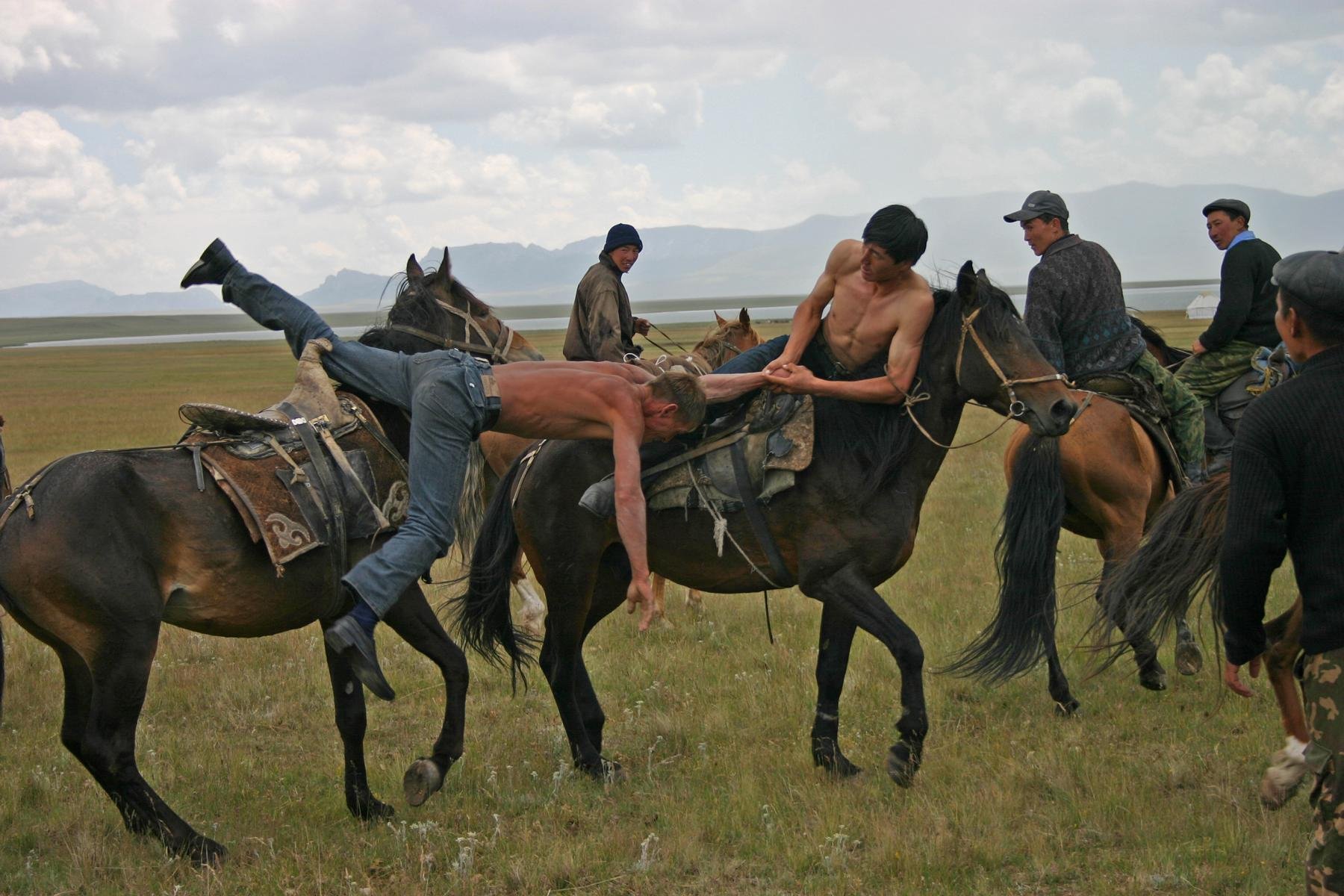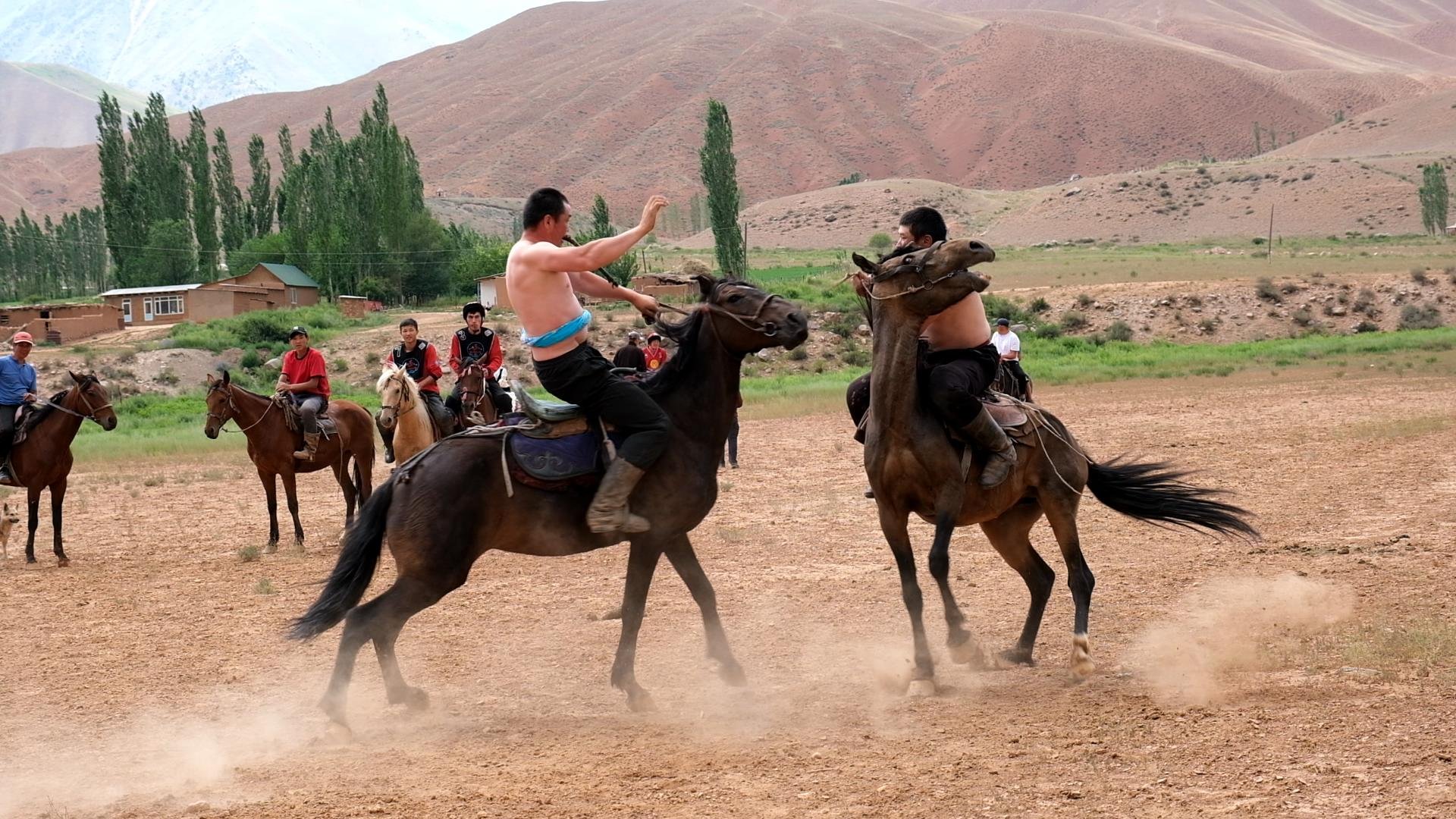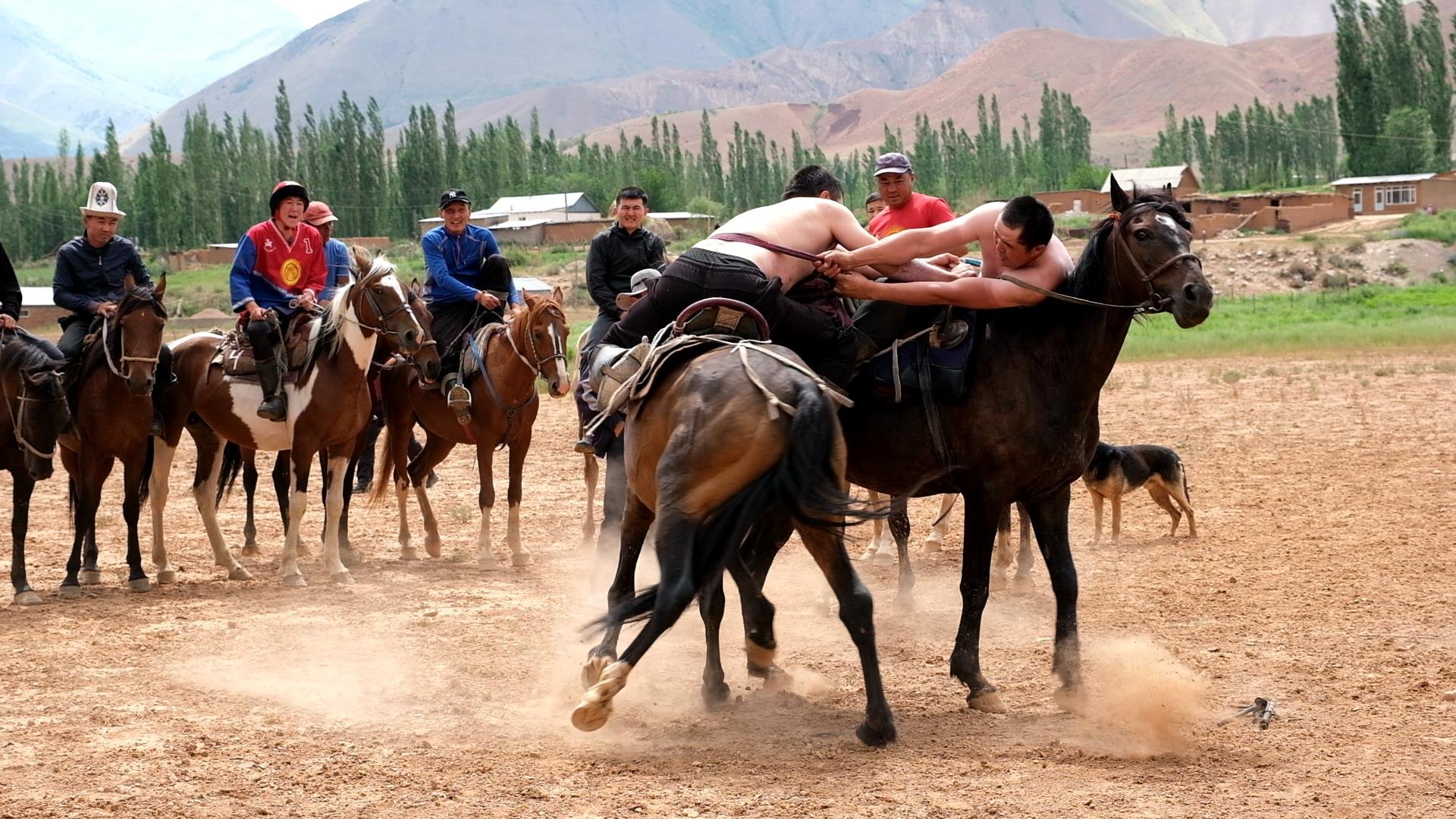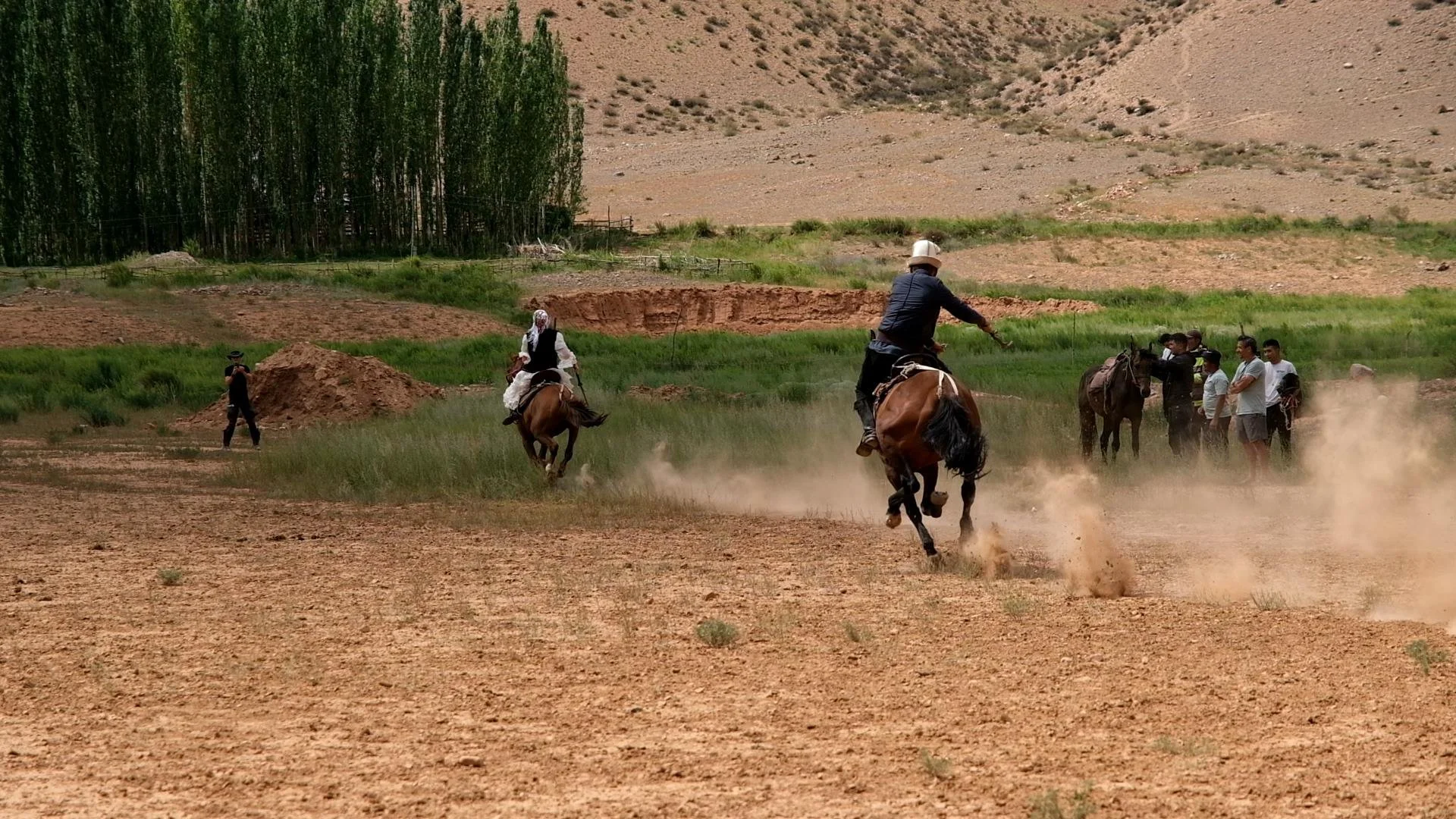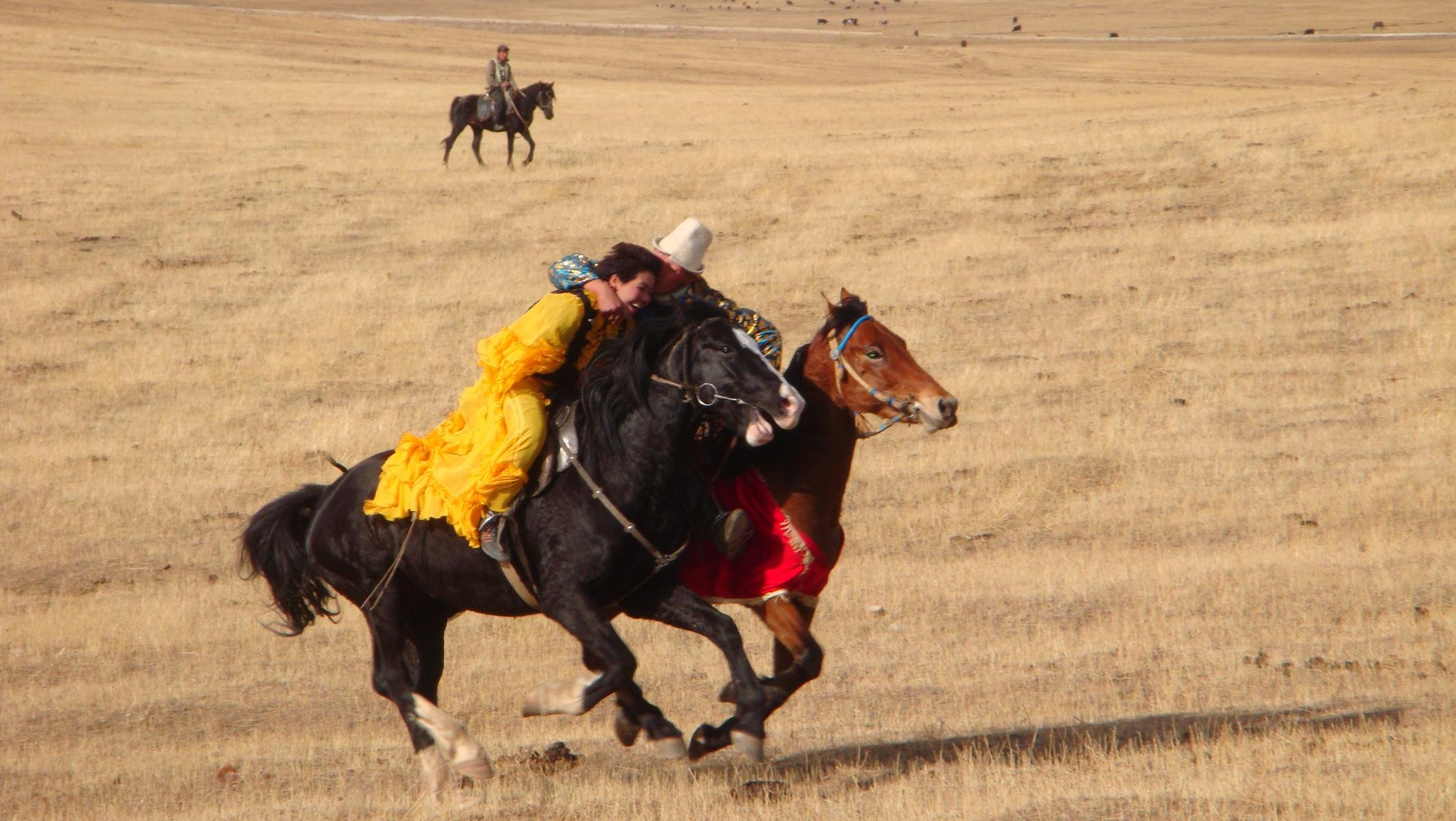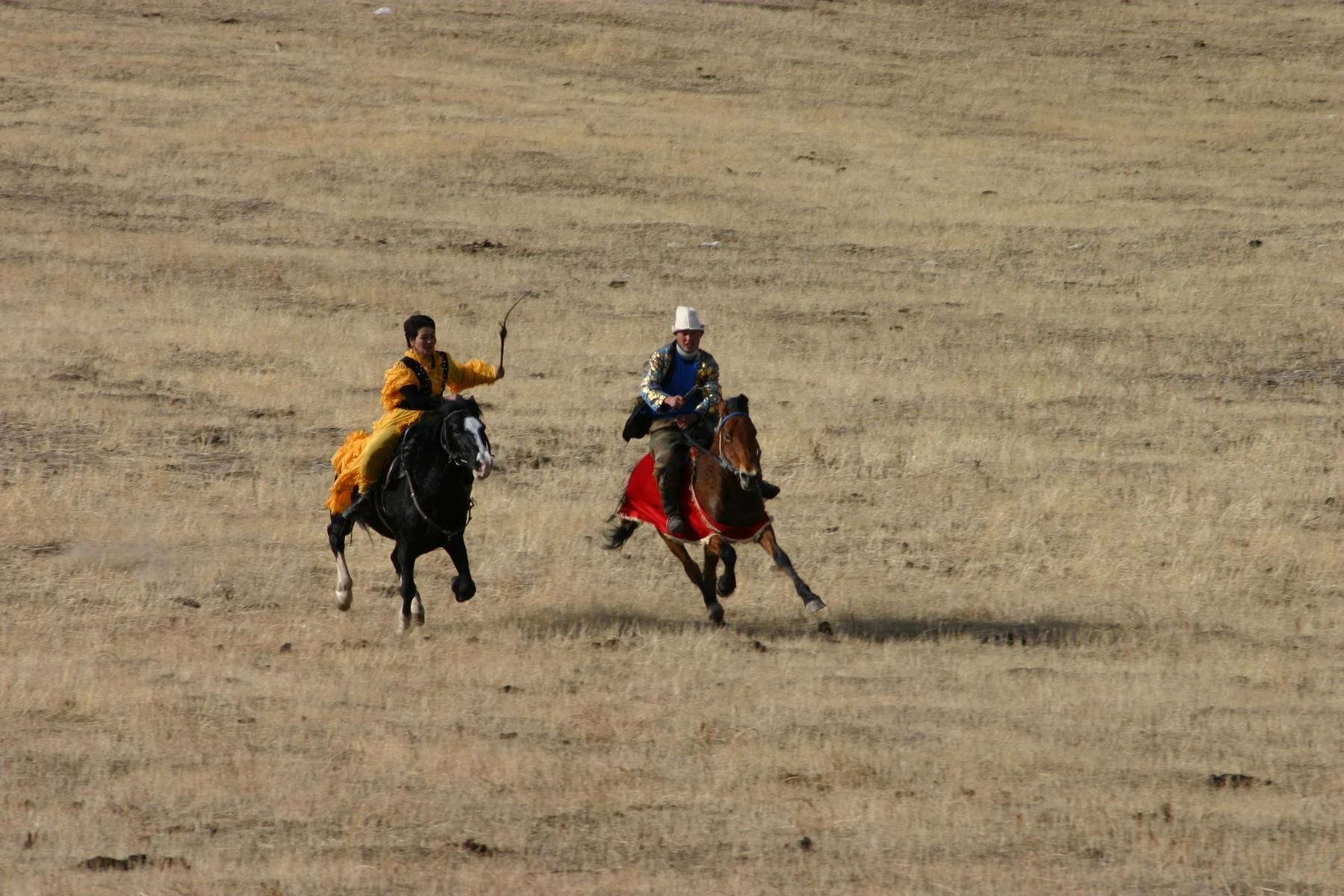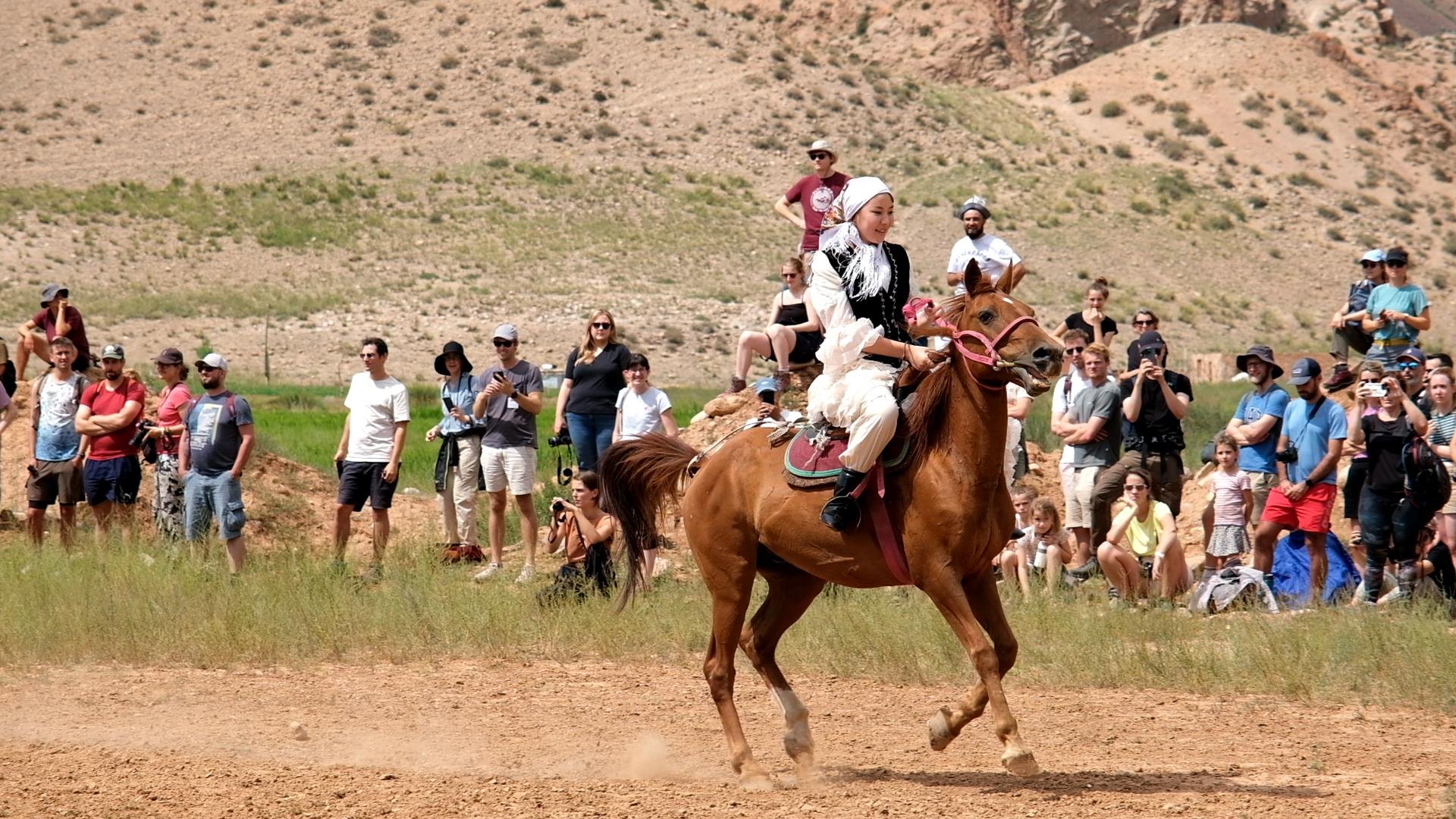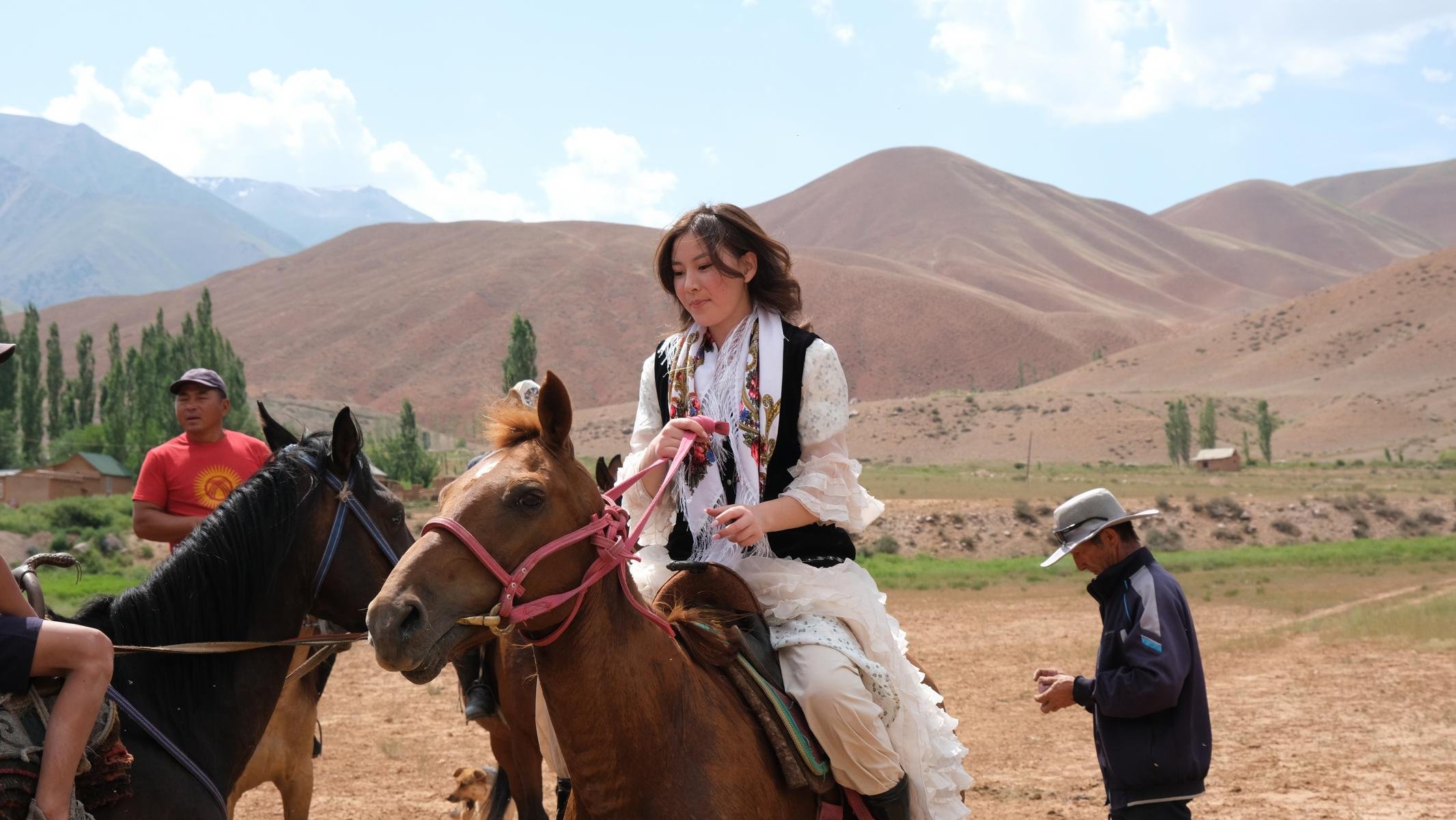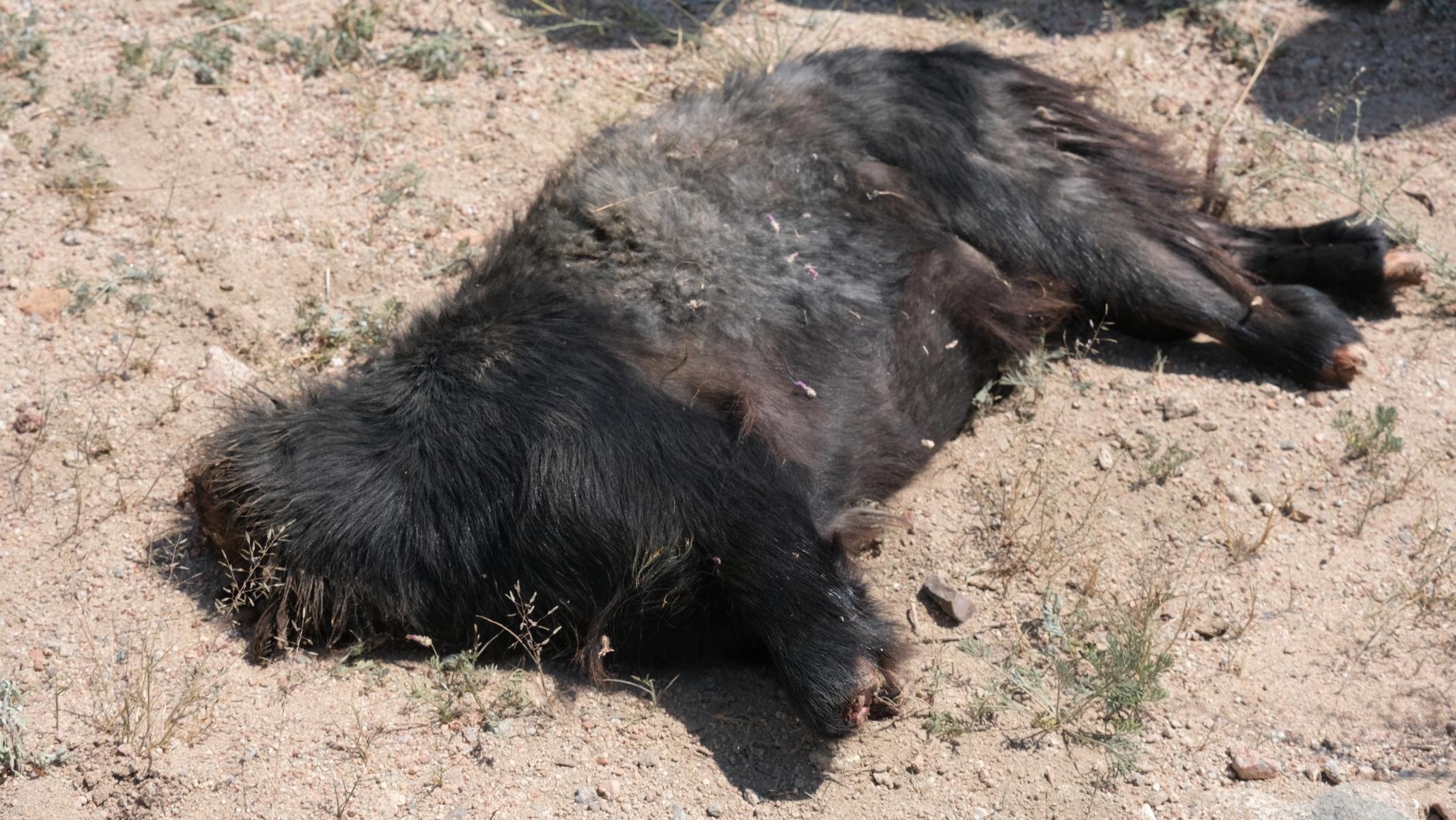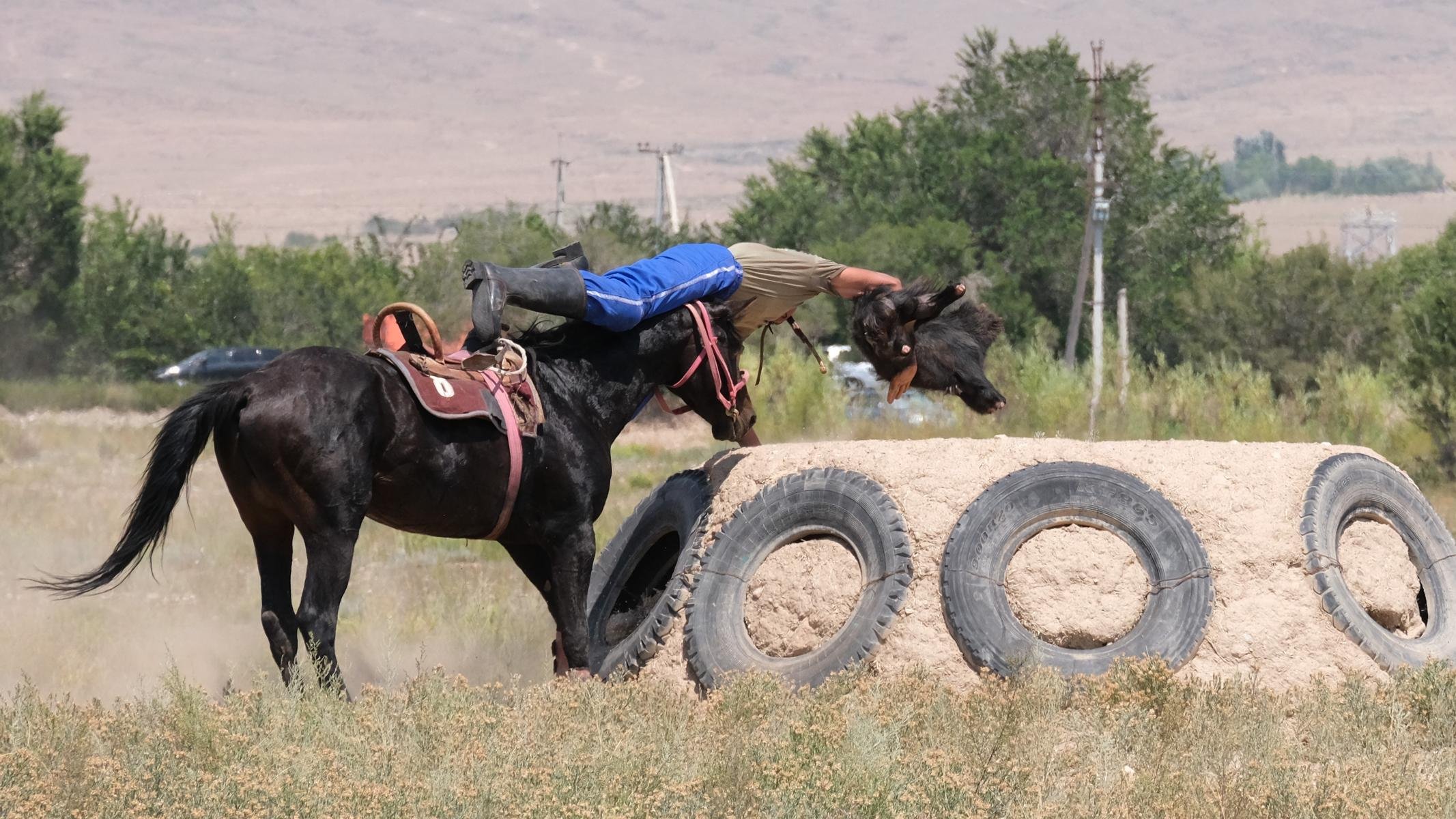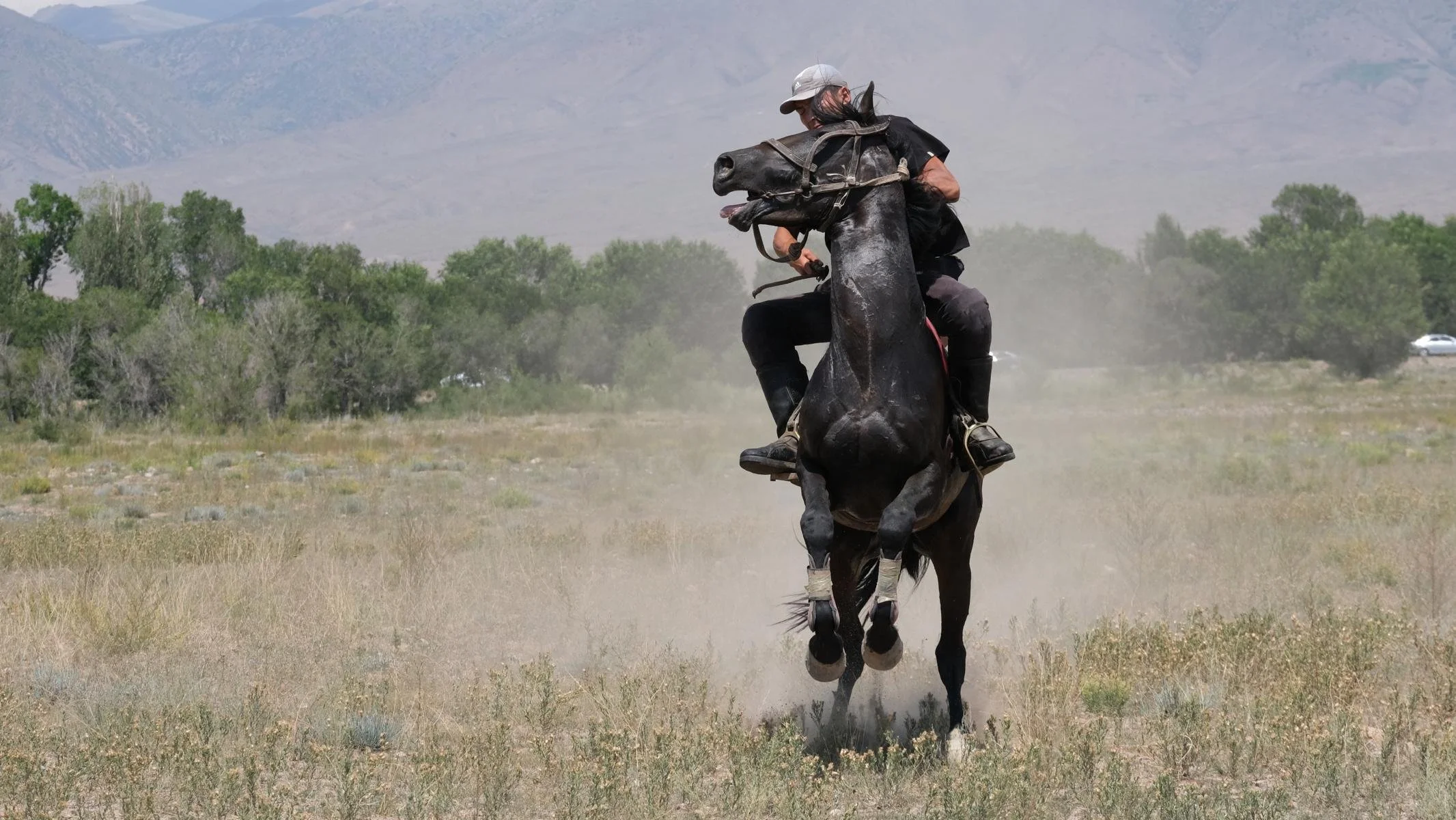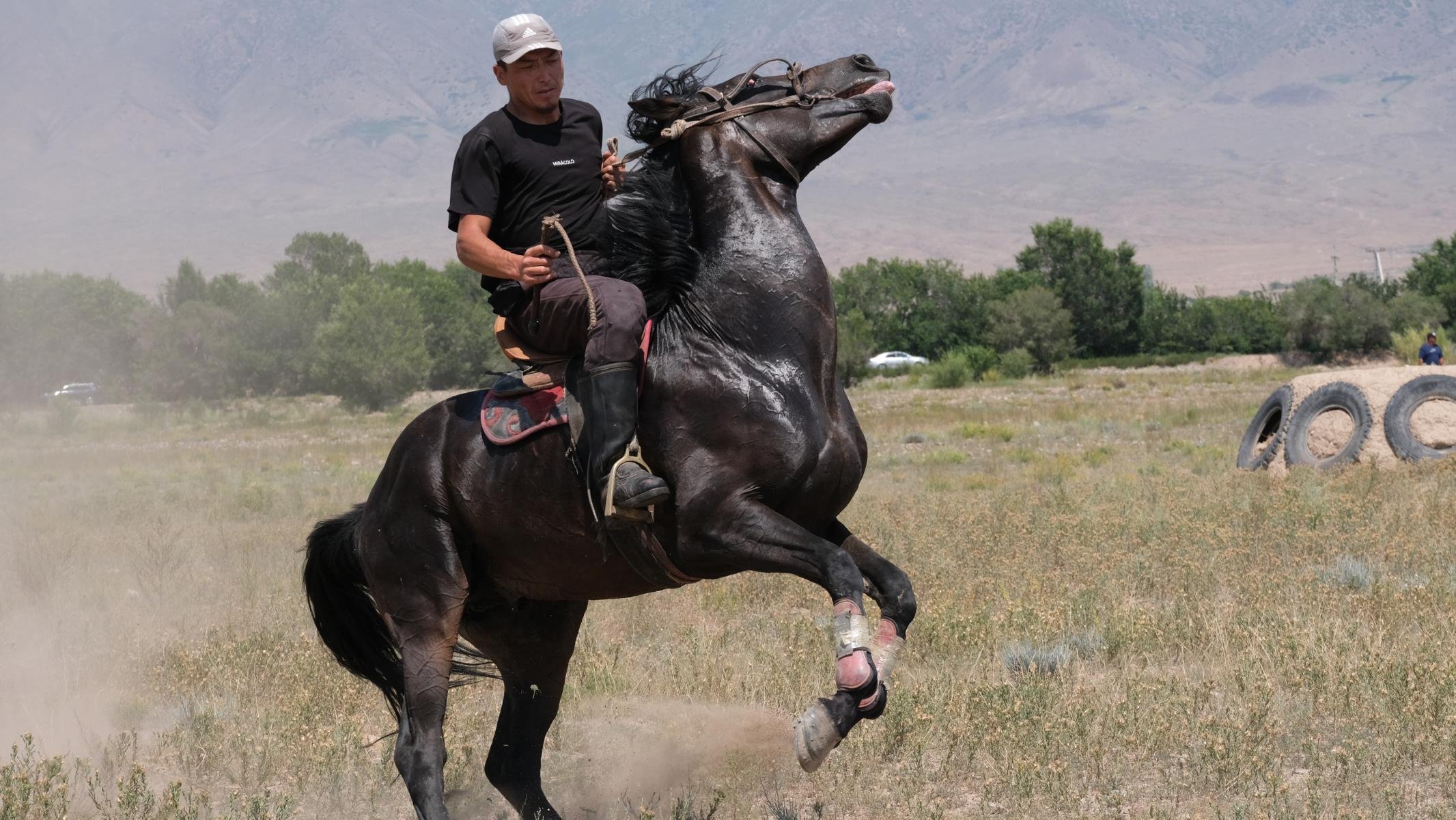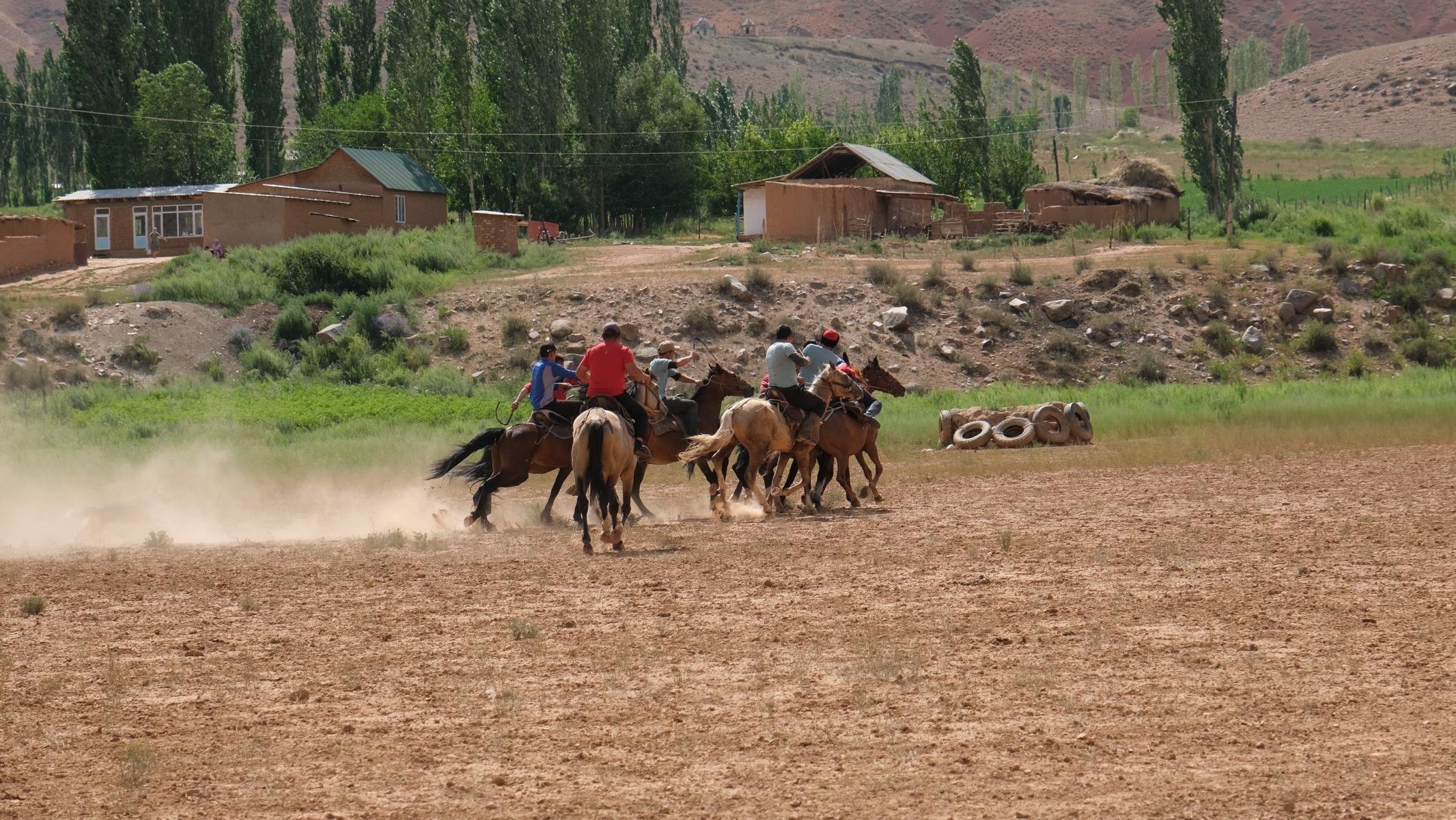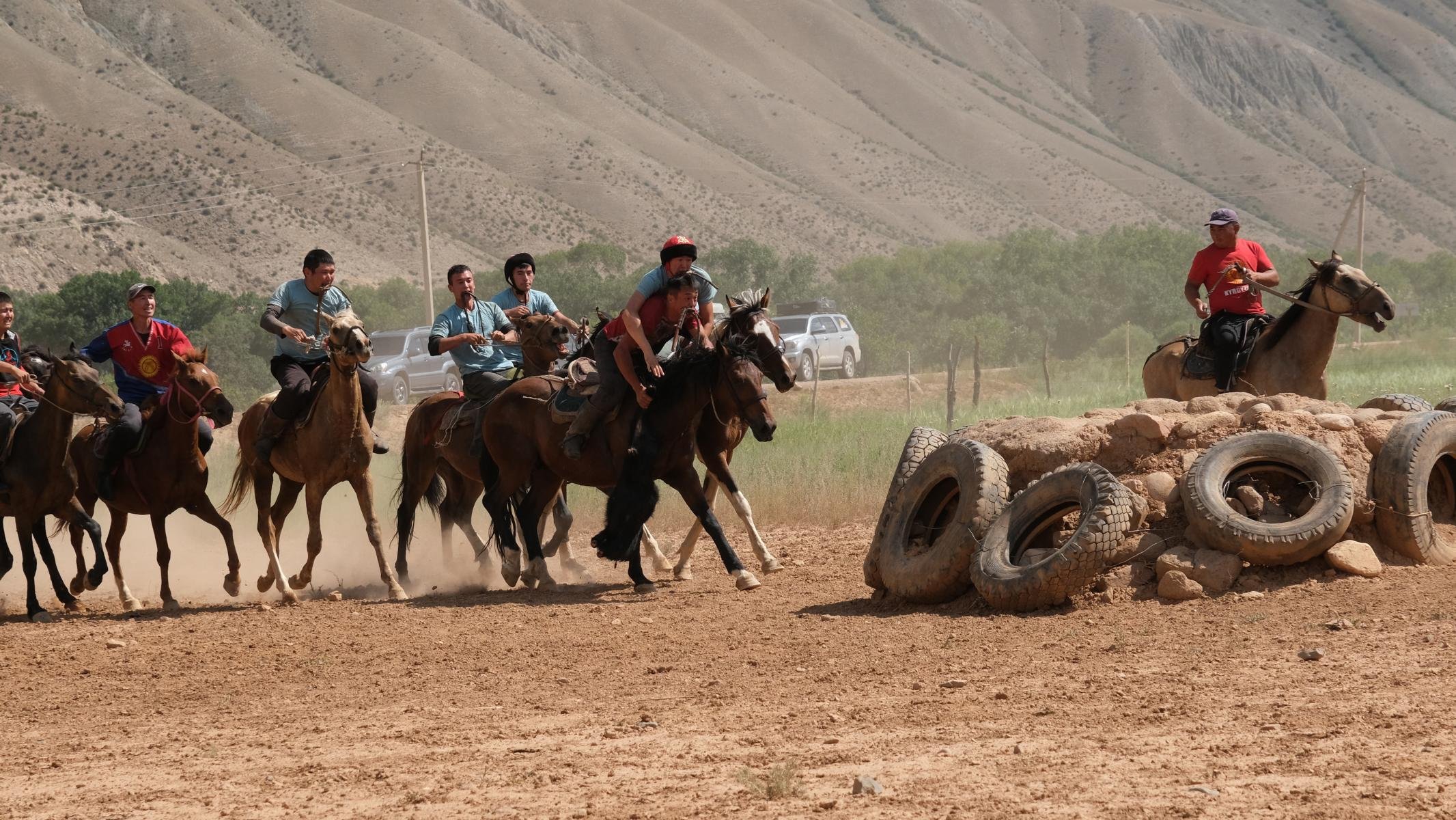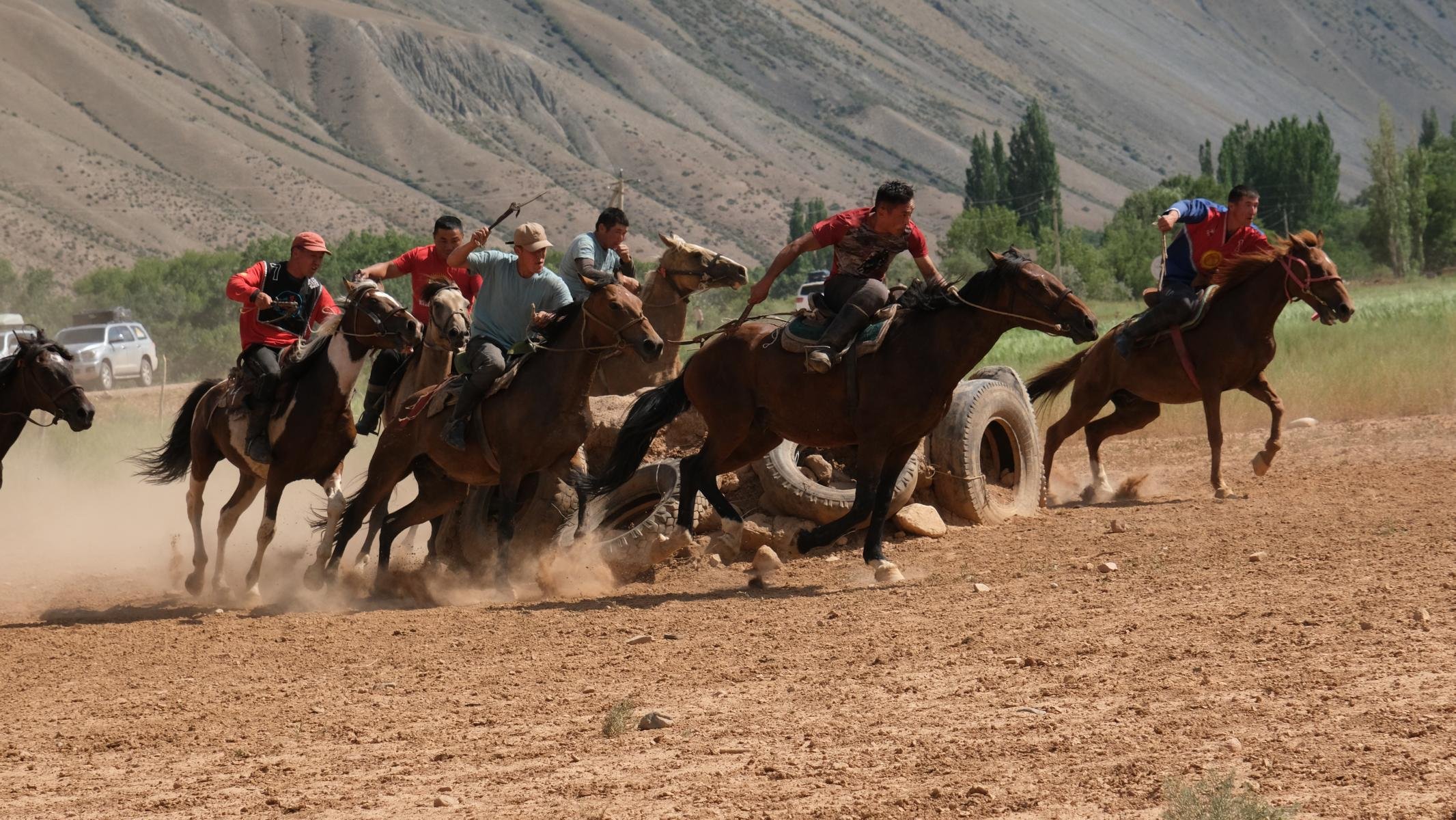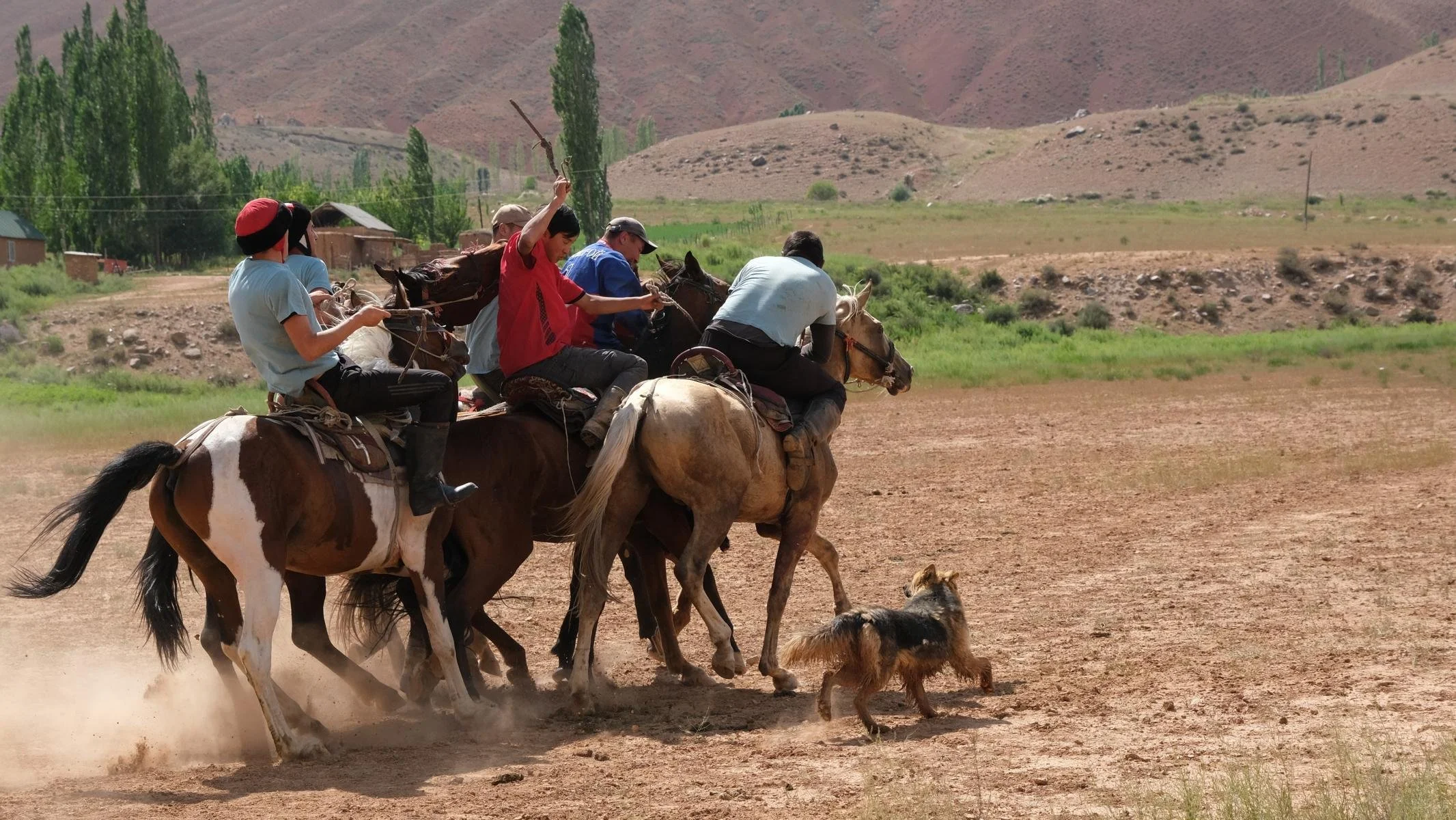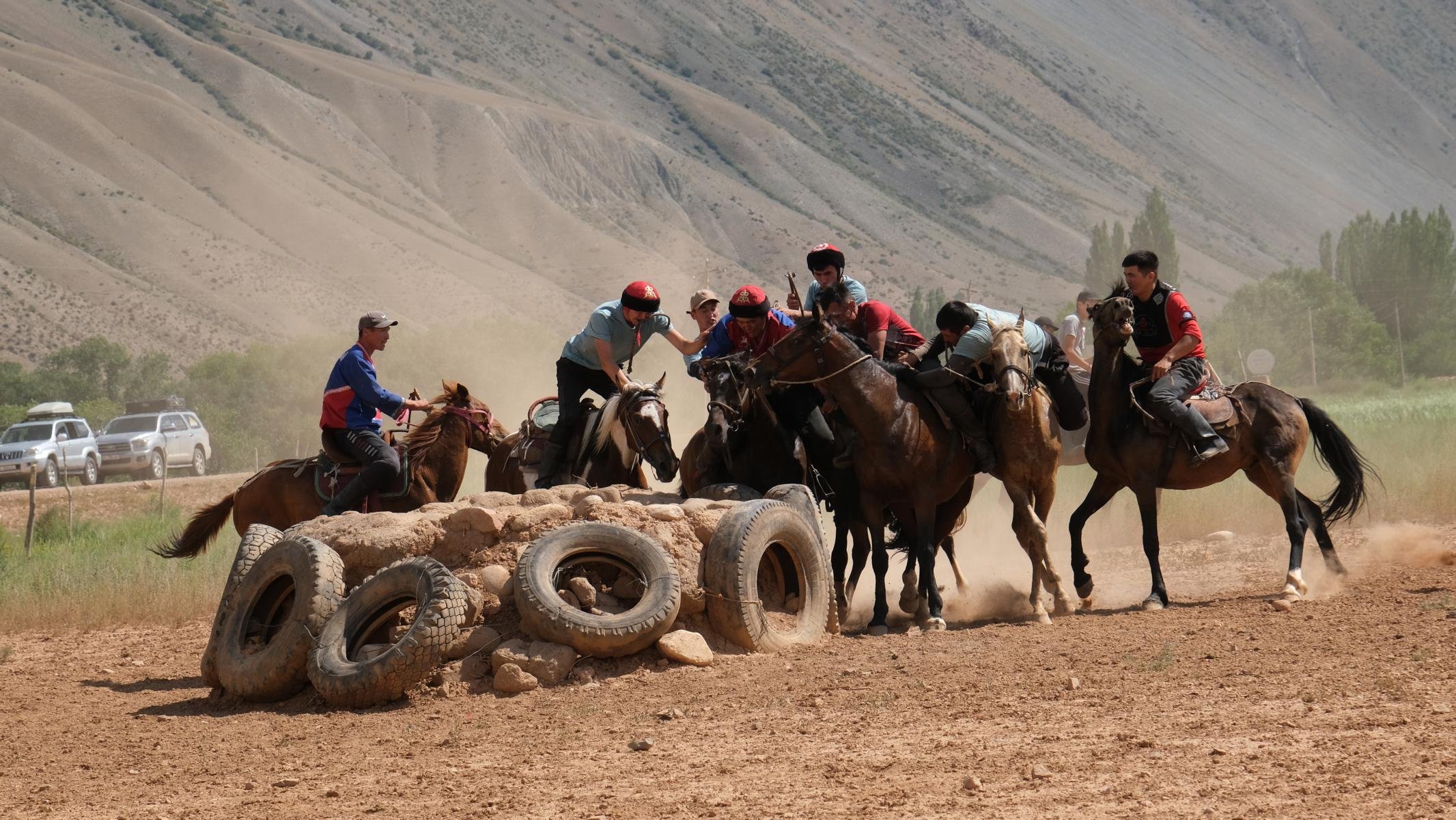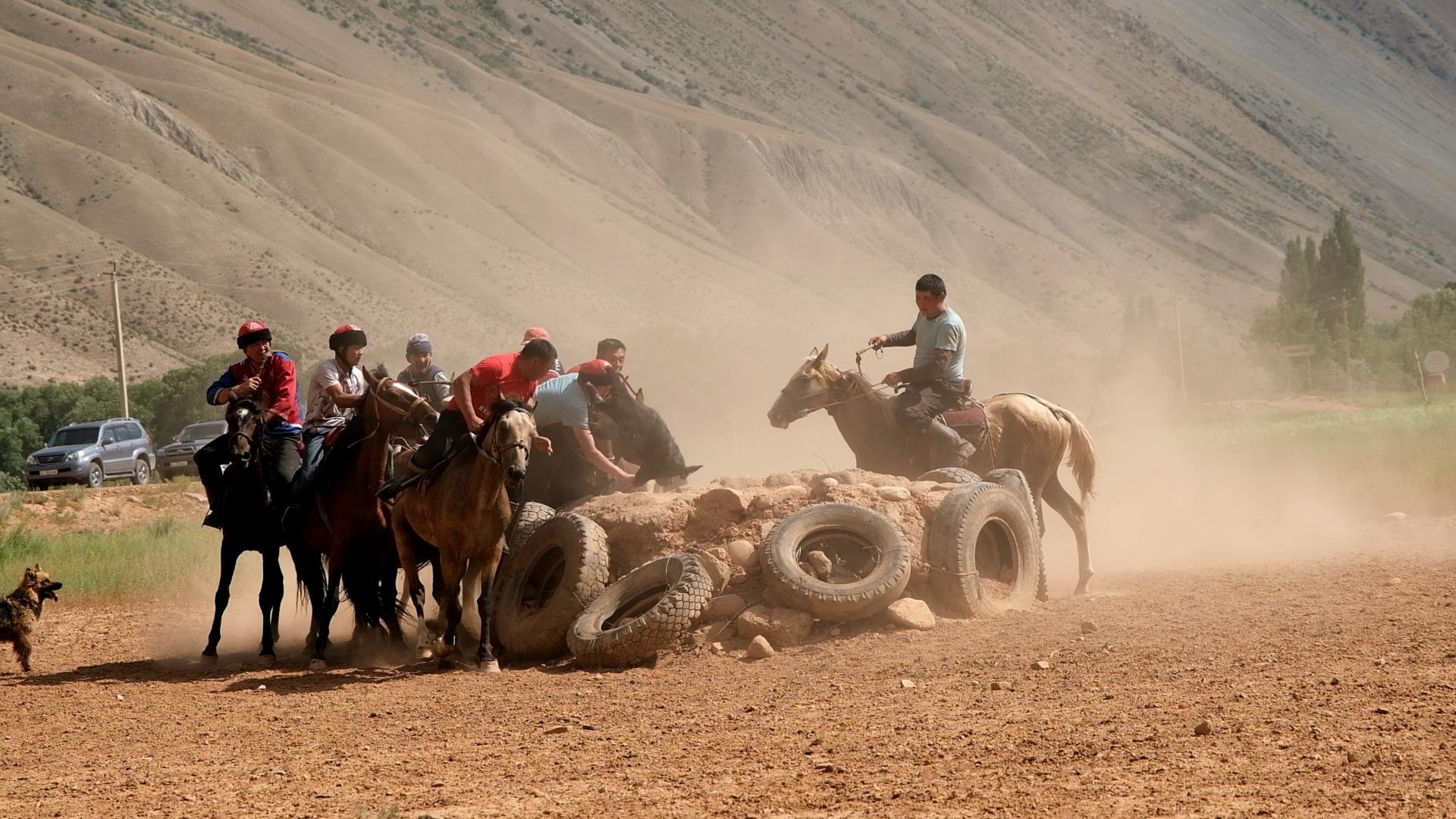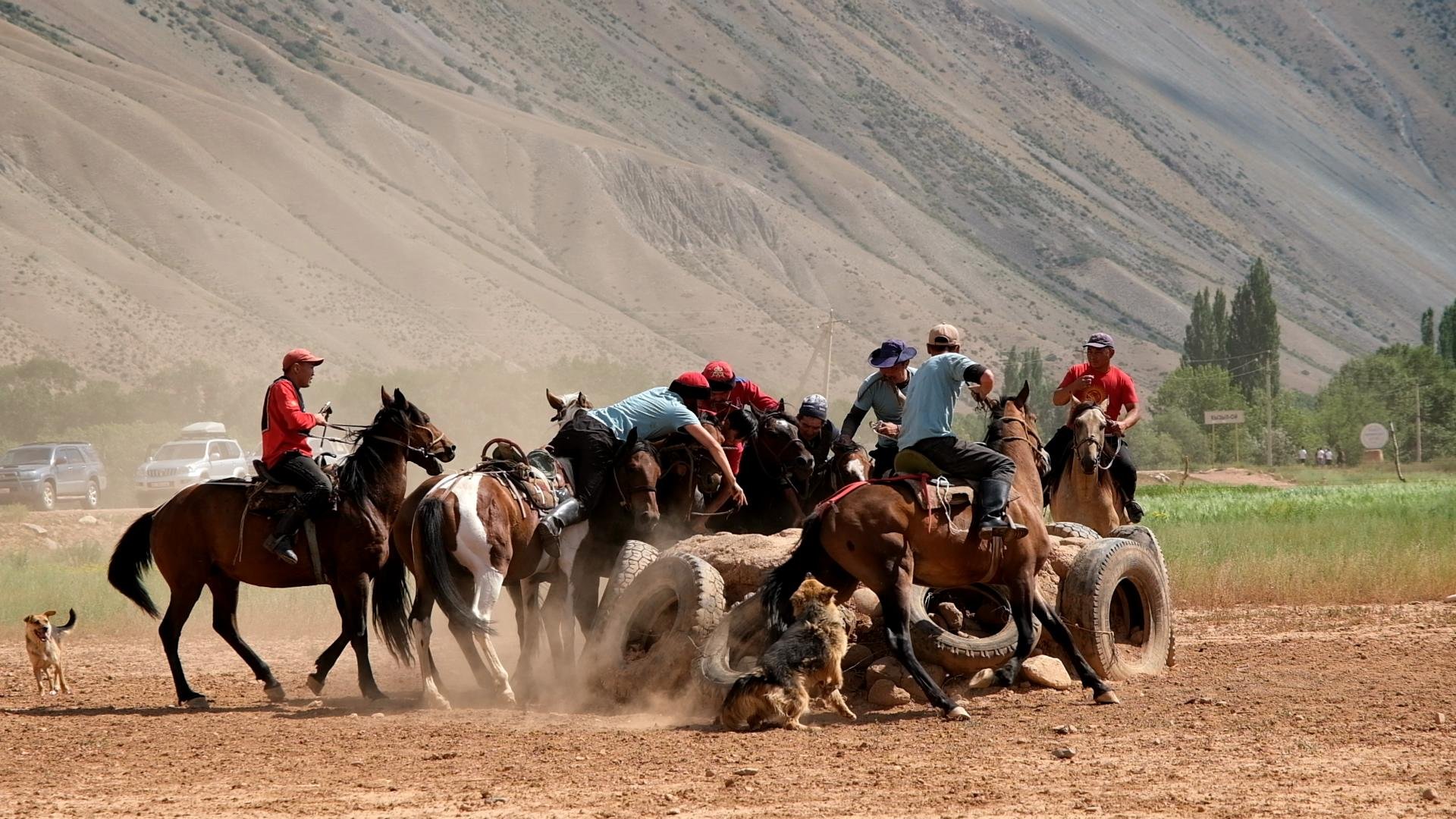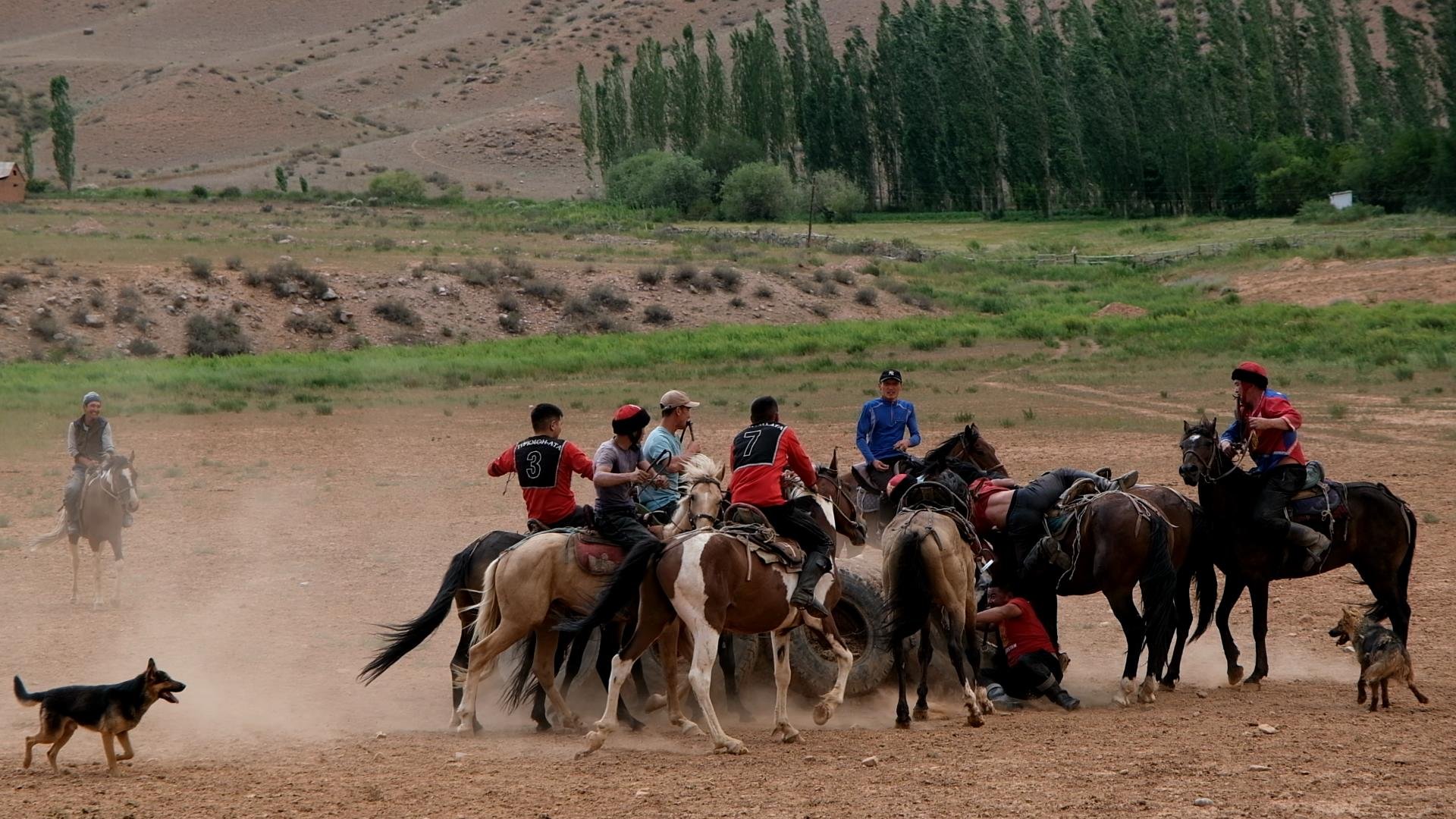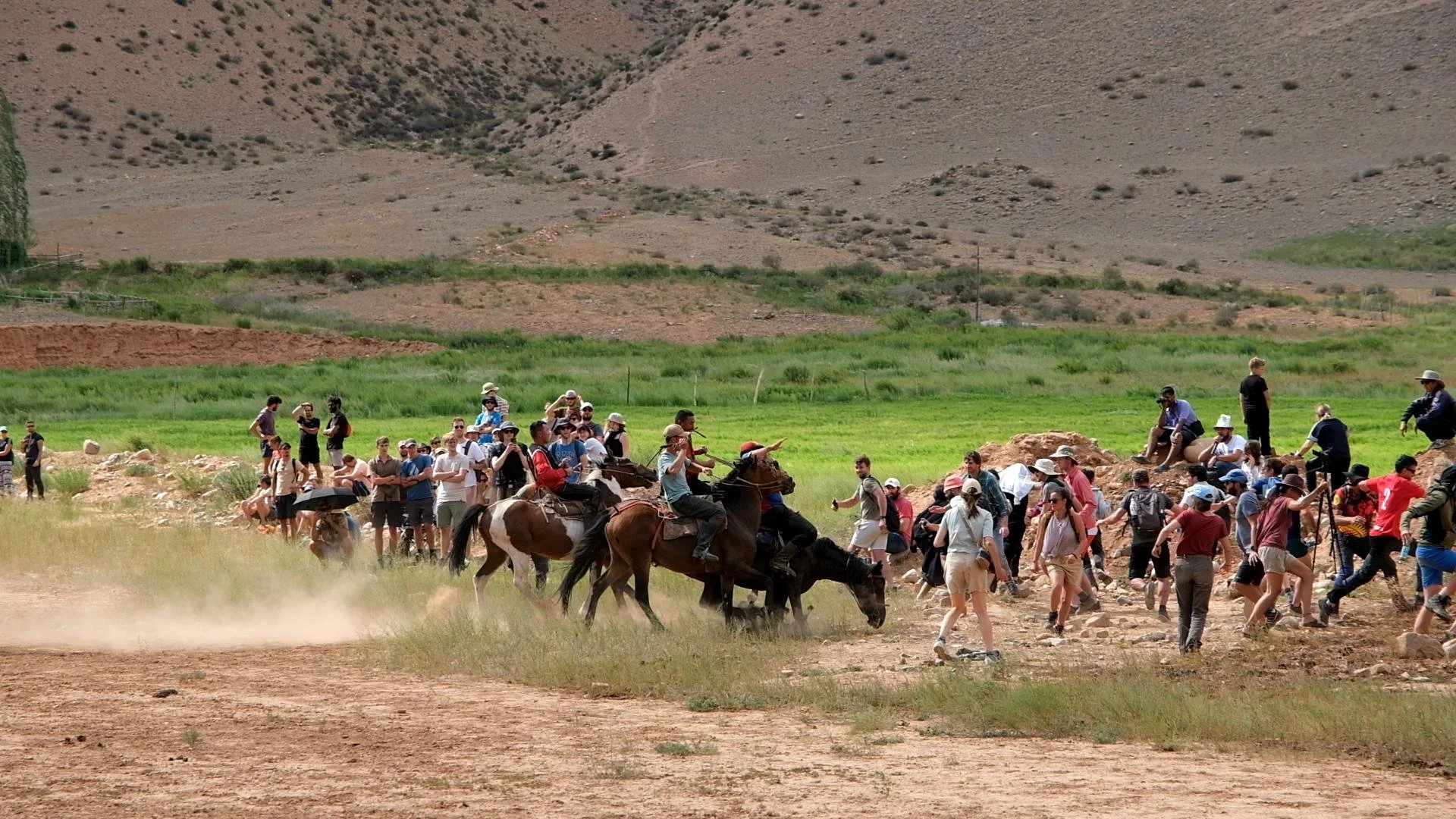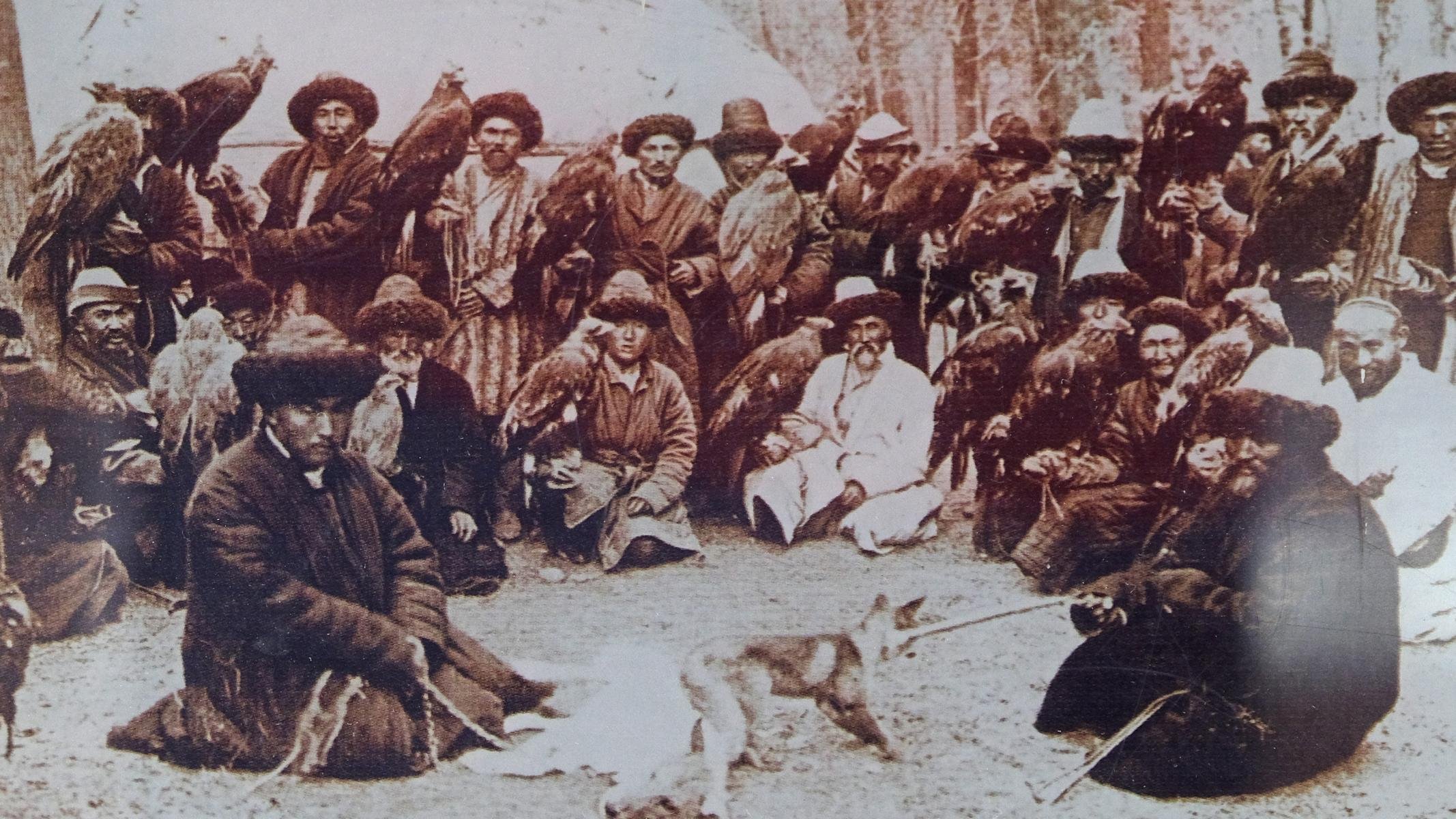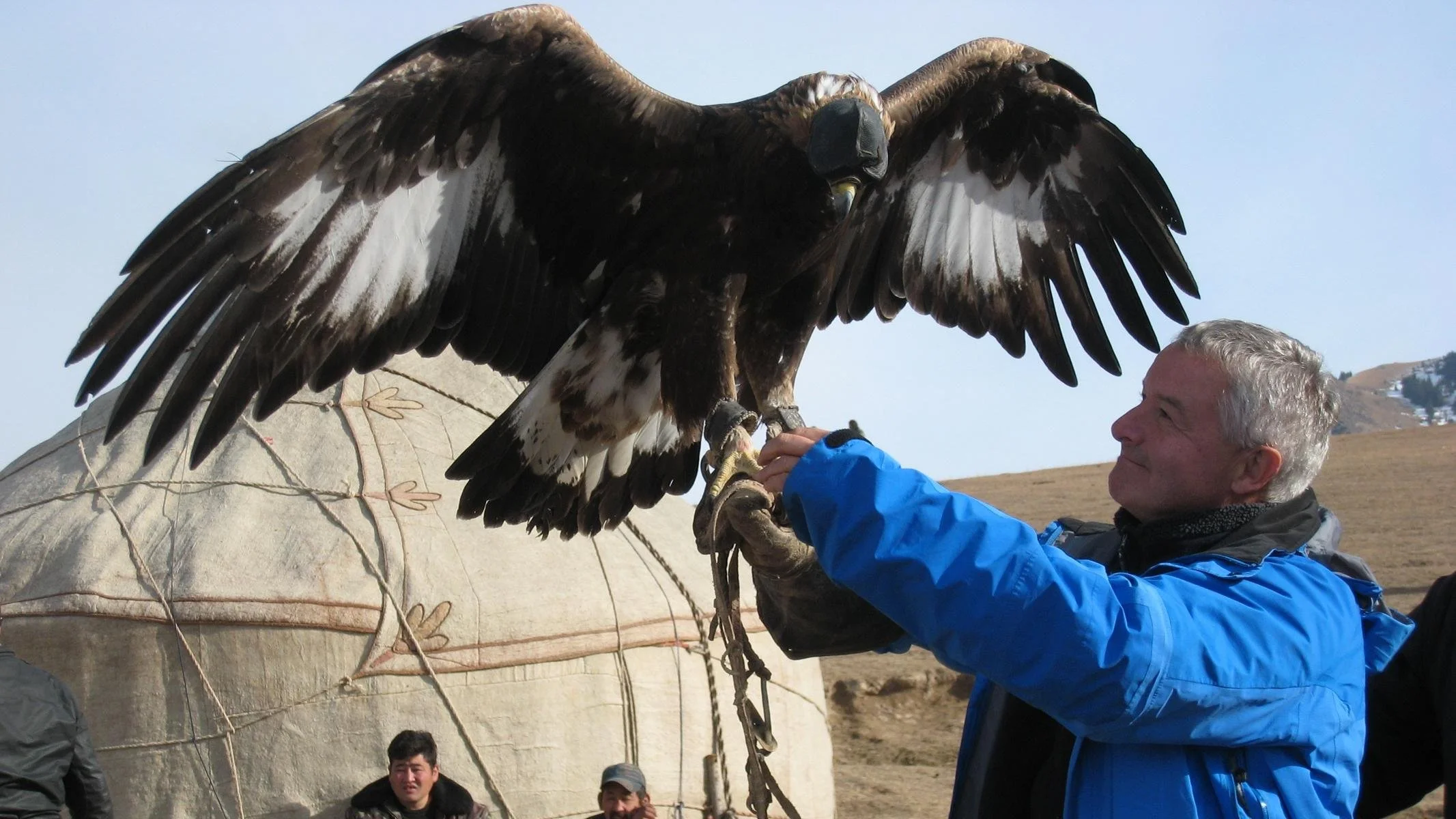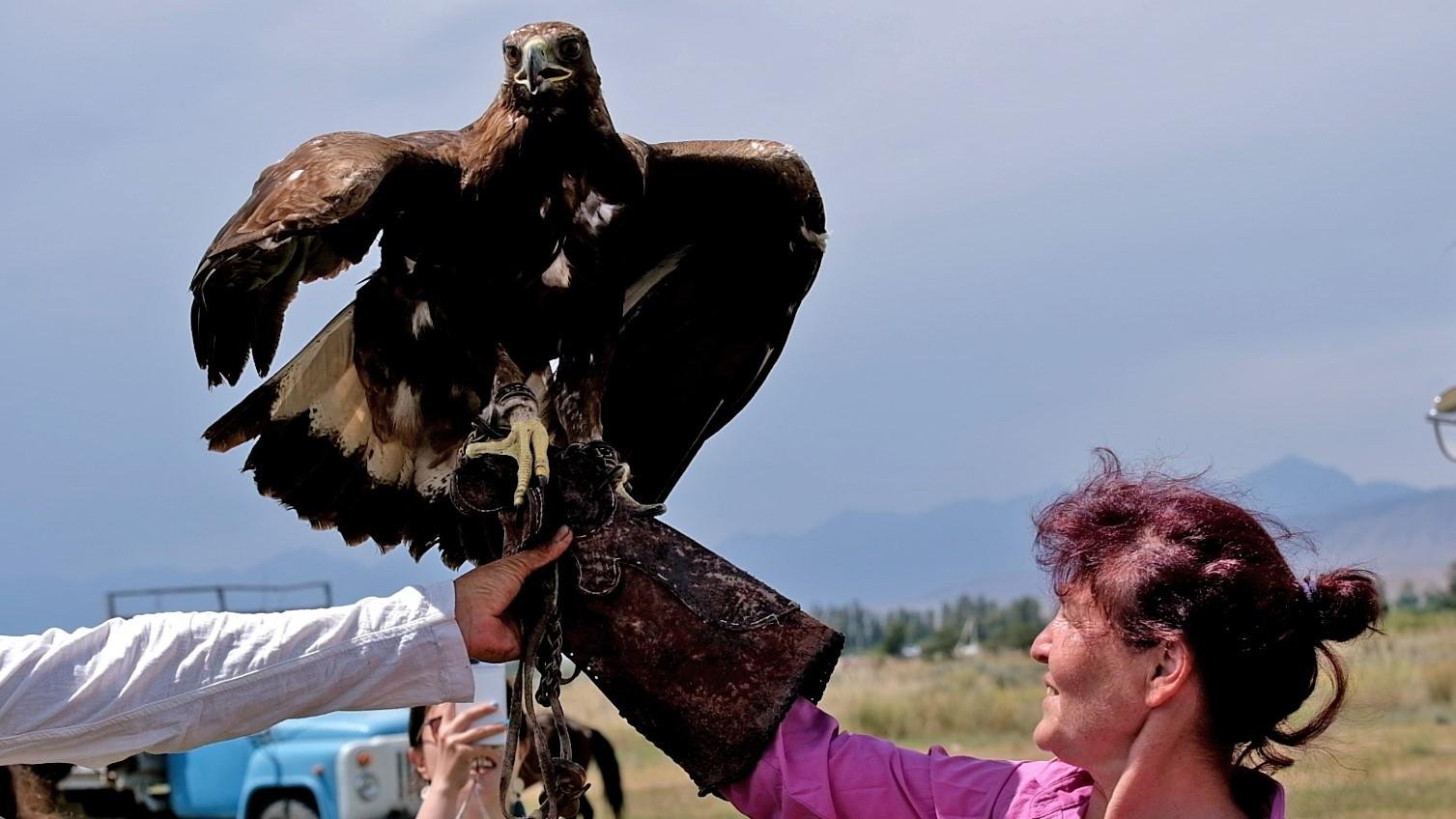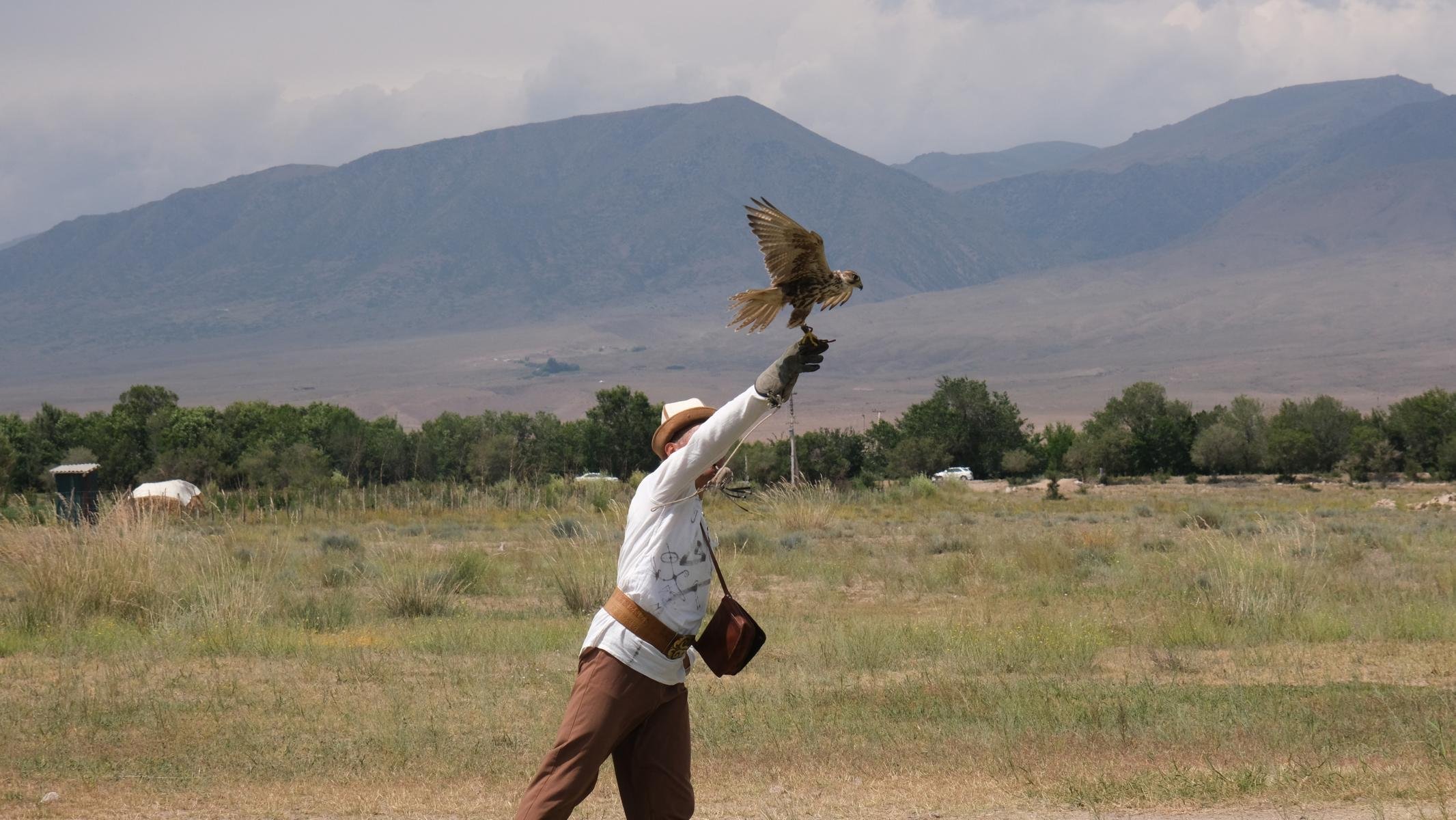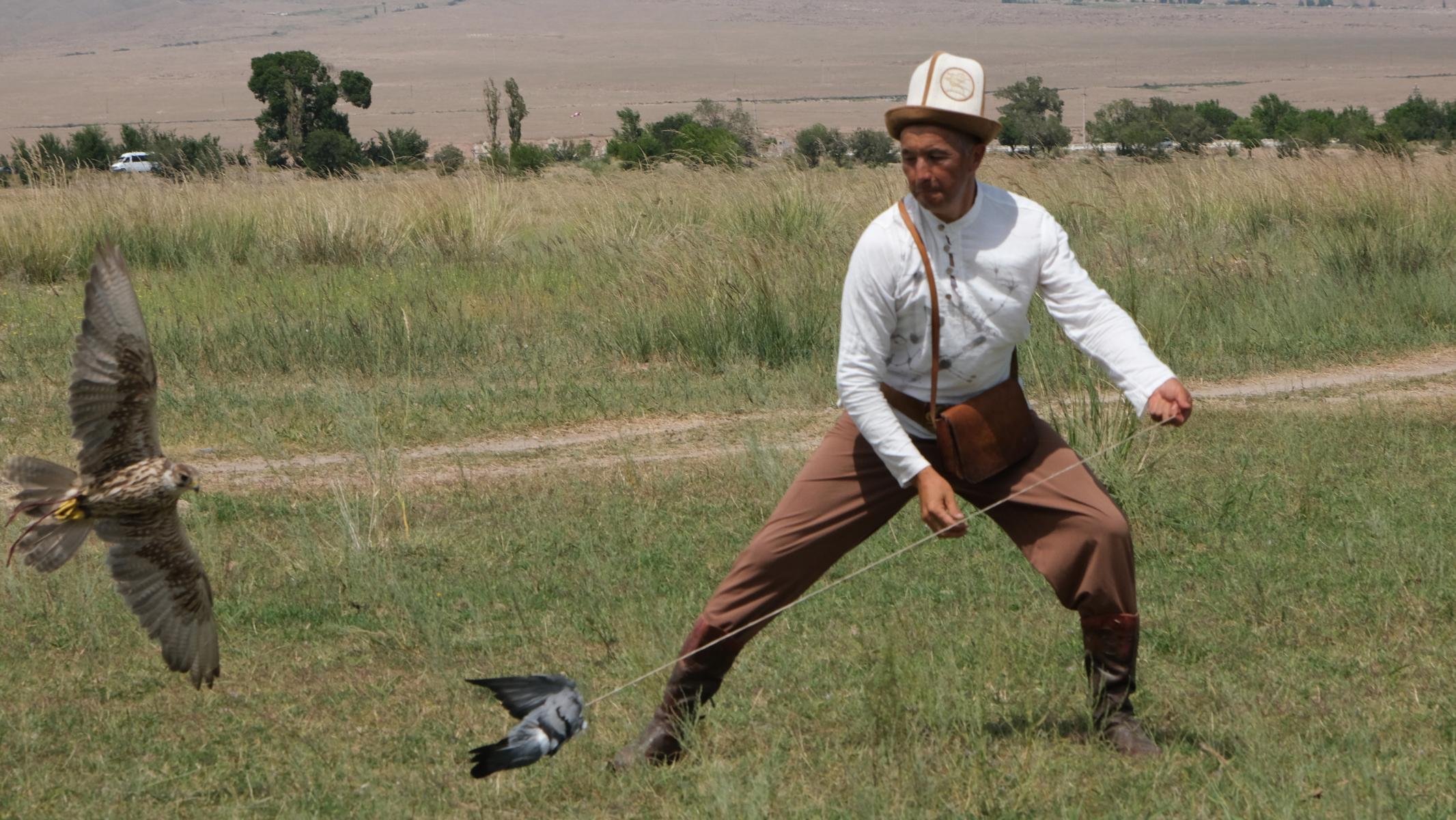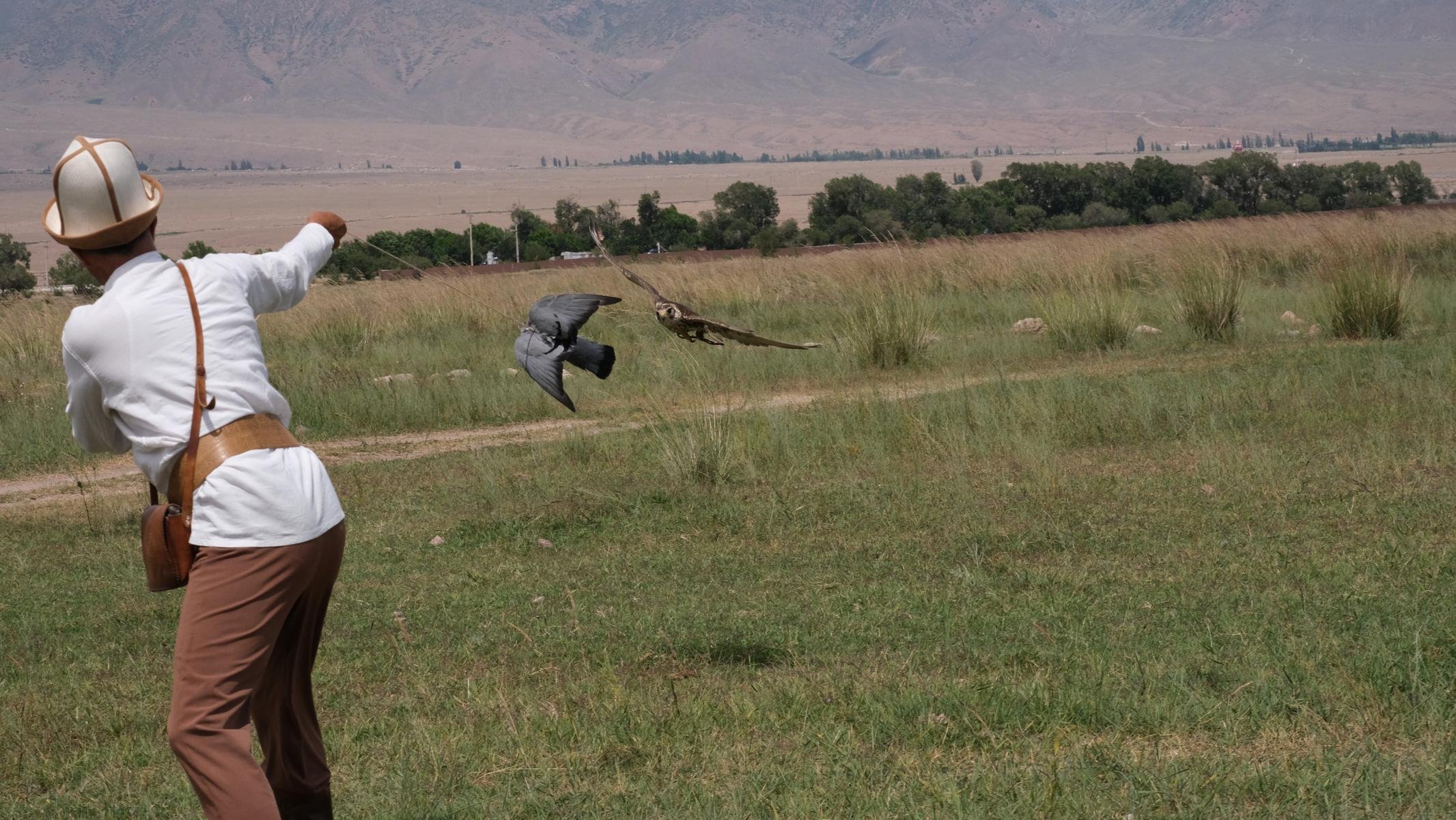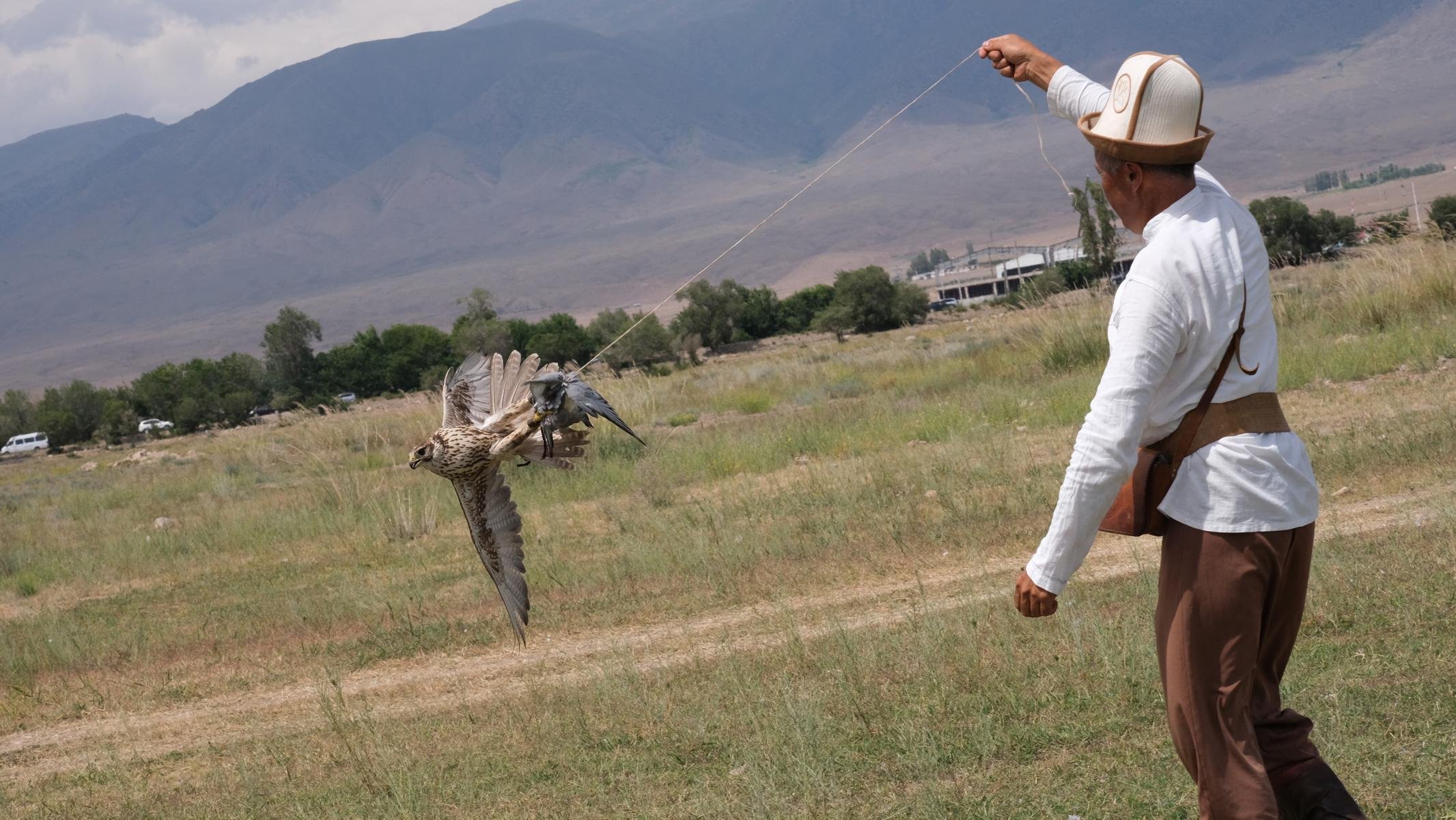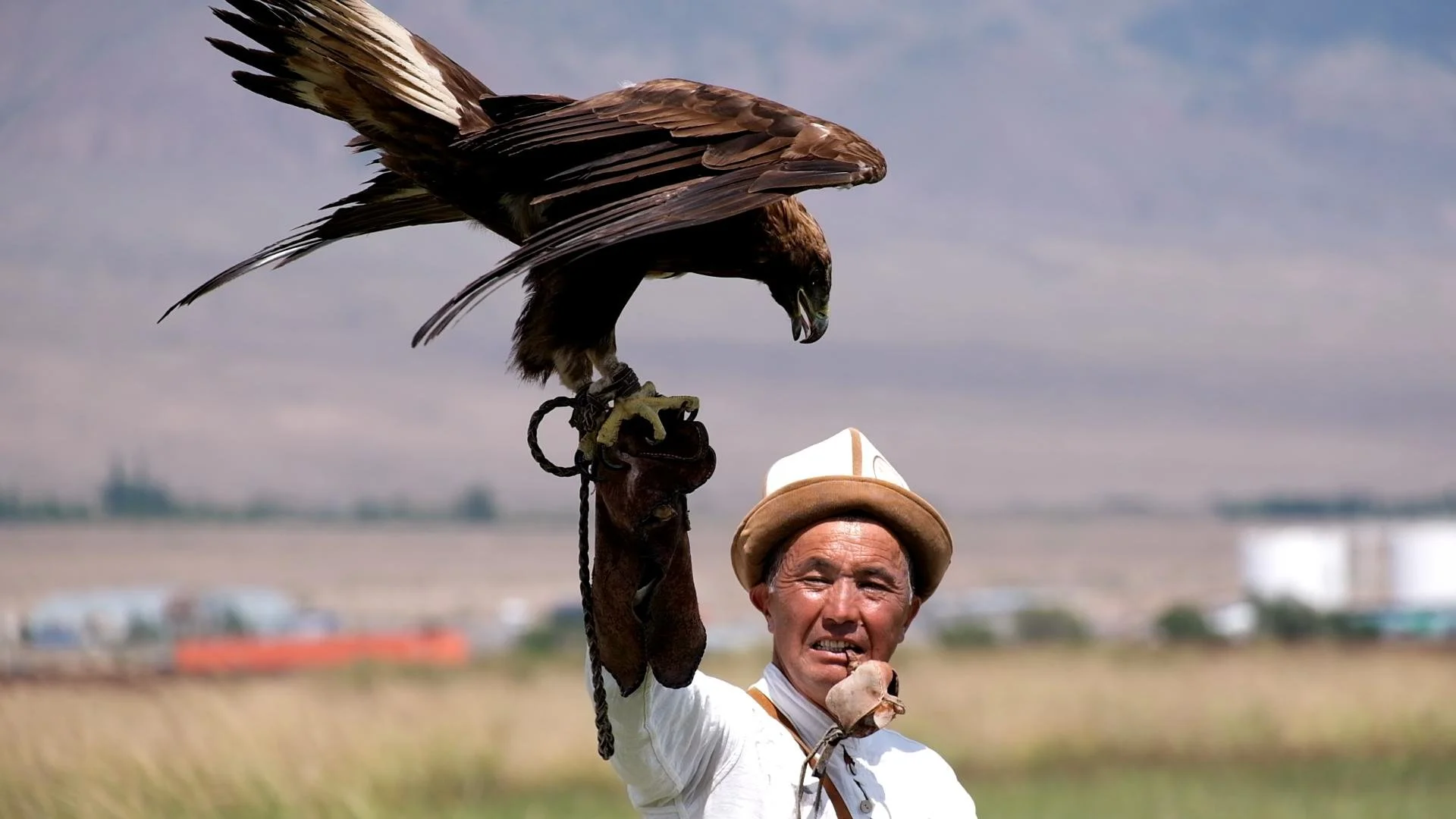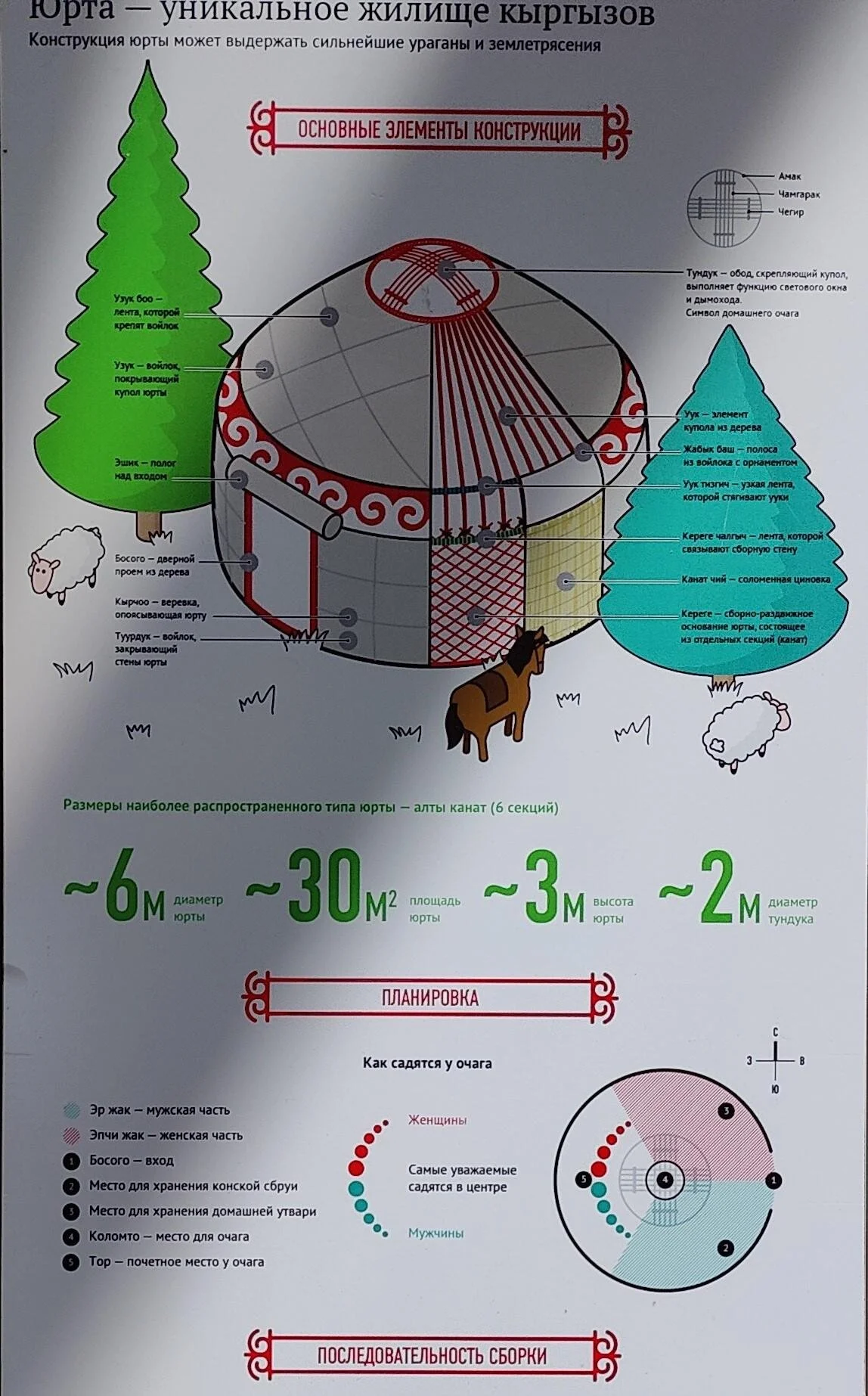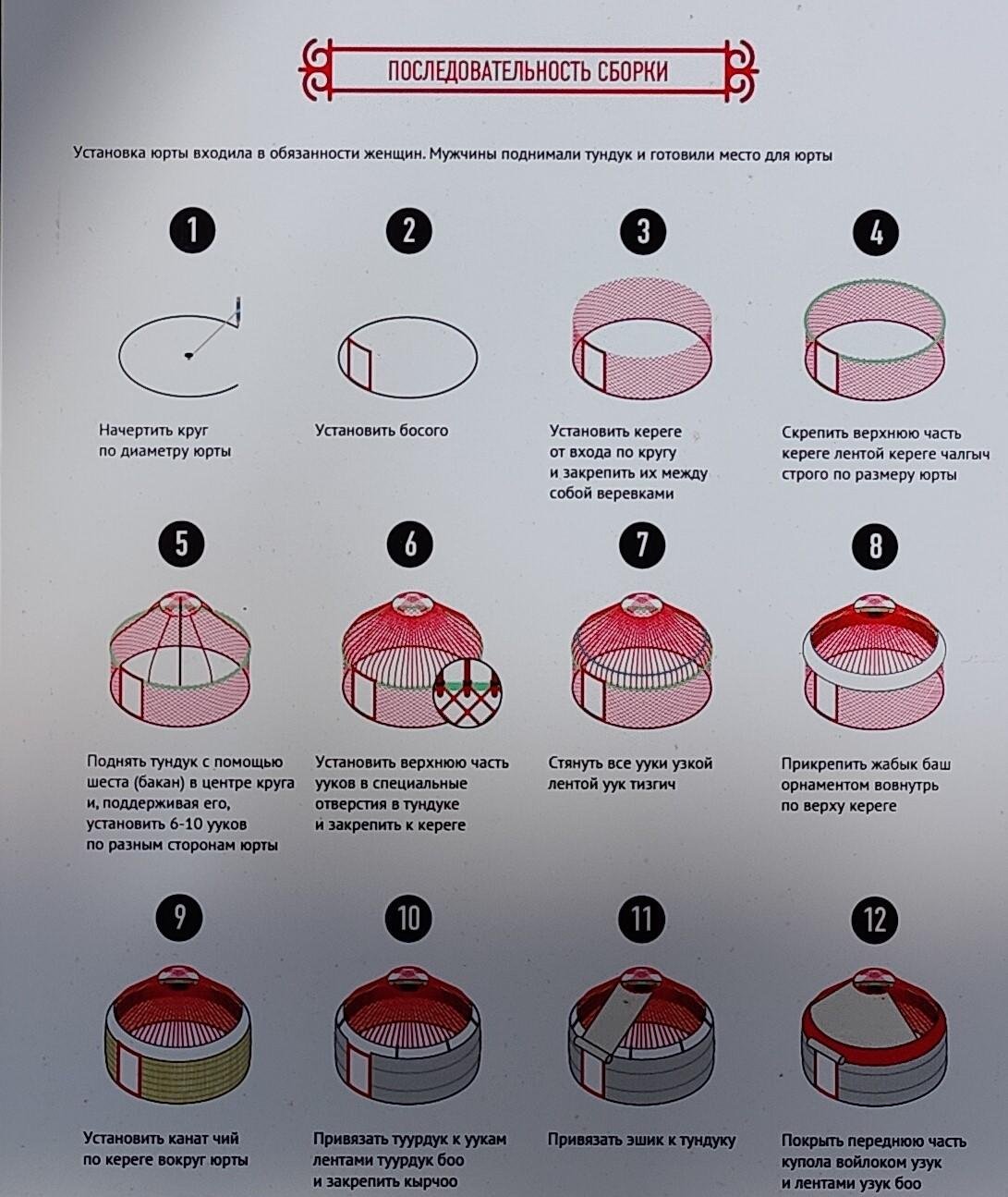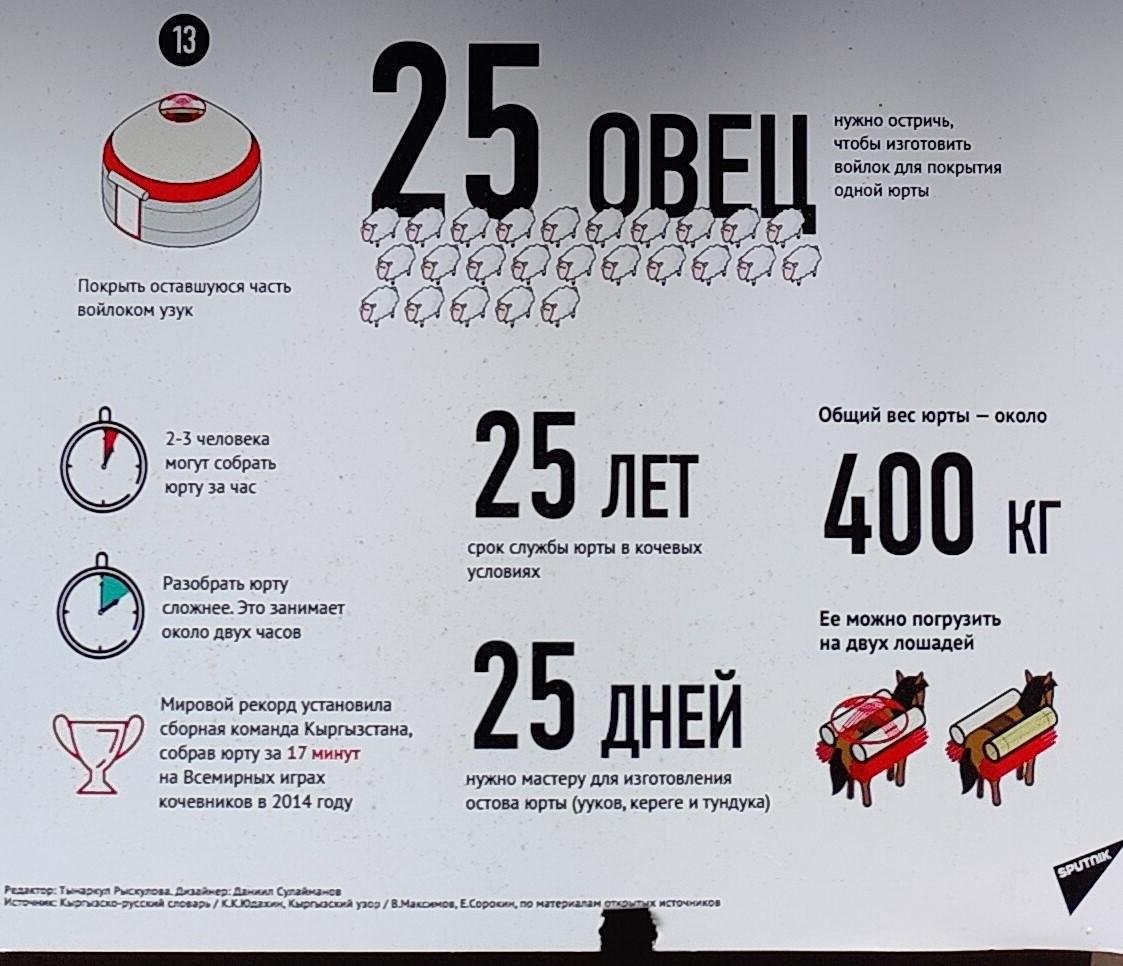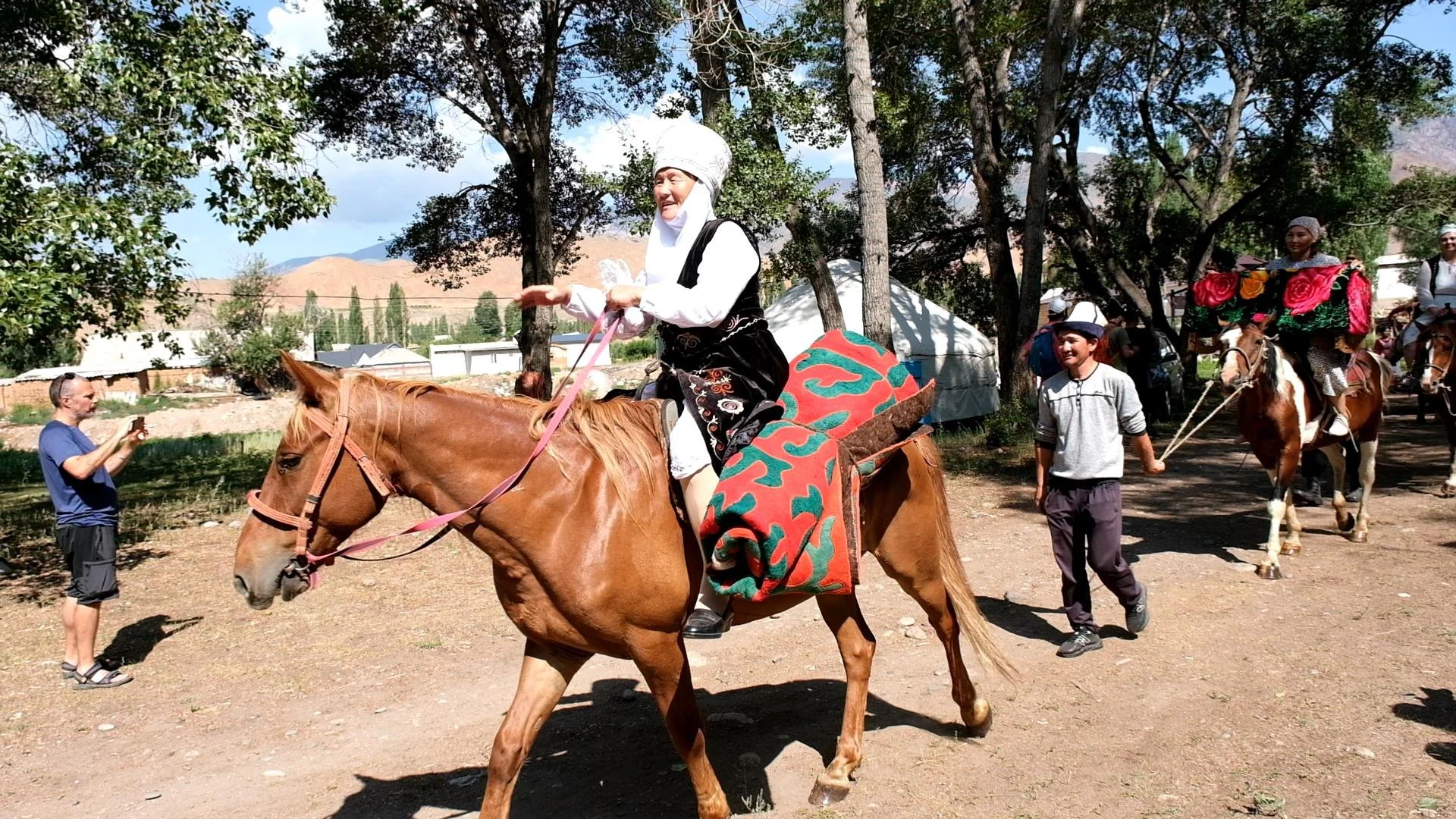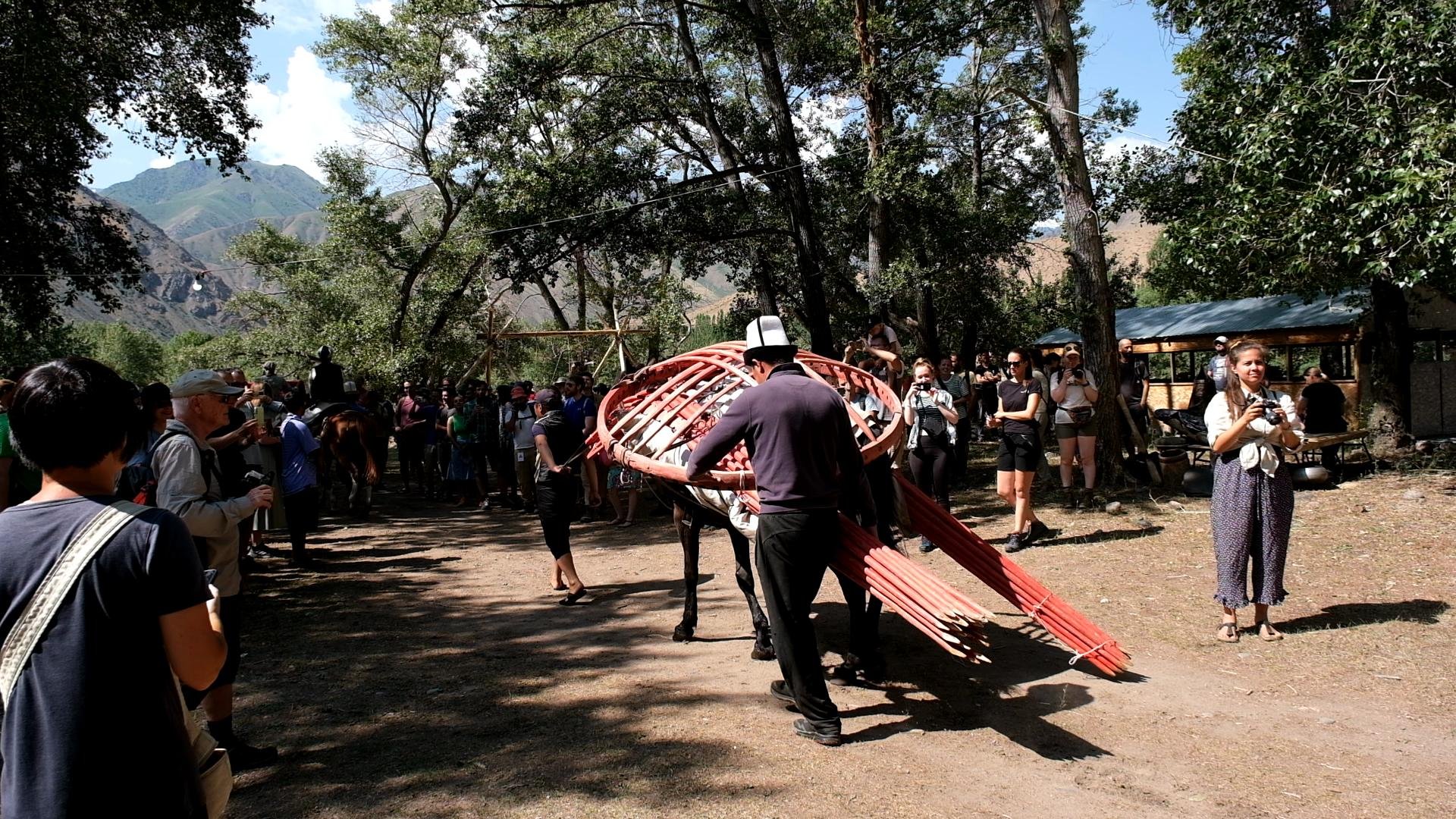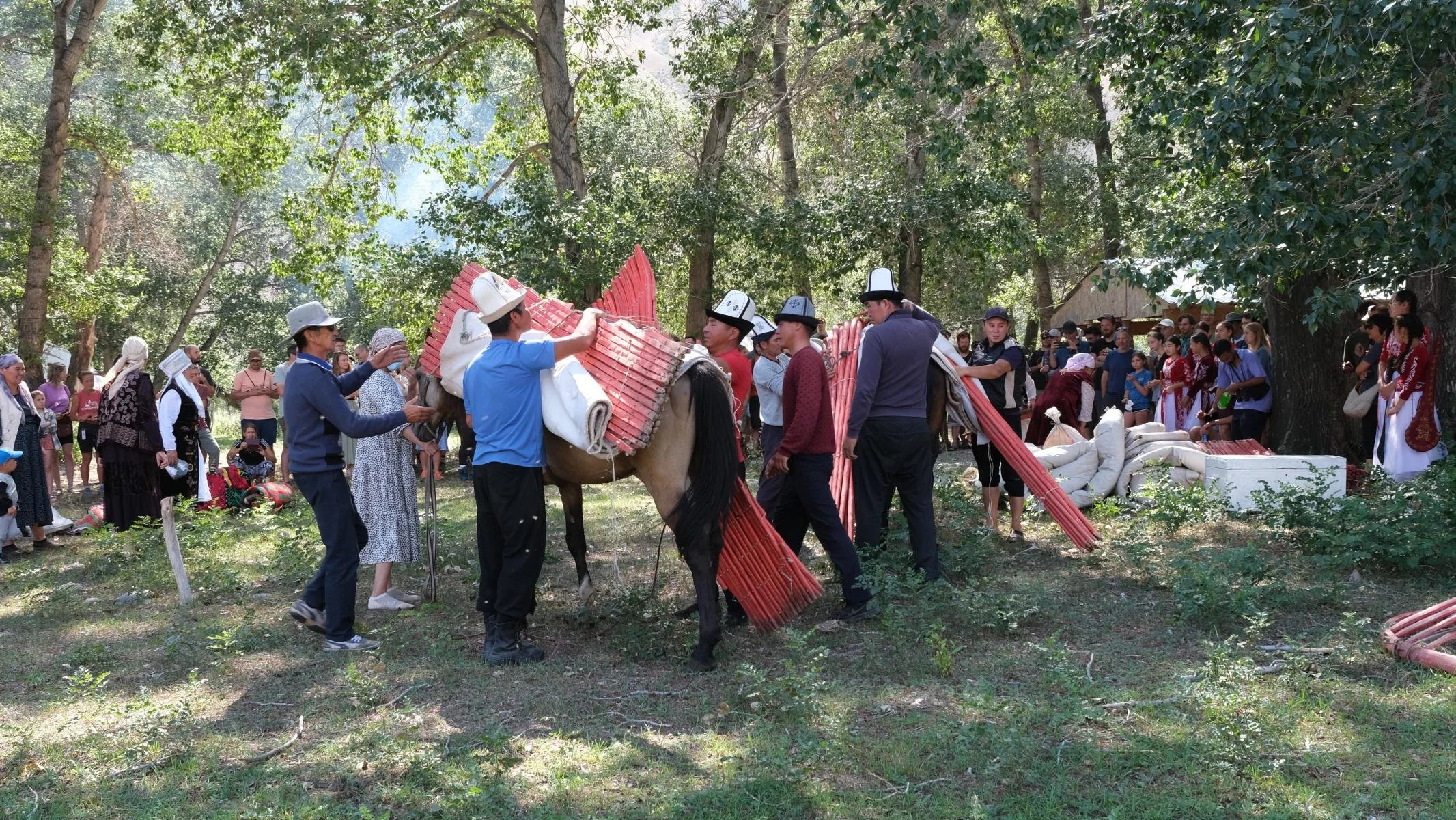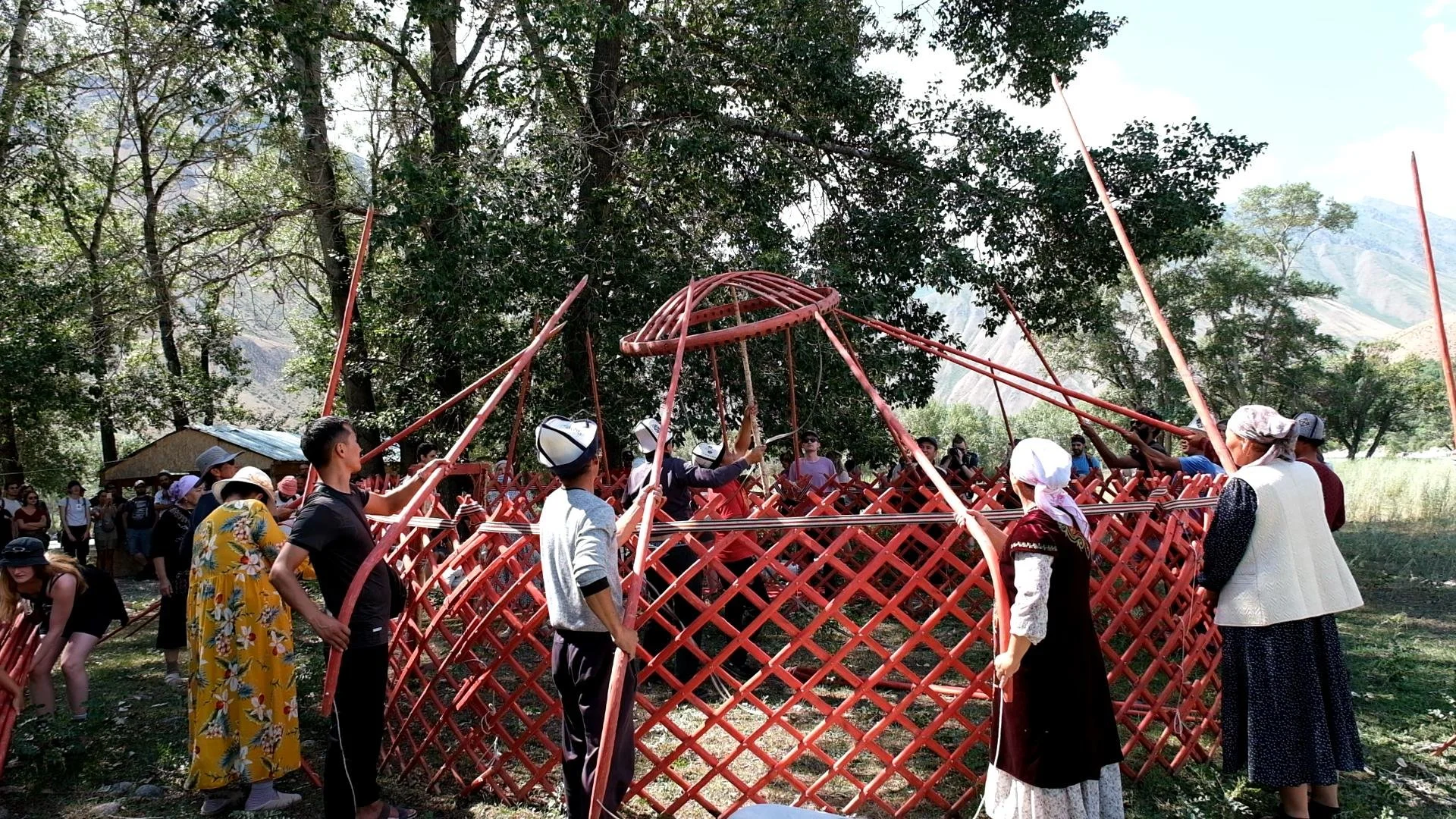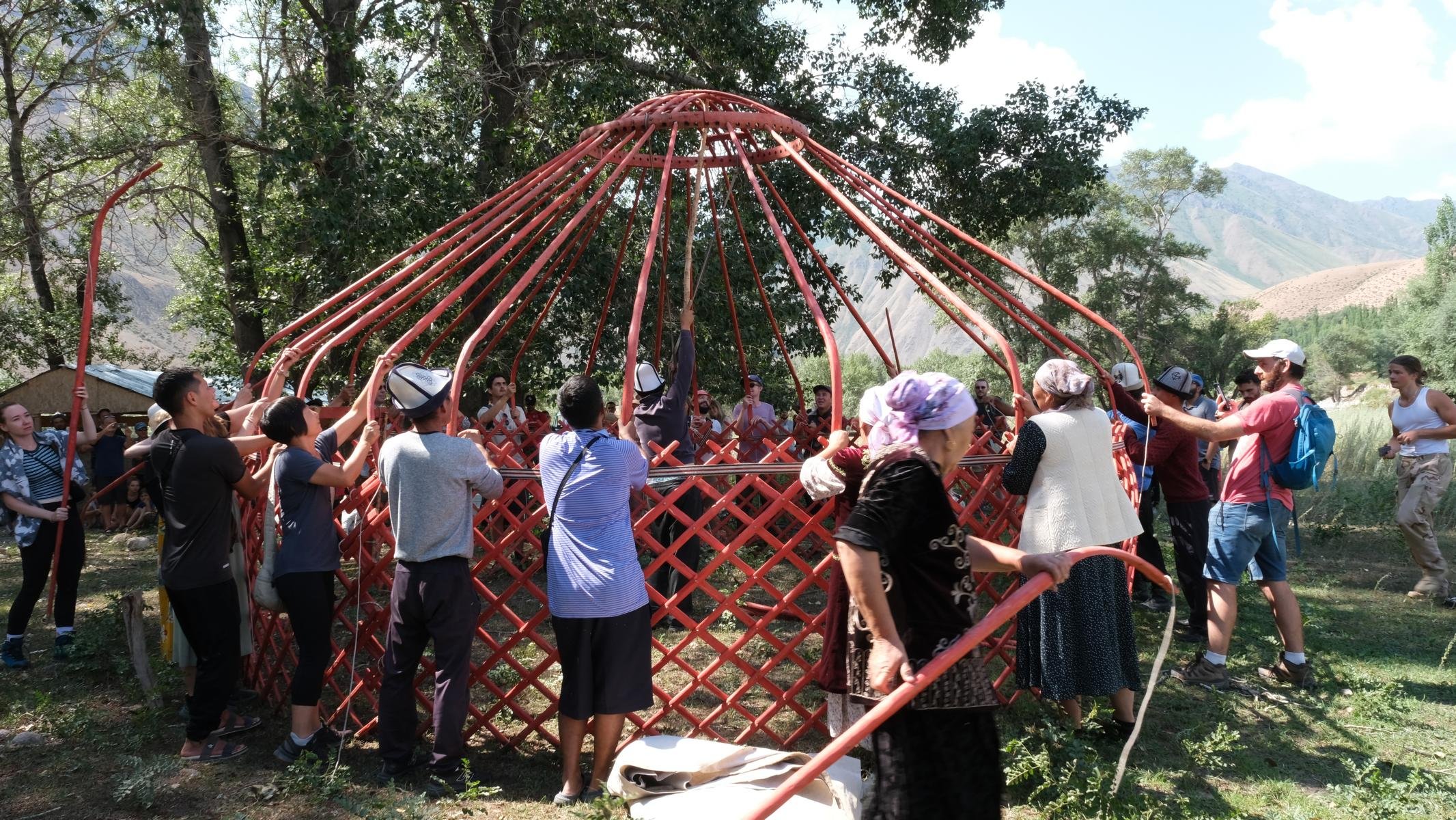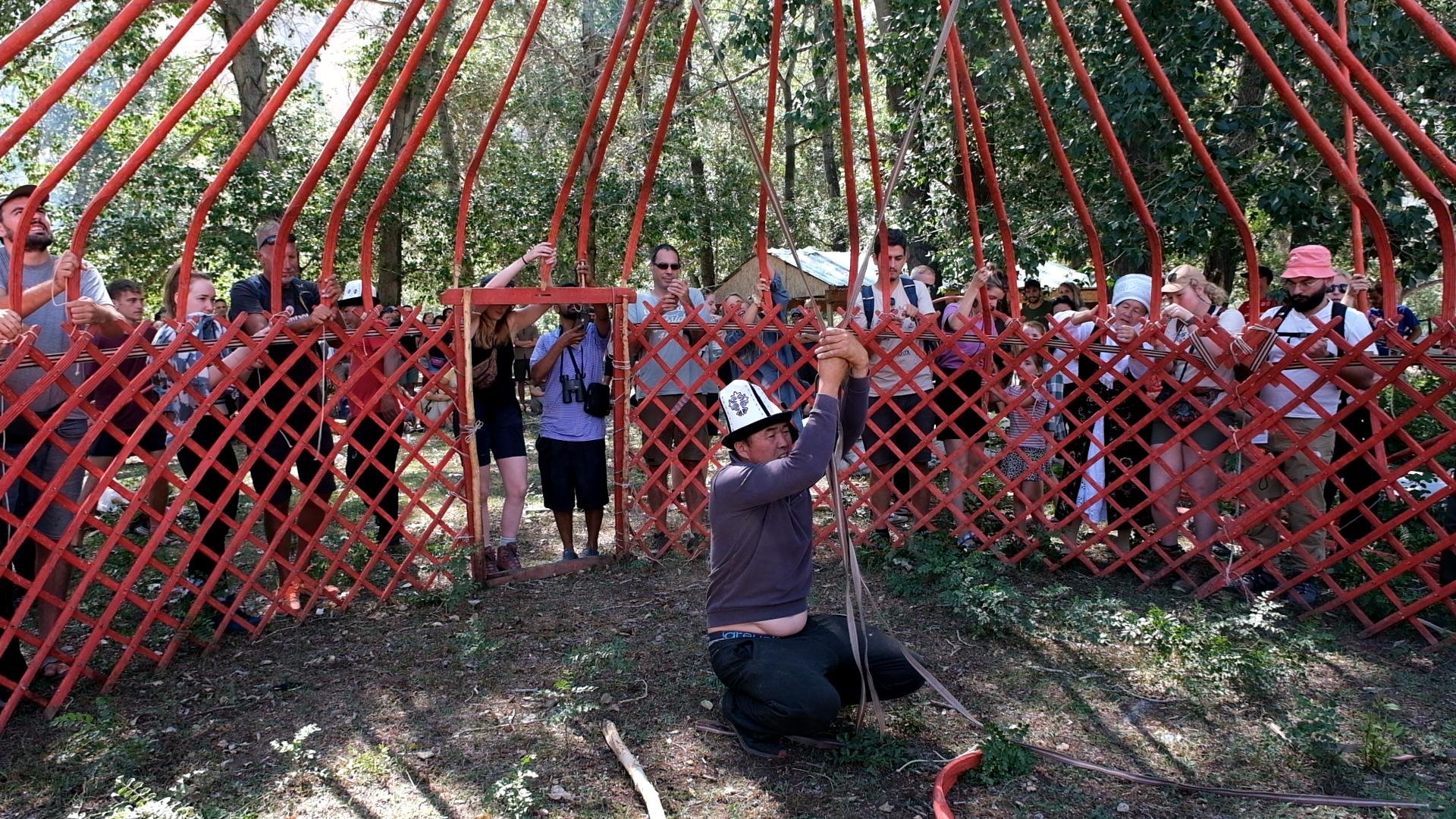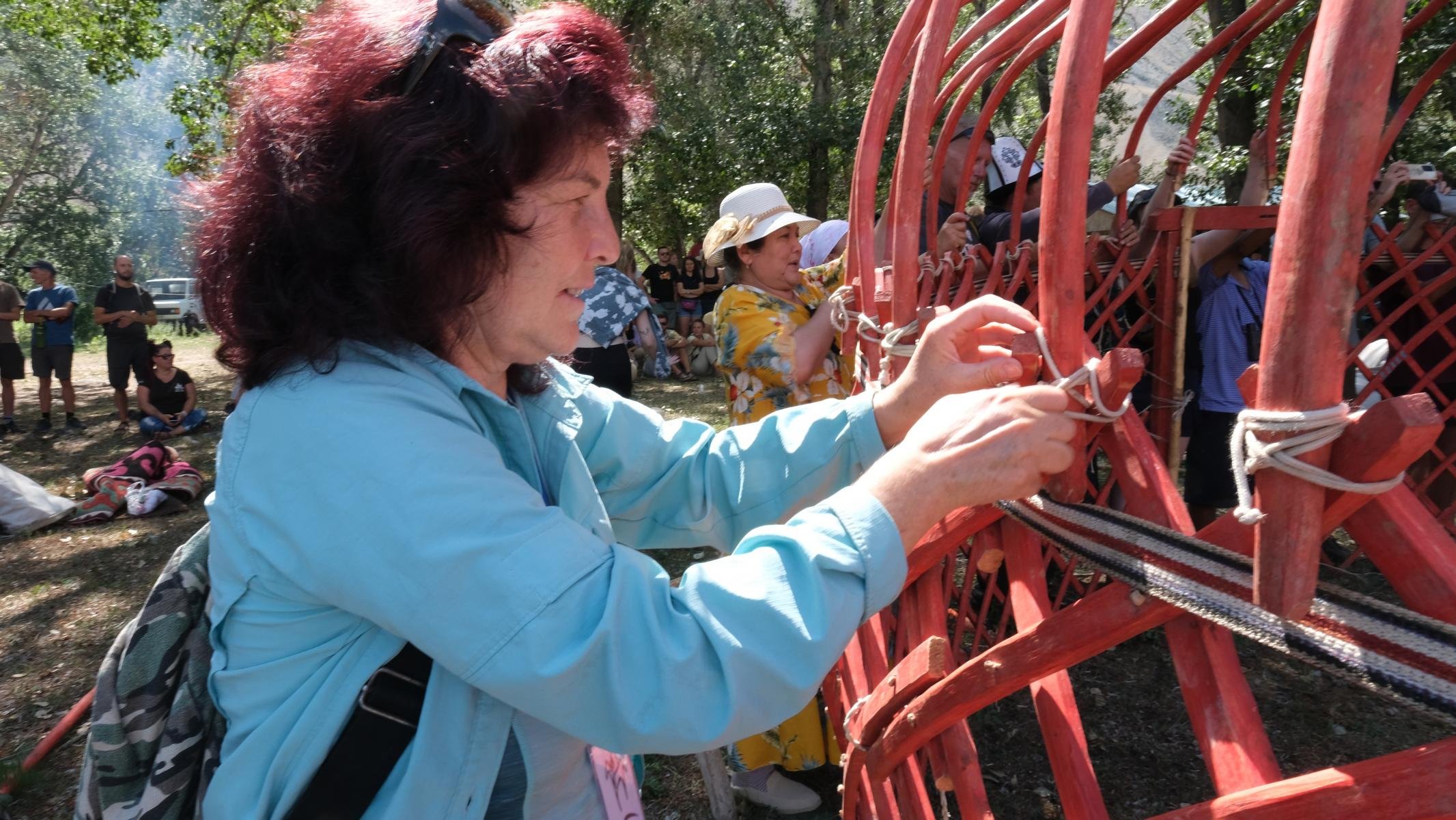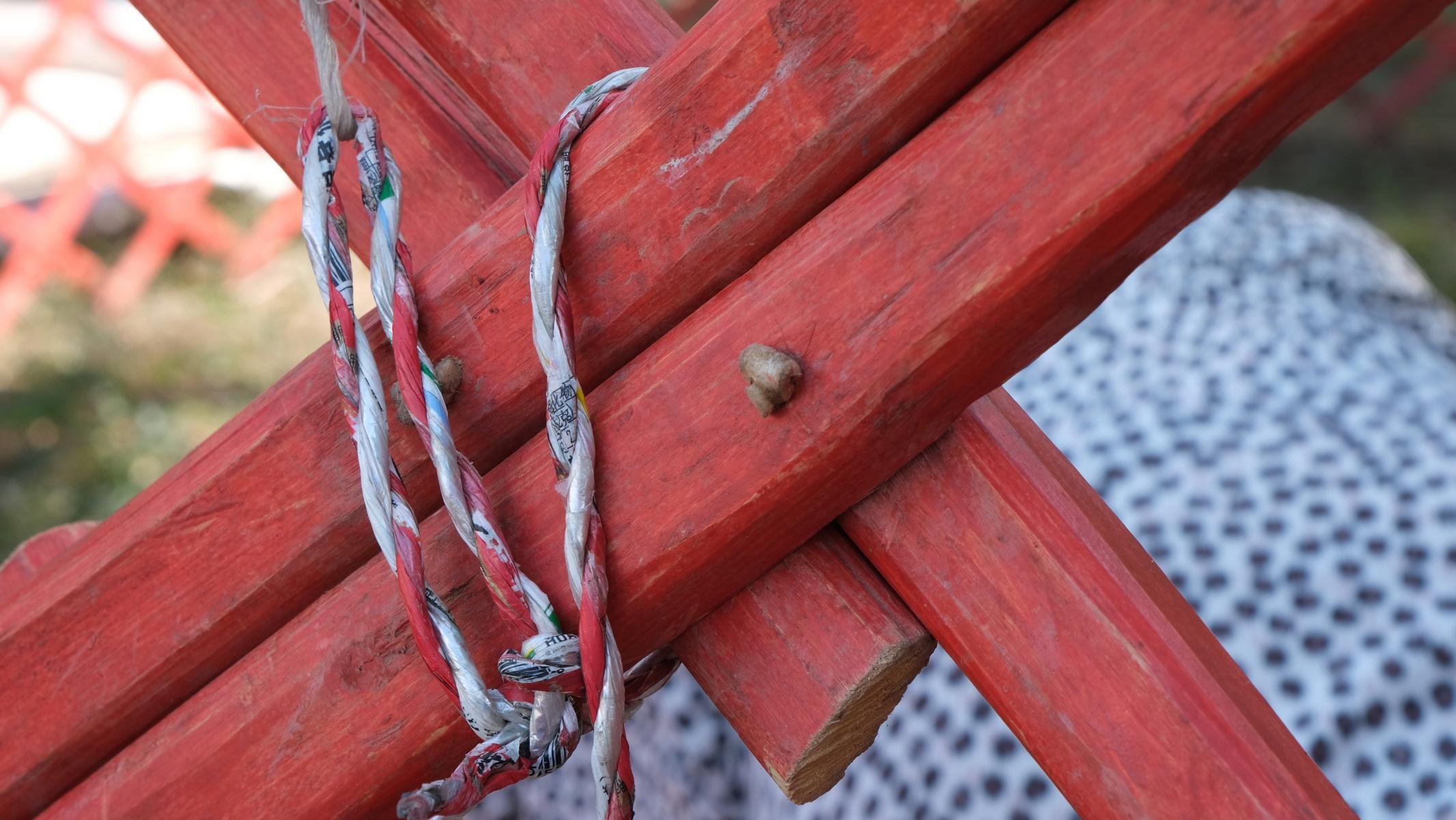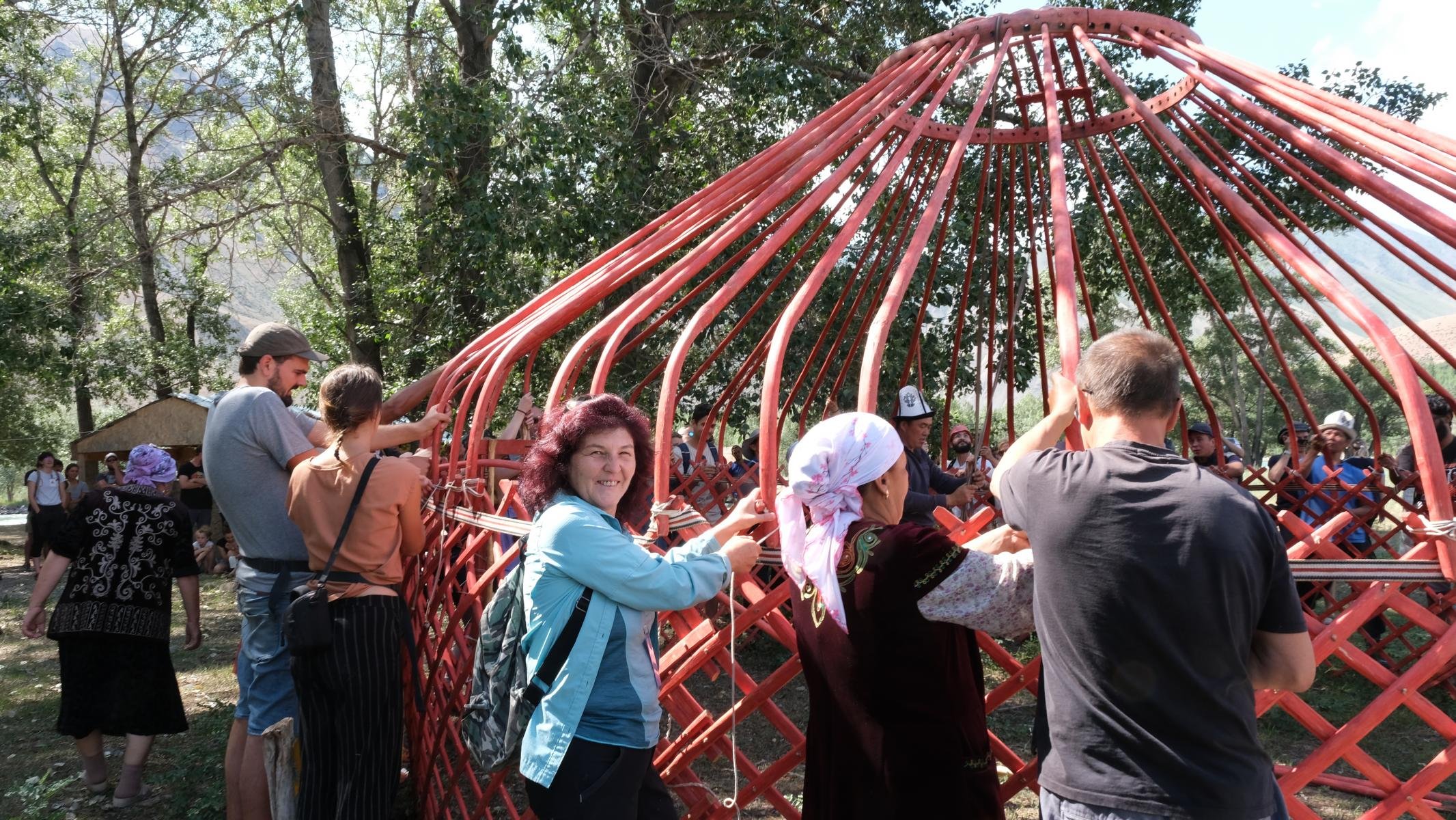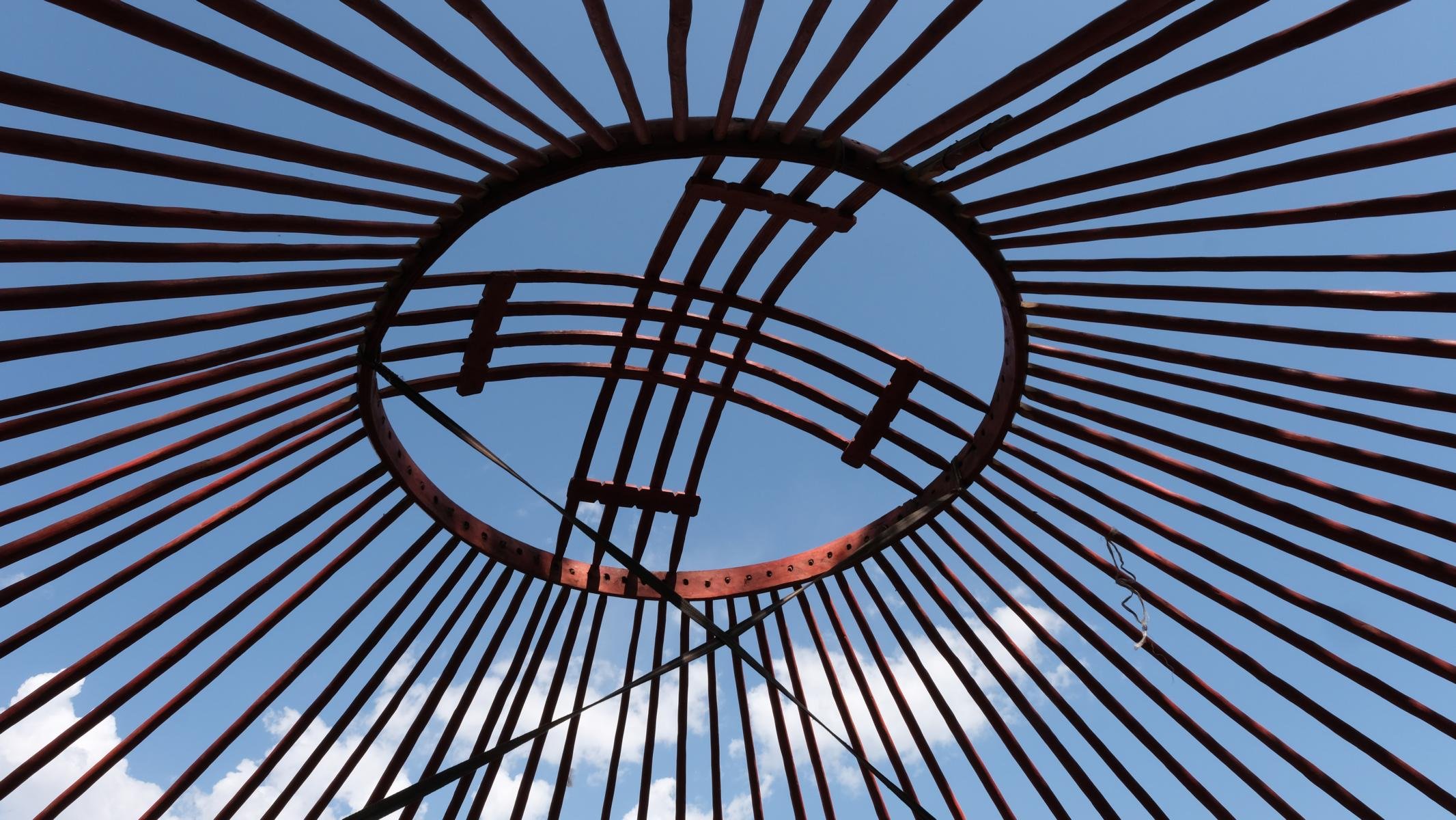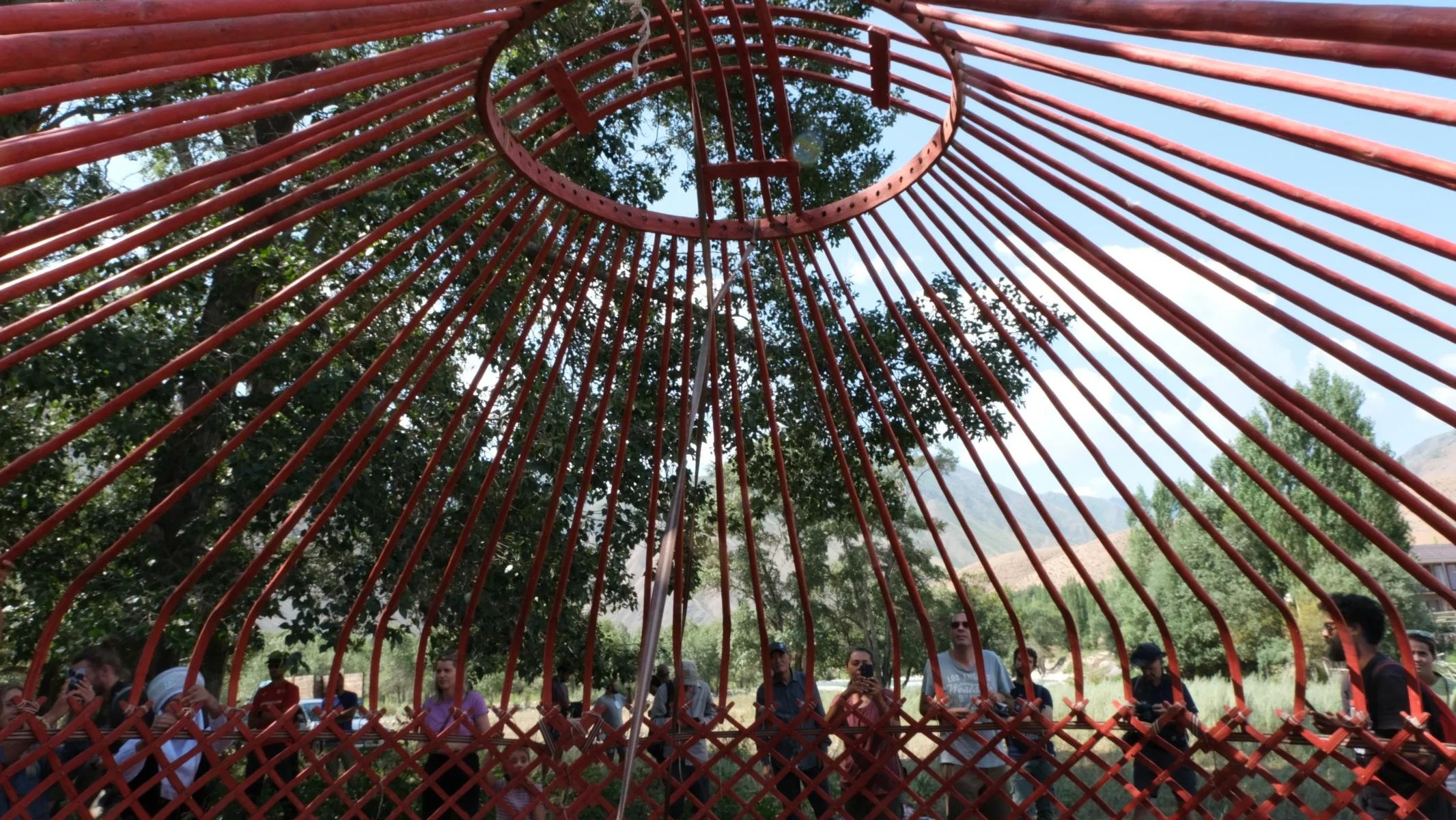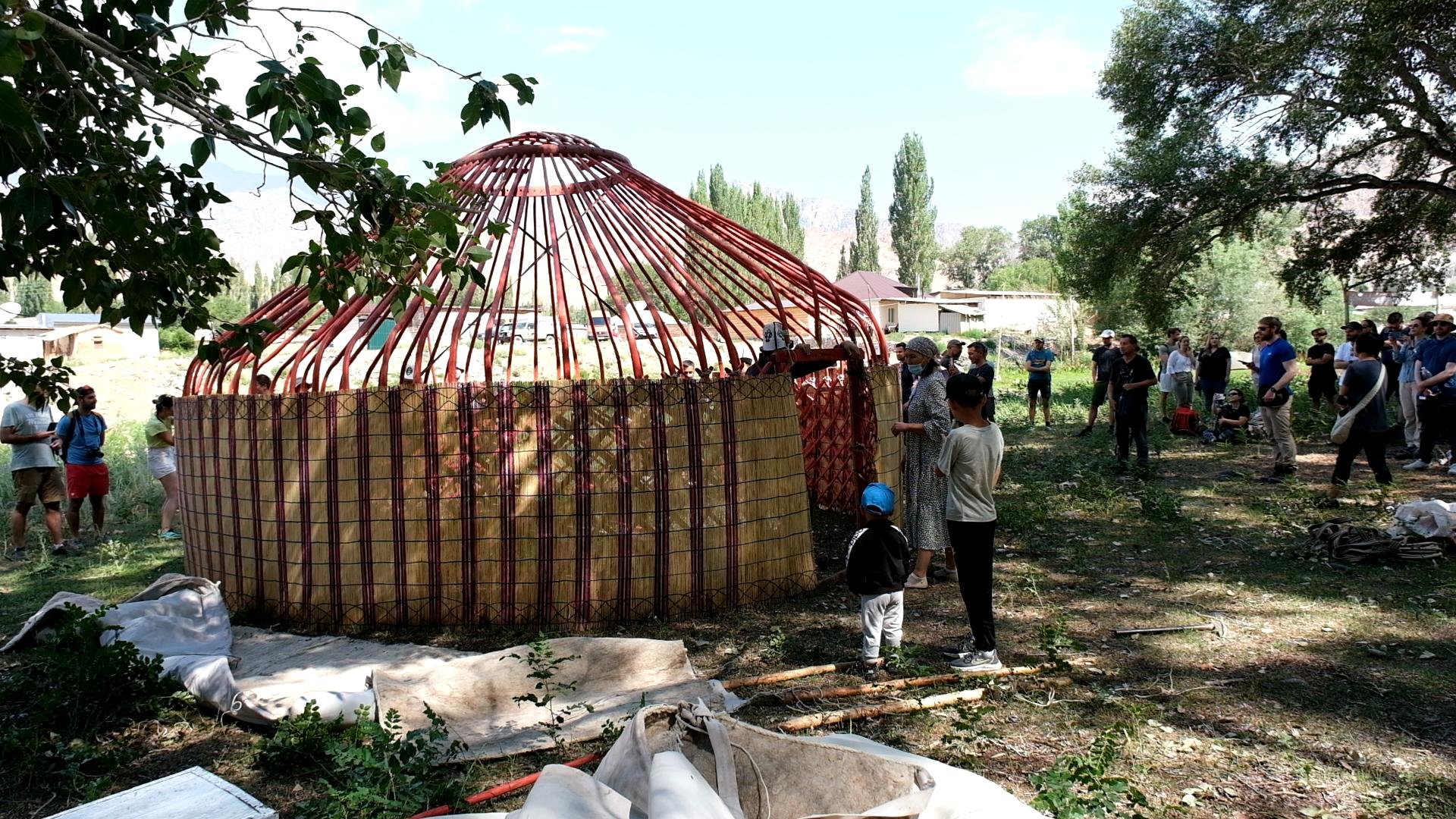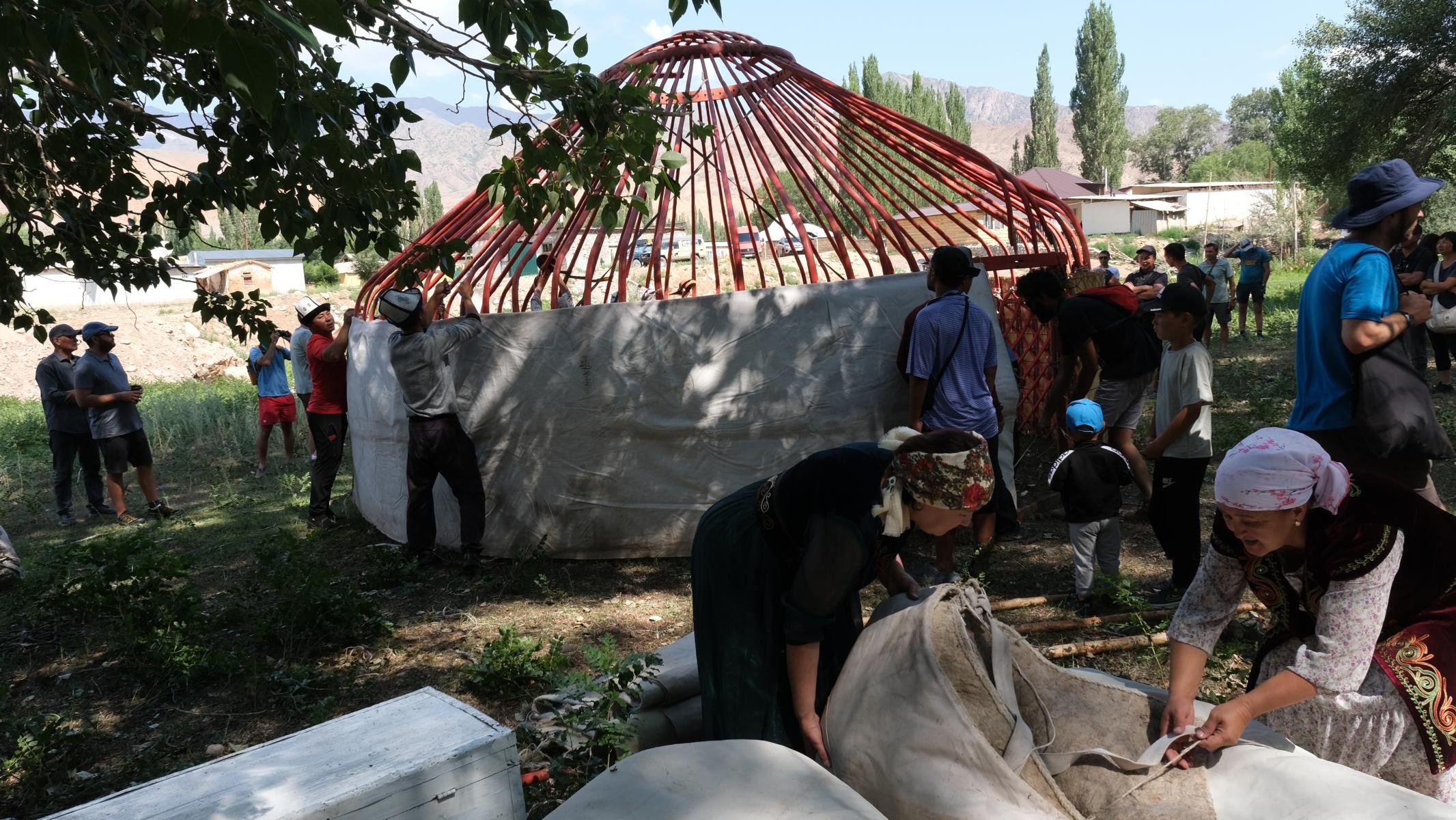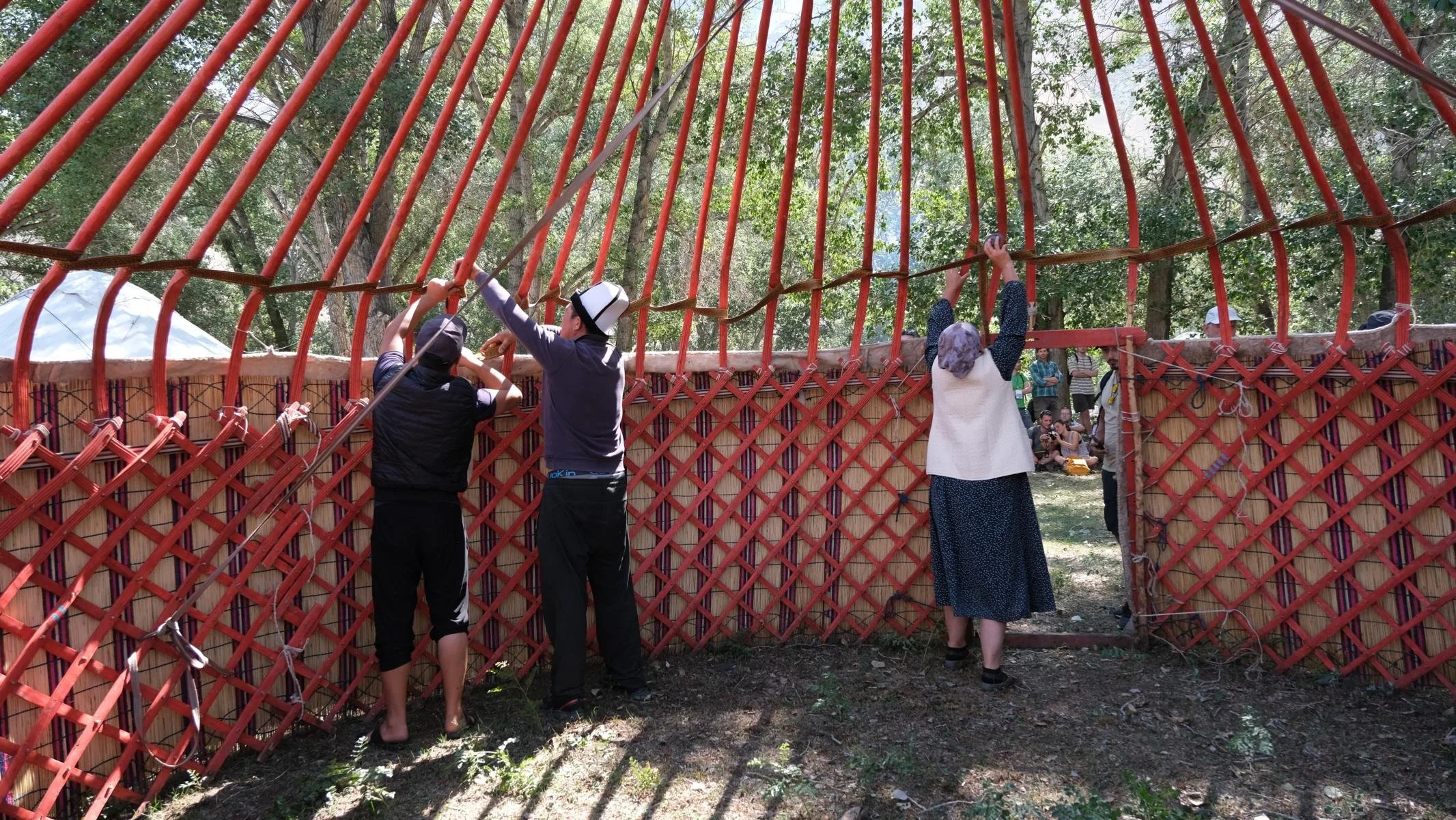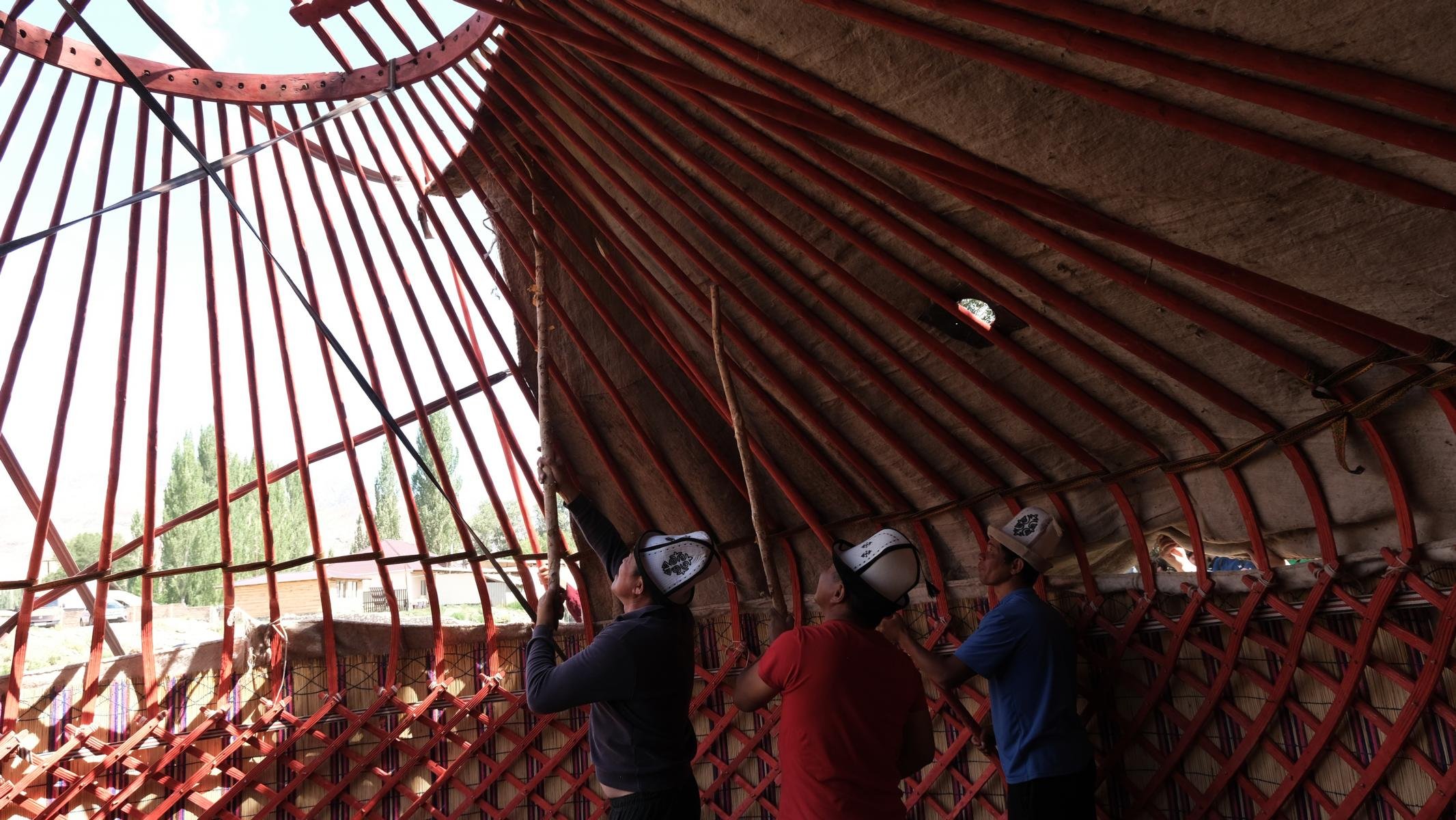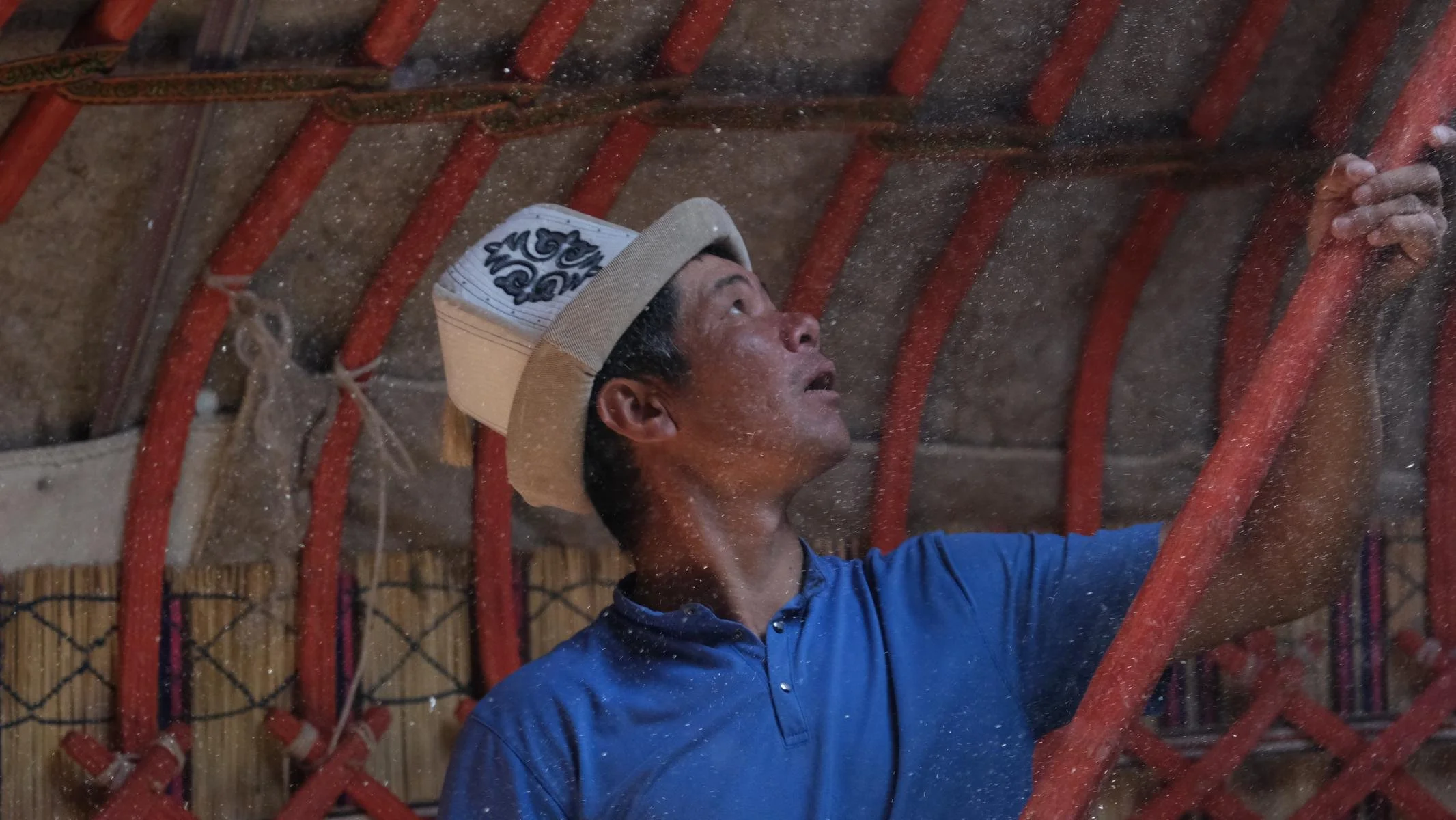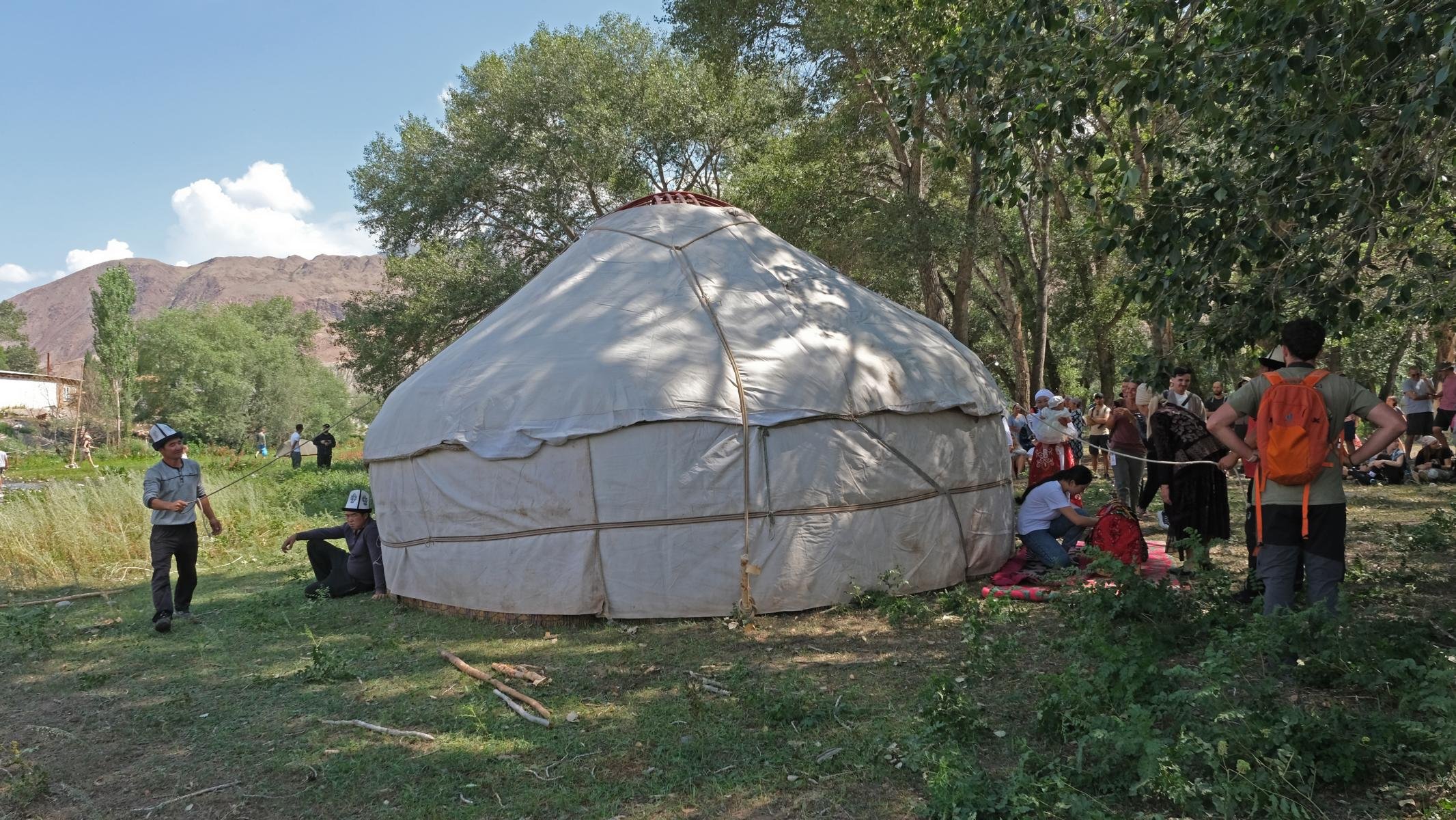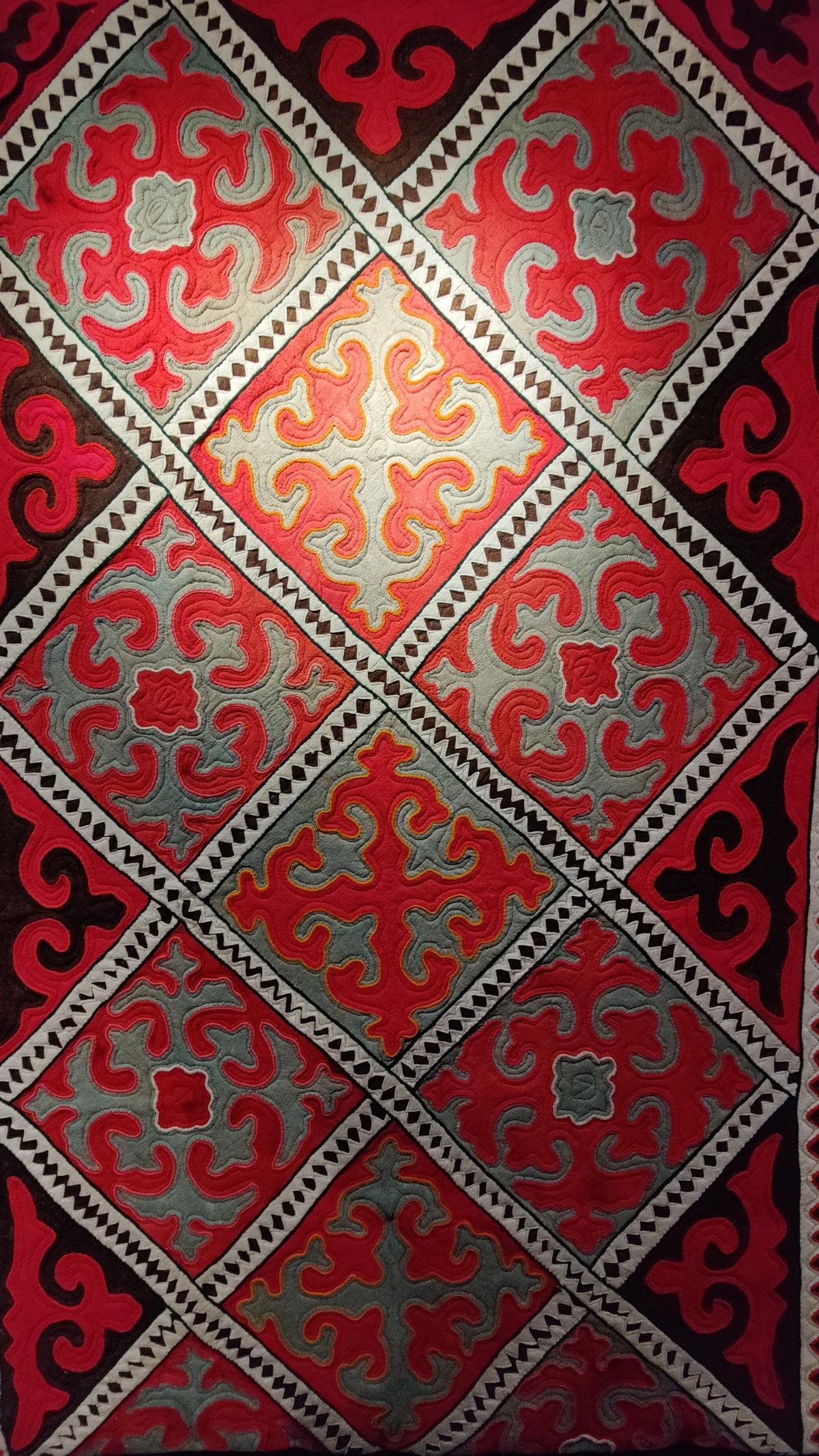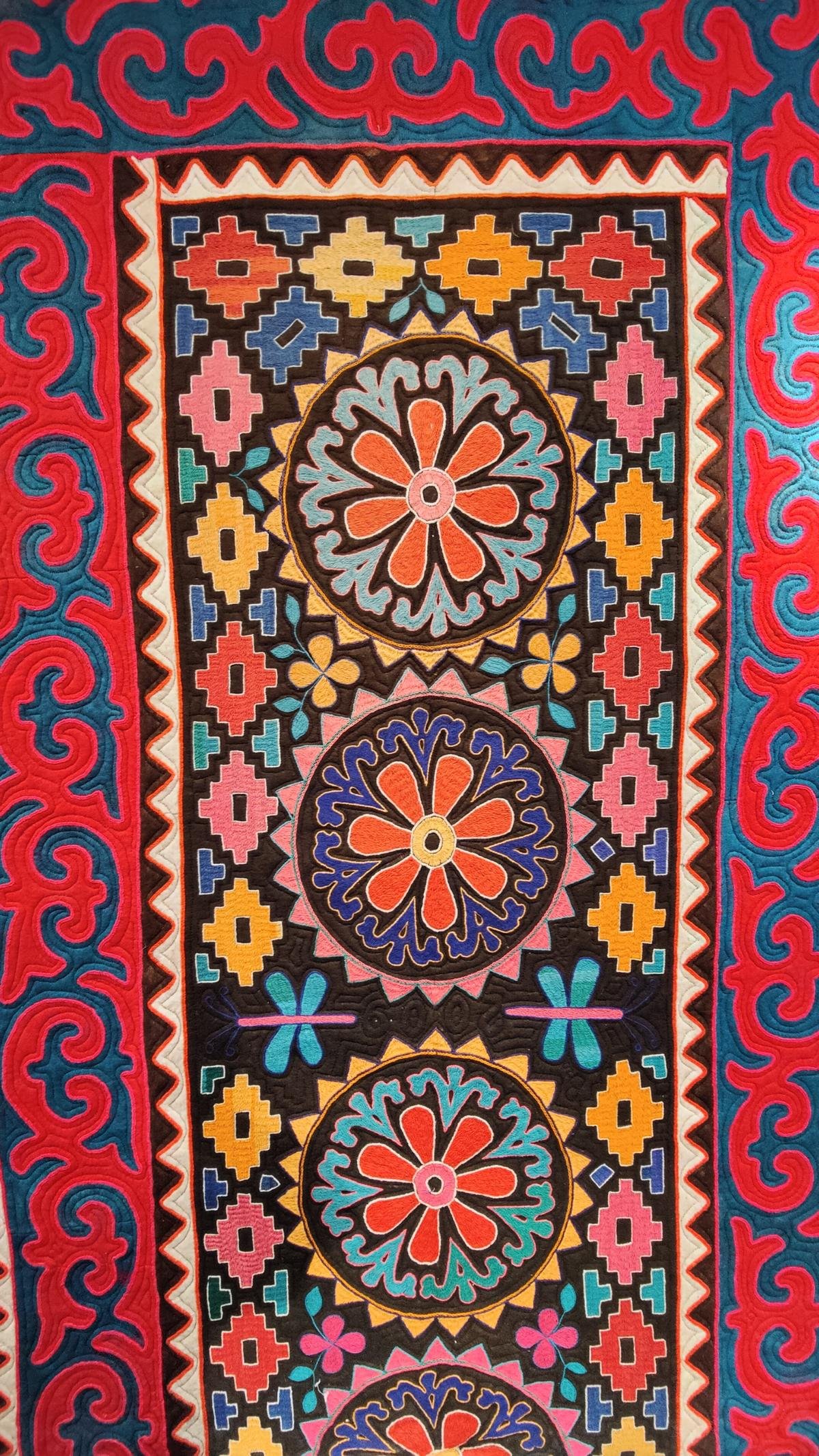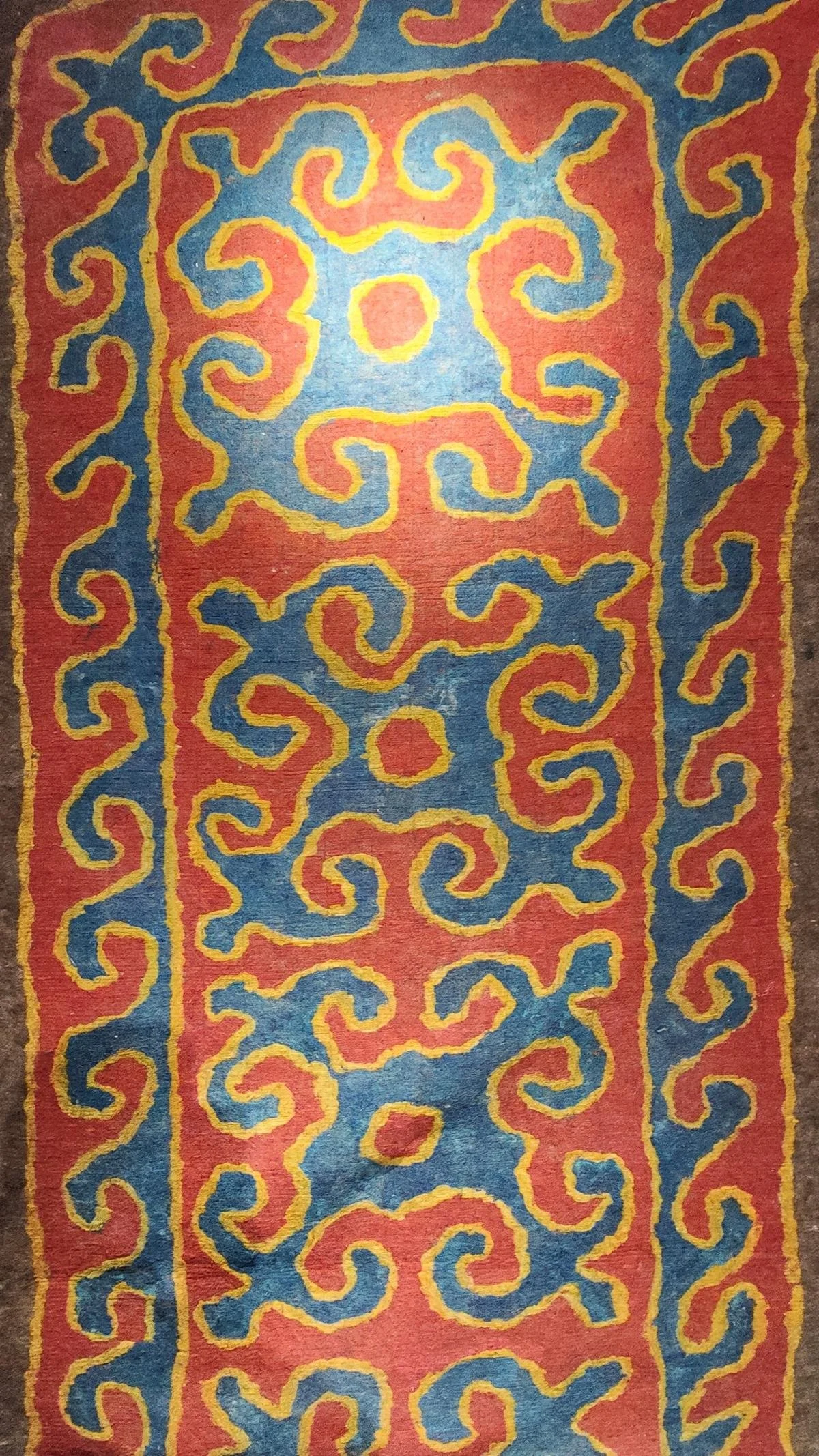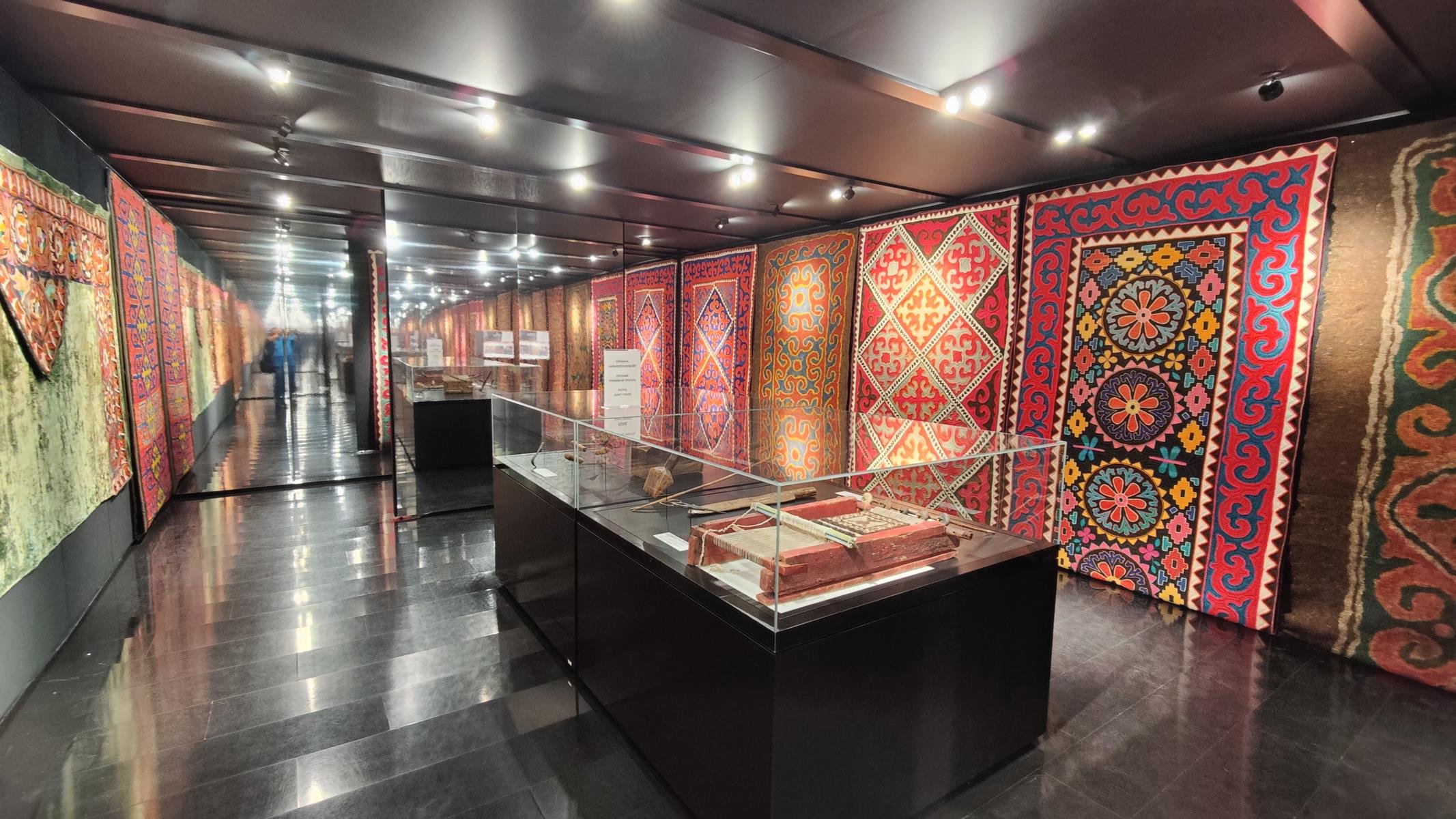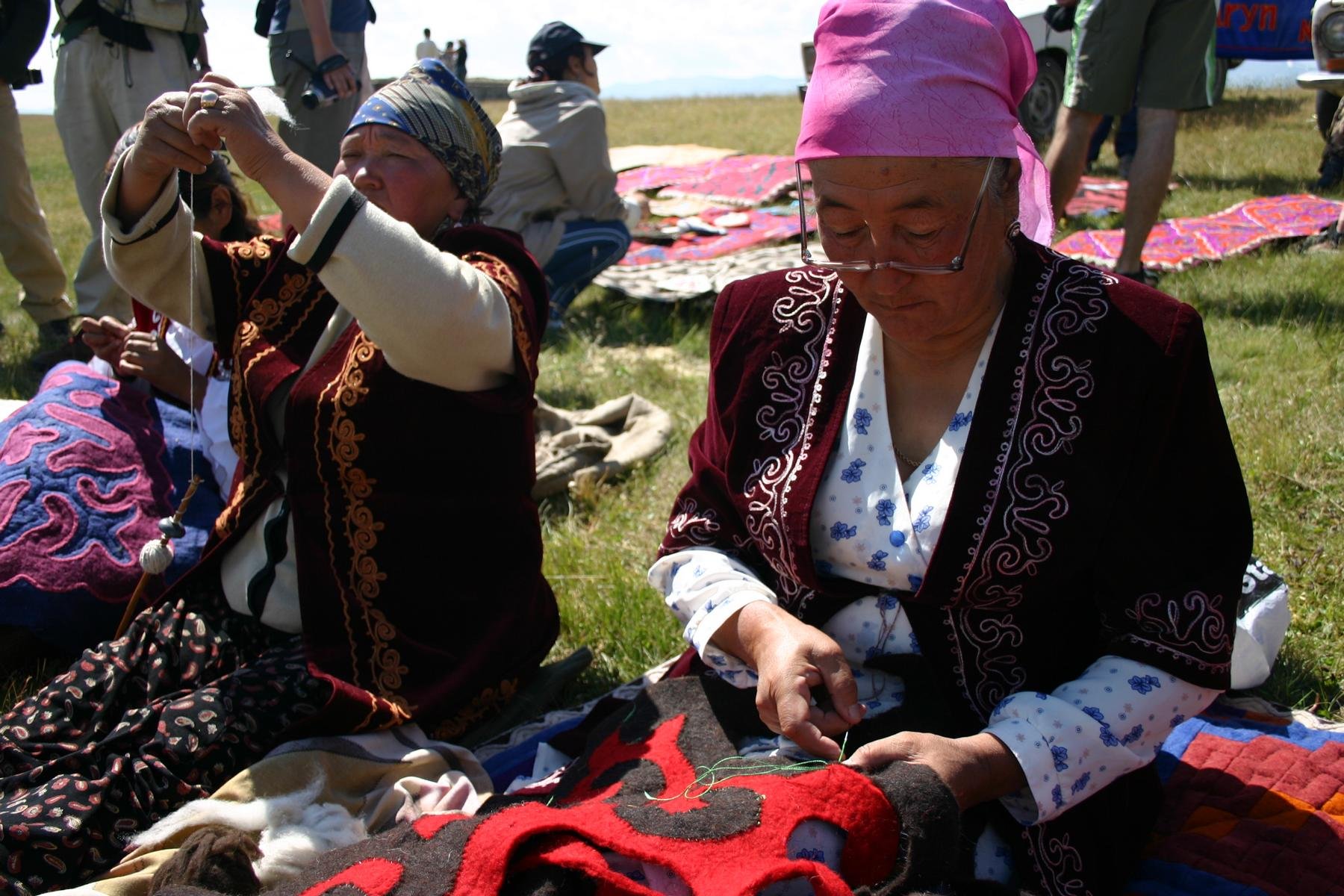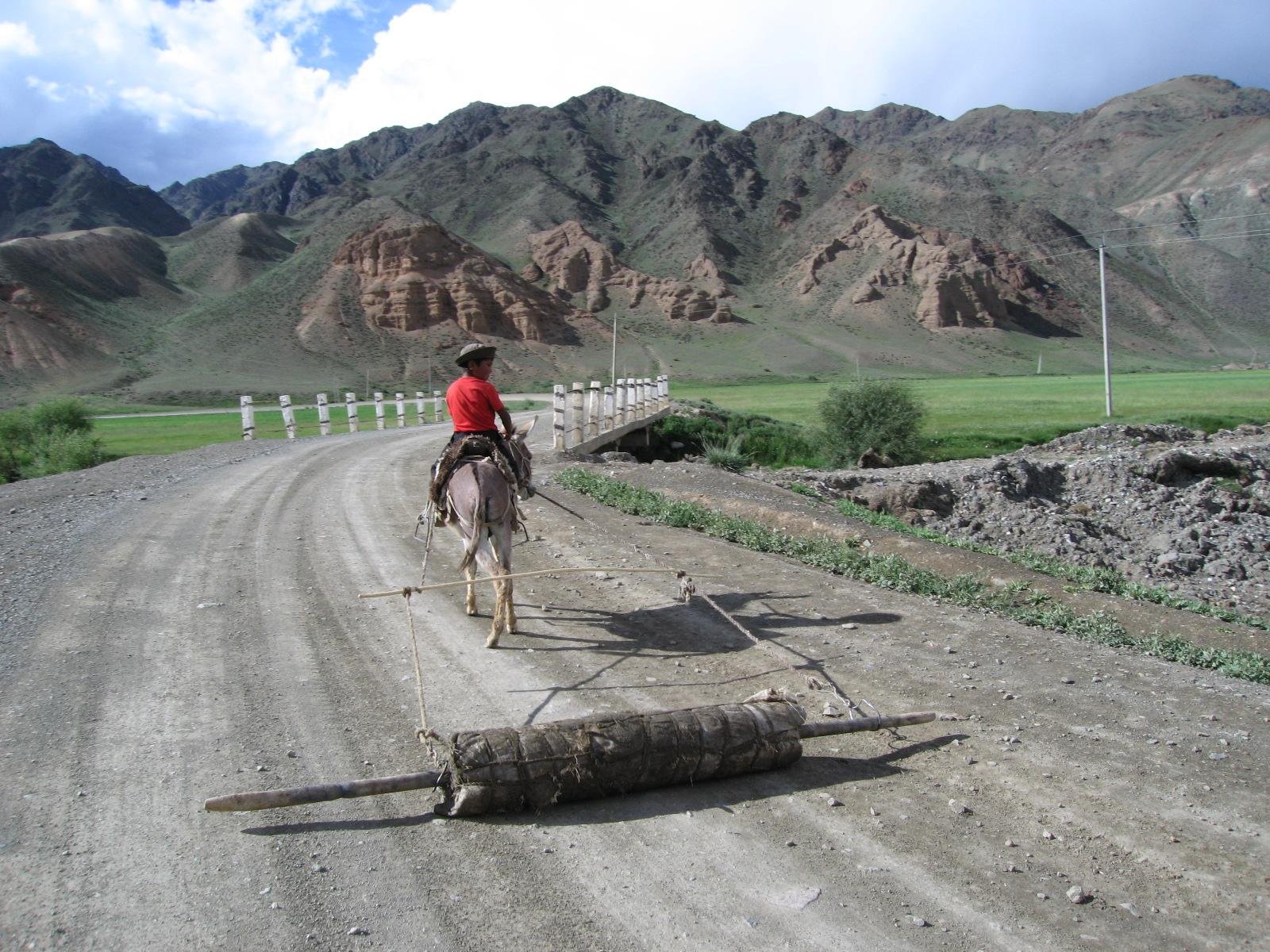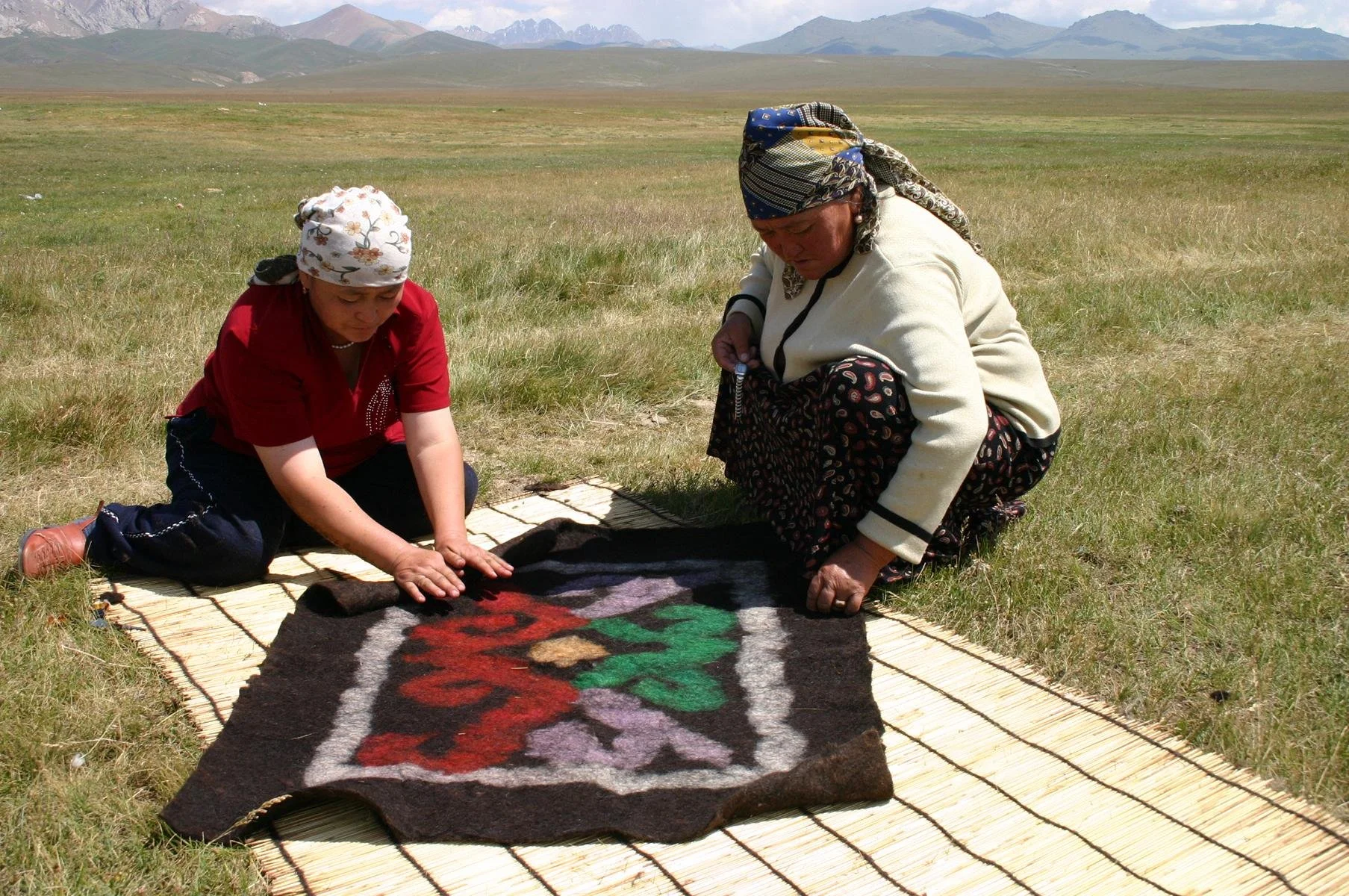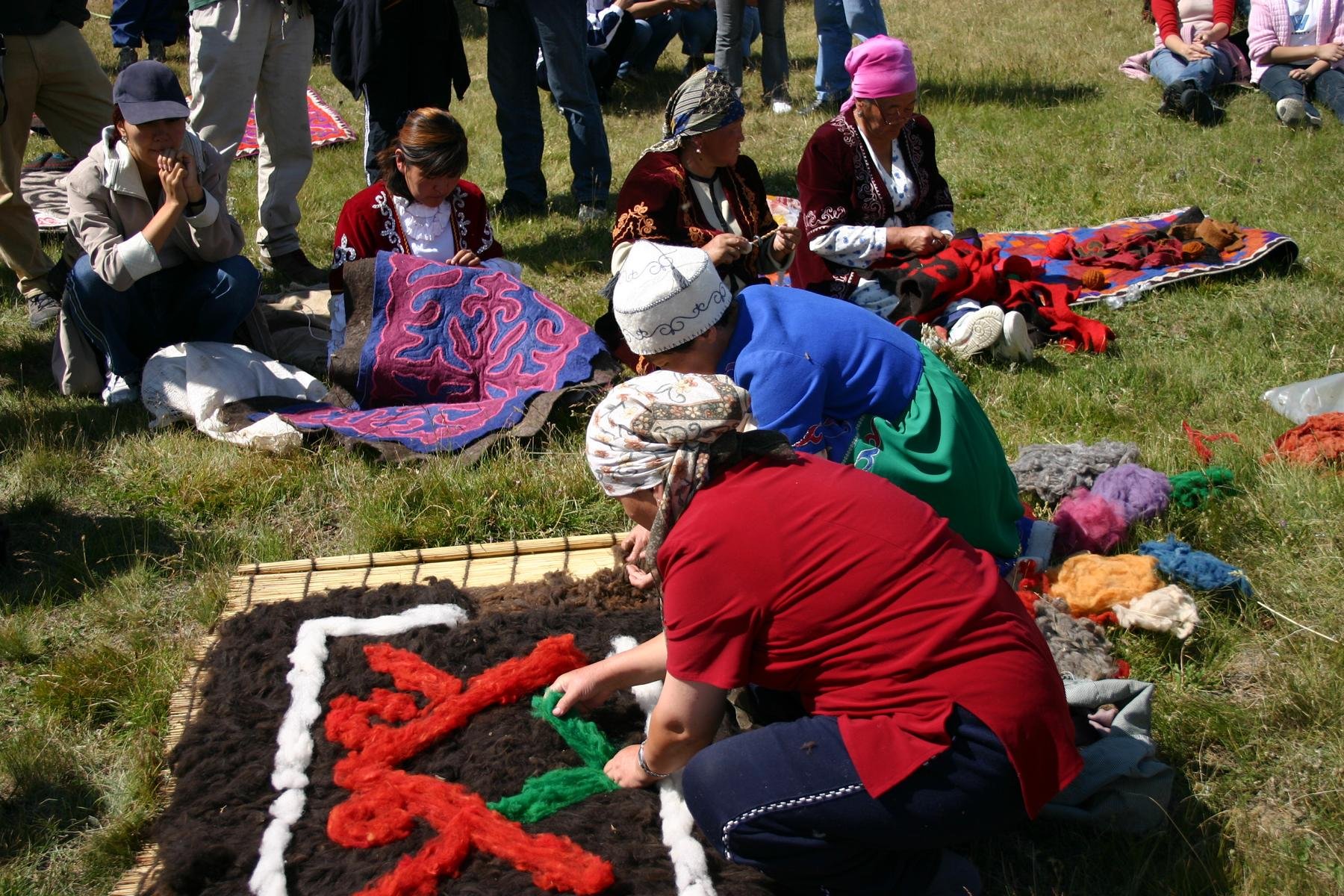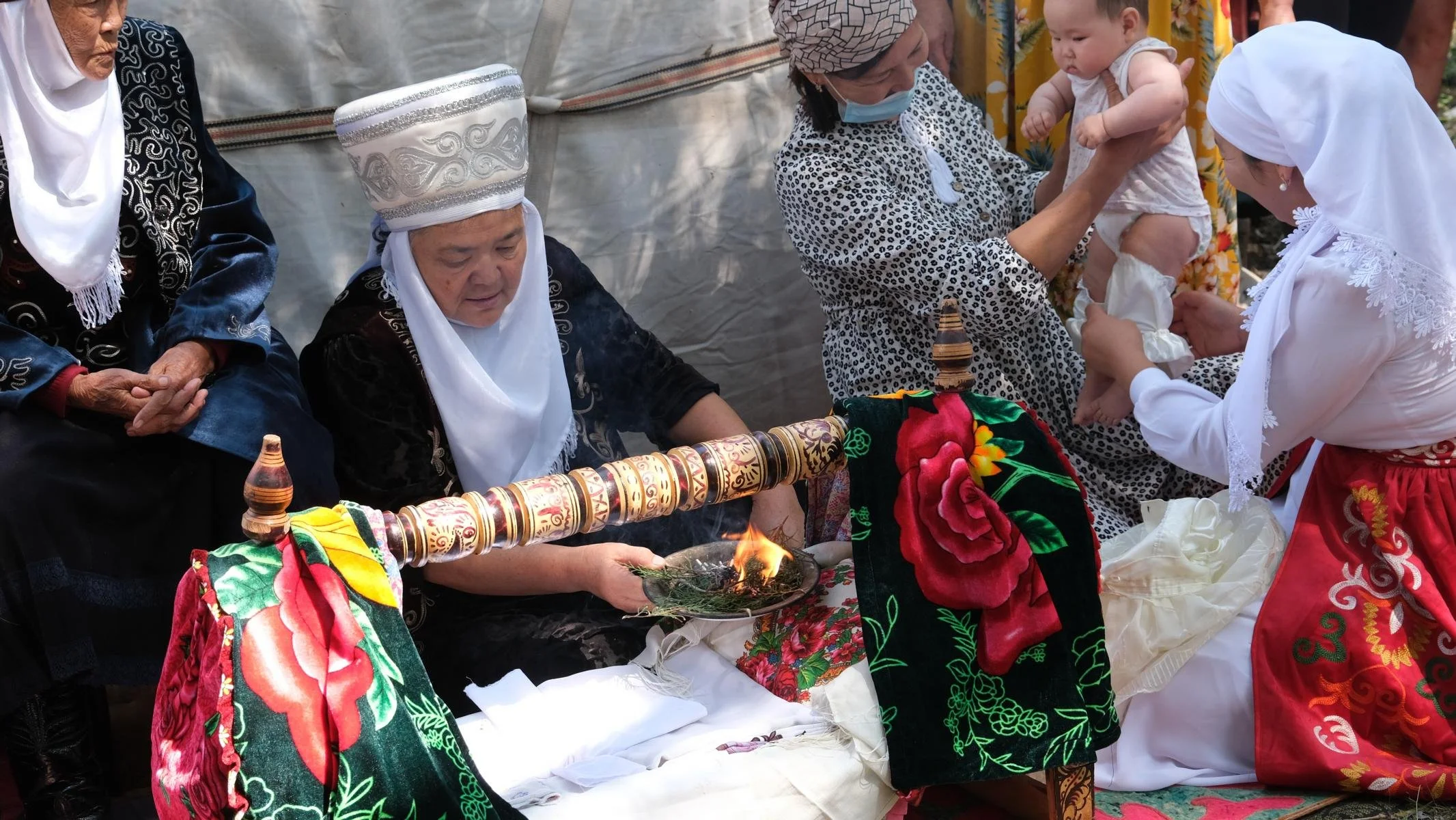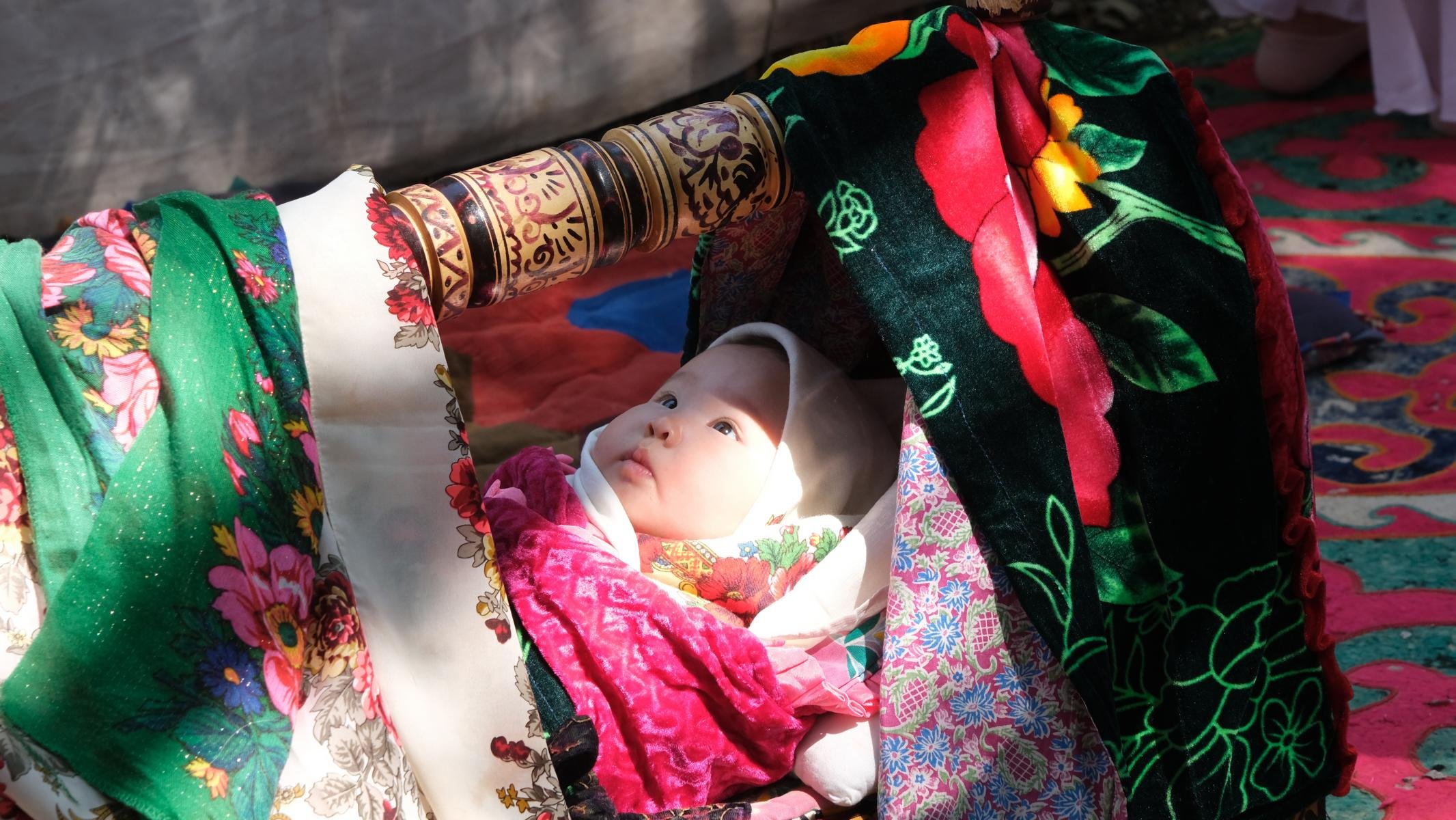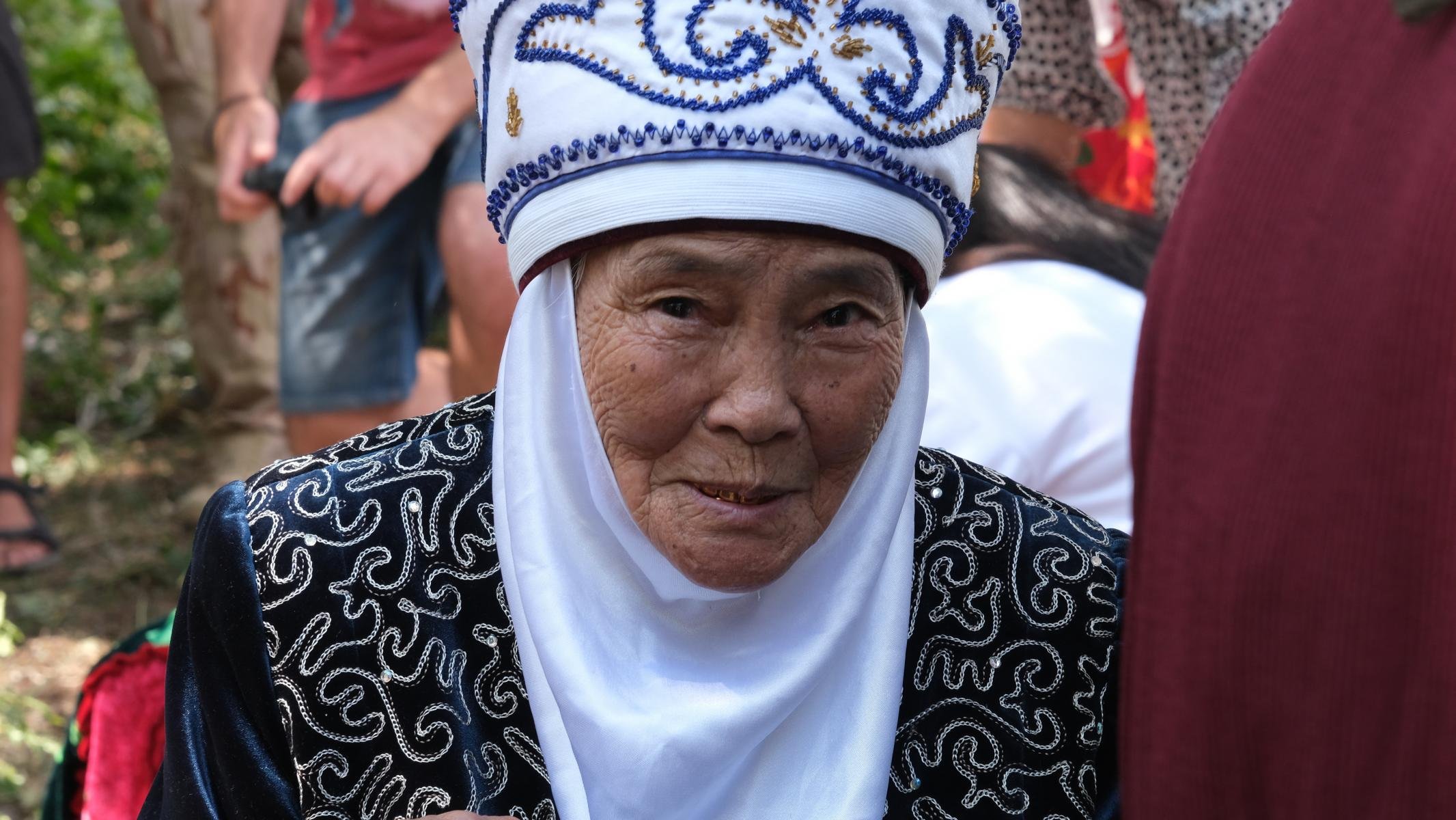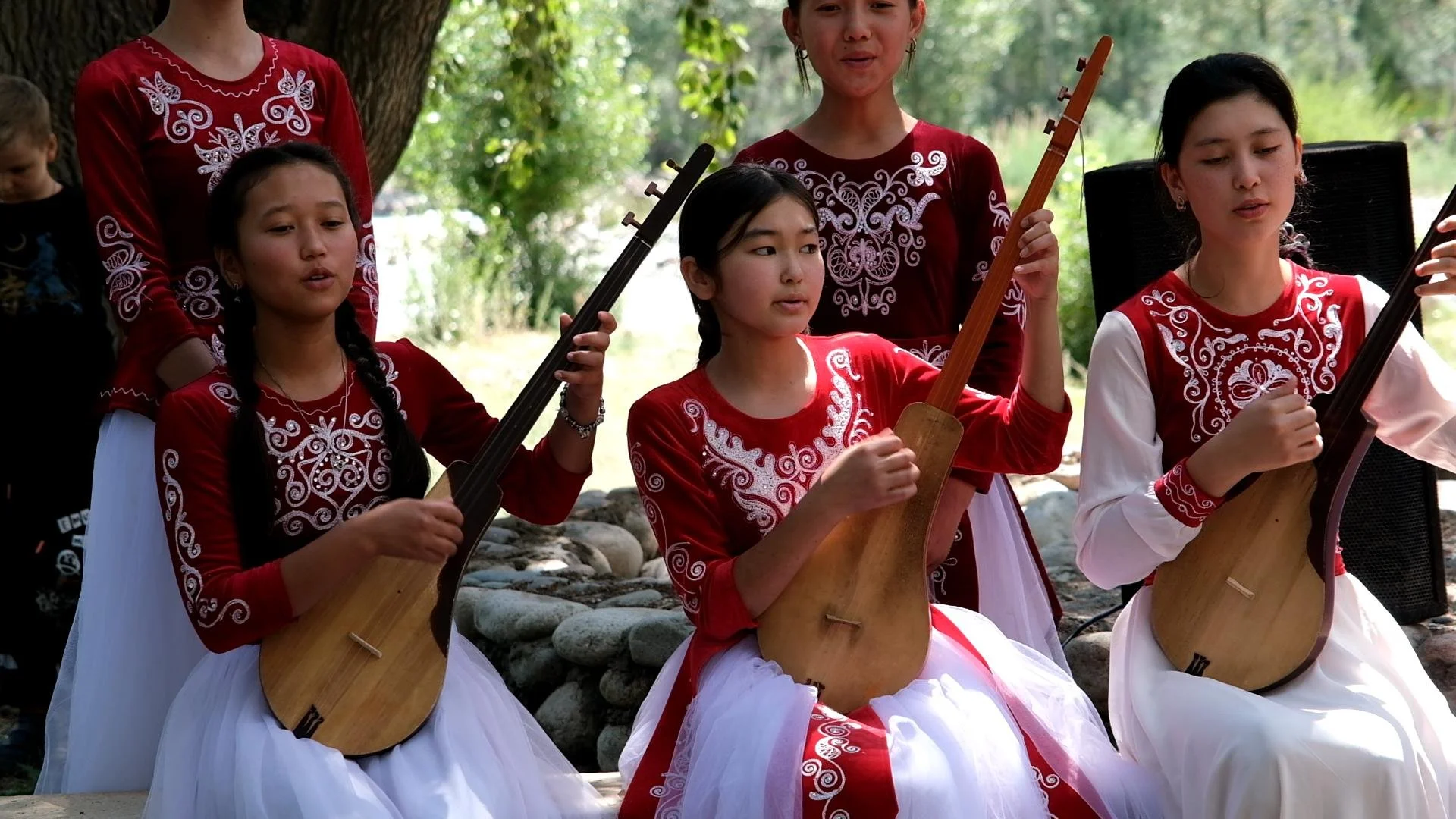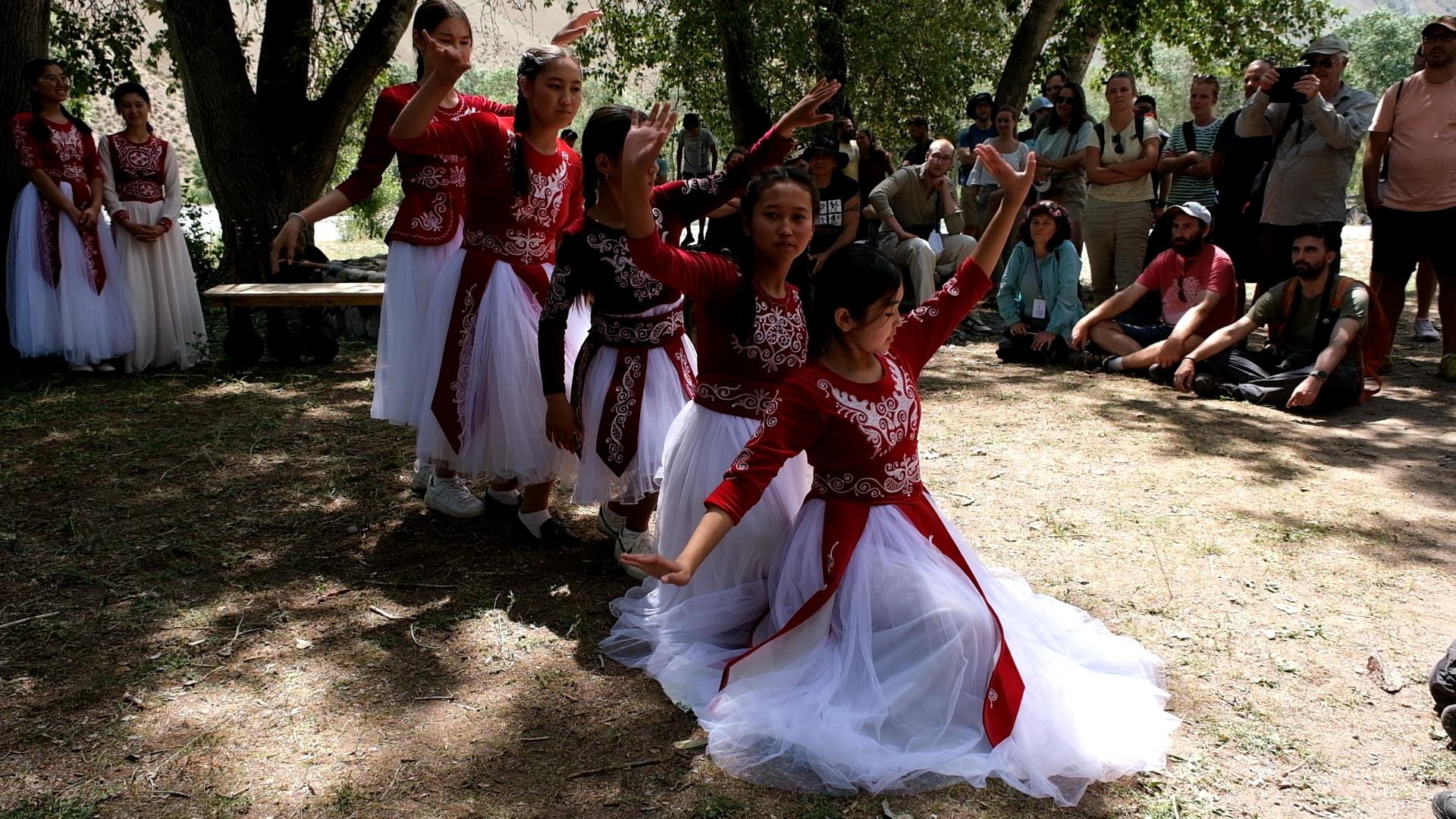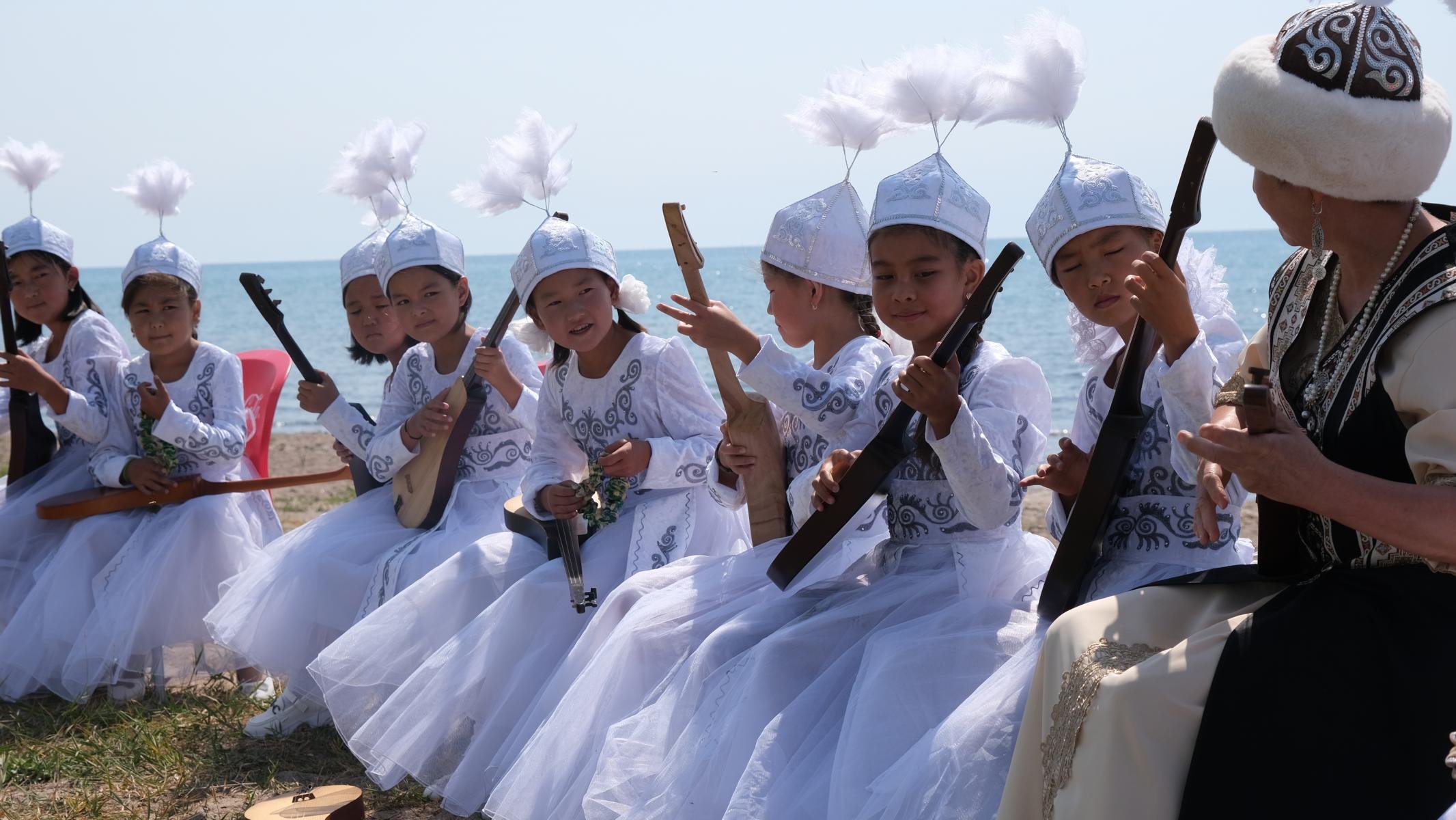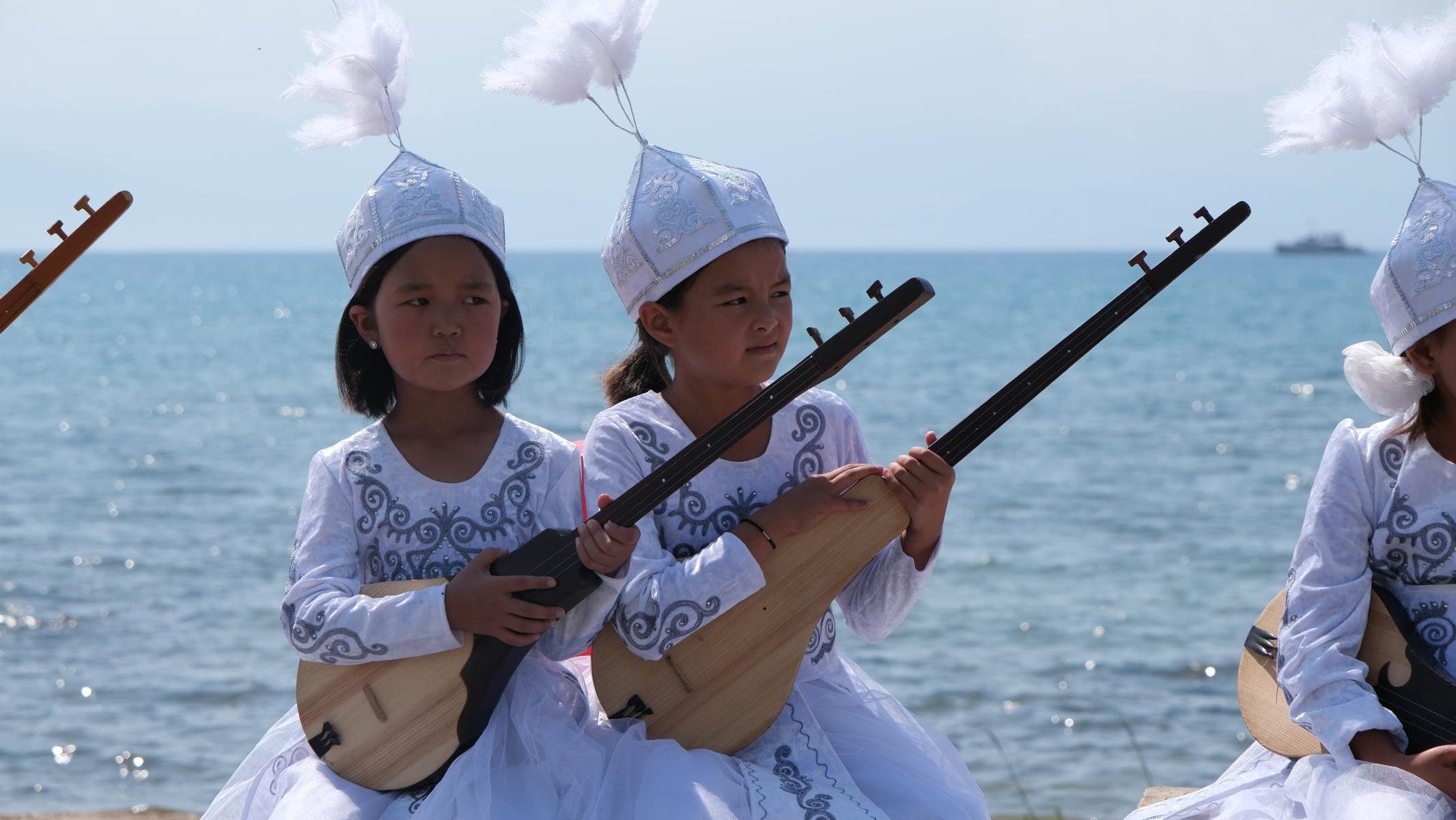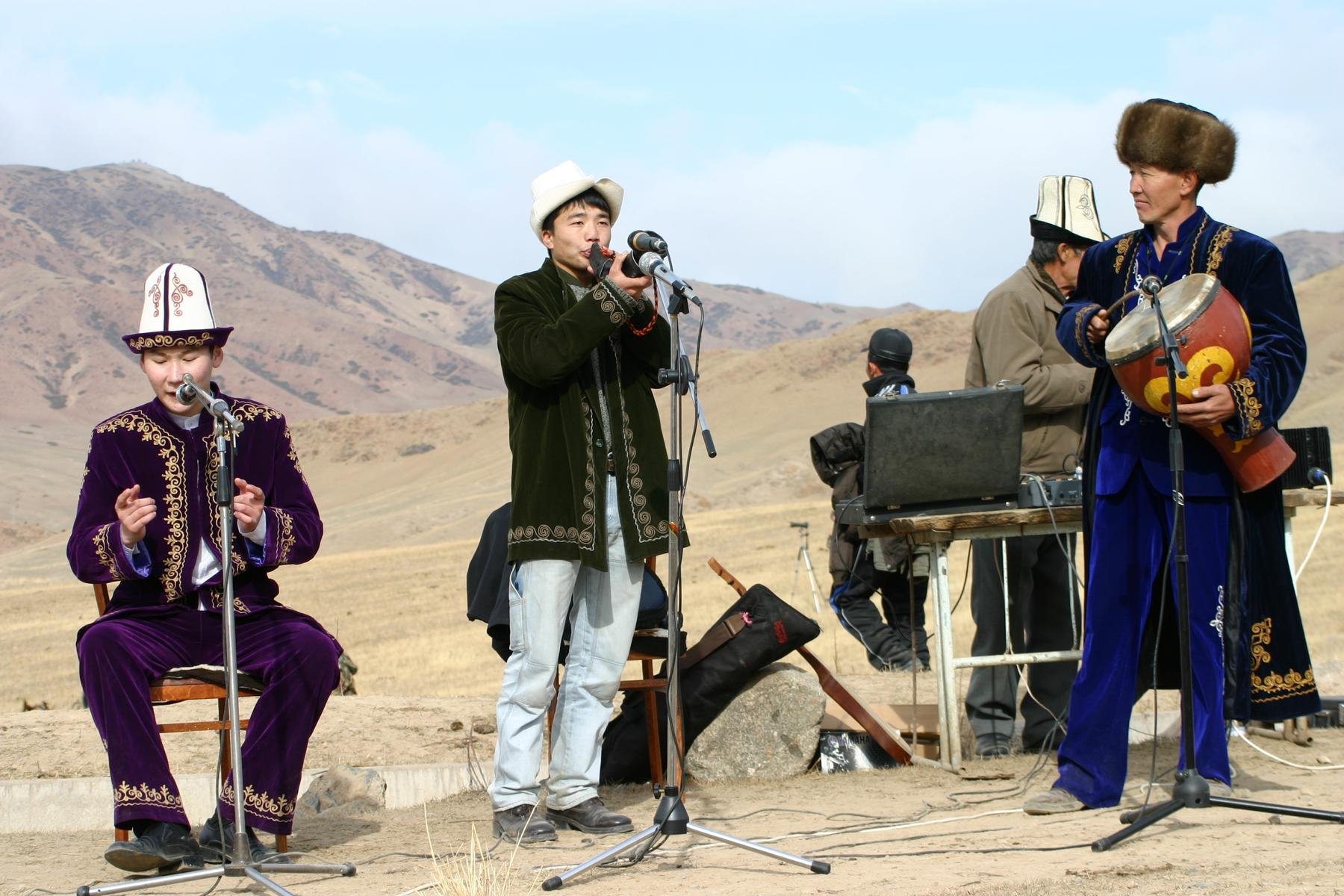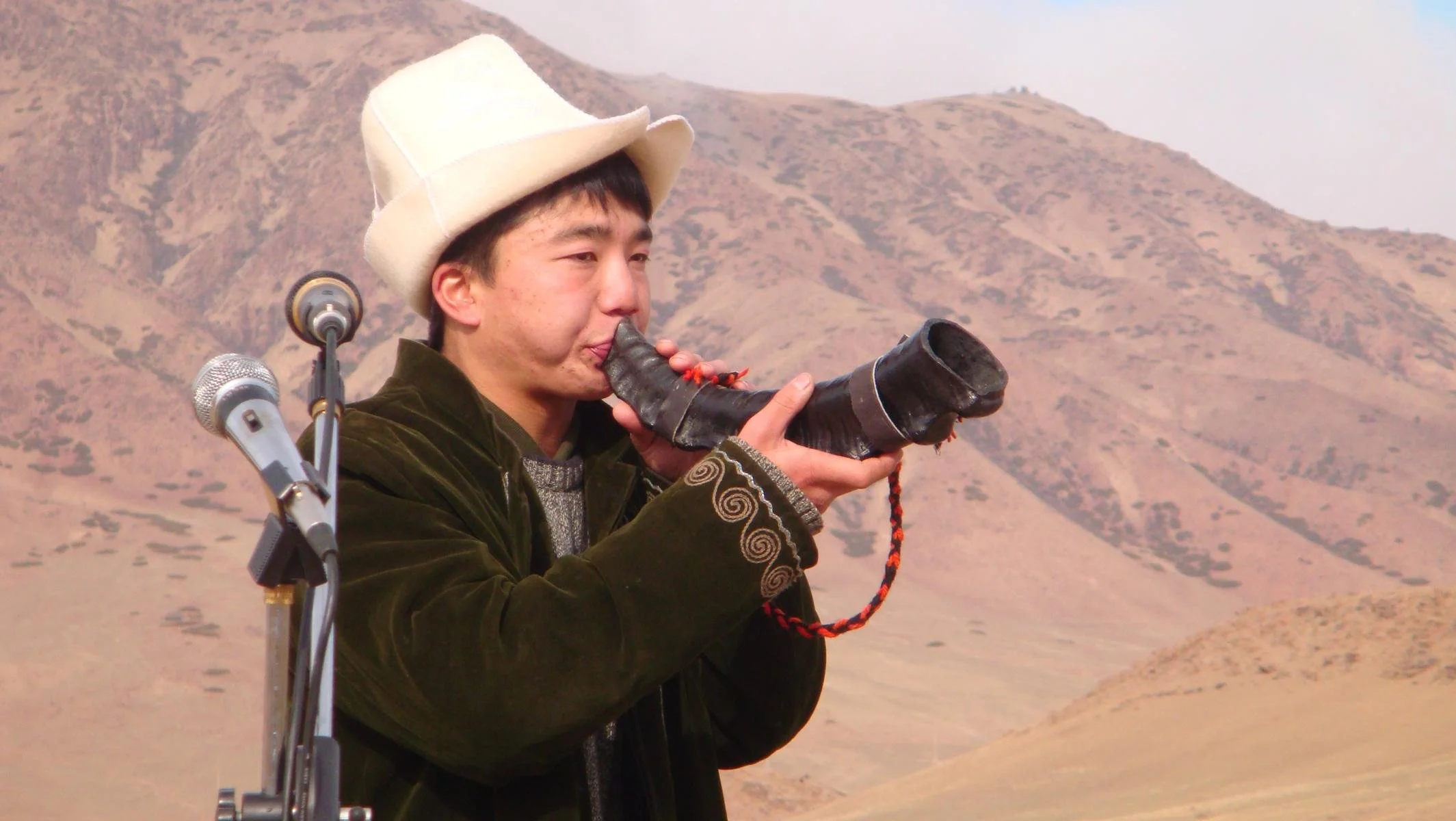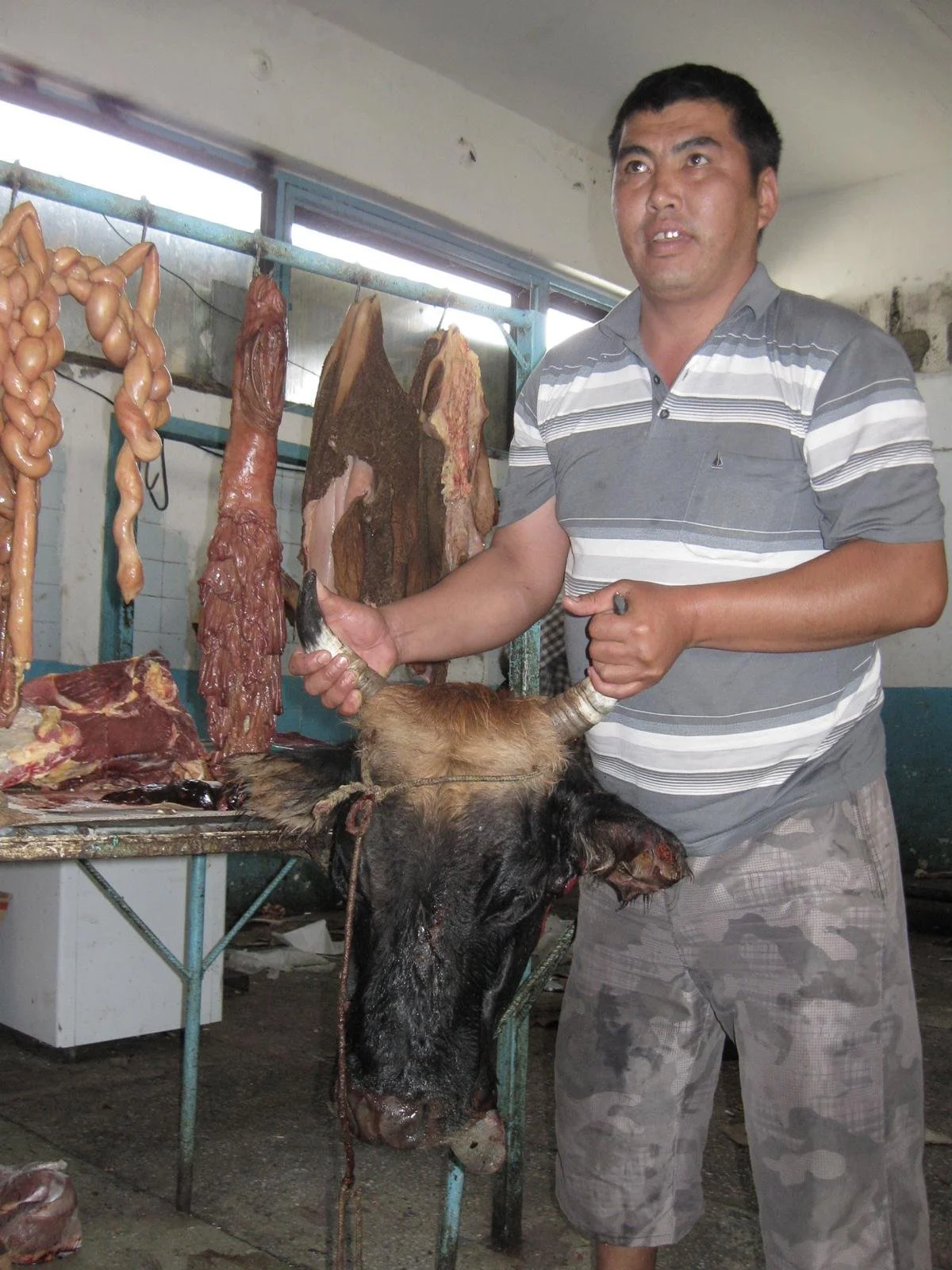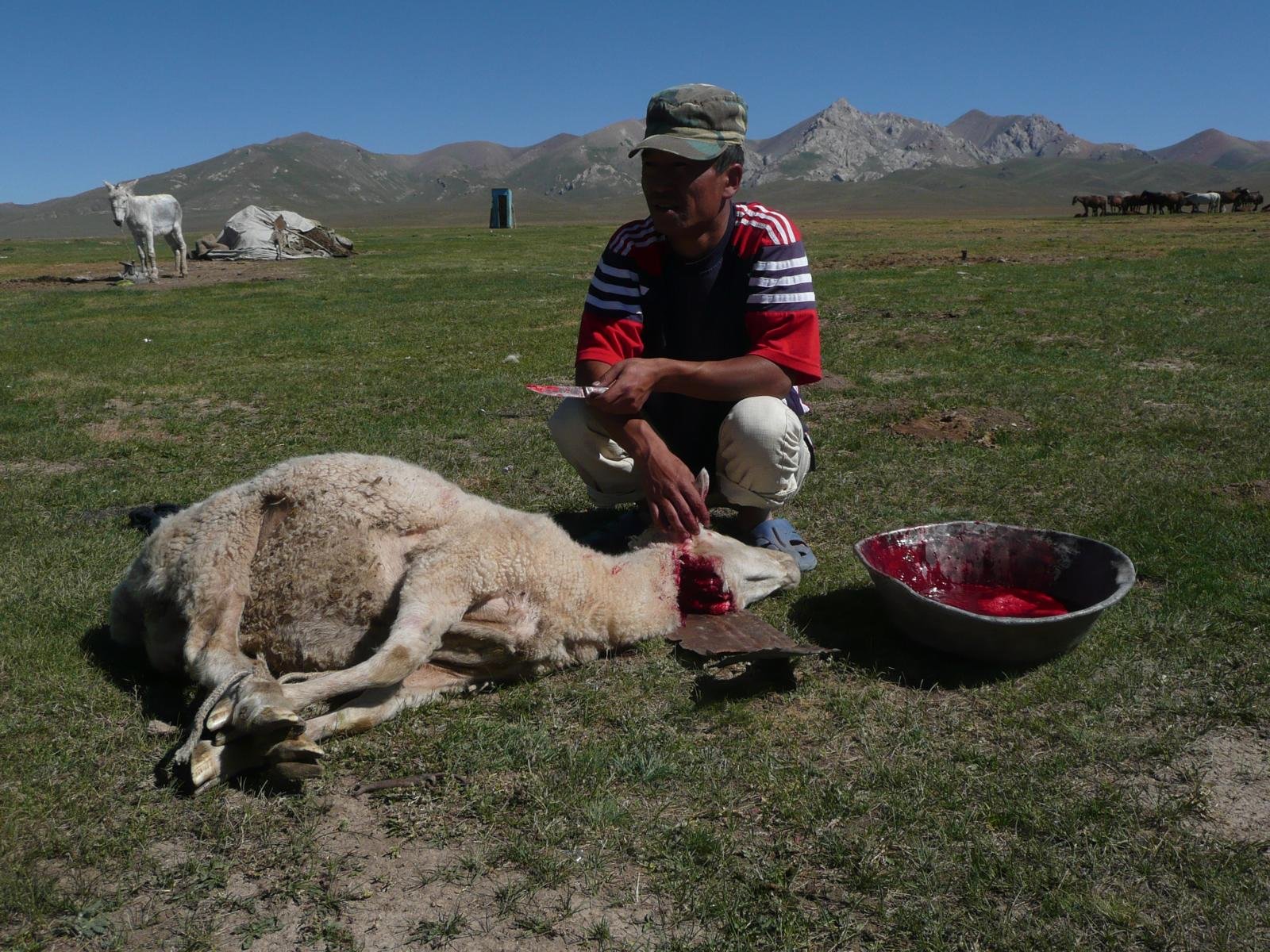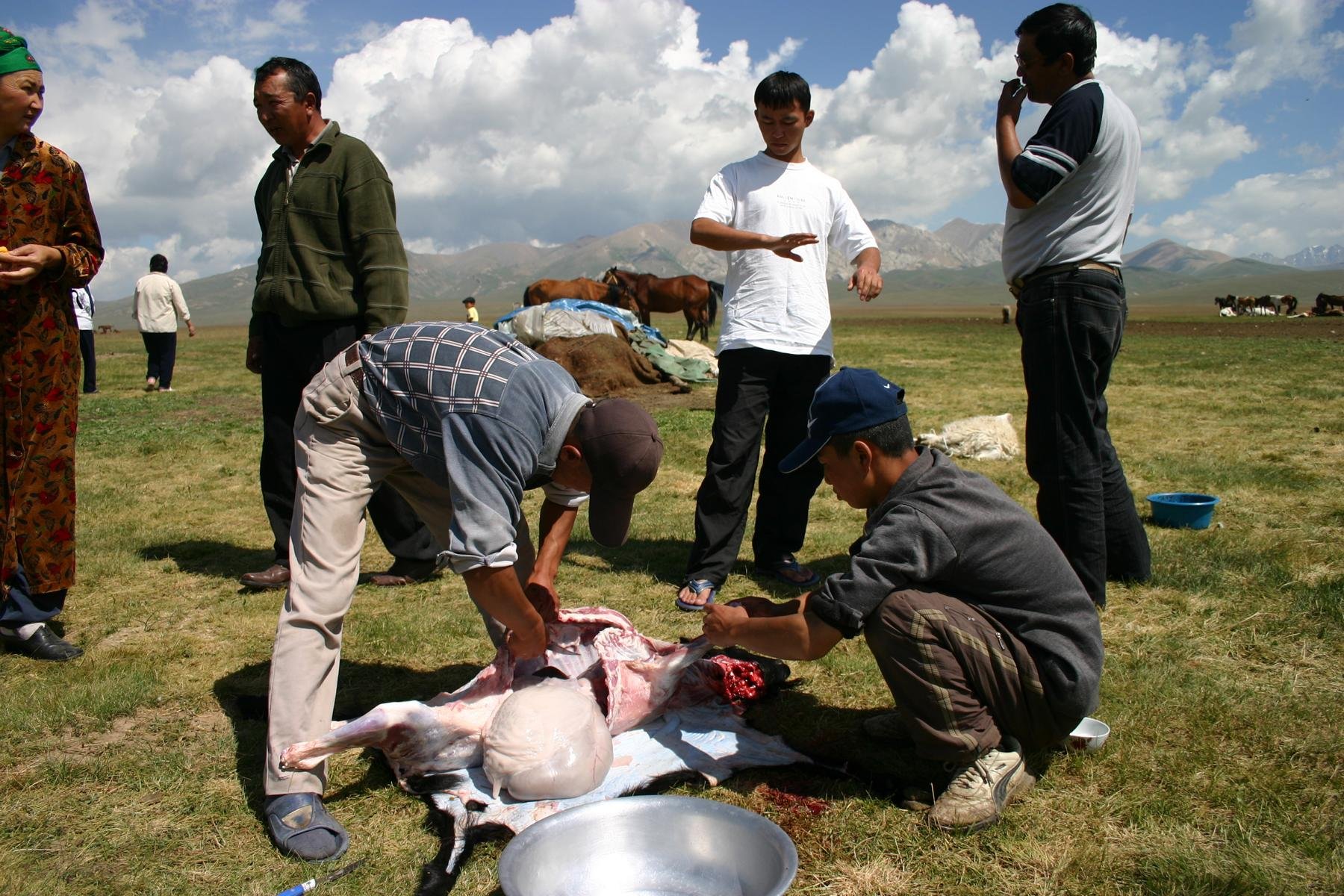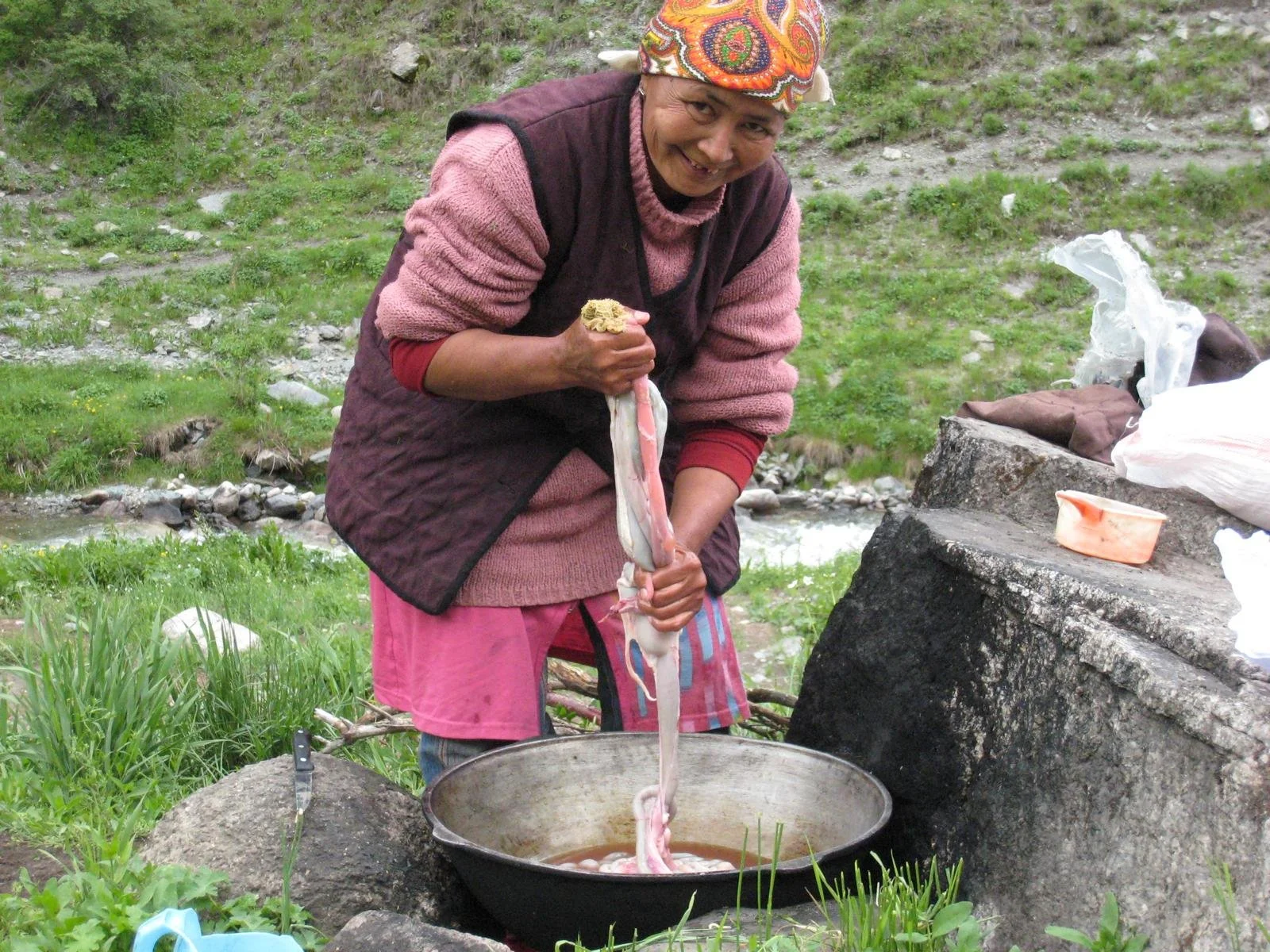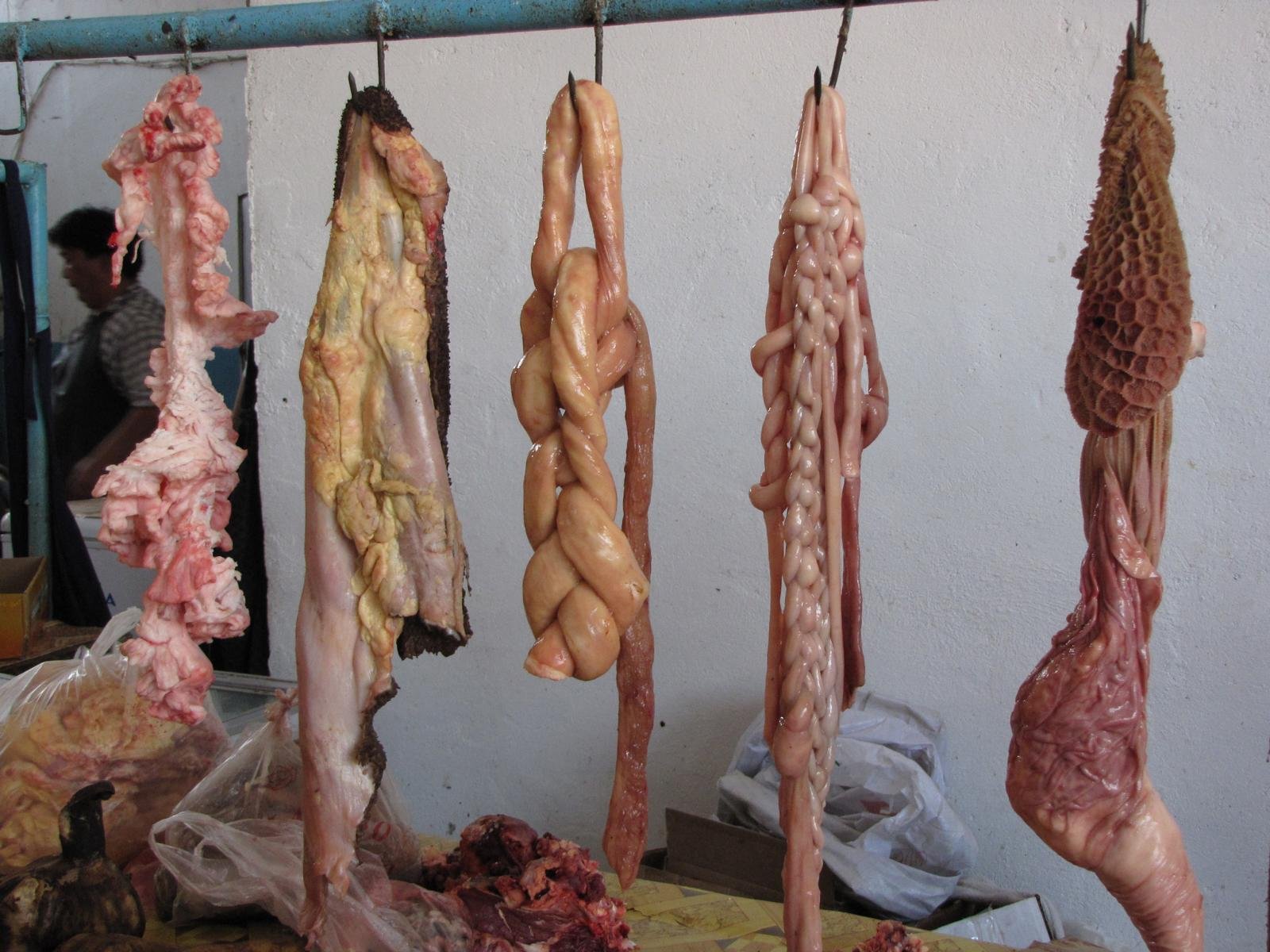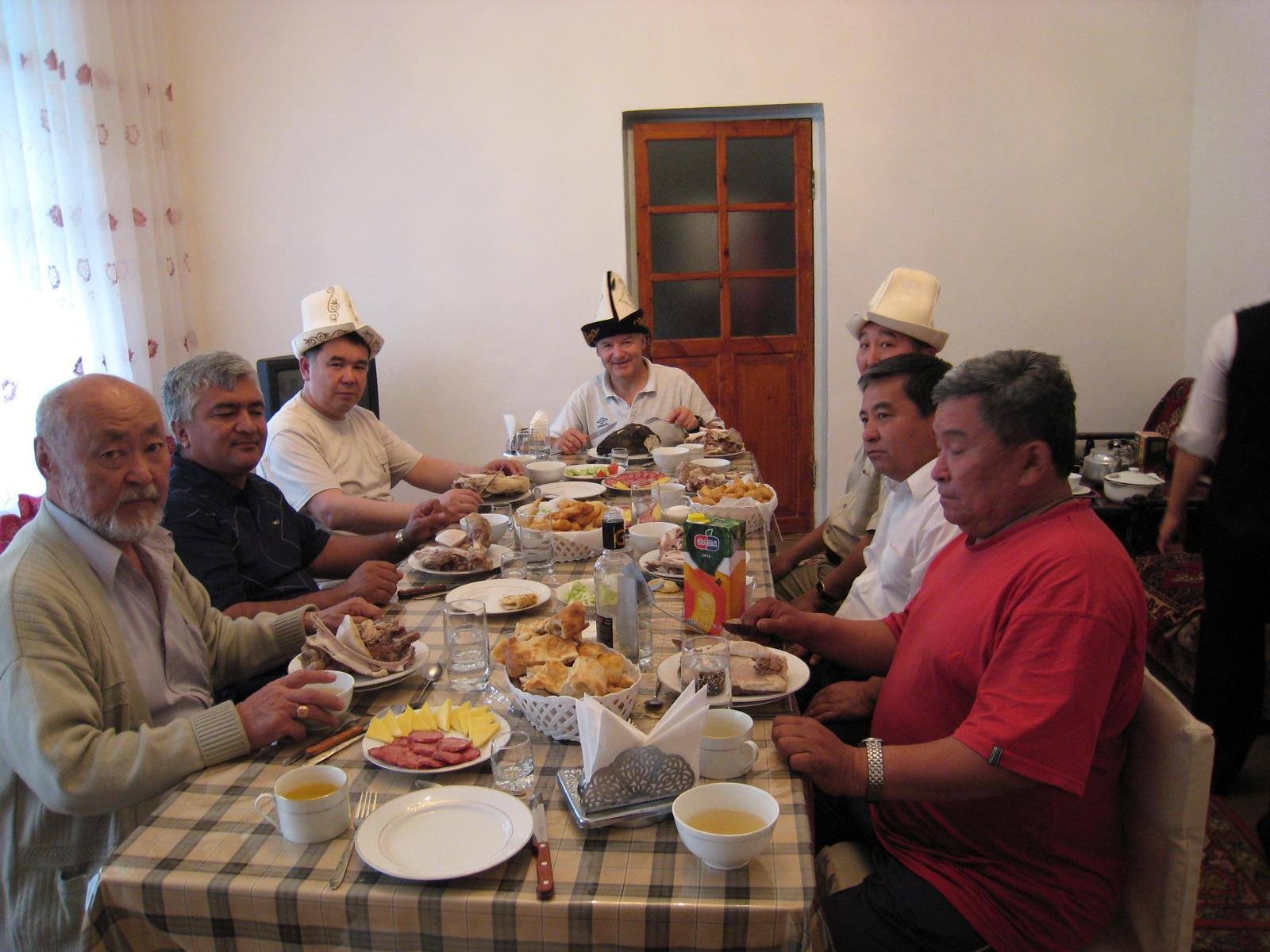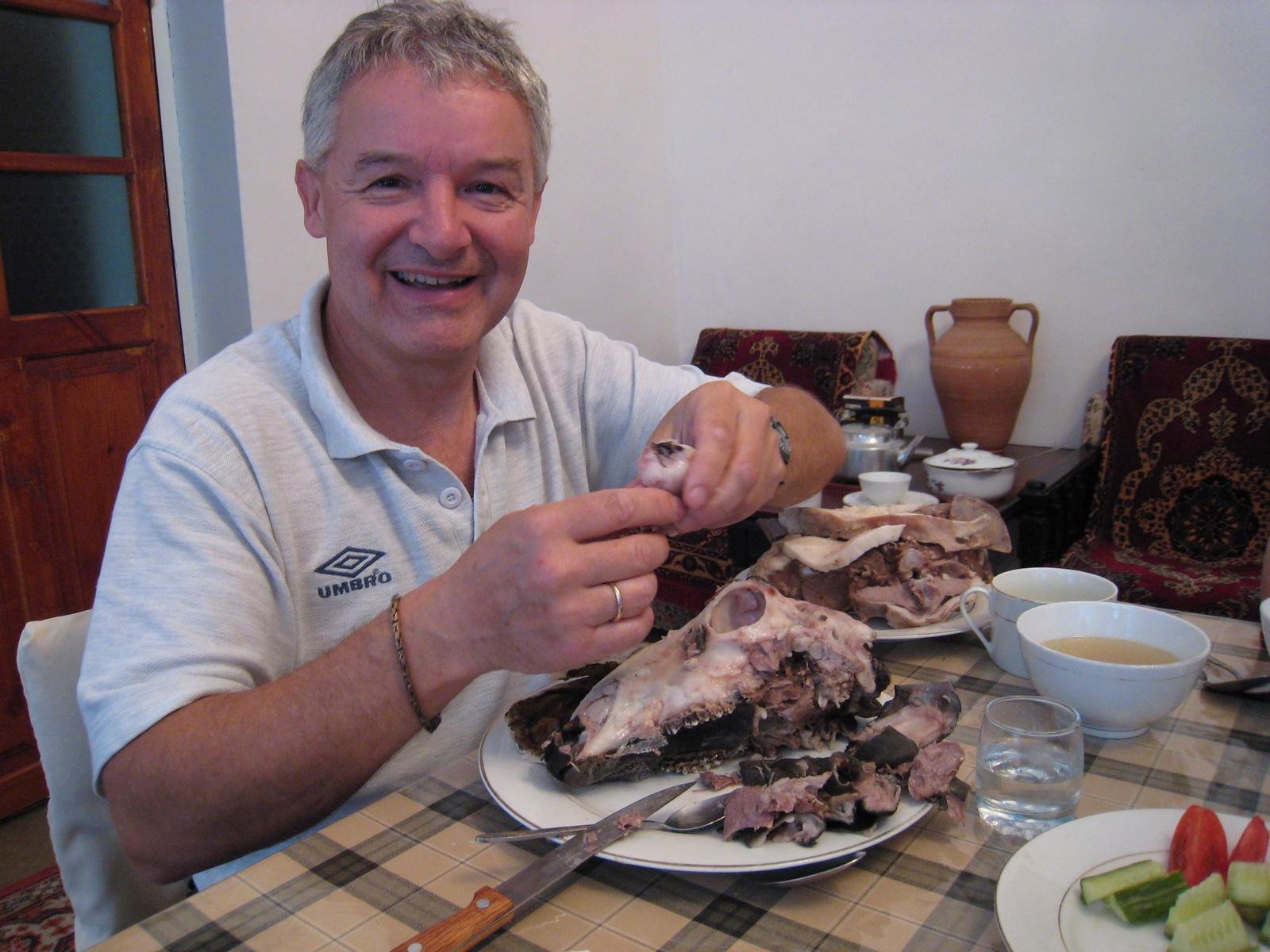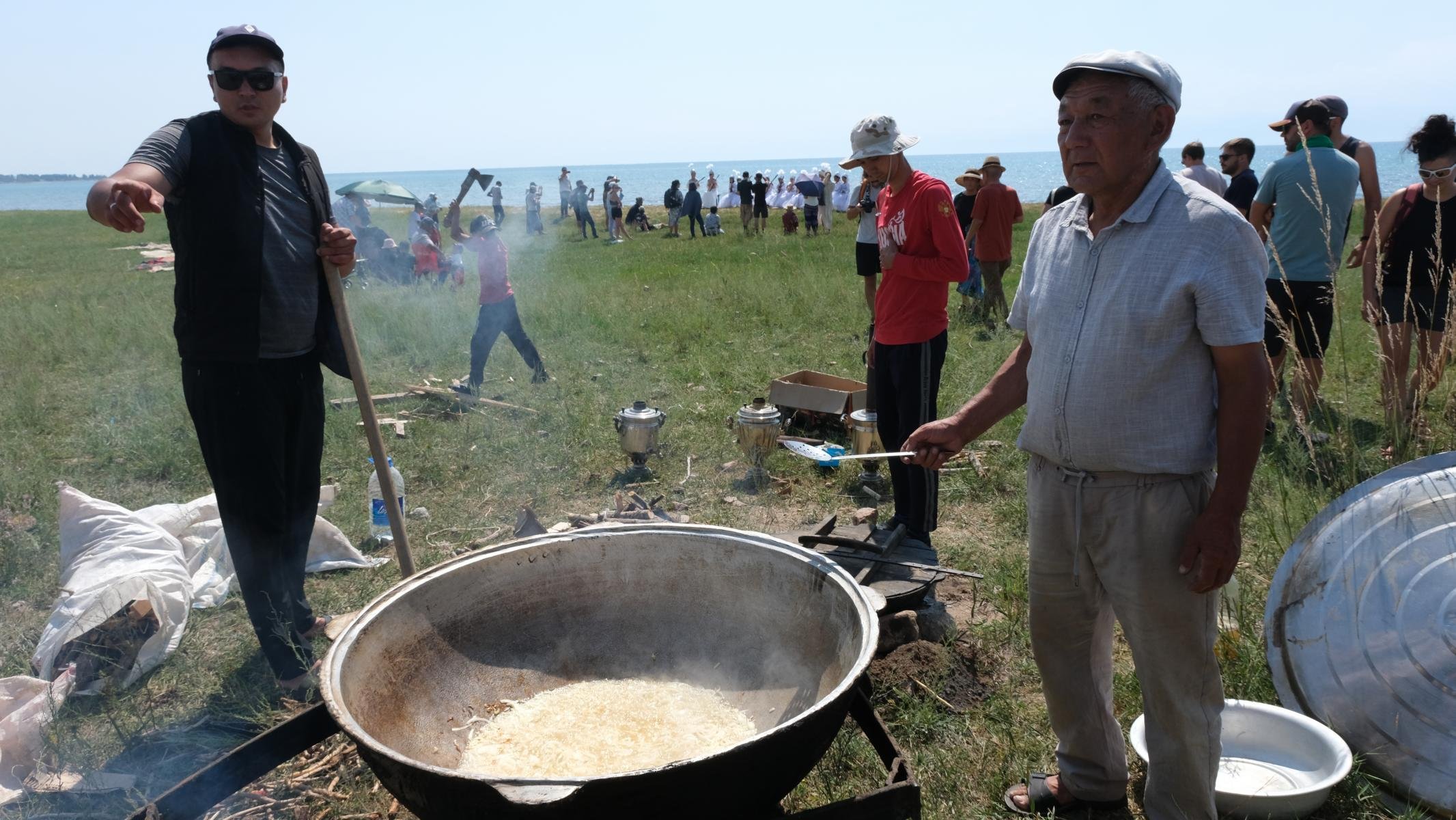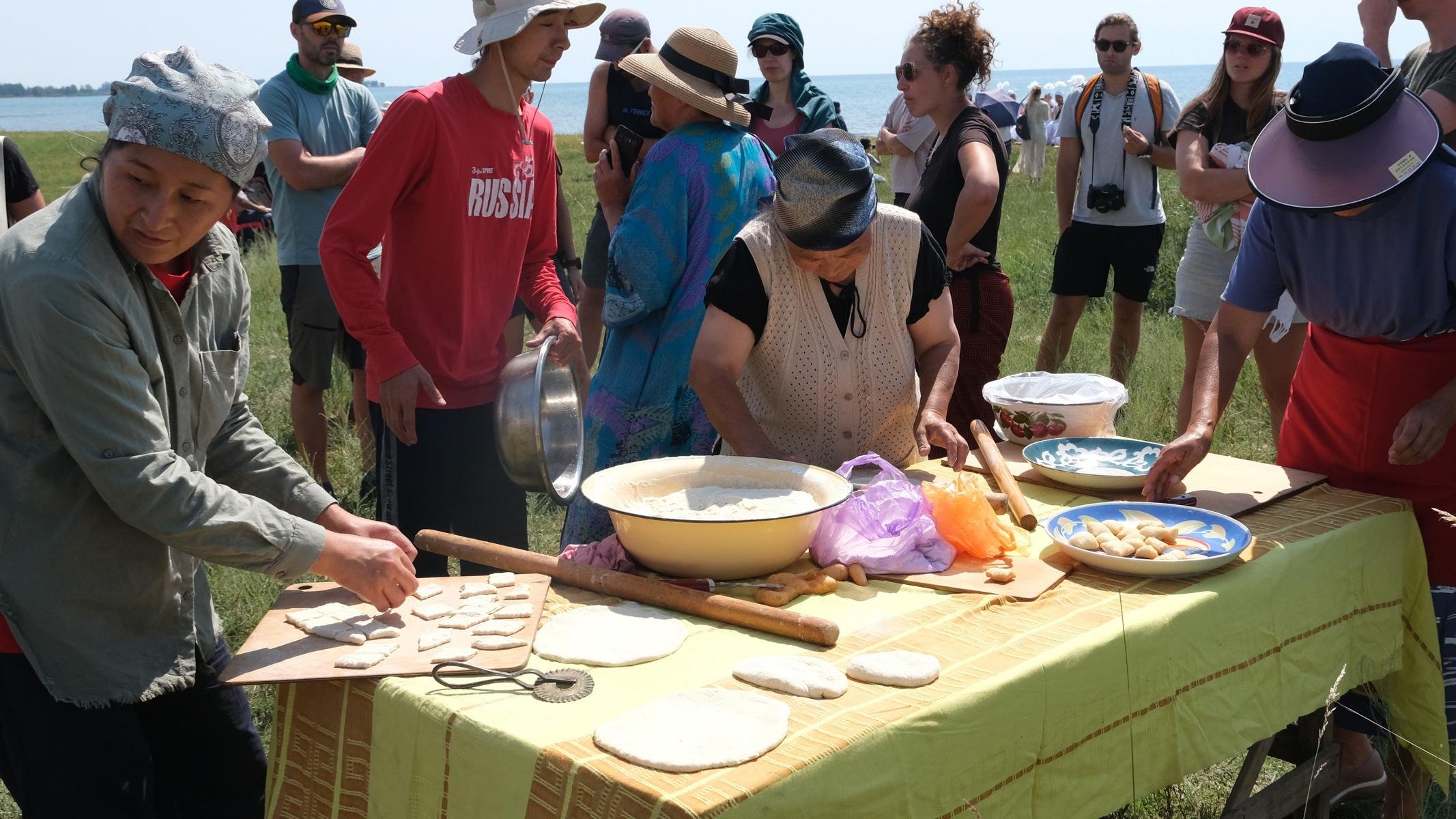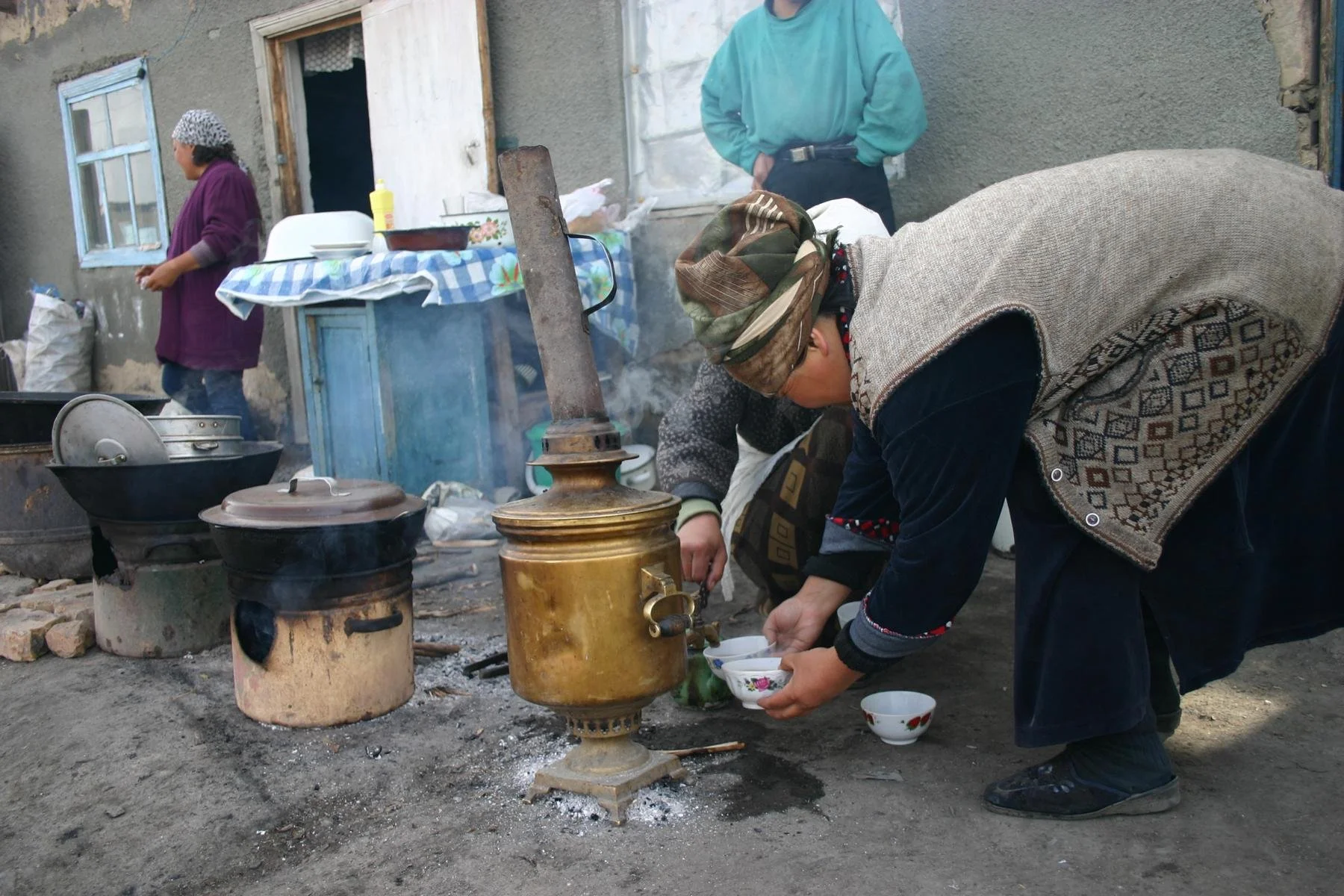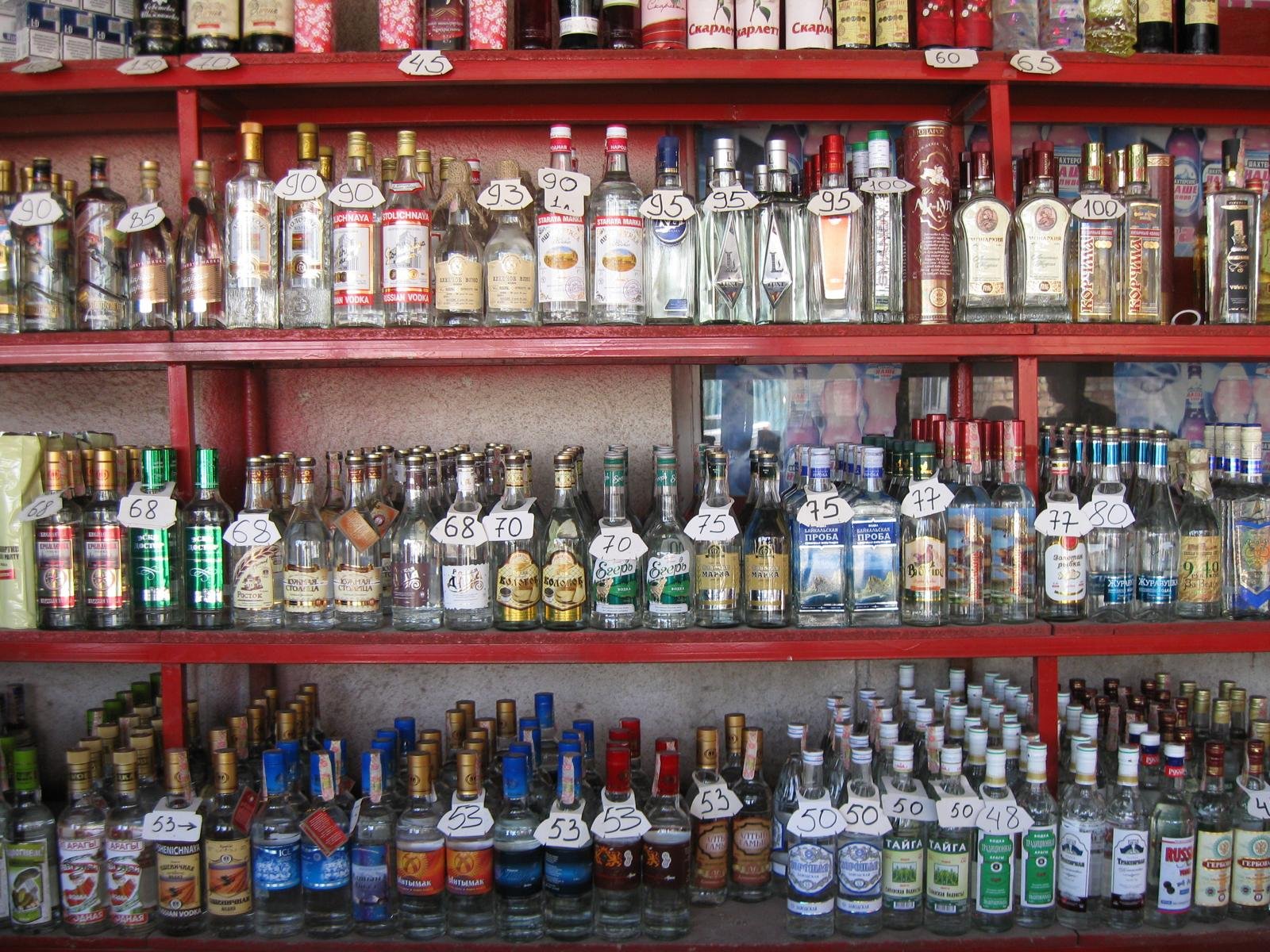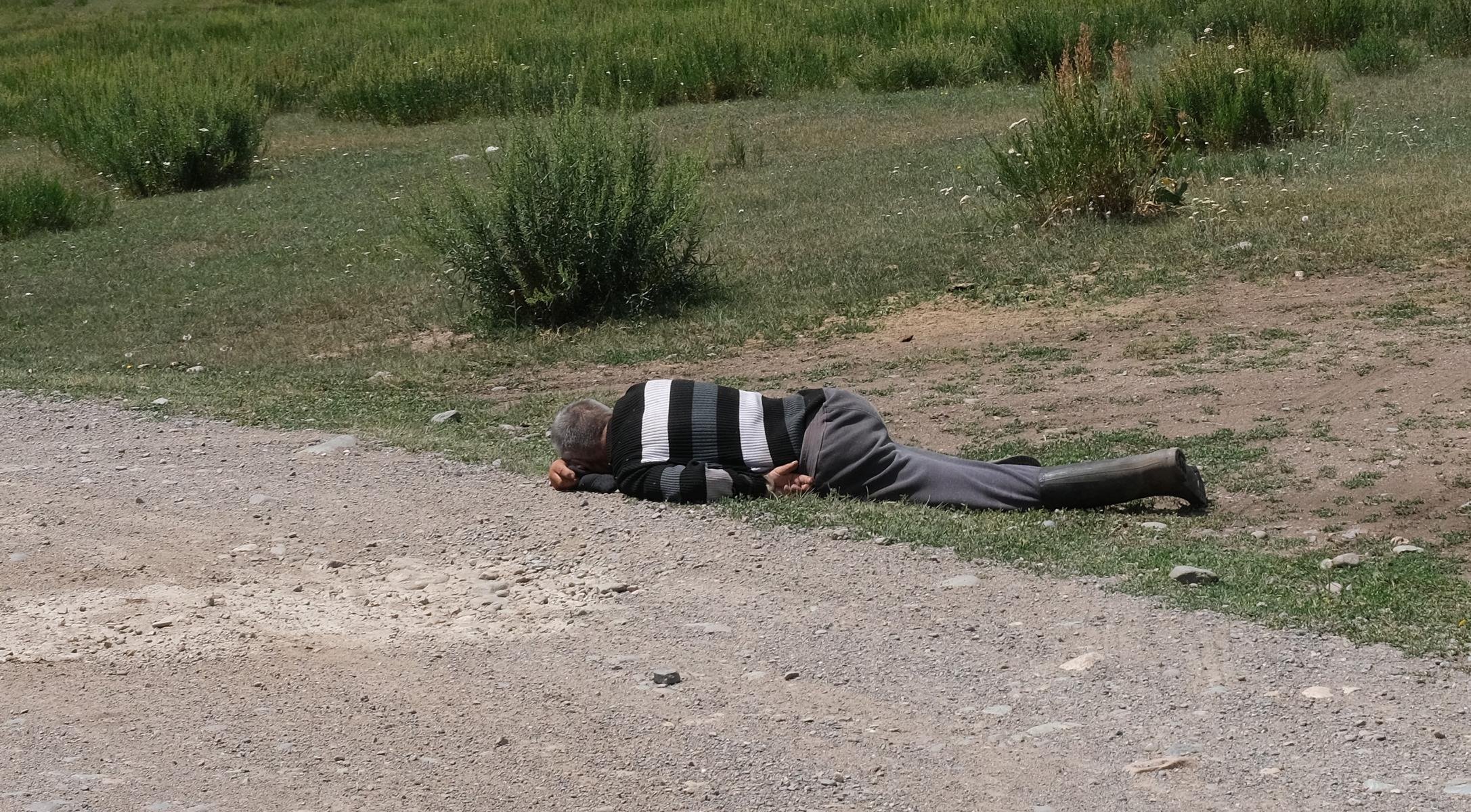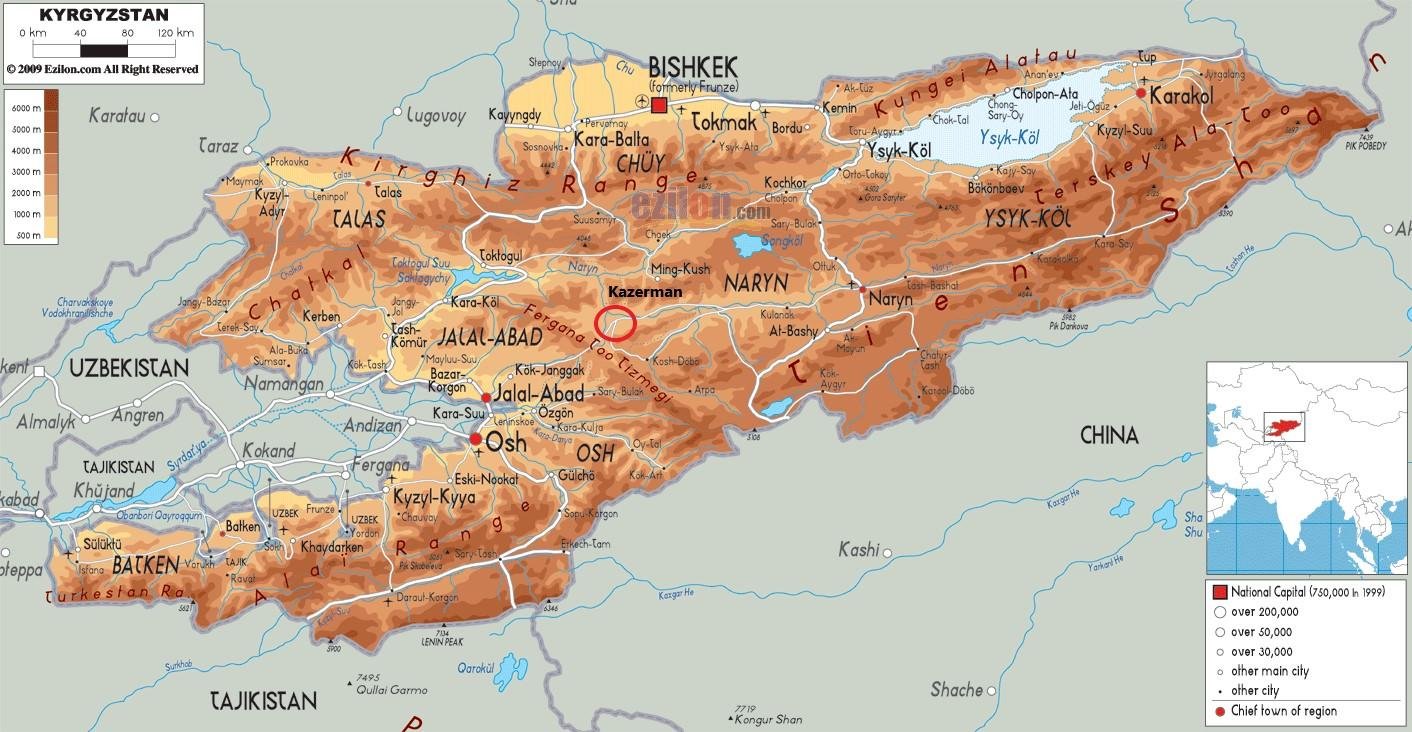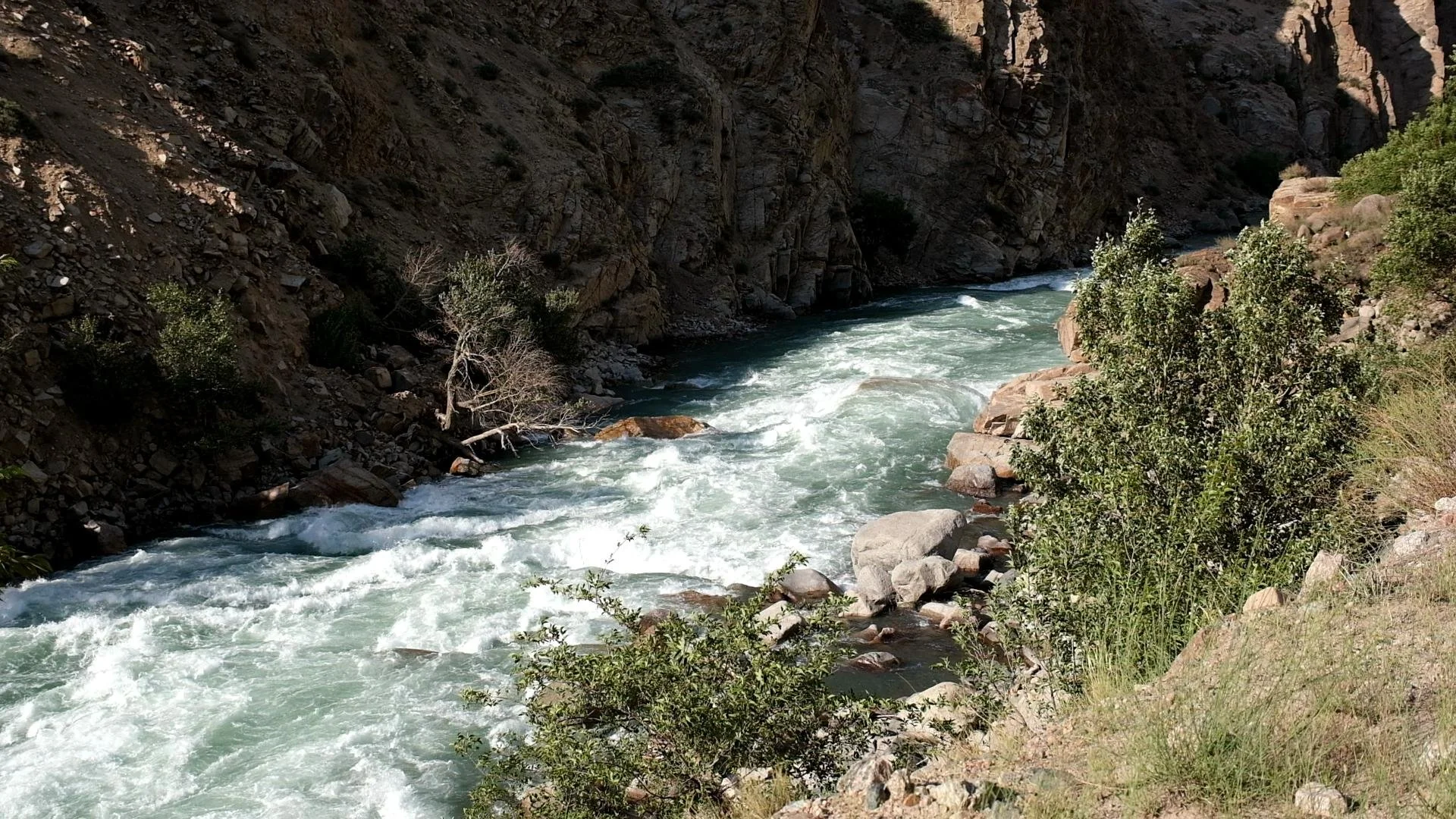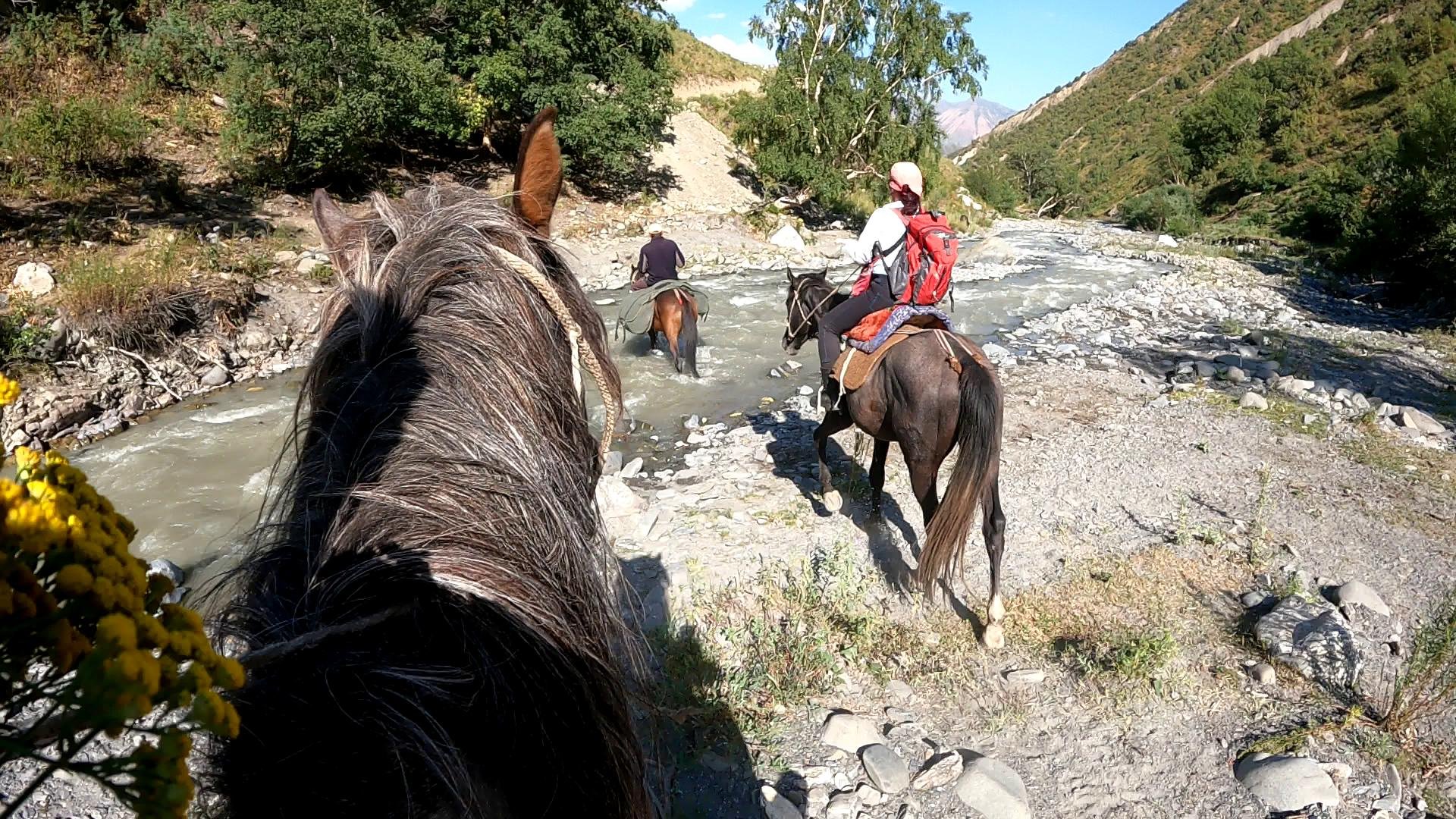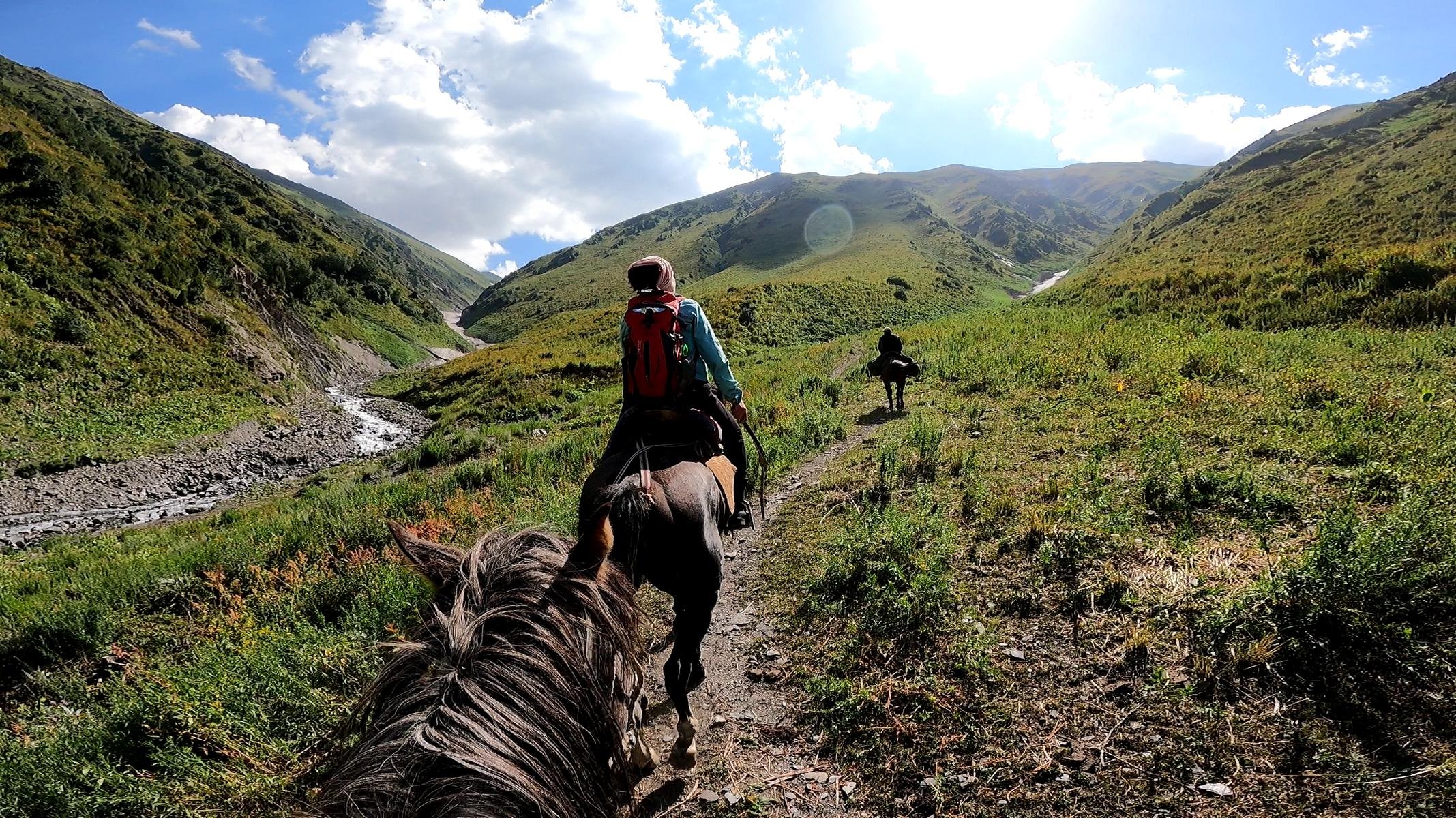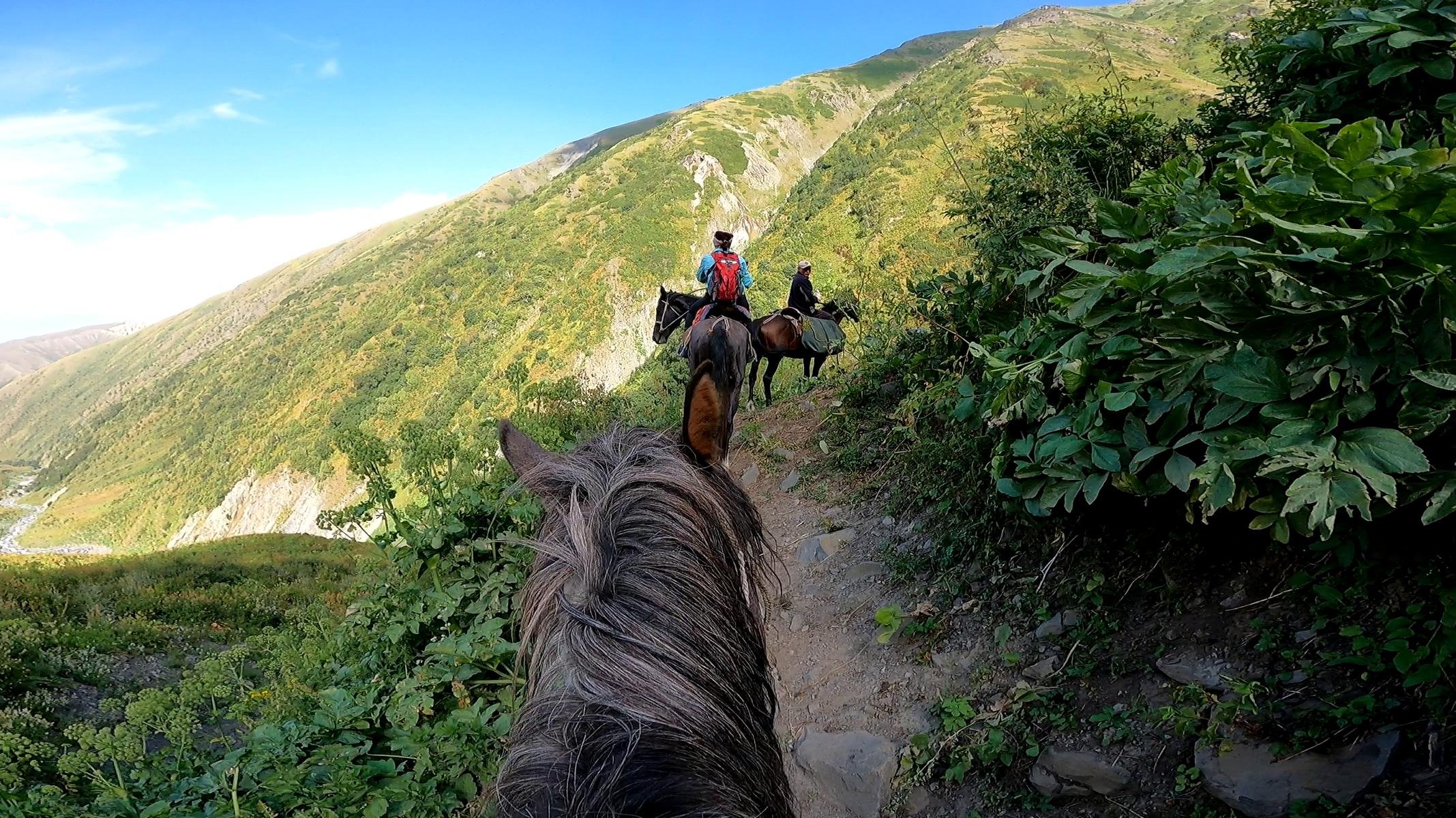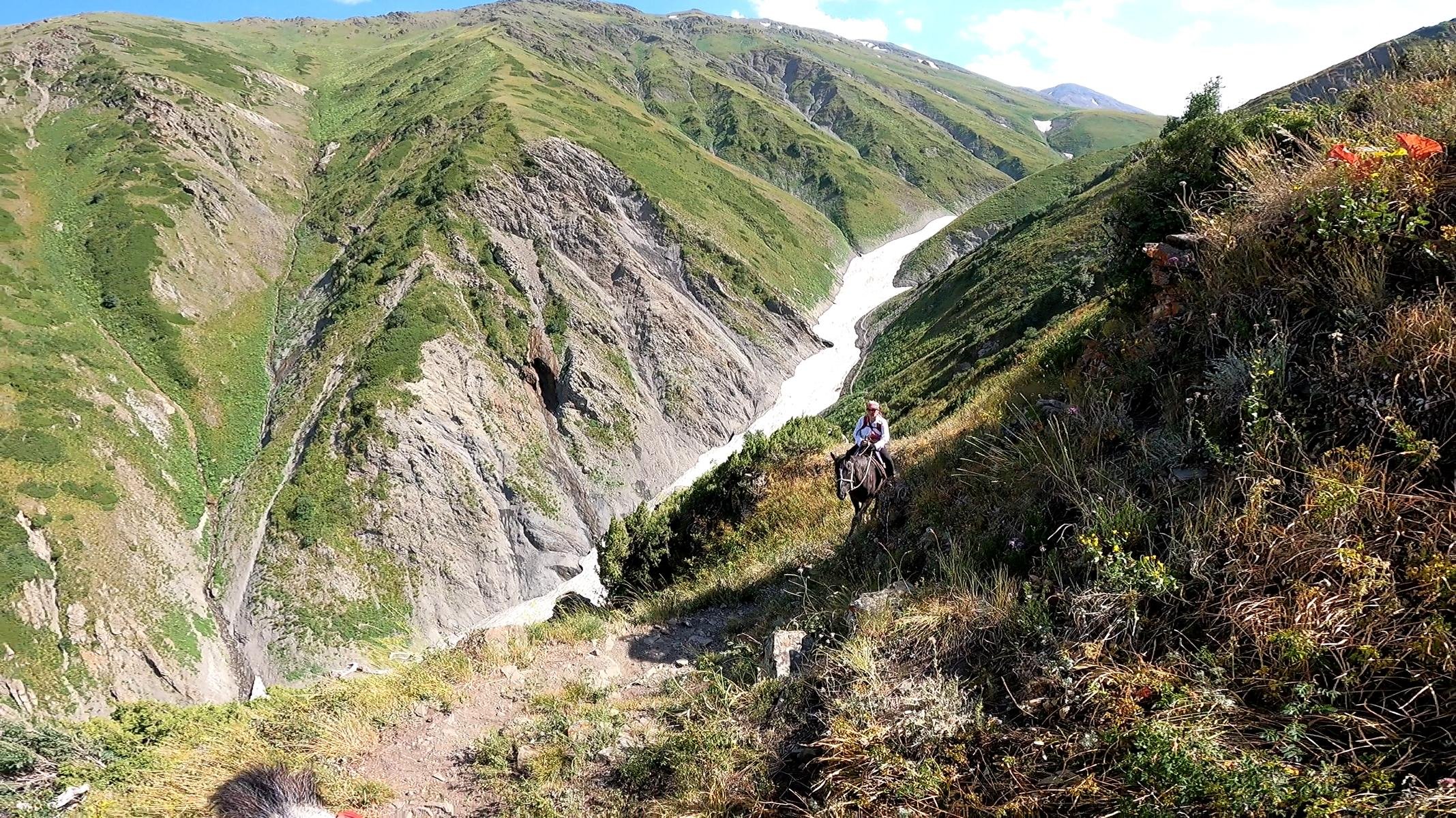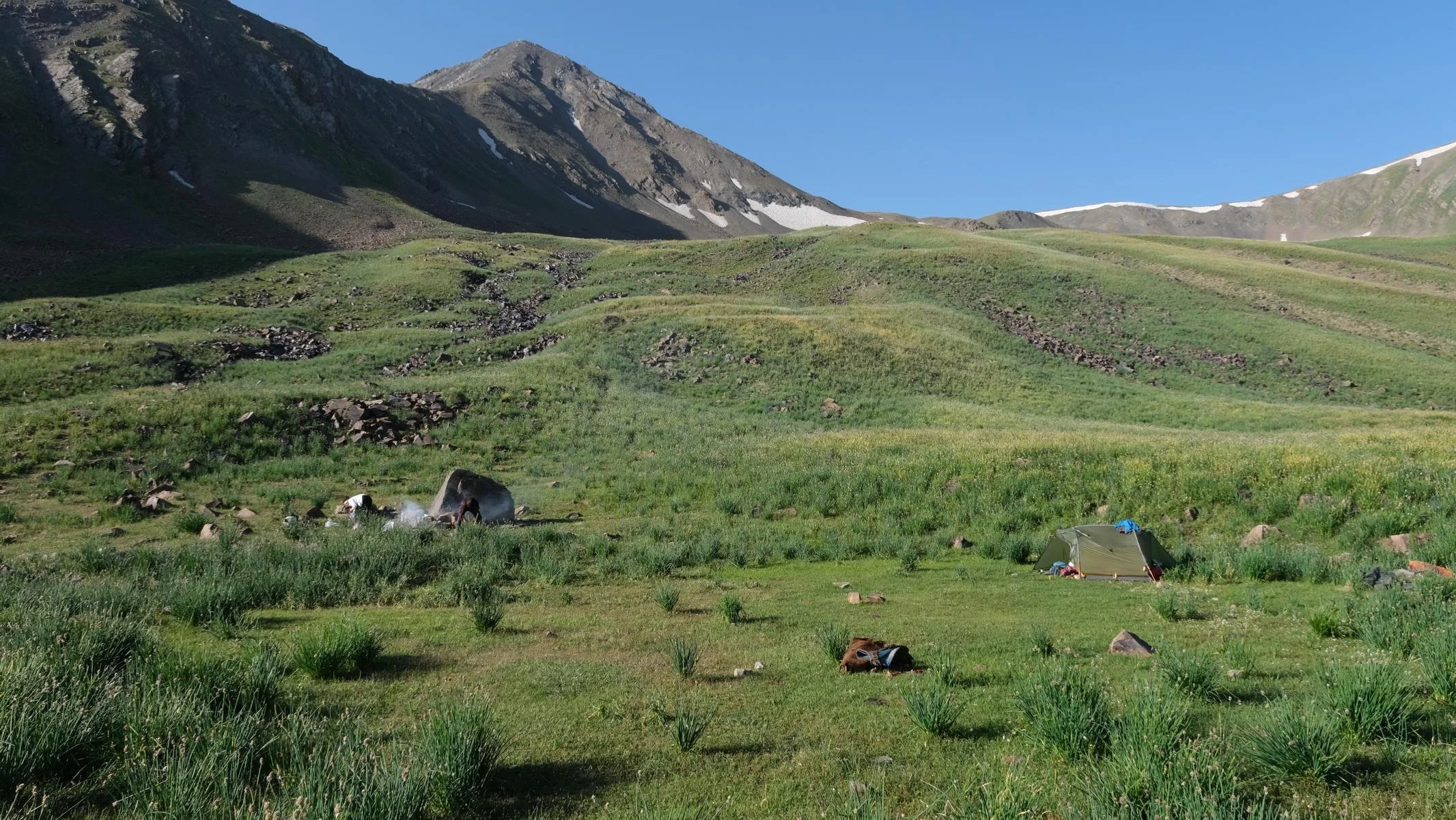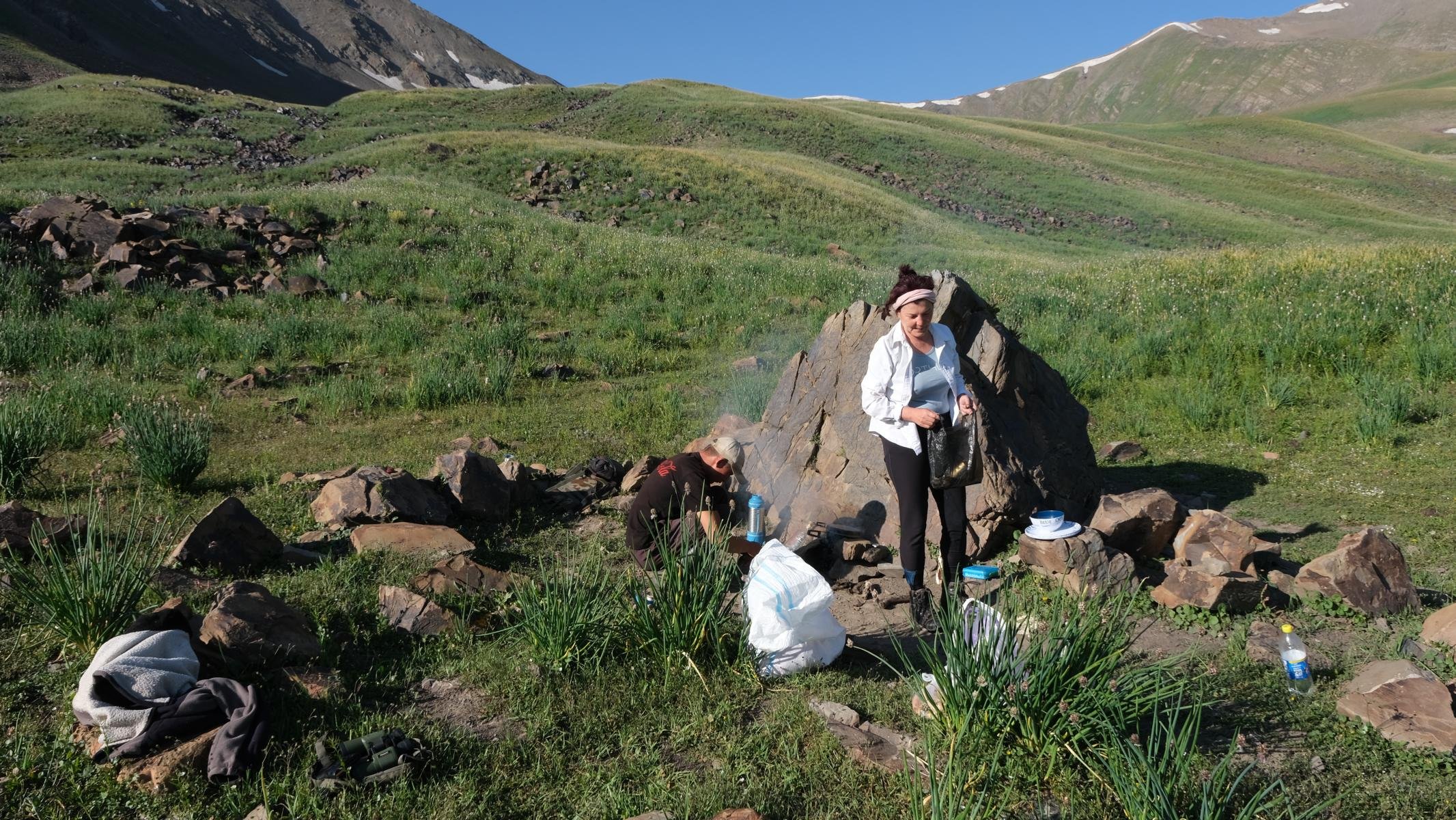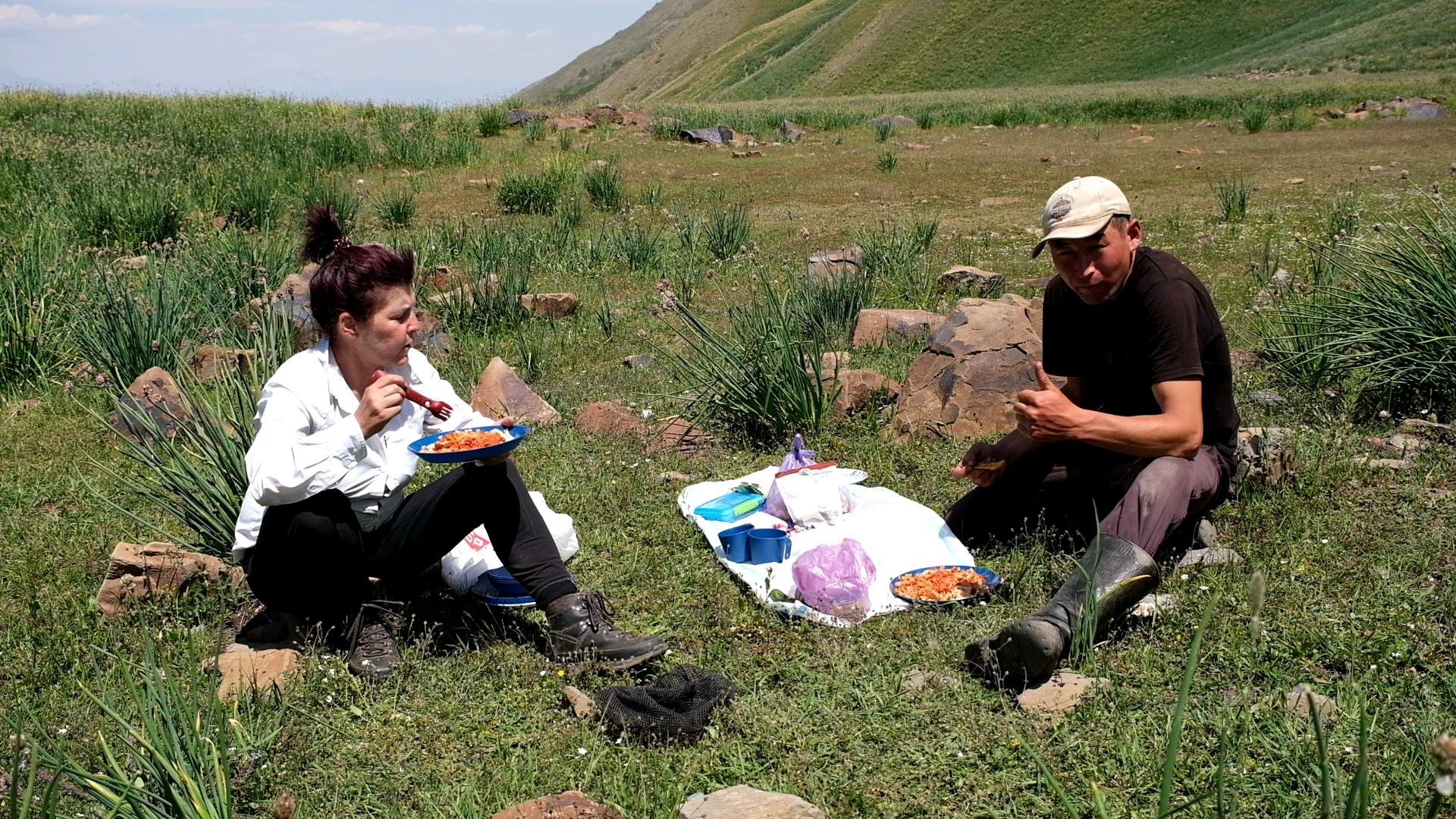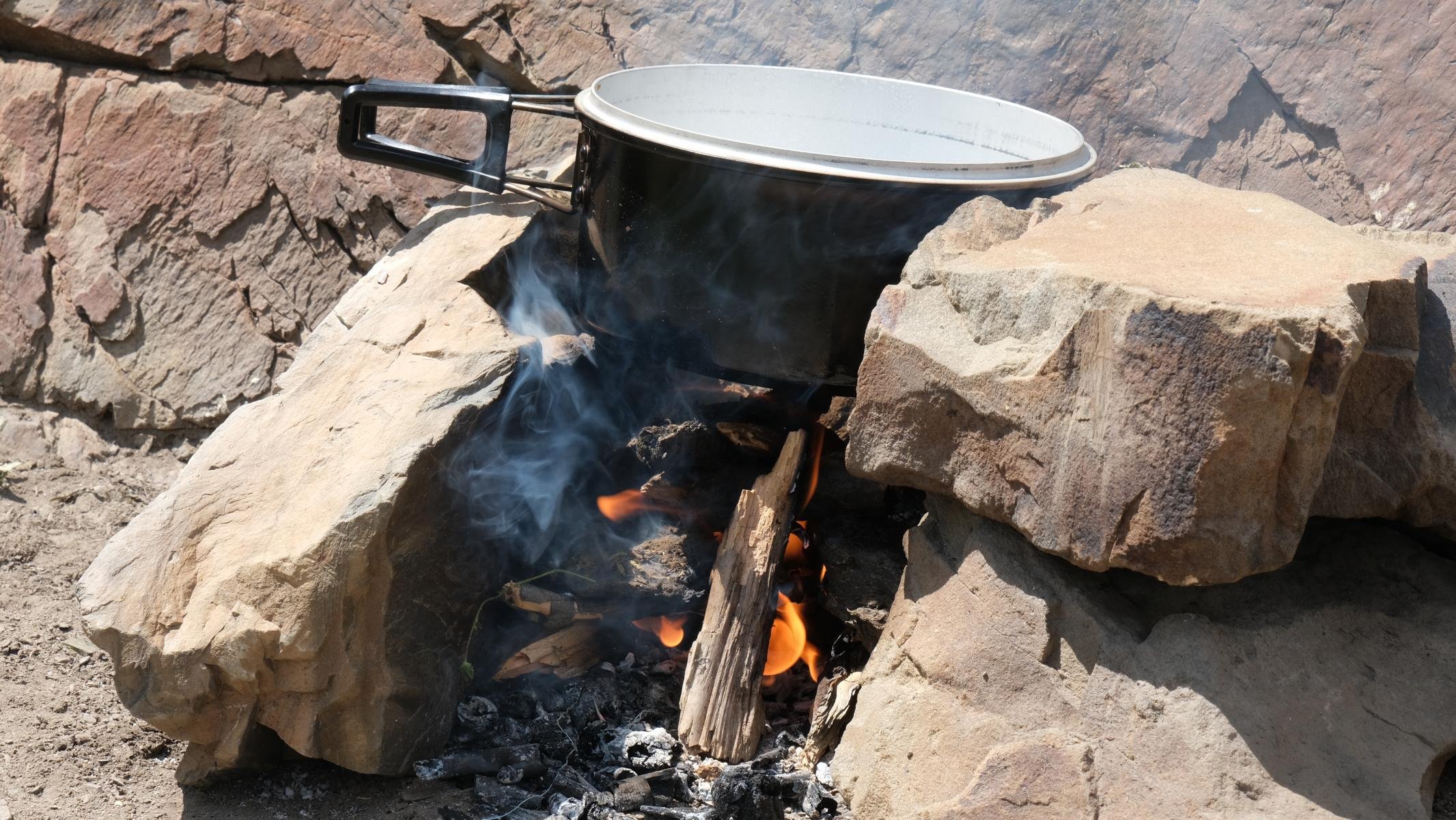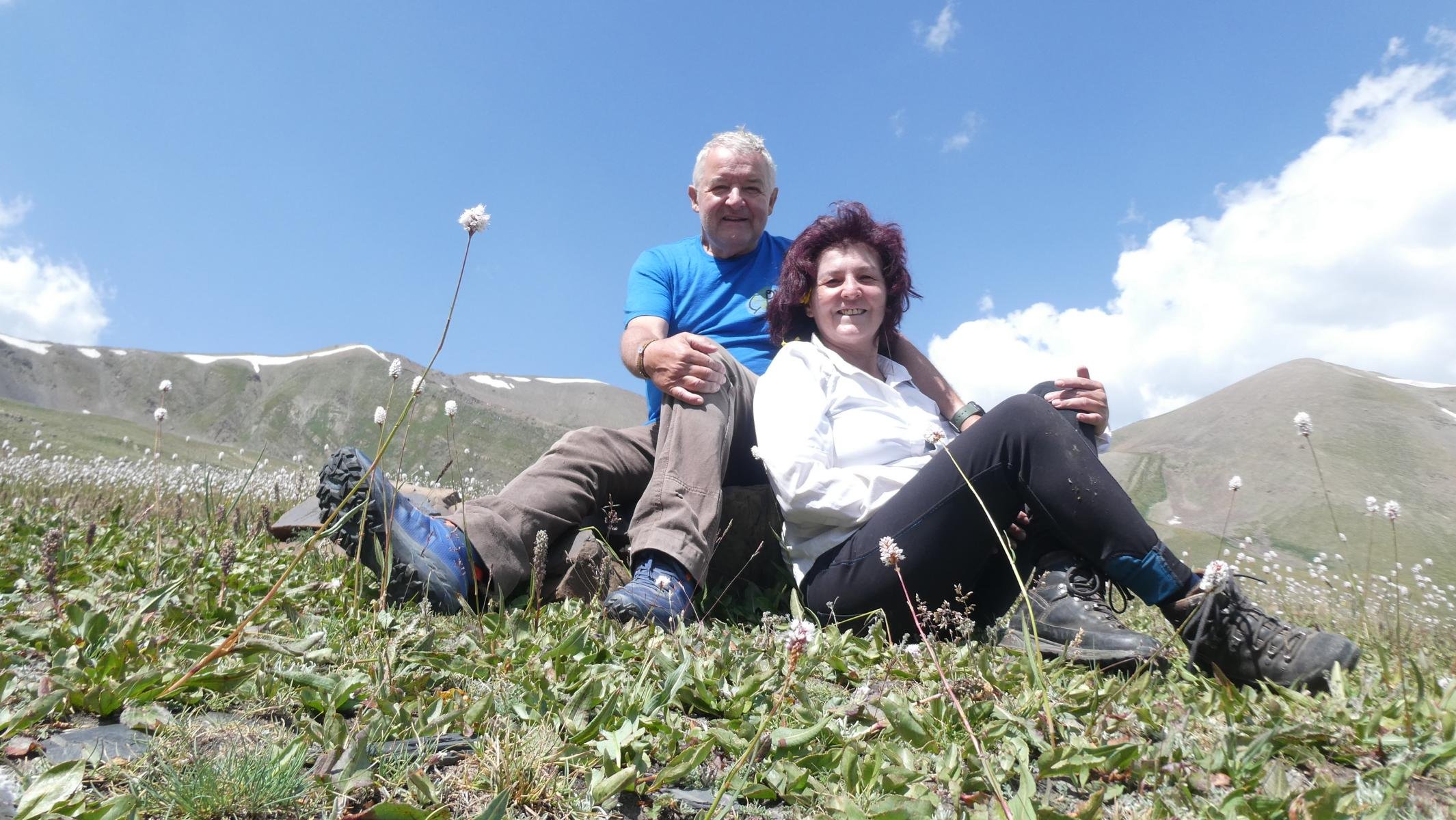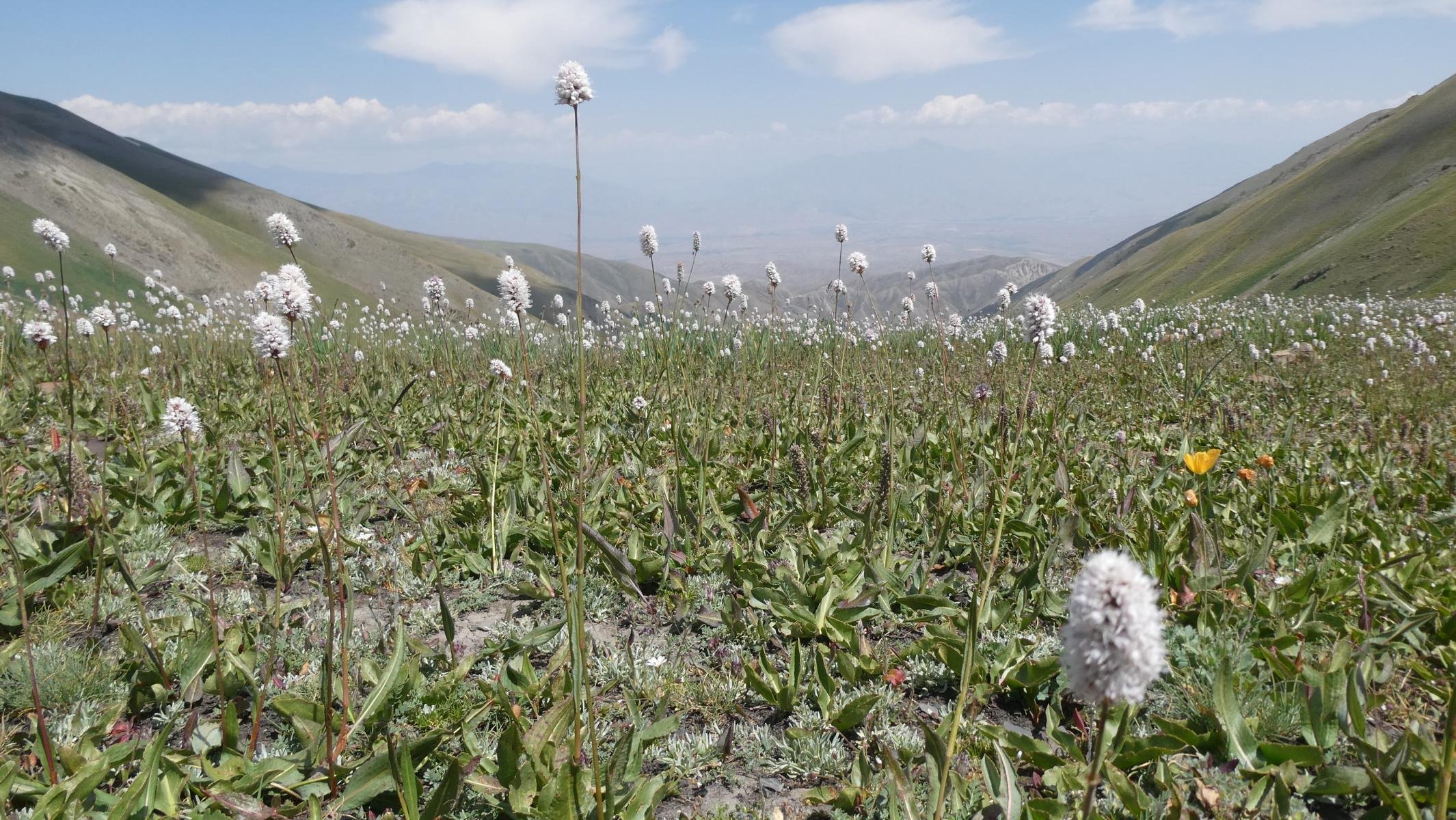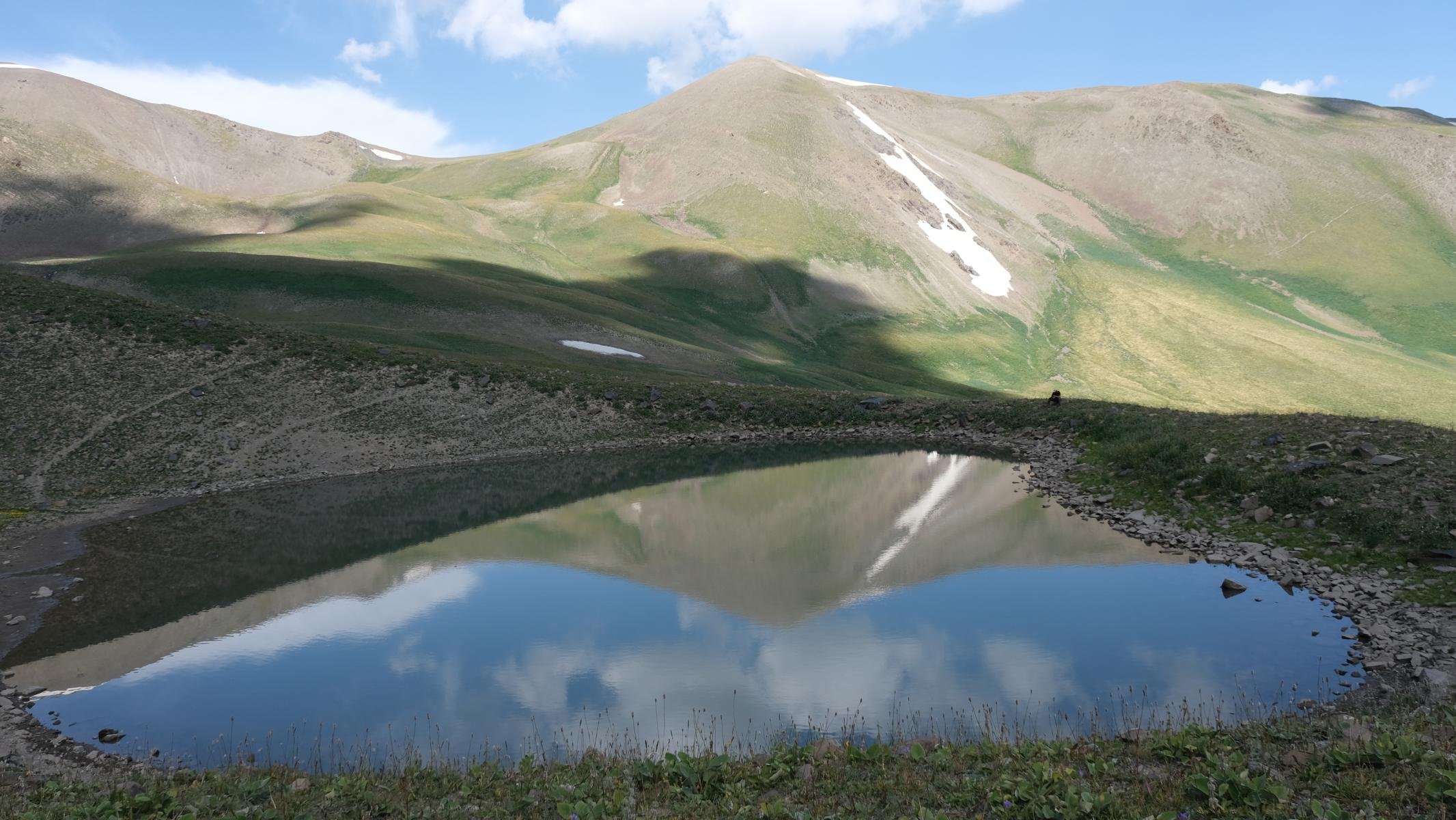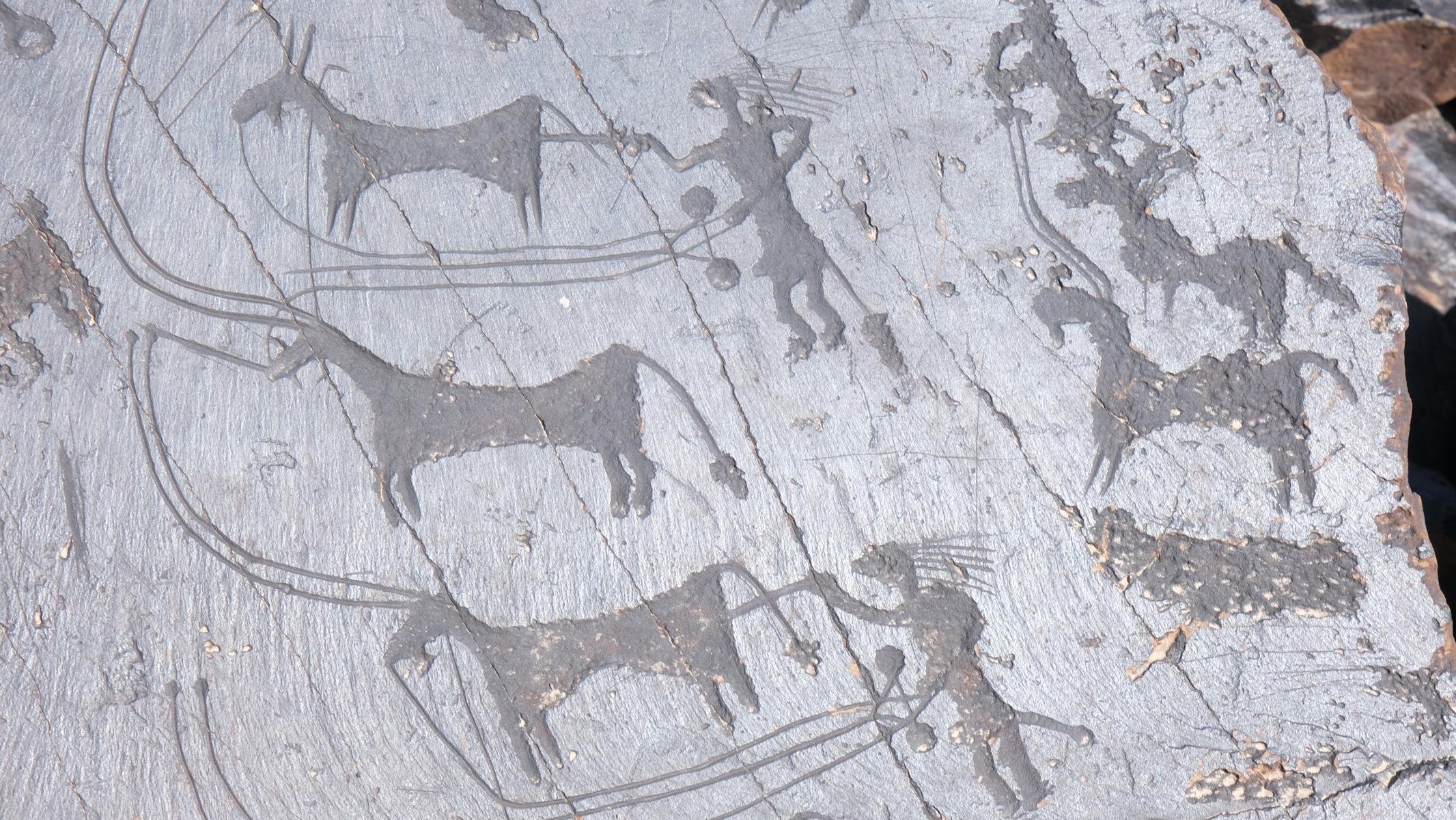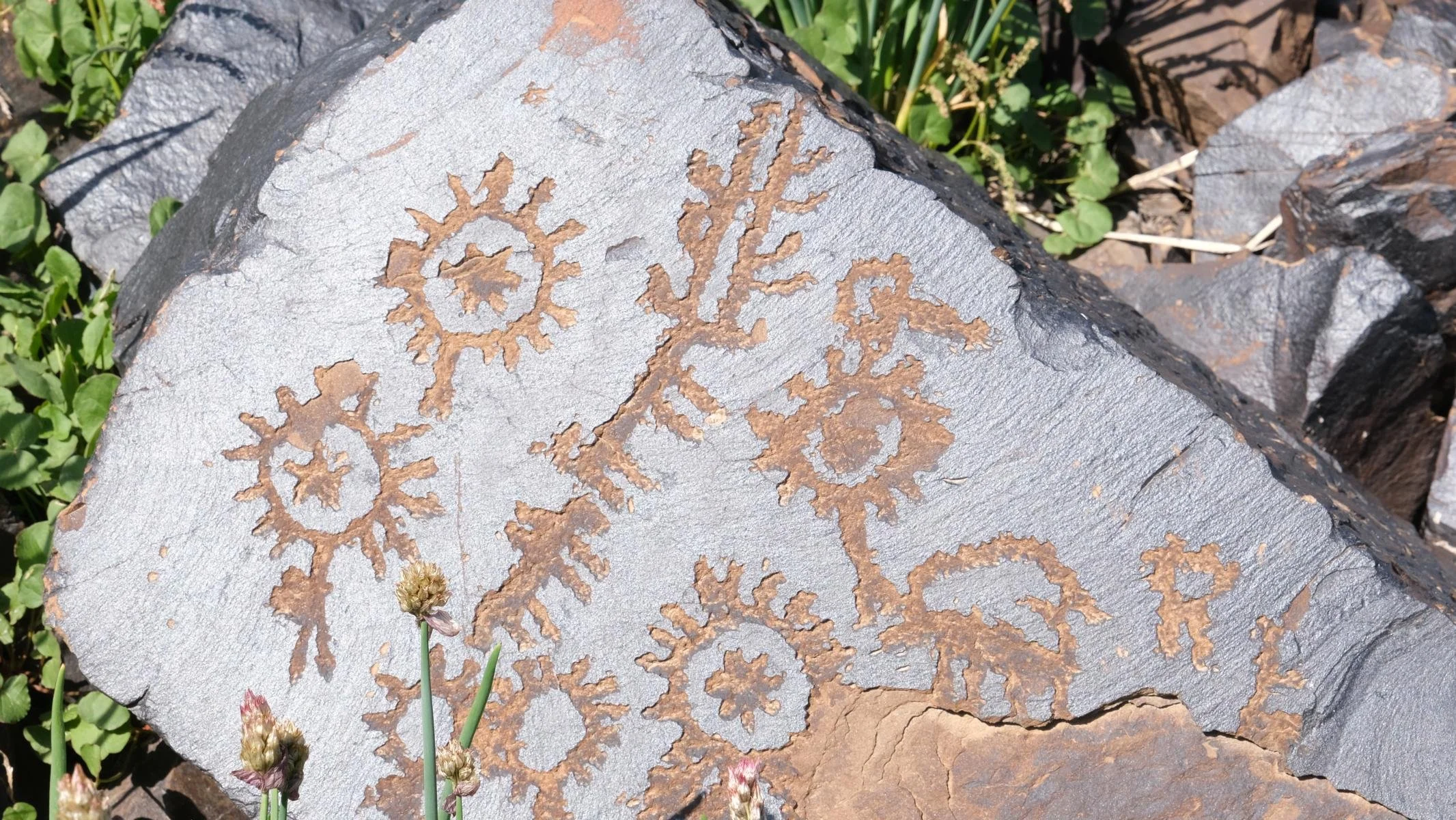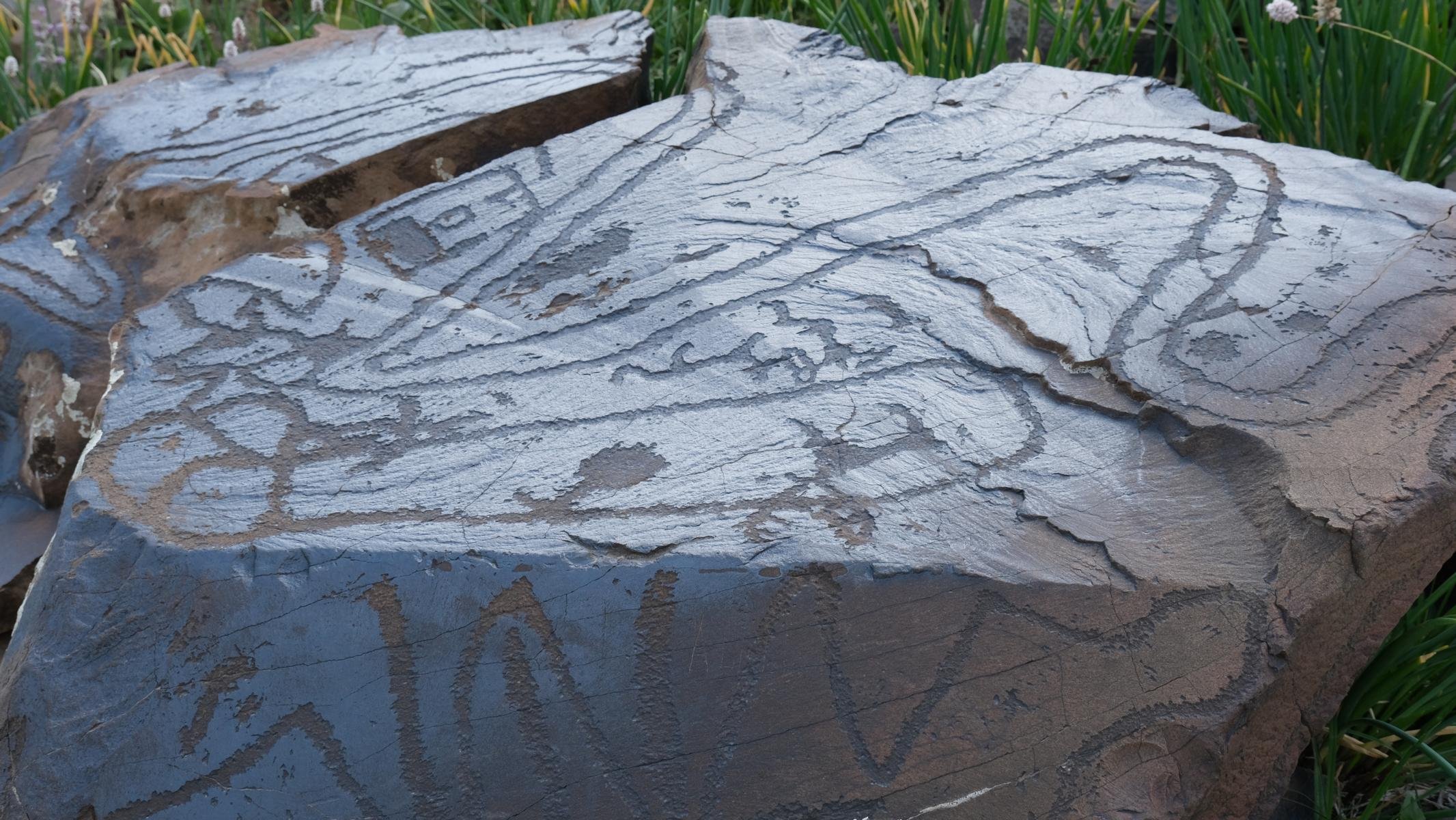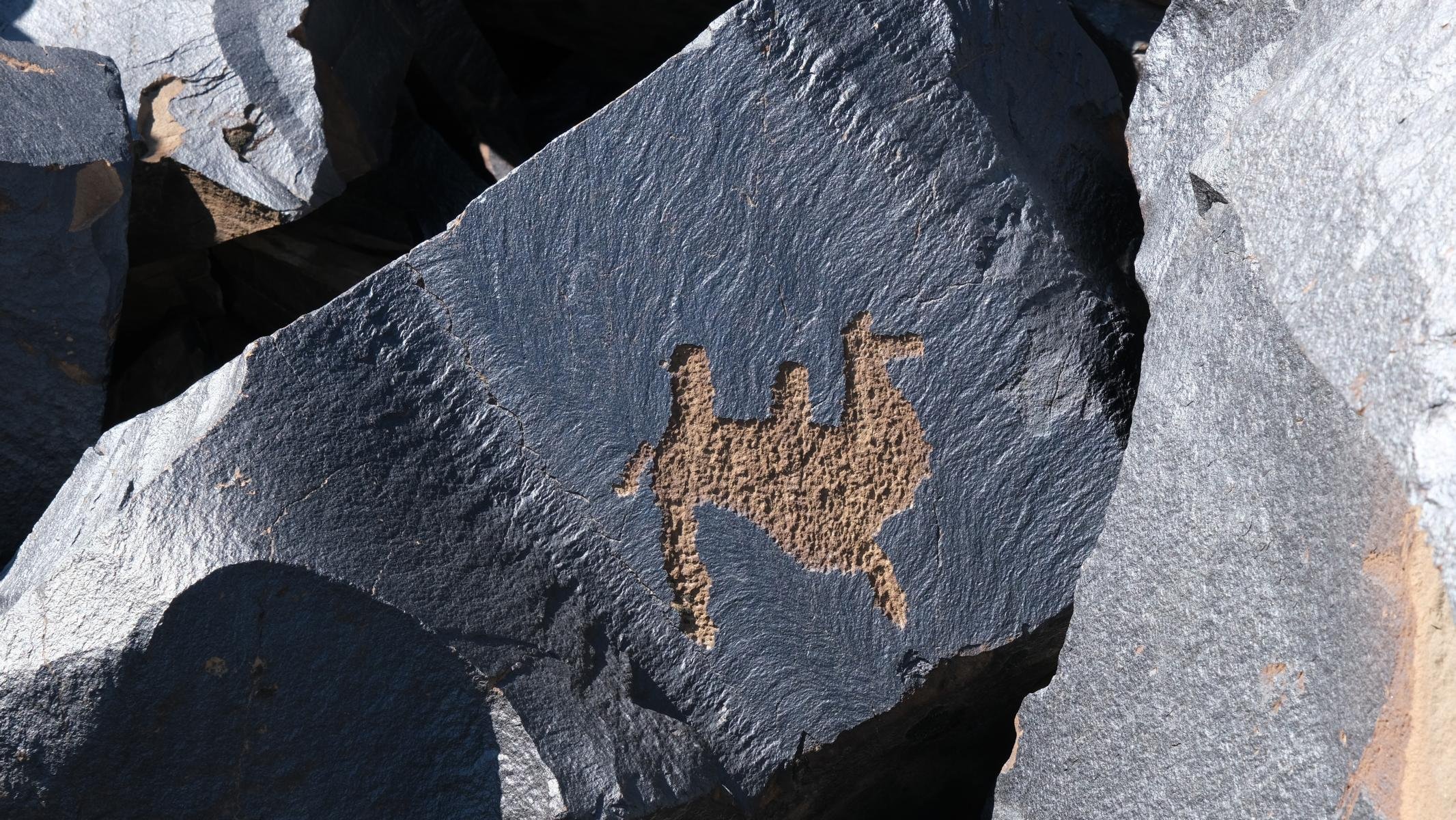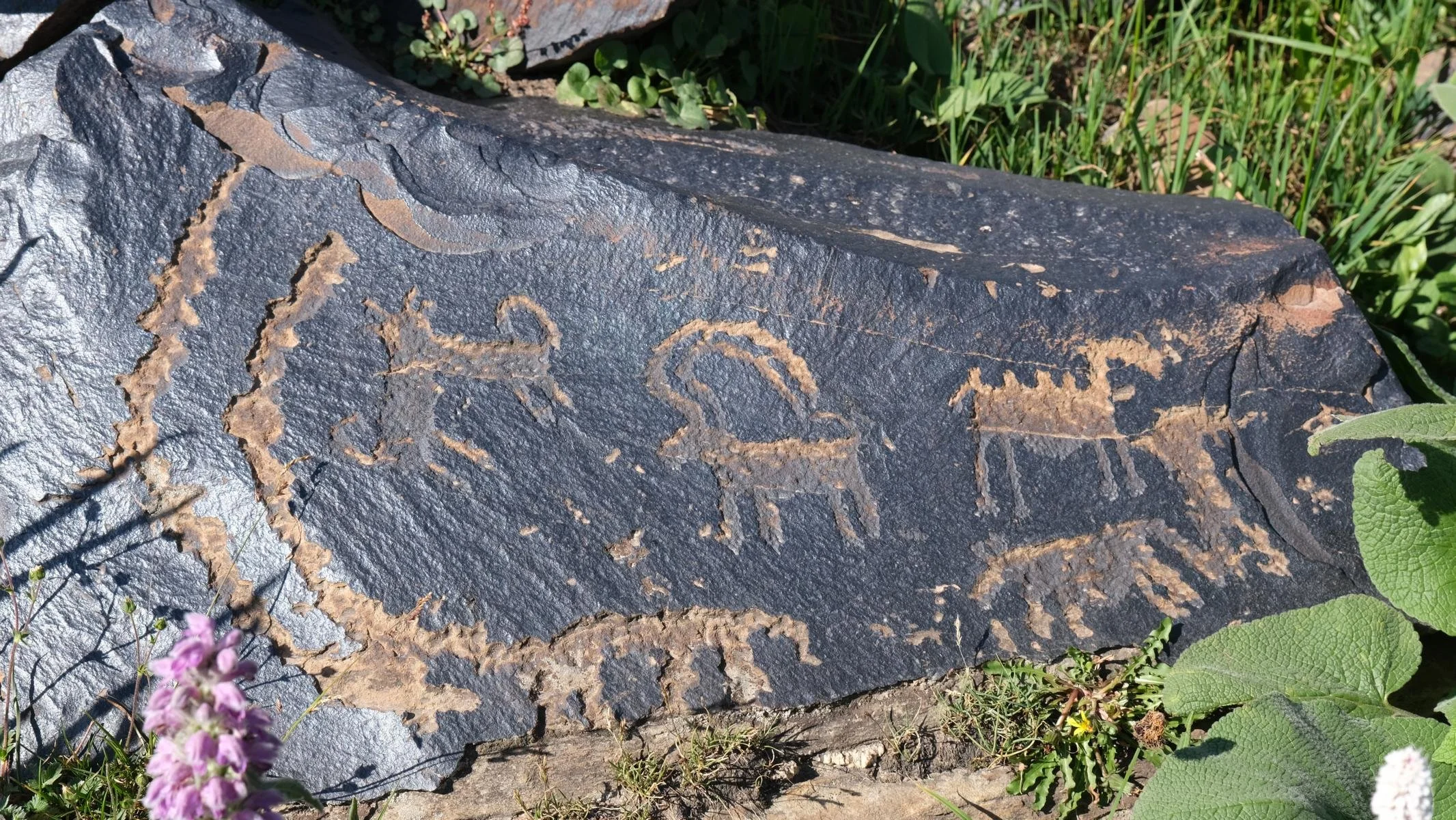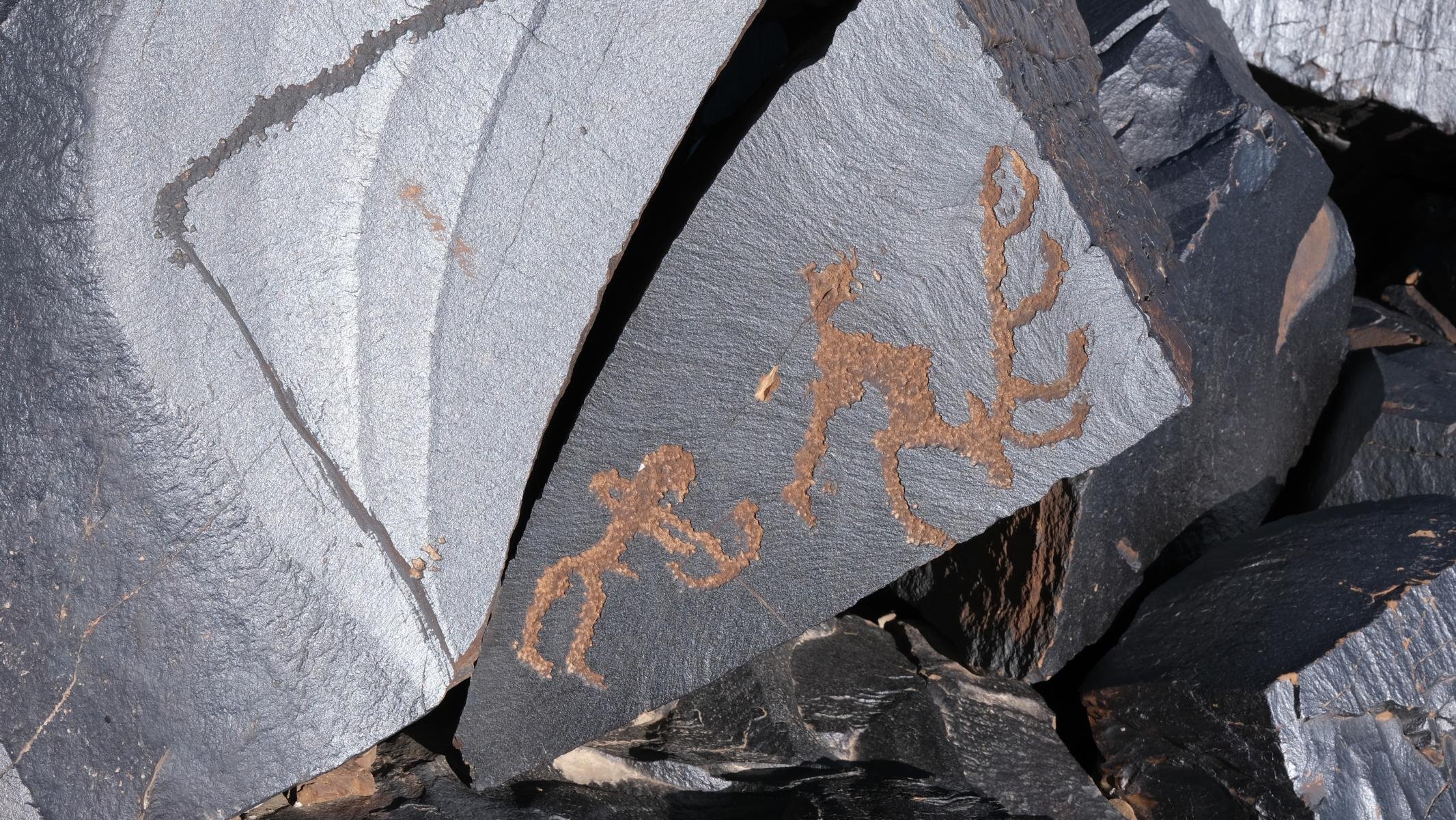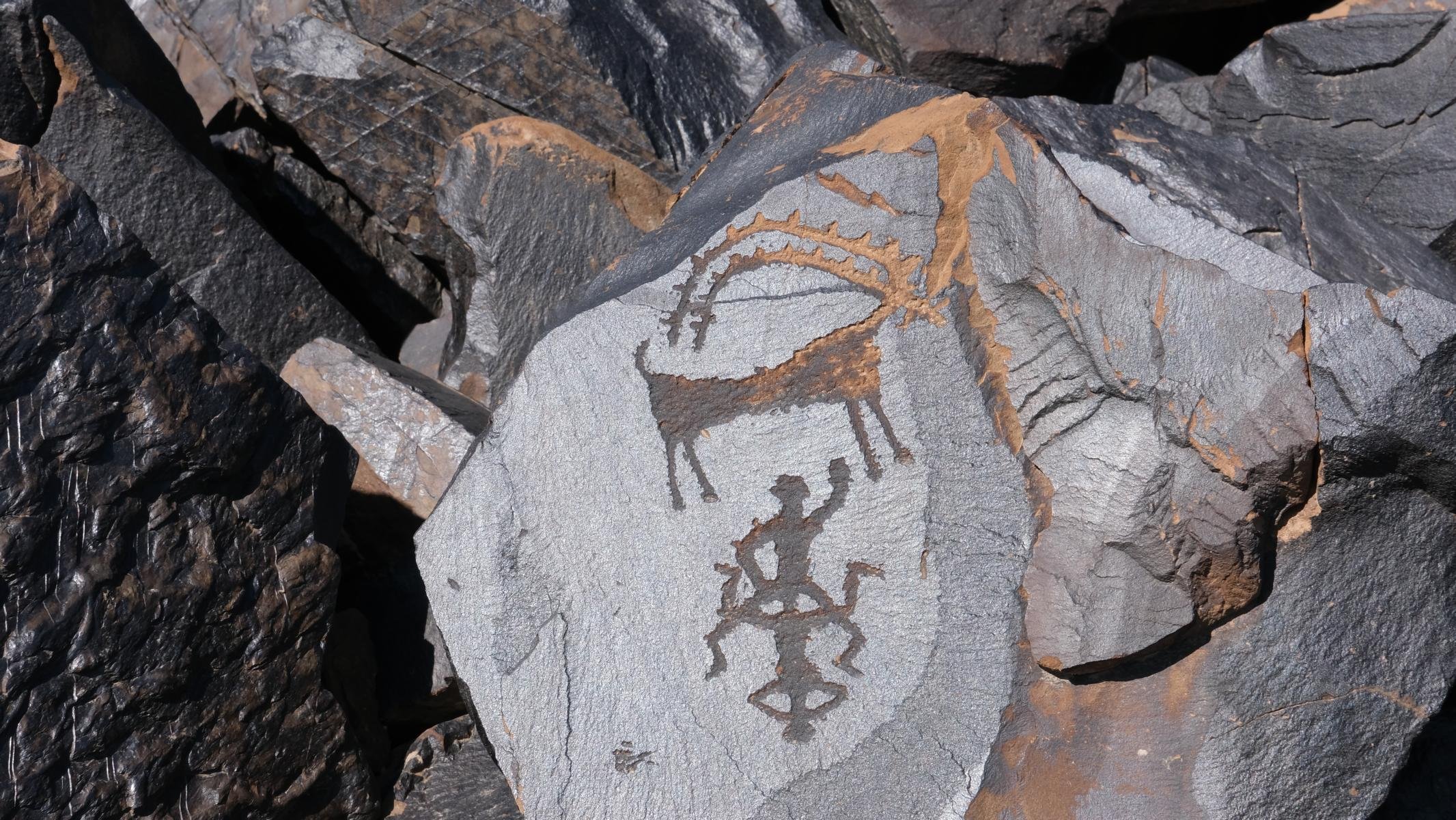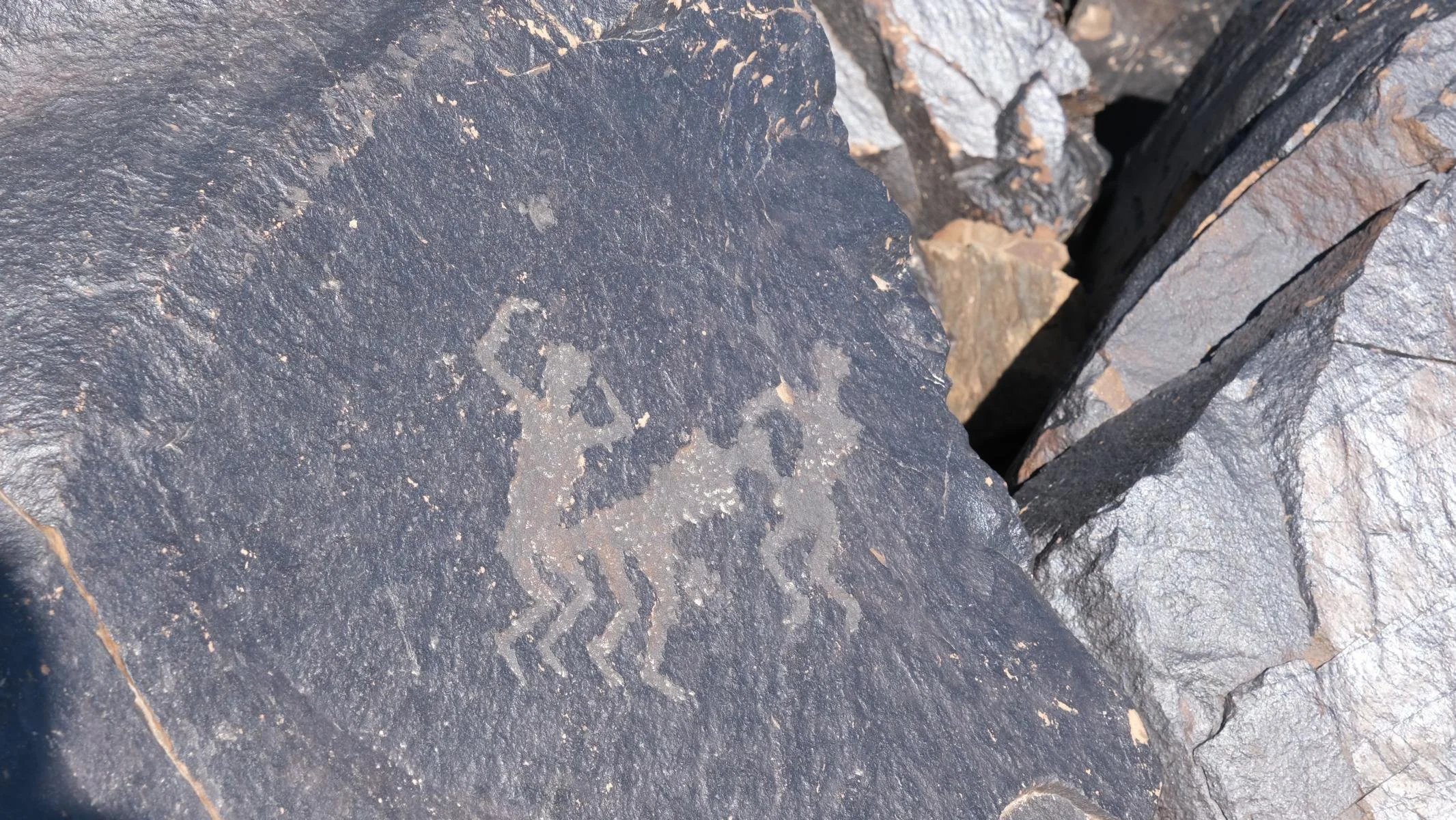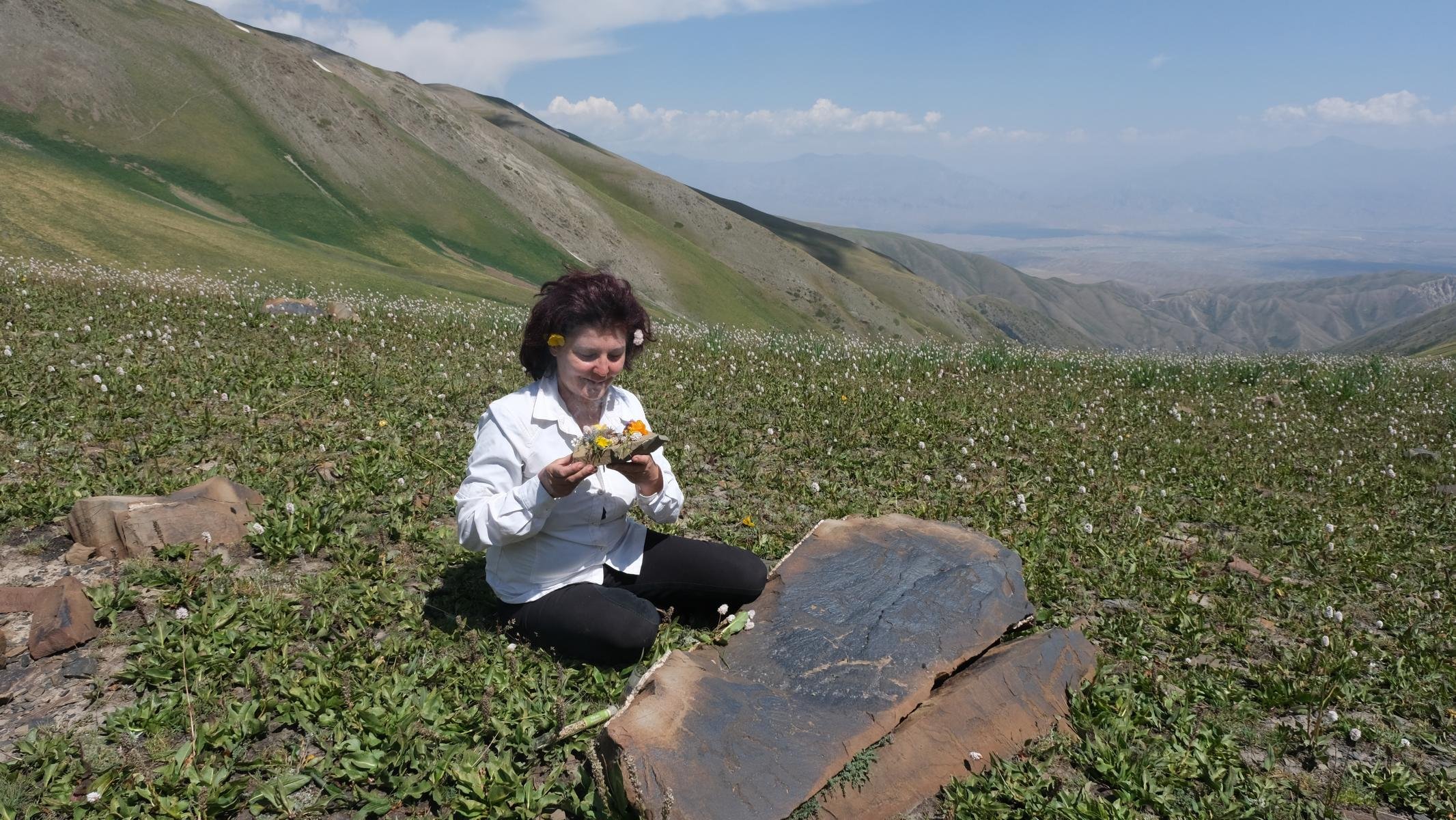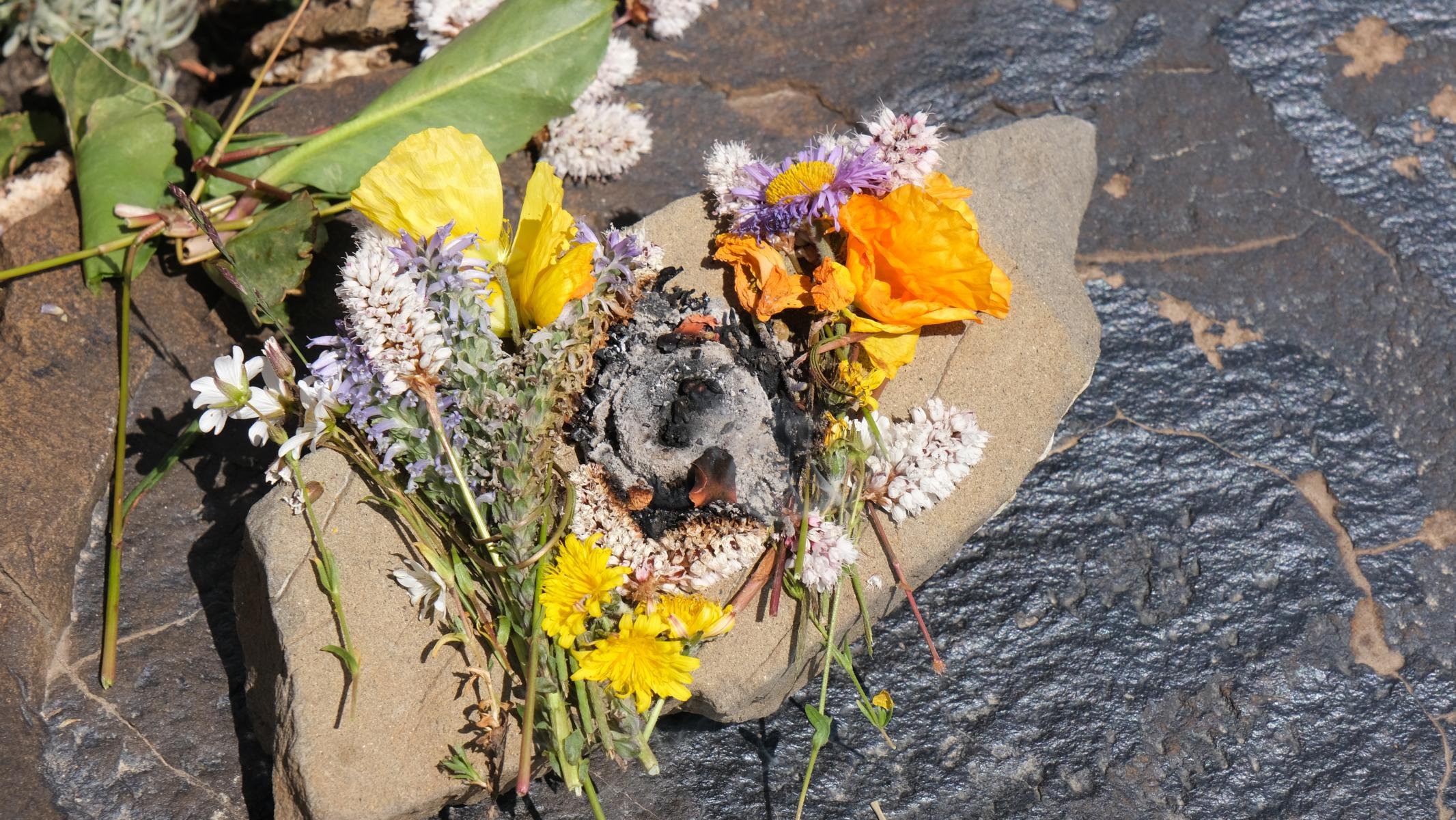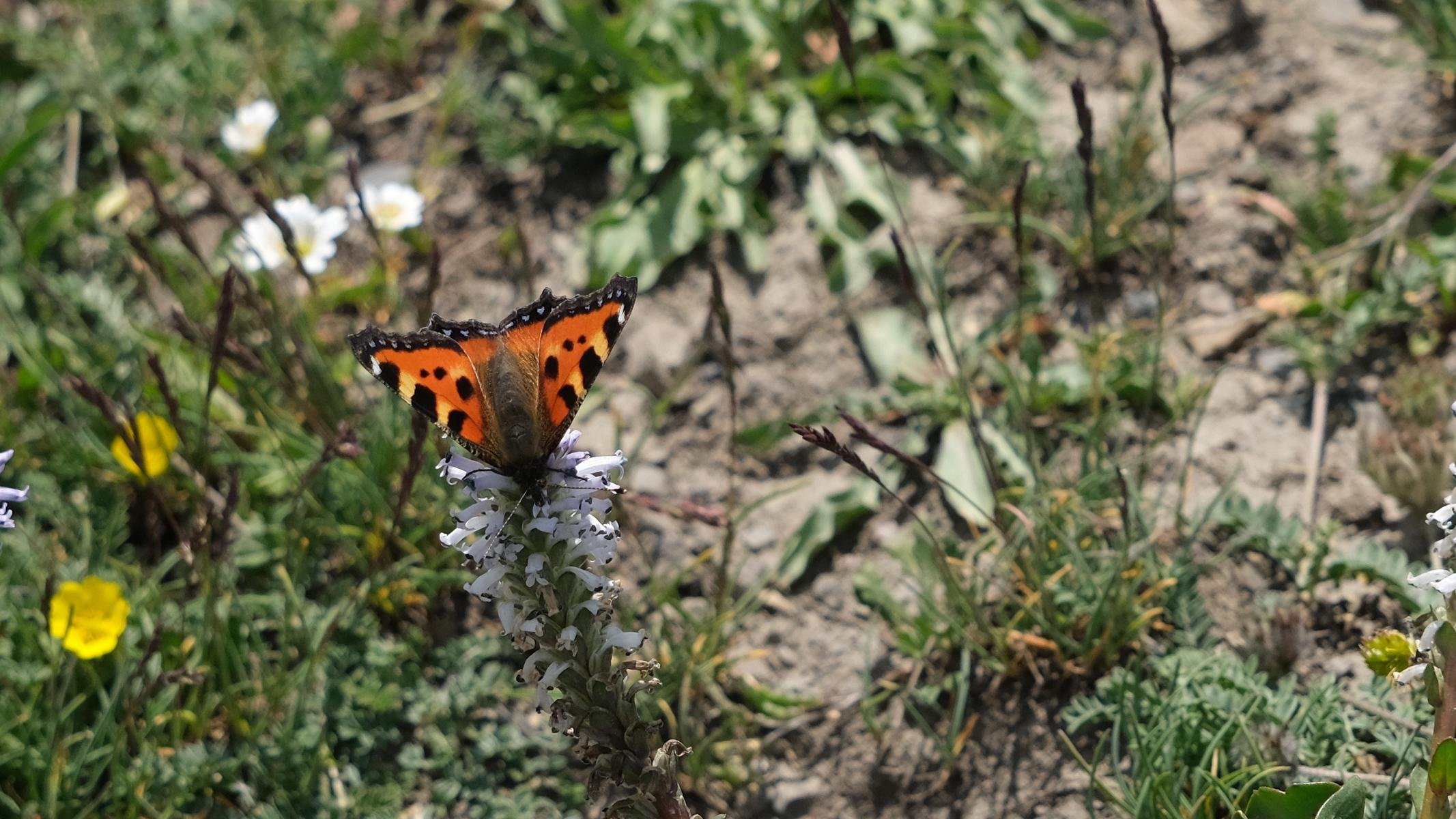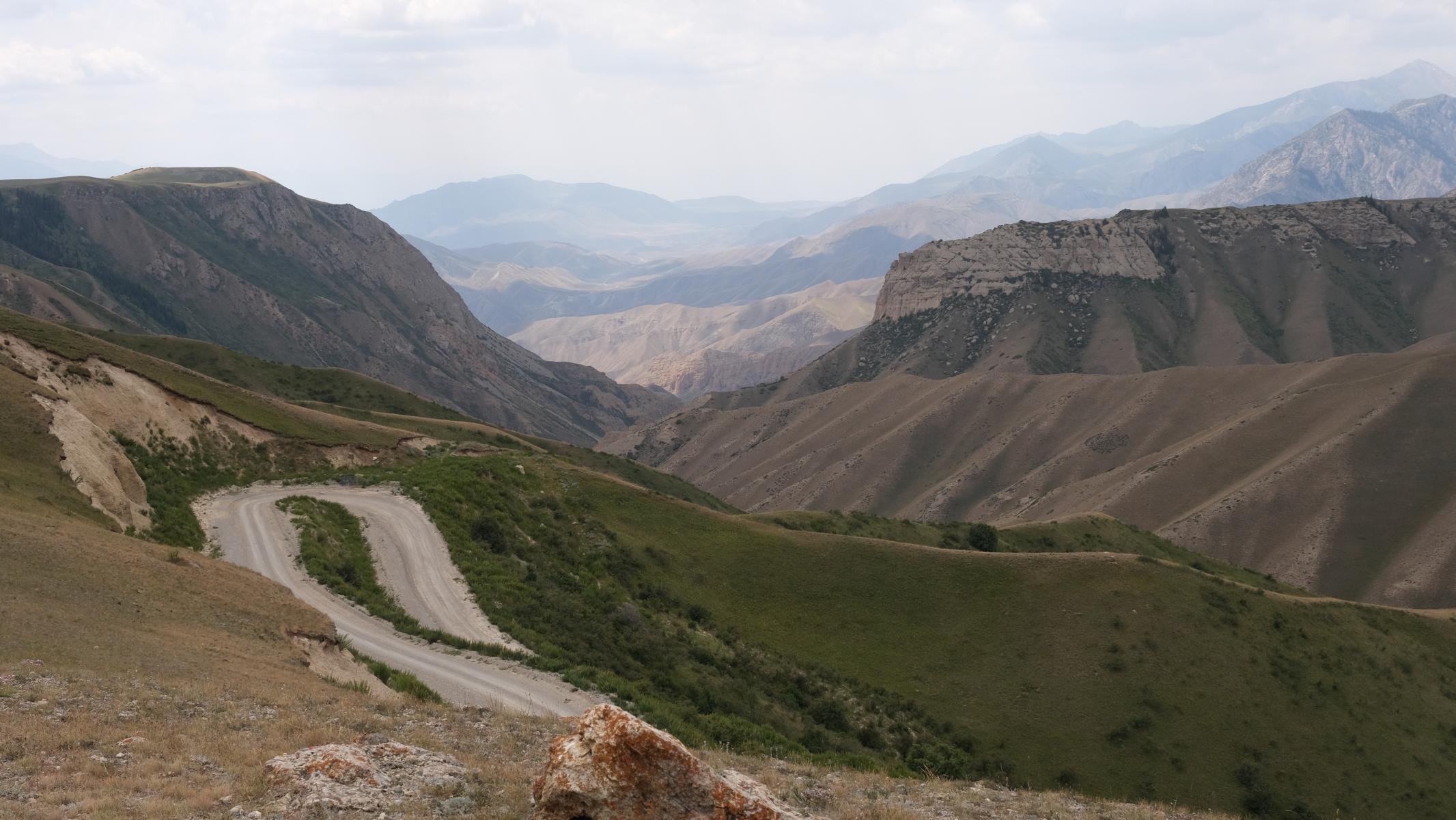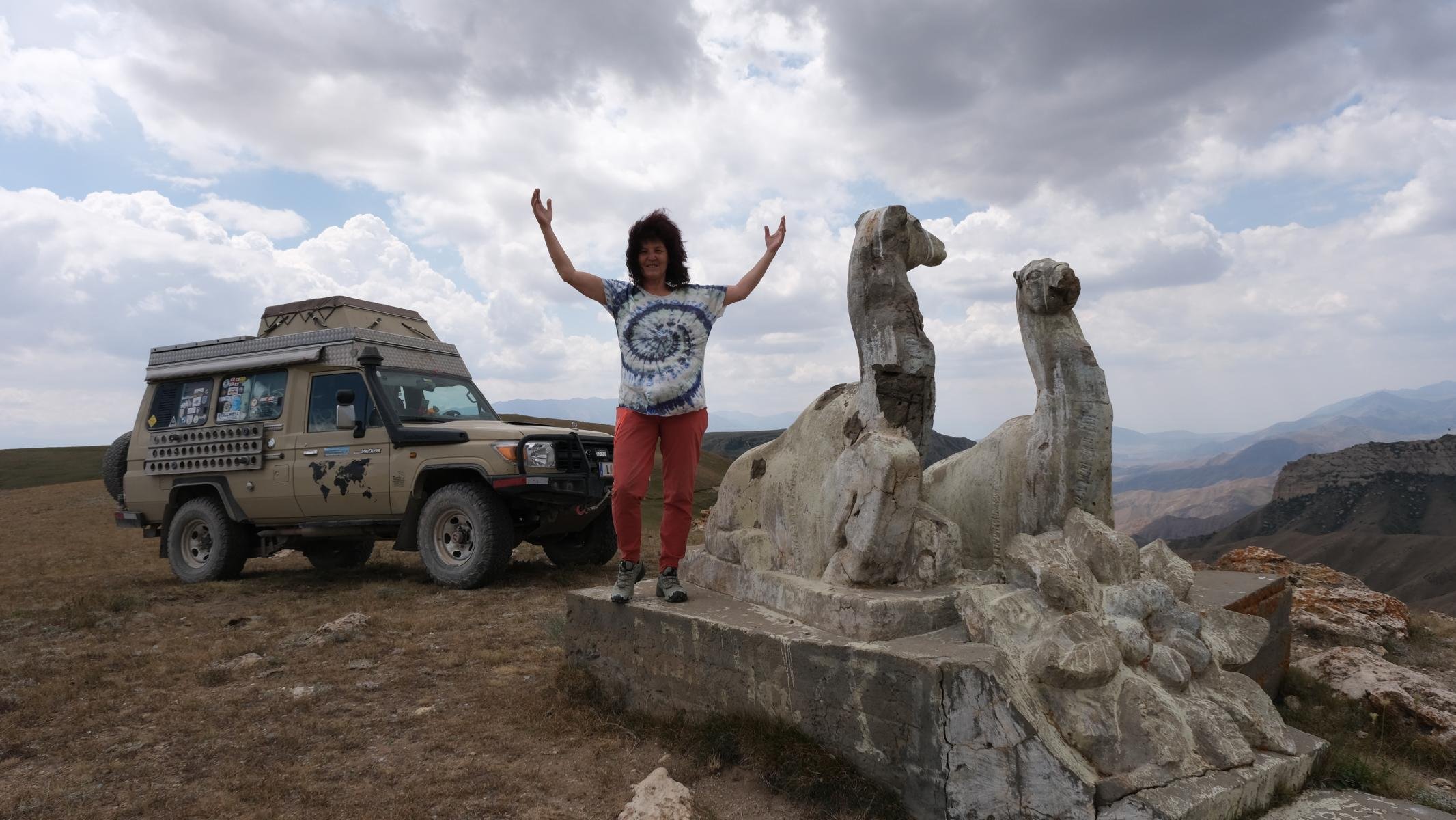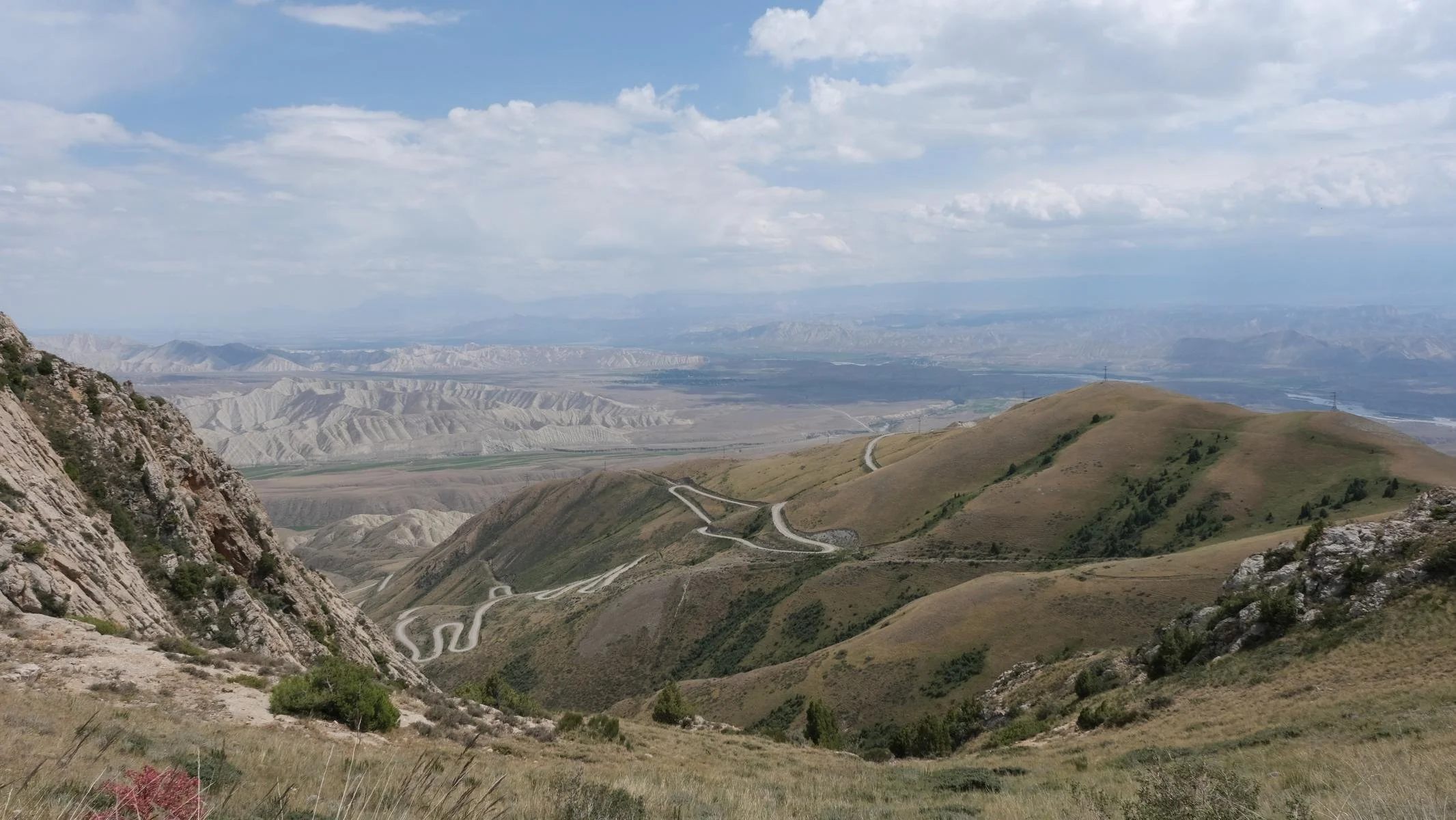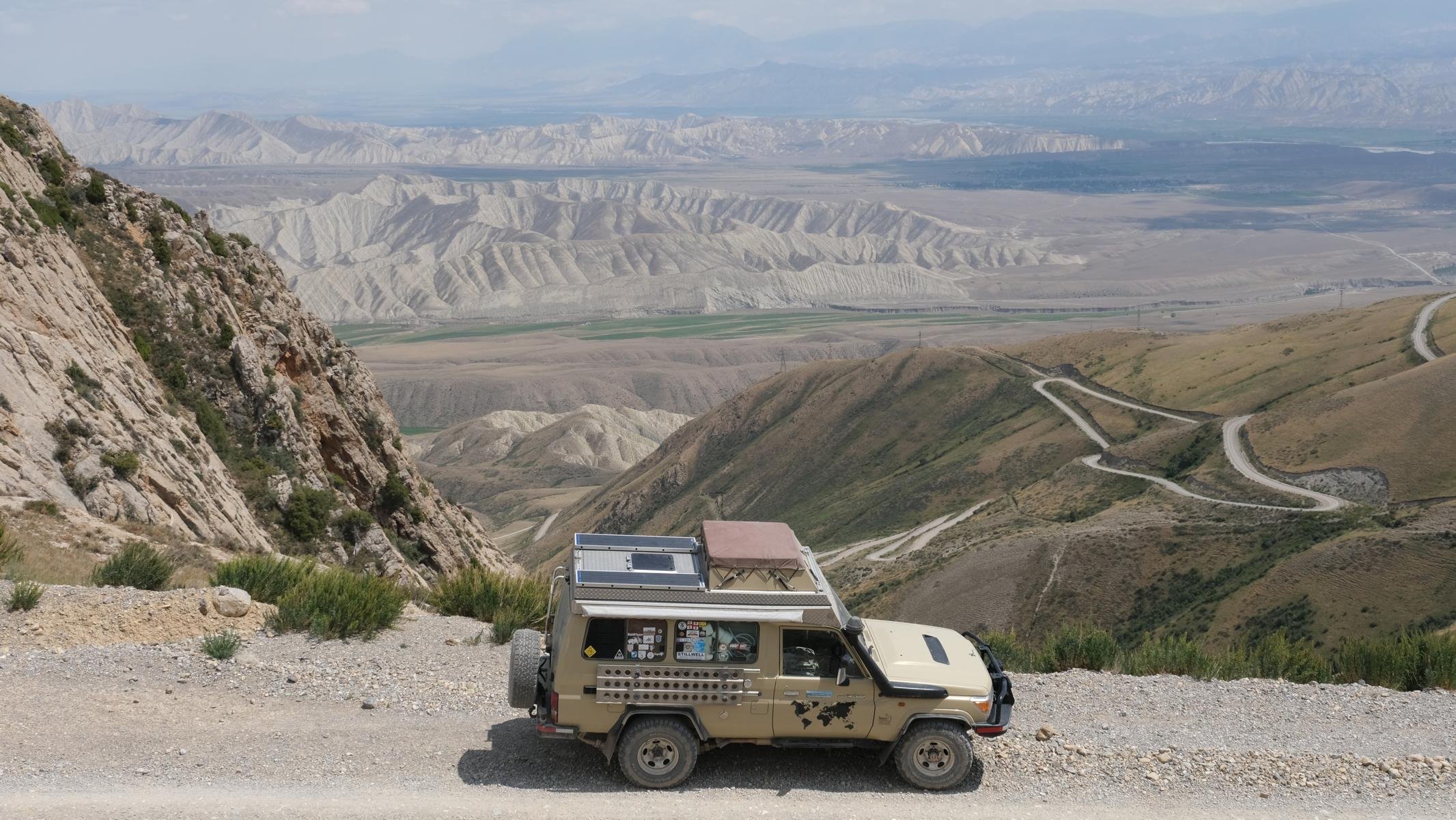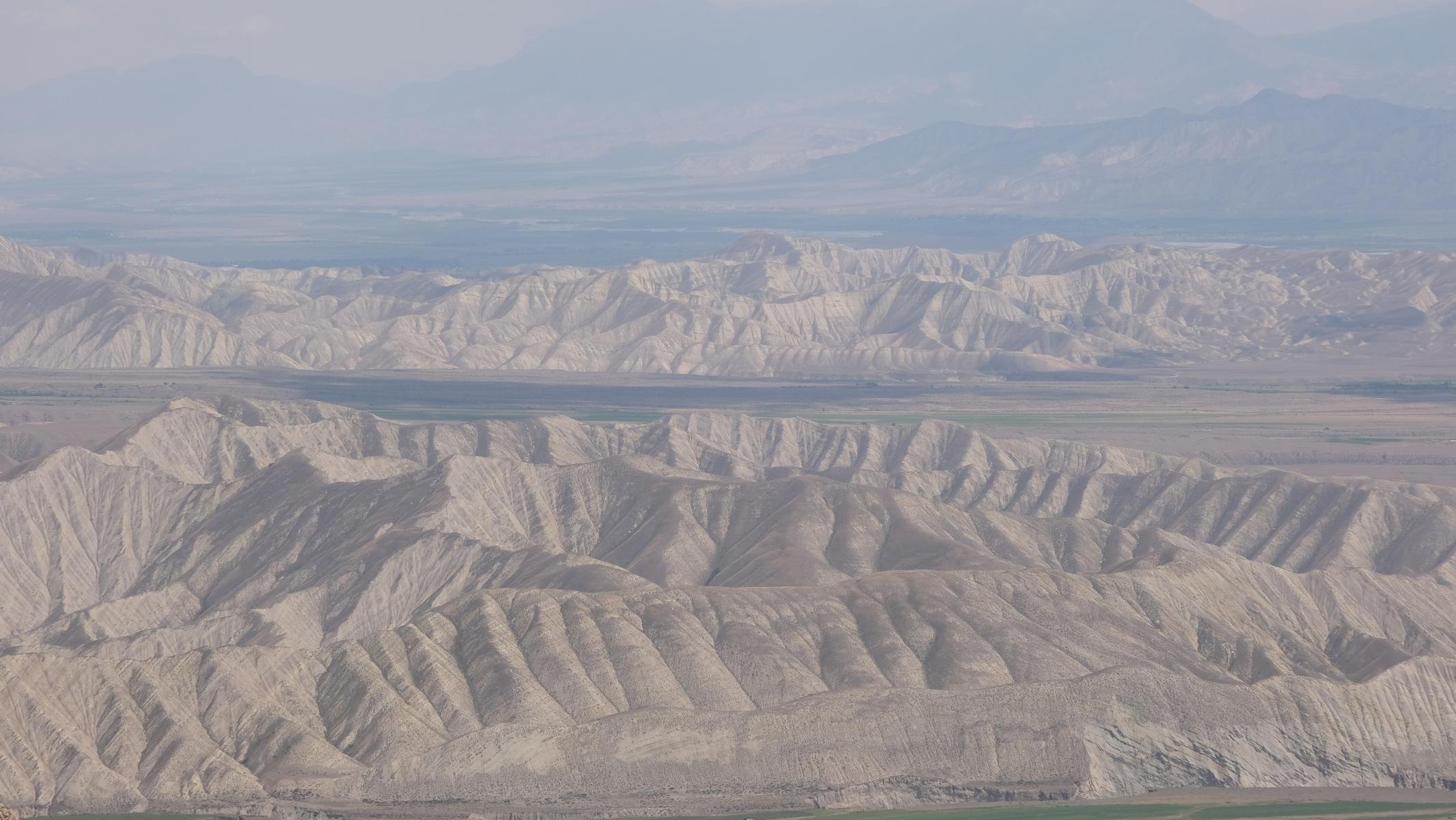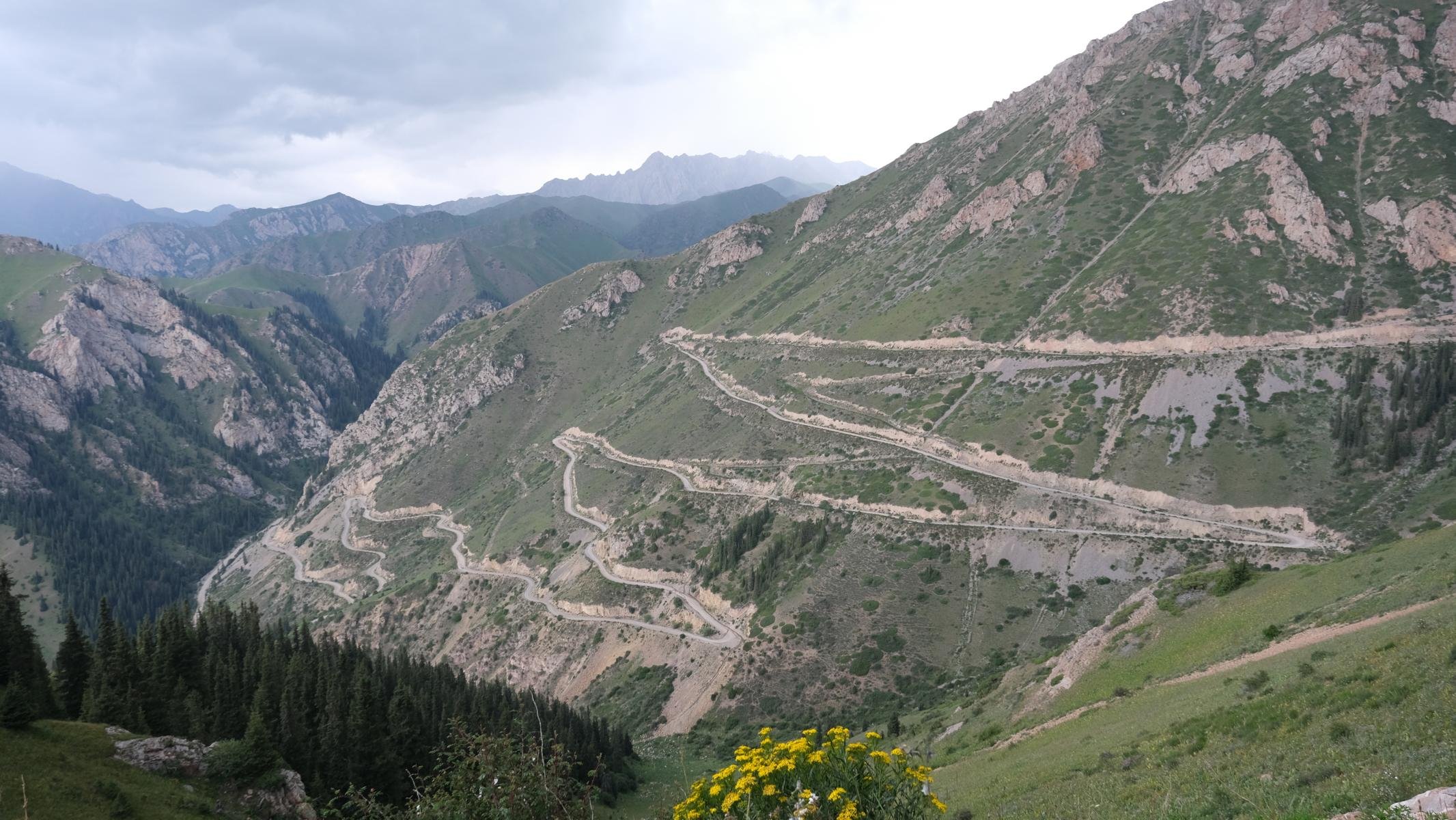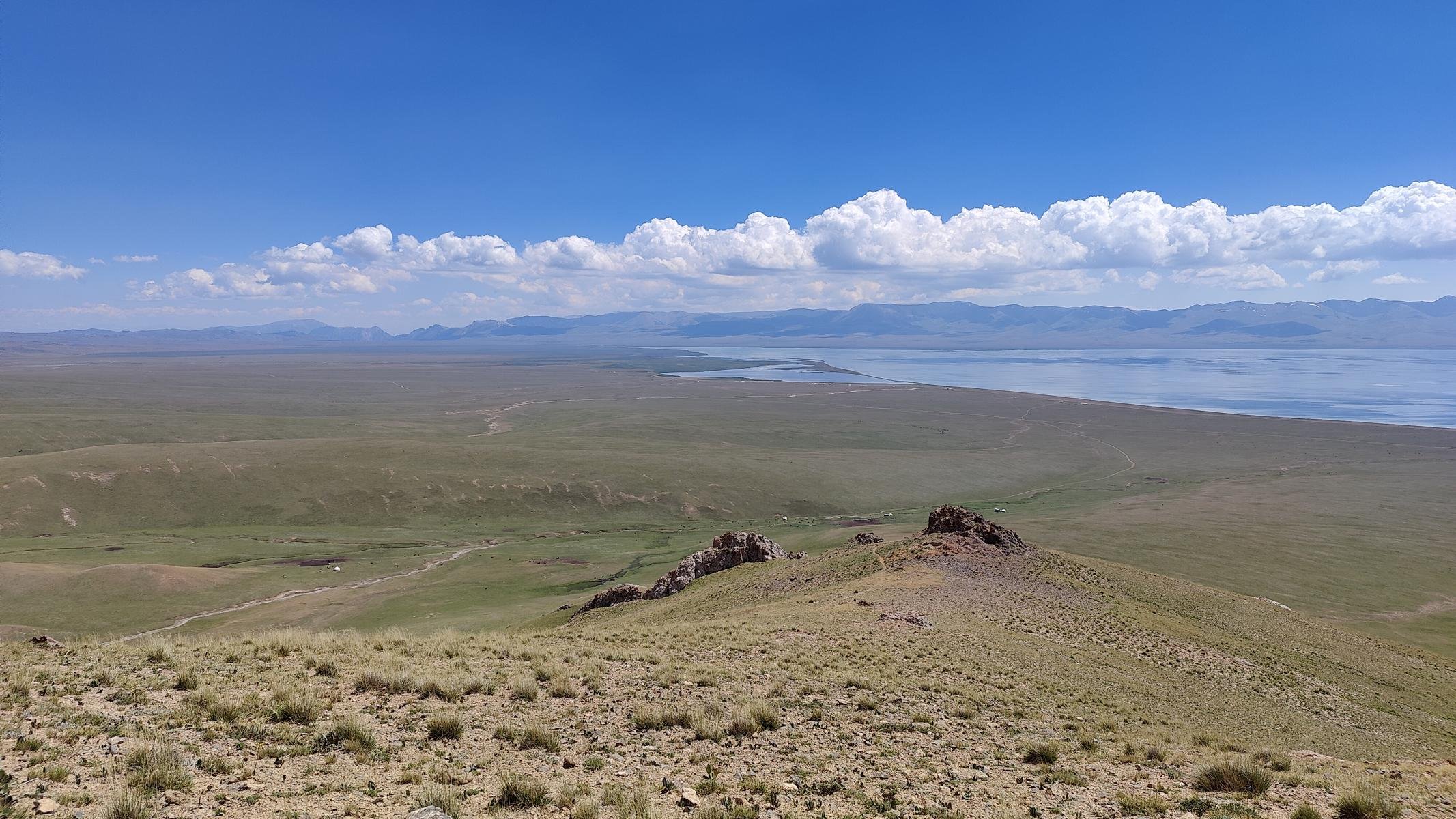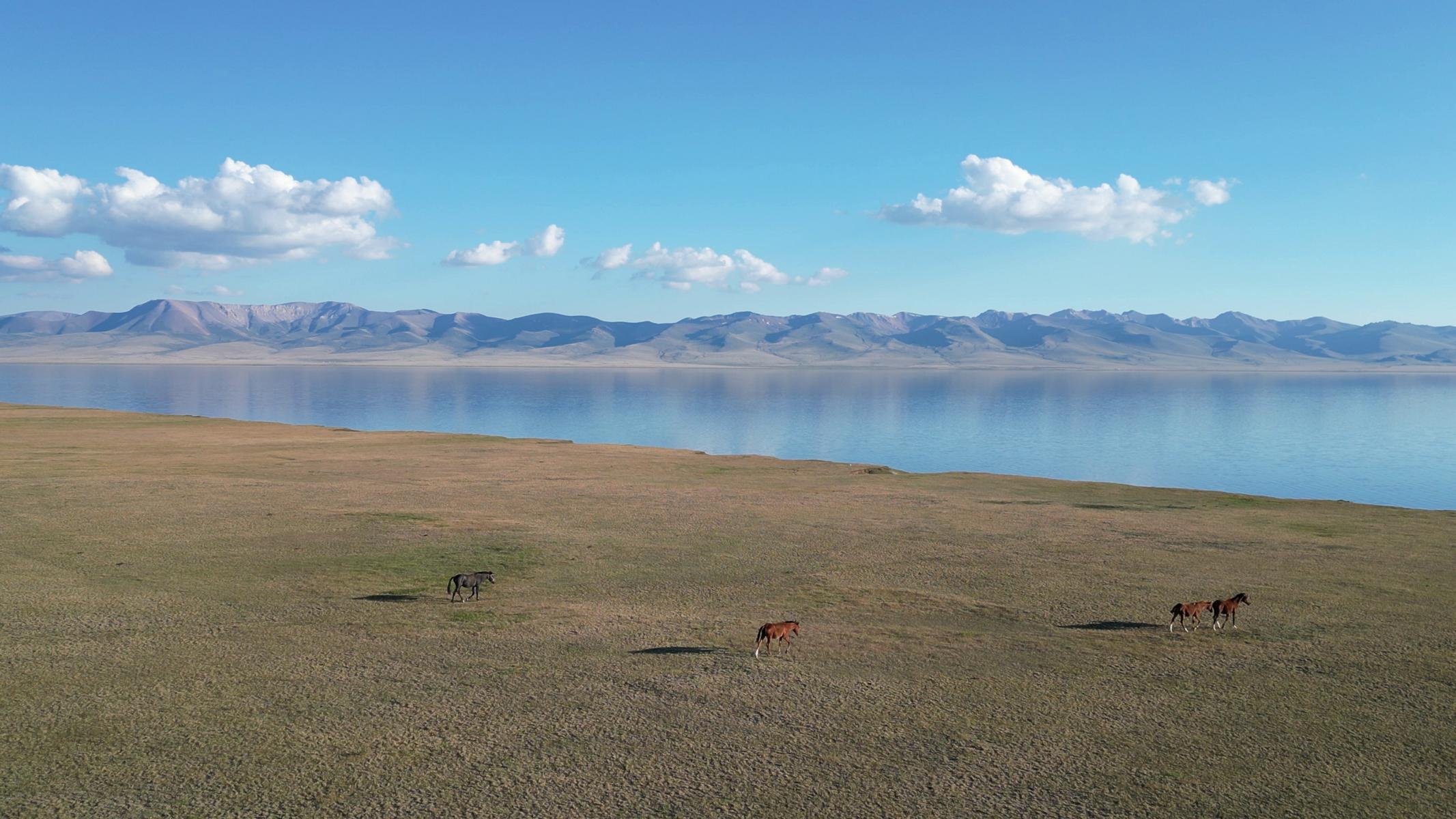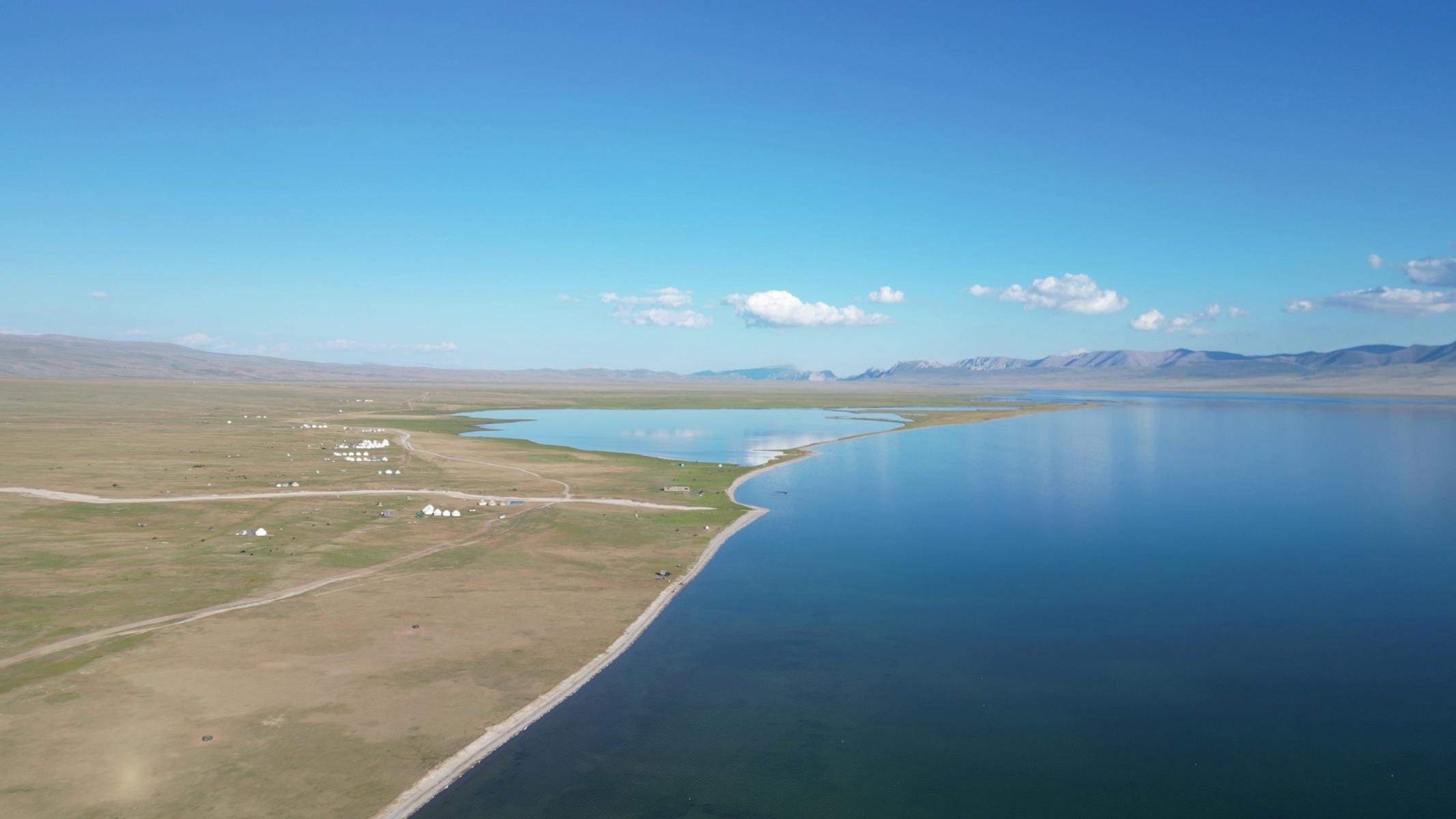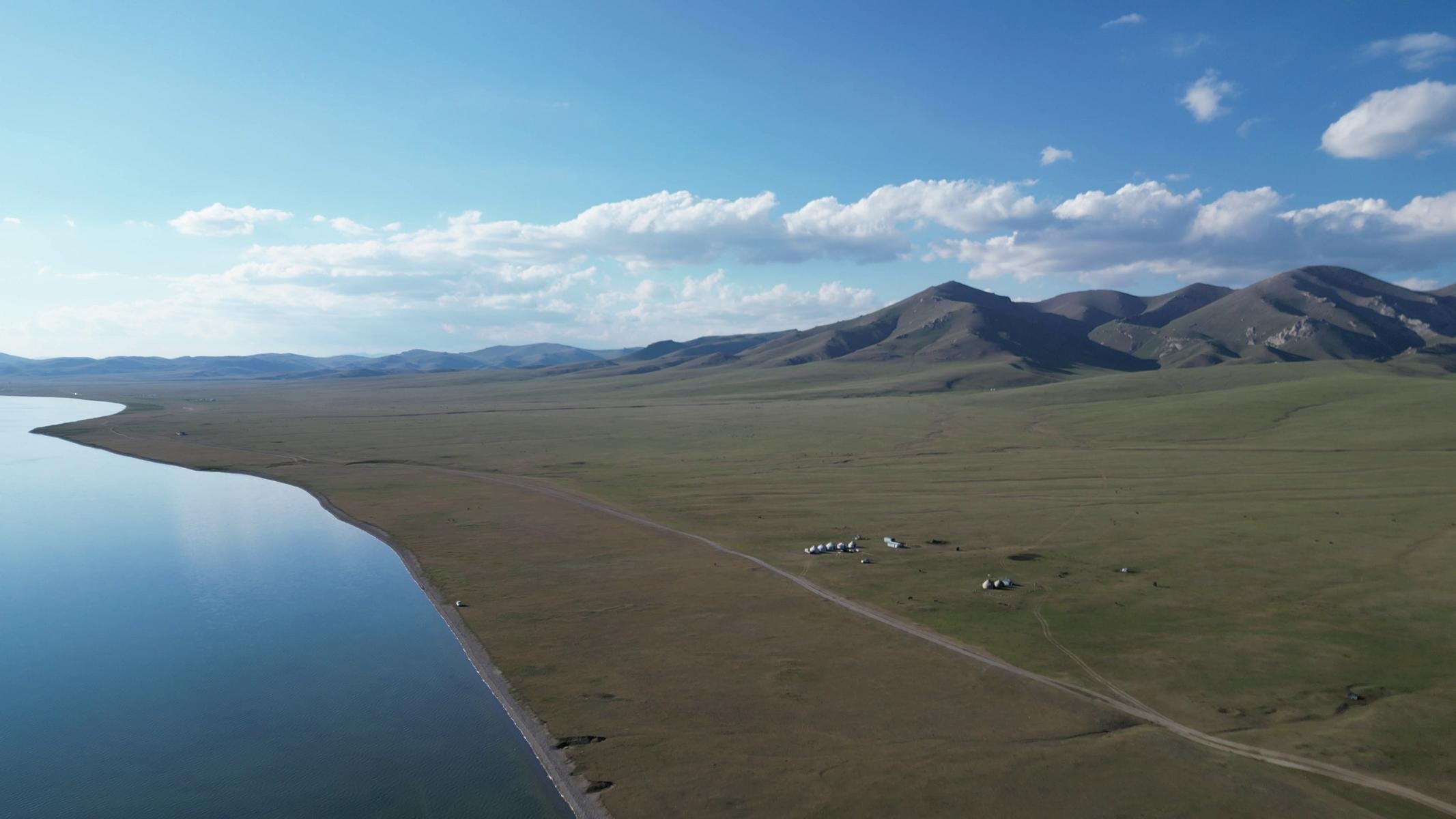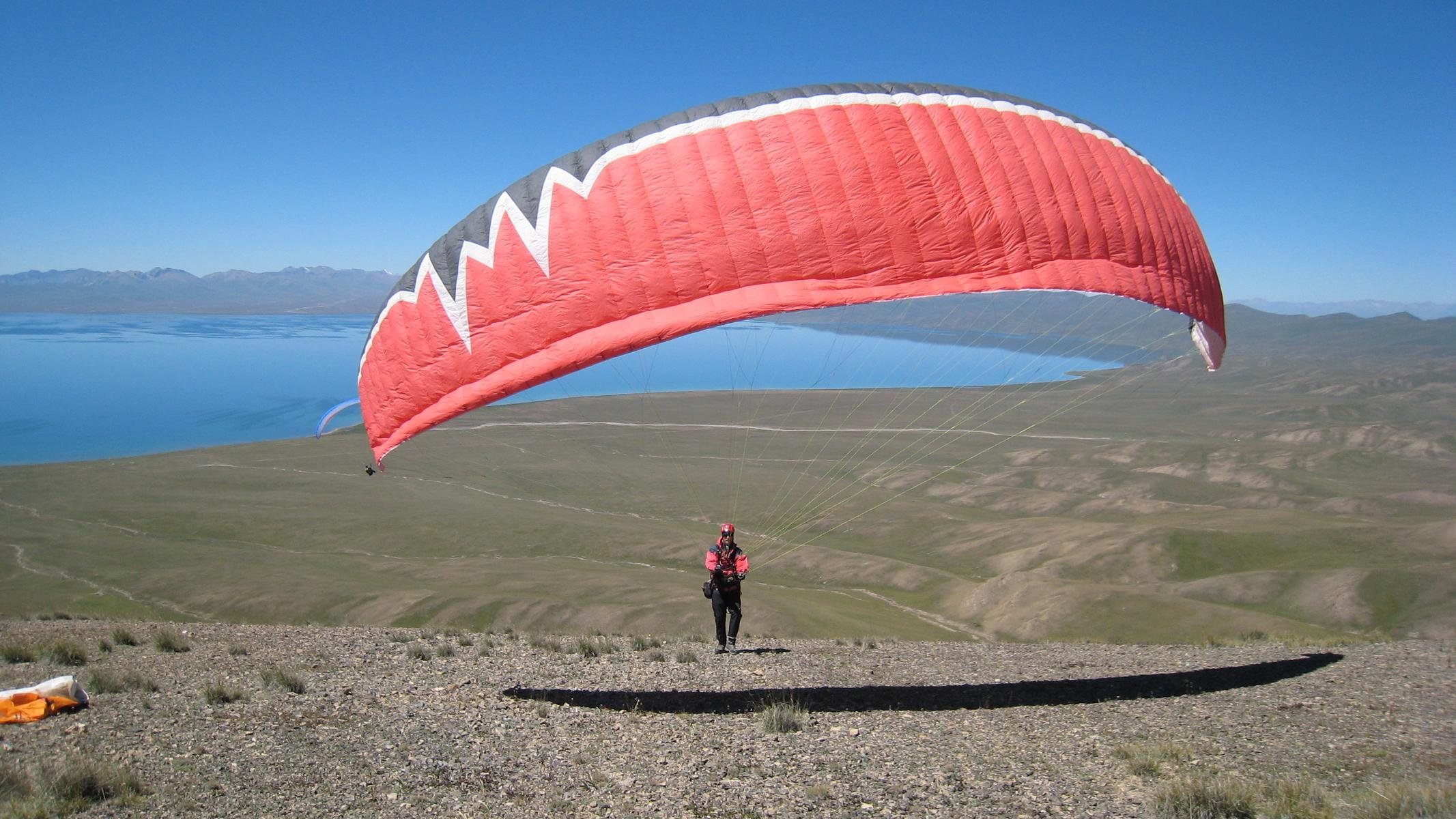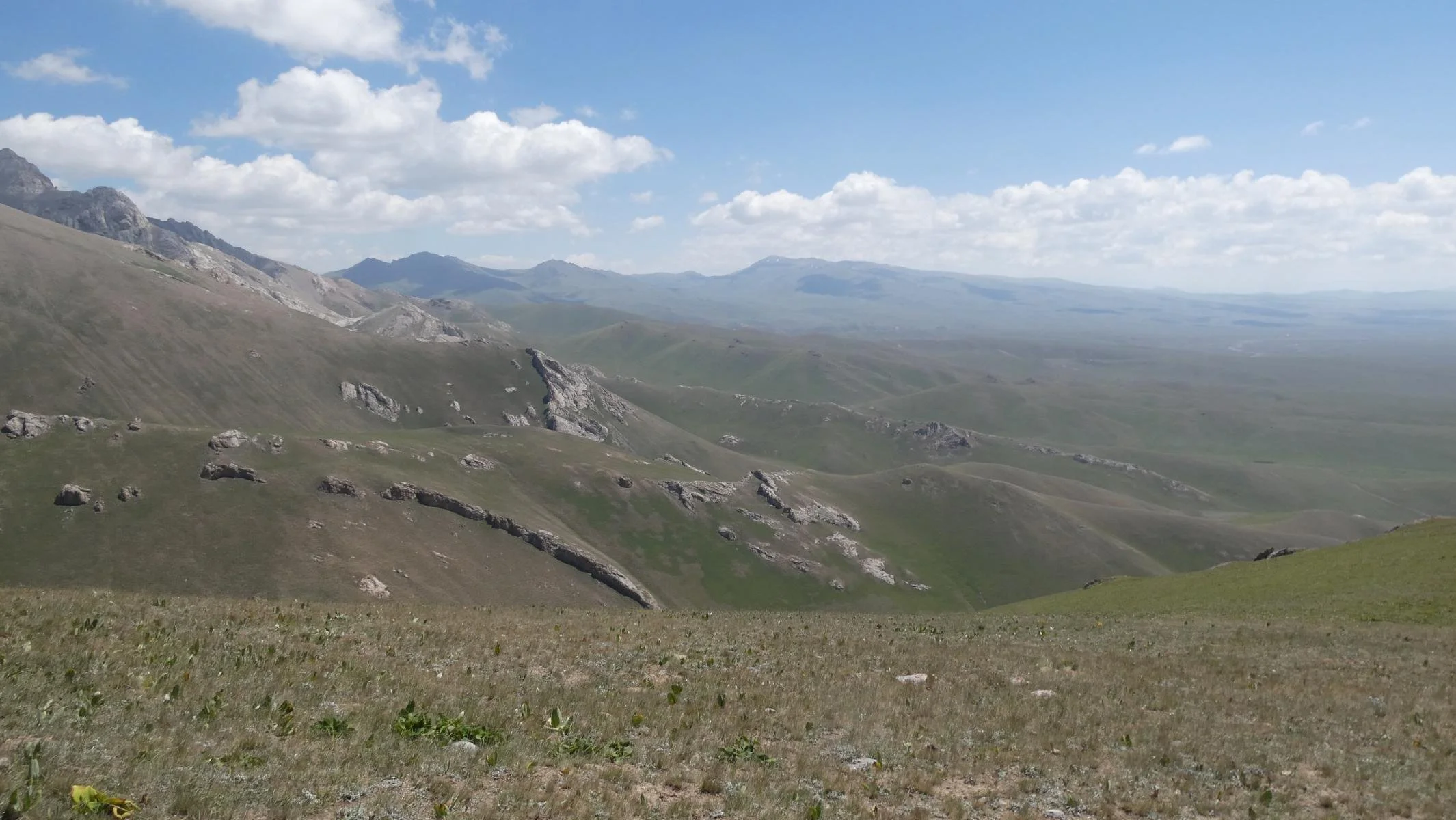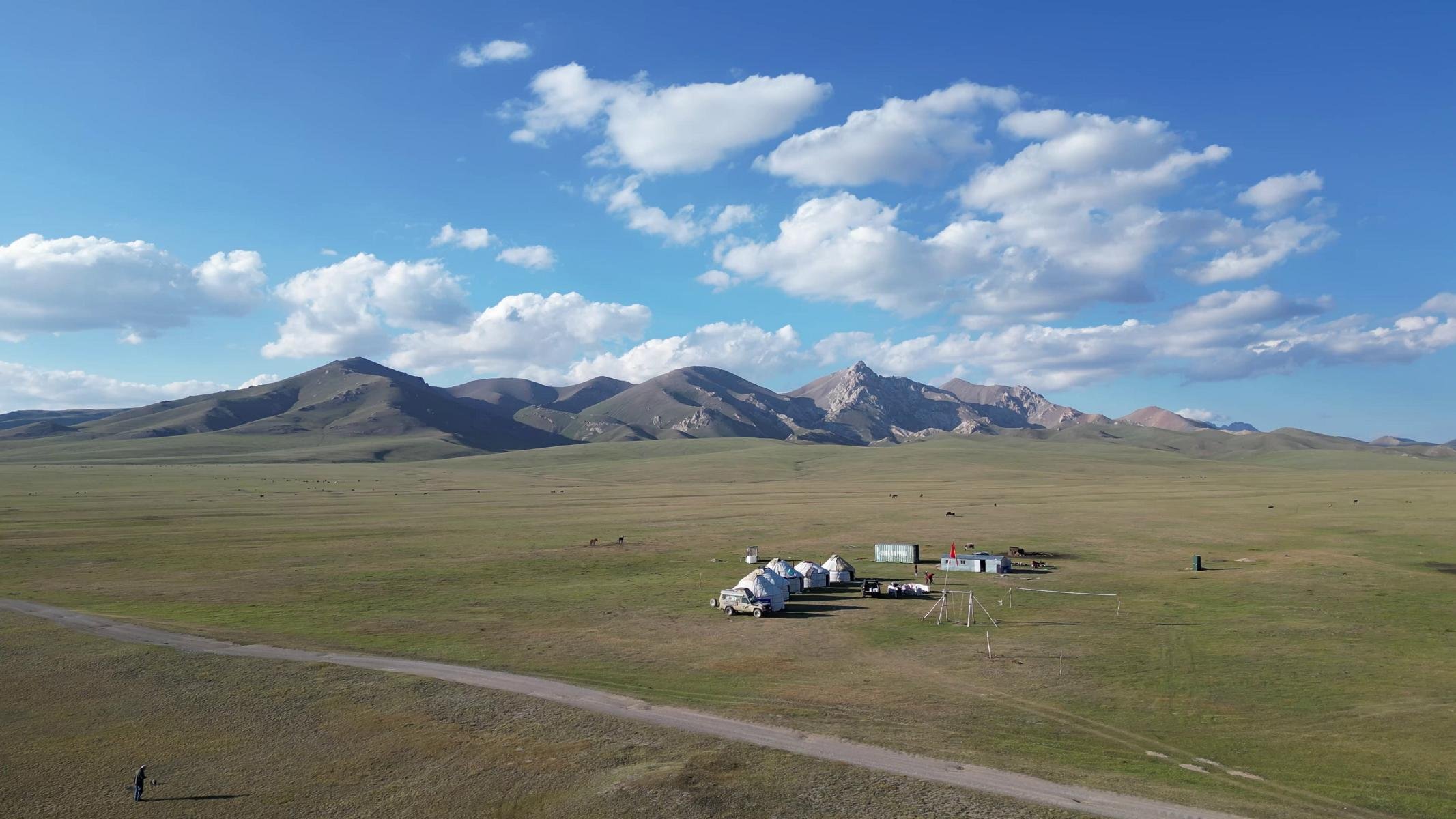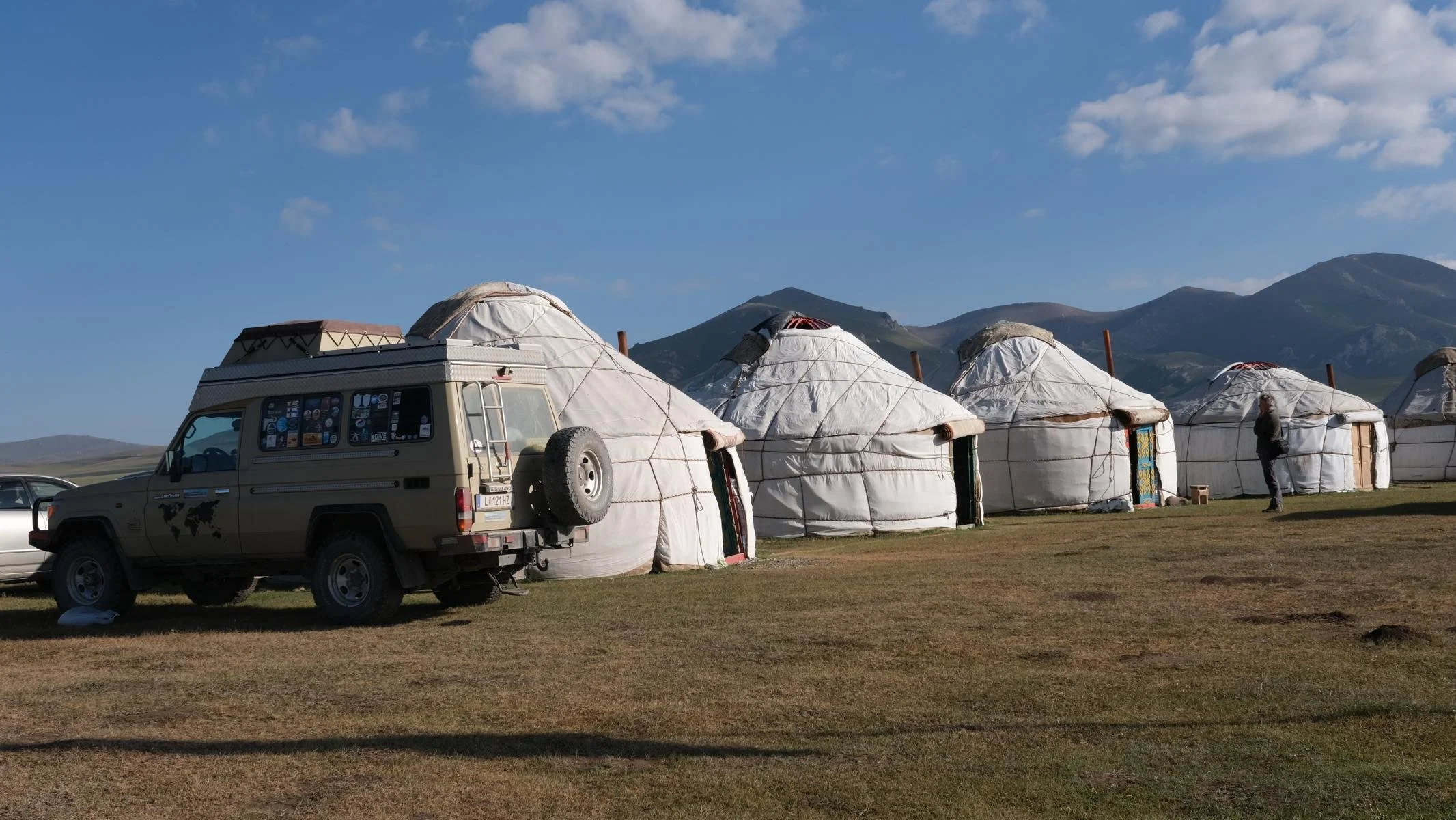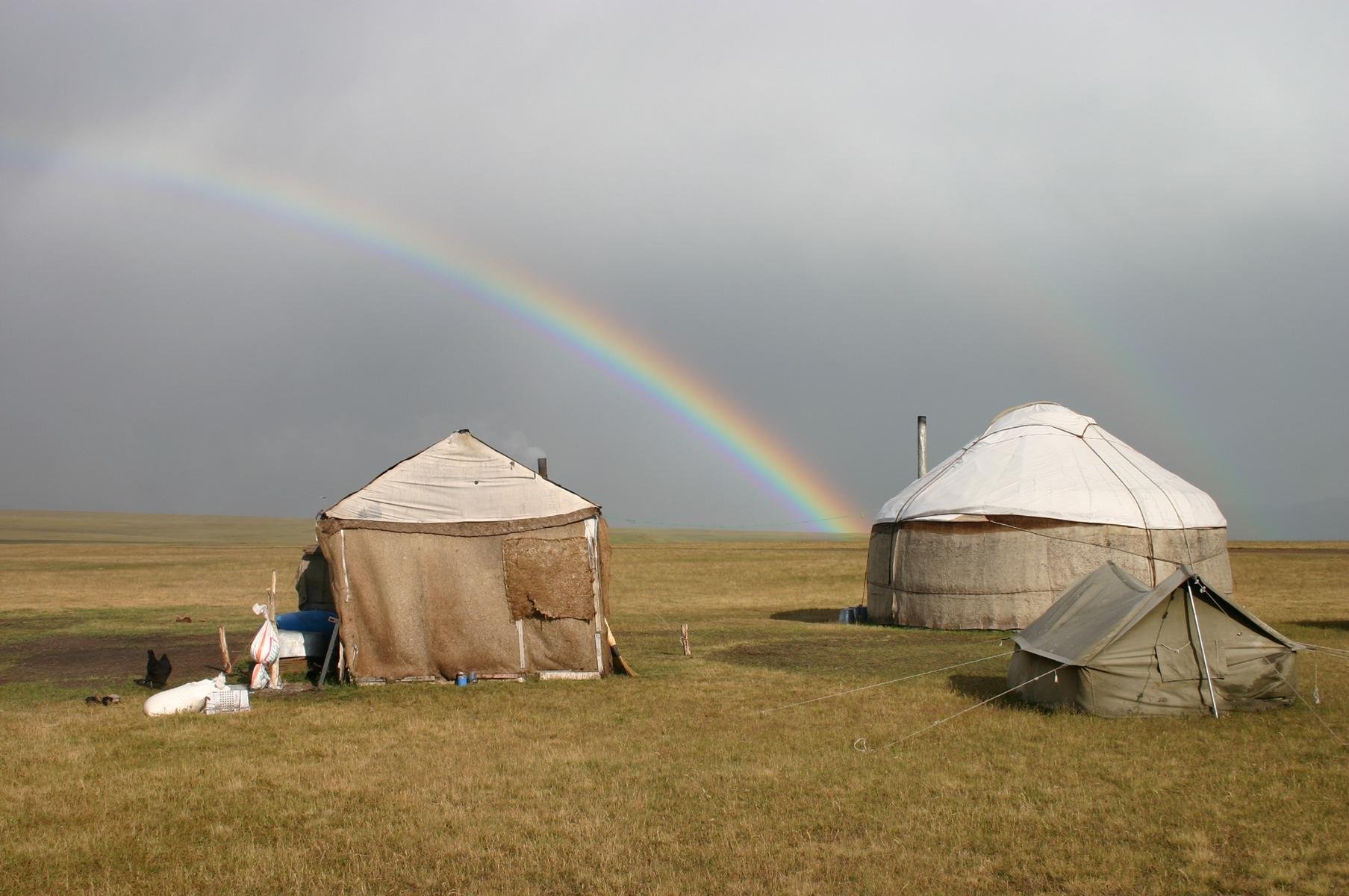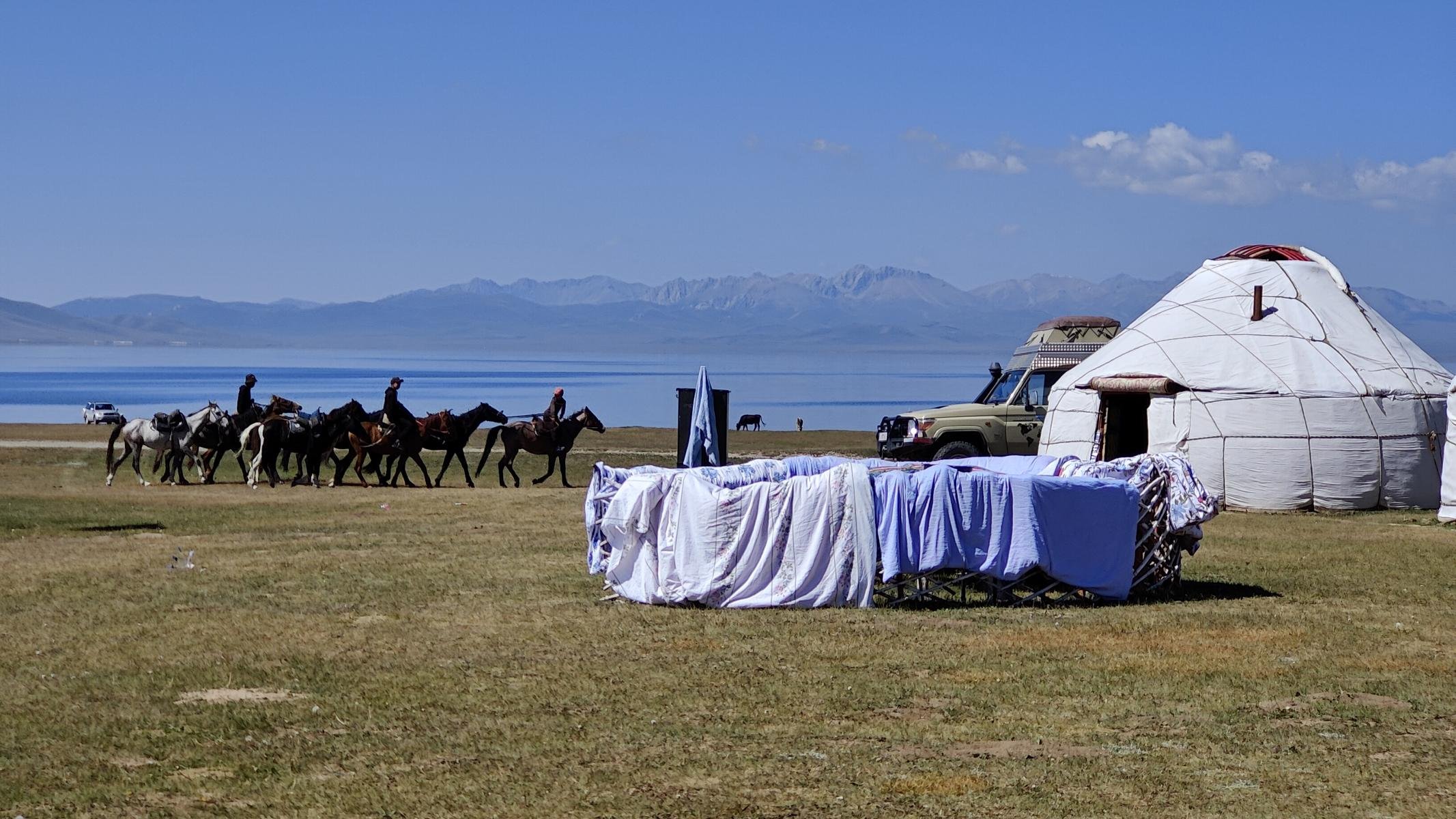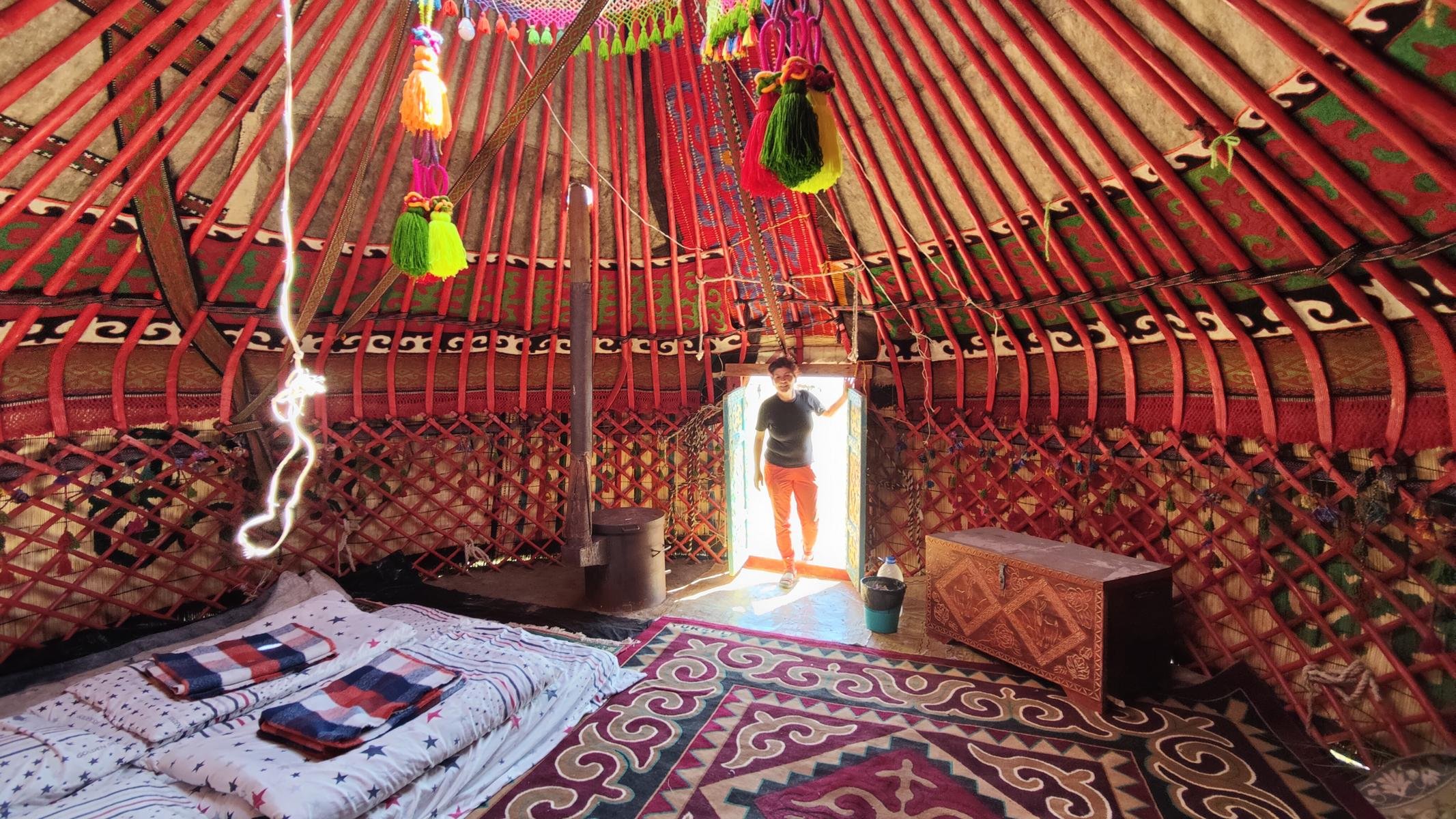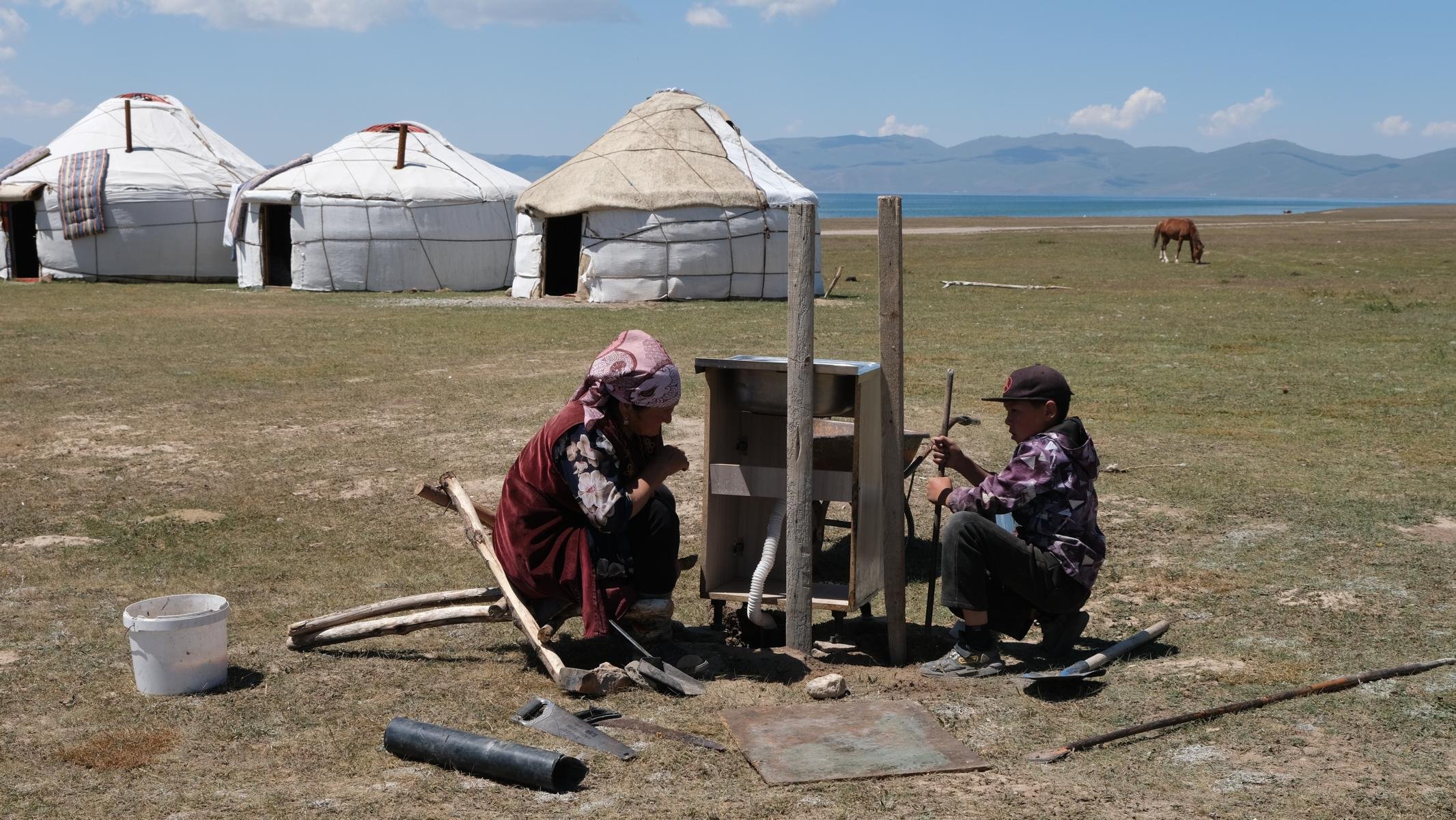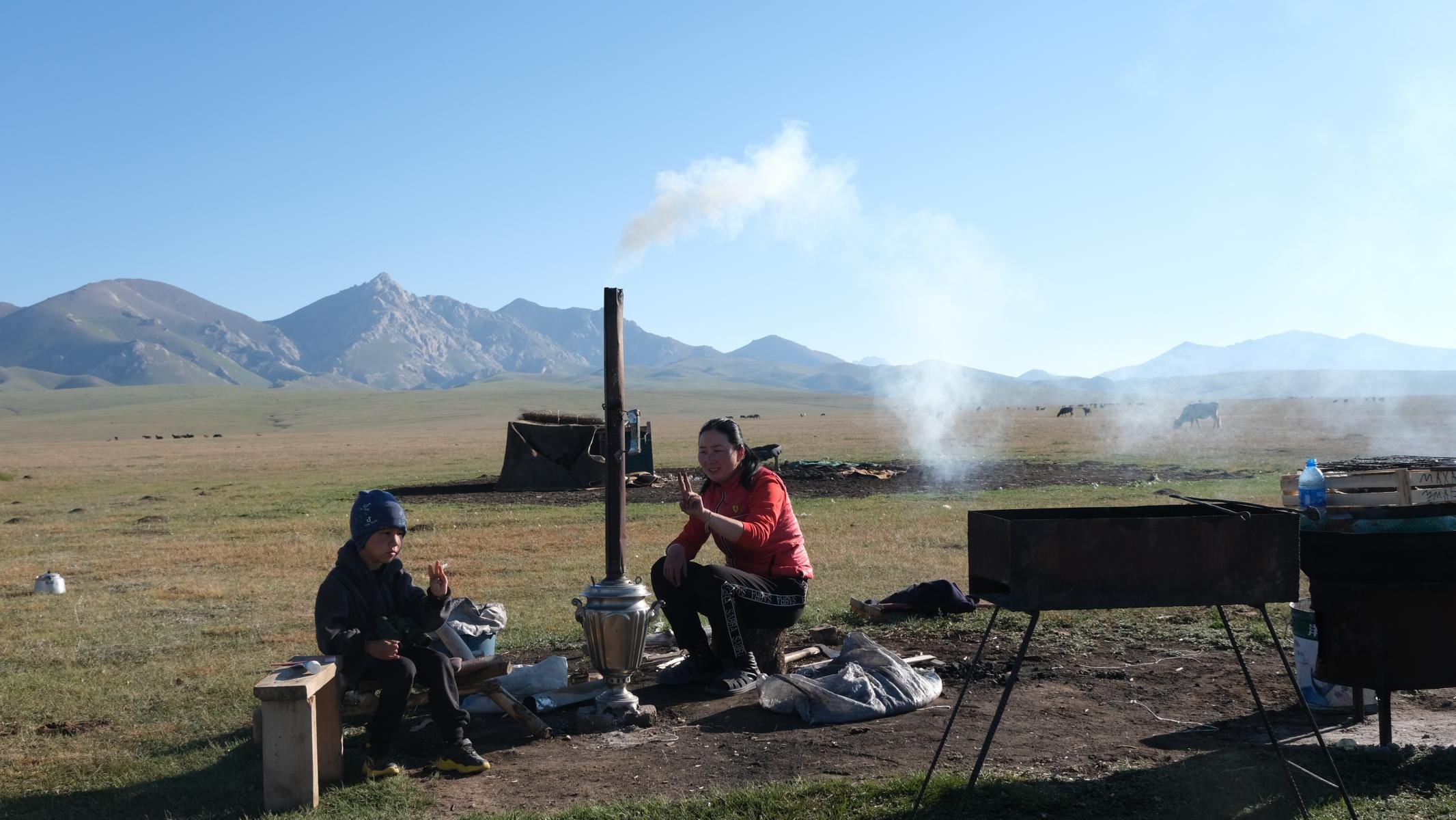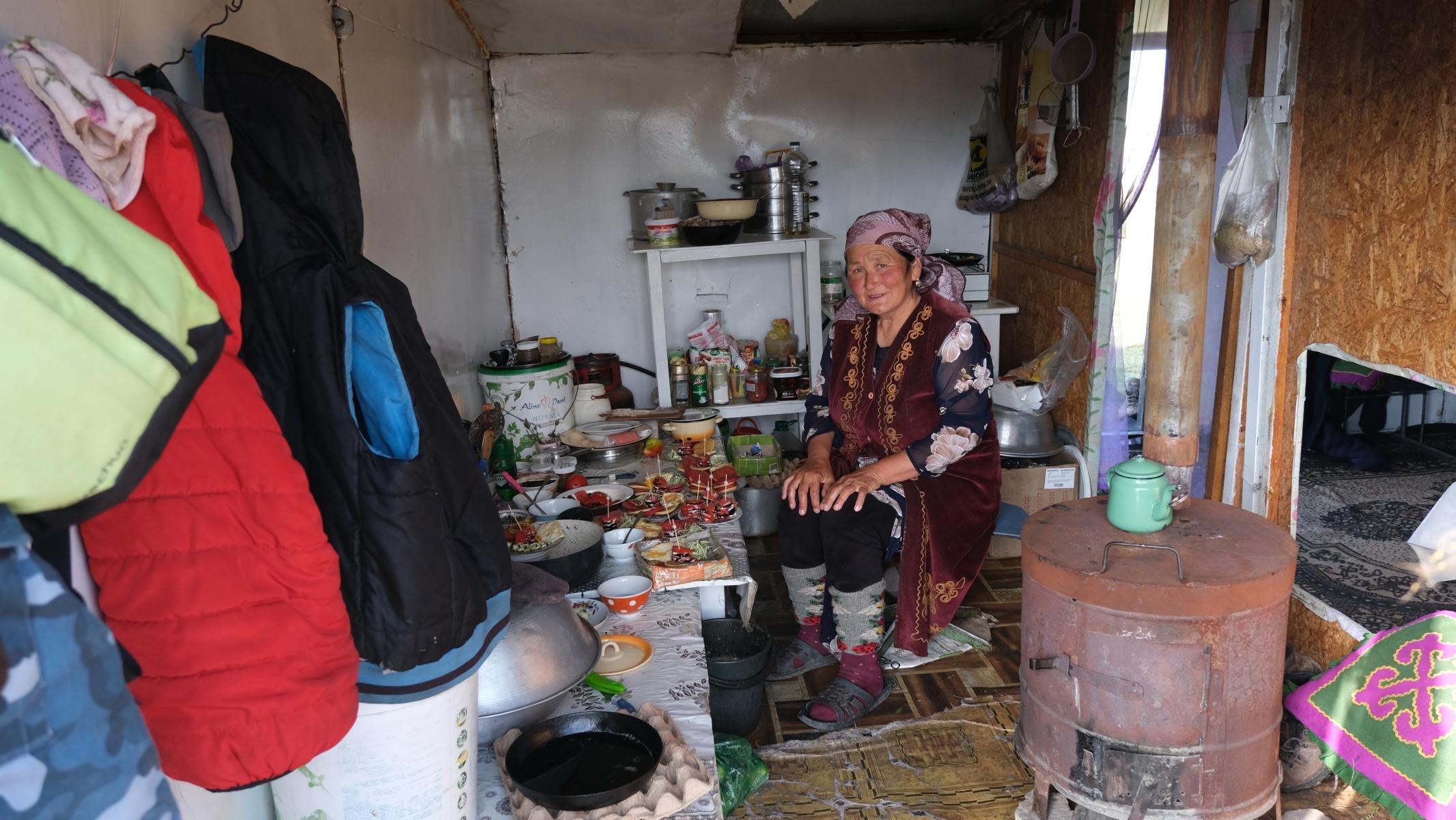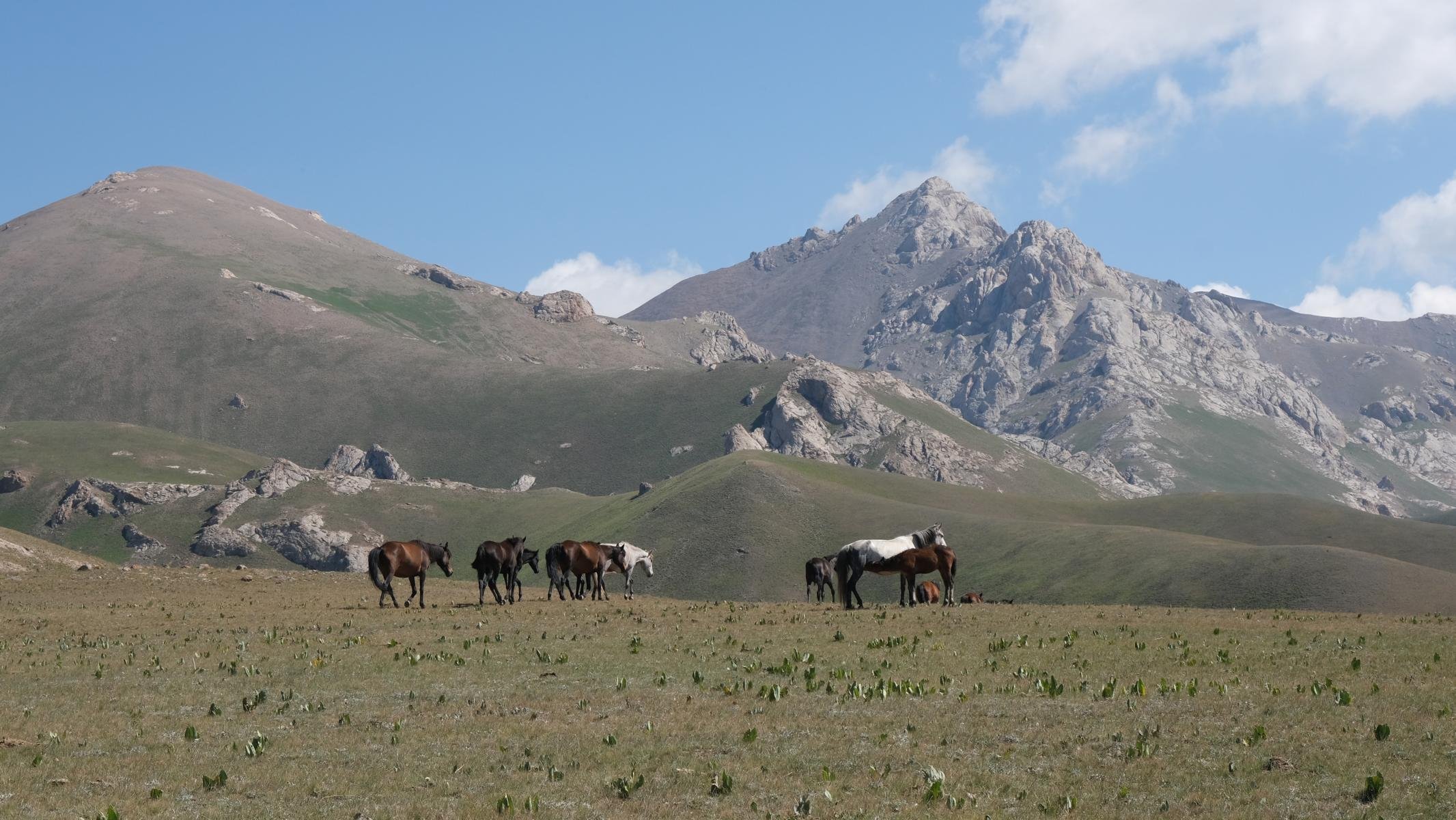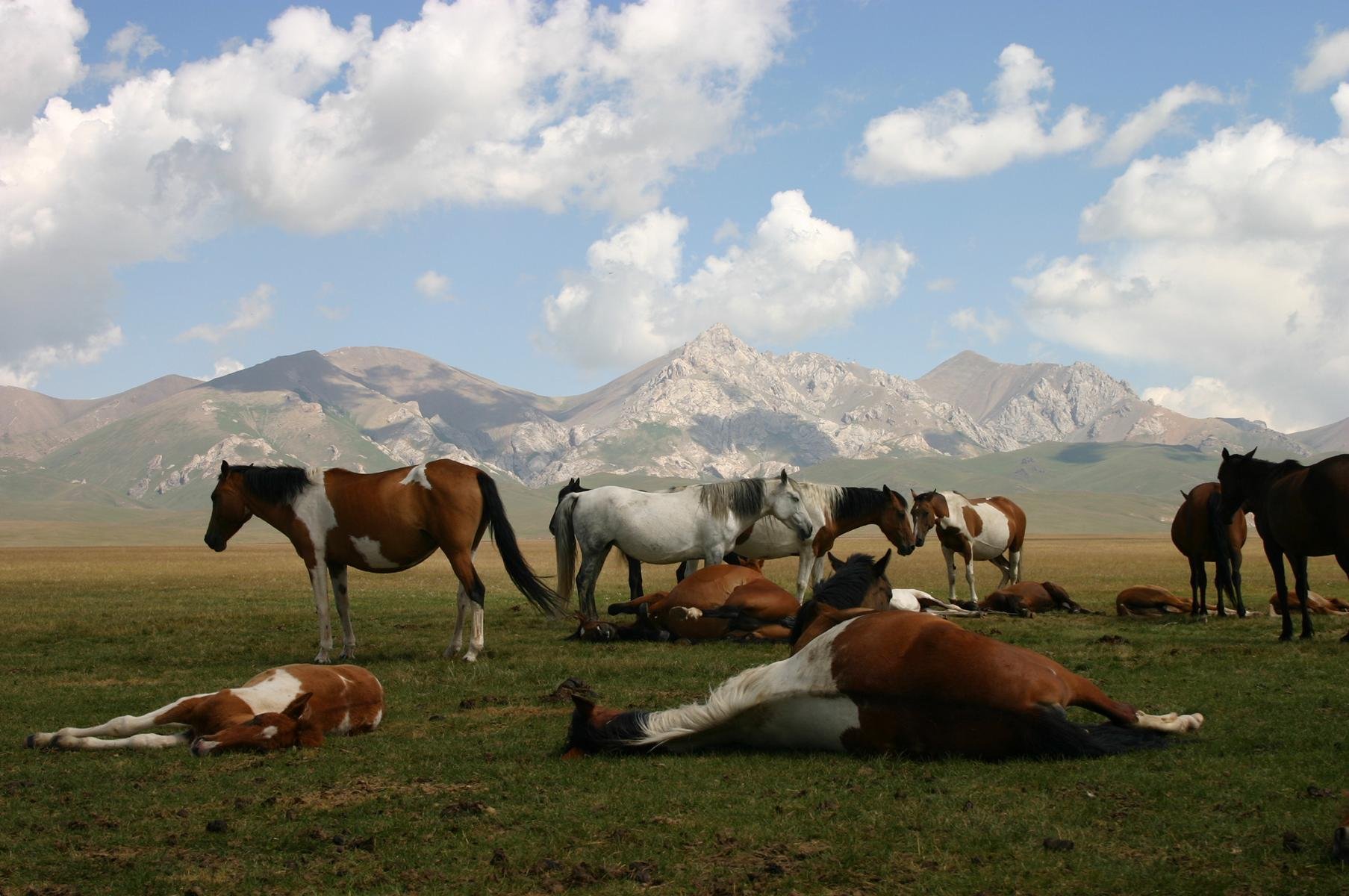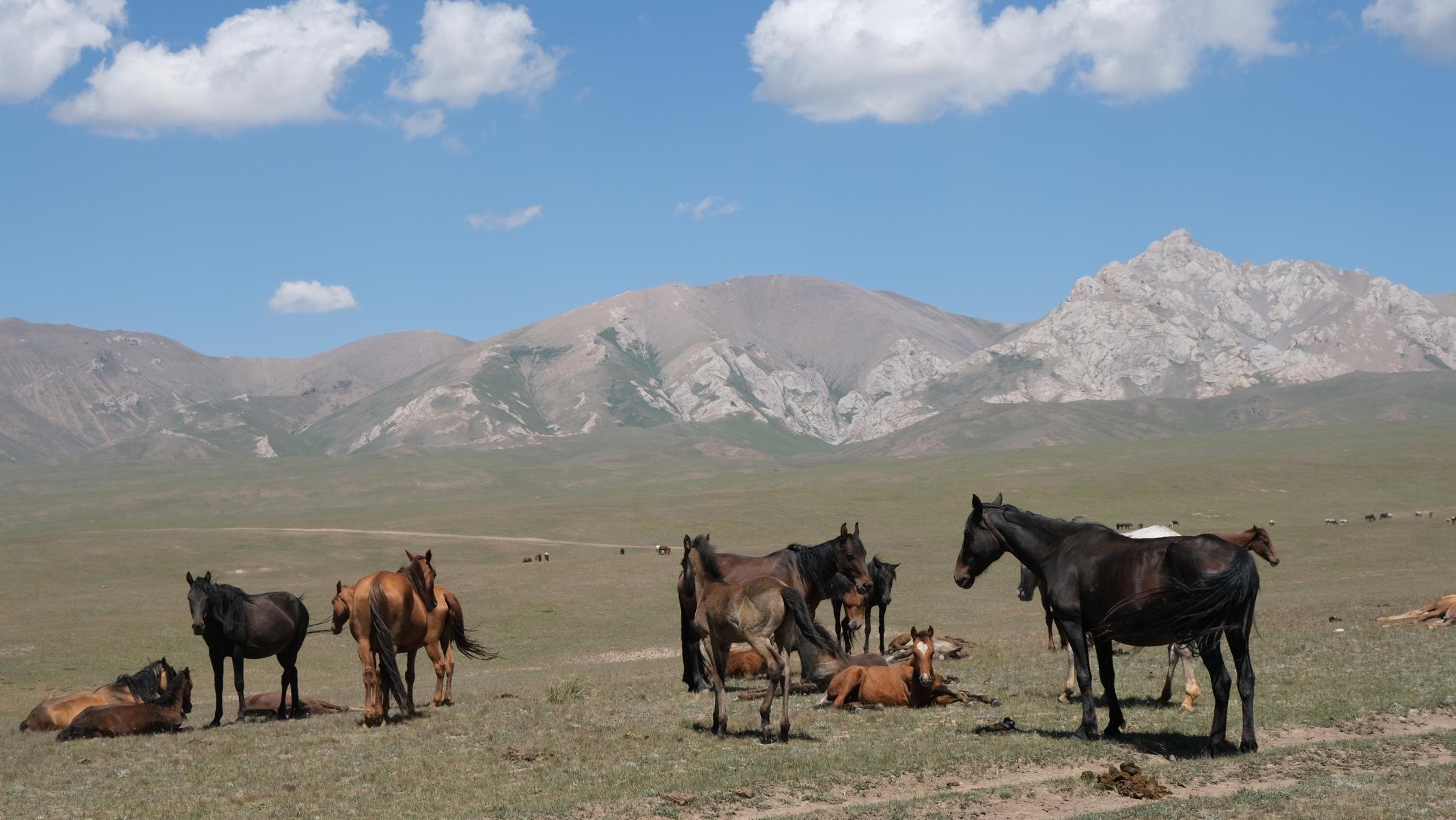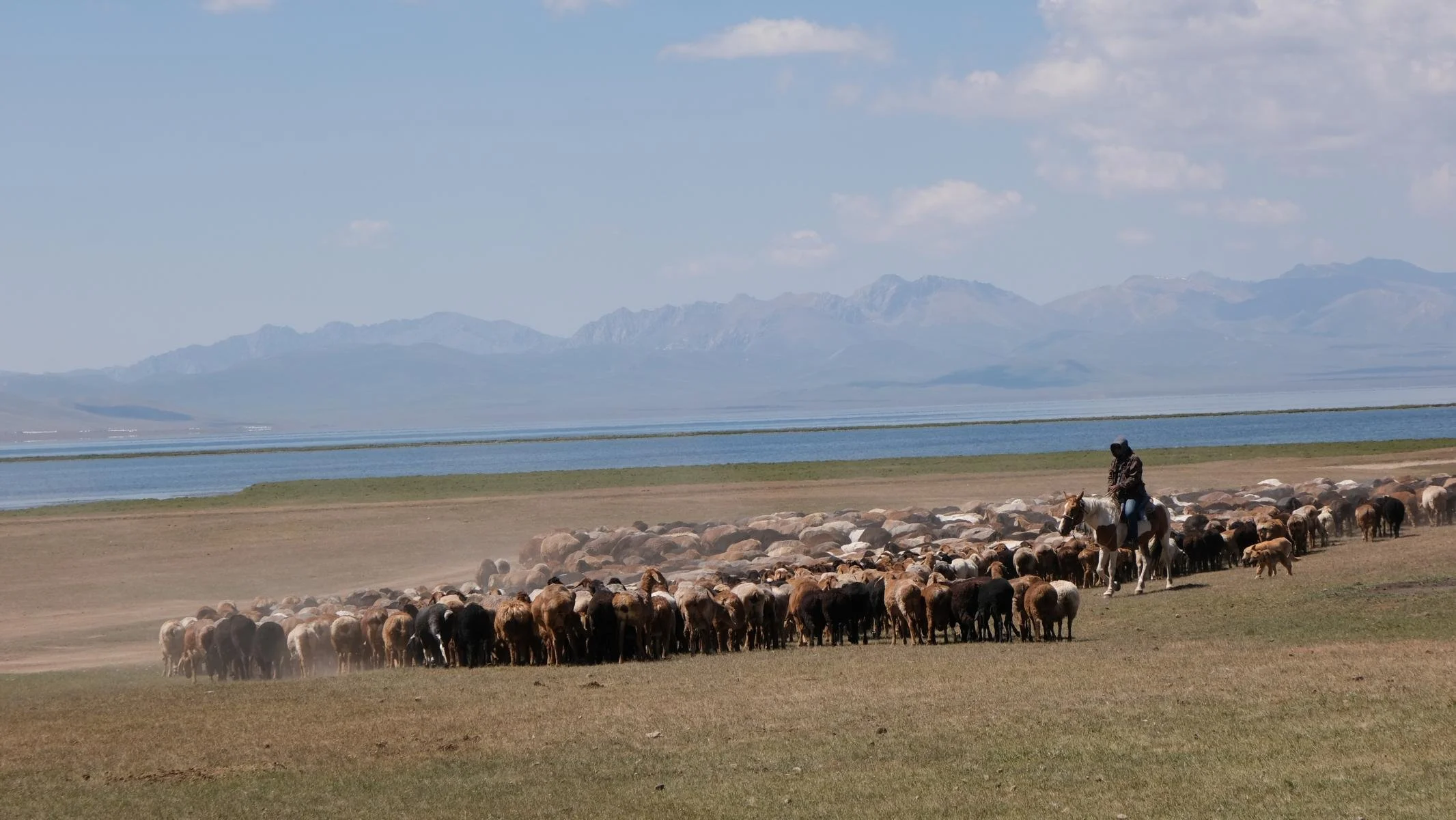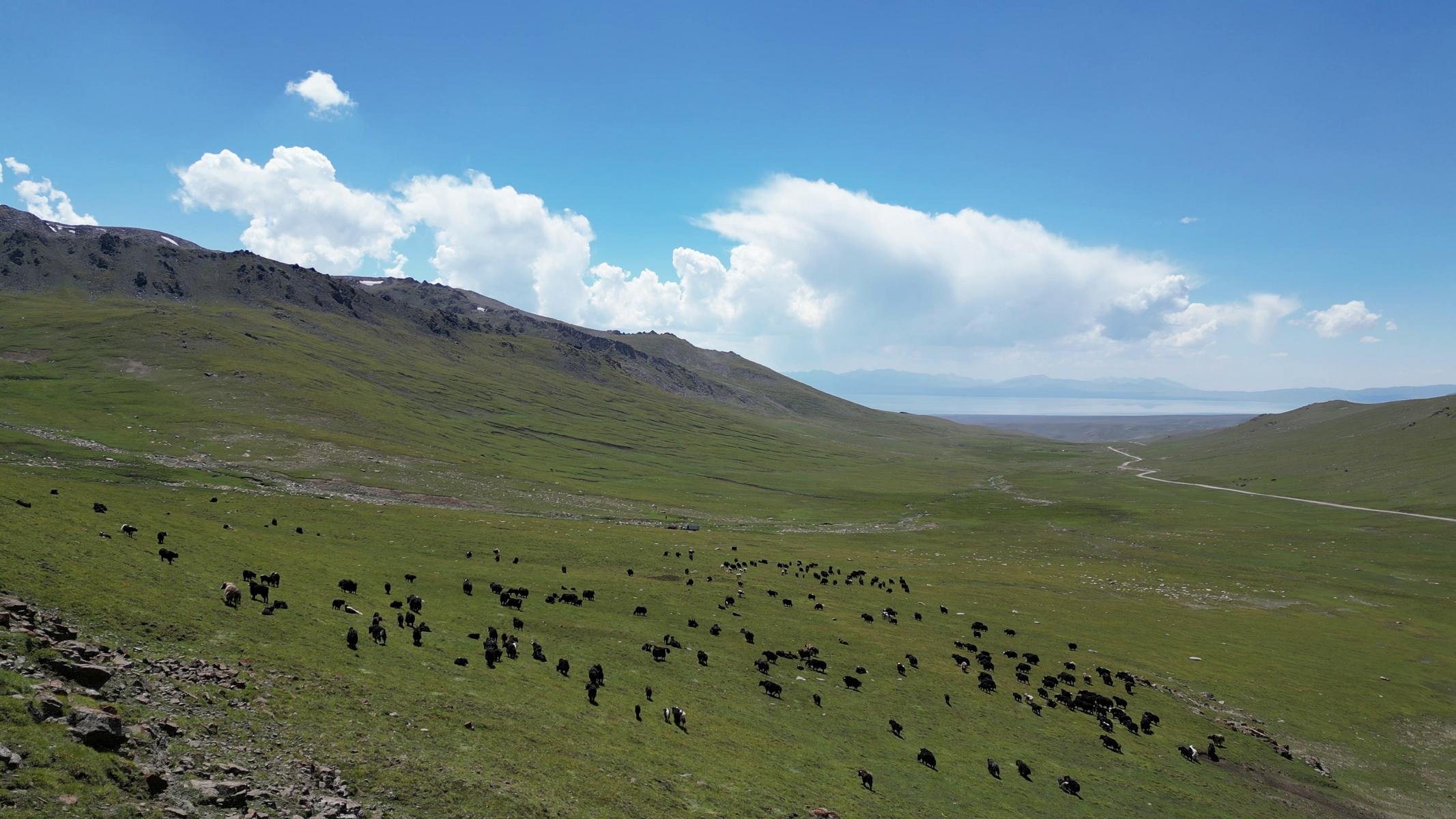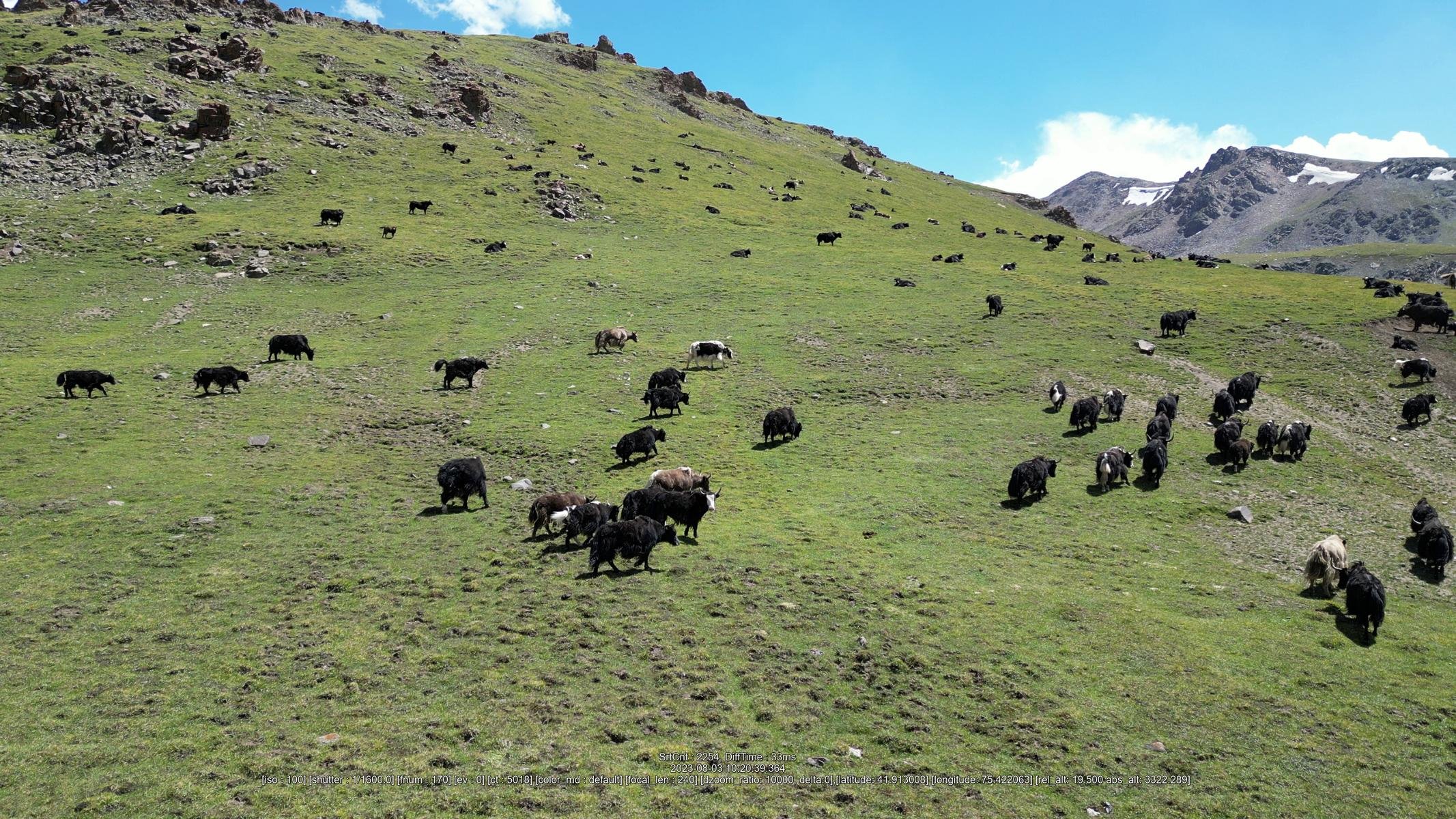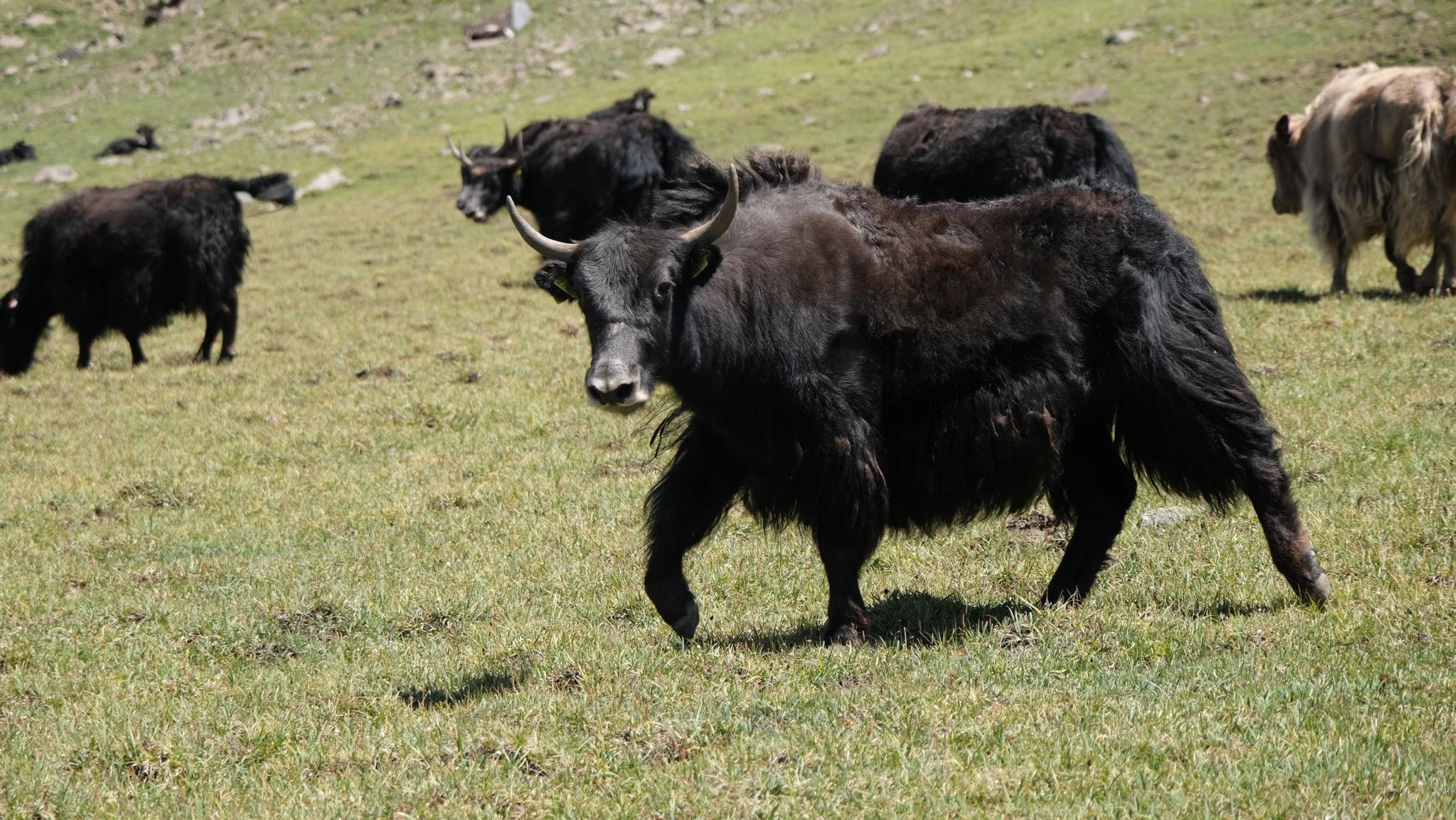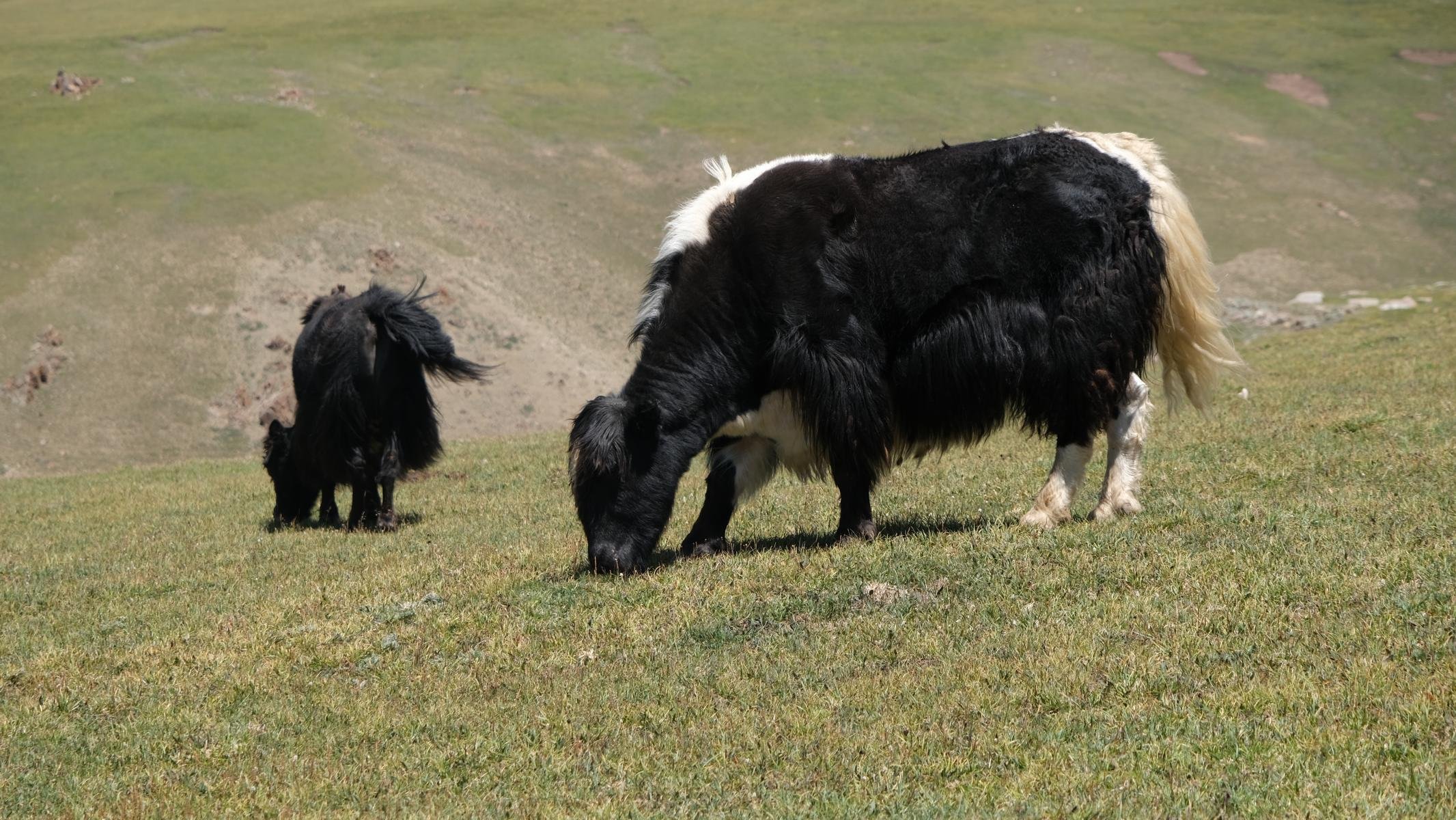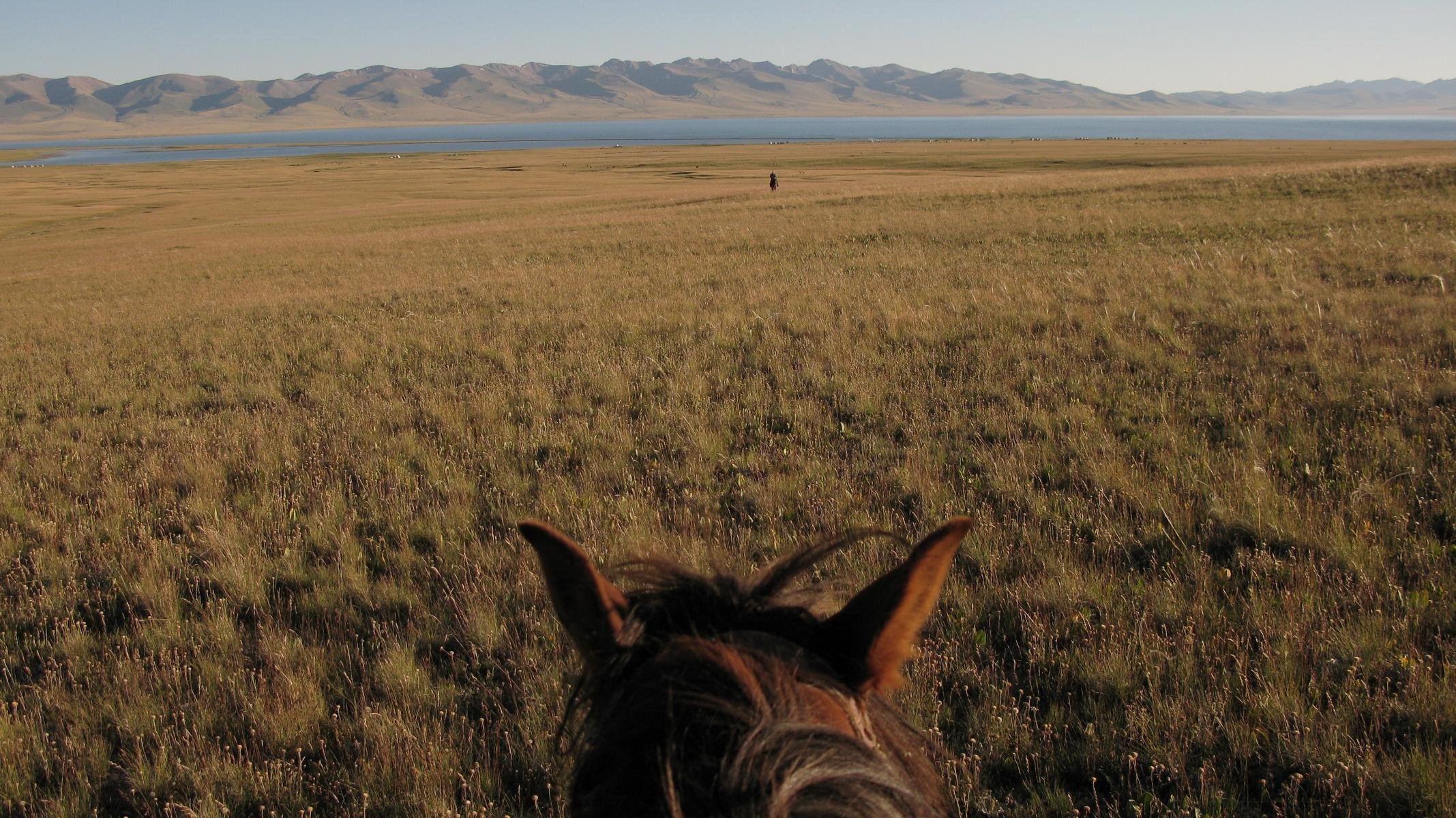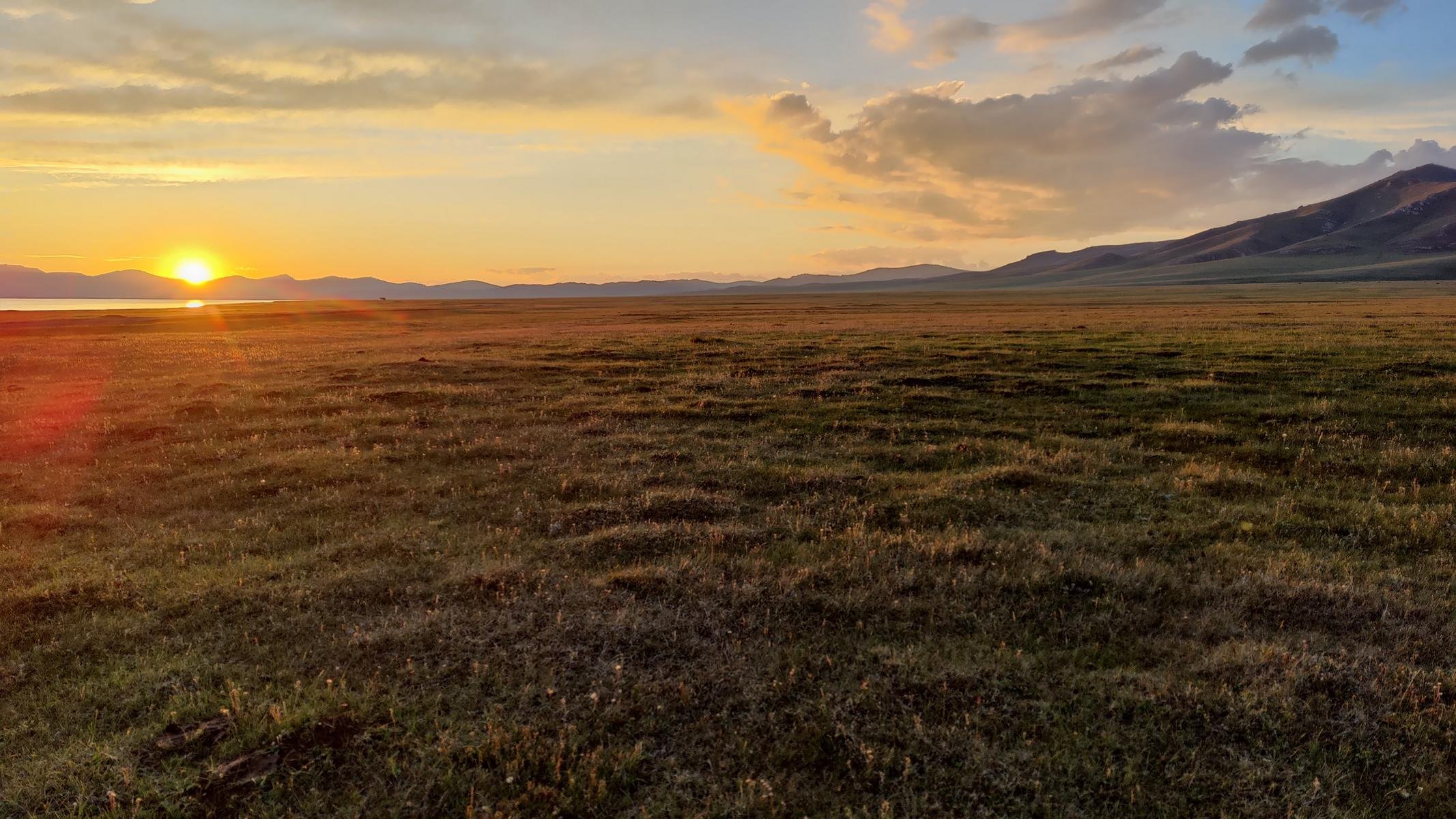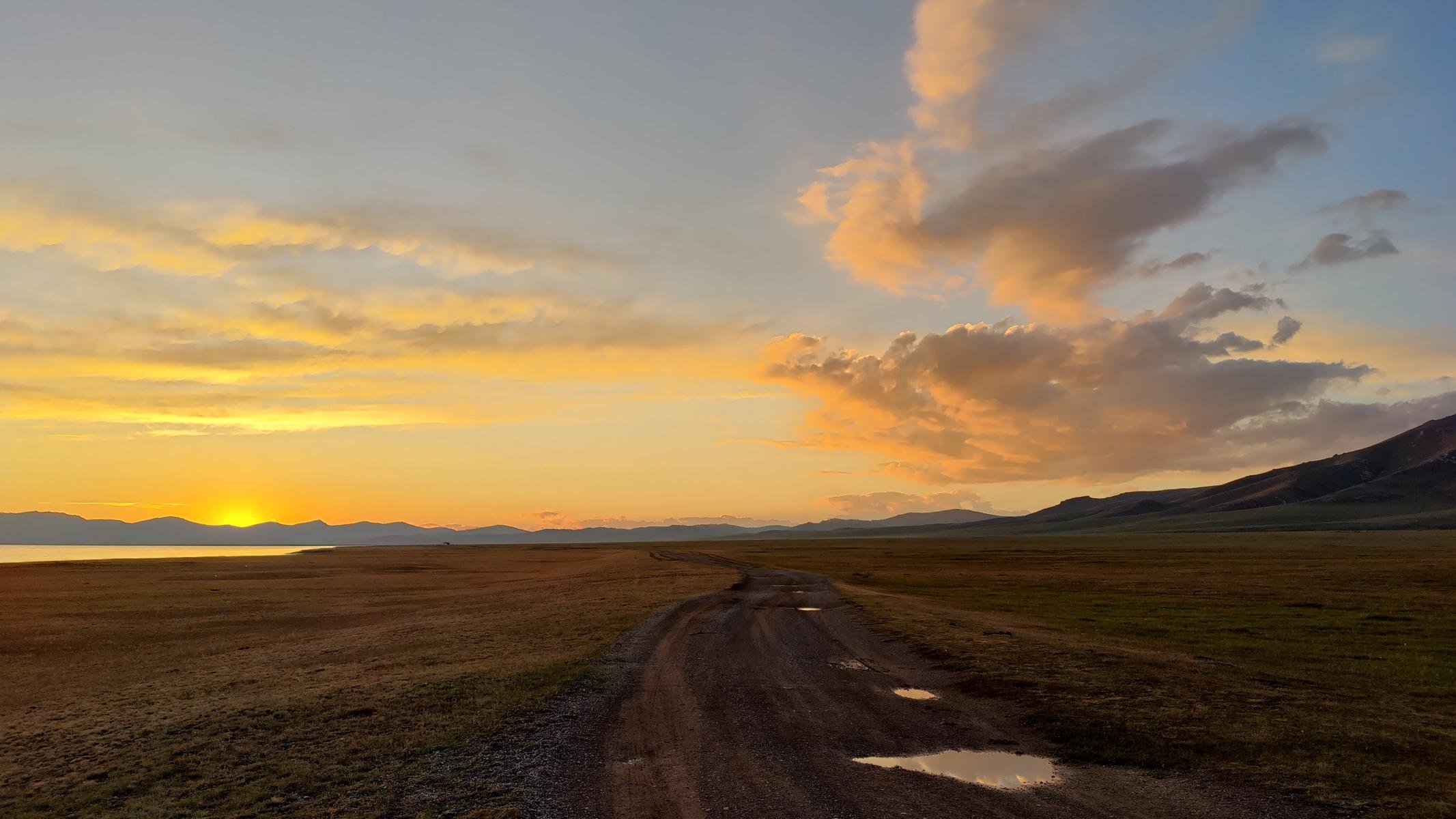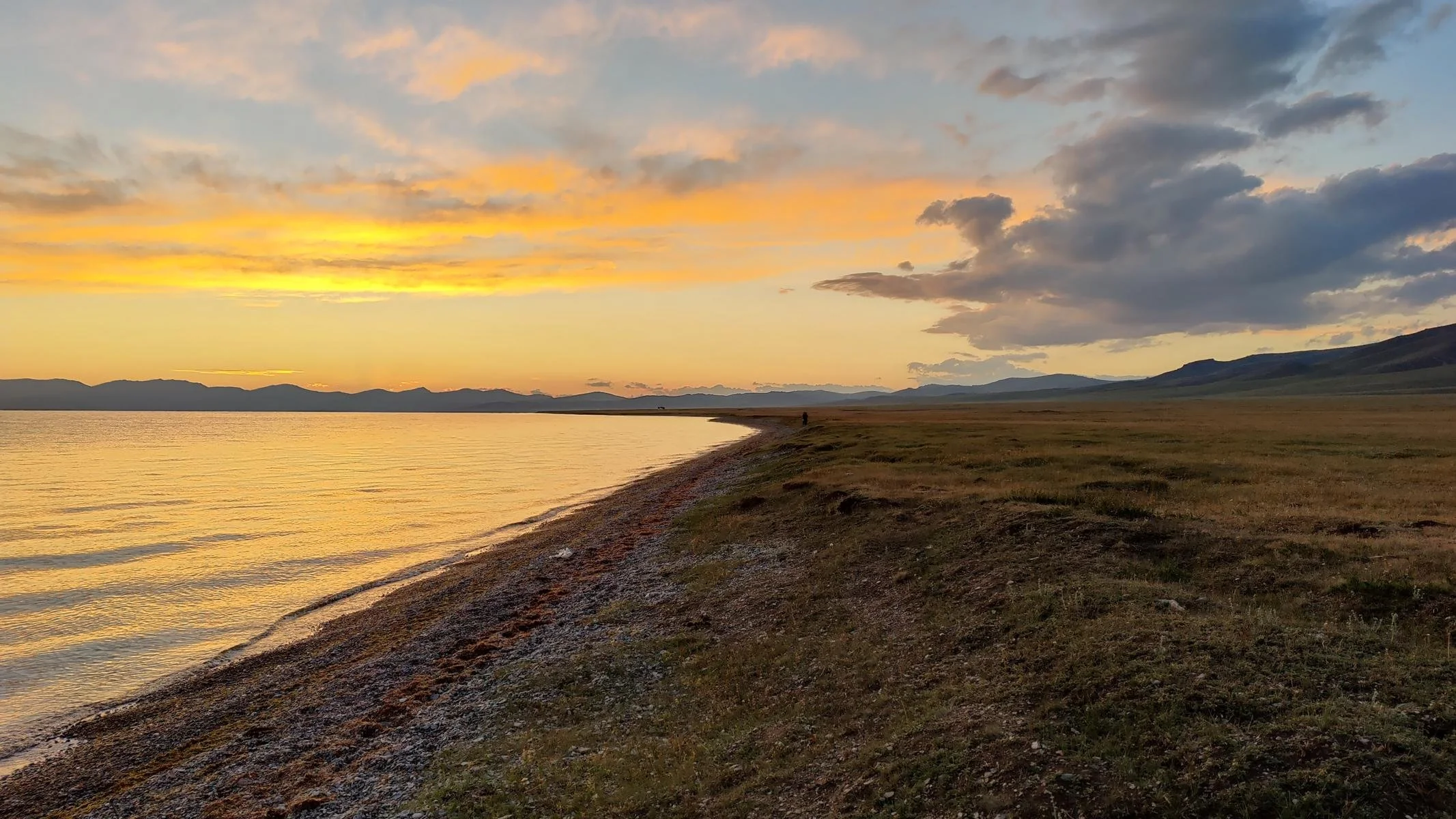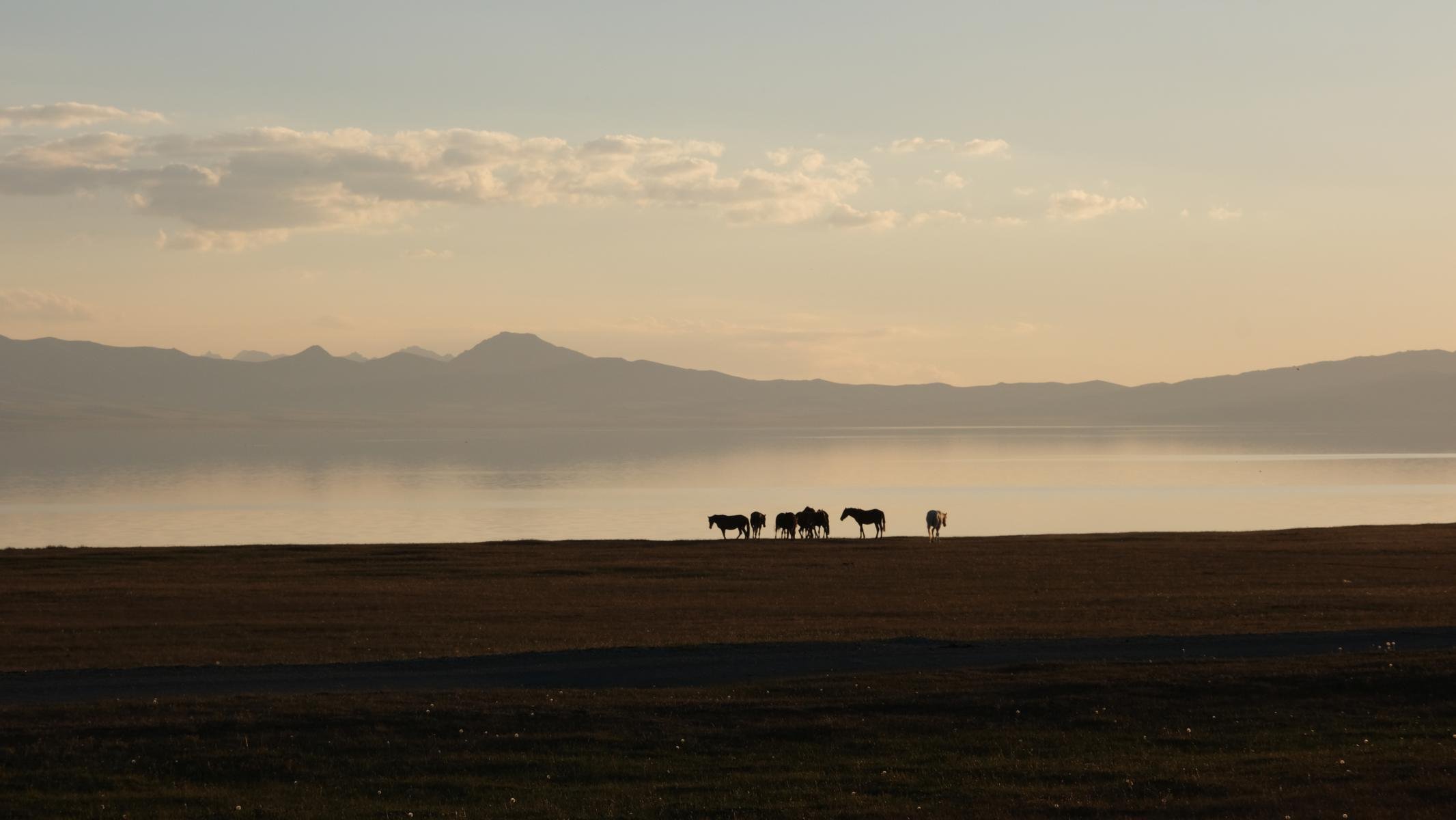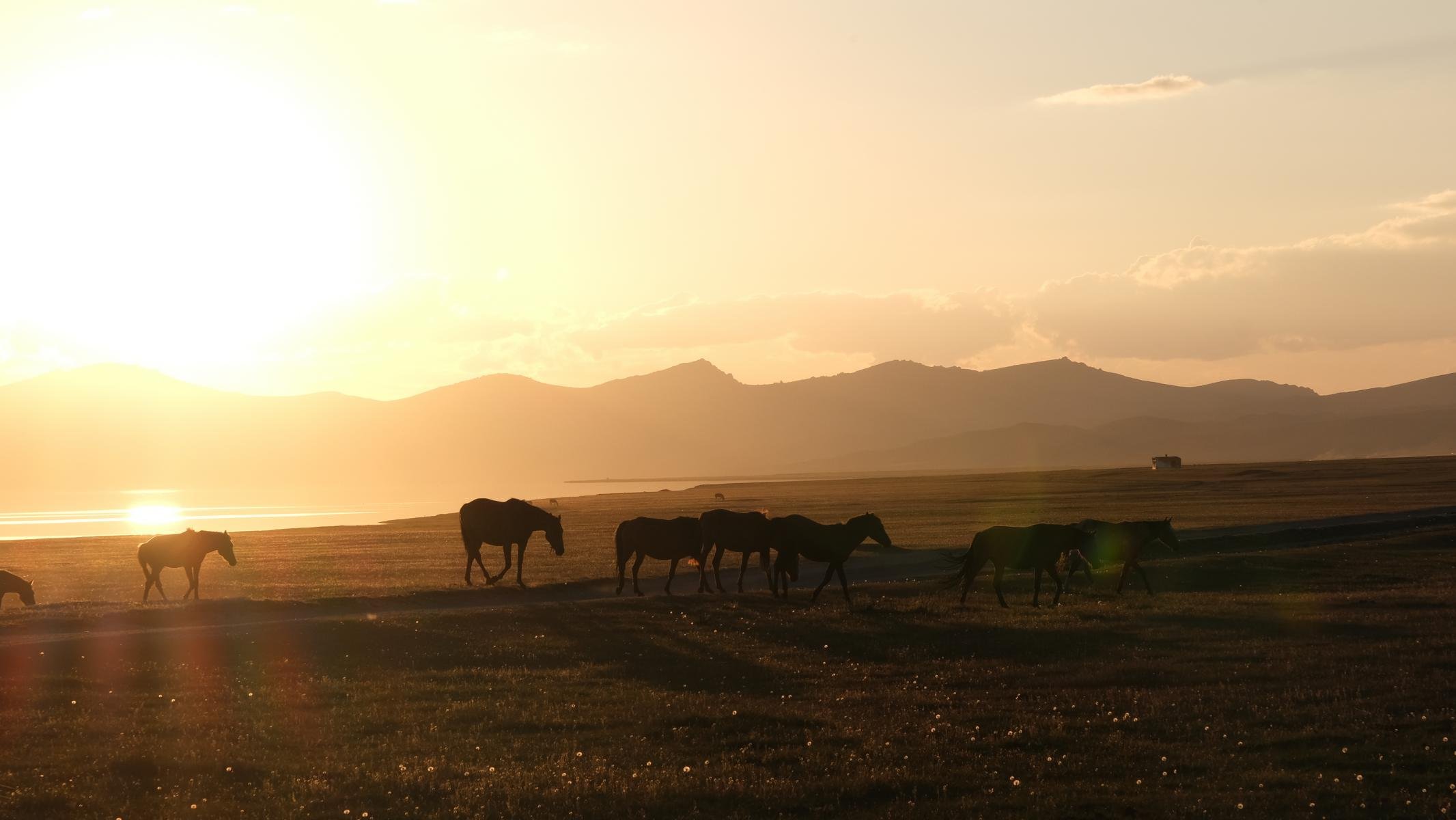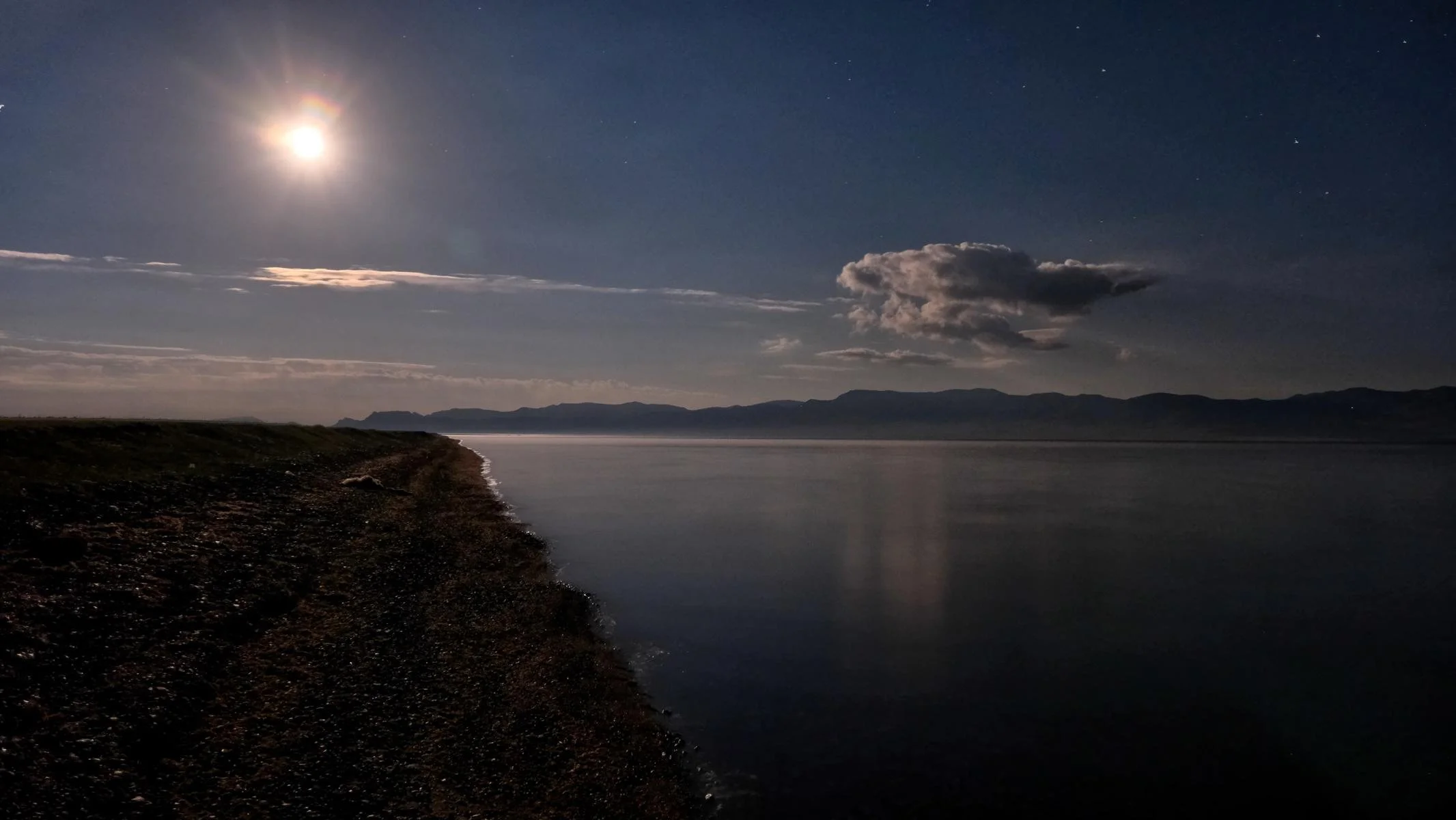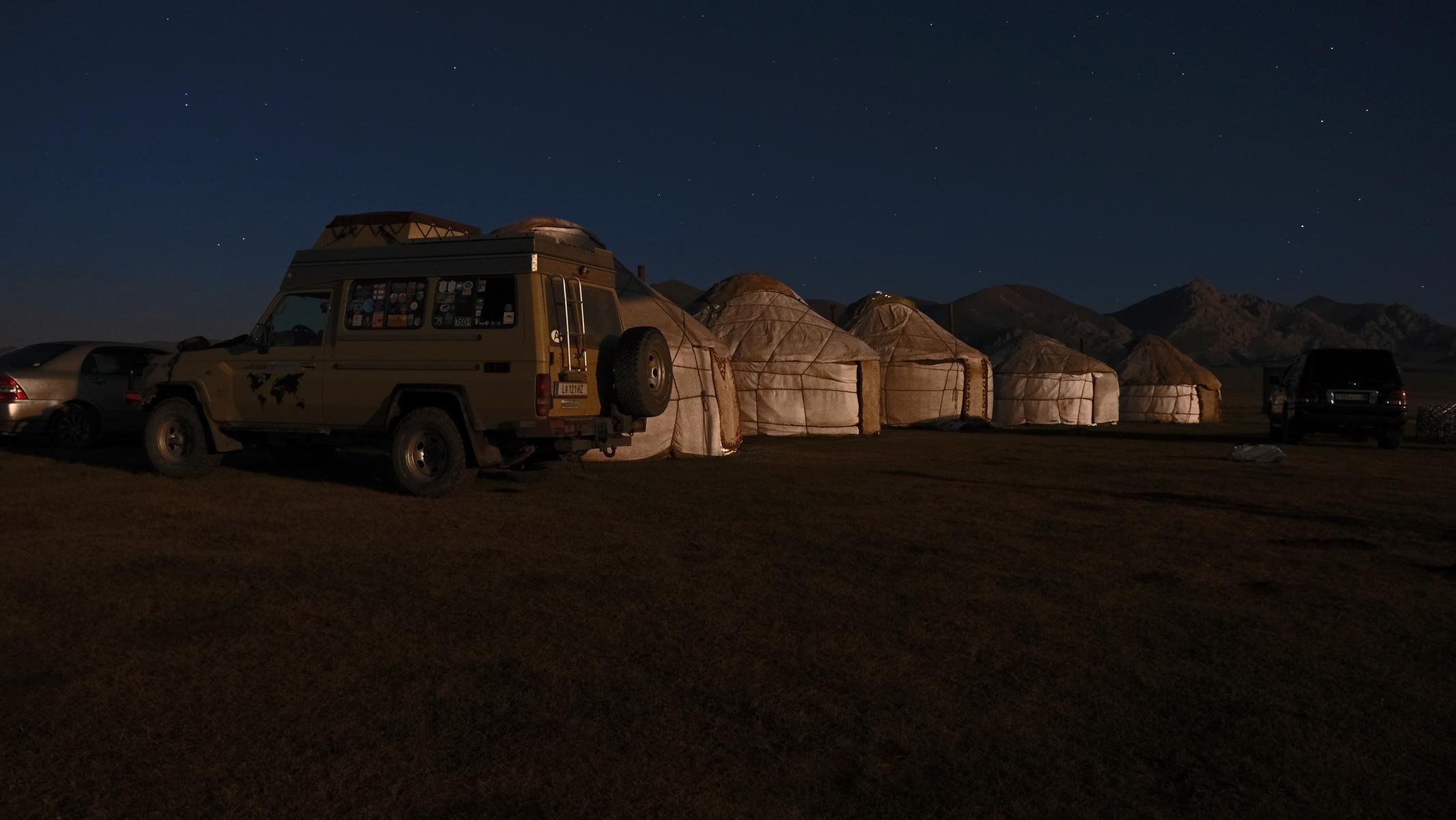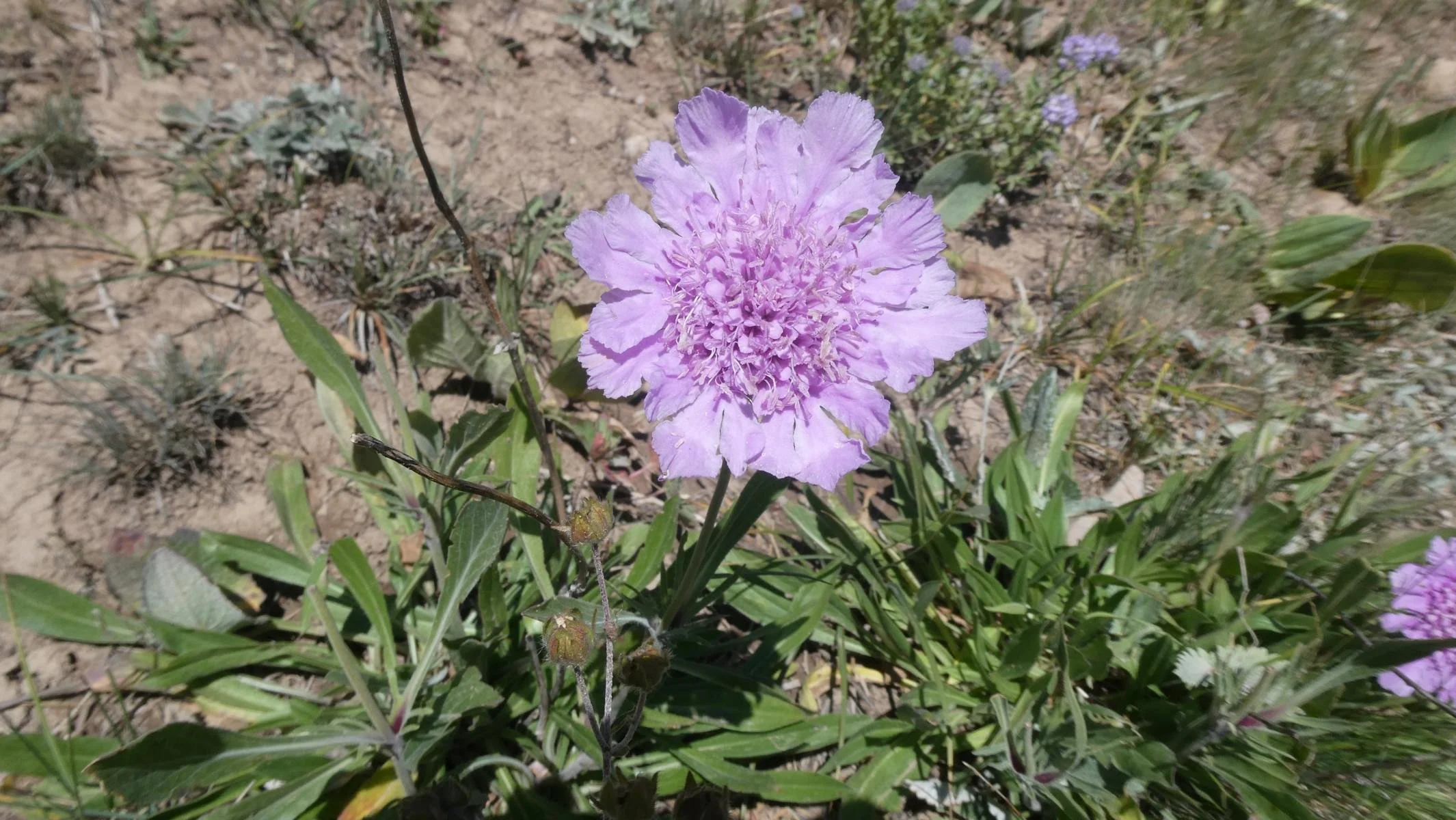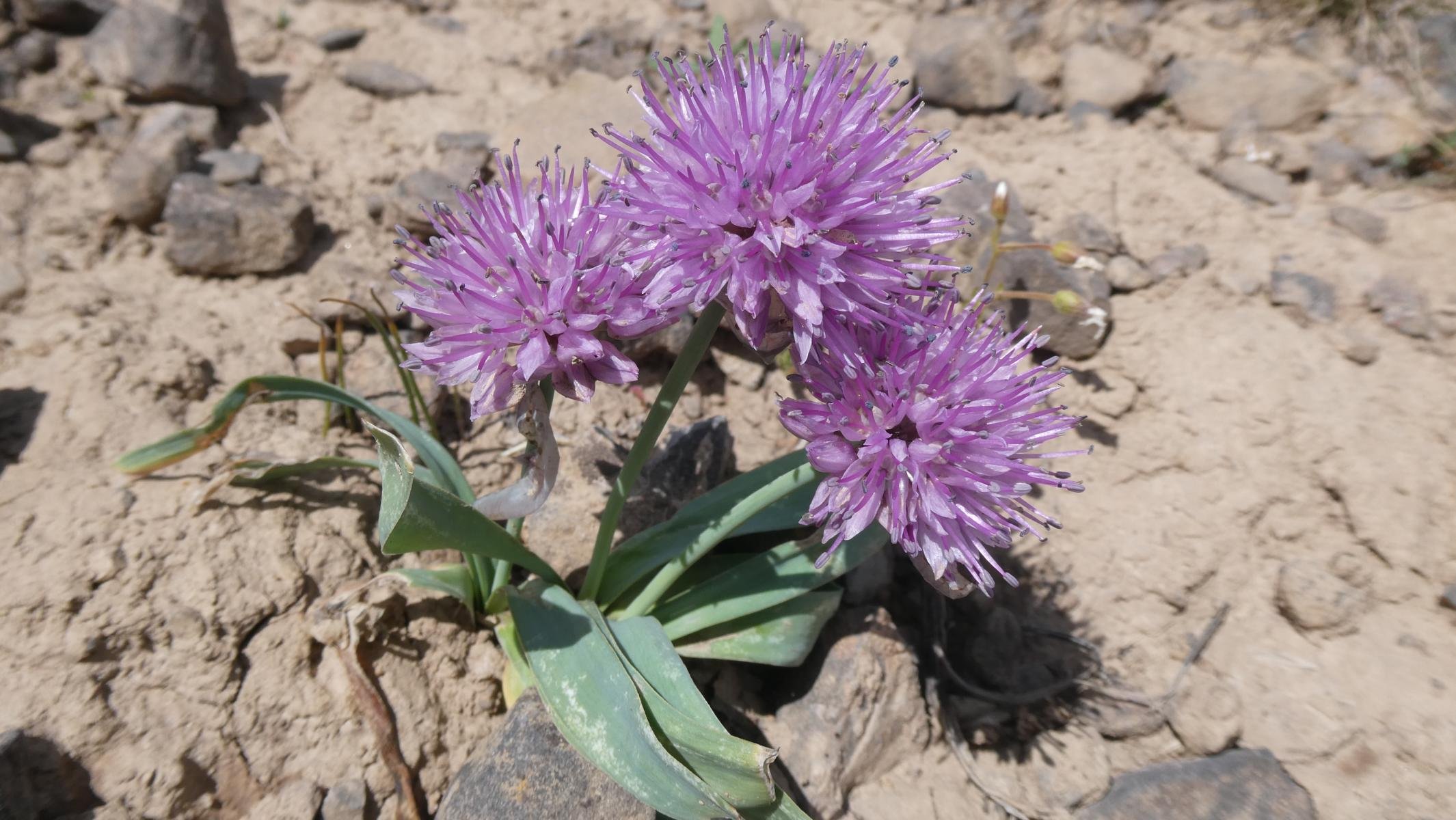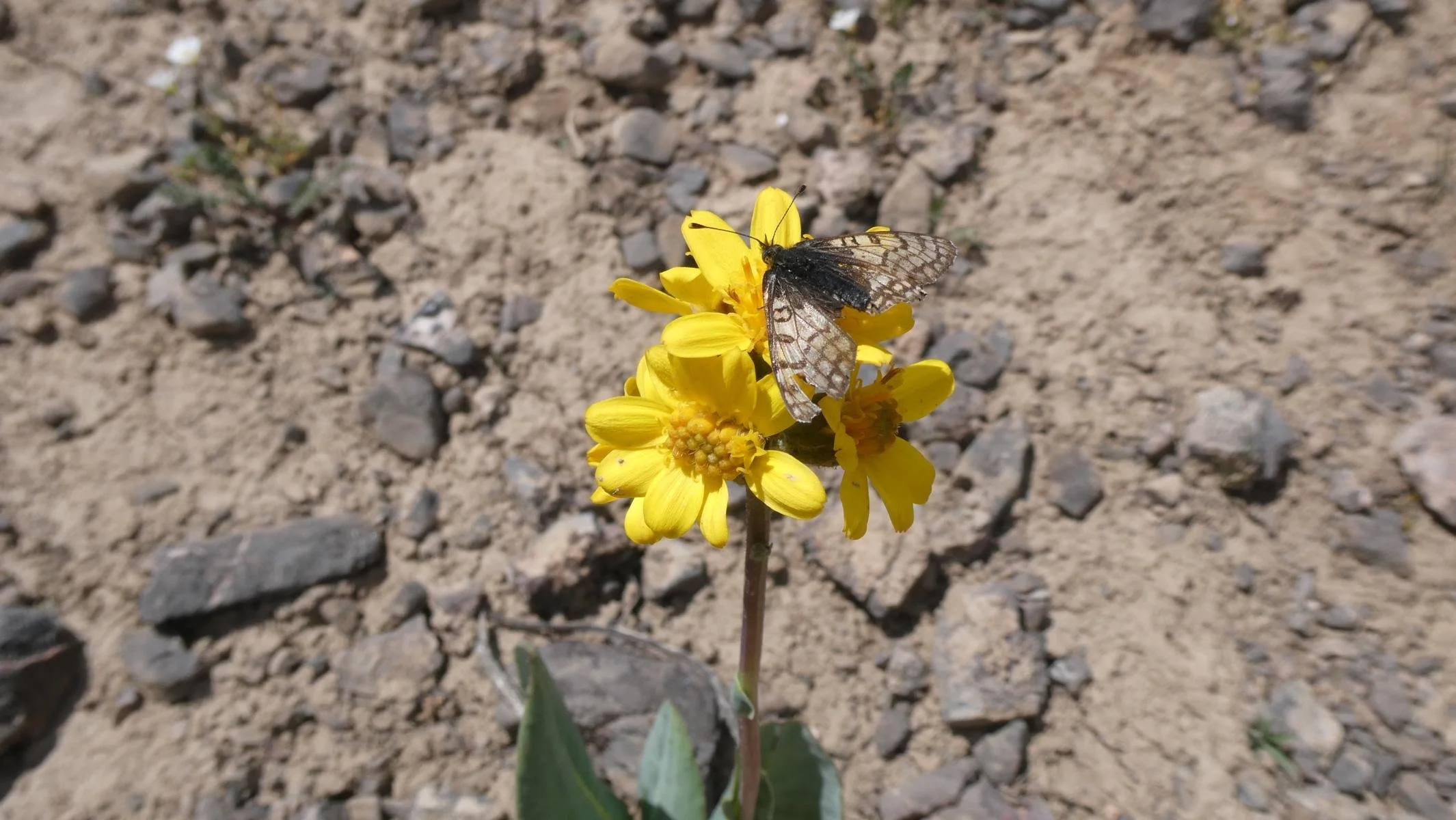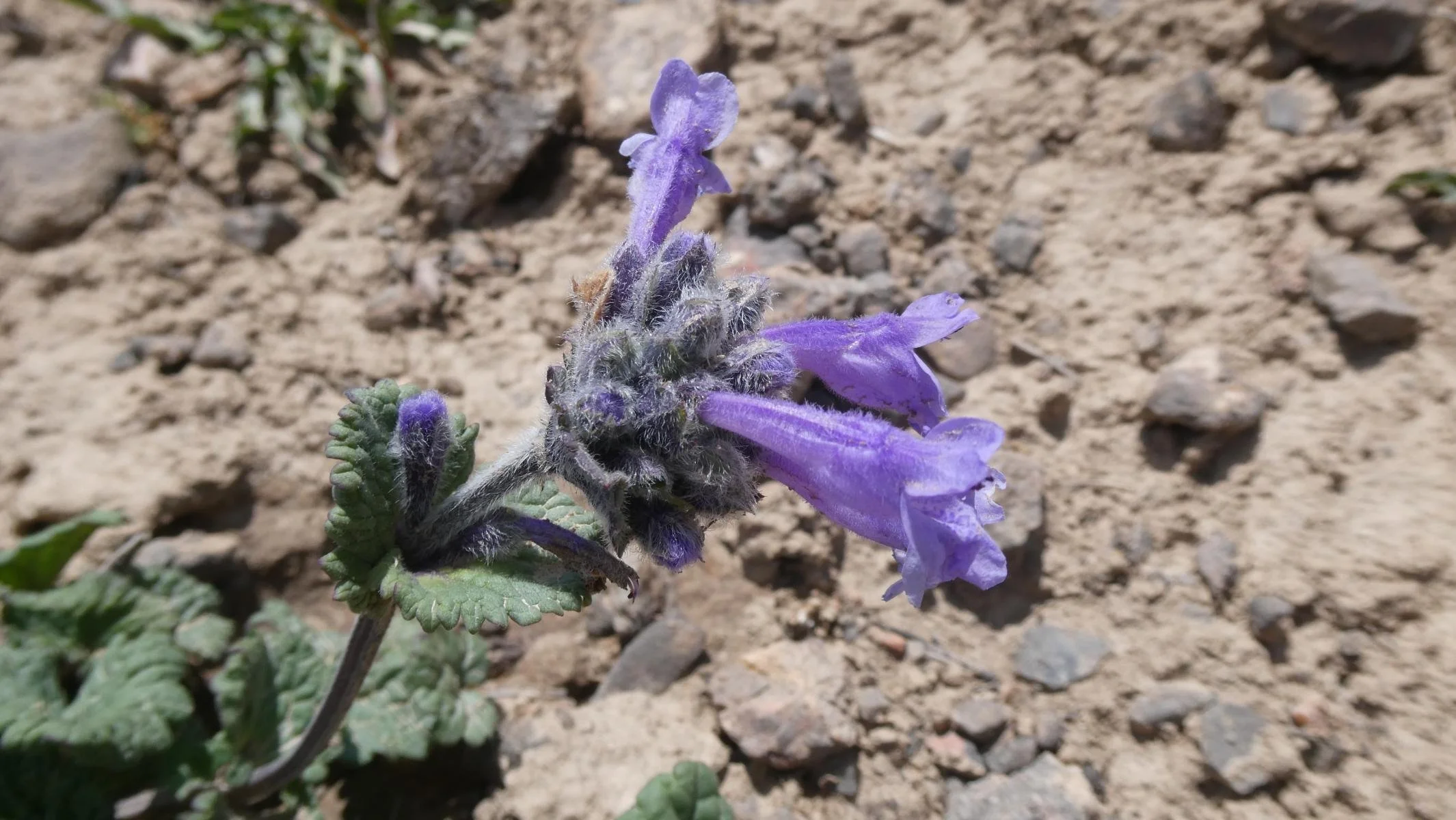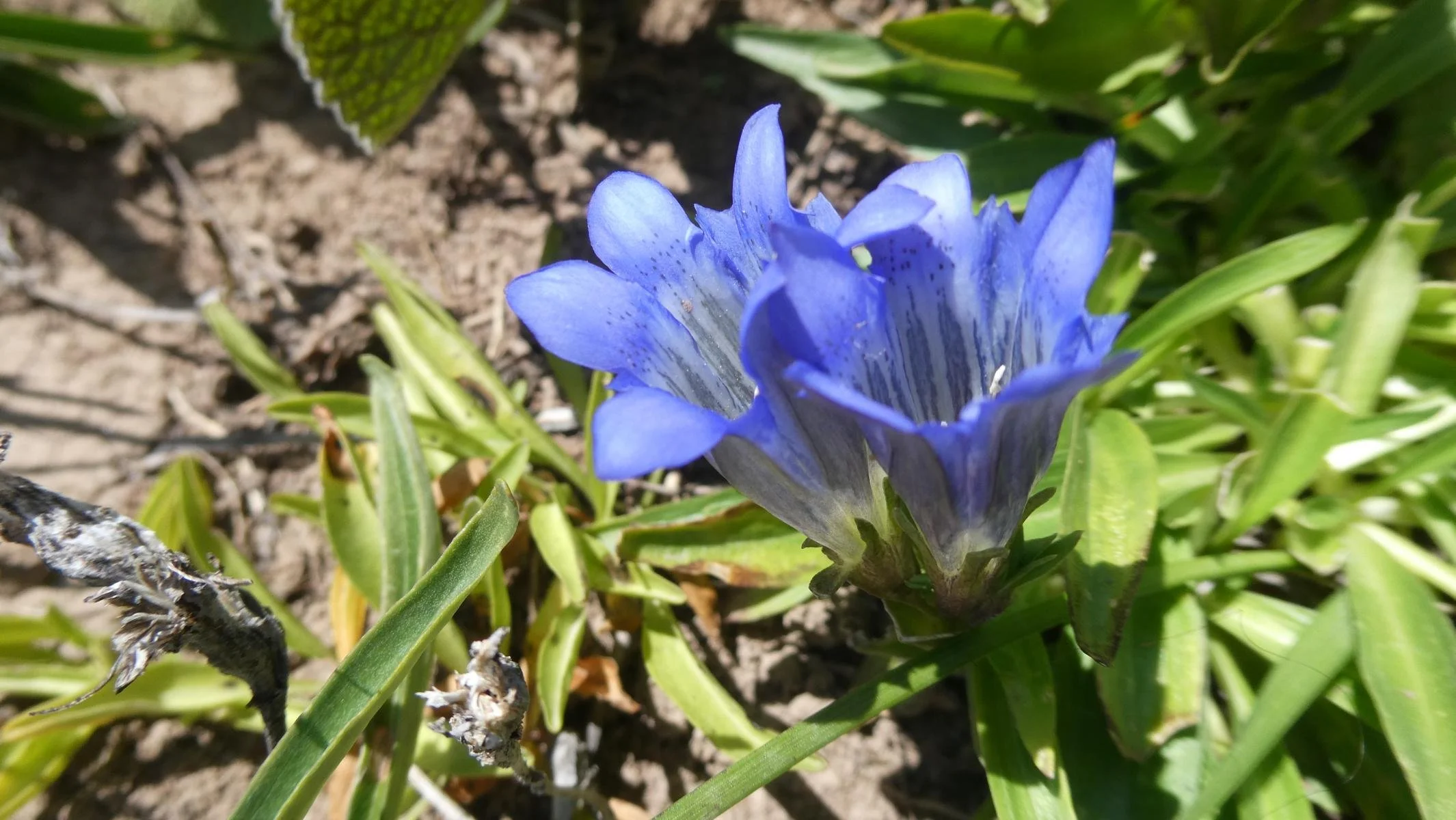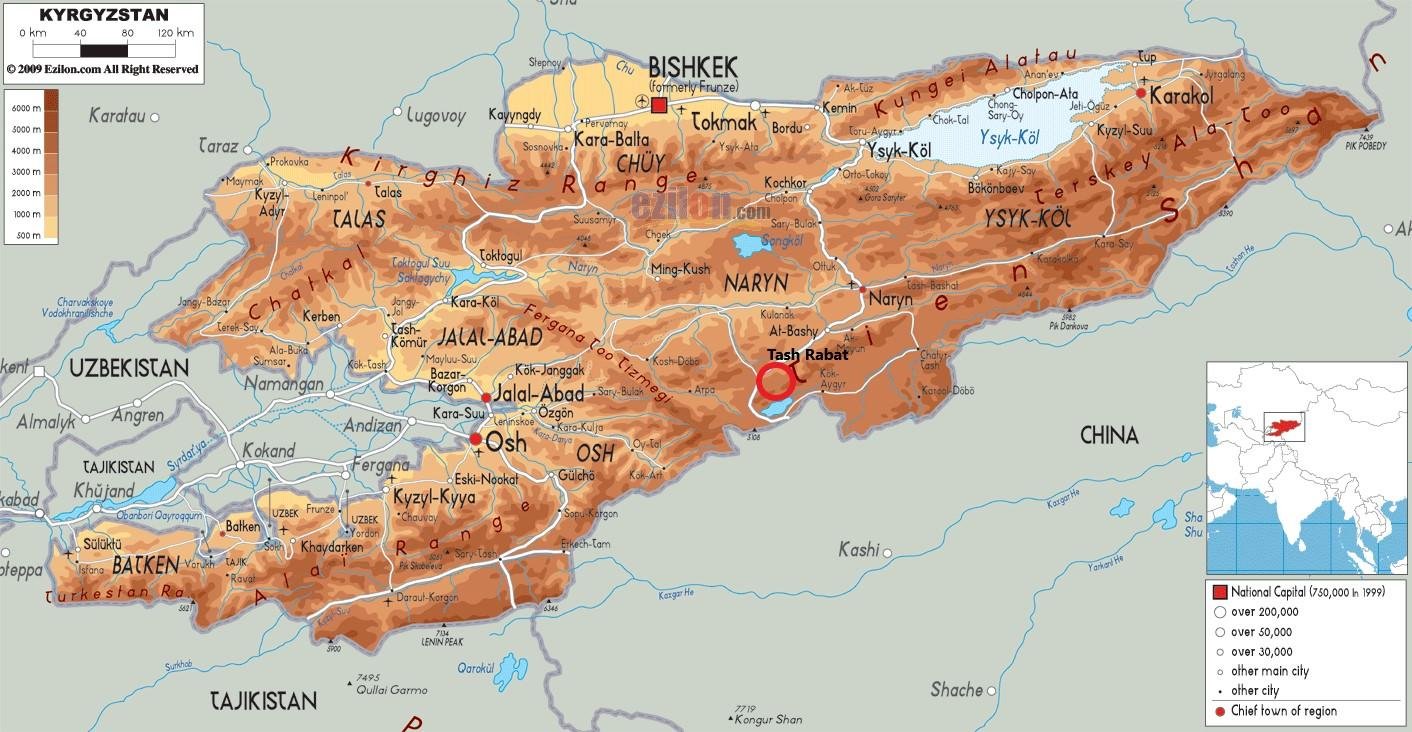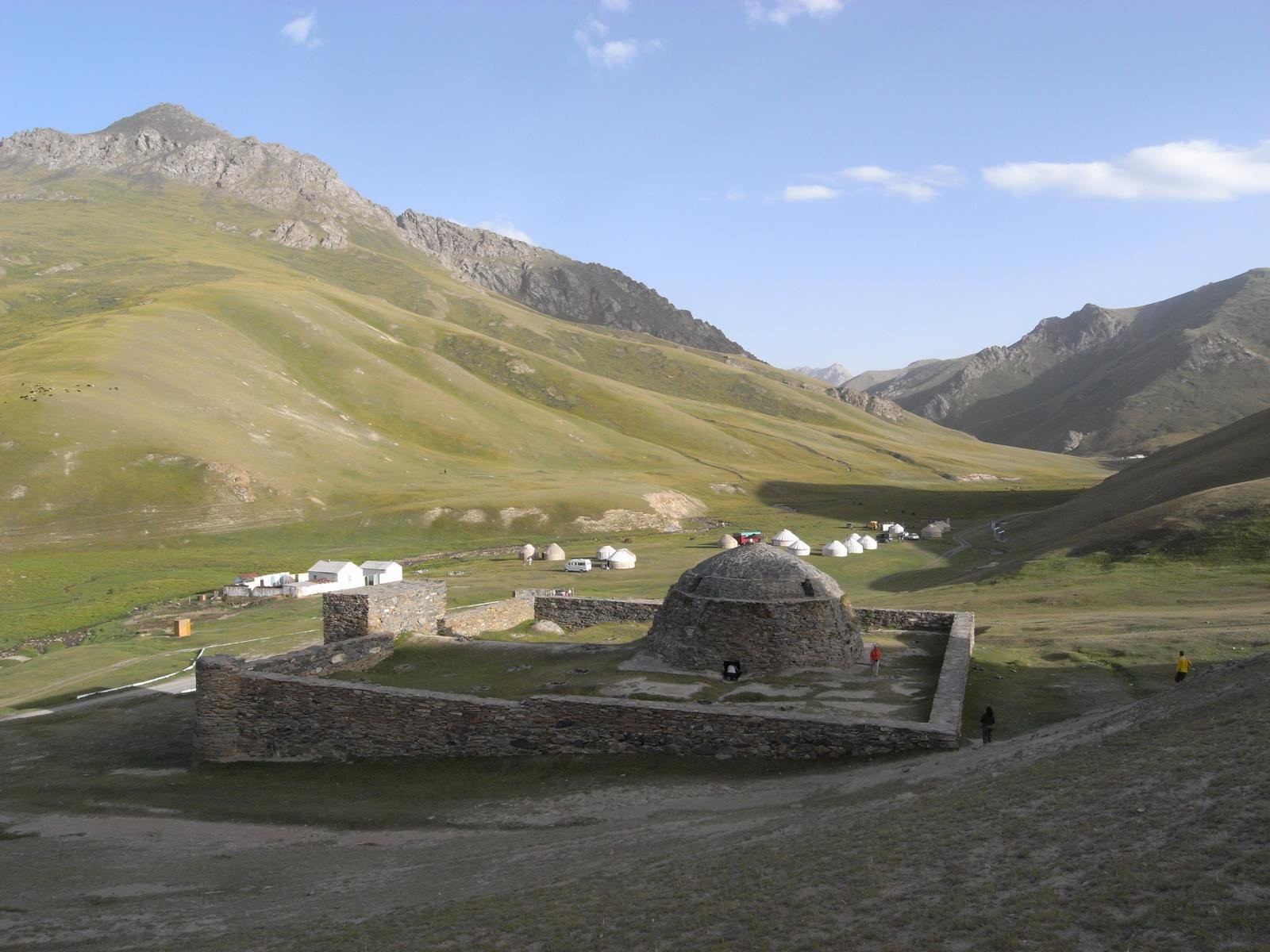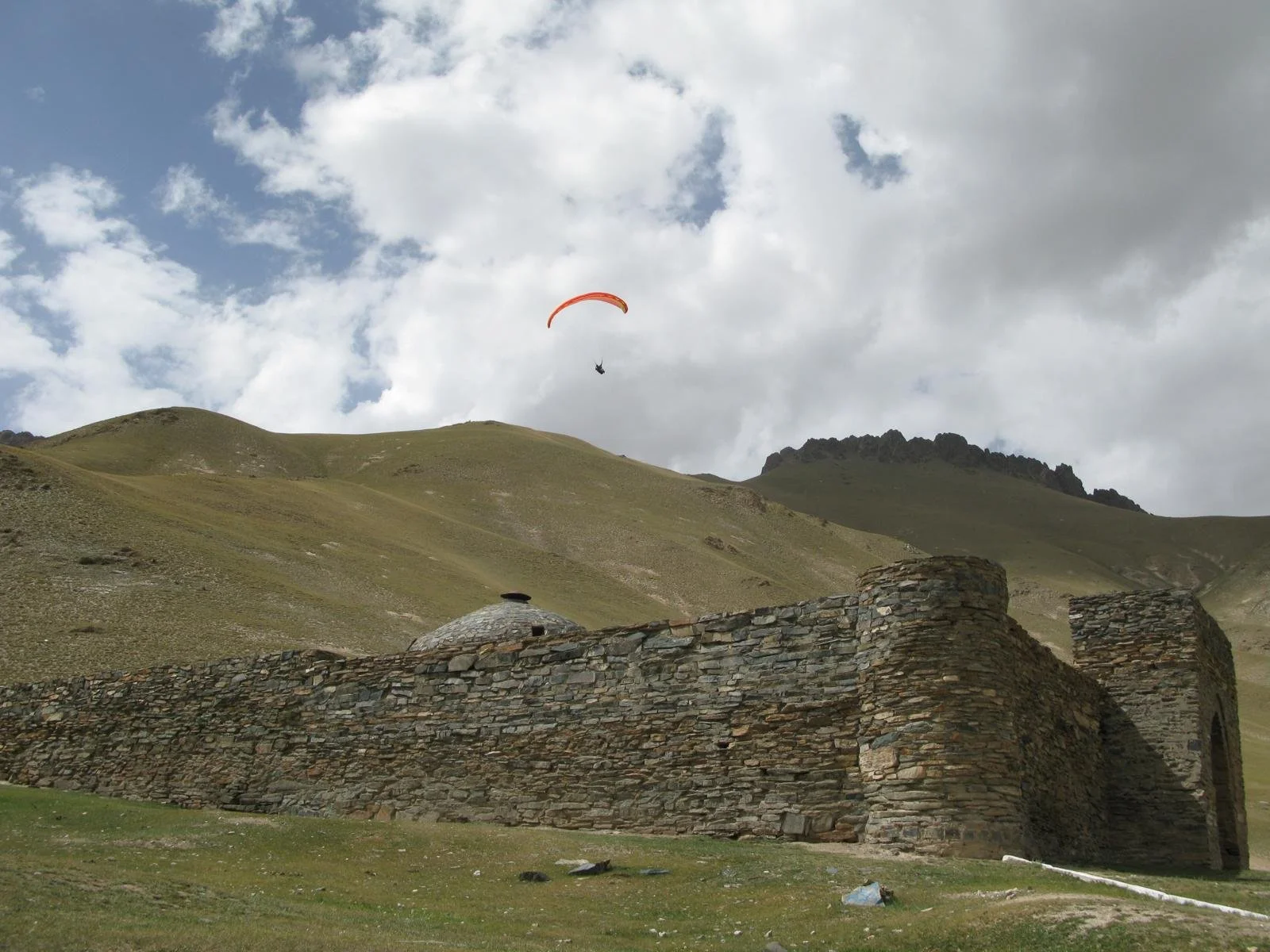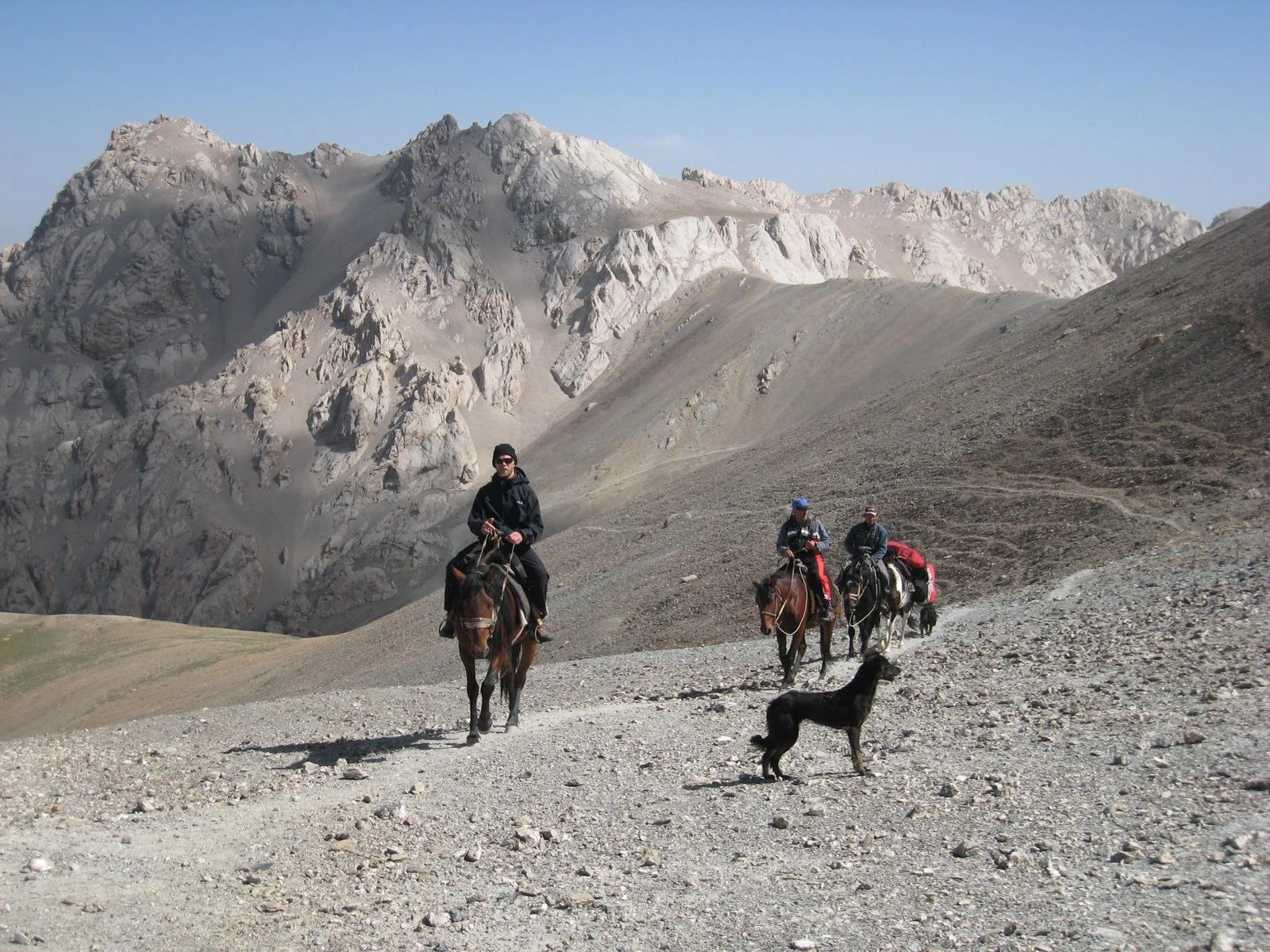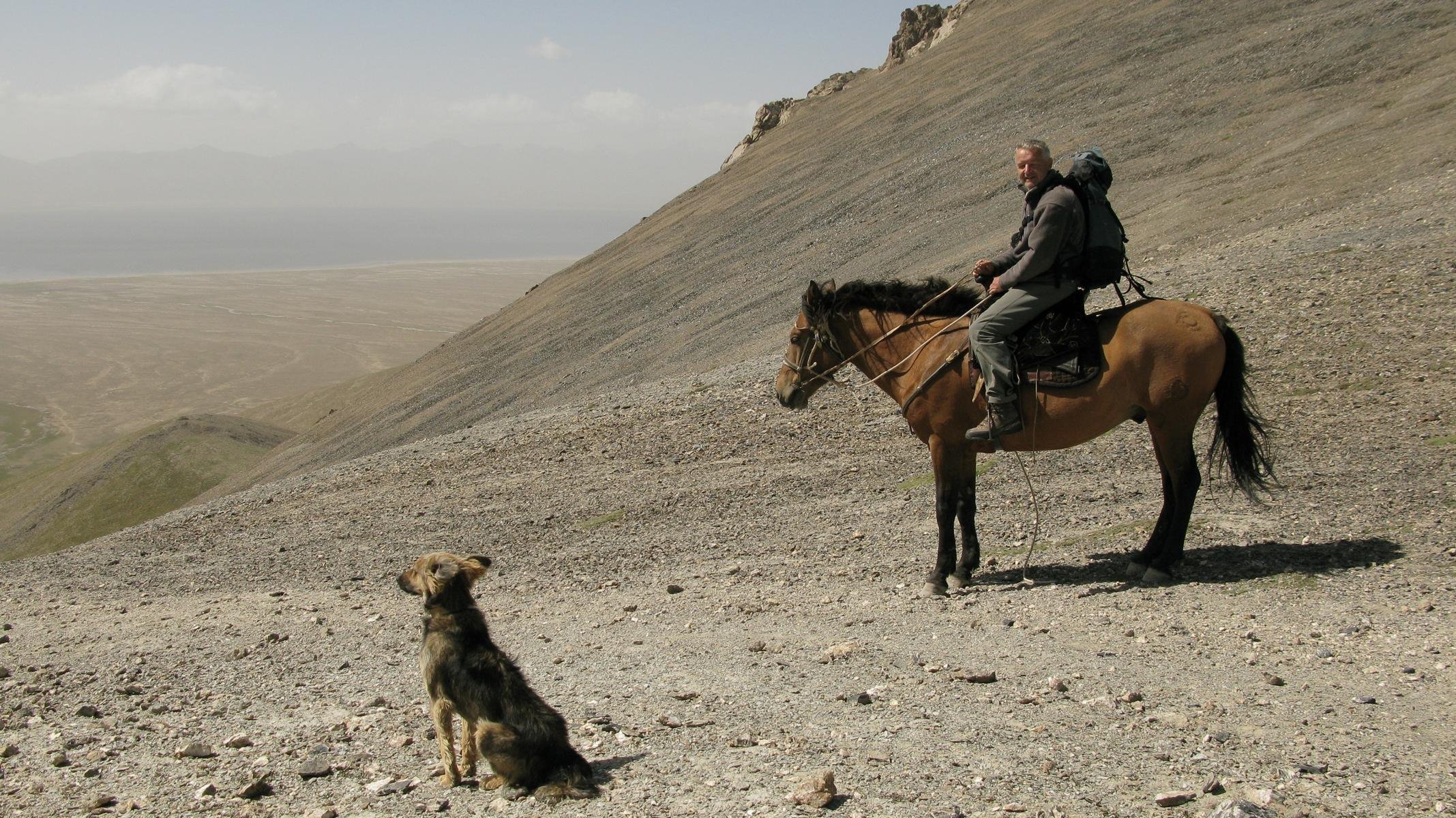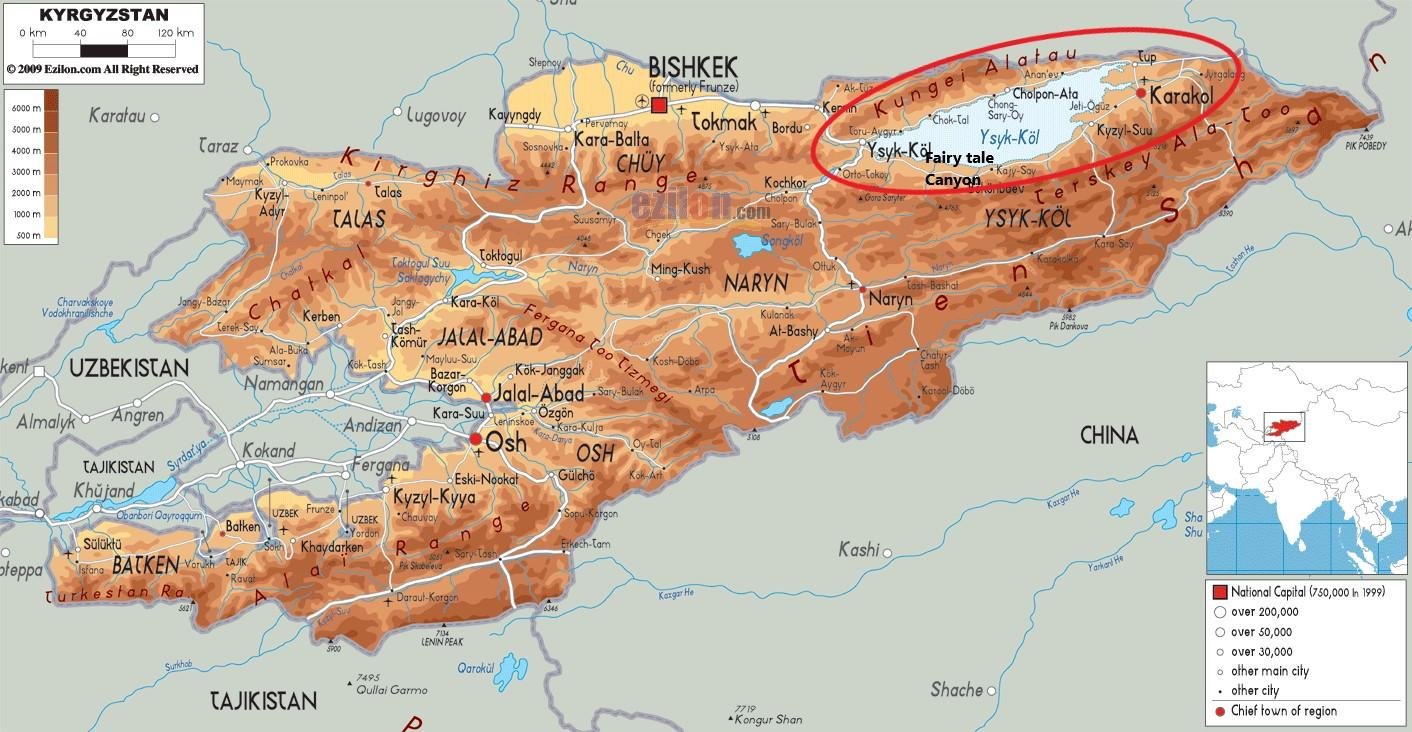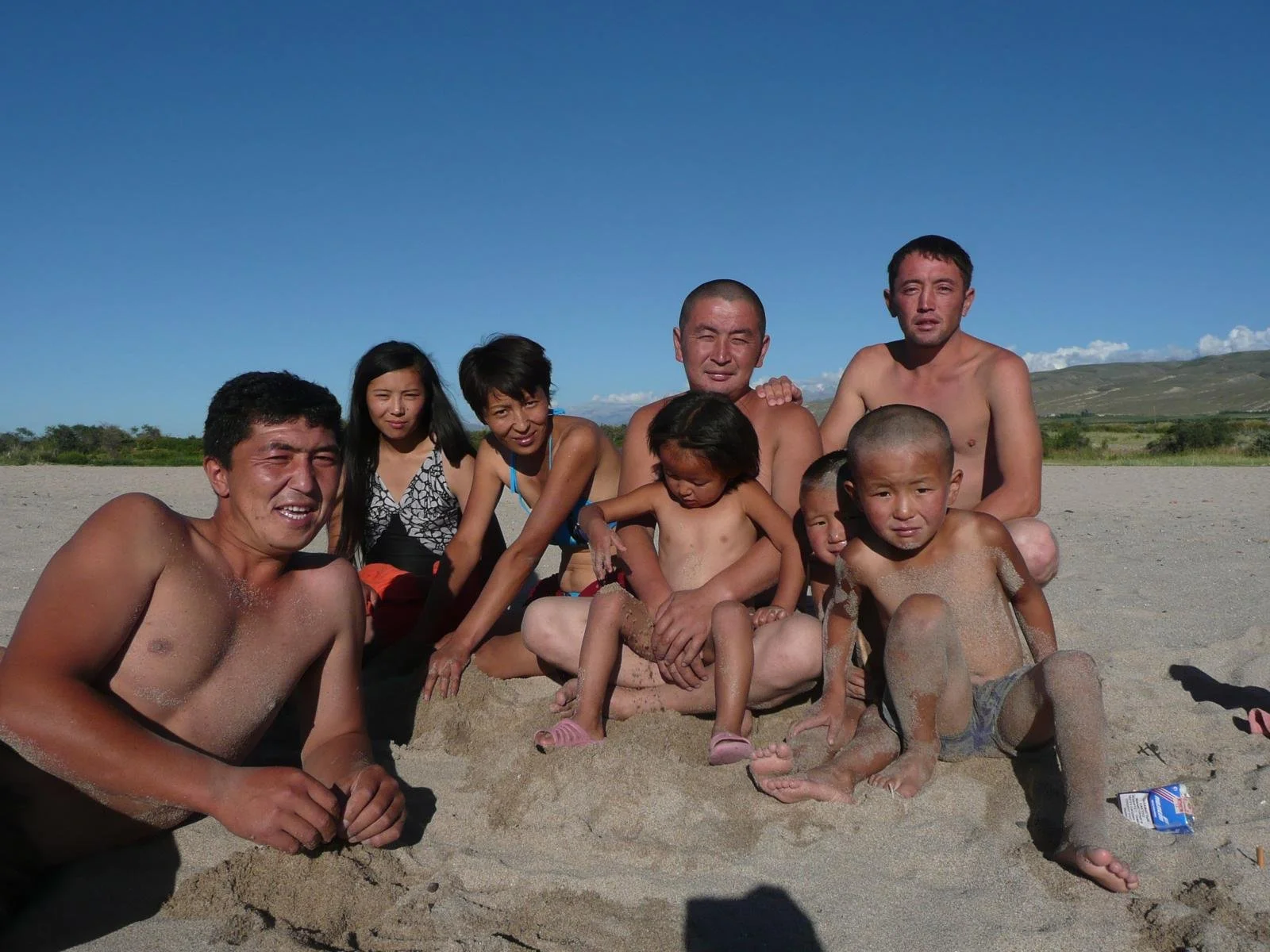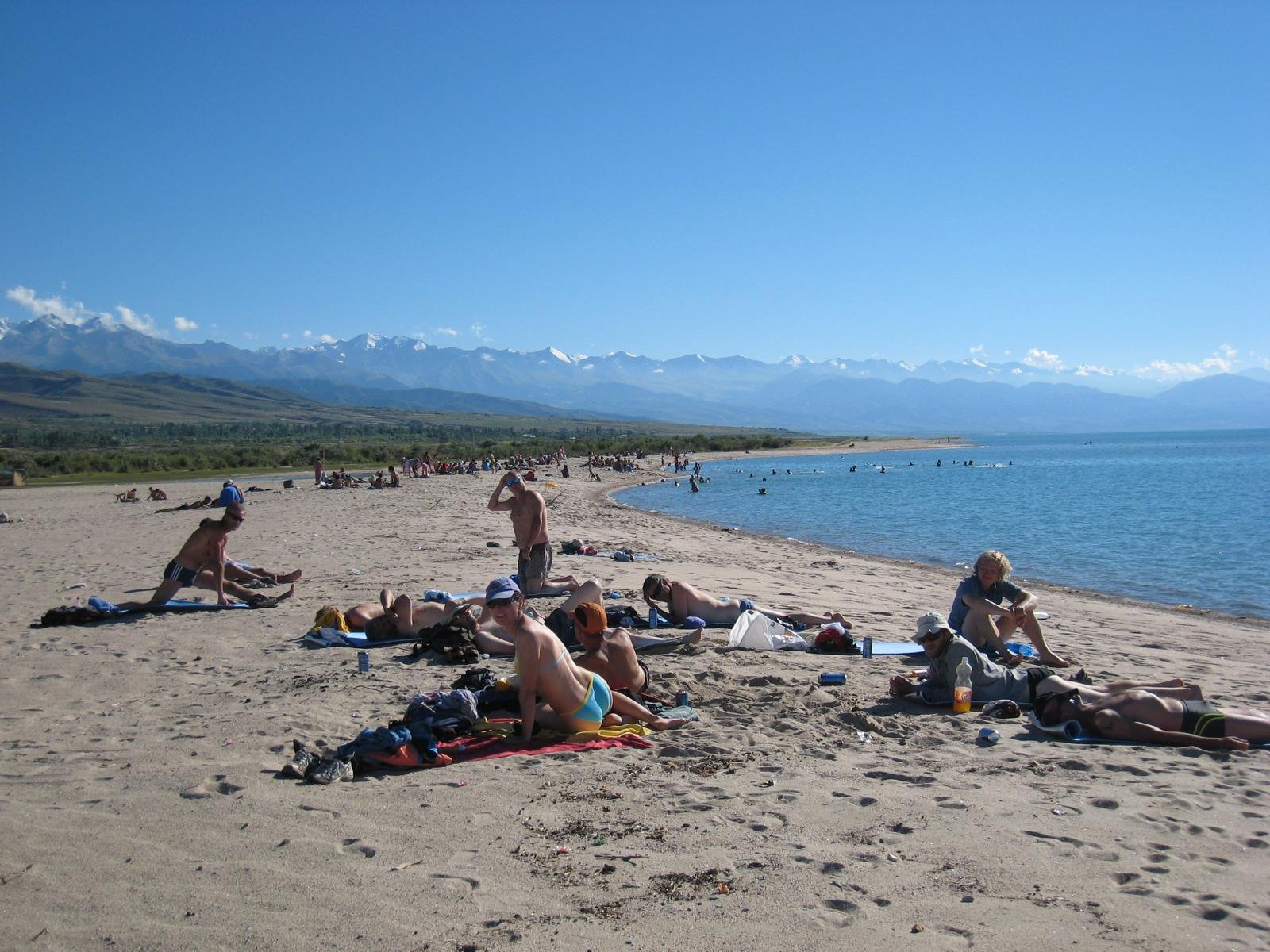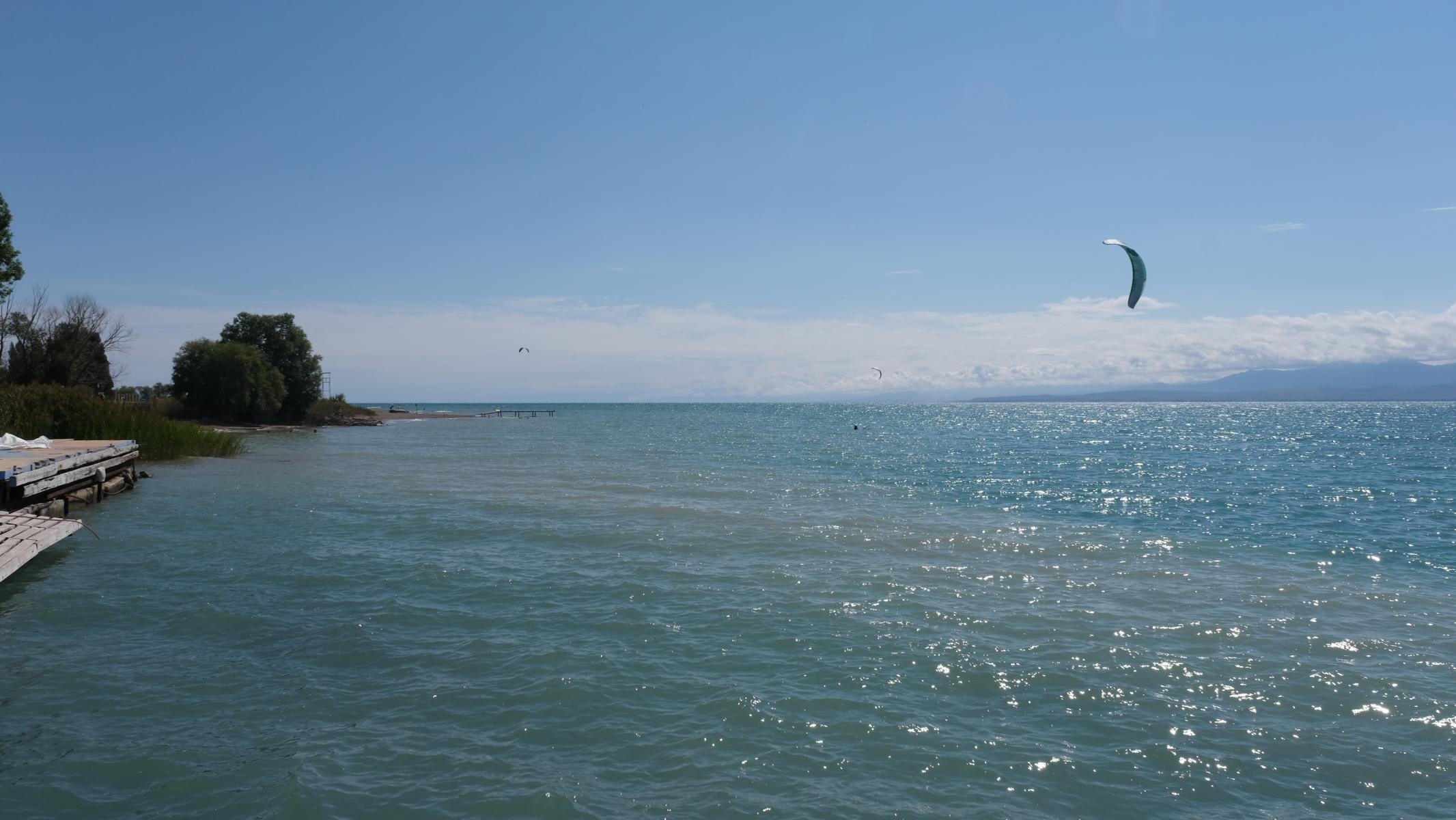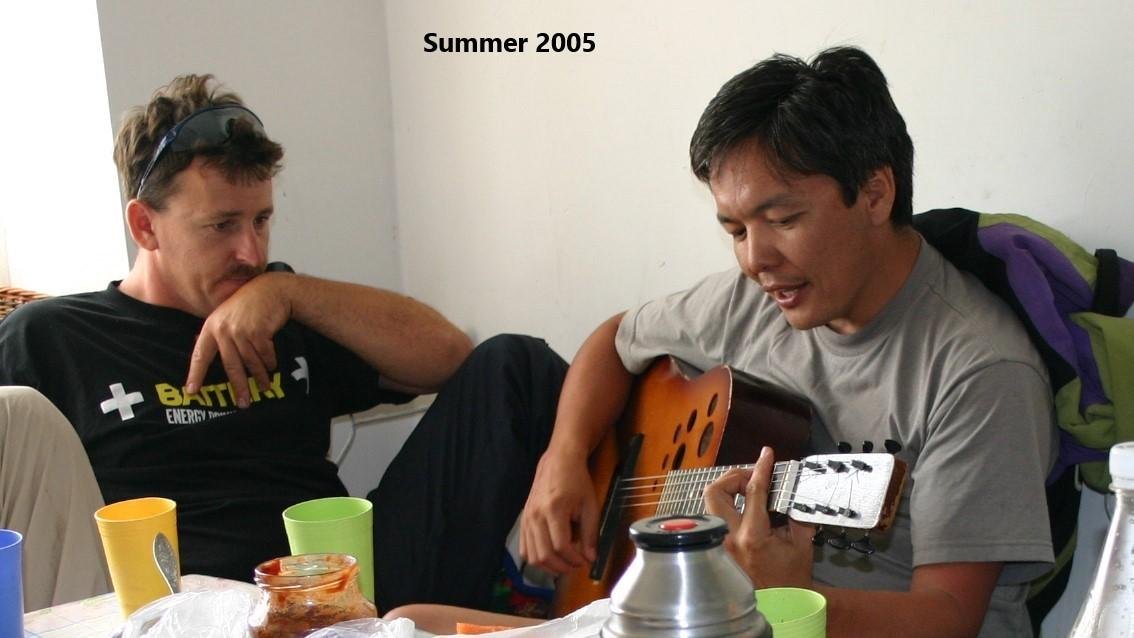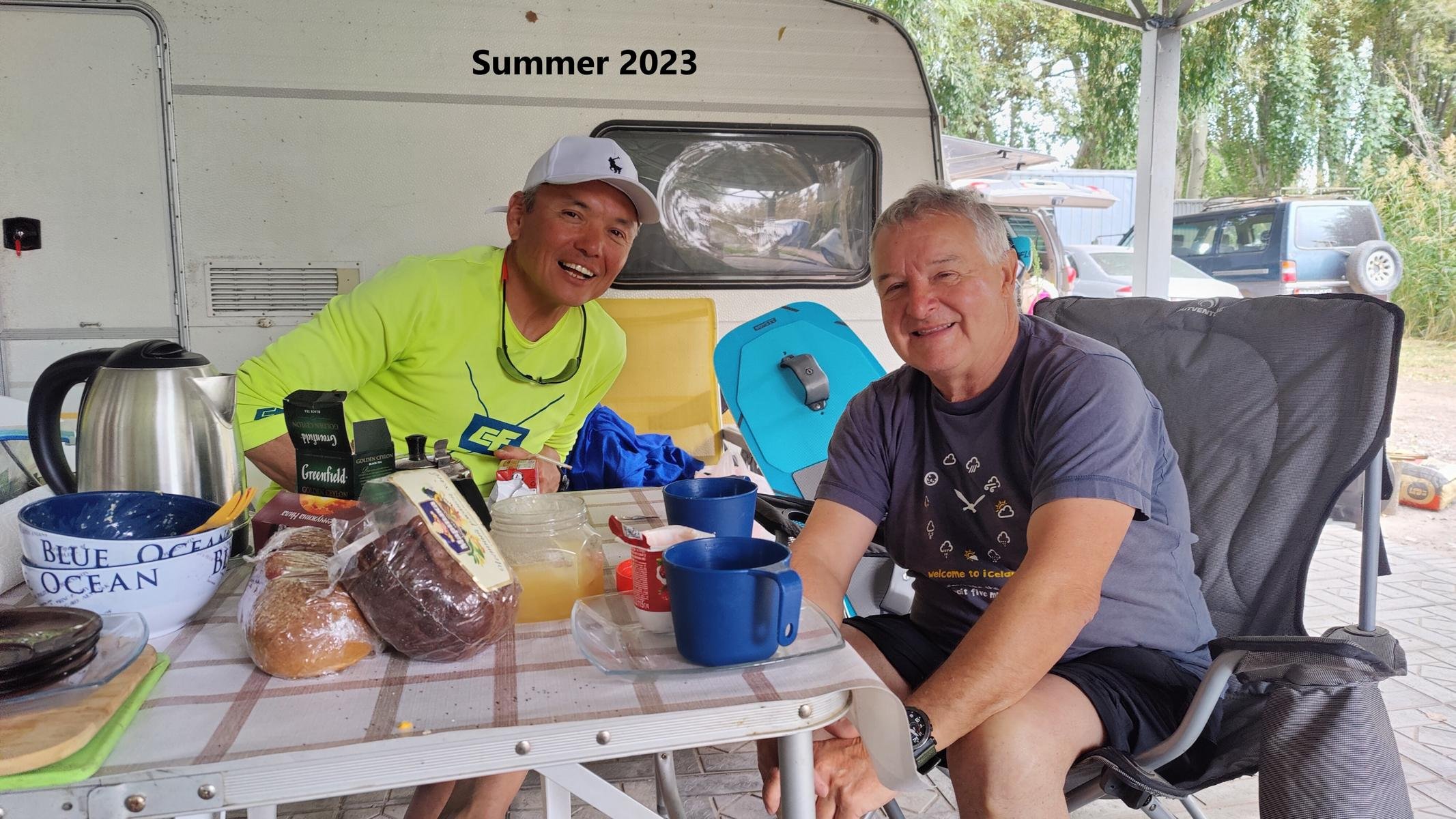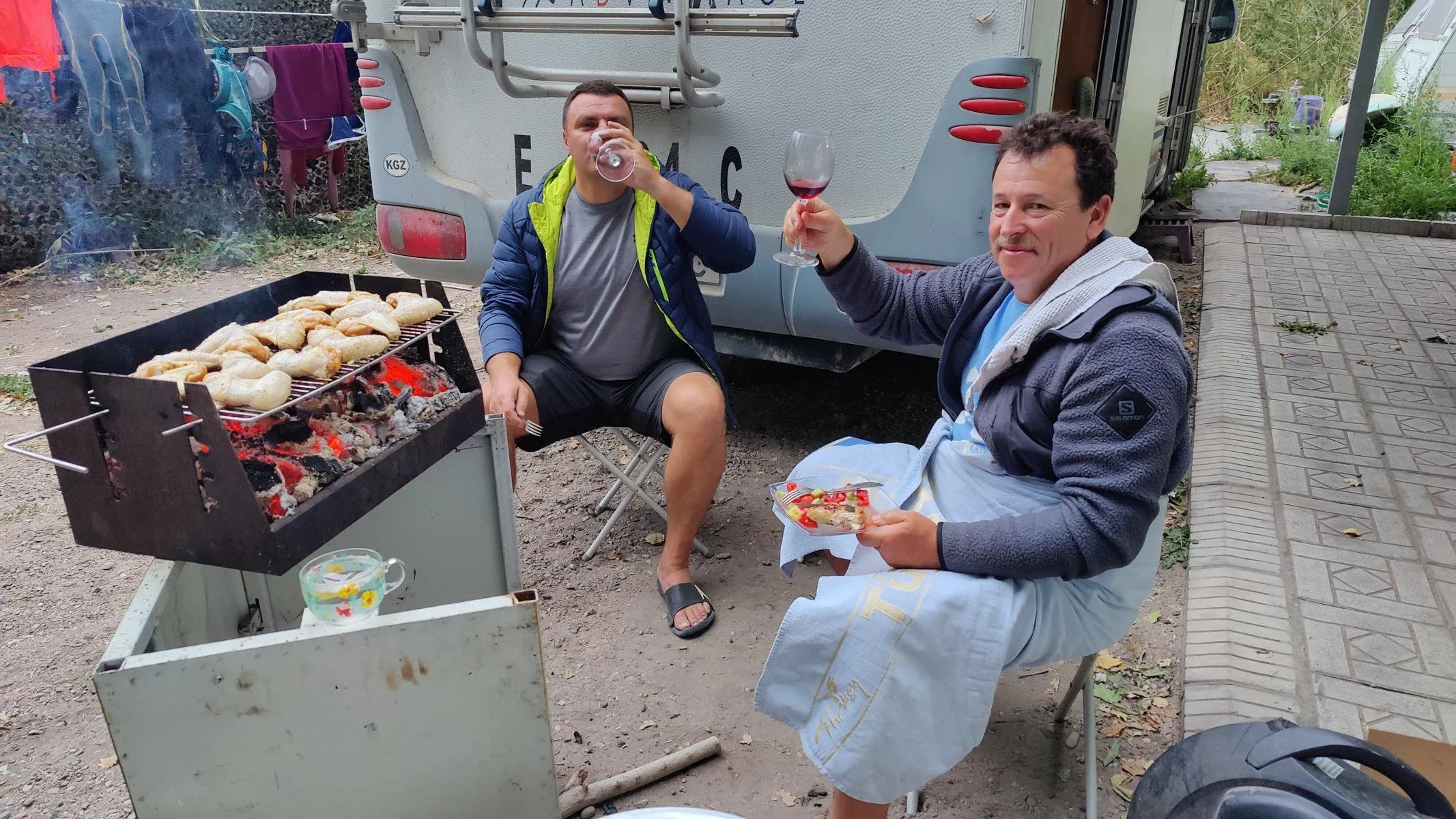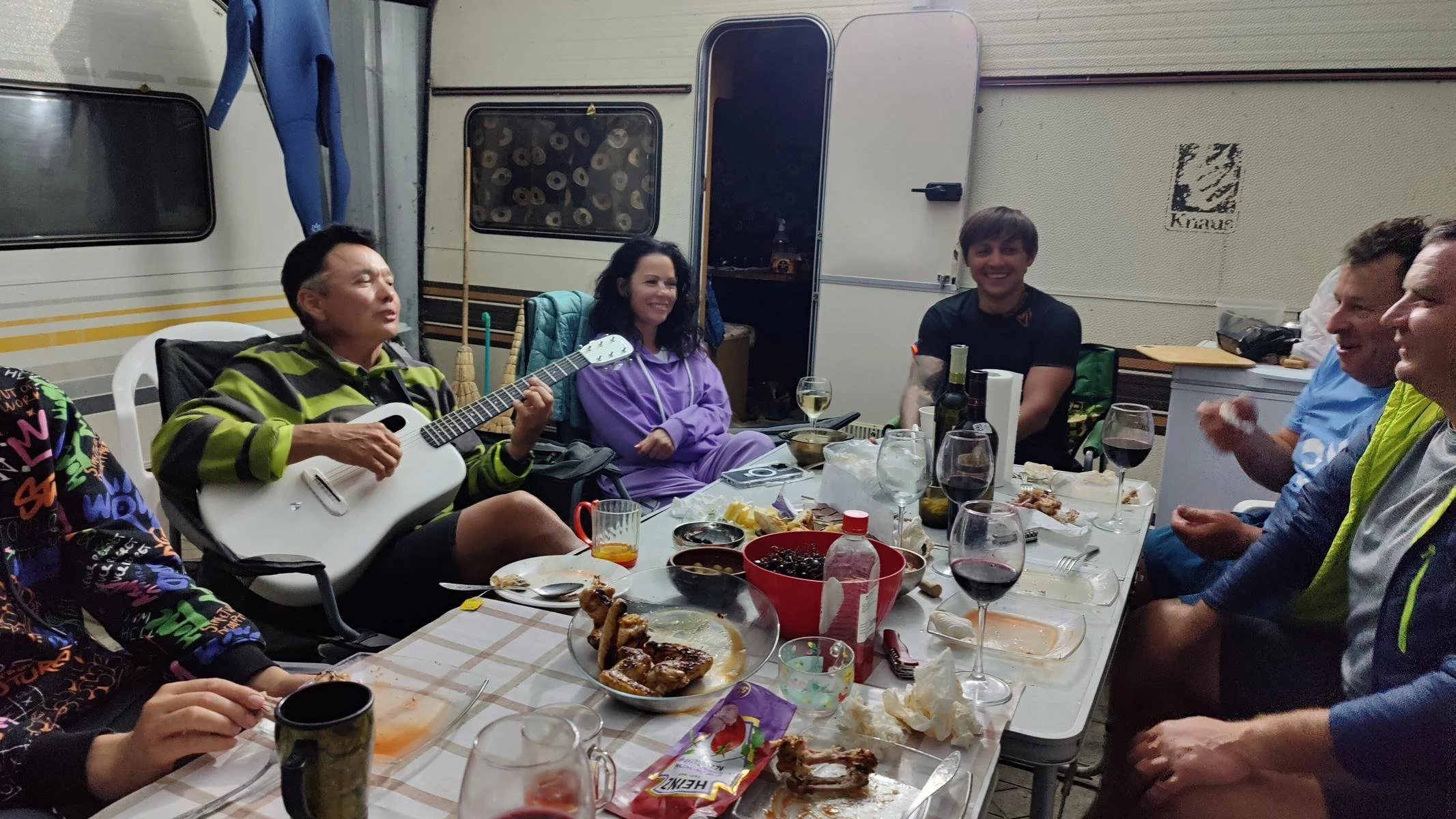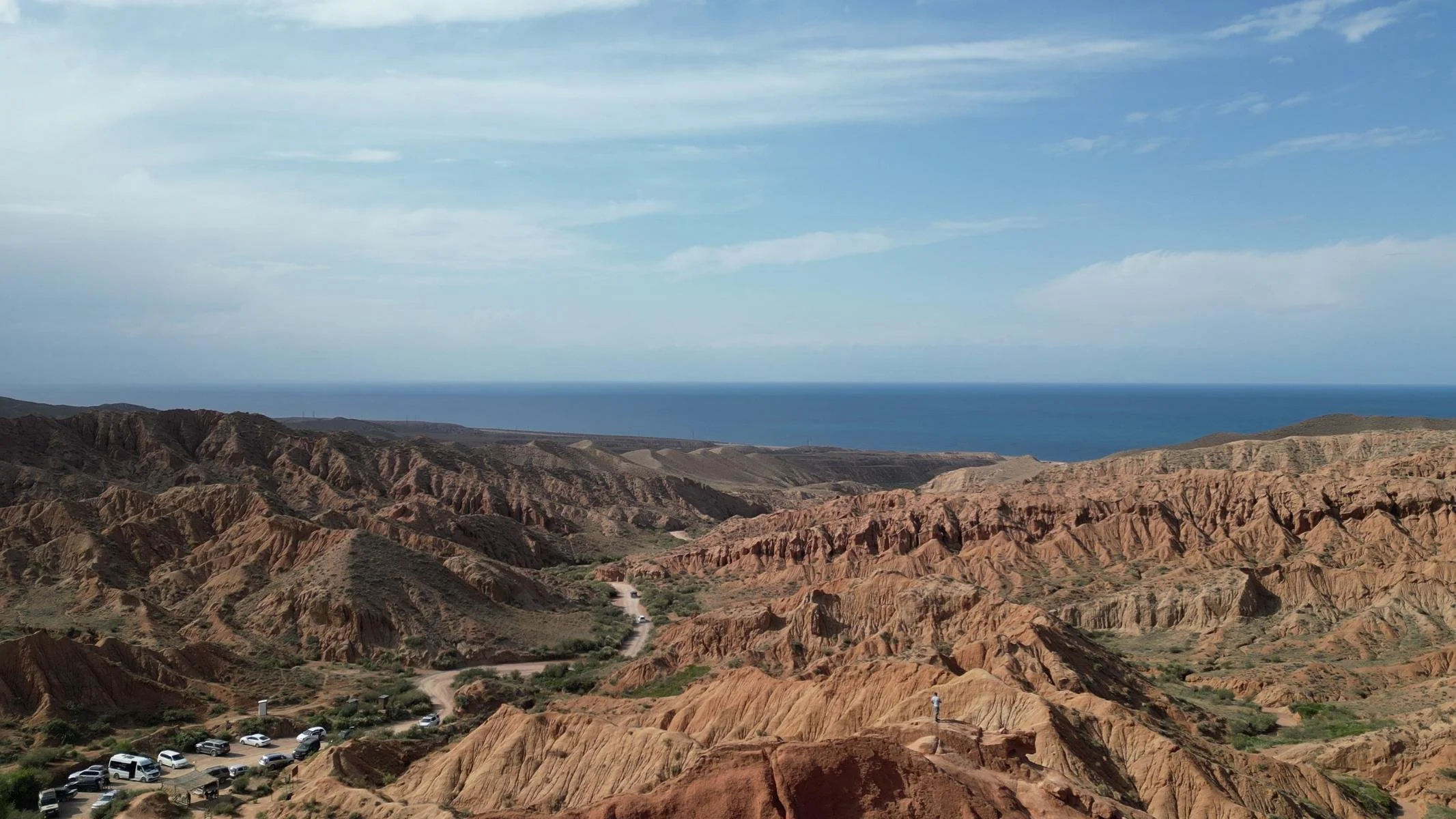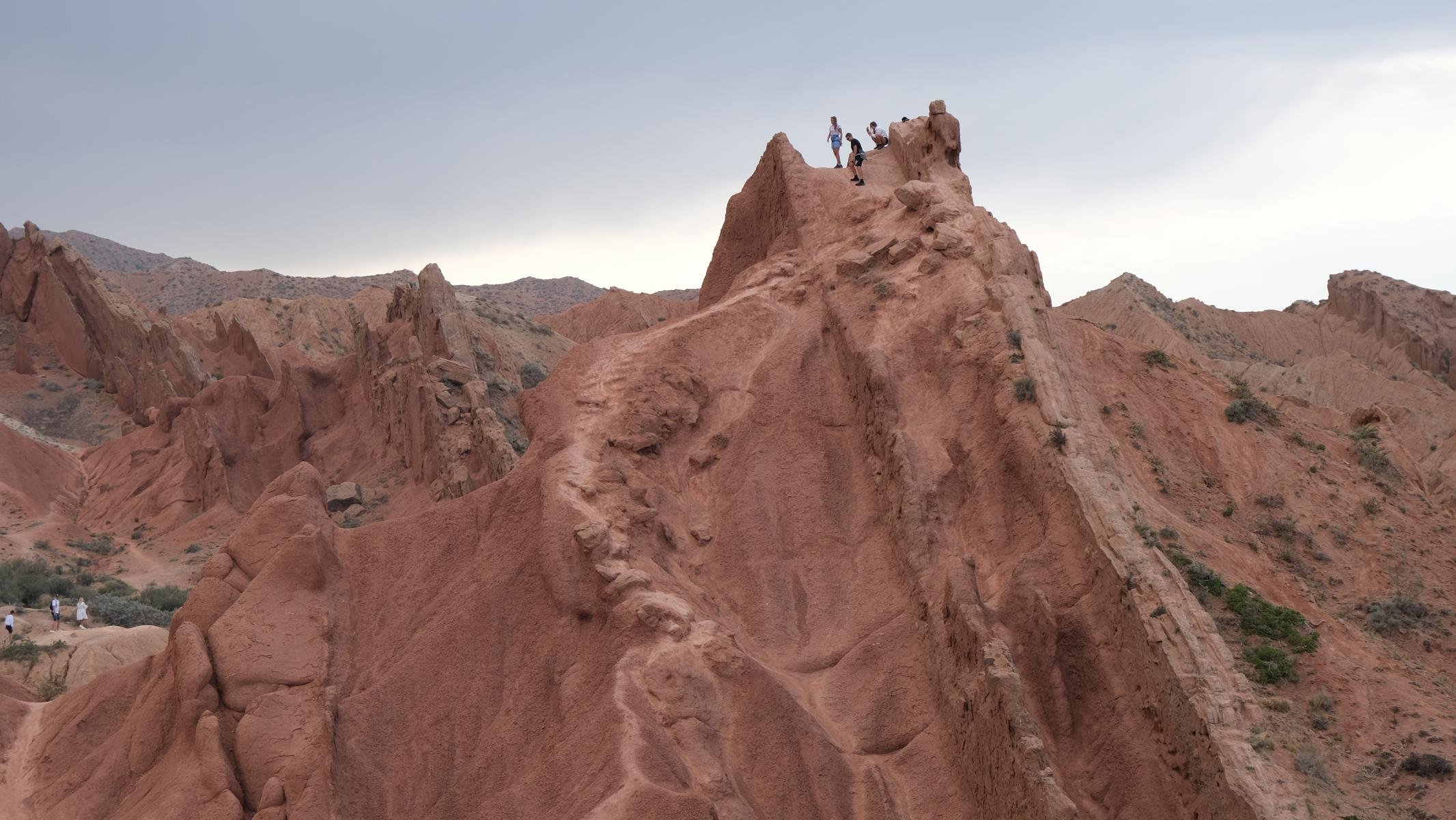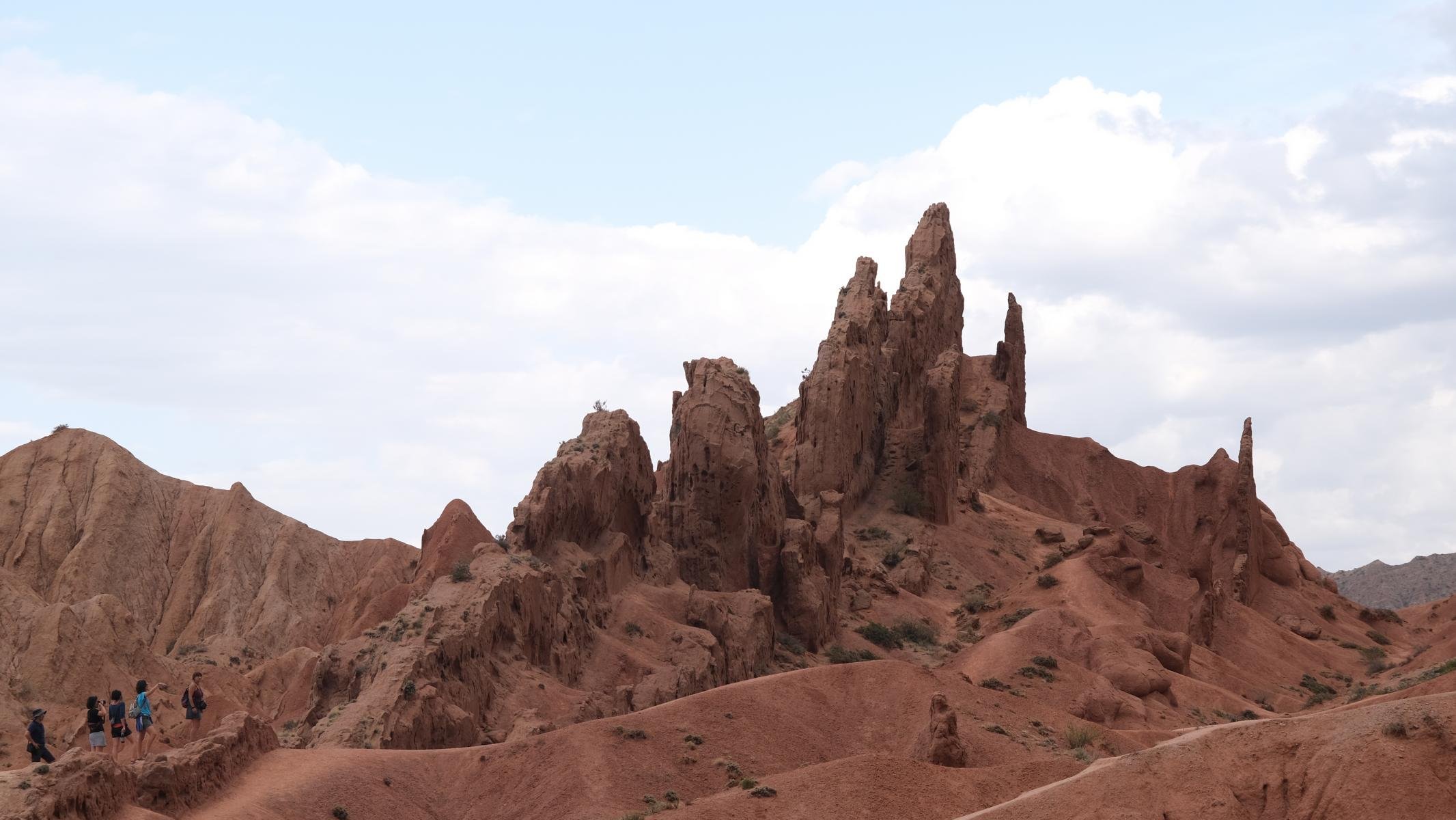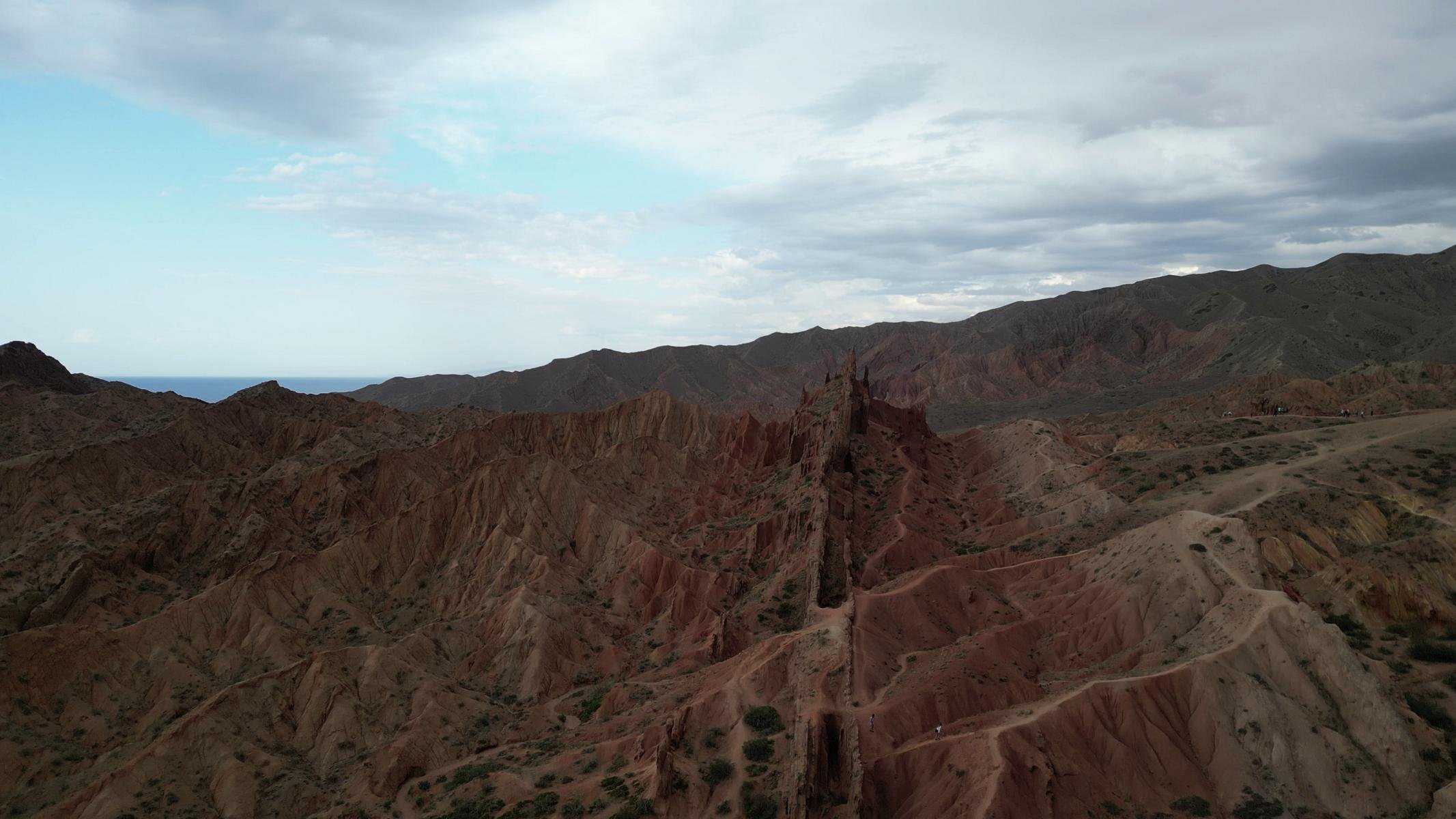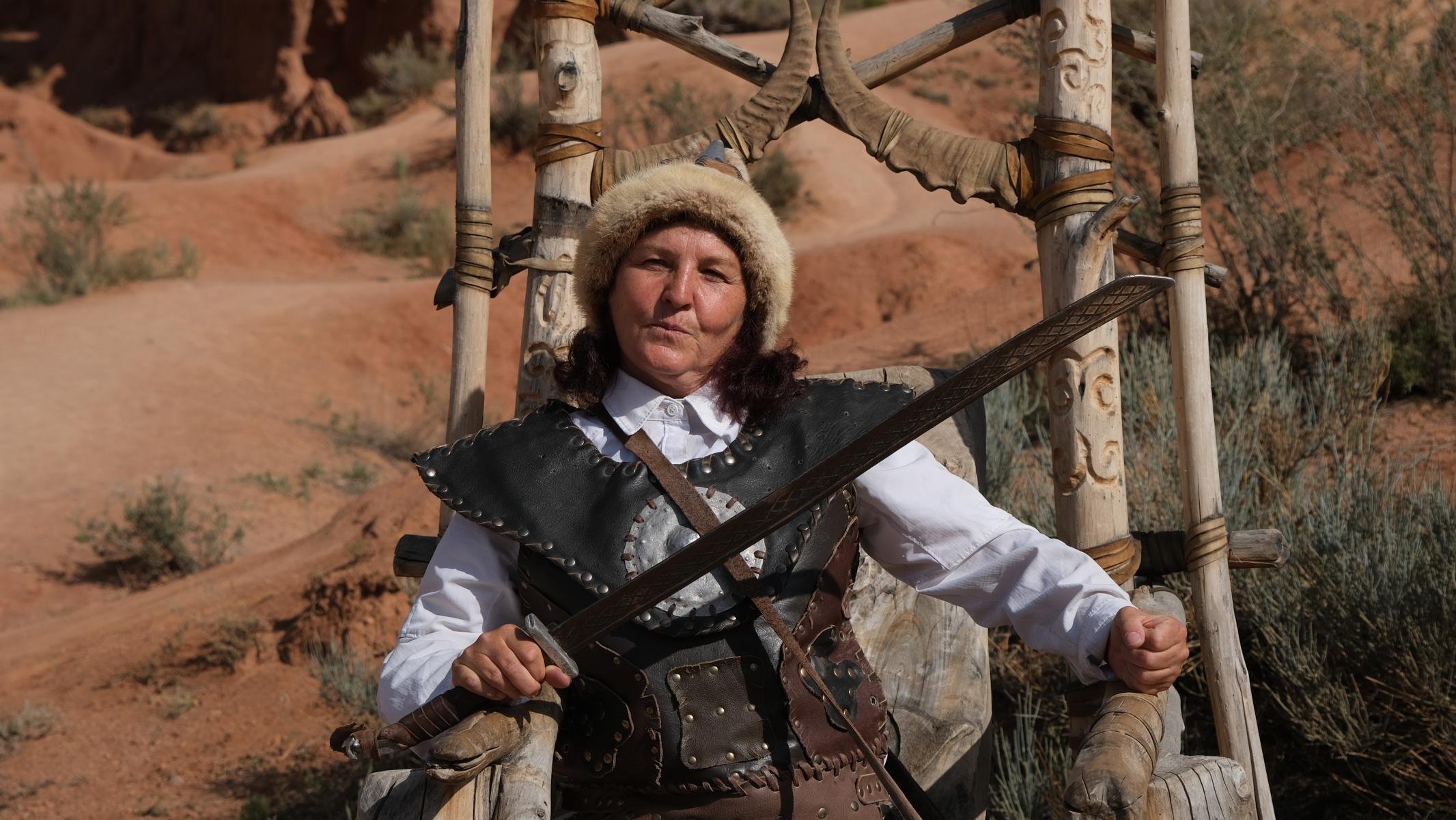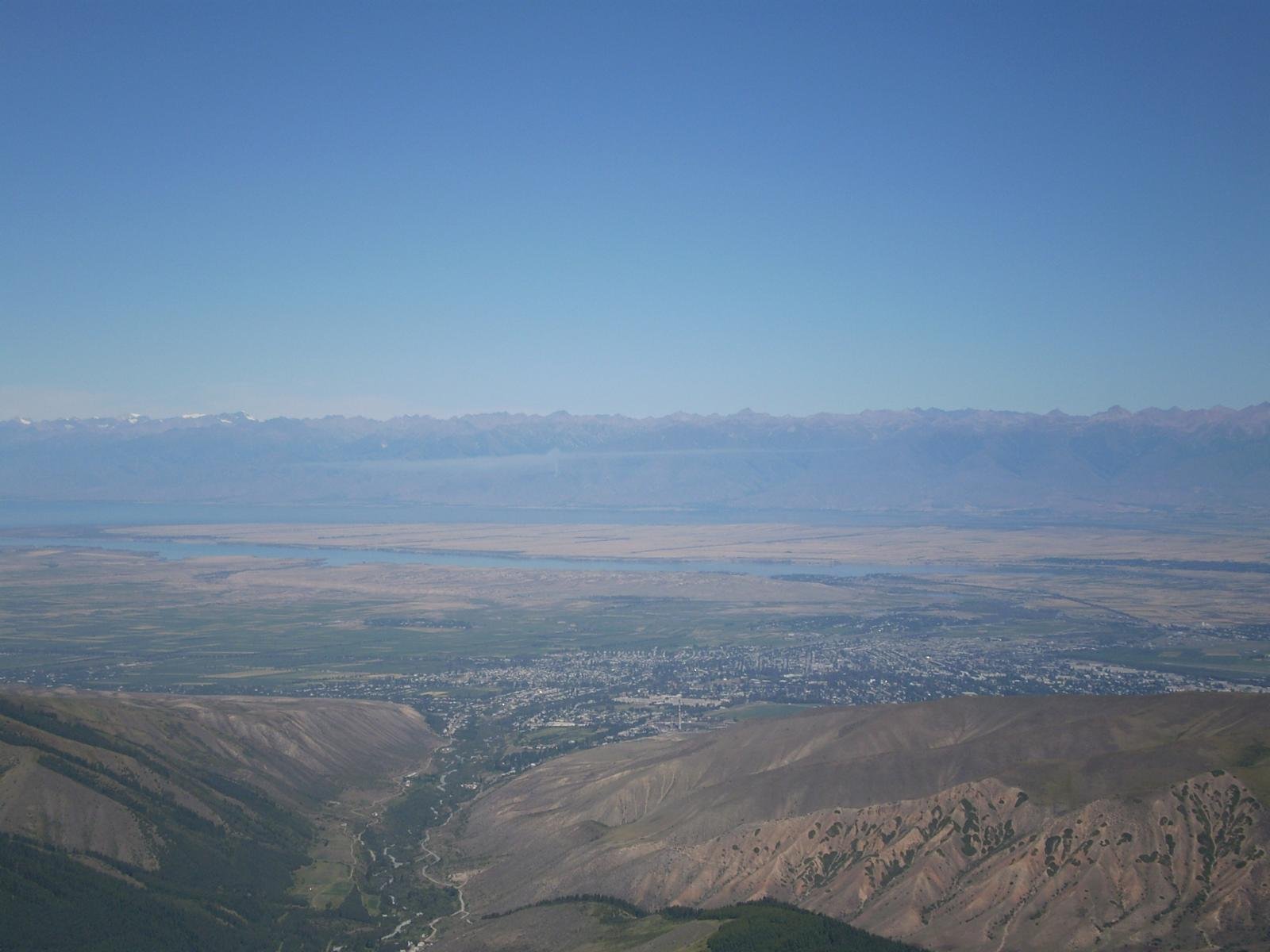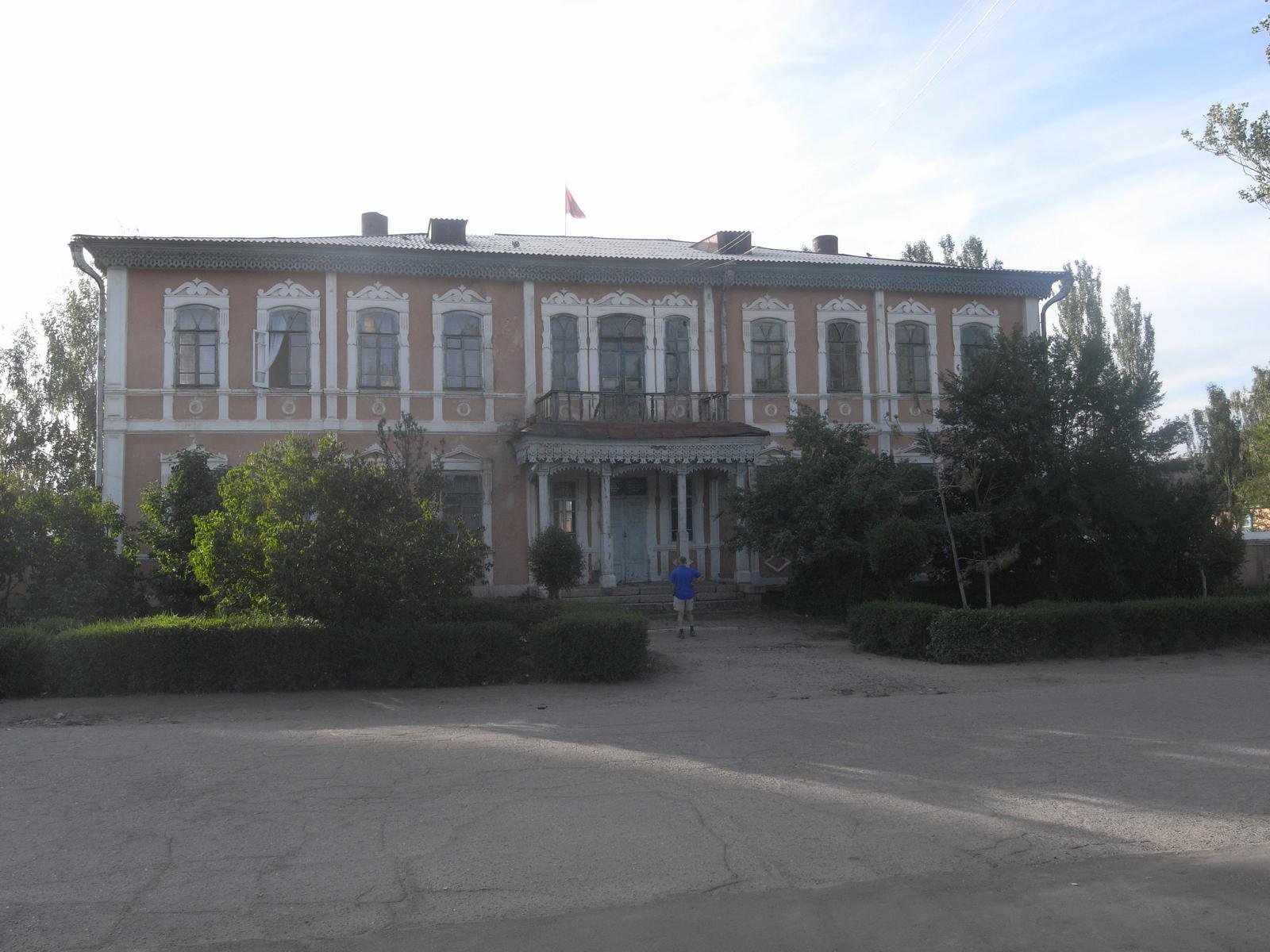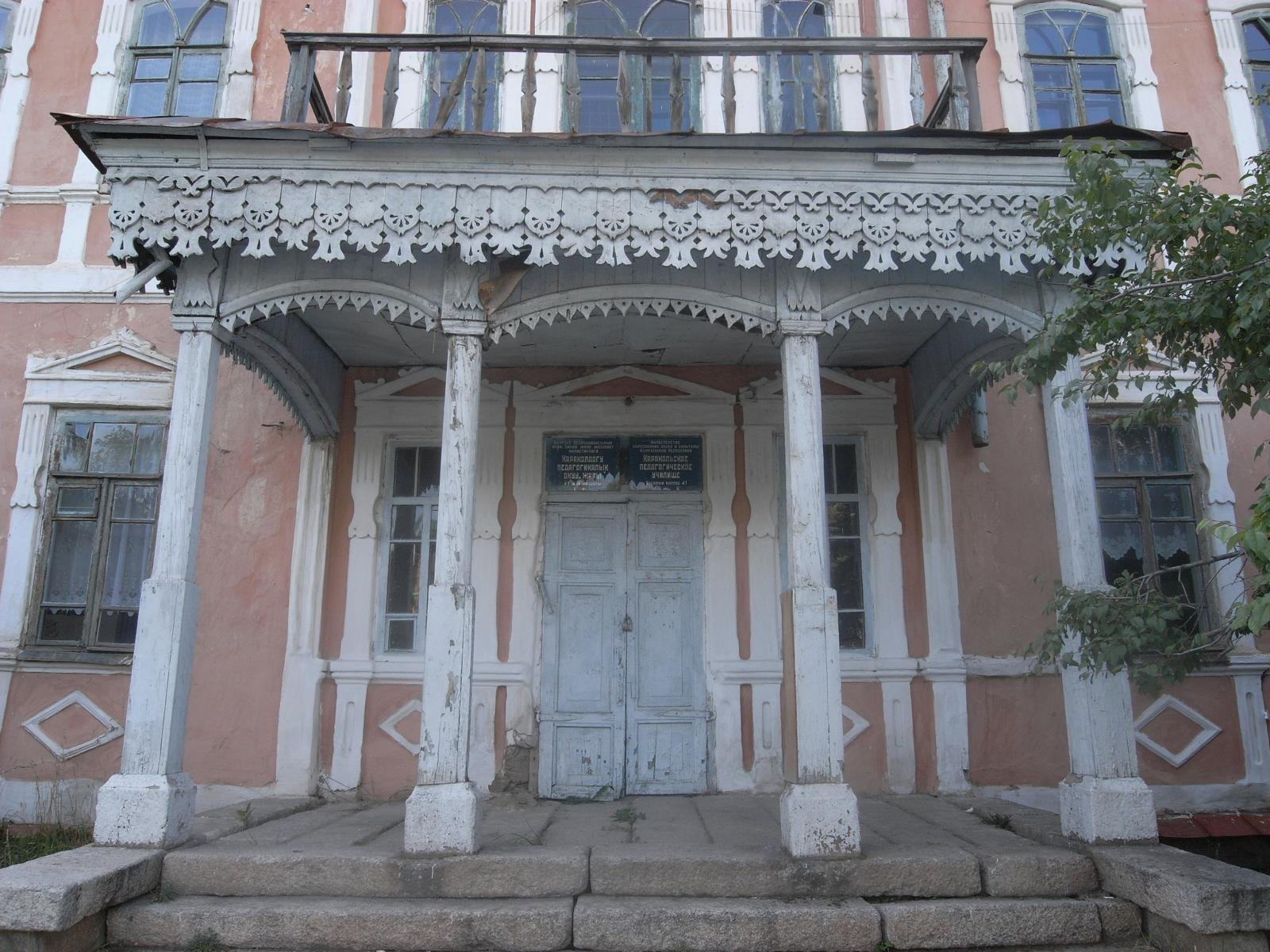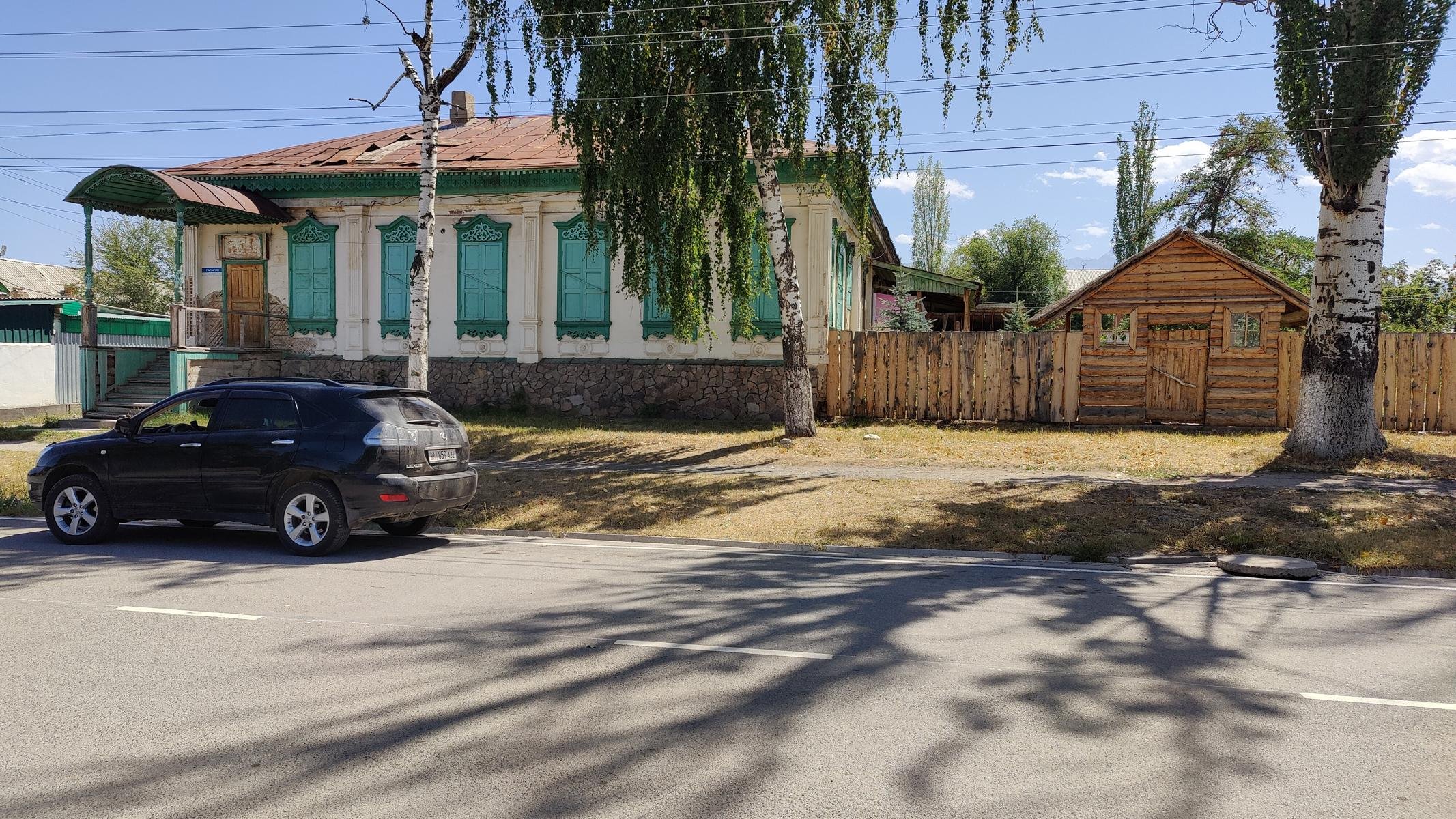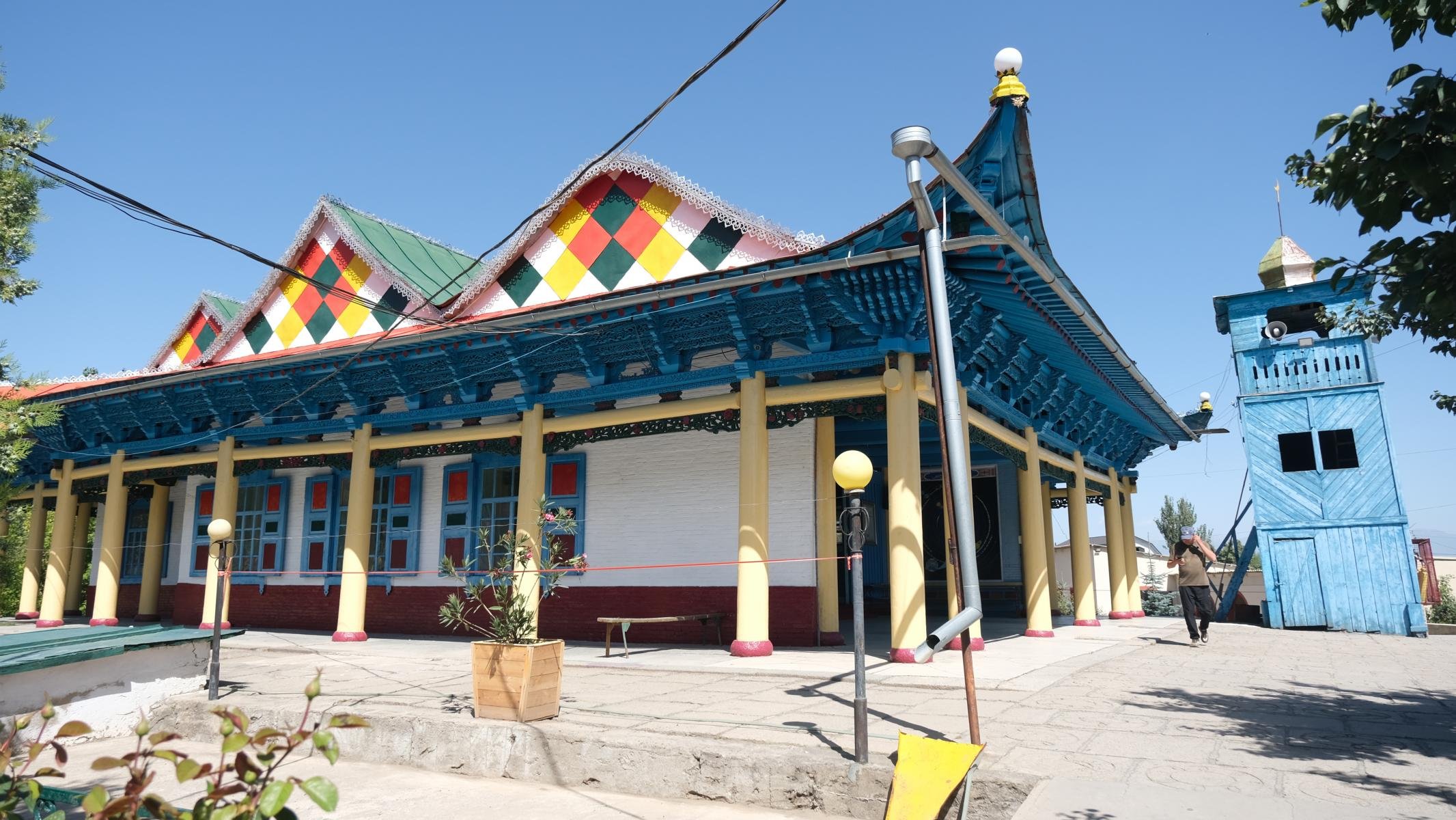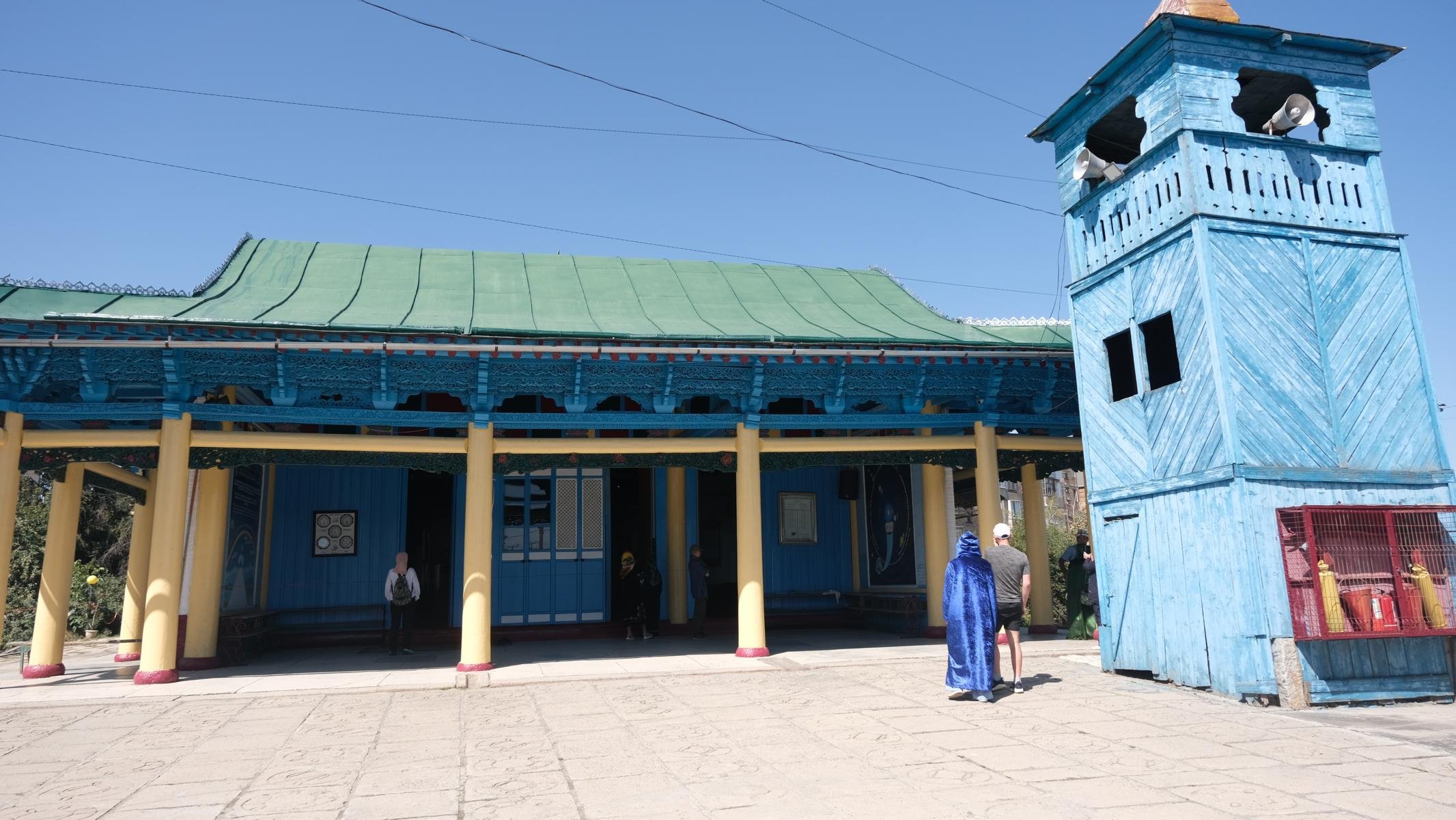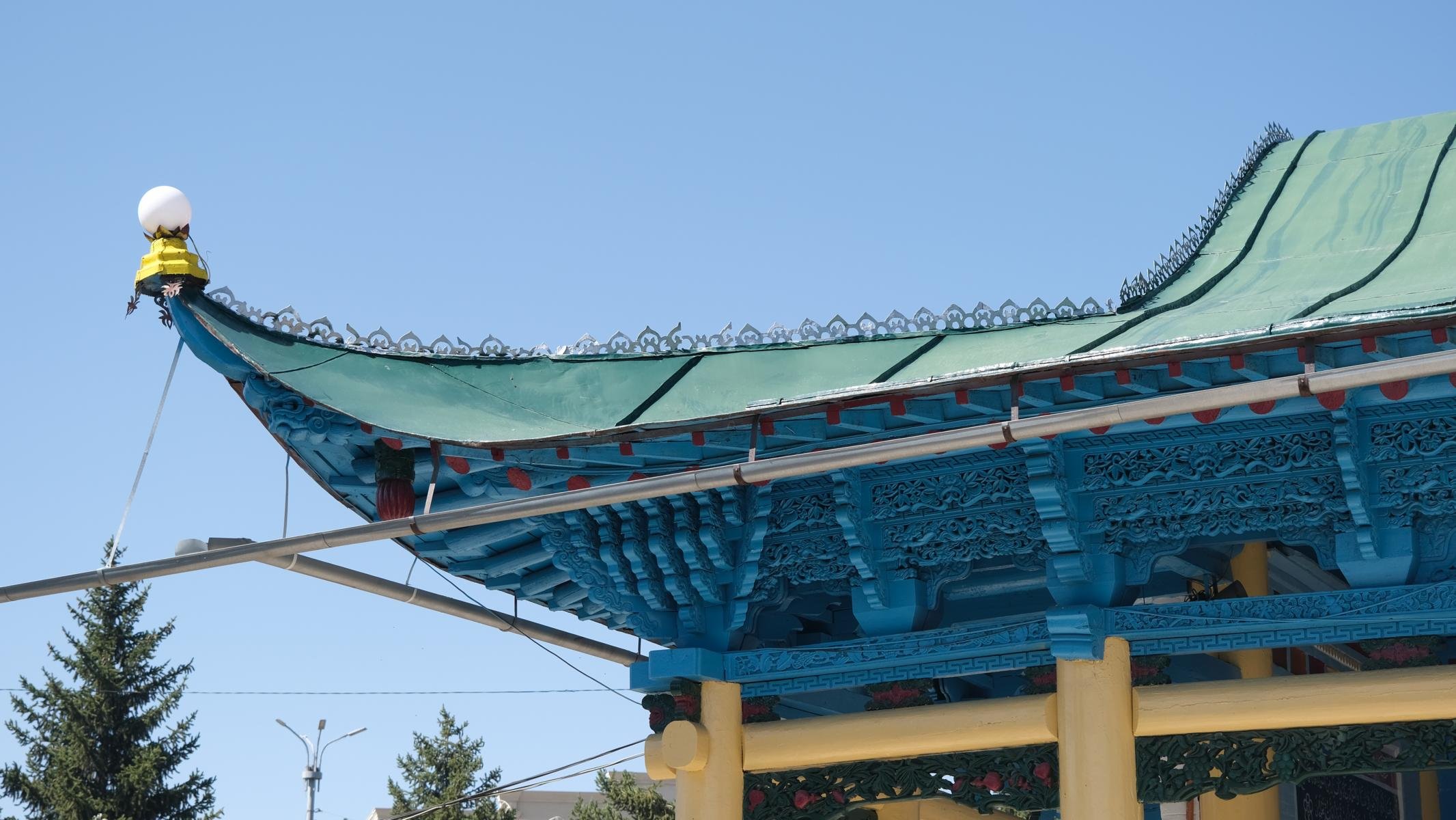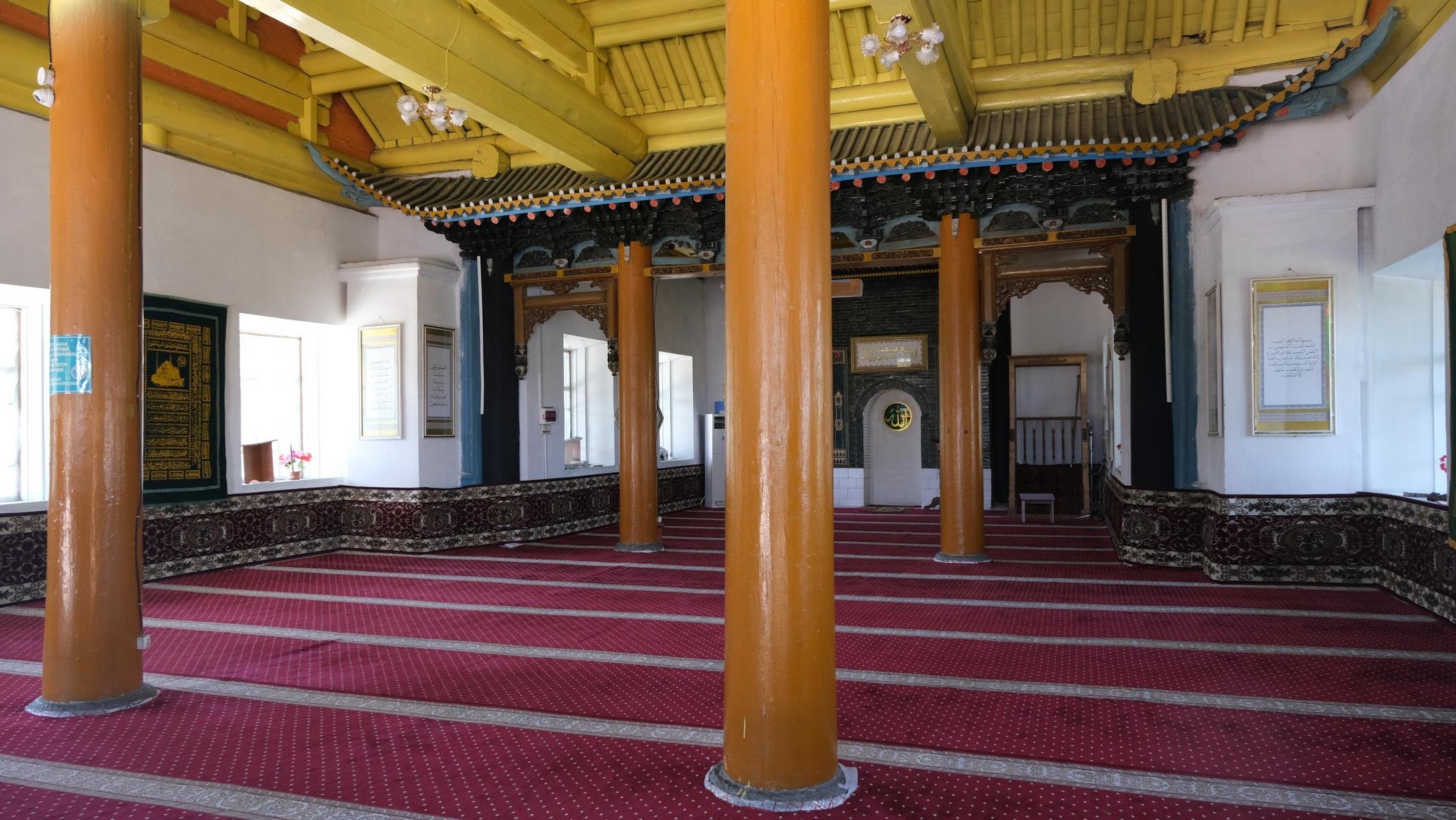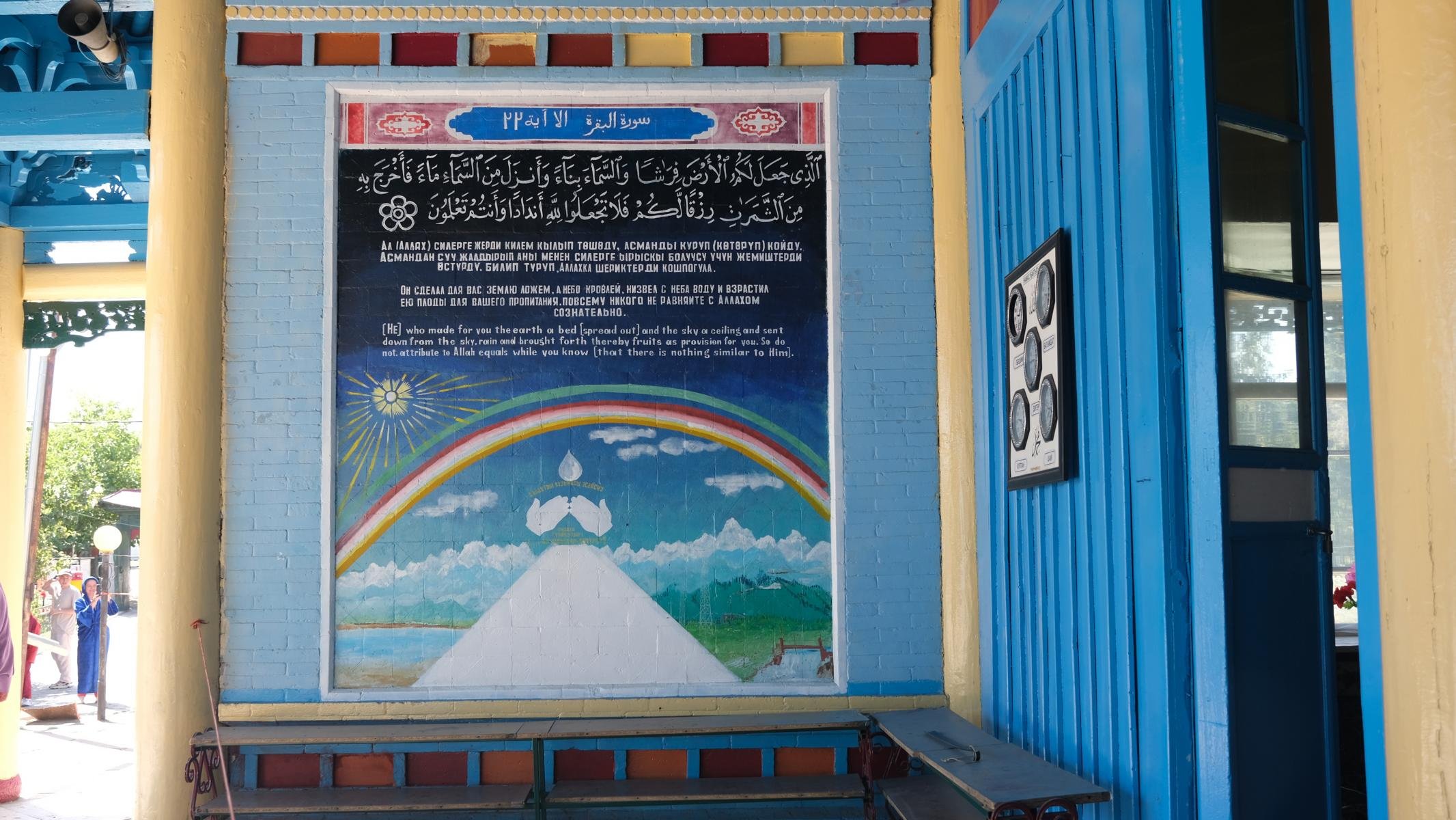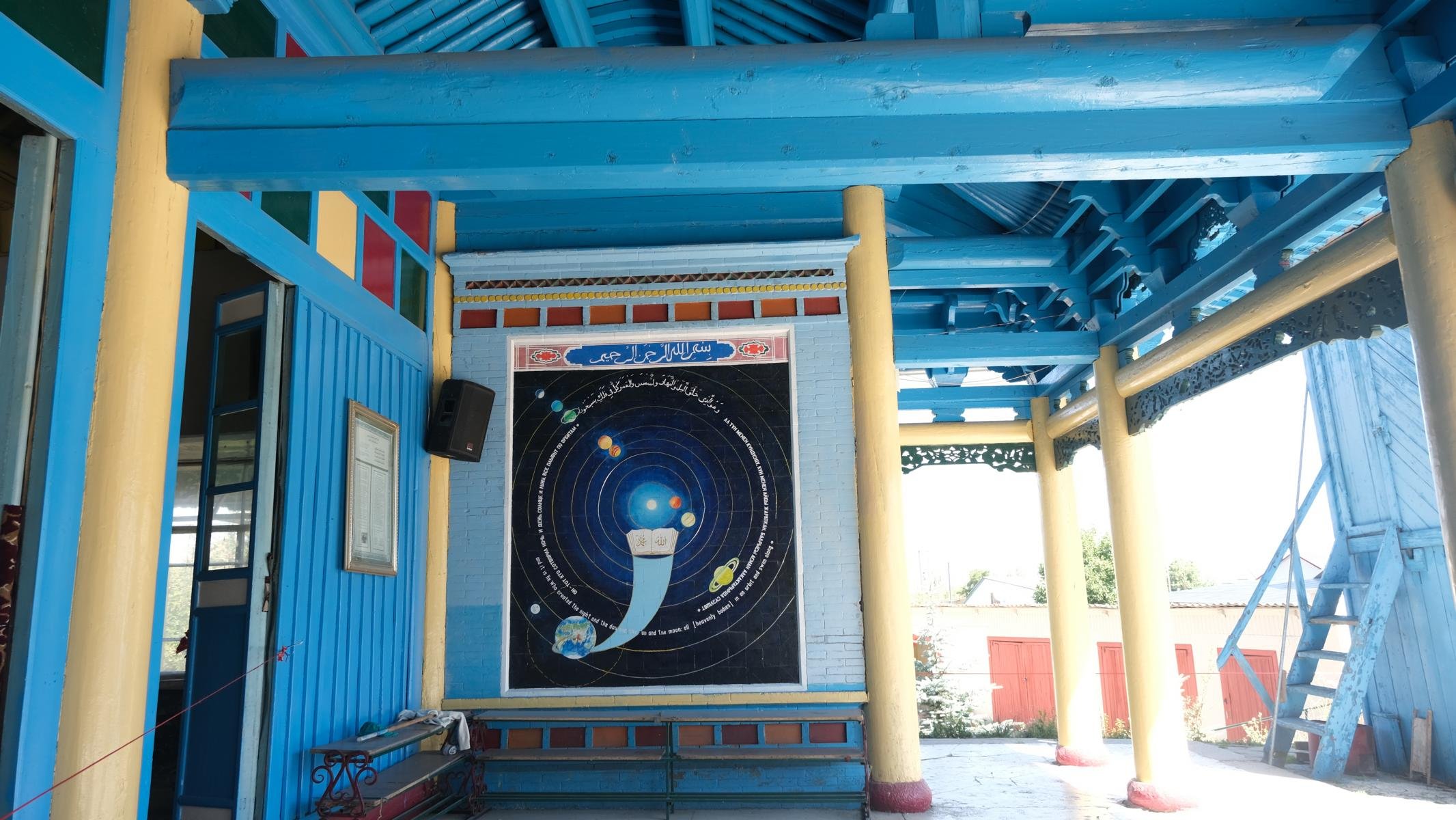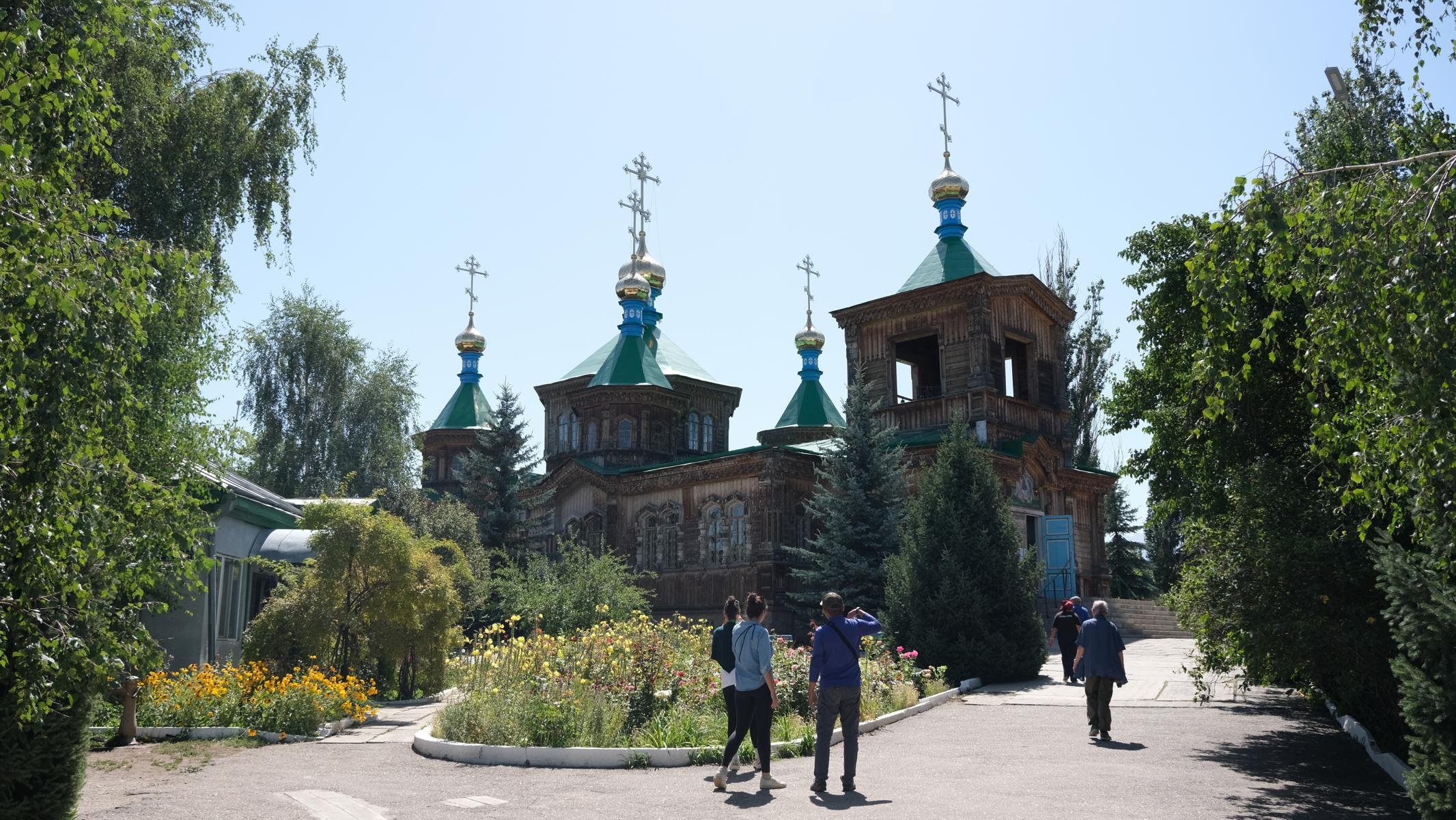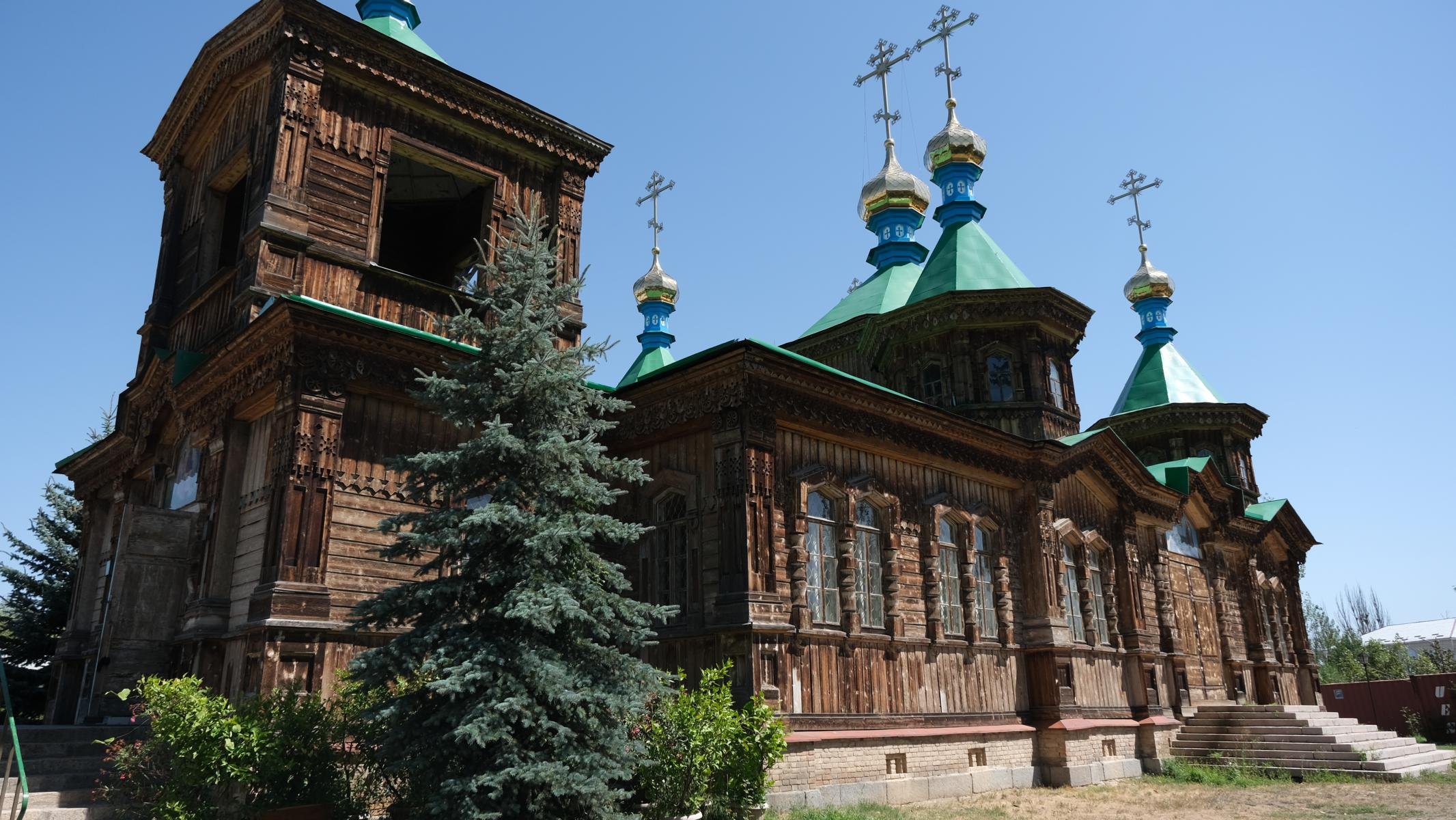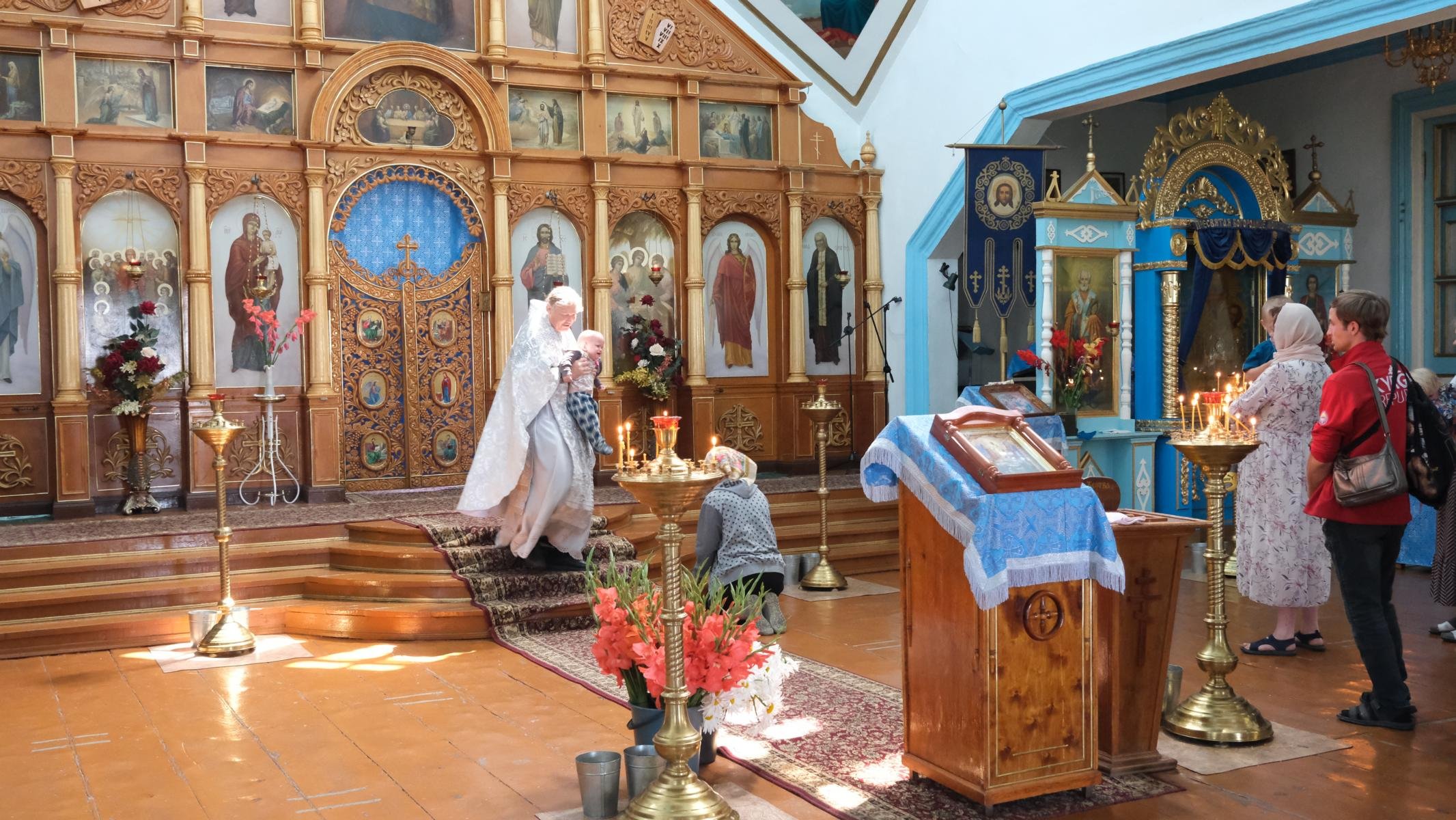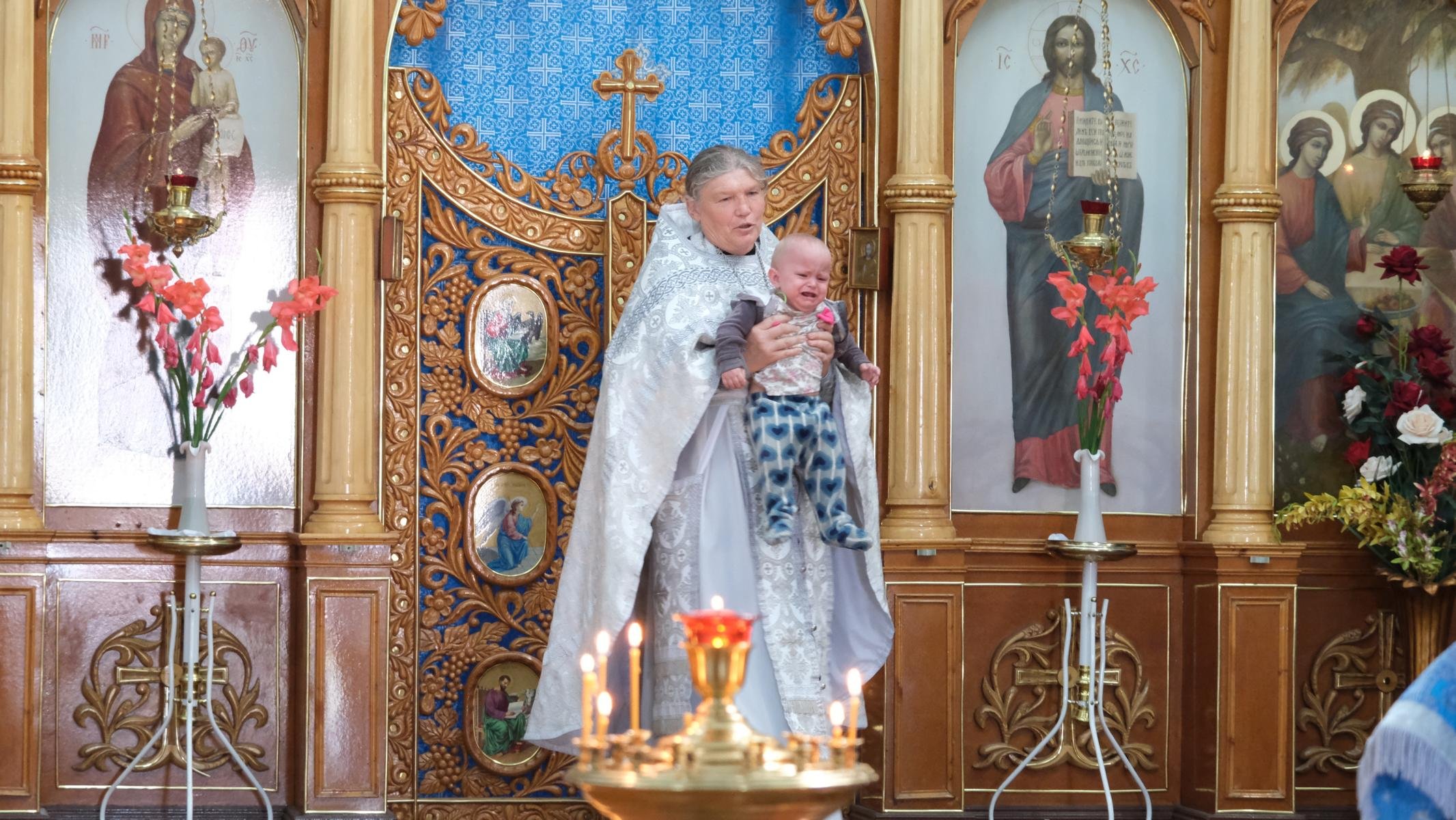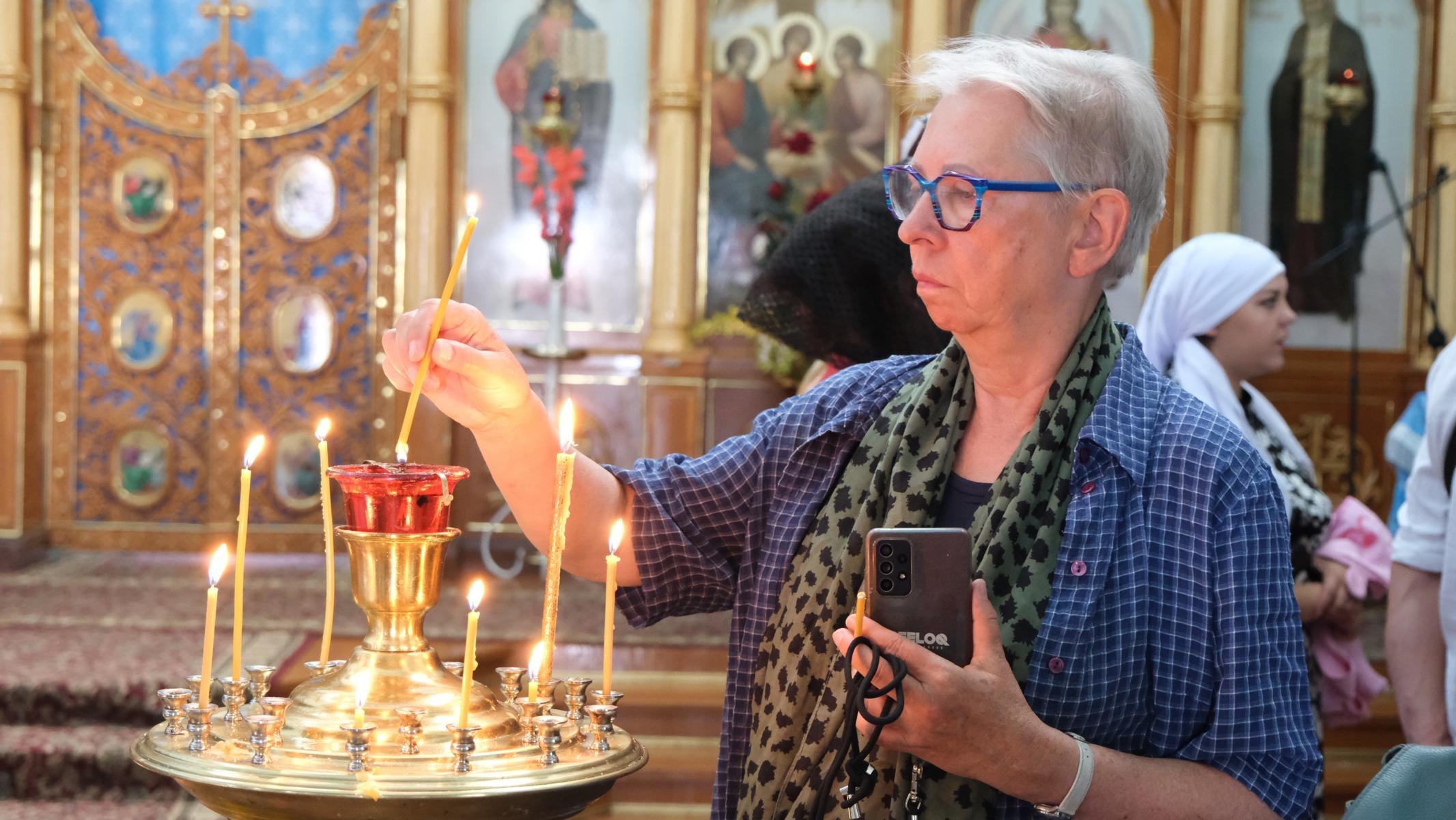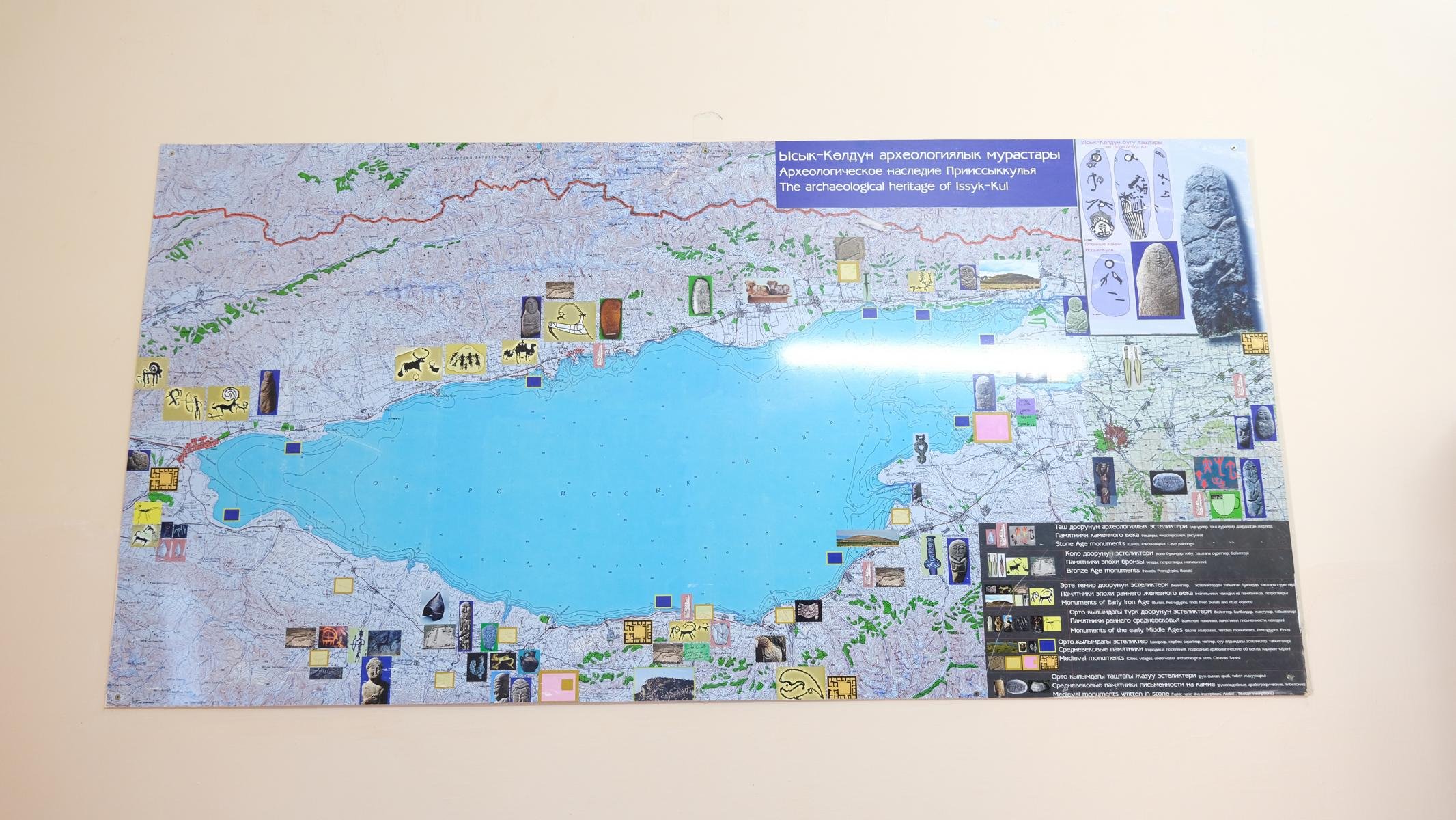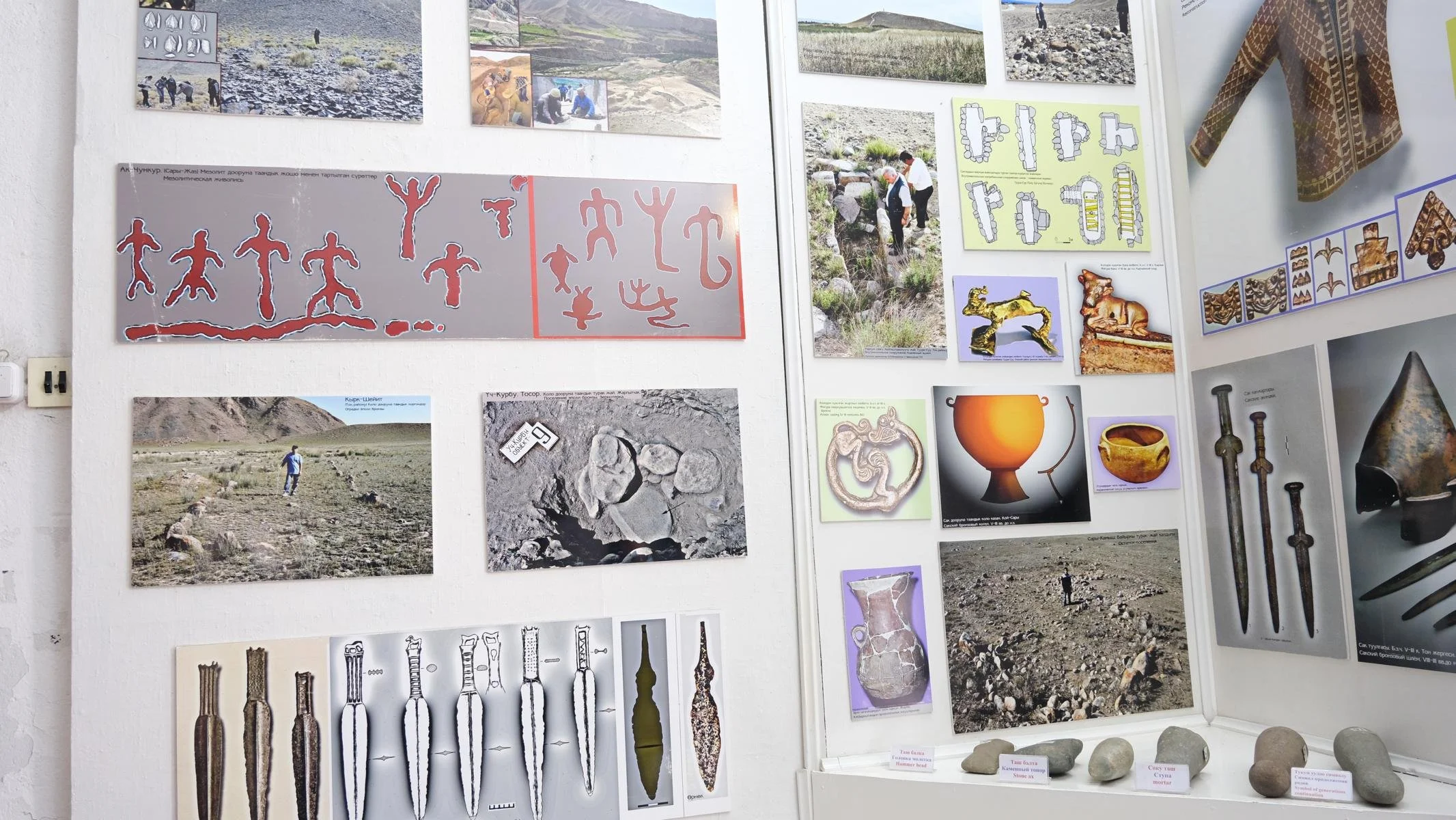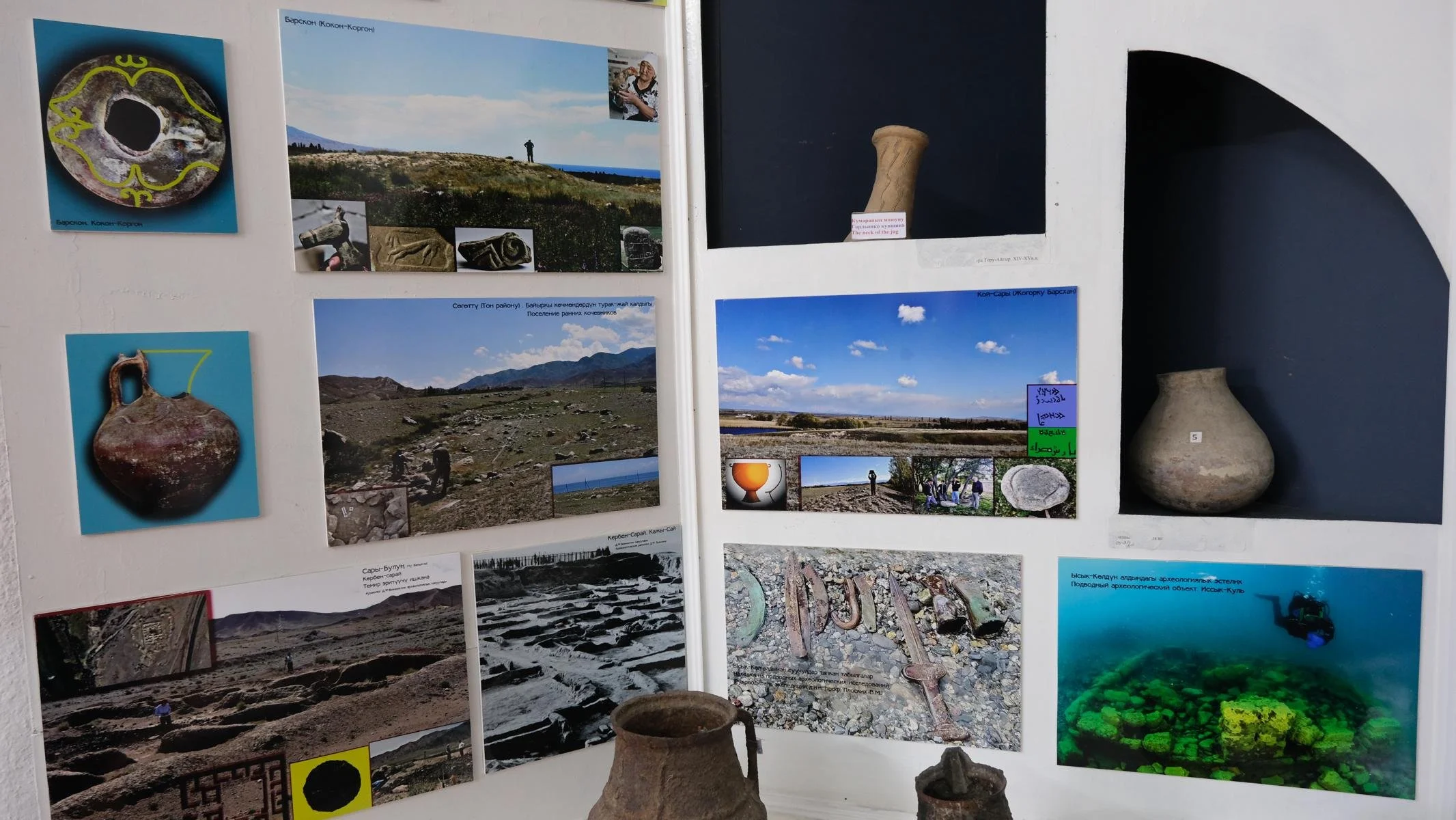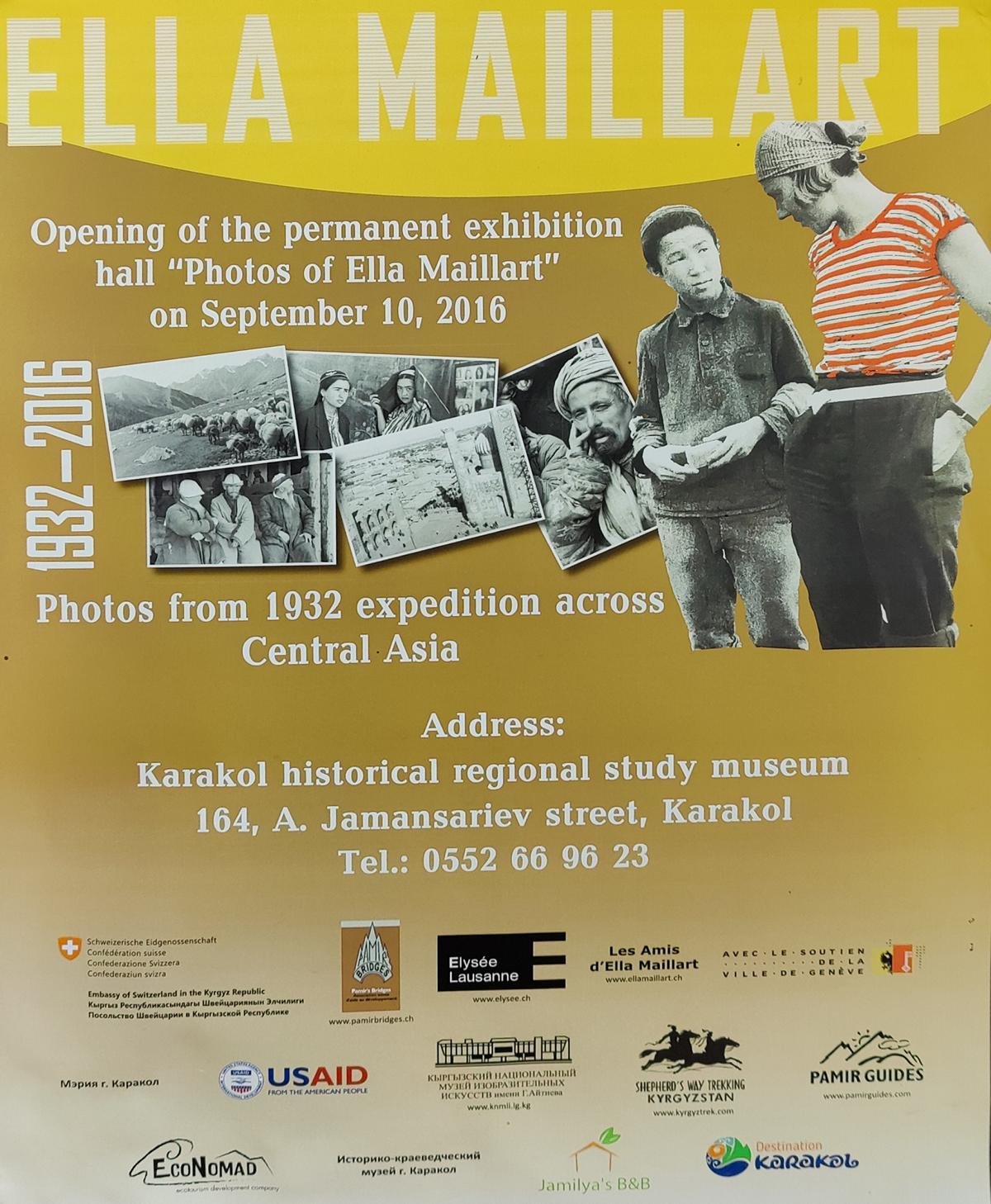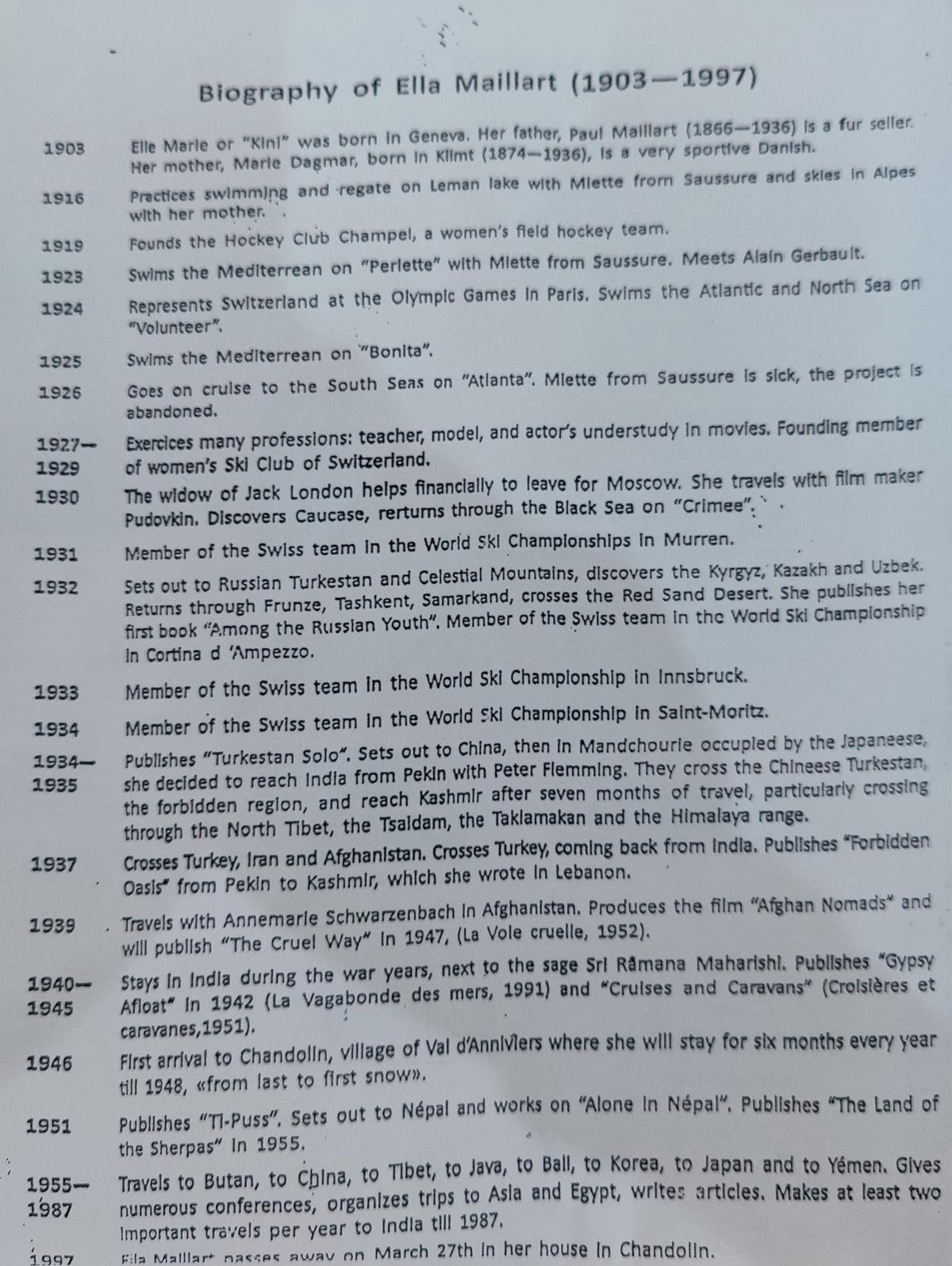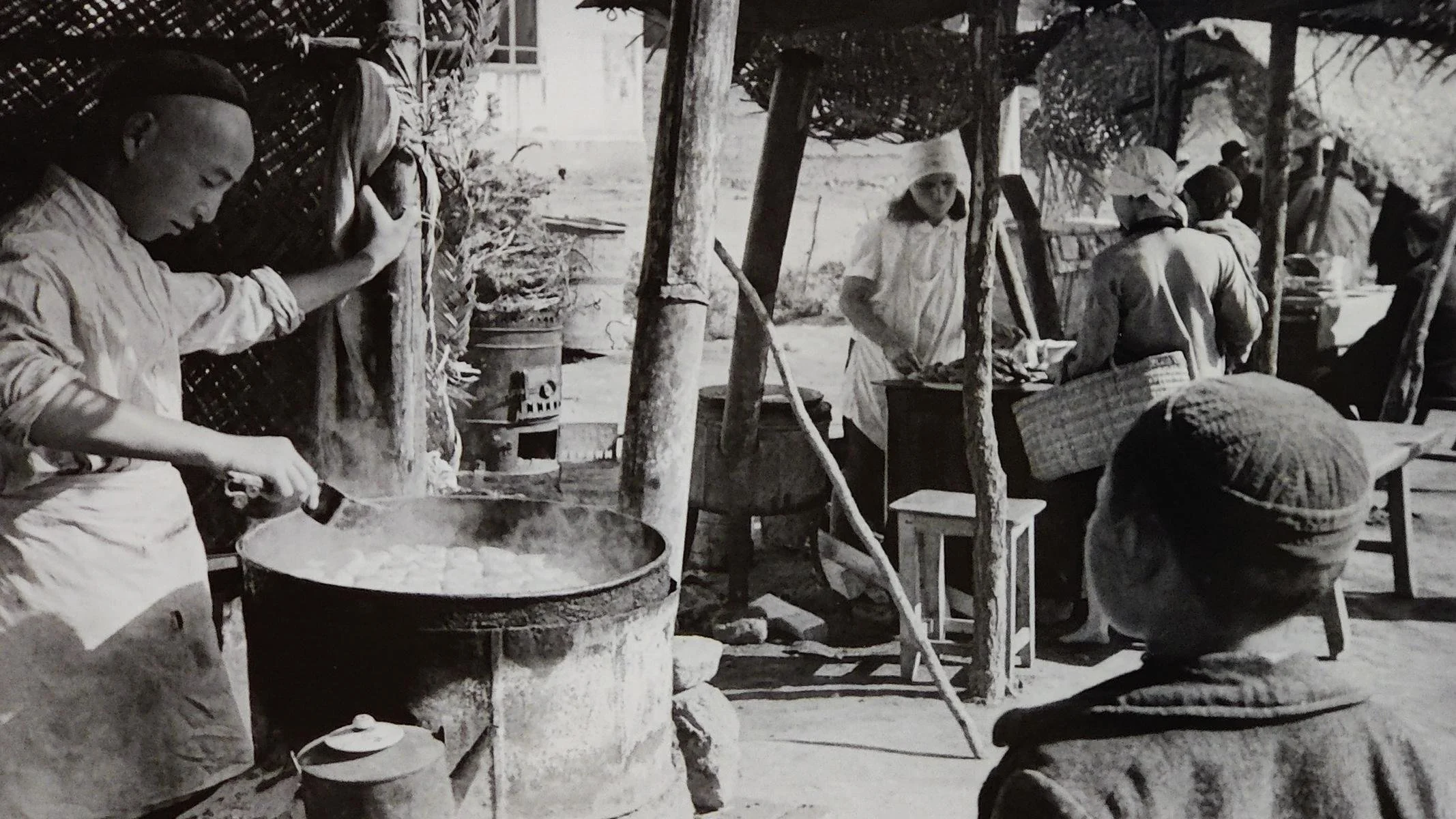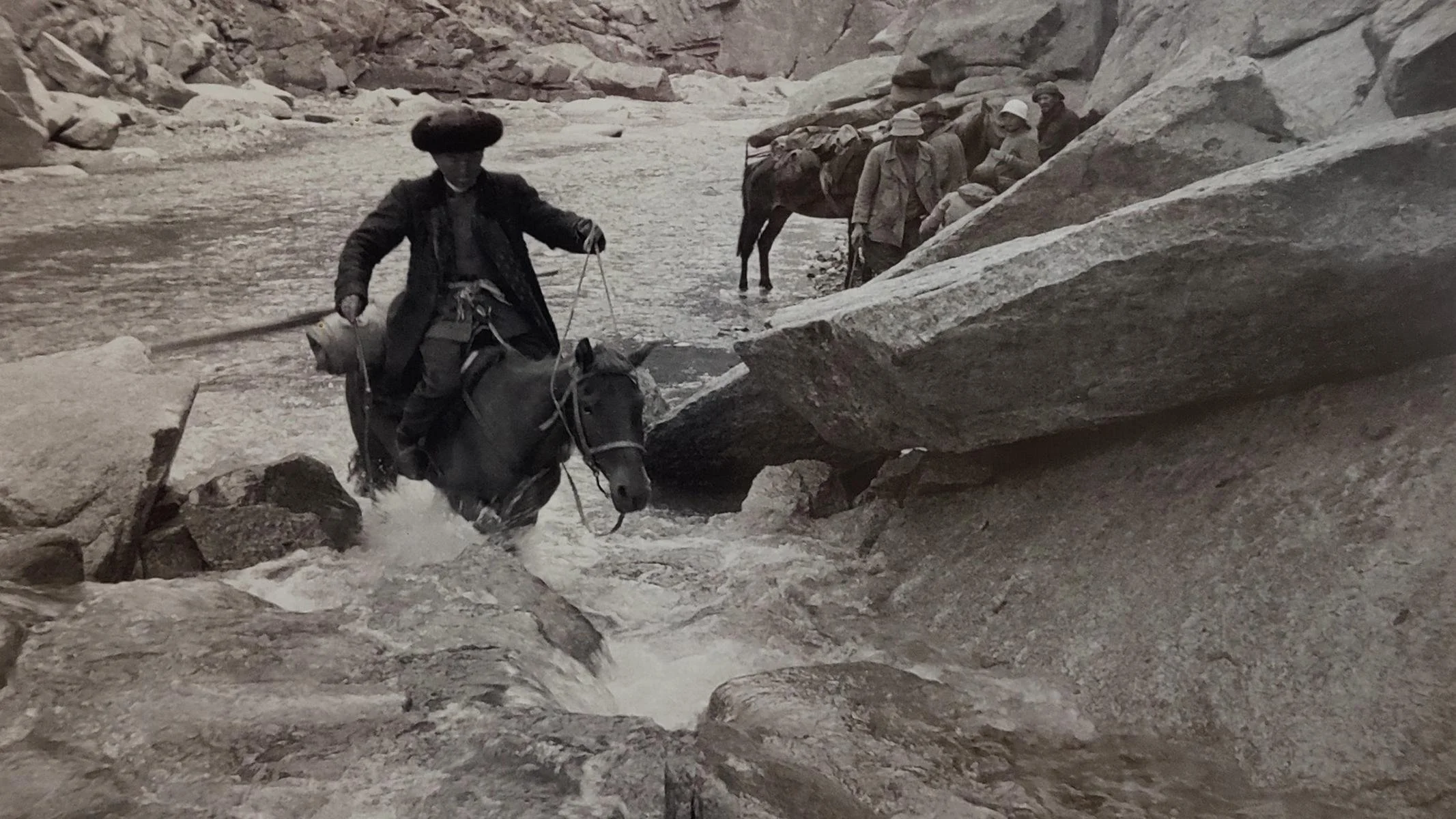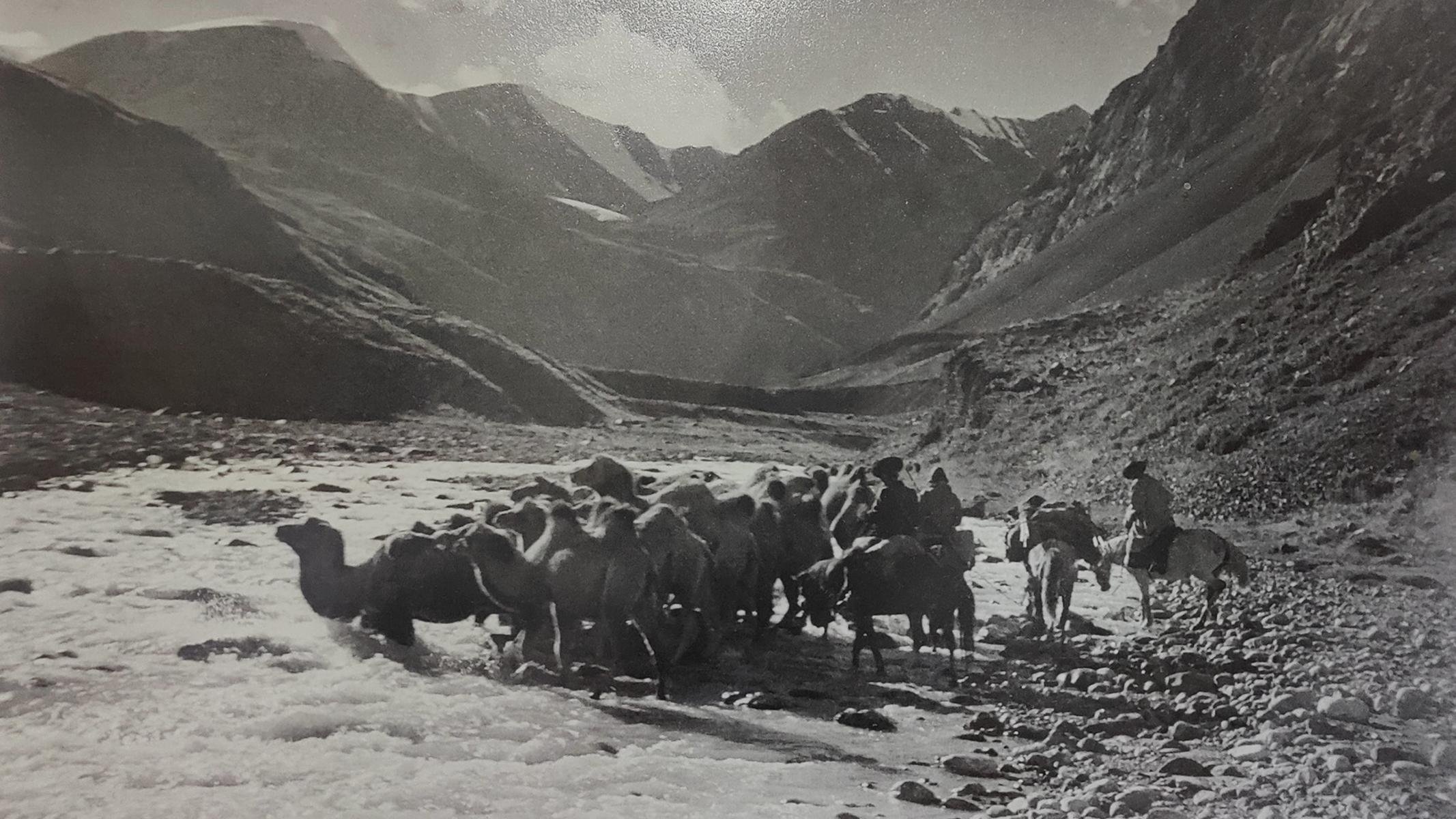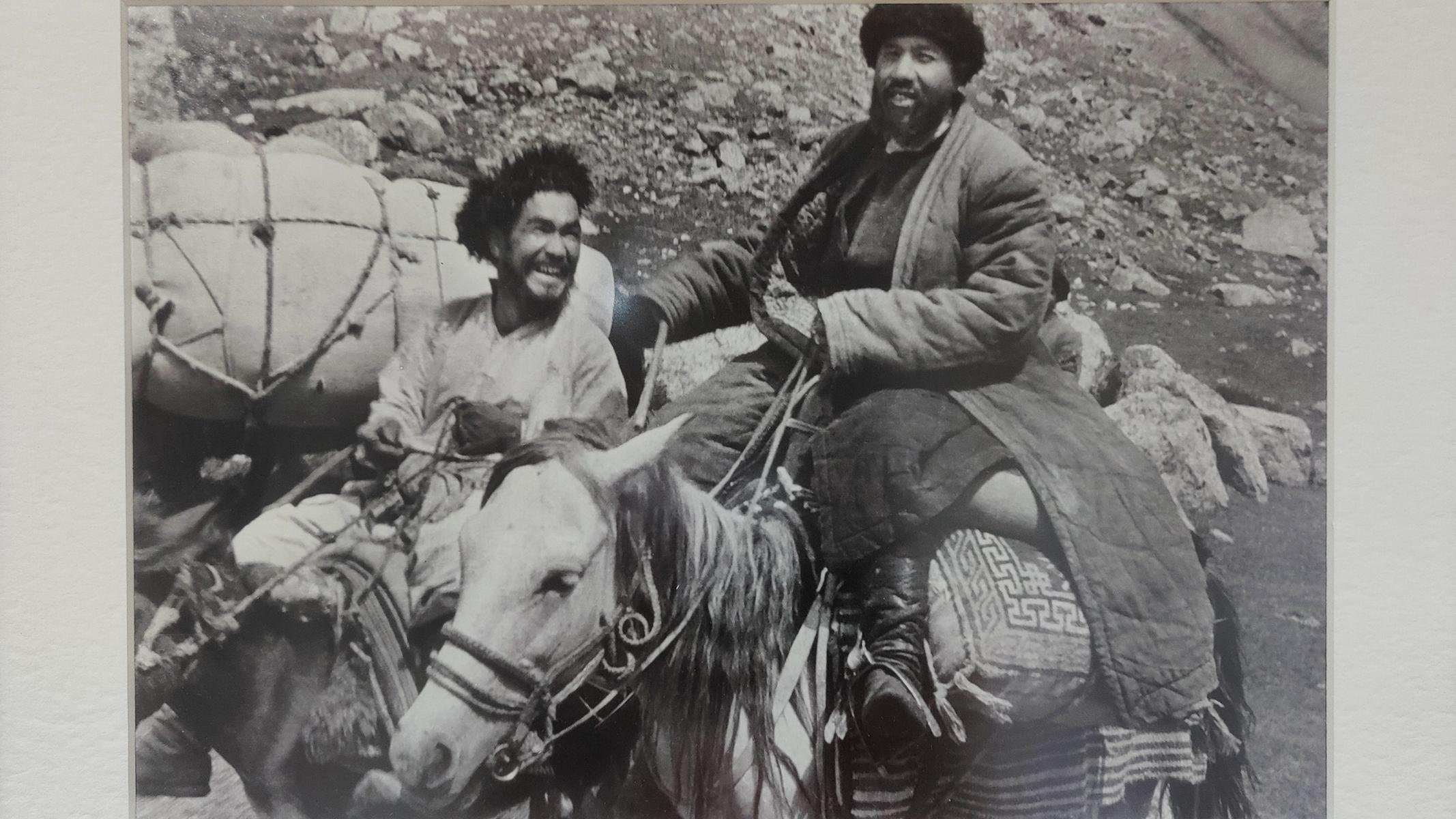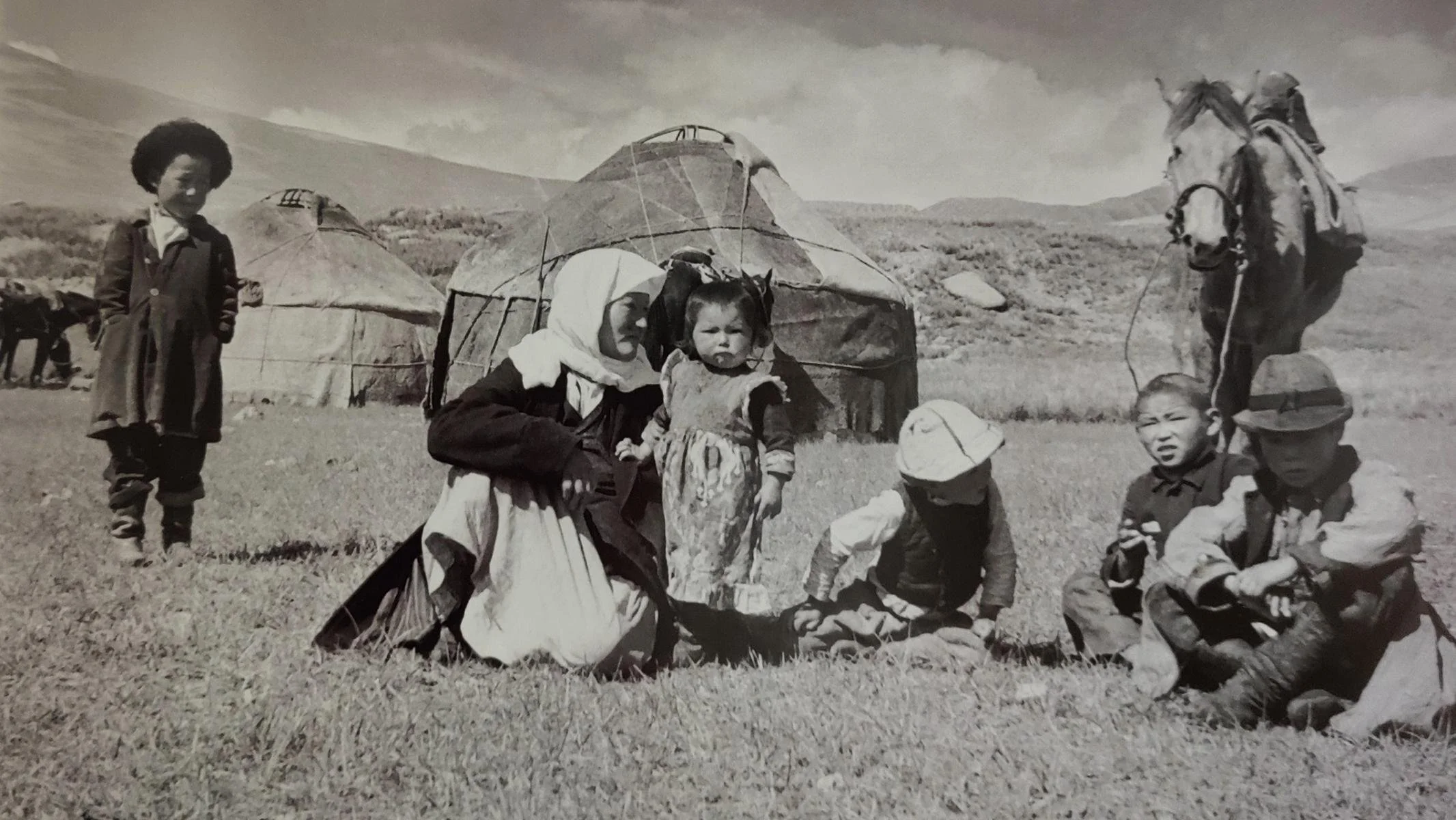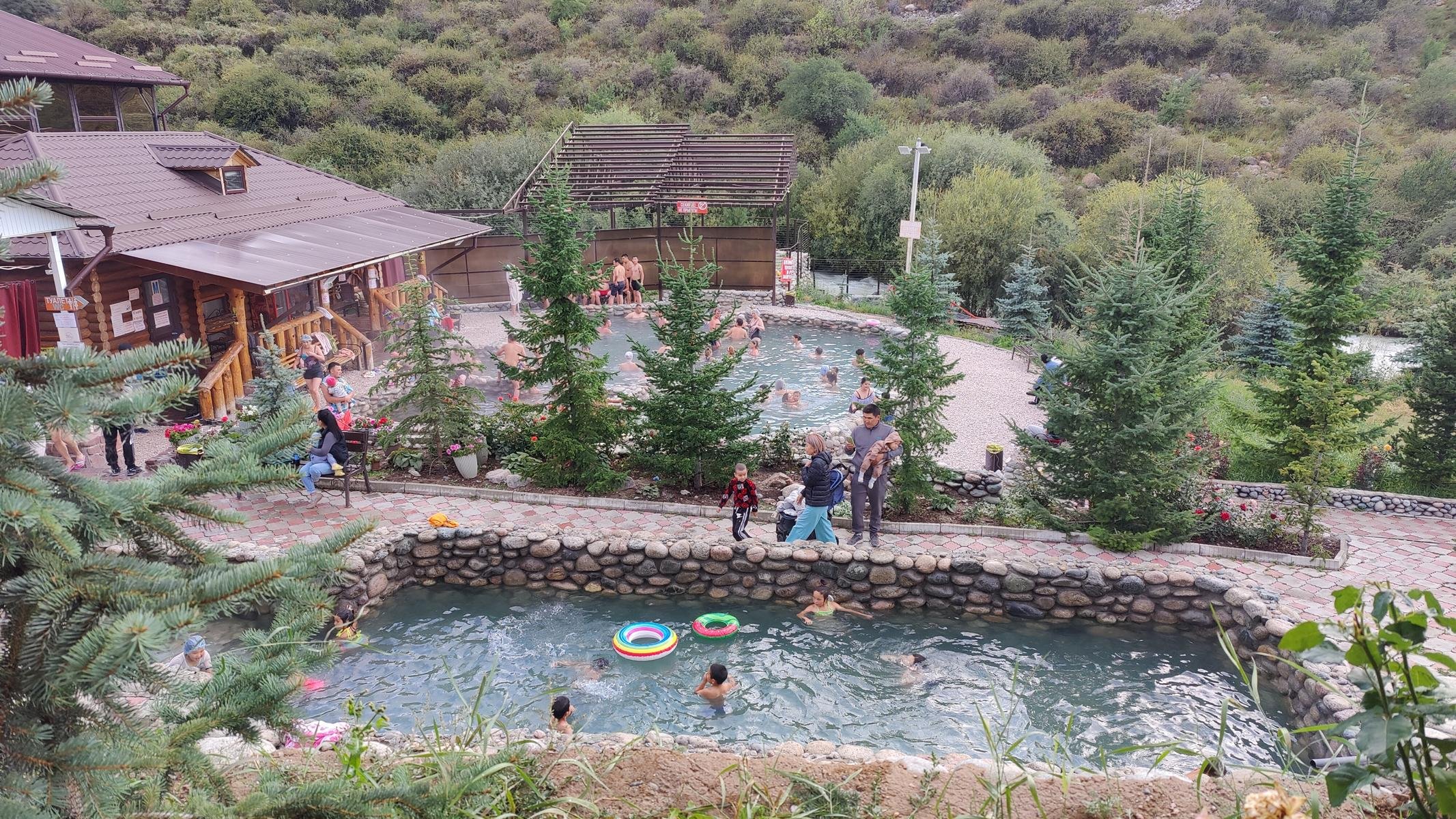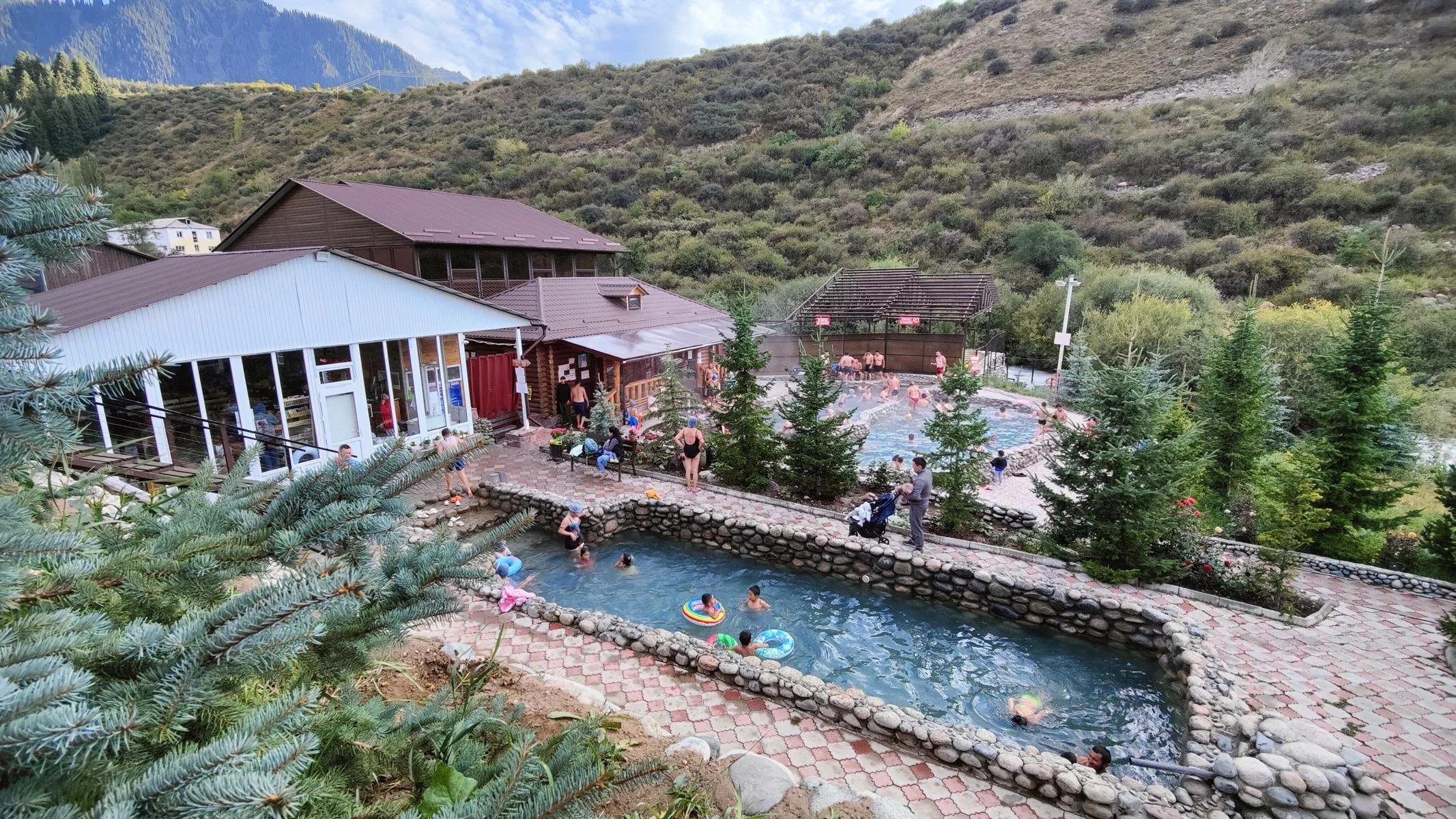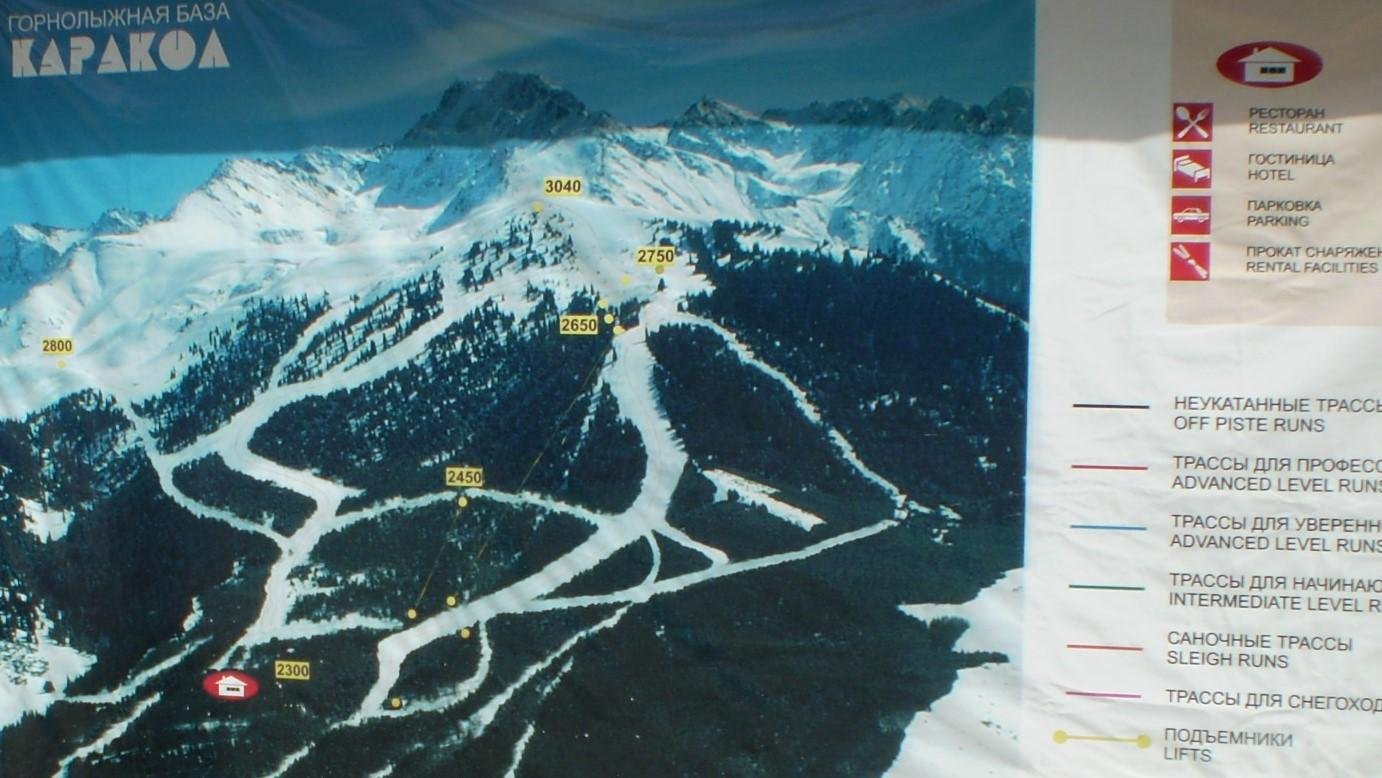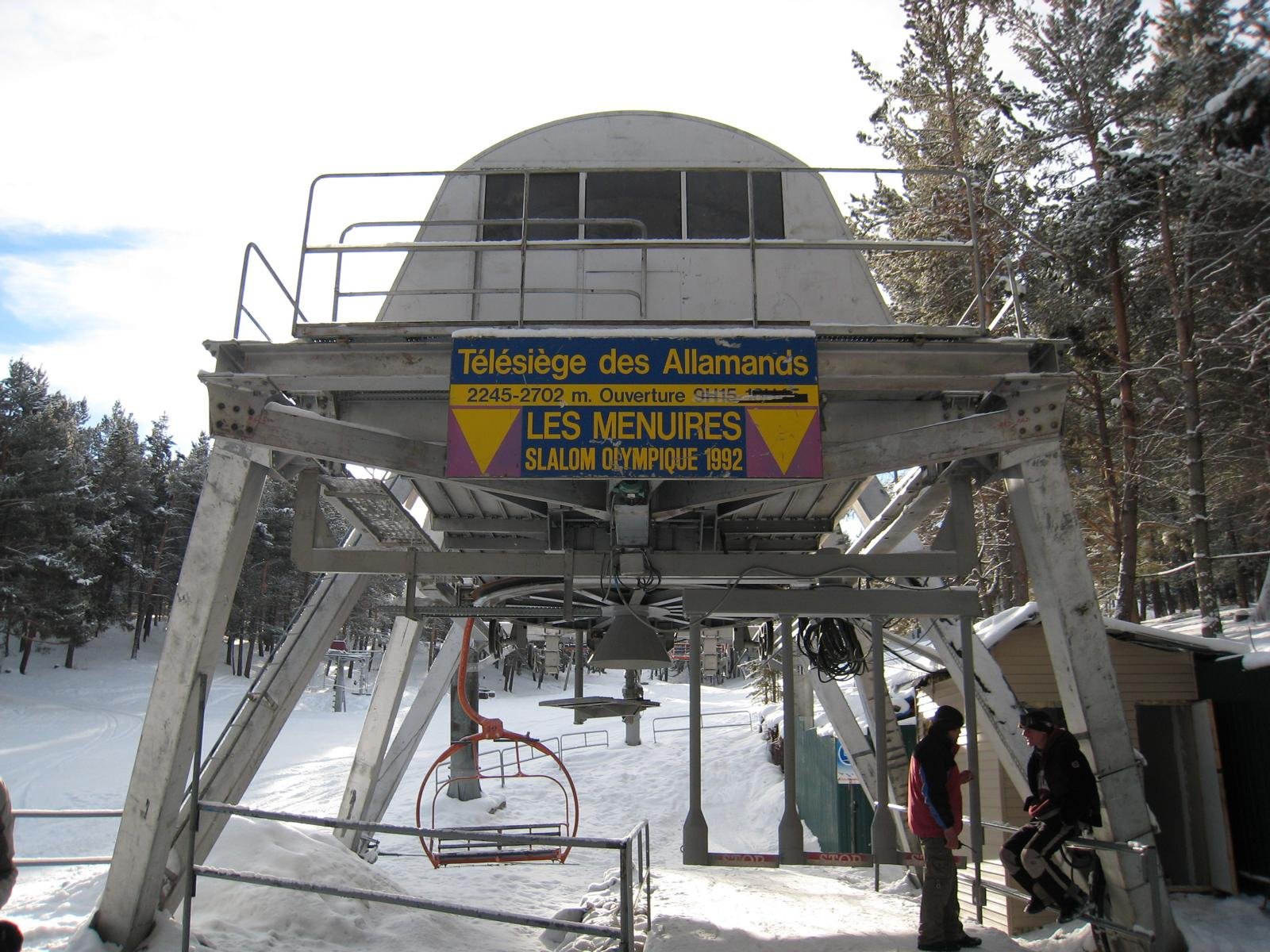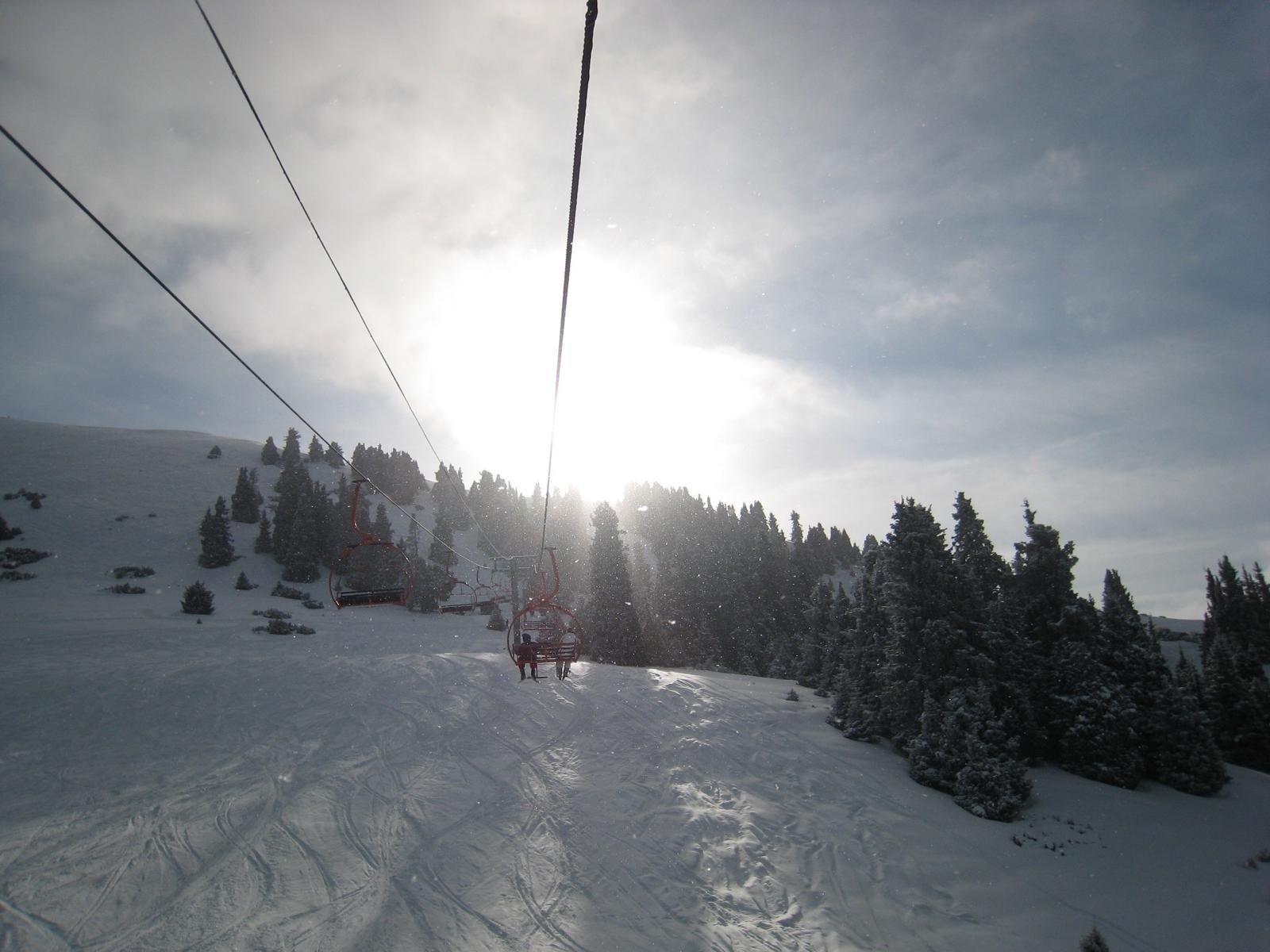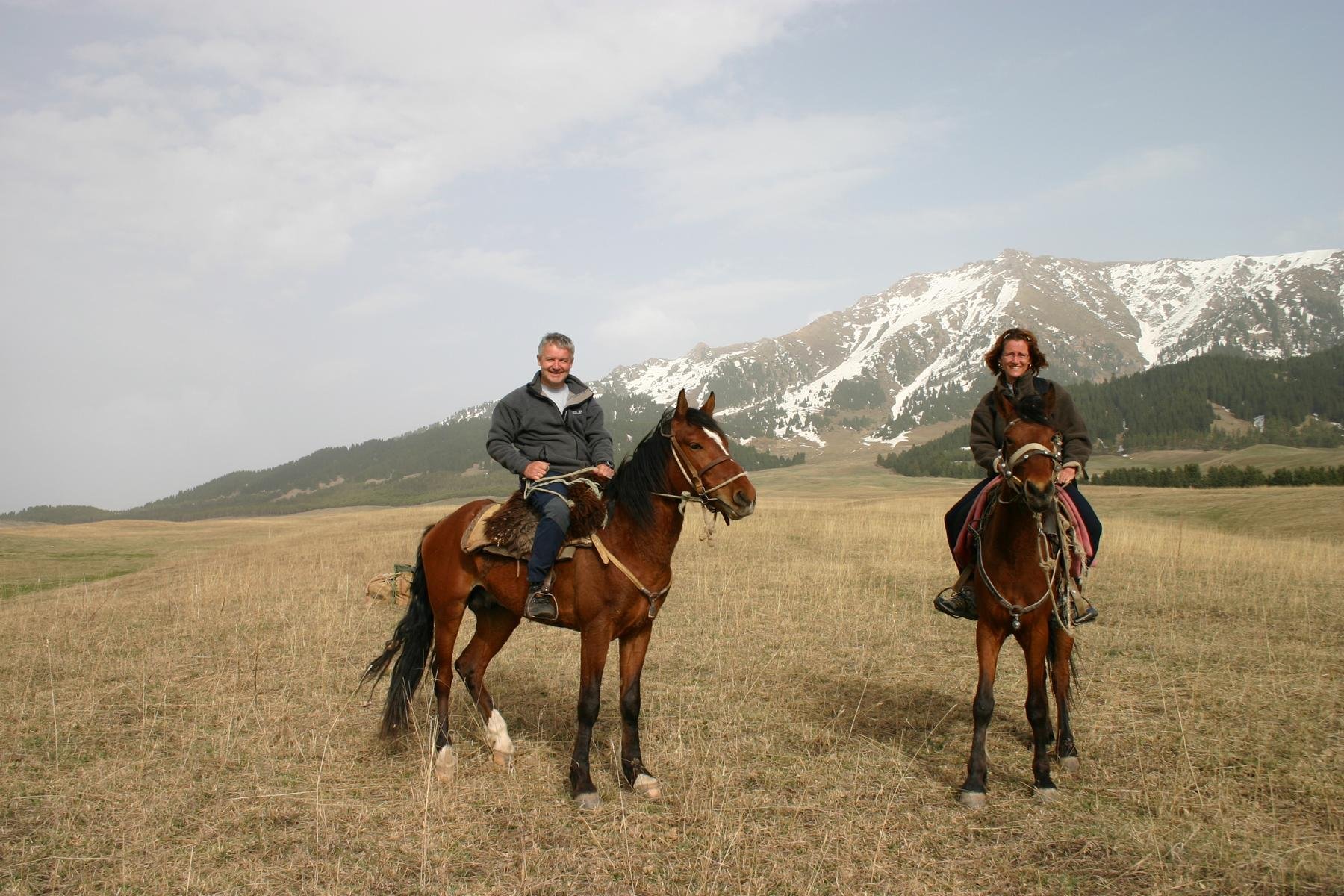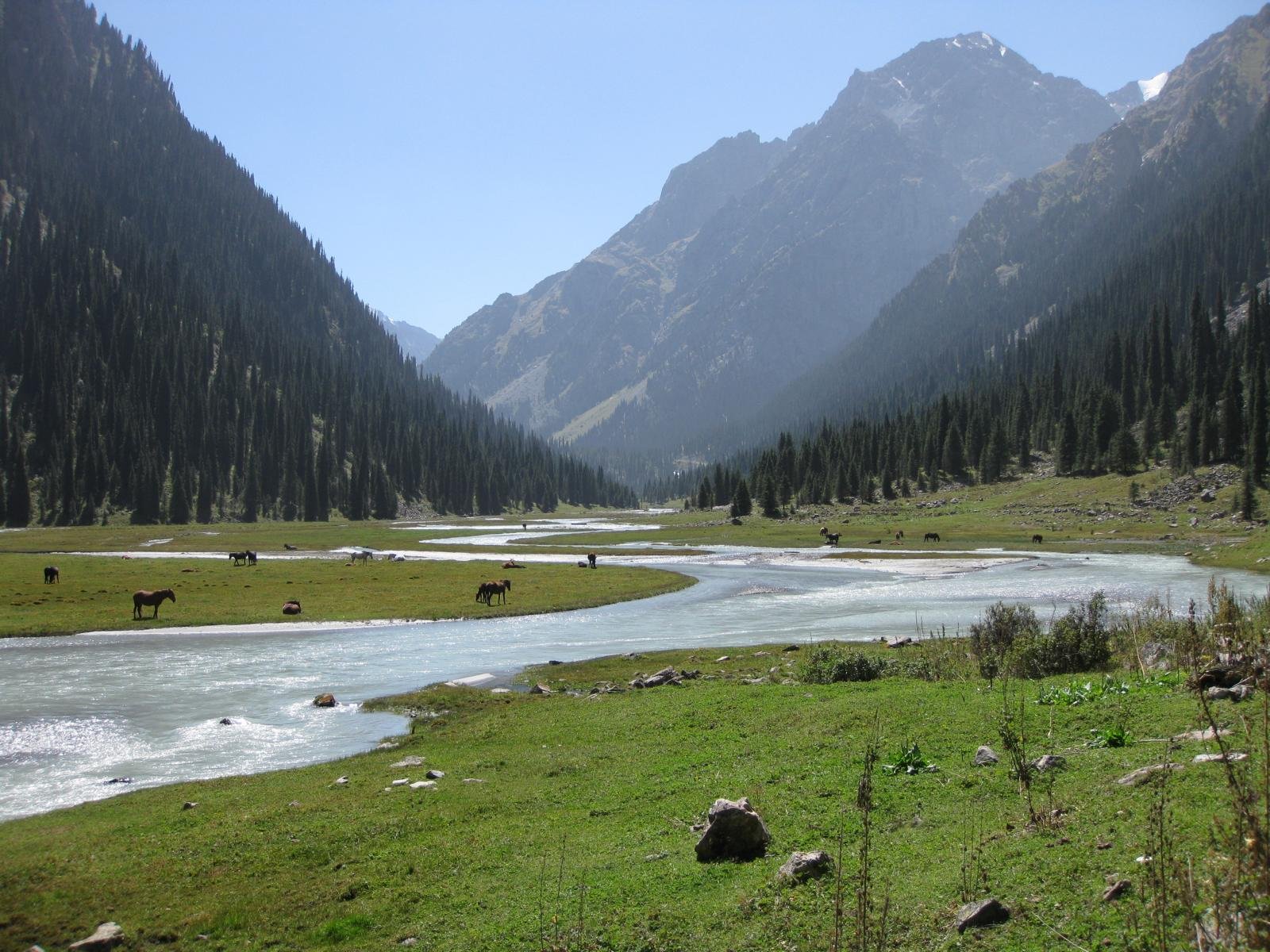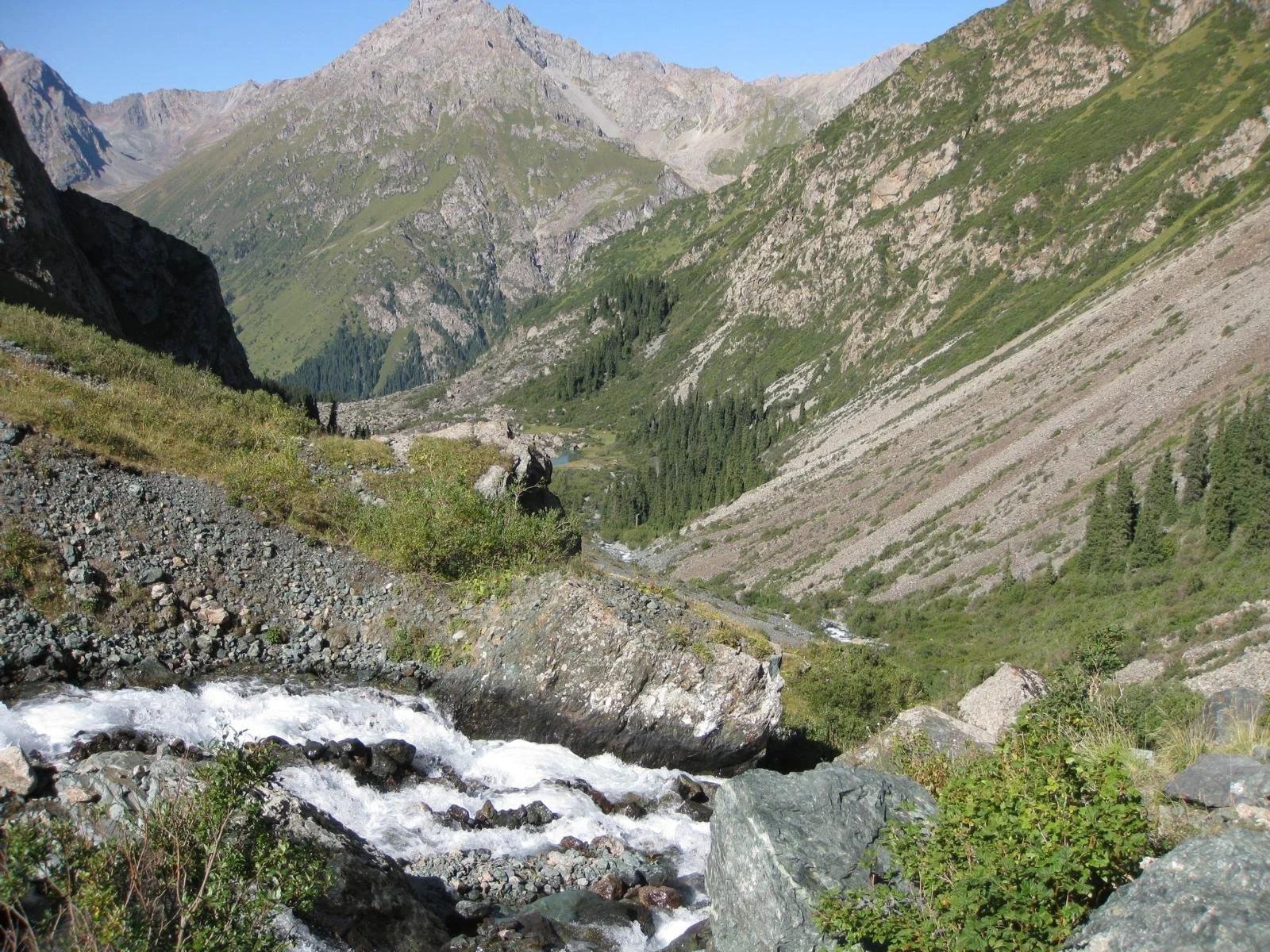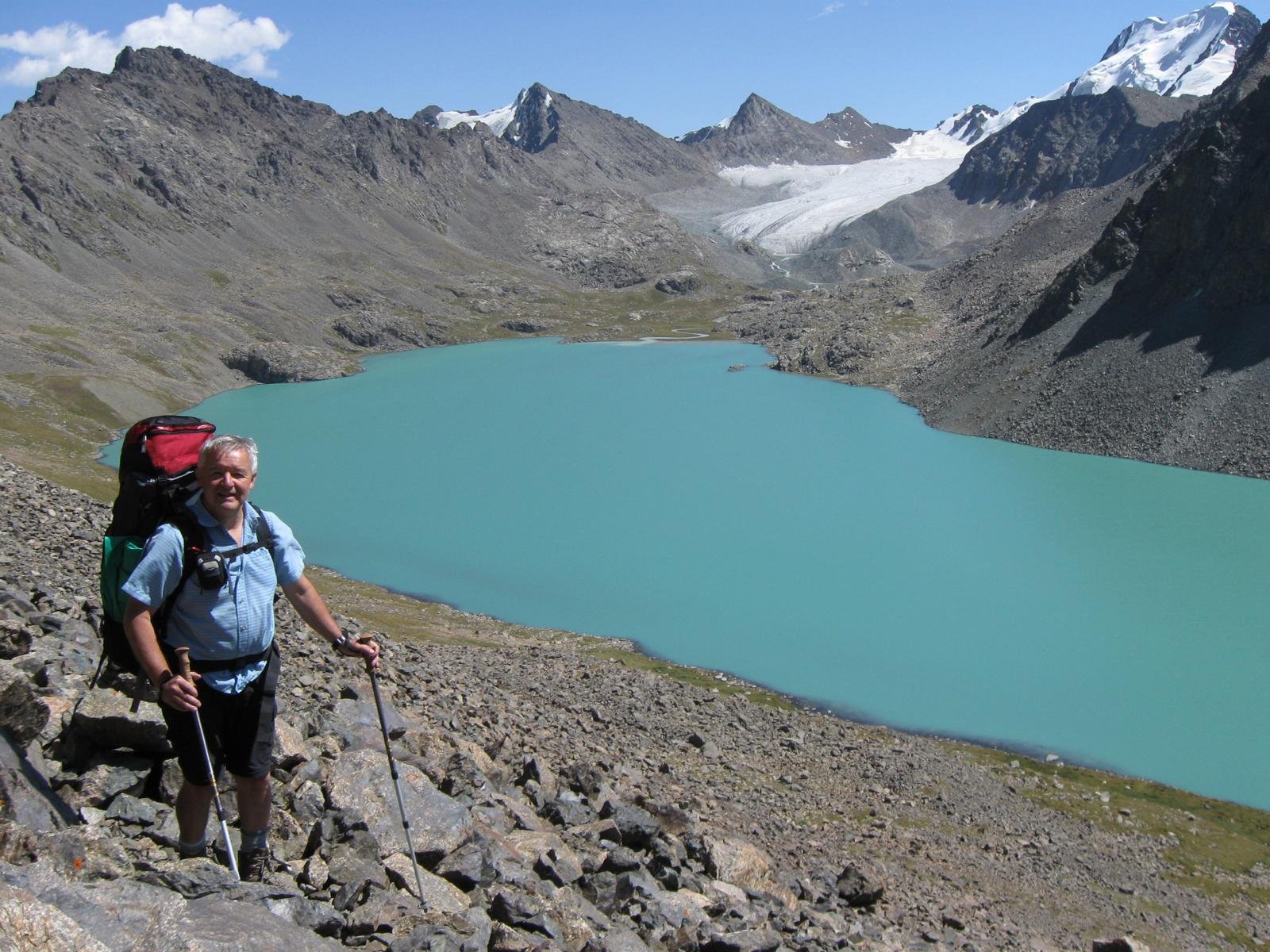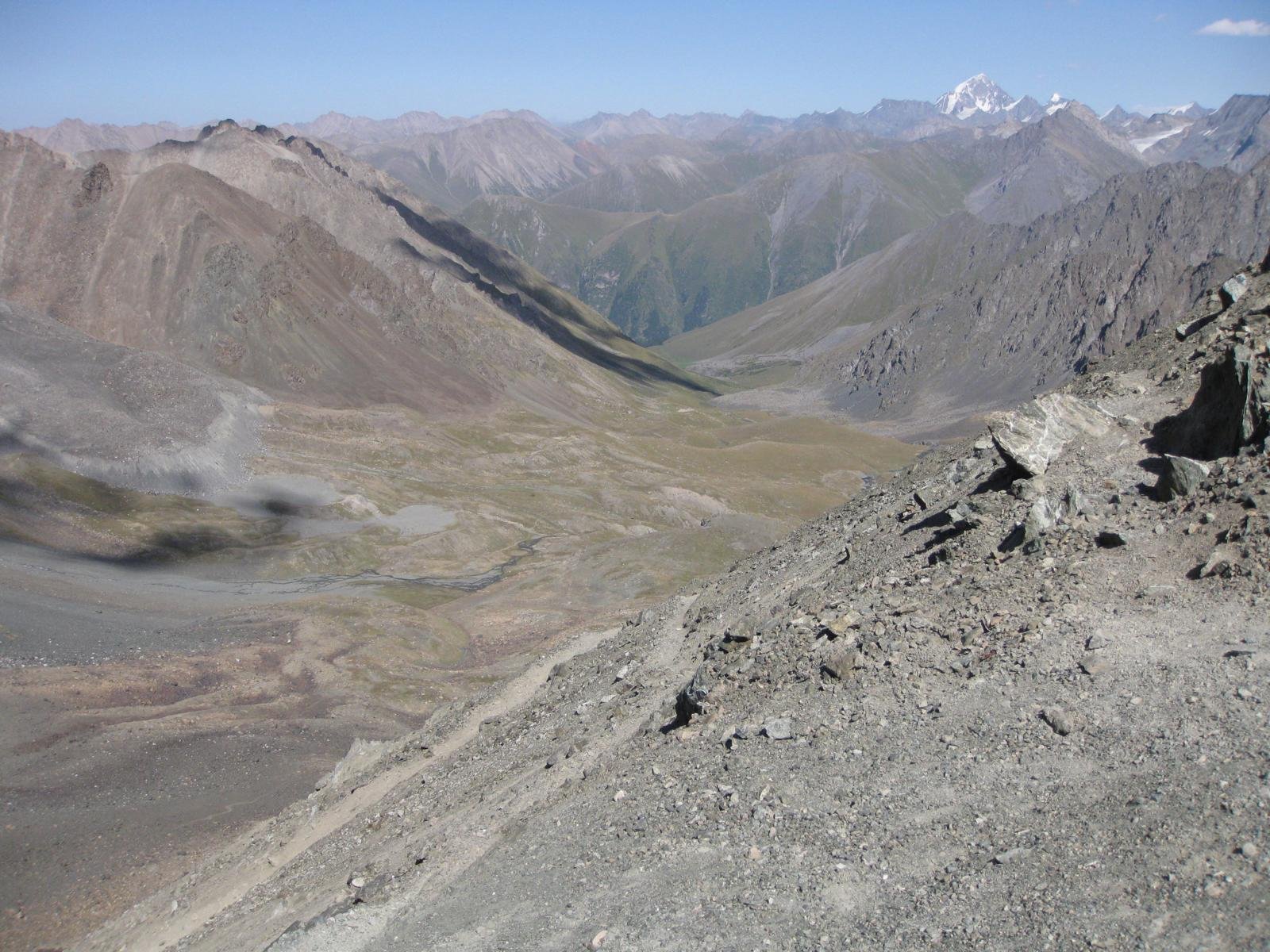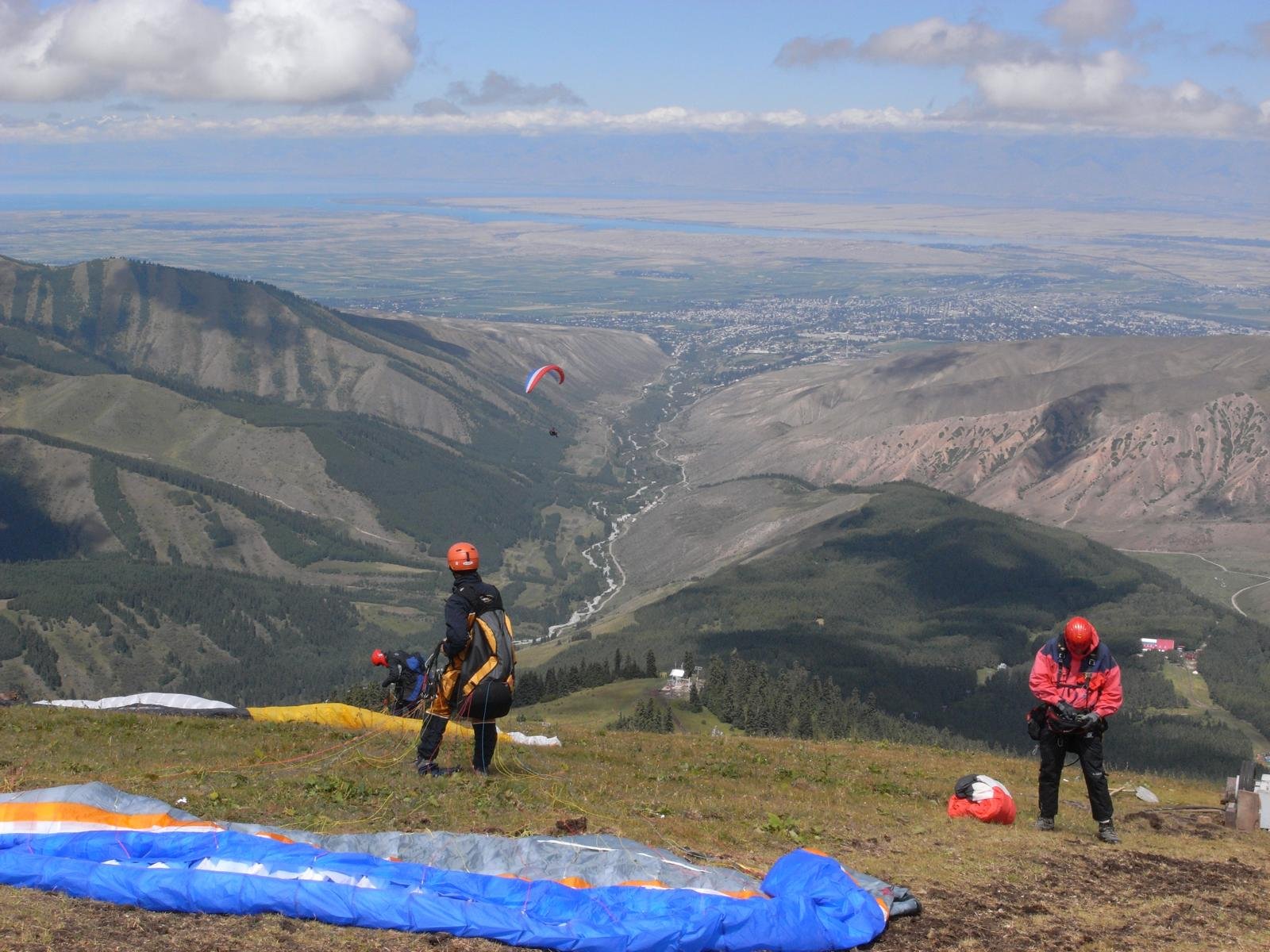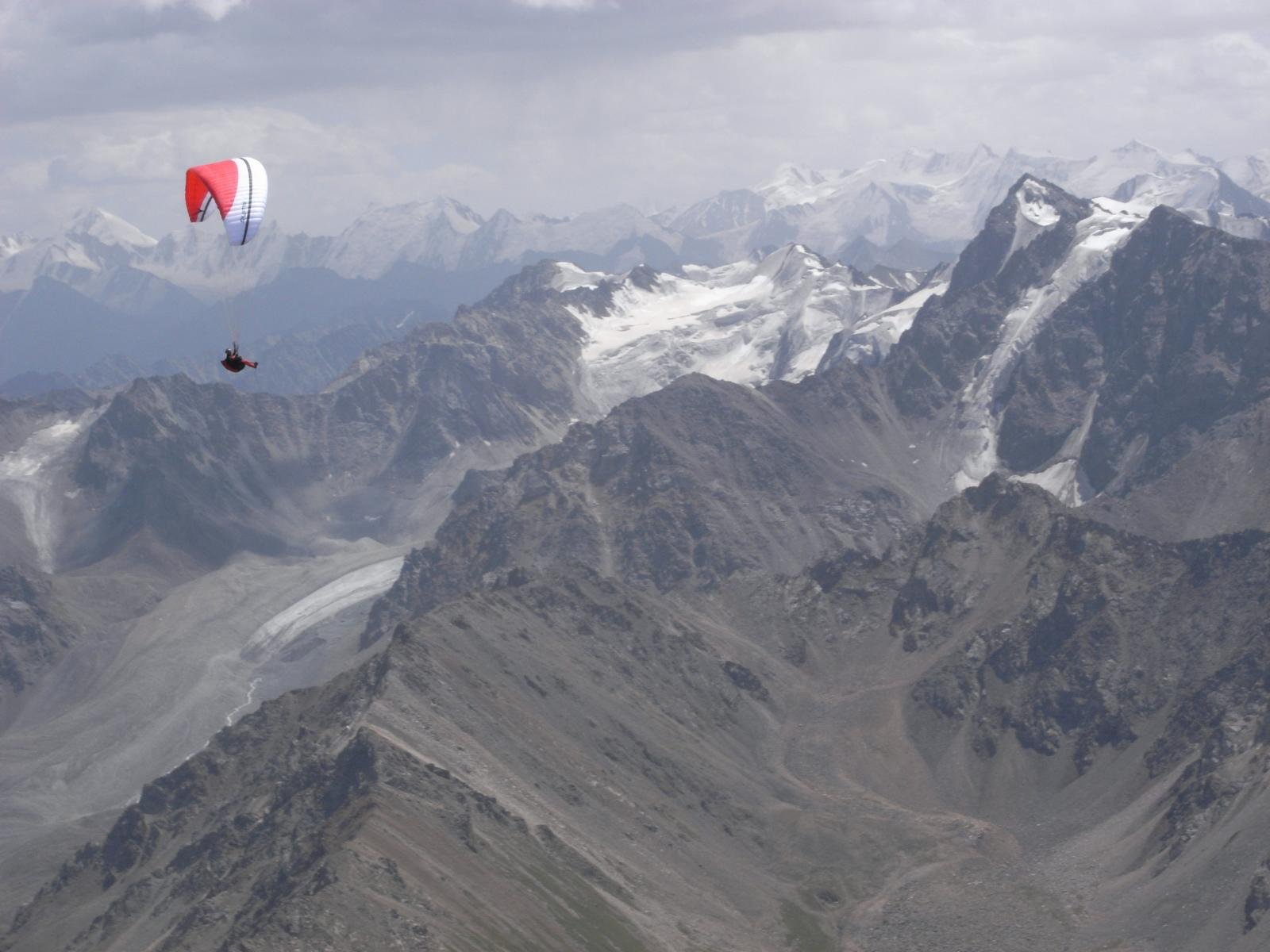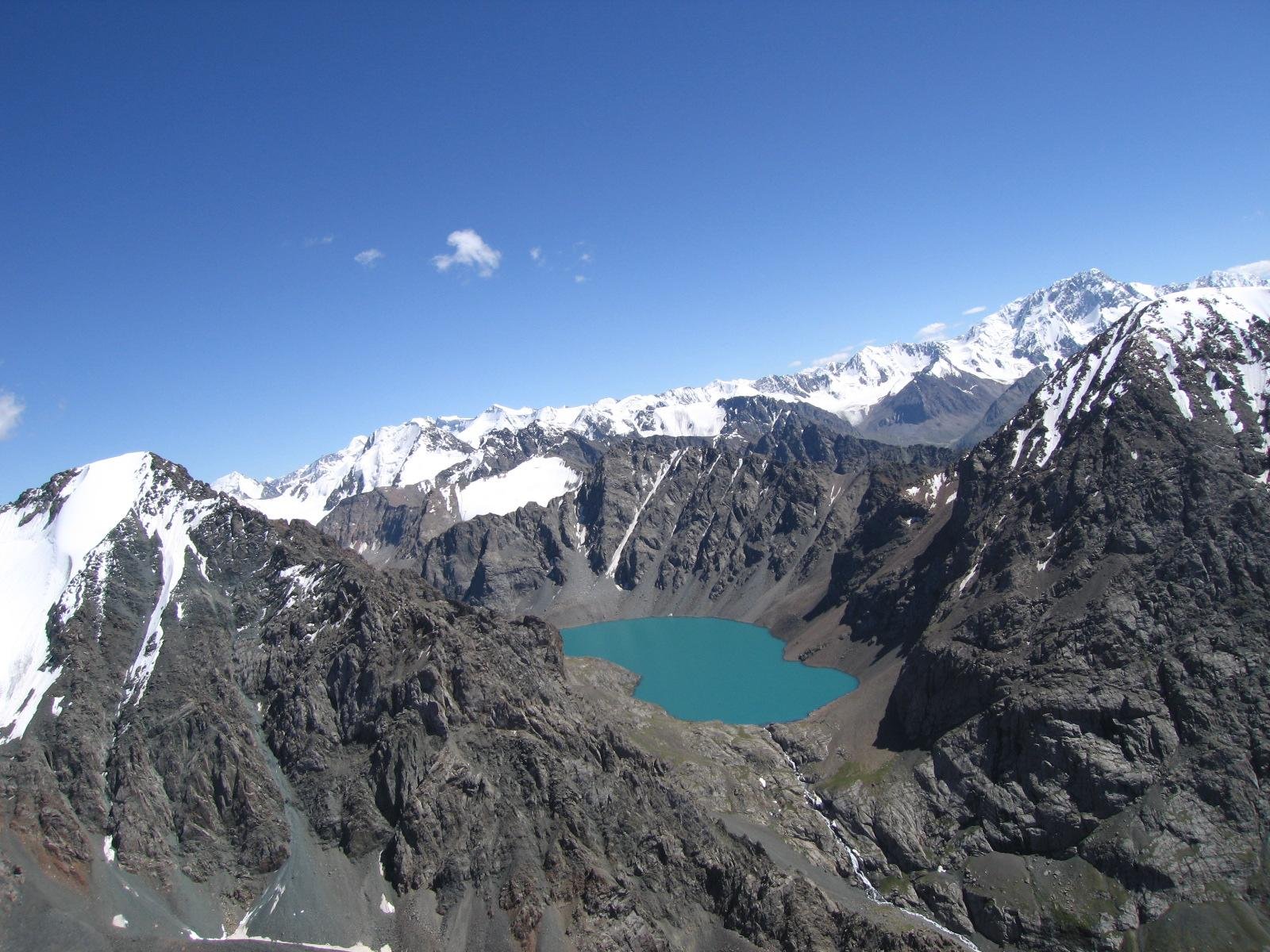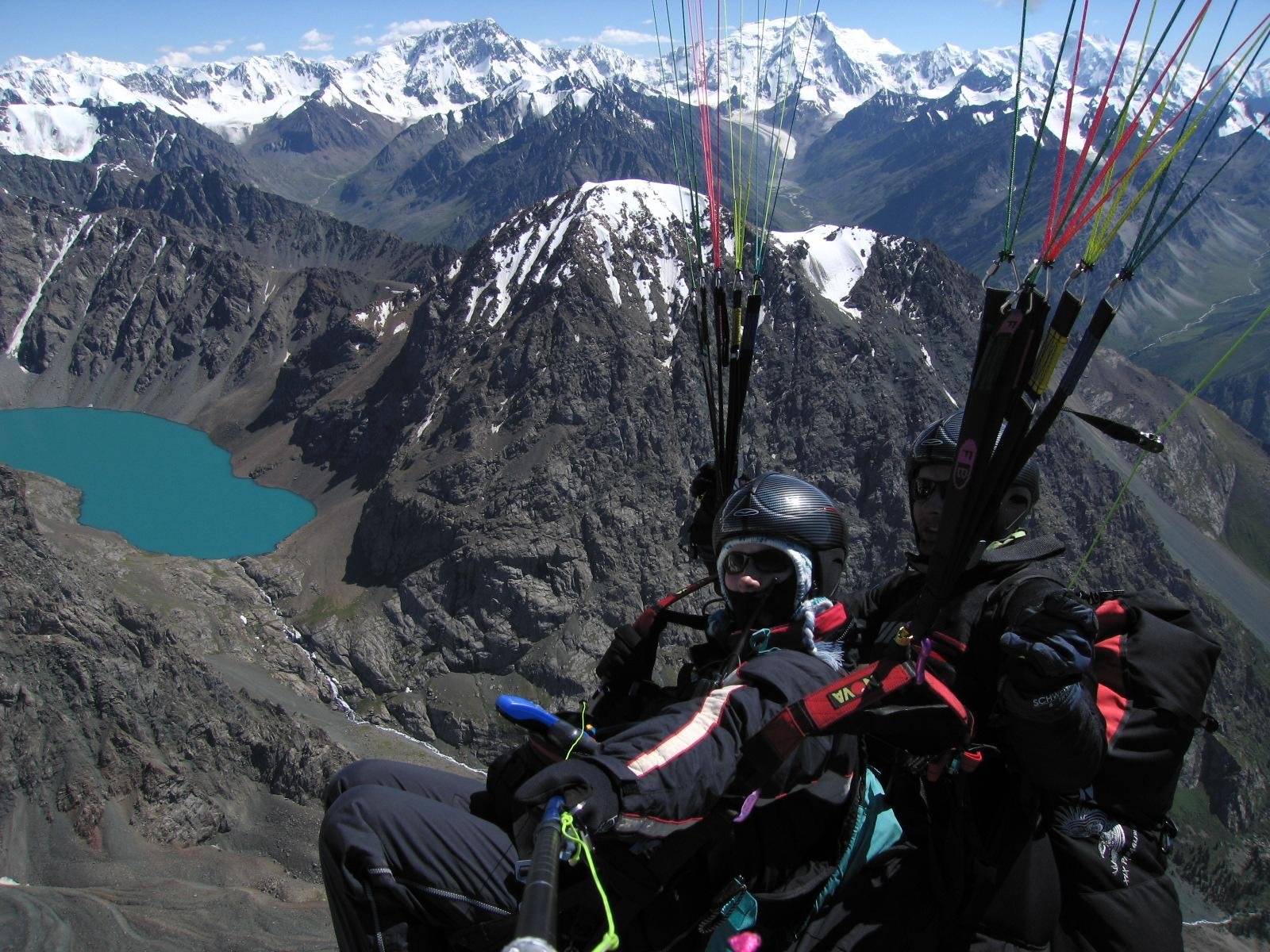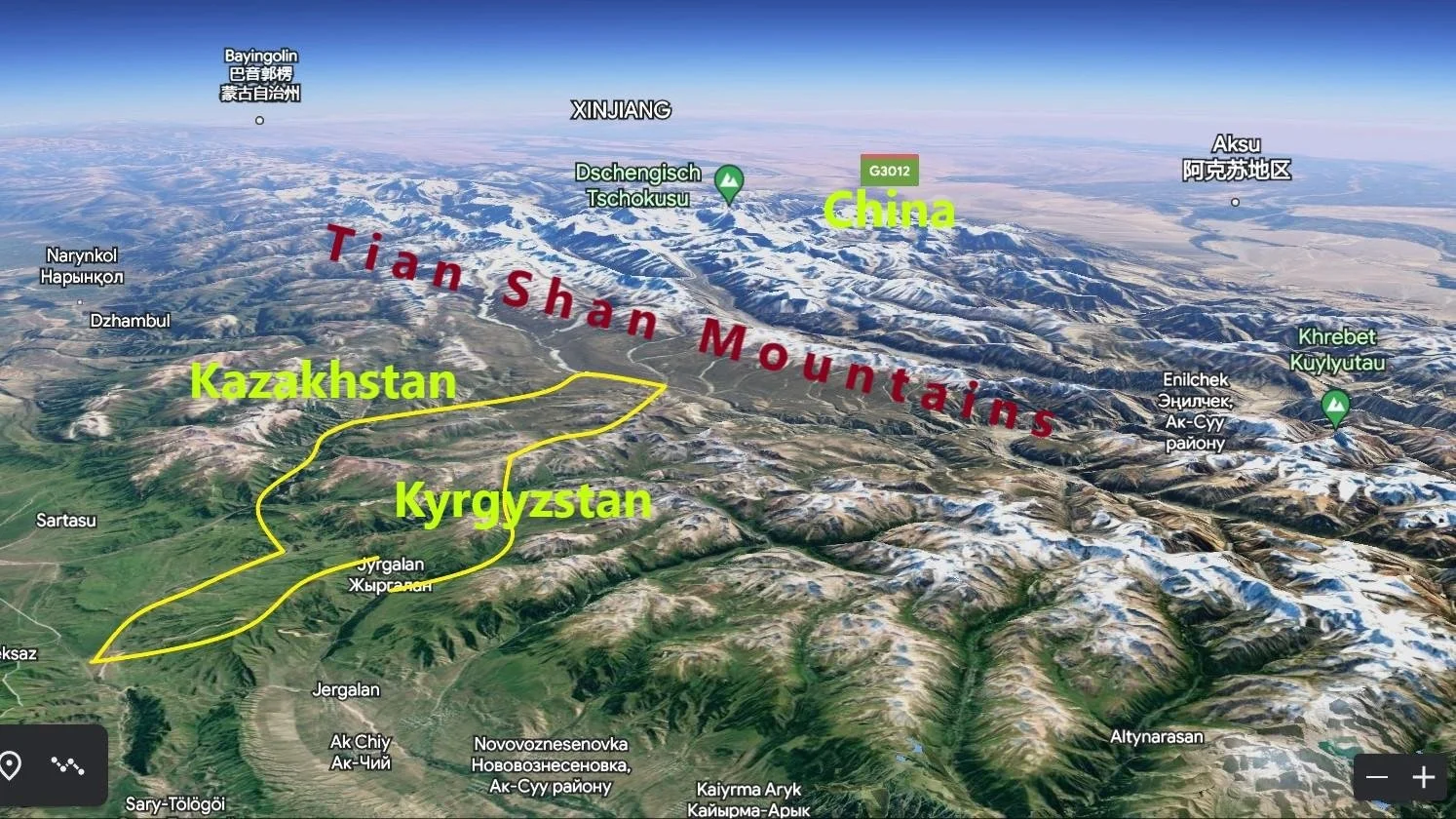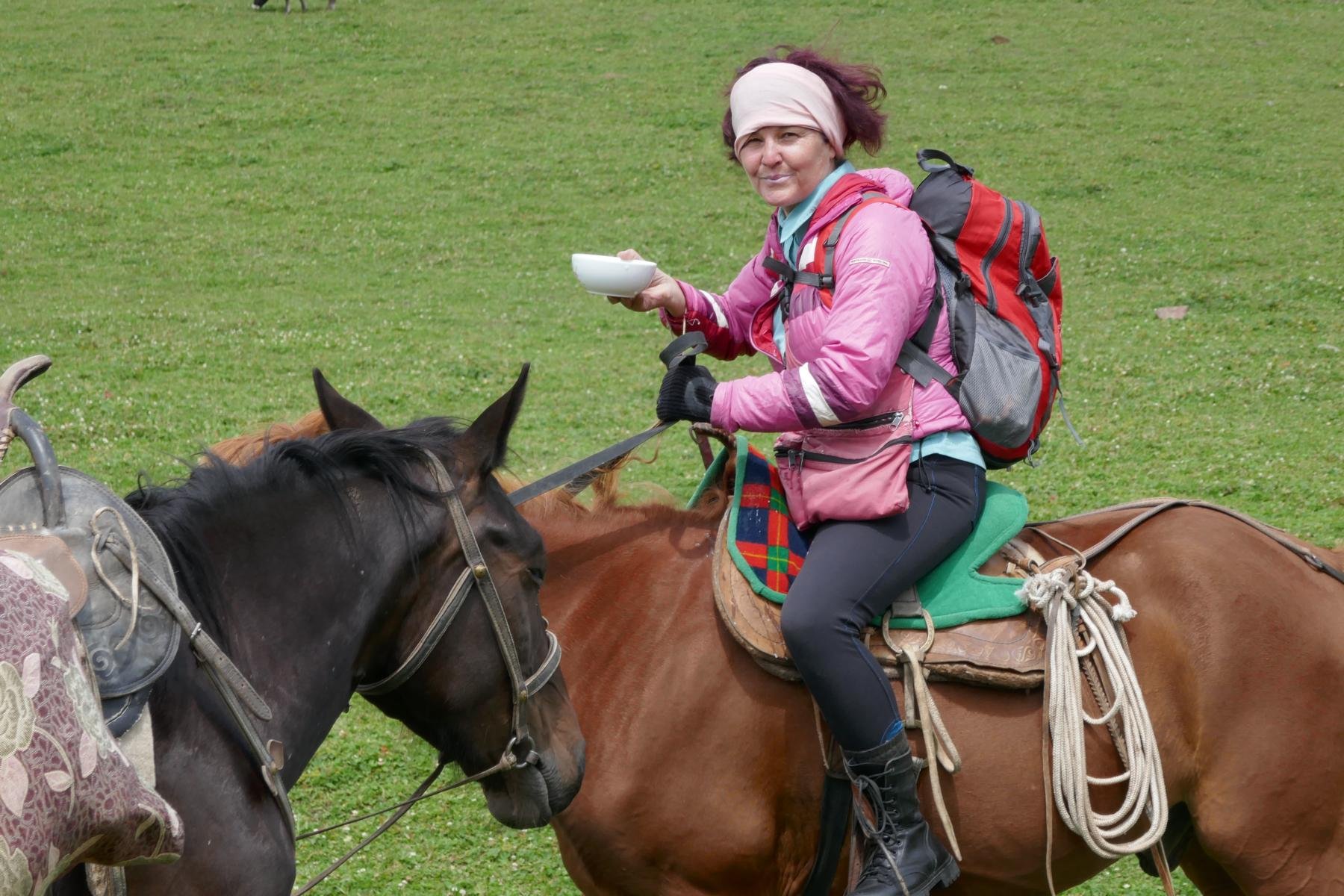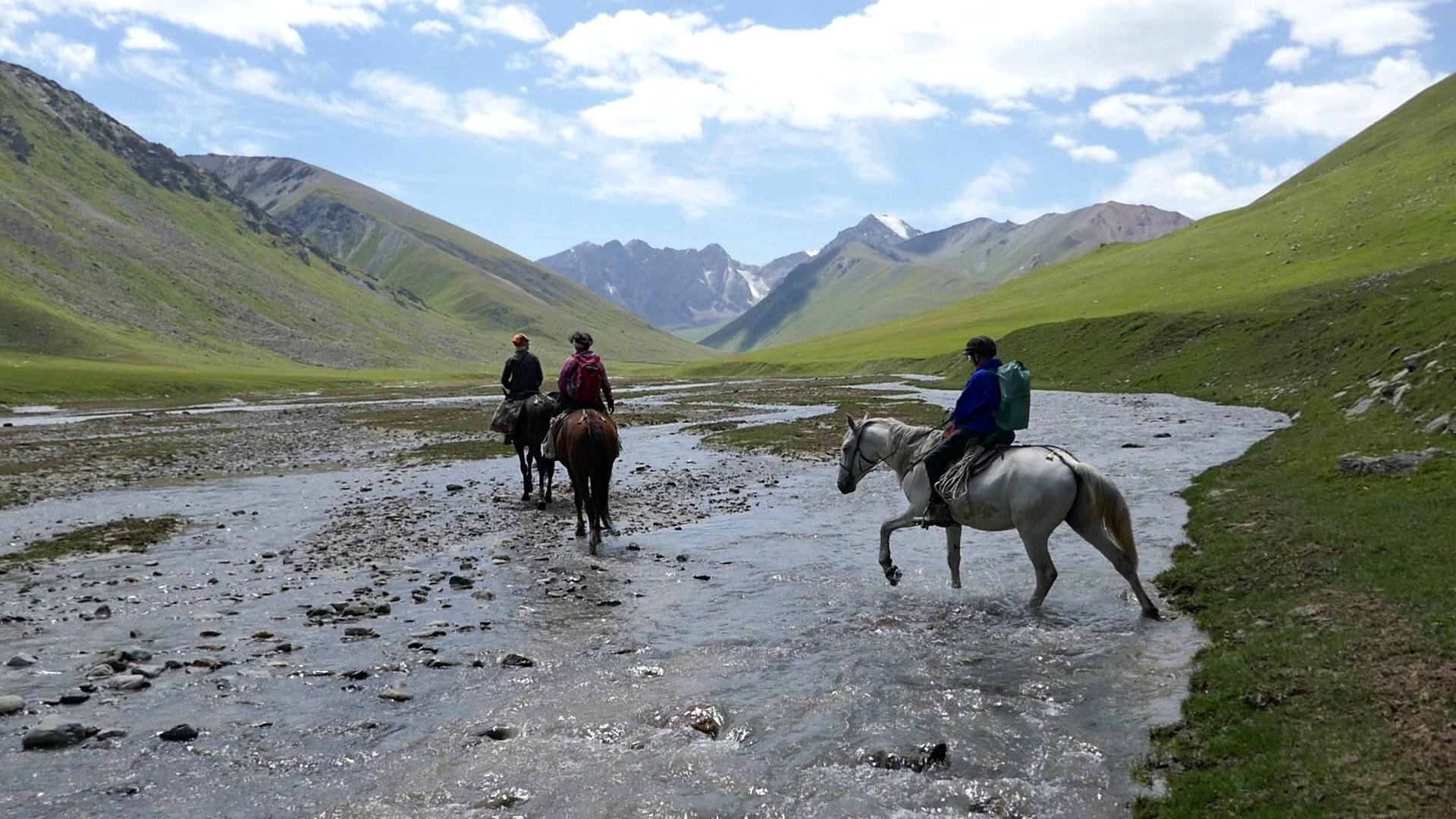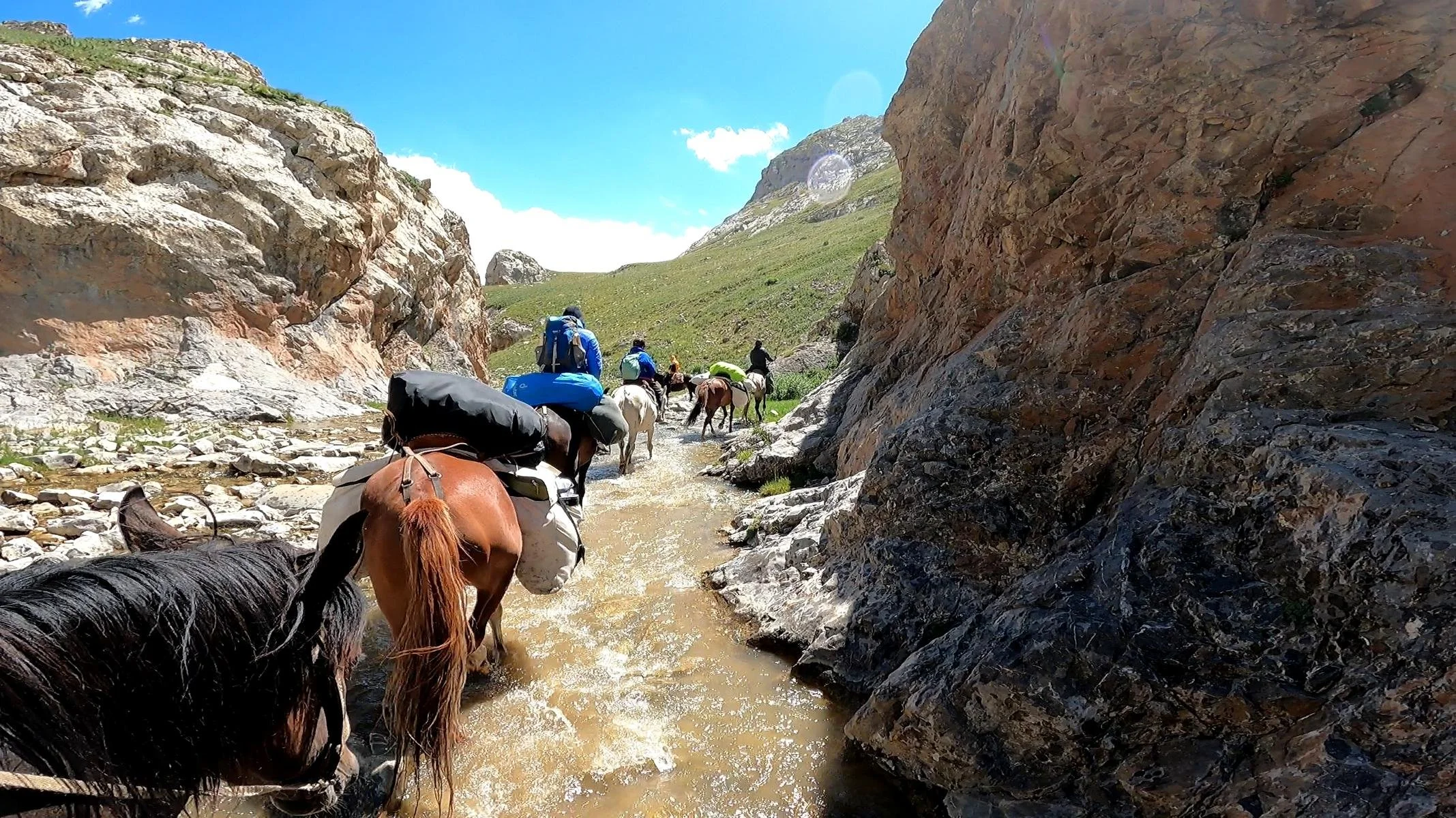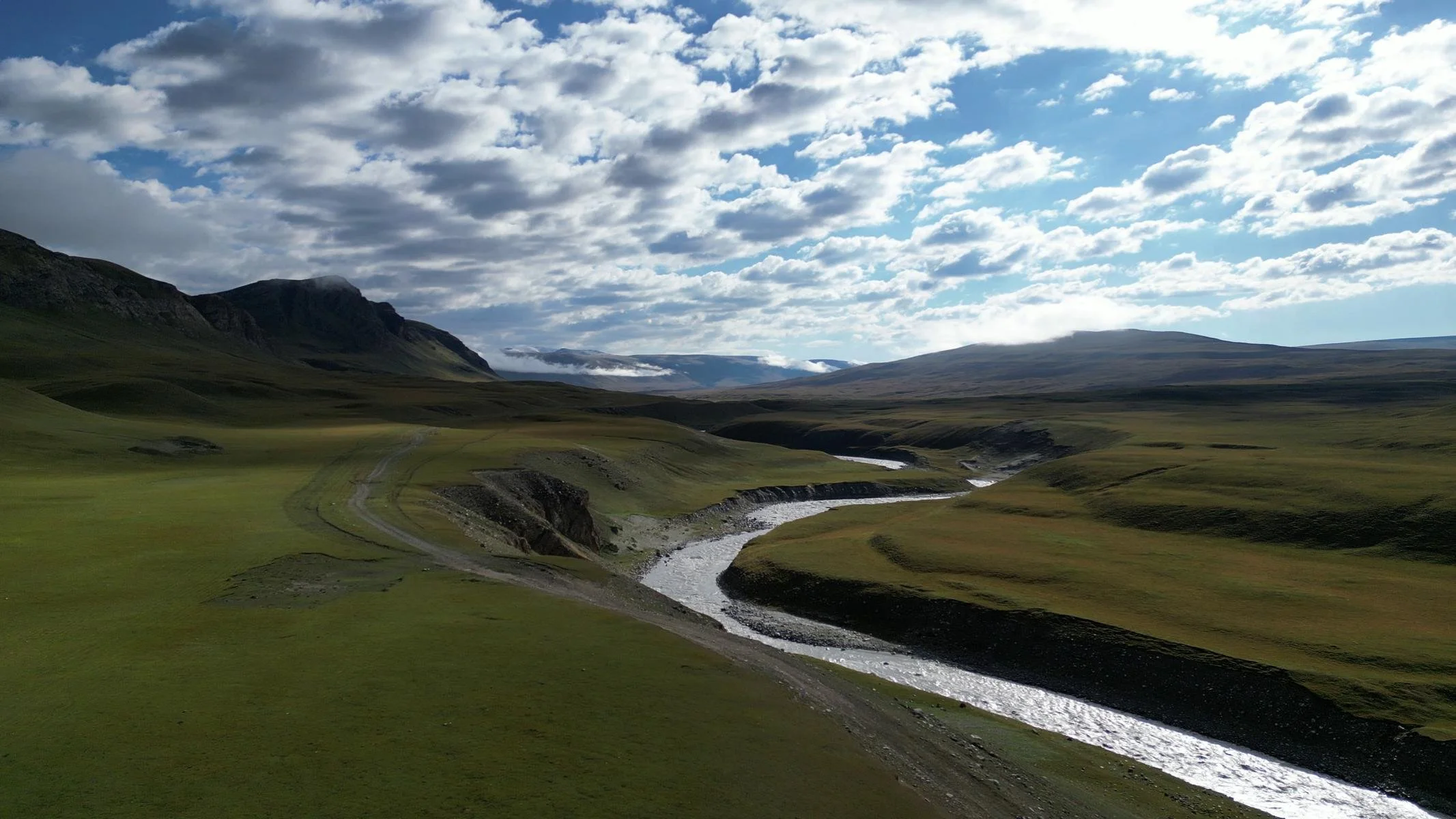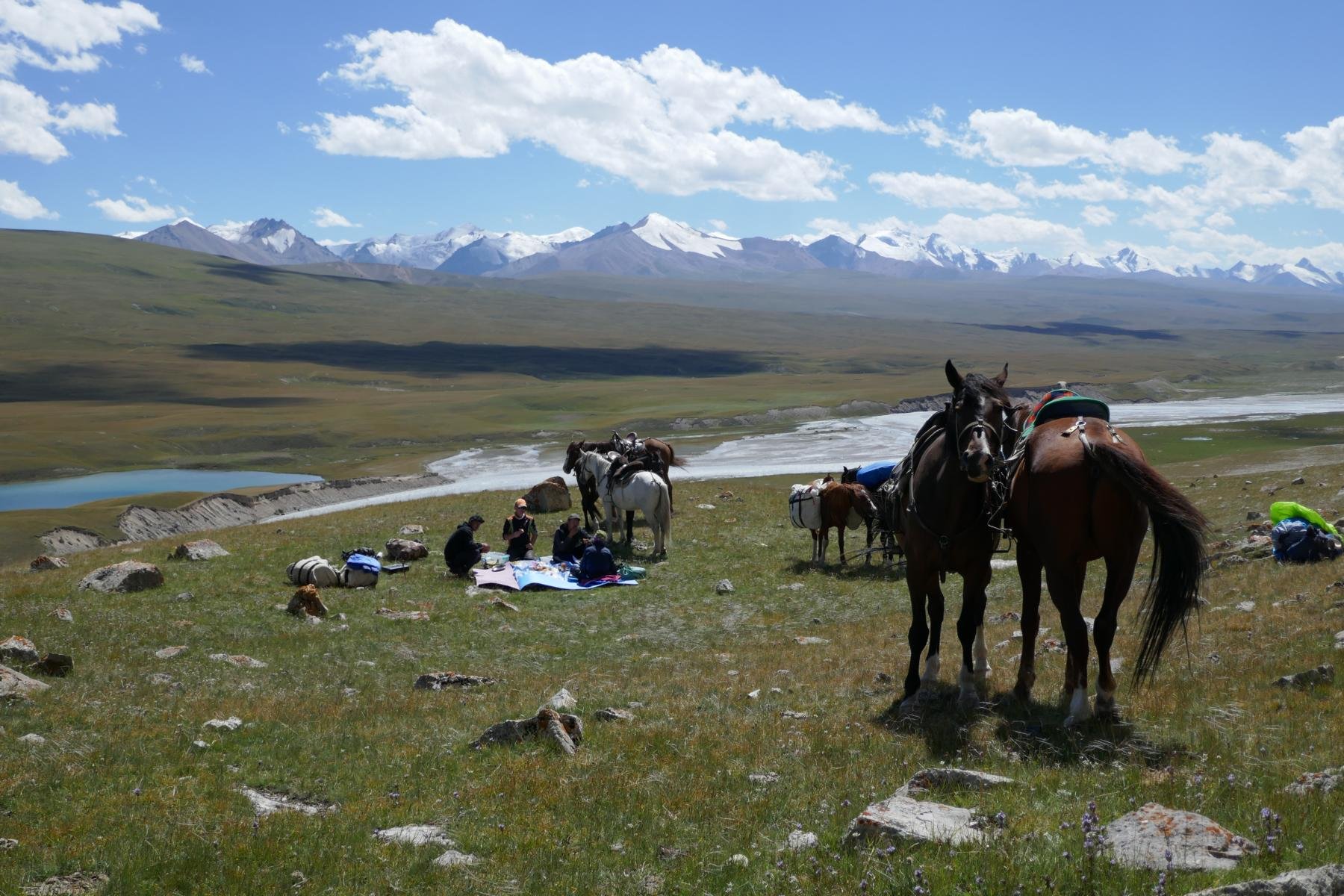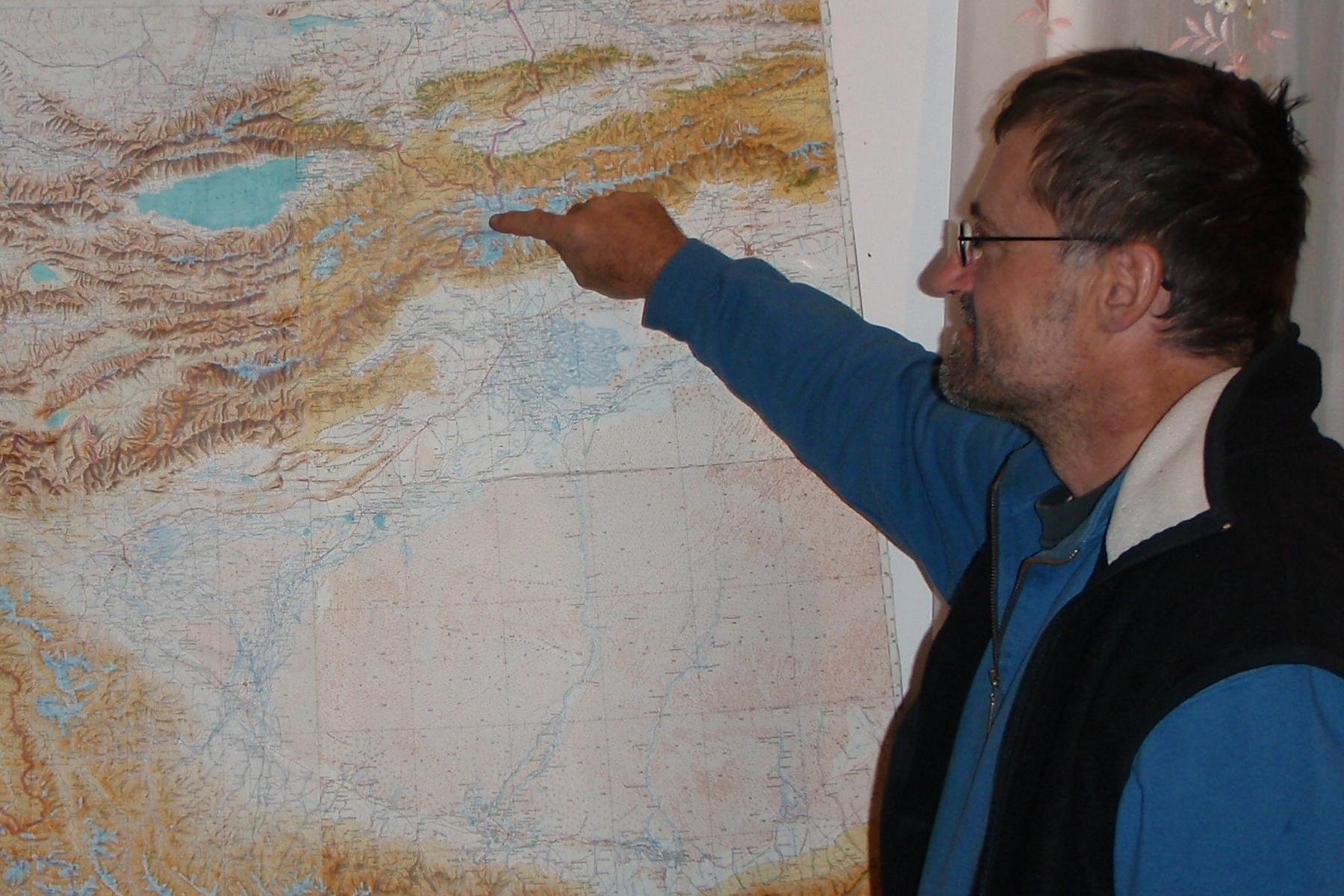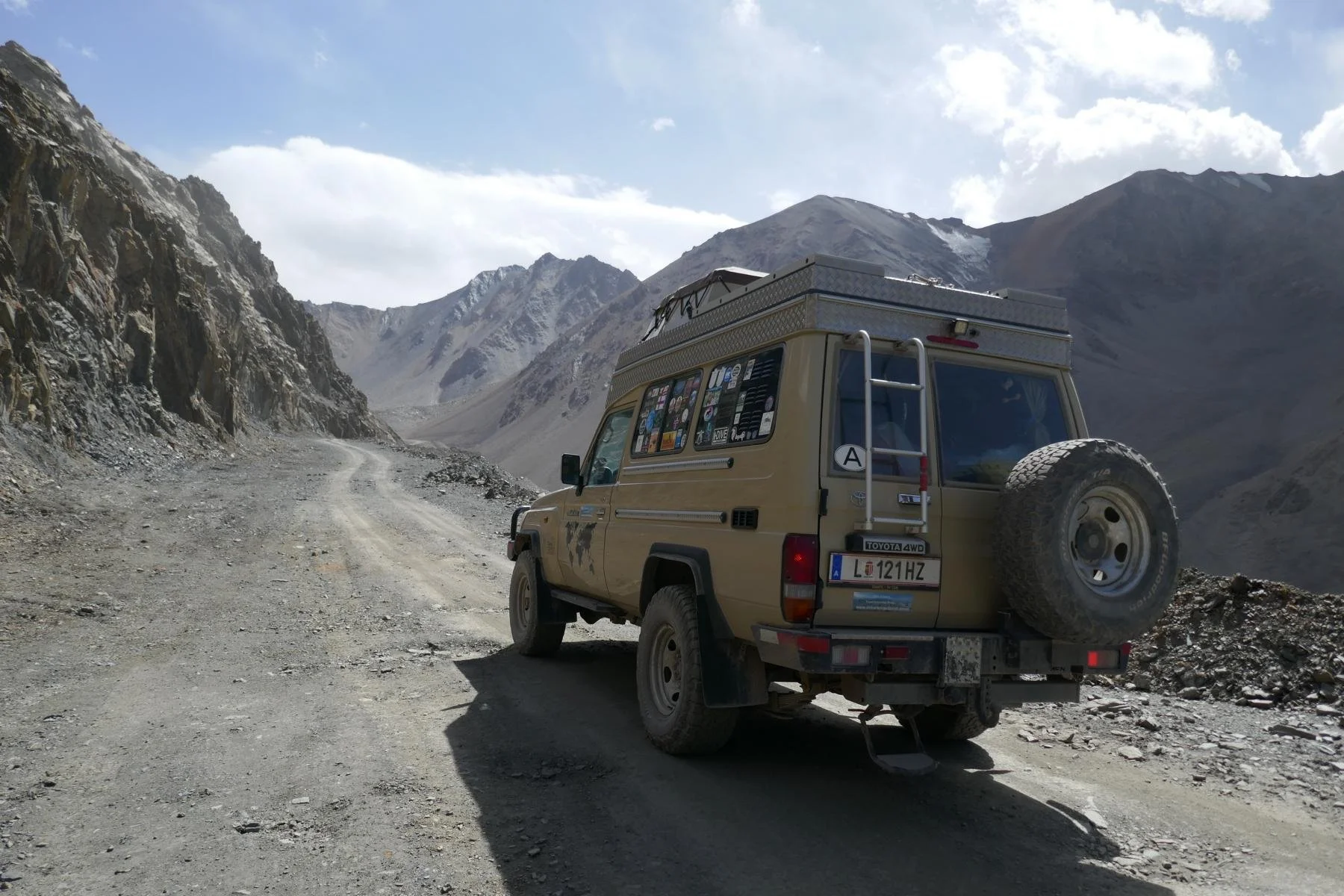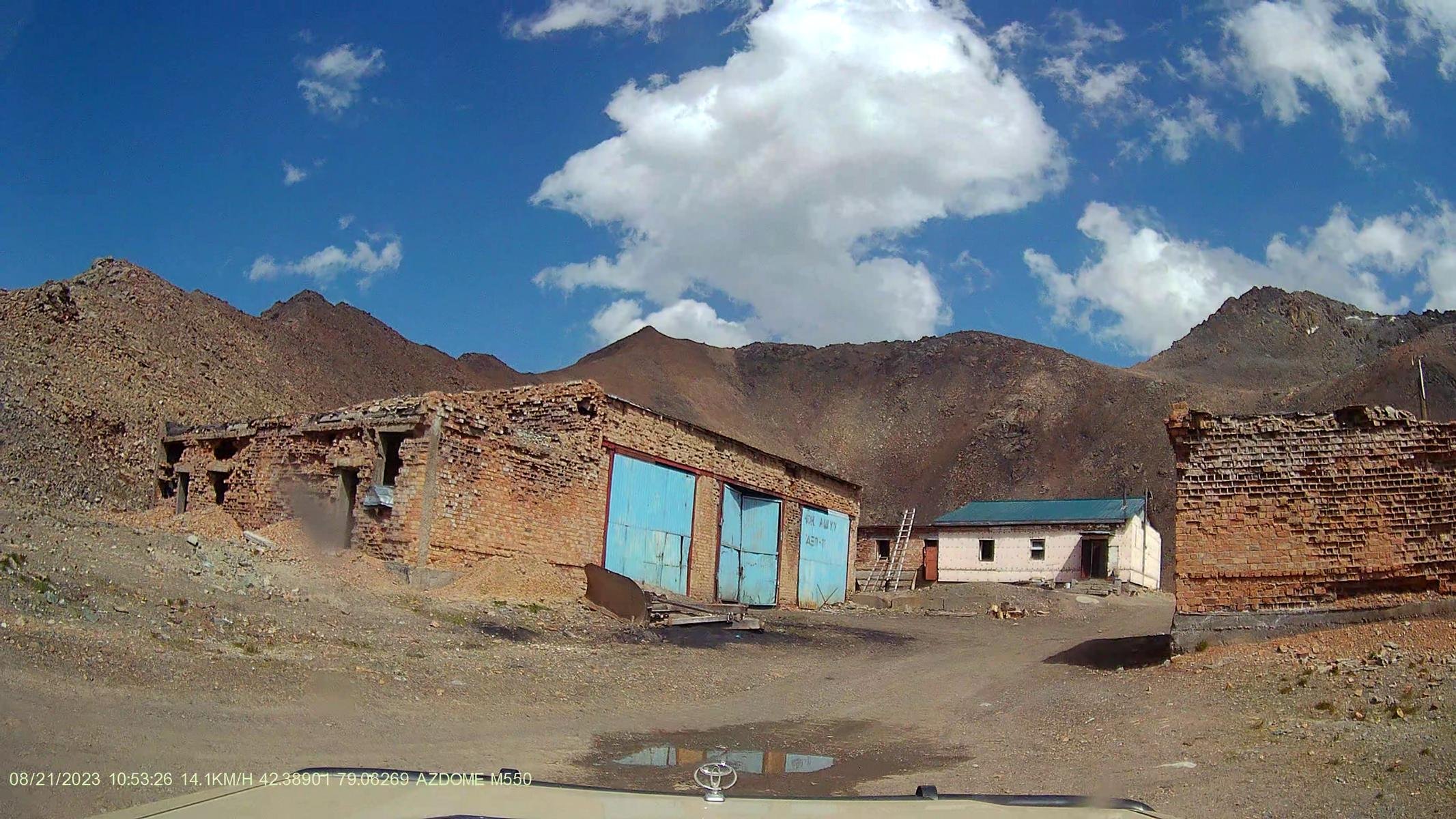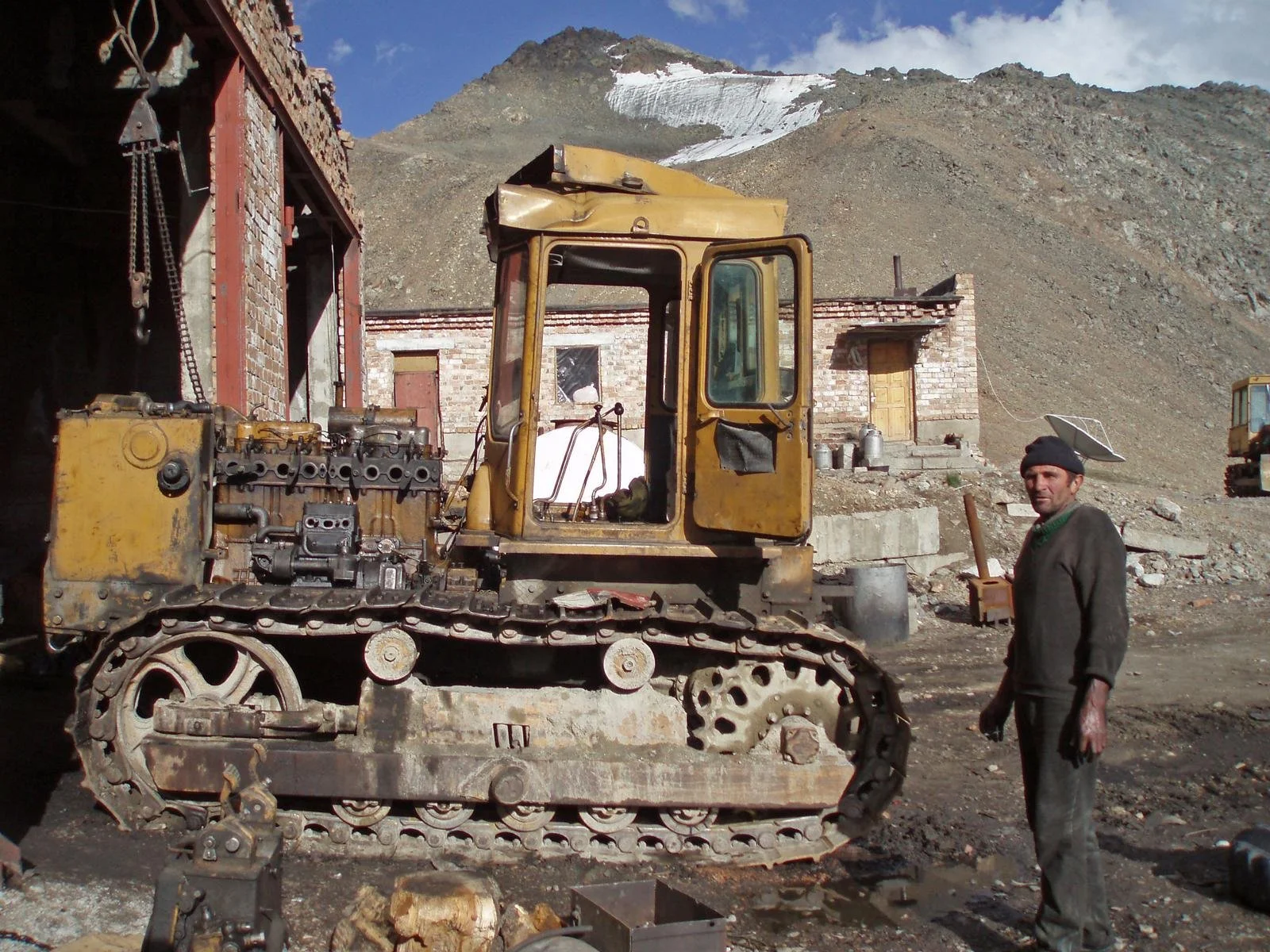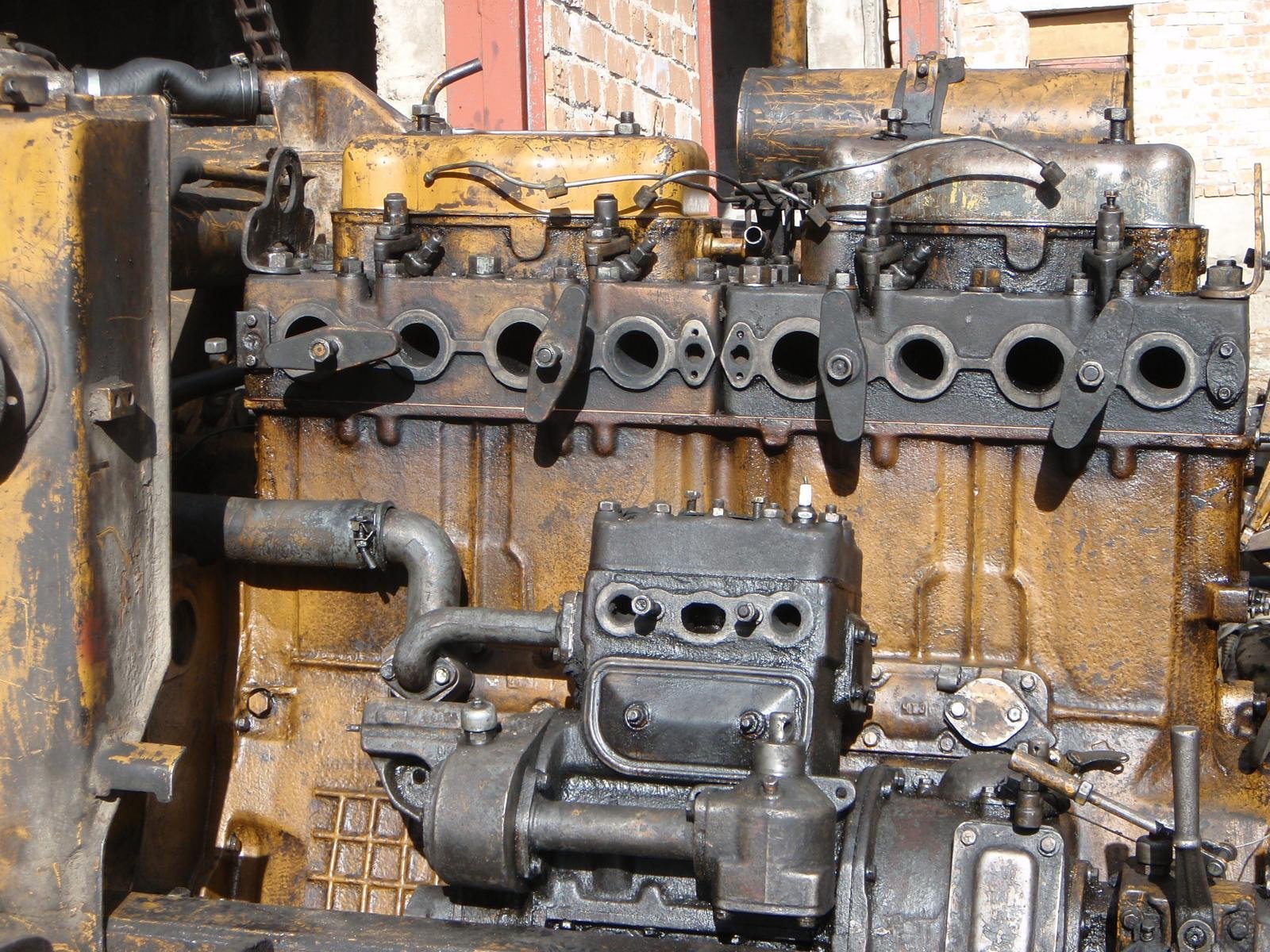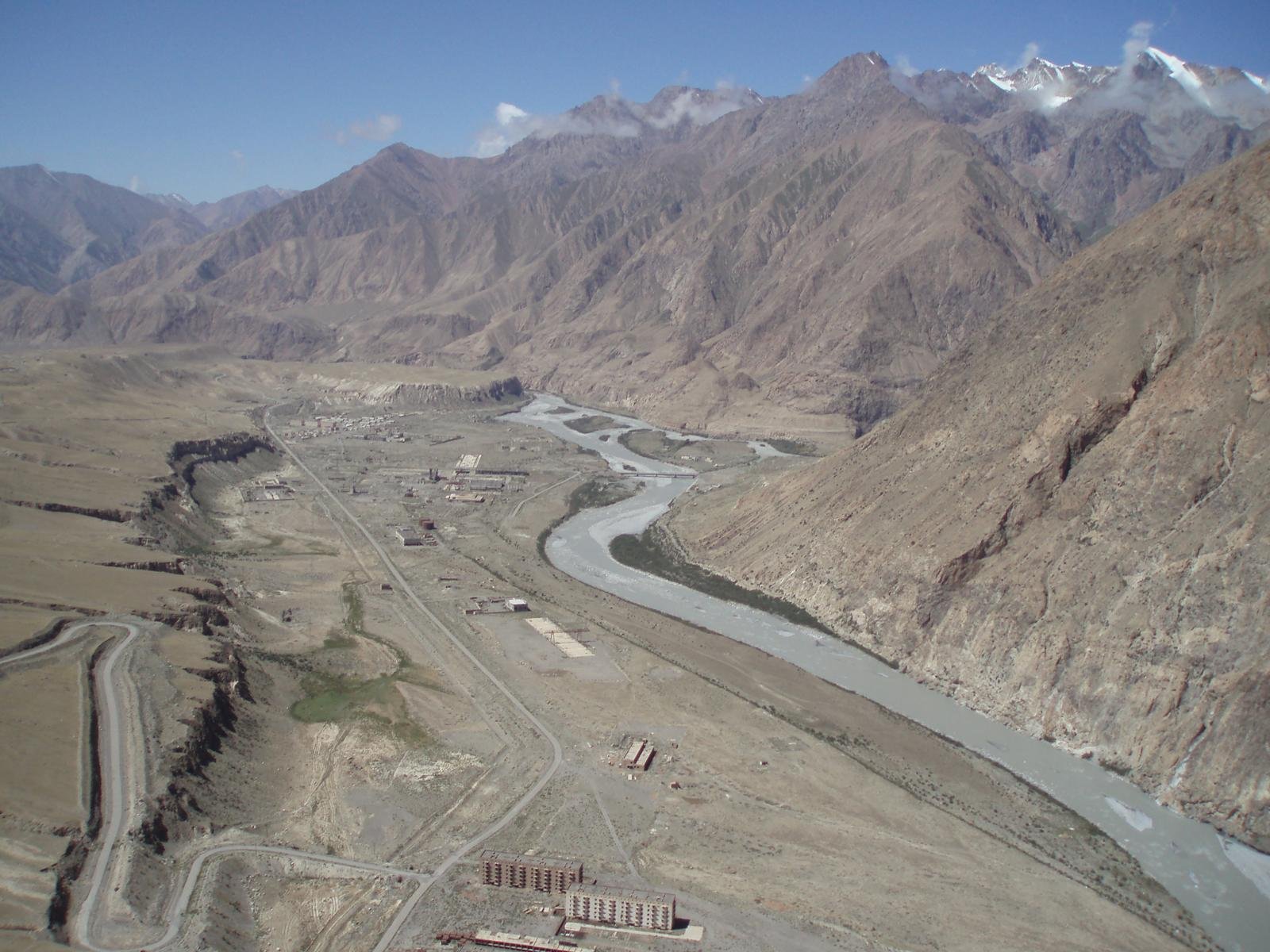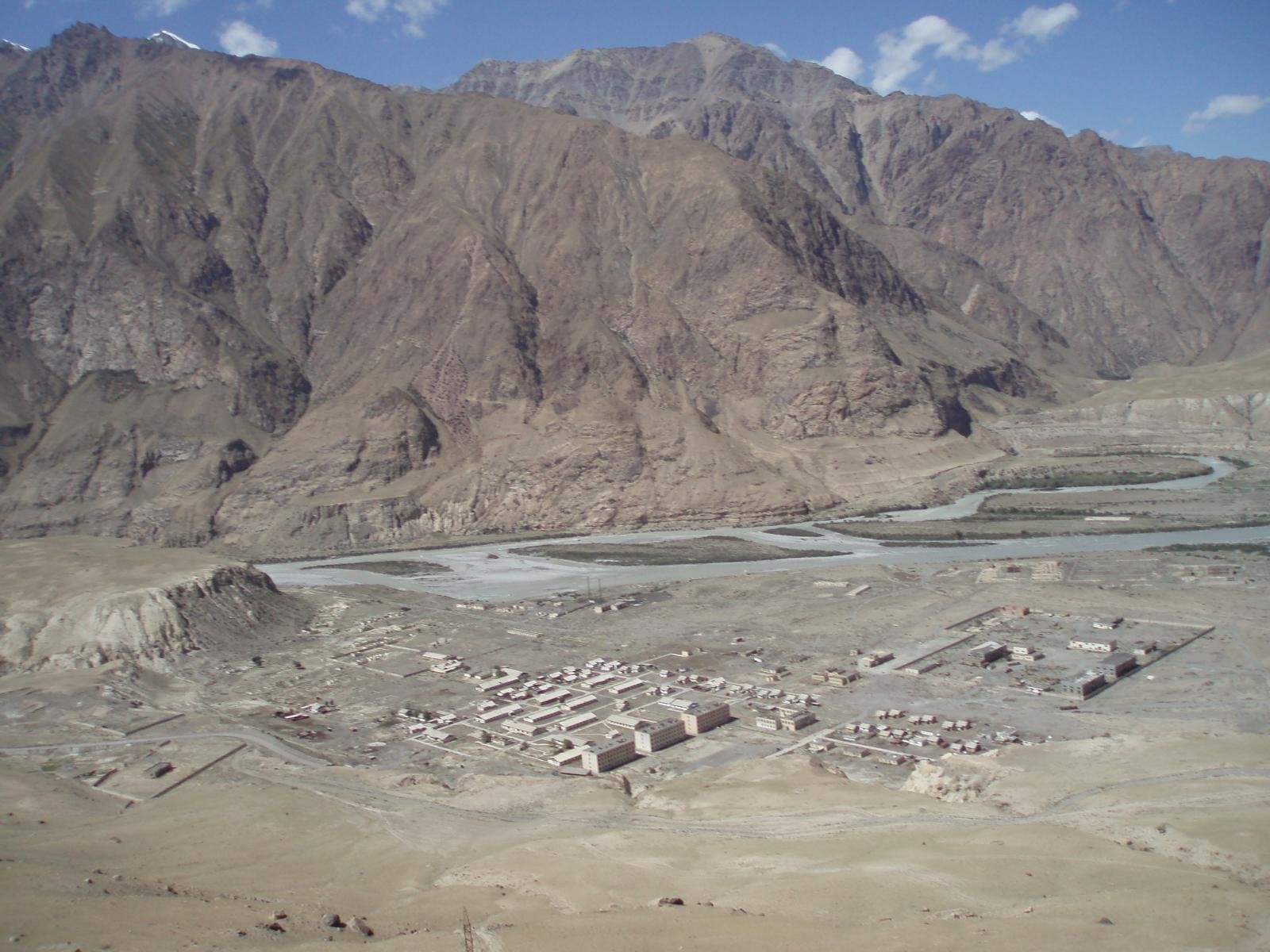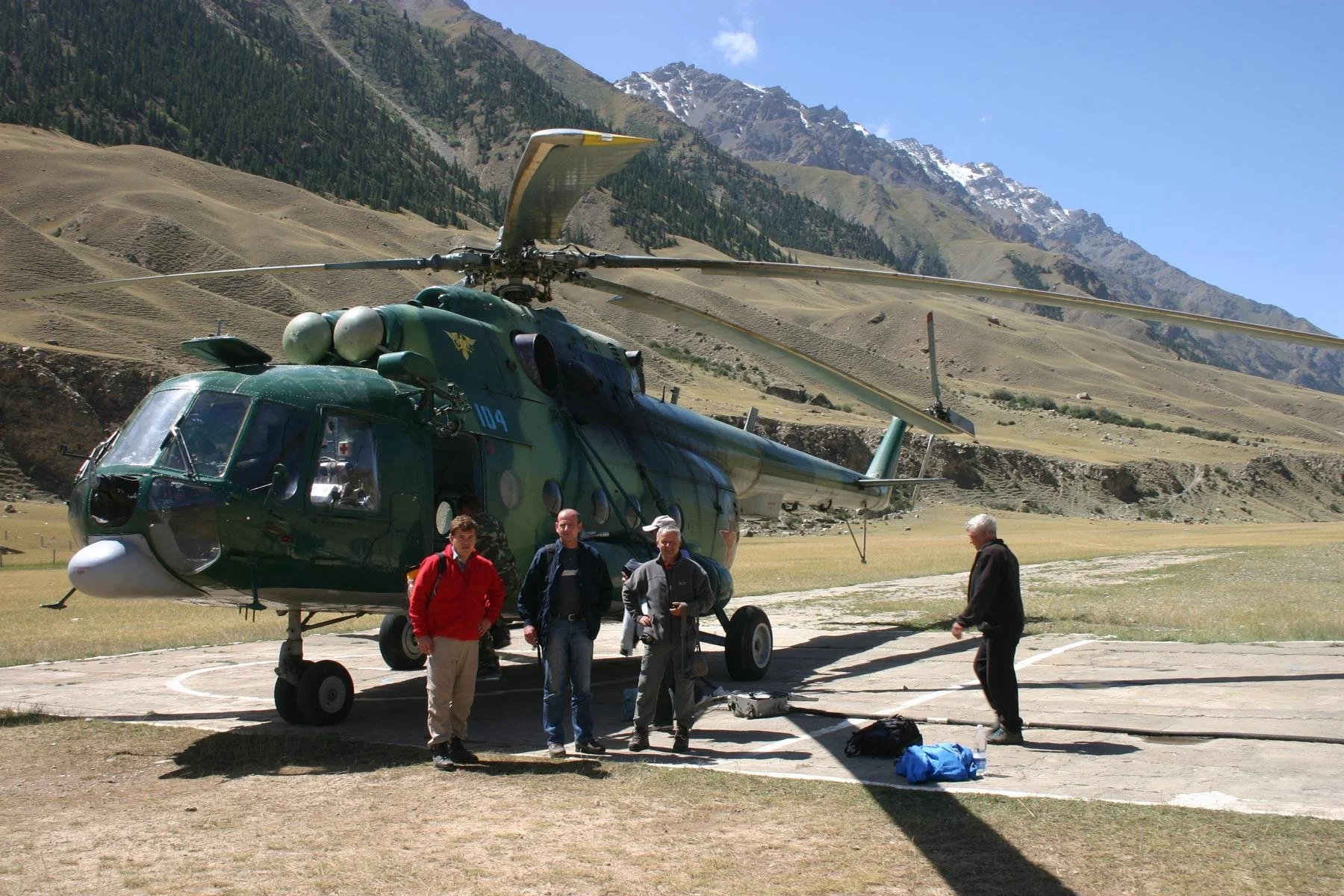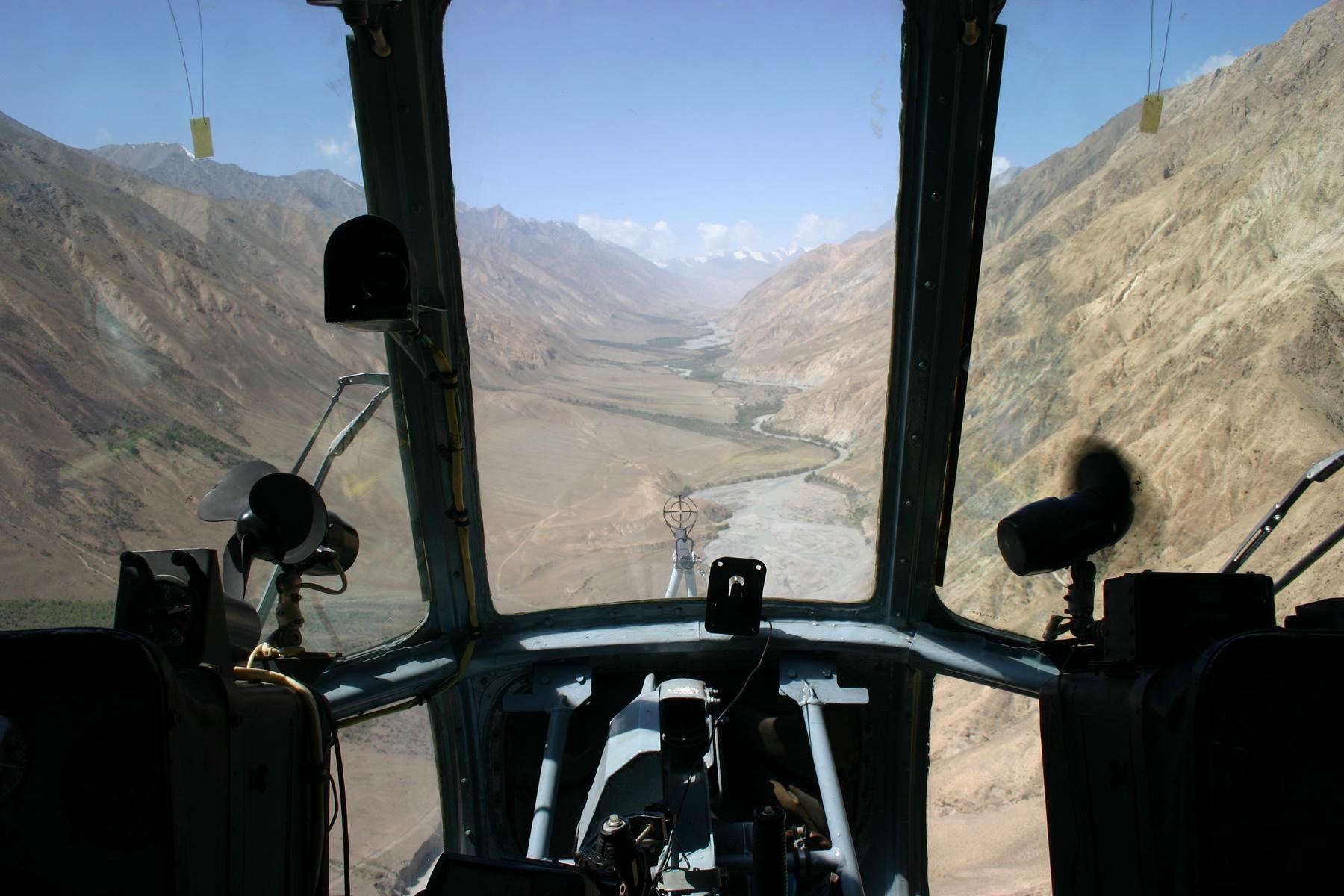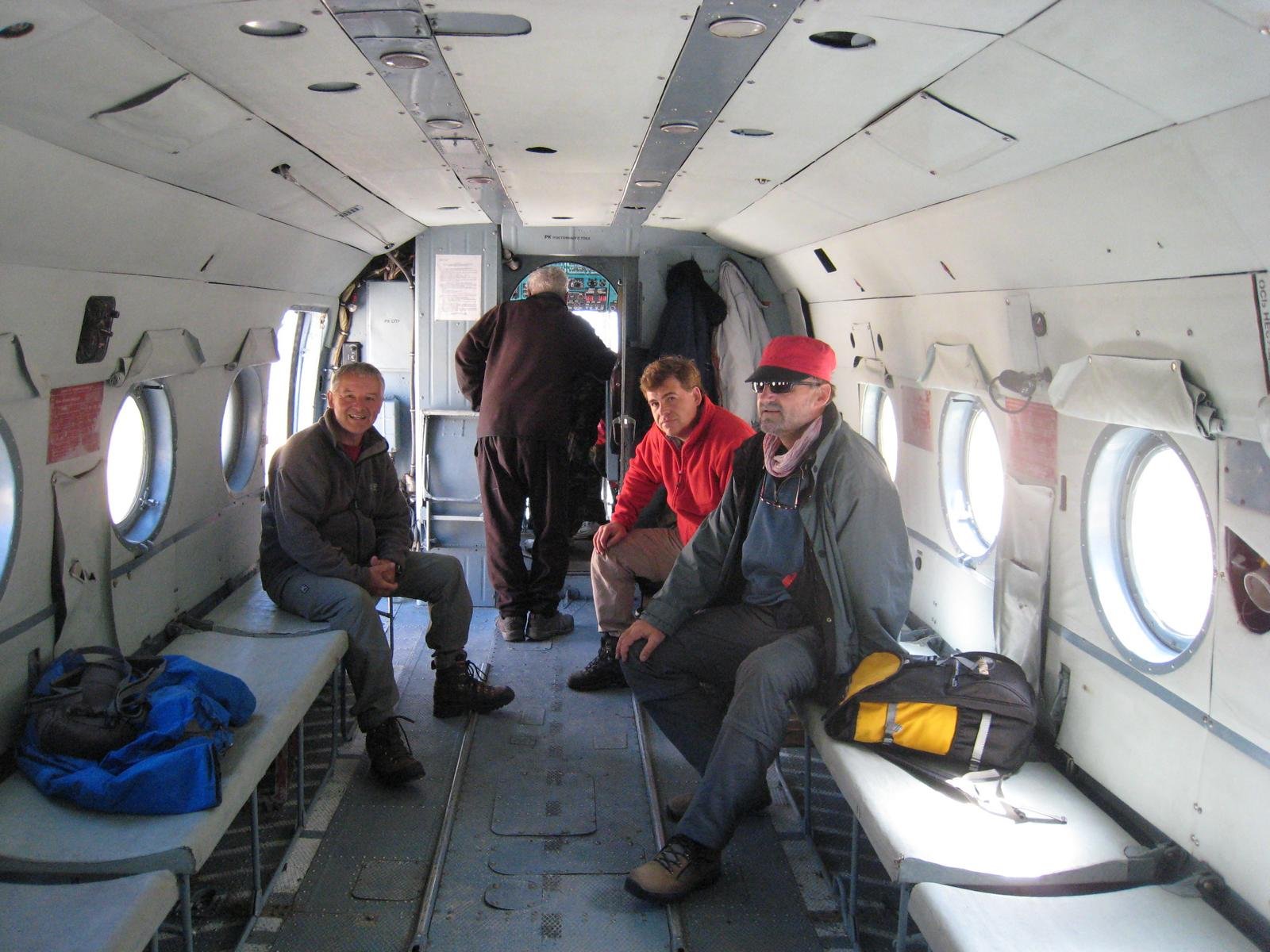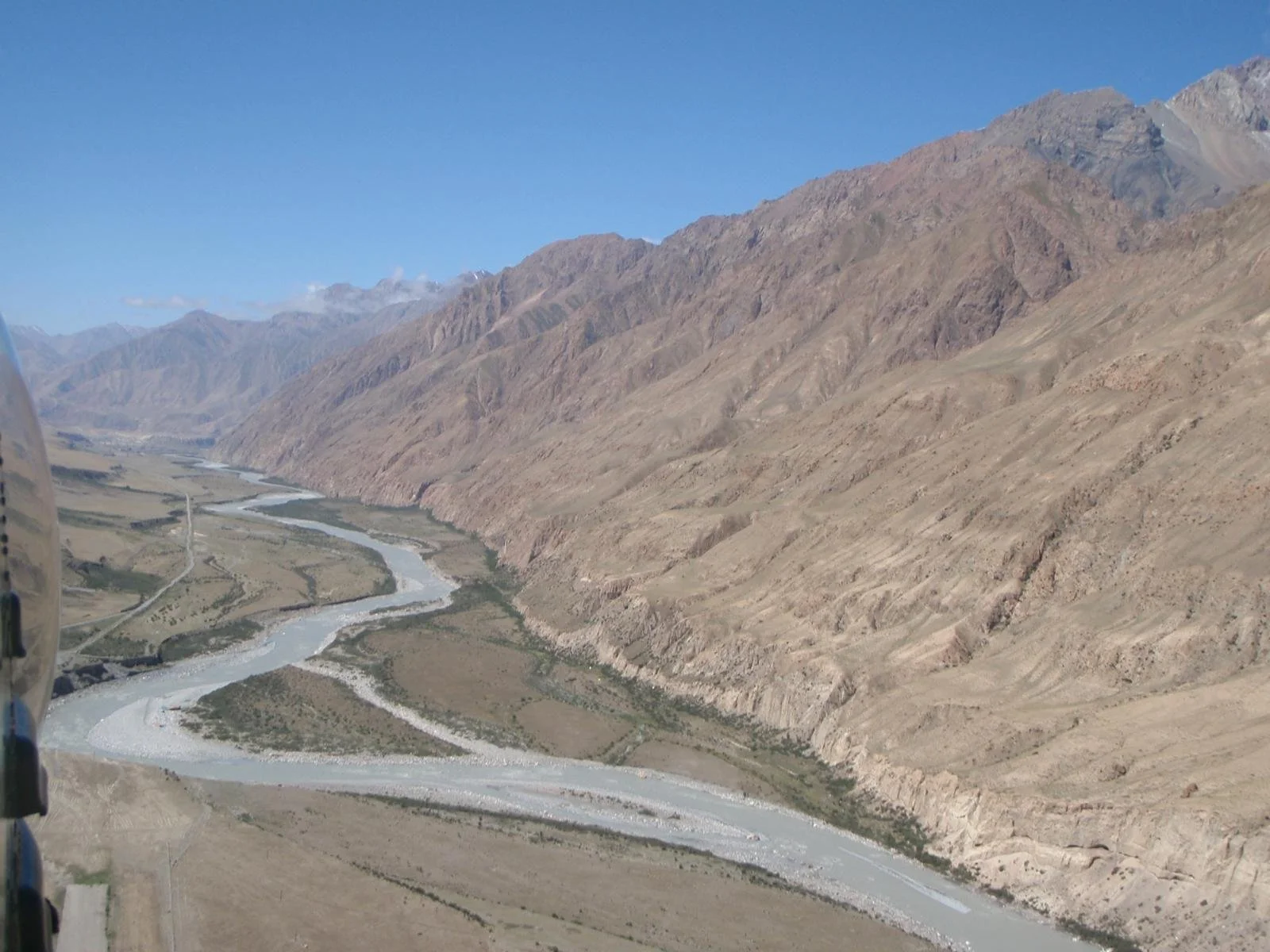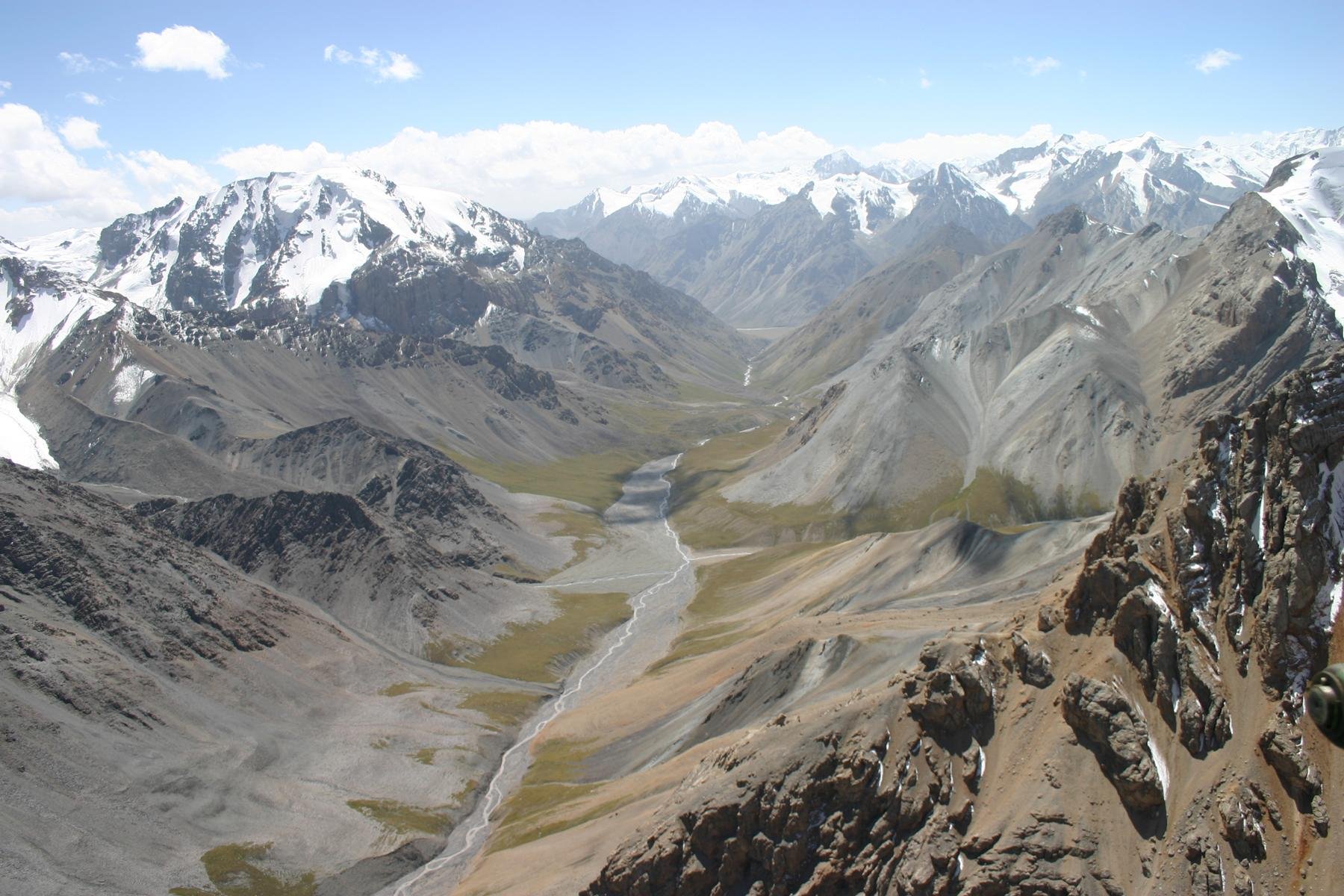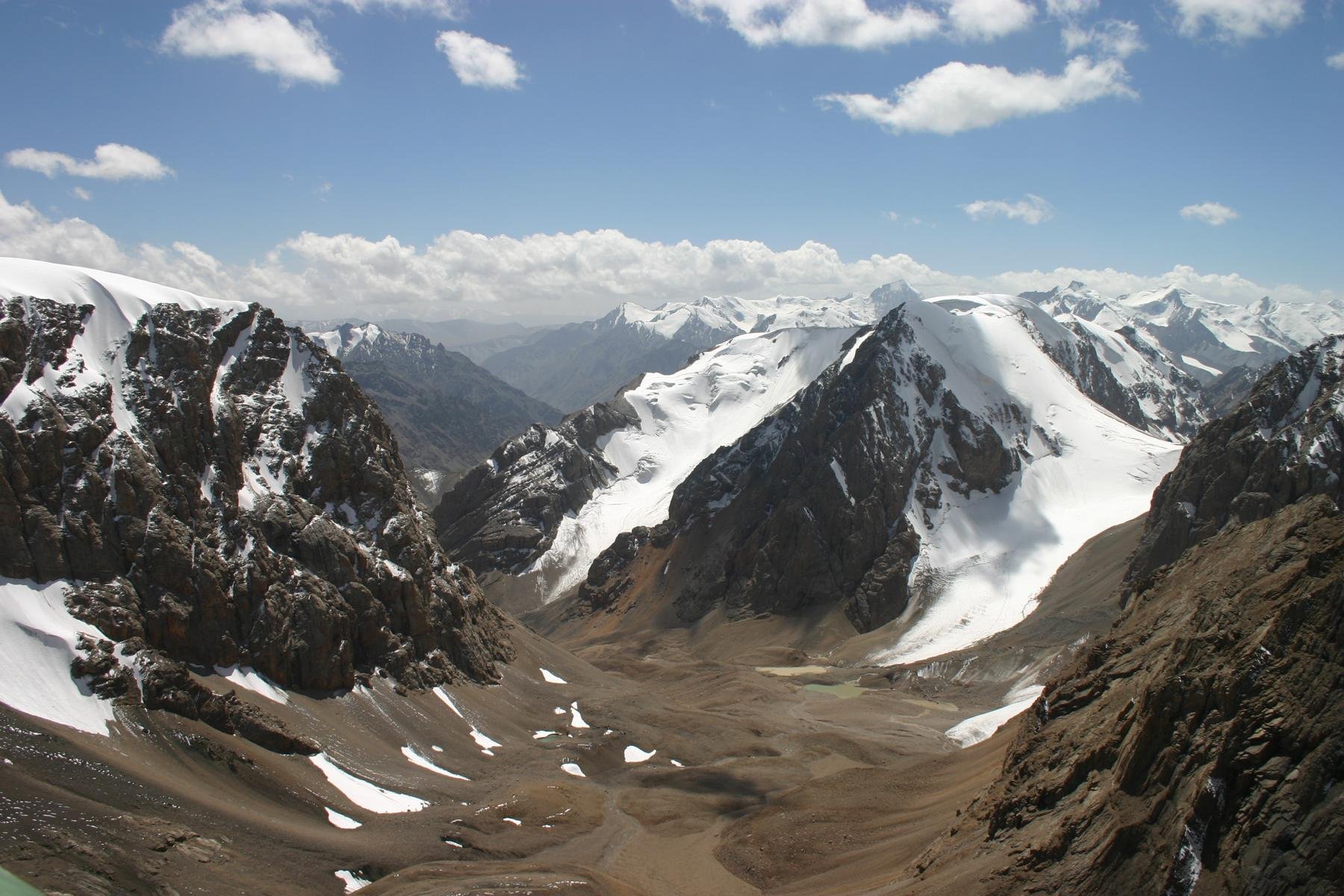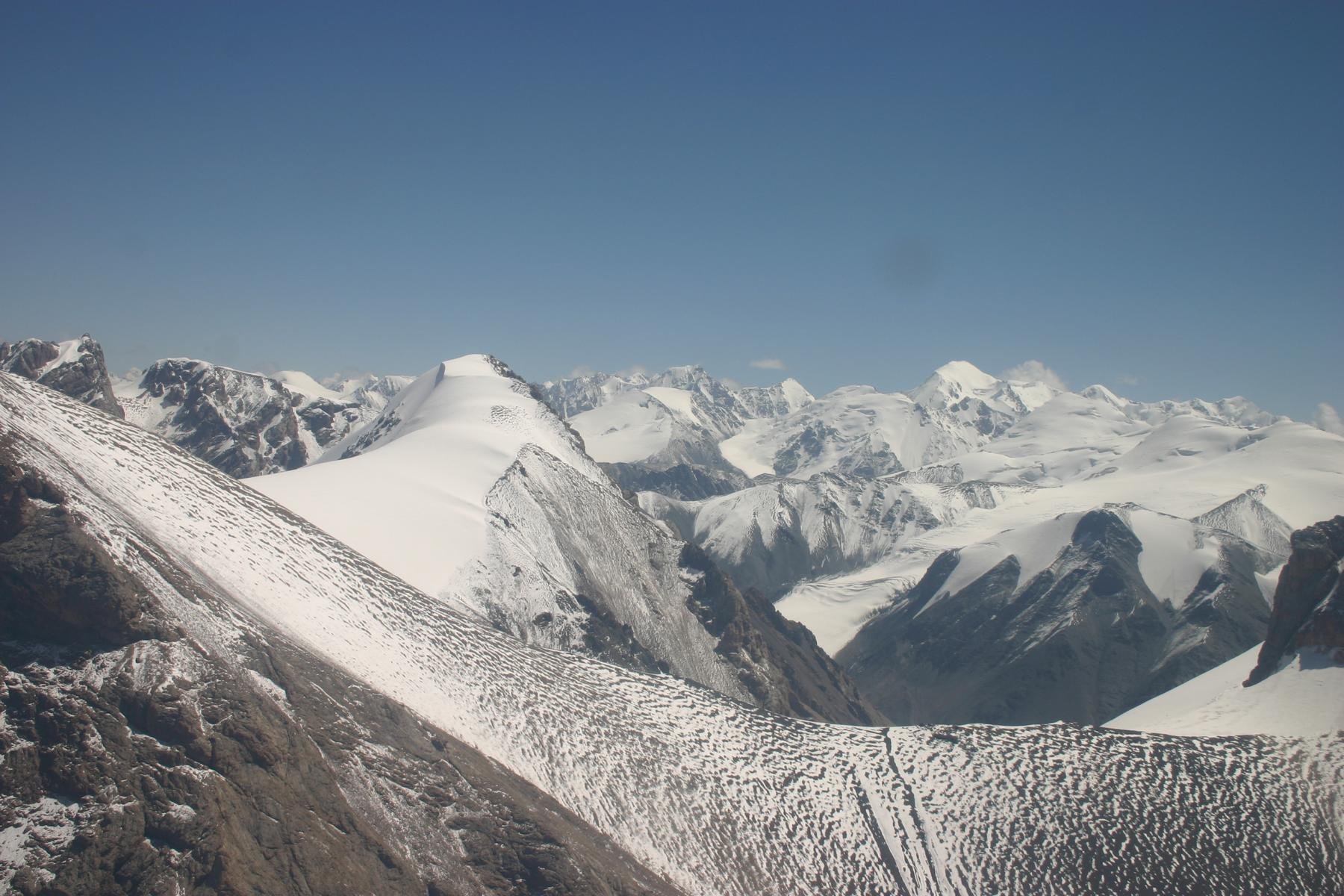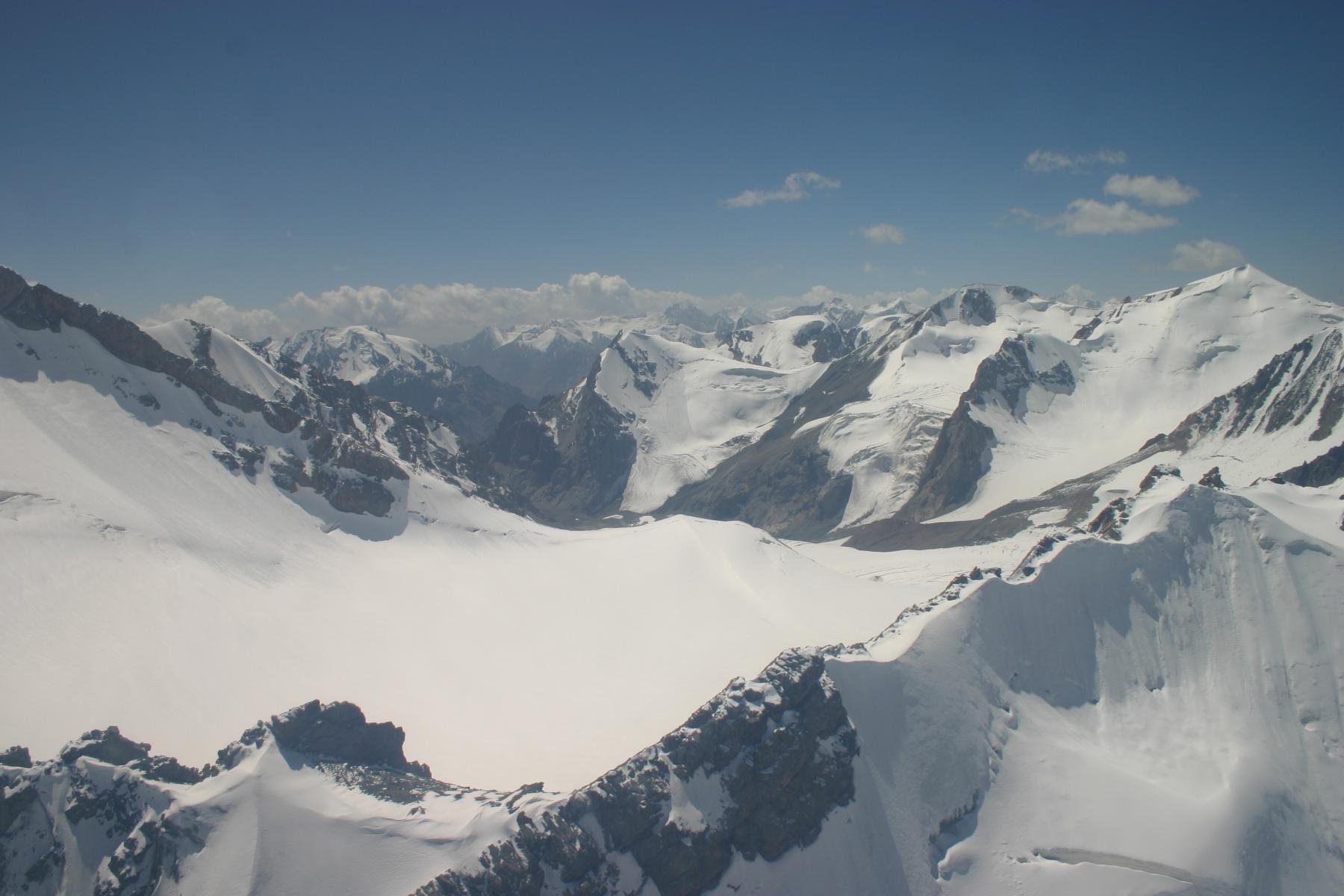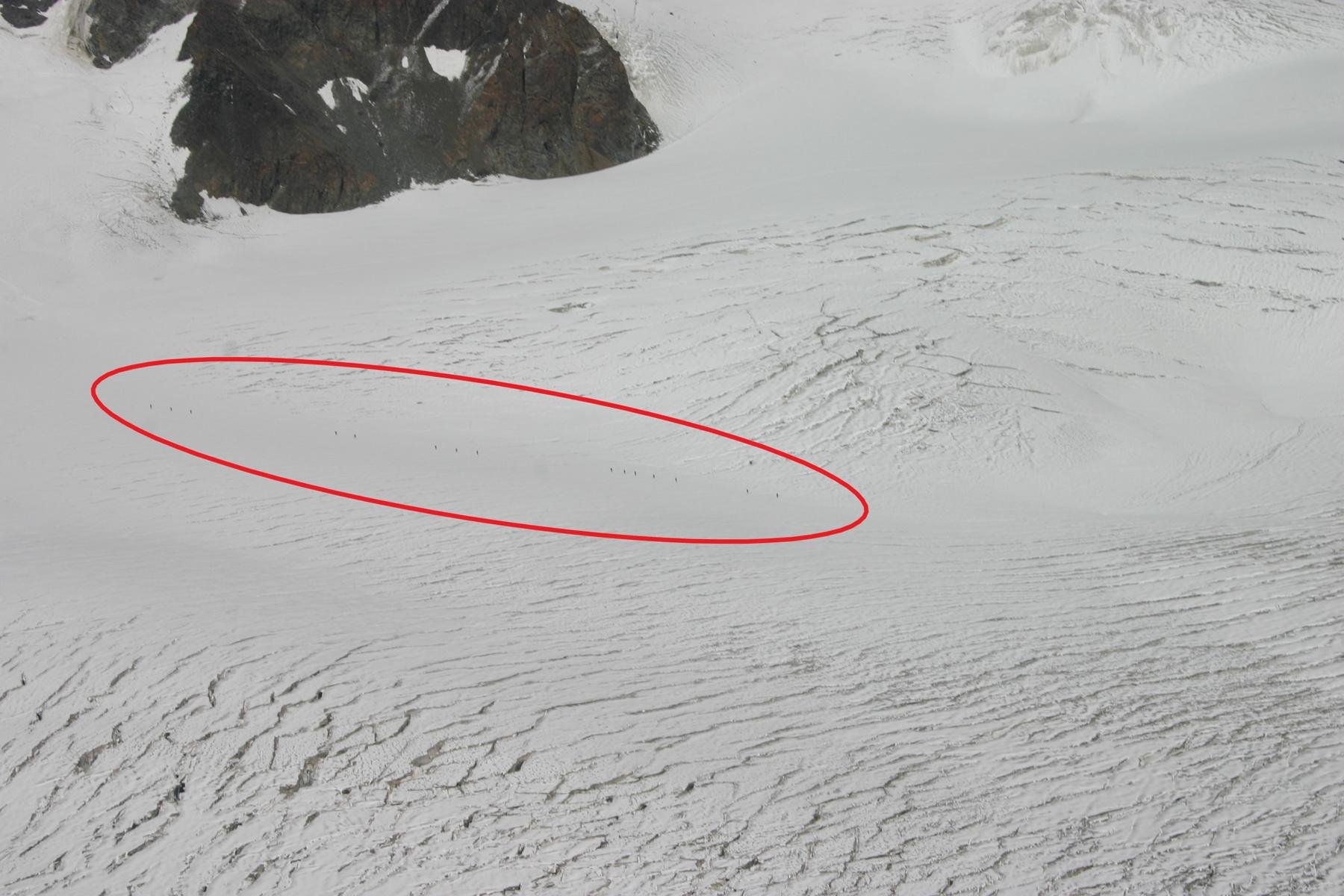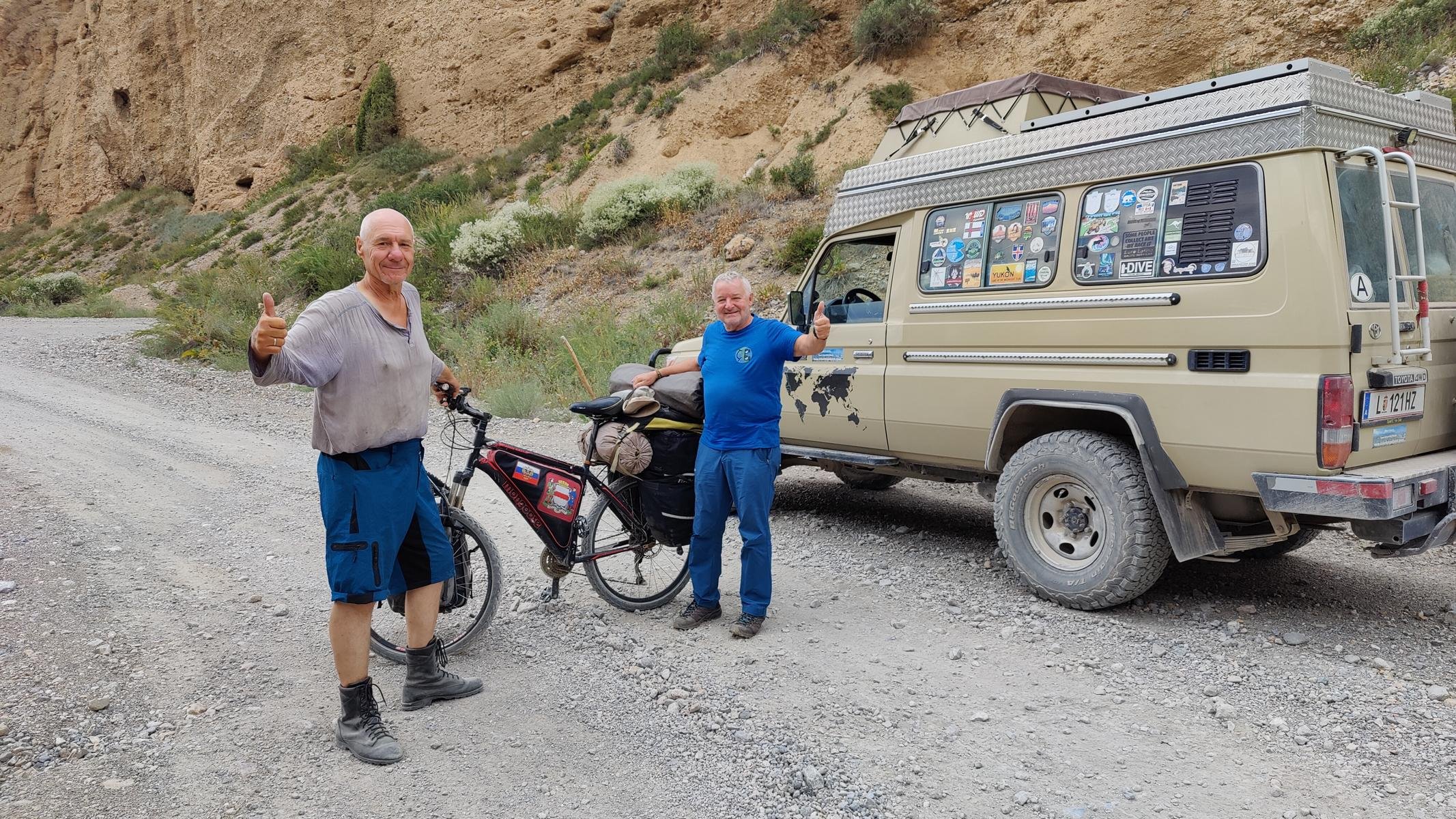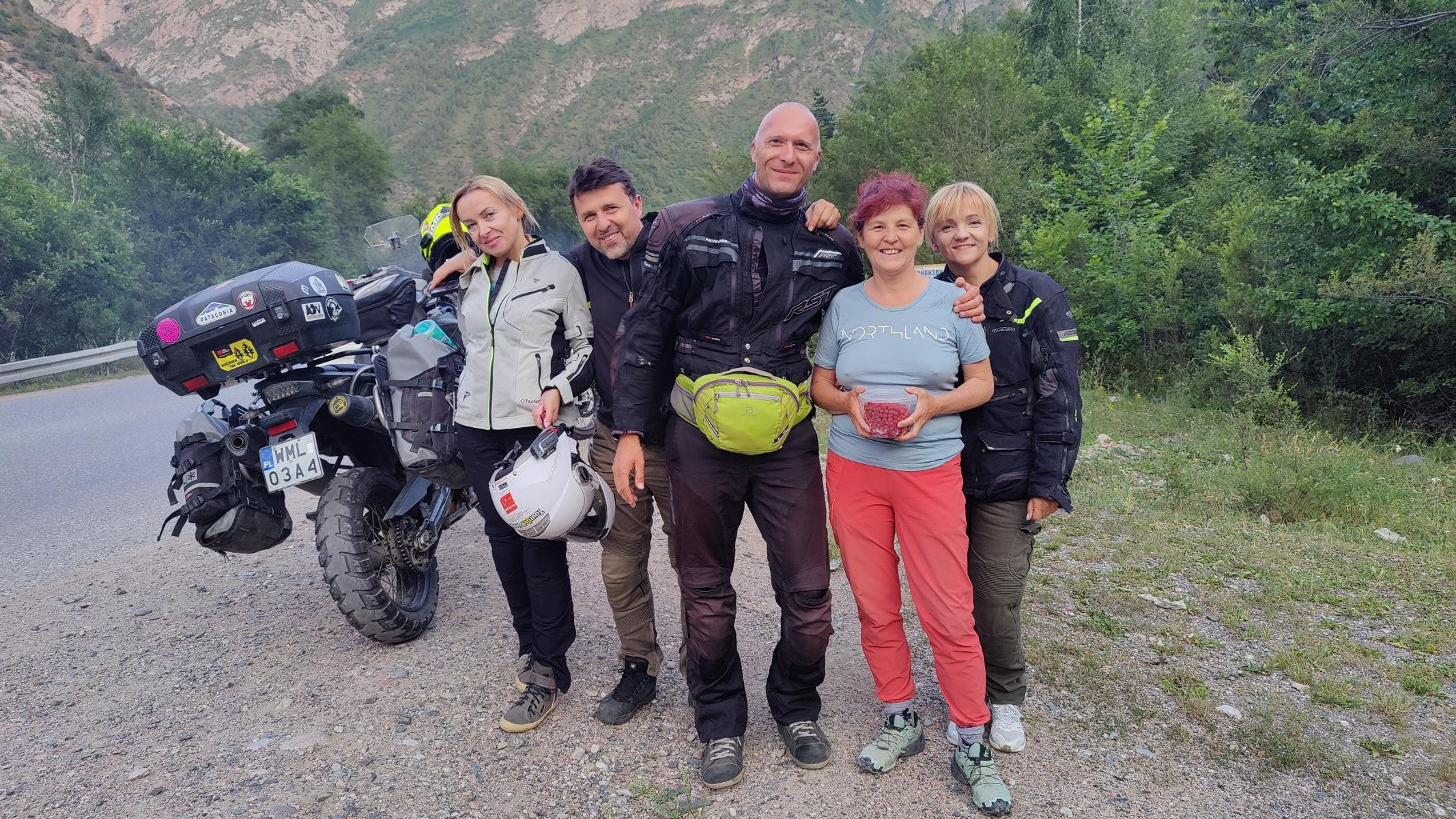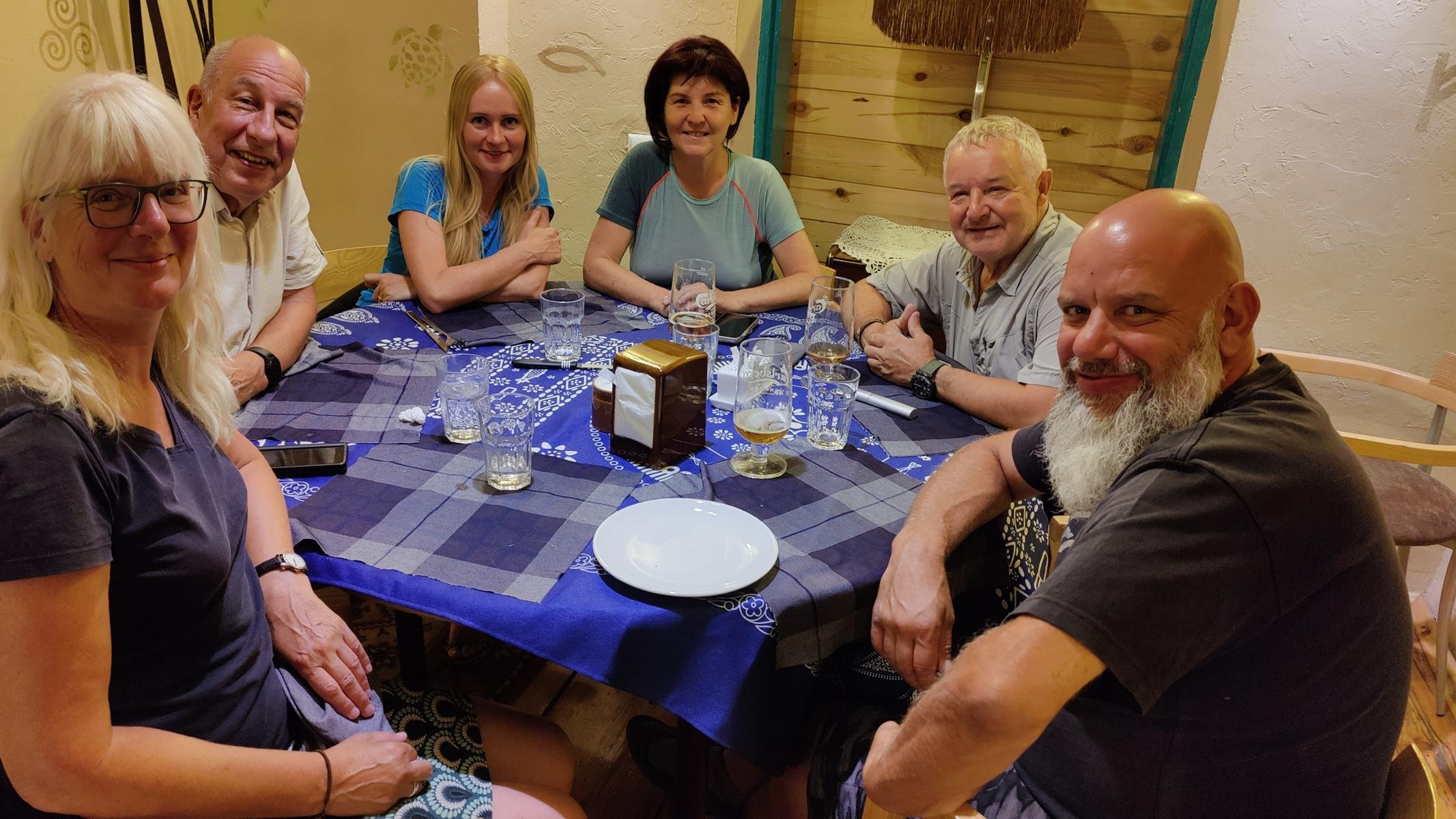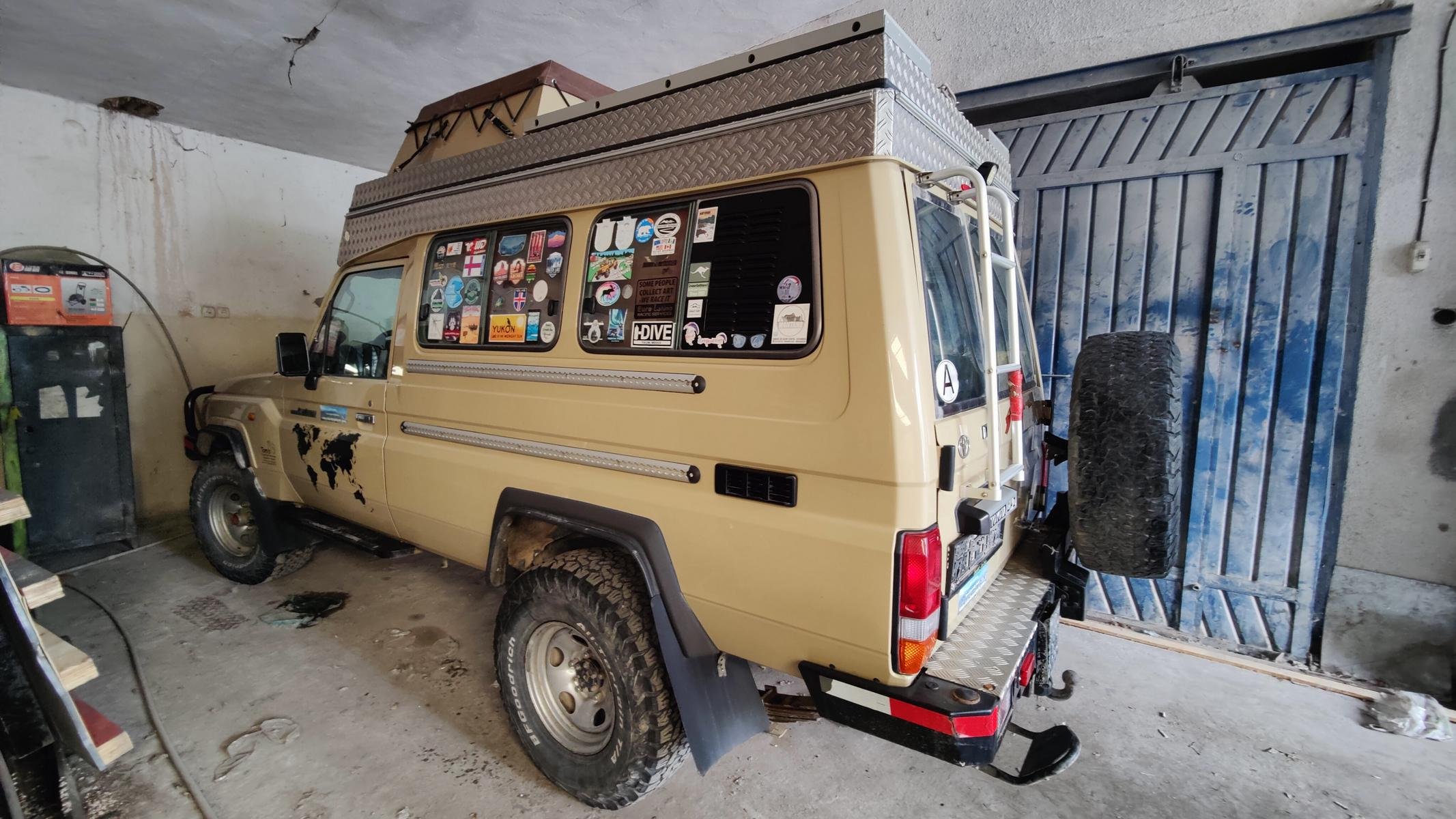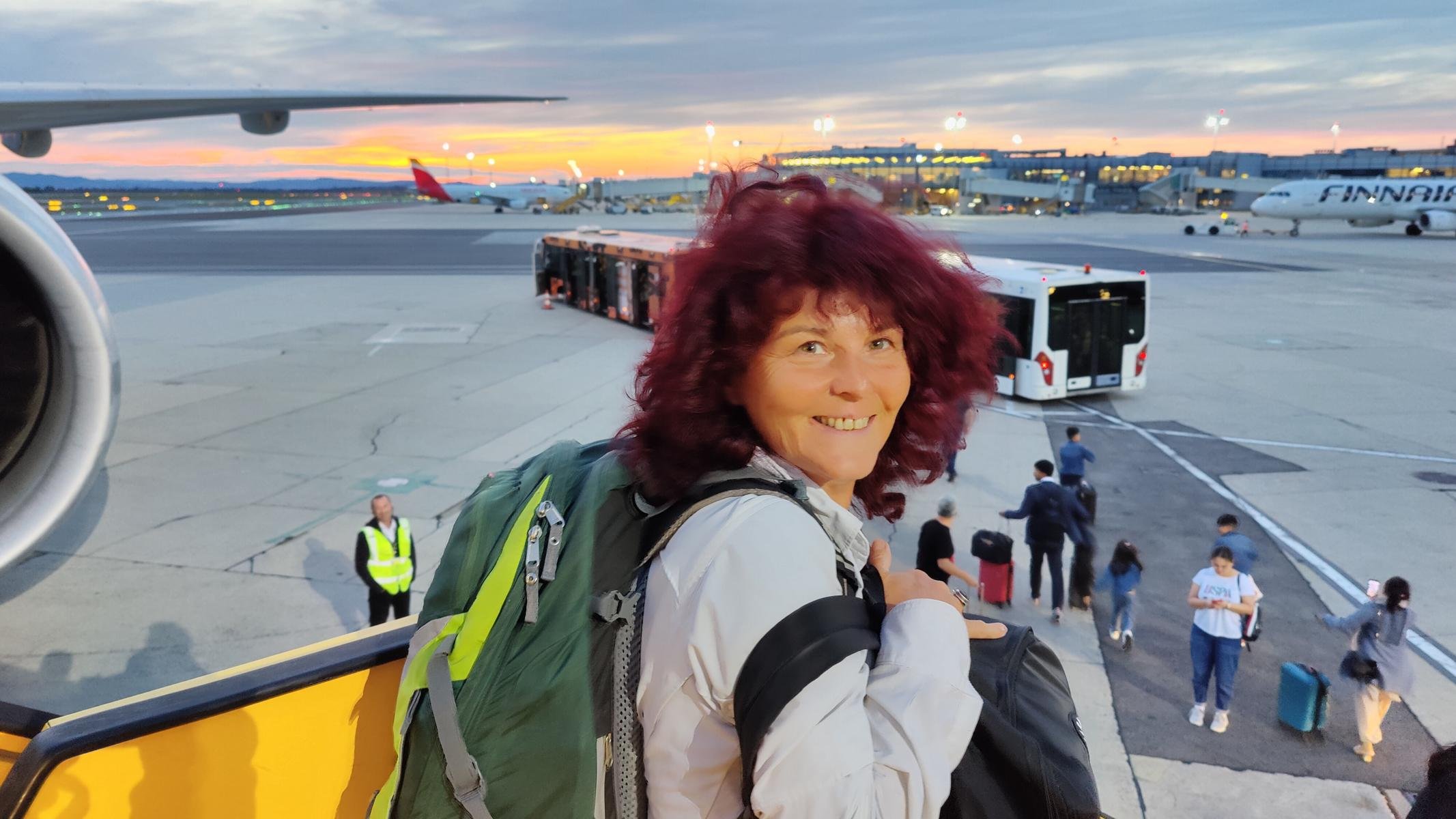Kyrgyzstan – Land of the Nomads (July-August 2023)
Kirgisistan – Das Land der Nomaden (Juli-August 2023)
ENGLISH: In summer 2023 we spent six weeks in Kyrgyzstan. Coming from Uzbekistan we entered near the town Osh, which we left after a short period as the temperature was already above 40 degree C / 104 F. In the following weeks we crossed the country from east to west (see the green line in the map below ). Kyrgyzstan has an area of 199,951 km2 (77,202 sq mi) and approx. 7 million inhabitants. 40 % of the territory is above 3,000 m / 9,842 ft.
EU citizens do not need a visa for Kyrgyzstan, provided they do not stay in the country for more than two months. You can bring your car in temporarily for up to one year. Kyrgyzstan is considered a very safe country to visit. Besides the official language Kyrgyz, almost all people speak Russian and some younger ones also speak English. See also the logistics note at the end of the blog.
During the period 2005-2011 I worked four years in Kyrgyzstan for UNDP and the OSCE and in the following years visited the country several times. Photos in this travel blog are from the whole period.
@@@@@@@@@@@@@@@@@@@@@@@@@@@@@@@@@@@@@@@@@@@@@@@@@@@@@@@@@@@@@@@@@@@@@
DEUTSCH: Im Sommer 2023 verbrachten wir sechs Wochen in Kirgisistan. Von Usbekistan kommend reisten wir in der Nähe der Stadt Osh ein, die wir nach kurzer Zeit wieder verließen, da es dort bereits über 40 Grad hatte. In den folgenden Wochen durchquerten wir das Land von Ost nach West (siehe unten die Route in grün). Kirgisistan hat eine Fläche von 199.951 km2 und ca. 7 Millionen Einwohner. 40 % des Territoriums liegen über 3.000 m Meereshöhe.
EU Bürger benötigen für Kirgisistan kein Visum, sofern sie nicht länger als zwei Monate im Land bleiben. Das Auto kann man bis zu einer Maximaldauer von einem Jahr temporär einführen. Kirgisistan gilt als sehr sicheres Reiseland. Neben der offiziellen Sprache Kirgisisch sprechen fast alle auch Russisch und manche Jüngere auch Englisch. Siehe auch die Logistik Hinweise am Ende dieses Blogs.
Zwischen 2005 und 2011 habe ich vier Jahre in Kirgisistan für UNDP und die OSZE gearbeitet und das Land auch in den folgenden Jahren mehrmals besucht. Die Fotos im folgenden Reiseblog stammen aus dem gesamten Zeitraum.
As visible in the images below, Kyrgyzstan has a particularly beautiful mountainous landscape.
Wie auf den Bildern unten zu sehen ist, hat Kirgisistan eine besonders schöne Gebirgslandschaft.
Our first stop was the small village of Arslanbob, located at 1,600 m above sea level, where the world’s largest concentration of walnut trees grows. According to legend, 2,400 years ago Alexander the Great shipped walnuts from here to Greece, from where they spread across Europe. Besides the production of walnuts and walnut oil, Arslanbob is a regional tourist centre.
Unsere erste Station war die auf 1.600 m Heereshöhe gelegene Ortschaft Arslanbob, wo die größte Konzentration von Walnuss Bäumen auf der Welt wächst. Der Legende nach hat Alexander der Große vor 2.400 Jahren von hier Walnüsse nach Griechenland versandt, von wo sie sich über Europa ausbreiteten. Neben der Produktion von Walnüssen und Walnussöl ist Arslanbob ein regionales Tourismuszentrum.
We continued north on Kyrgyzstan's main highway. The road follows a chain of hydroelectric plants by which Kyrgyzstan produces much of its electricity. We took the opportunity for a quick cool down swim in the Toktogul Reservoir.
Wir fuhren auf Kirgisistans Hauptverkehrsroute in Richtung Norden. Die Straße folgt eine Kette von Wasserkraftwerken, durch das Land einen Großteil seines Stroms produziert. Wir nutzten die Gelegenheit für ein kurzes Abkühlungsbad im Toktogul Stausee.
The Suusamyr Valley is an approximately 100 km long, sparsely populated high valley (over 2,300 m) that stretches from west to east and is surrounded by mountains up to 4,000 m high. While pleasant temperatures prevail in summer, it can be as cold as minus 35 degrees C in winter. From May to October, shepherds with their herds of horses, cattle and sheep populate the valley and produce kurut (a dried cow's milk cheese) and kumyss (fermented horse milk with up to 2.5 % alcohol). As semi-nomads, the herdjng families live in traditional Kyrgyz yurts. Ursula and I spent a few days in a small side valley visiting our "new neighbours".
Das Suusamyr Tal ist ein ca. 100 km langes dünnbesiedeltes Hochtal (über 2.300 m), das sich von Westen nach Osten erstreckt und von bis zu 4.000 m hohen Bergen umschlossen wird. Während im Sommer angenehme Temperaturen herrschen kann es im Winter bis zu minus 35 Grad C kalt sein. Von Mai bis Oktober bevölkern Hirten mit ihren Pferde-, Rinder- und Schafsherden das Tal und produzieren Kurut (einen getrockneter Kuhmilch Käse) und Kumyss (vergorene Pferdemilch mit bis zu 2,5 % Alkohol). Als Semi-Nomaden leben die Hirtenfamilien in den traditionellen kirgisischen Jurten. Ursula und ich verbrachten einige Tage in einem kleine Seitental und besuchten unsere „neuen Nachbarn“.
During the years I lived in Kyrgyzstan, I spent many weekends in Suusamyr, because it is only three hours drive from the capital Bishkek and offers ideal opportunities for outdoor sports: Hiking, horseback riding, paragliding, white water kayaking, ski touring. In 2008 I was visited by friends from my Austrian paragliding and kayaking club. In 2014 I spent a week in Suusamyr with a ski touring group of Austrian and German friends. We enjoyed perfect powder snow and untouched slopes. The starting point was always the Suusamyr Lodge https://suus.kg/de/ .
Während der Jahre, die ich in Kirgisistan lebte, verbrachte ich viele Wochenenden in Suusamyr, weil es nur drei Autostunden von der Hauptstadt Bischkek entfernt liegt und ideale Möglichkeiten für Outdoor Sport bietet: Wandern, Reiten, Paragleiten, Wildwasserpaddeln, Schitourengehen. 2008 besuchten mich Freude und Freundinnen von meinem österreichischen Paragleit- und Kajakklub. 2014 war ich mit einer Gruppe zum Schitourengehen in Suusamyr. Wir hatten perfekten Pulverschnee und unverspurte Hänge. Ausgangspunkt war jeweils die Suusamyr Lodge https://suus.kg/de/ .
From Suusamyr the road leads through a 2.7 km / 1,7 mi long tunnel over the 3,180 m / 10,450 ft high Töö Ashuu Pass.
Von Suusamyr führt die Straße durch einen 2,7 km langen Tunnel über den 3.180 m hohen Töö Aschuu Pass.
Bishkek, the capital of Kyrgyzstan has a population of 1.15 million. Originally a military base, Bishkek in 1926 became the capital of the Soviet Republic of Kyrgyzstan under the name Frunse. The city centre, generously laid out in the 1920s/30s, has many parks and avenues with trees that alleviate the temperatures in summer. A sophisticated irrigation system channels water from several glacial streams into the city centre to water the trees and cool the city's climate. In addition to modern department stores, there are two large bazaars, the Osh- and the Dordoi Bazaar. We took the opportunity to equip ourselves at the Osh bazaar for the planned horseback riding tour.
Bischkek, die Hauptstadt Kirgisistans hat eine Bevölkerung von 1,15 Millionen. Ursprünglich ein Militärstützpunkt wurde Bischkek unter dem Namen Frunse im Jahre 1926 die Hauptstadt der Sowjetrepublik Kirgisistan. Das in den 1920er/30er Jahren großzügig angelegte Stadtzentrum verfügt über viele Parks und Alleen, die im Sommer die Temperaturen mildern. Mit einem ausgeklügelten Kanalsystem wird das Wasser mehrerer Gletscherbäche zur Bewässerung der Bäume und Kühlung der Stadtklimas in das Stadtzentrum geleitet. Neben modernen Kaufhäusern gibt es zwei große Basare, den Osh- und den Dordoi Basar. Wir nutzten die Gelegenheit, um uns für die geplante Reittour am Osh Bazar auszurüsten.
I have worked in Bishkek several times. When I started my work in Kyrgyzstan in the winter of 2005, President Akayev just been toppled by the largely bloodless so-called Tulip Revolution on March 24, 2005, after massive election manipulations during the parliamentary elections. Subsequently, as Chief Technical Adviser, I led the UNDP Election Support Project to conduct the upcoming presidential and local elections. In 2007 to 2009, I worked again for the UN in the area of Human Rights Based Approach and Capacity Building for National Human Rights Institutions. In the fall of 2011, I was the Deputy Head of Mission for the OSCE Election Observation Mission. It was, of course, a special pleasure that I could meet at least part of the former team (Nurgul and Zulaika) as well as Nuria in July 2023. I was also very happy to meet Cristina again, a colleague from UNICEF, whom I knew from the time we spent together in Kabul / Afghanistan. Cristina generously allowed us to stay some days in her apartment in Bishkek.
Ich habe mehrfach in Bischkek gearbeitet. Als ich im Winter 2005 meine Tätigkeit in Kirgisistan begann wurde gerade Präsident Akayev nach massiven Wahlmanipulationen während der Parlamentswahlen durch die weitgehend unblutige sog. Tulpen Revolution am 24. März 2005 gestürzt. In der Folge leitete ich als Chief Technical Adviser das UNDP Wahlunterstützungsprojekt zur Durchführung der anstehenden Präsidentschafts- und Lokalwahlen. 2007 bis 2009 arbeitete ich erneut für die UNO im Bereich Human Rights Based Approach und Capacity Building für die nationalen Menschenrechtsinstitutionen. Im Herbst 2011 war ich der stellvertretende Missionschef der OSZE Wahlbeobachtungsmission. Es war natürlich eine besondere Freude, dass ich im Juli 2023 zumindest einen Teil des ehemaligen Teams (Nurgul und Zulaika) sowie Nuria treffen konnte. Außerdem freute es mich sehr Cristina, eine Kollegin von UNICEF, die ich aus der gemeinsamen Zeit in Kabul / Afghanistan kenne, wiederzusehen. Cristina war so freudlich, uns einige Tage in ihrer Wohnung in Bishkek aufzunehmen.
One of the reasons why Kyrgyzstan was my “best duty station” during my professional career is the hinterland of Bishkek which allowed me to enjoy my hobbies. You didn't have to drive far and you were already in the mountains: Ala Archa National Park , the Alamedin Valley or the Norus ski resort. In Chunkorchak I helped to expand a small climbing garden. It was an emotional moment when this August, after 15 years, I stood again in front of the route that I had drilled back then. Nice to see that I have "left some physical traces".
Einer der Gründe, warum Kirgisistan die Duty Station war, wo ich mich während meiner Berufslaufbahn am wohlsten gefühlt habe ist das Hinterland Bischkeks, wo ich meinen gewohnten Freizeitaktivitäten nachgehen konnte. Man musste nicht weit fahren und war schon in den Bergen: Ala Archa Nationalpark , das Alamedin Tal oder das Schigebiet Norus. In Chunkorchak half ich mit, einen kleine Klettergarten zu erwitern. Es war ein emotionaler Moment als ich diesen August nach 15 Jahren wieder vor der Route stand, die ich damals eingebohrt hatte. Schön zu sehen, dass man „greifbare Spuren hinterlassen hat“.
A few words about the history of Kyrgyzstan: Petroglyphs and other findings testify that Kyrgyzstan was inhabited for many millennia and important sections of the Silk Road passed through the territory of today's Kyrgyzstan. Finds prove that at that time Zoroastrianism, Buddhism, Nestorian Christianity and Islam existed side by side. Under their folk hero, Manas, the empire of the Kyrgyz (who belong to the Turkic tribes) reached its greatest extent in the 9th century, reaching from the Altai Mountains to the Tien Shan Mountains. Temporarily subjugated by the Mongols and China, the territory of present-day Kyrgyzstan came under the rule of Tsarist Russia in 1876. The exhibits pictured are on display in the National Museum.
Einige Worte zur Geschichte Kirgisistans: Petroglyphen und andere Fundstücke zeugen davon, dass Kirgisistan seit vielen Jahrtausenden besiedelt war und wichtige Abschnitte der Seidenstraße über das Territorium des heutigen Kirgisistan verliefen. Funde belegen, dass zu dieser Zeit Zoroastrismus, Buddhismus, nestorianisches Christentum und Islam nebeneinander existierten. Unter ihrem Volkshelden Manas erreichte das Reich der Kirgisen (die zu den Turkstämmen gehören) im 9. Jh. seine größte Ausdehnung und reichte vom Altai Gebirge bis zum Tien Shan Gebirge. Zeitweise von den Mongolen und China unterworfen kam das Gebiet des heutigen Kirgisistan im Jahr 1876 unter die Herrschaft des zaristischen Russland. Die abgebildeten Exponate sind im National Museum ausgestellt.
The medieval town / excavation site of Balasagun with the famous Burana Tower (one of the oldest of its kind in Central Asia) is located about 50 km east of Bishkek. Climbing up and down the narrow stairs inside the 21 m high tower is a challenge. Near the excavation site, the museum administration placed stone statues produced by nomadic tribes in the 6th-10th centuries. Coincidentally, during our visit a photo shooting of a famous Kyrgyz singer was taking place. We took the opportunity to snap a few photos of her as well.
Die mittelalterliche Stadt / Ausgrabungsstätte Balasagun mit dem berühmten Burana Turm (einem der ältesten seiner Art in Zentralasien) liegt etwa 50 km östlich von Bischkek. Auf- und Abstieg auf der engen Treppe im Inneren des 21 m hohen Turms sind eine Herausforderung. Nahe der Ausgrabungsstätte stellte die Museumsverwaltung Steinstatuen auf, die von nomadischen Stämmen im 6.-10. Jh. angefertigt wurden. Zufälligerweise fand während unseres Besuchs gerade ein Fotoshooting einer bekannten kirgisischen Sängerin statt. Wir nutzten die Gelegenheit auch ein paar Fotos von ihr zu knipsen.
A significant political turning point in Kyrgyz history was the attempted rebellion of 1916. When Tsarist troops crushed the uprising and during the subsequent flight across the Tien Shan Mountains to China, it is estimated that between 20 and 40% of the Kyrgyz population perished. In Chon Tash, about 30 km south of Bishkek, there is a large monument commemorating these massacres.
Einen bedeutenden politischen Einschnitt in der kirgisischen Geschichte bildet die versuchte Rebellion von 1916. Bei der Niederschlagung des Aufstands durch zaristische Truppen und der Flucht über das Tien Shan Gebirge nach China starben je nach Schätzung zwischen 20 und 40 % der kirgisischen Bevölkerung. In Chon Tash, ca. 30 km südlich von Bischkek, steht ein großes Denkmal, dass an diese Massaker erinnert.
In 1919, the Bolsheviks took power in Kyrgyzstan. Today, there are more statues of Lenin and more streets named after Lenin in Kyrgyzstan than in any other country in Central Asia. In 1937, after the collectivisation and forced settlement of nomads met with some resistance, Stalin liquidated almost the entire communist leadership in Kyrgyzstan under the pretext of "eliminating nationalist elements". The bodies of 137 political cadres were buried in a secret place in a furnace that had been turned into a mass grave. Only after the collapse of the Soviet Union in 1991 did the daughter of a guard dare to reveal this place to the authorities. Today, an impressive memorial called Ata Beyit ("the grave of our fathers") in Chon Tash commemorates this crime.
Chon Tash is also home to the honorary grave of Chingiz Aitmatov (1928 - 2008), probably the most famous writer in Kyrgyzstan. He was buried near the place where his father, one of the 137 communist cadres murdered by Stalin, found his final resting place.
In 1919 übernahmen die Bolschewiken die Macht in Kirgisistan. Heute findet man in Kyrgyzstan noch mehr Lenin Statuen und es gibt mehr Straßen, die nach Lenin benannt sind, als in den andern Ländern Zentralasiens. Nachdem die Kollektivierung und die zwangsweise Ansiedlung der Nomaden auf einige Wiederstand stieß ließ 1937 Stalin, unter dem Vorwand „nationalistische Element zu beseitigen“ fast die gesamte kommunistische Führungsschicht in Kirgisistan liquidieren. Die Leichen von 137 politischen Kader wurden an einem geheimen Ort in einen zu einem Massengrab umfunktionierten Brennofen begraben. Erst nach dem Zusammenbruch der Sowjetunion im Jahre 1991 getraute sich die Tochter eines Wachsoldaten diesen Ort den Behörden zu verraten. Heute erinnert in Chon Tash eine beeindruckende Gedächtnisstätte genannt Ata Beyit („das Grab unserer Väter“) an dieses Verbrechen.
In Chon Tash befindet sich auch das Ehrengrab von Tschingis Aitmatow (1928 – 2008), dem wohl bekanntesten Schriftsteller Kirgisistans. Er wurde nahe dem Ort begraben wo sein Vater, einer der 137 von Stalin ermordeten kommunistischen Kader, seine letzte Ruhestätte fand.
Kyrgyzstan gained independence in 1991 and is the only country in Central Asia in which authoritarian structures have not taken hold. Nevertheless, political developments have been quite turbulent. In March 2005, President Akayev was overthrown by a popular uprising after rigged parliamentary elections. A similar fate befell his successor, Bakiyev, who was forced to leave the country in 2010 after bloody clashes. A third sector of the Chon Tash memorial complex commemorates the victims of the 2010 rebellion.
Kirgisistan erlangte 1991 die Unabhängigkeit und ist das einzige Land Zentralasiens, in dem sich keine autoritären Strukturen etablieren konnten. Trotzdem war die politische Entwicklung durchaus turbulent. Im März 2005 wurde Präsident Akayev nach manipulierten Parlamentswahlen durch einen Volksaufstand gestürzt. Ähnlich erging es seinem Nachfolger Bakiyev, der 2010 nach blutigen Auseinandersetzungen das Land verlassen musste. Ein dritter Sektor der Gedächtnisstätte Chon Tash erinnert an die Opfer der 2010 Ereignisse.
In Kyrgyzstan, where many farmers still move to mountain pastures (dzhailoo) in summer as semi-nomads with their herds, nomadism is part of the historical narrative. The National Historical Museum in Bishkek and a new museum west of Cholpon Ata have exhibitions on the nomadic tradition of the Kyrgyz.
In Kirgisistan, wo noch heute viele Bauern im Sommer als Semi-Nomaden mit ihren Herden auf die Alm (Dzhailoo) ziehen ist das Nomadentum Teil des historischen Narrativs. Im Historischen Nationalmuseum in Bischkek sowie in ein neues Museum westlich von Cholpon Ata befinden sich Ausstellungen über die nomadische Tradition der Kirgisen.
Horses and horse competitions play a special role in Kyrgyz sports. We had the pleasure of visiting three equestrian festivals at Lake Sonkul, Kyzil Oi and Tamchi, organized by the Kyrgyz NGO Community Based Tourism https://cbtkyrgyzstan.kg/en/ . Tyiyn Emmei ("Reach for the Coin") is a skill competition in which the rider must pick up a coin or piece of cloth from the ground at full gallop. Er Enish involves pulling or pushing the other rider off the horse while wrestling. In Kyz Kuumei ("Kiss the Bride"), played by a man and a woman, the lad must try to catch up and kiss the girl while galloping. Then the roles are reversed and the girl must try to beat the boy with the whip (Kamchi) while galloping.
Pferde und Pferdwettkämpfe spielen eine besondere Rolle im kirgisischen Sport. Wir hatten das Vergnügen am Sonkul See, in Kyzil Oi und in Tamchi drei Reiterfestivals, die von der kirgisischen NGO Community Based Tourism https://cbtkyrgyzstan.kg/en/ veranstaltet wurden, besuchen zu können. Tyiyn Emmei („Greif nach der Münze“) ist eine Geschicklichkeitsbewerb bei dem der Reiter im vollen Galopp eine Münze oder ein Stück Tuch vom Boden aufheben muss. Beim Er Enish geht es darum, den anderen Reiter beim Ringen vom Pferd zu ziehen oder zu stoßen. Beim Kyz Kuumei („Küss die Braut“), das von einem Mann und einer Frau gespielt wird, muss der Bursche versuchen, das Mädchen im Galopp einzuholen und zu küssen. Dann werden die Rollen vertauscht und das Mädchen muss versuchen, den Burschen im Galopp mit der Peitsche (Kamtschi) zu schlagen.
The supreme discipline, however, is Kok-Boru ("blue wolf"), which is also known by other names in countries of Central Asia and in Afghanistan. In the Kyrgyz variant, two teams fight each other, each trying to throw a decapitated goat into the opponent's goal. As the last two photos show, the game can be very dangerous for both participants and spectators.
Die Königsdisziplin aber ist Kok-Boru („blauer Wolf“) das auch in anderen Ländern Zentralasiens und in Afghanistan unter anderen Namen bekannt ist. In der kirgisischen Variante kämpfen zwei Teams gegeneinander, die versuchen eine enthauptete Ziege jeweils in das gegnerische Tor zu werfen. Wie die letzten beiden Fotos zeigen, kann das Spiel sowohl für die Teilnehmer wie auch für die Zuschauer sehr gefährlich werden.
Hunting with birds of prey (eagles, falcons) has a long tradition in Kyrgyzstan.
Die Jagd mit Raubvögeln (Adler, Falken) hat eine lange Tradition in Kirgisistan.
In Kyzyl Oi we could watch the construction of a yurt. A yurt has an average diameter of 4 to 6 meters and weighs about 400 kg. Traditional yurts do not use any metal. It takes a skilled team about an hour to set up the yurt.
In Kyzyl Oi konnten wir den Aufbau einer Jurte mitverfolgen. Eine Jurte hat im Schnitt einen Durchmesser von 4 bis 6 Meter und wiegt rund 400 kg. Traditionelle Jurten verwenden keinerlei Metall. Für das Aufstellen der Jurte benötigt ein geübtes Team ca. eine Stunde.
Inside yurts are lined with colourful shyrdaks (felt carpets). In 2005, I had the opportunity to watch shyrdaks being made at Lake Sonkul. Rituals when a baby is born and starts to walk. Traditional Kyrgyz musical instruments and dances.
Innen werden Jurten mit farbenprächtigen Schyrdaks (Filzteppichen) ausgekleidet. 2005 hatte ich die Gelegenheit am Sonkul See bei der Anfertigung von Schyrdaks zuzusehen. Rituale, wenn ein Baby geboren wird und zu Laufen beginnt. Traditionelle kirgisische Musikinstrumente und Tänze.
Kyrgyz food is very meaty. Kyrgyz like to tell foreigners that they are the people who eat the second most meat in the world. If you then ask who eats the most, they answer with a broad grin: "The wolves". A particular specialty is the sheep's head, where the sheep's eyes are considered the most valuable pieces. As a guest, you should definitely not refuse the distinction of getting a part of the eye to eat. Plov (a rice dish) and boorsok (dumplings) are two other specialties. Tea, boiled in a samovar, is the national drink. Although most of the population is Muslim, there is a wide range of vodka in every store. The Kyrgyz variant of coma drinking is called alkash. In this case, the drinker gets drunk to the point of unconsciousness and simply falls asleep on the side of the road, only to continue drinking again as soon as he wakes up.
Das kirgisische Essen ist sehr Fleisch-lastig. Kirgisen erzählen Ausländern gerne, dass sie das Volk sind, dass auf der Welt am zweitmeisten Fleisch ist. Wenn man dann nachfragt, wer am meisten isst, dann antworten sie mit einem breiten Grinsen: „Die Wölfe“. Eine besondere Spezialität ist der Schafskopf, bei dem die Schafsaugen als das wertvollste Stück gelten. Als Gast sollte man die Auszeichnung, einen Teil des Auges zum Essen zu bekommen, auf keinen Fall ablehnen. Plov (eine Reisgericht) und Boorsok (Teigtaschen) sind zwei weitere Spezialitäten. Tee, der im Samowar gekocht wird, ist das Nationalgetränk. Obwohl der Großteil der Bevölkerung muslimisch ist gibt es in den Geschäften ein breites Angebot an Wodka. Die kirgisische Variante des Komasaufens heißt Alkasch. Dabei besäuft sich der Trinker bis zur Besinnungslosigkeit und schläft einfach am Wegesrand ein, um nach dem Aufwachen gleich wieder weiterzumachen.
Let us now continue our journey across Kyrgyzstan: Saimaluu Tash ("Place of Patterned Stones"), located near the village of Kazaerman, is home to the world's largest collection of petroglyphs, some of which date back to the 3rd millennium BC. Even today, the meadow, located at an altitude of 3,200 m /10,500 ft, is considered a sacred power spot by the local population. The drawings engraved or hammered into the surface of the stones have animal motifs, hunting and battle scenes, but also sexual acts as their subject matter. In addition, they give evidence of an earlier sun cult. We decided to visit the petroglyphs in a two-day horseback tour (organized via CBT Kazaerman mob.+996 777 688 803). However, as the photos below show, the ride is very demanding and not without danger.
Lasst uns nun unsere Reise durch Kirgisistan fortsetzen: In Saimaluu Tash („Ort der gemusterten Steine“), nahe der Ortschaft Kazaerman gelegen, befindet sich die weltgrößte Ansammlung von Petroglyphen, die zum Teil bis in 3. Jahrtausend v. Chr. zurückreichen. Auch heute gilt die auf 3.200 m Höhe gelegene Wiese in der lokalen Bevölkerung als heiliger Kraftplatz. Die in die Oberfläche der Steine eingravierten oder gehämmerten Zeichnungen haben Tiermotive, Jagd- und Kampfszenen aber auch sexuelle Handlungen zum Gegenstand. Darüber hinaus geben sie Zeugnis von einem früheren Sonnenkult. Wir beschlossen die Petroglyphen in einer zweitägigen Reittour zu besichtigen (organisiert via CBT Kazaerman mob.+996 777 688 803). Wie die nachstehenden Fotos zeigen ist der Ritt allerdings sehr anspruchsvoll und nicht ungefährlich.
A must-see on any trip through Kyrgyzstan is Lake Sonkul (surface area 278 km2 / 100 sq mi, depth 13.2 m / 43 ft), located at 3,016 m / 9,895 ft above sea level and surrounded by mountains up to 4,000 m / 13,123 ft high. It is remarkable that despite the beautiful scenery, so far it has been possible to prevent the construction of hotels. There is also no telephone or internet connection. Instead, there is the possibility of staying in one of the numerous yurt camps the Kyrgyz way. We enjoyed the magical flair of sleeping in a luxurious yurt. The area is ideal for horseback riding and hiking or just relaxing. The approach from the south over the 3,150 m / 10,334,65 ft high Moldo Pass is particularly beautiful.
Ein Muss bei jeder Reise durch Kirgisistan ist der auf 3.016 m Meereshöhe gelegene Sonkul See (Fläche 278 km2, Tiefe 13,2 m), der von bis zu 4.000 m hohen Bergen umrahmt wird. Bemerkenswert ist, dass es trotz der wunderschönen Landschaft bisher gelungen ist, den Bau von Hotels zu verhindern. Es gibt auch keine Telefon- oder Internetverbindung. Stattdessen besteht die Möglichkeit, in einem der zahlreichen Jurten Camps auf kirgisische Art und Weise zu übernachten. Wir genossen den magischen Flair, in einer luxuriösen Jurte zu schlafen. Die Gegend ist ideal zum Reiten und Wandern oder einfach zum Entspannen. Besonders schön ist die Zufahrt von Süden über den 3150 m hohen Moldo-Pass.
Tash Rabat is a very well preserved Silk Road caravanserai from the 15th century, built on the site of a Buddhist monastery destroyed by Timur Lenk (Tamerlan). Riding up to the nearby pass of the same name, one can see the Chinese border in the distance.
Tash Rabat ist eine sehr gut erhaltene Karawanserei der Seidenstraße aus dem 15. Jh., die an der Stelle eines von Timur Lenk (Tamerlan) zerstörten buddhistischen Klosters errichtet wurde. Wenn man zum nahegelegenen gleichnamigen Pass hinaufreitet kann man in der Ferne die chinesische Grenze sehen.
In summer, those who can afford it, go to Lake Issyk-Kul. Situated at 1,607 m above sea level, the slightly saline lake has no outflow and is the second largest mountain lake in the world (surface area: 6,236 km2, length: 182 km, width: 60 km, depth: 668 m). There I also met my Kyrgyz buddies Kalibek and Oleg again, with whom I often went skiing and paragliding in 2005-2009. By the way, Kalibek runs a kite-surfing school at Lake Issy-Kul and Oleg has built up a large chain of confectioneries.
Im Sommer fährt, wer es sich leisten kann, an den Issyk-Kul See. Der auf 1.607 m Meereshöhe gelegene leicht salzhaltige See hat keinen Abfluss und ist der zweitgrößte Bergsee der Welt (Fläche: 6.236 km2, Länge: 182 km, Breite: 60 km, Tiefe: 668 m). Dort habe ich auch meine kirgisischen Freunde Kalibek und Oleg wiedergetroffen, mit denen ich 2005-2009 oft Schifahren und Paragleiten war. Kalibek führt übrigens am Issy-Kul See eine Kite-Surfing Schule und Oleg hat eine große Konditorei Kette aufgebaut.
Located on the southern shore of Lake Issy-Kul, the Fairy Tale Canyon is the local attraction. Wind and water have carved bizarre shapes into the soft sedimentary rock.
Am südlichen Ufer des Issy-Kul Sees gelegen ist der Märchen Canyon die lokale Attraktion. Wind und Wasser haben bizarre Formen in das weiche Sedimentgestein geschliffen.
In the town of Karakol (pop. 70,000), located at the eastern end of Lake Issy-Kul, you can still find many old wooden houses from the Russian period. During the Soviet era, the largest torpedo factory in the world was in production here. There are two notable religious buildings in the city. Muslim Chinese Dungans who fled China in the 19th century built an all-wood mosque in 1907. The Russian Orthodox Cathedral of the Holy Trinity, also made out of wood, was built in 1895.
In der am Ostende des Issy-Kul Sees gelegenen Stadt Karakol (70.000 Einw.) findet man noch zahlreiche alte Holzhäuser aus der russischen Epoche. Während der Sowjet-Ära produzierte hier die größte Torpedo Fabrik der Welt. In der Stadt gibt es zwei bemerkenswerte religiöse Gebäude. Muslimisch-gläubige chinesische Dungane, die im 19. Jh. aus China geflüchtet sind, errichteten 1907 eine ganz aus Holz gebaute Moschee im chinesischen Stil. Die ebenfalls aus Holz gefertigte russisch-orthodoxe Kathedrale der heiligen Dreifaltigkeit wurde im Jahre 1895 erbaut.
People have settled on the shores of Lake Issy-Kul for many millennia. The finds from this can be seen in the History Museum in Karakol. There is also an interesting permanent exhibition about a remarkable Swiss woman travel writer and photographer, Ella Maillart (1903-1997, https://de.wikipedia.org/wiki/Ella_Maillart ) . She traveled through Central Asia and China in the 1930s and we are grateful for her valuable photographic documents.
An den Ufern des Issy-Kul Sees siedelten die Menschen seit vielen Jahrtausenden. Die Fundstücke davon kann man im Historischen Museum in Karakol besichtigen. Dort befindet sich auch eine interessante Dauer-Ausstellung über eine bemerkenswerte Schweizer Reiseschriftstellerin und Fotografin, Ella Maillart (1903-1997, https://de.wikipedia.org/wiki/Ella_Maillart) . Sie bereist in den 1930er Jahren Zentralasien und China und wir verdanken ihr wertvolle Bilddokumente.
With good reason, Karakol has developed into a centre for outdoor sports in recent years. In addition to the thermal springs, there are an attractive skiing area, the possibility of multi-day horseback rides and hikes, as well as challenging paragliding sites.
Mit gutem Grund hat sich Karakol in den letzten Jahren zu einem Zentrum für Outdoorsport entwickelt. Neben den Thermalquellen gibt es ein attraktives Schigebiet, die Möglichkeit zu Mehrtagesritten und -Wanderungen sowie anspruchsvollen Paragleitflügen.
50 km east of Karakol is the village of Jyrgalan. In August 2023, we undertook a 10-day horseback riding tour from there through the Tien Shan Mountains. You can read more about it in a separate blog under this LINK.
50 km östlich von Karakol liegt die Ortschaft Jyrgalan. Im August 2023 unternahmen wir von dort aus eine 10-tägige Wanderreittour durch das Tien Shan Gebirge. Mehr dazu findest du in einem separaten Blog unter diesem LINK.
Finally, Ursula and I wanted to visit the Engilchek Valley right on the Chinese border. The town of Engilchek is a ghost town, built in the 1980s by the Soviet Union because of significant ore deposits, but never put into operation. However, because a stamp of the military commander was missing on our papers, the soldiers at the checkpoint to the border area unfortunately did not let us continue. The photos below therefore were taken in 2008, when I was touring the valley with some fellow kayakers. We were lucky that the pilot of a supply helicopter stationed there gave us a free ride when he was called to a rescue mission. Unfortunately, in this vast terrain, it was not possible to locate the person we were looking for. The last photo shows a group of mountaineers marching across the glacier.
Zum Abschluss wollten Ursula und ich noch das Engiltschek Tal direkt an der chinesischen Grenze besuchen. Die Stadt Engiltschek ist eine Geisterstadt, die in den 1980 von der Sowjetunion wegen bedeutender Erzvorkommen erbaut aber nie in Betrieb genommen wurde. Da auf unseren Papieren ein Stempel des Militärkommandanten fehlte ließen uns die Soldaten am Checkpoint des Grenzgebiets leider nicht weiterfahren. Die nachstehenden Fotos habe ich 2008 gemacht, als ich mit einigen Kajakkollegen das Tal bereiste. Dabei hatten wir das Glück, dass uns der Pilot eines dort stationierten Versorgungs-Helikopters kostenlos mitnahm, als er zu einem Rettungseinsatz gerufen wurde. Leider gelang es in diesem weitläufigen Gelände nicht, die gesuchte Person zu lokalisieren. Im letzten Foto sieht man eine Bergsteigergruppe, die über den Gletscher marschiert.
During our ride through Kyrgyzstan we met many other overlanders. Here are some photos of a French and a Russian cyclist, as well as a Polish motorbike group. We also met Sibylle and Ralf from Germany for the 5th time on our Central Asia trip. Roxana and Filip from Belgium are just on their way back from China and Mongolia.
At the end of August we parked our car in a garage in Bishkek and flew back to Vienna. In spring 2024 we want to continue our journey eastwards.
Während unserer Fahrt durch Kirgisistan trafen wir wieder viele andere Overlander. Hier ein paar Fotos von einem französischen und einem russischen Radfahrer, sowie einer polnischen Motorrad Gruppe. Außerdem trafen wir nun schon zum 5. Mal auf unserer Zentralasien Reise Sibylle und Ralf aus Deutschland. Roxana und Filip aus Belgien sind gerade auf der Rückfahrt von China und der Mongolei.
Ende August stellten wir unser Auto in einer Garage in Bischkek ab und flogen nach Wien zurück. Im Frühjahr 2024 wollen wir unsere Reise Richtung Osten fortsetzen.
LOGISTICS:
Travelling in Kyrgyzstan is relatively easy as there exists already good infrastructure and tourism know-how.
Entering Kyrgyzstan is very uncomplicated for EU citizens. If you stay for less than two months, you do not need a visa. If you state this when entering the country, you can import your car temporarily for up to one year. Taking out your own liability insurance is easy and inexpensive. Kyrgyzstan is considered a very safe country to visit. Credit cards (Visa and, to a somewhat lesser extent, Master Card) can be used to withdraw money from ATMs in all larger towns. Almost all larger shops accept credit cards. SIM cards (preferably Beeline or Megafon) for telephones are easy to acquire upon presentation of the passport. Internet works very well in the larger cities. In the countryside there are numerous wireless holes. In general, the price level - especially fuel, food and accommodation - is much cheaper than in Europe. Many accommodations, even in smaller towns, can already be booked via Booking.com. You can camp freely practically everywhere.
Besides the official language Kyrgyz, almost everyone speaks Russian and some younger people also speak English. The overland roads are generally good, so 4x4 is usually not necessary. We have the impression that the traffic police make no special effort to stop foreign vehicles. However, there are numerous speed cameras. With regard to alcohol, the limit is 0.0 per mille.
LOGISTIK:
Das Reisen in Kirgisistan ist relative einfach, da bereits eine gute Infrastruktur und touristisches Knowhow besteht.
Die Einreise nach Kirgisistan ist für EU Bürge sehr einfach. Wer kürzer als zwei Monate bleibt benötigt kein Visum. Sofern man es bei der Einreise angibt kann man das Auto bis zu einem Jahr temporär einführen. Der Abschluss einer eigene Haftpflichtversicherung ist problemlos und günstig. Kirgisistan gilt als sehr sicheres Reiseland. Mit der Kreditkarte (Visa und in etwas eingeschränkterem Umfang Master Card) kann in allen größeren Städten an Bankomaten Geld abgehoben werden. Fast alle größere Geschäfte akzeptieren Kreditkarten. SIM Karten (vorzugsweise Beeline oder Megafon) für Telefon sind gegen Vorlage des Reisepasses einfach zu erwerben. Internet funktioniert in den größeren Städten sehr gut. Auf dem Land gibt es zahlreiche Funklöcher. Generell ist das Preisniveau – besonders Treibstoff, Essen, und Unterkünfte - deutlich billiger als in Europa. Viele Unterkünfte auch in kleineren Orten können bereits über Booking.com gebucht werden. Man kann praktisch überall frei campieren.
Neben der offiziellen Sprache Kirgisisch sprechen fast alle Russisch und manche Jüngere auch Englisch. Die Überlandstraßen sind generell gut, sodass normalerweise 4x4 nicht notwendig ist. Wir haben den Eindruck, dass die Verkehrspolizei keine besondere Anstalten macht, ausländische Fahrzeuge anzuhalten. Allerdings gibt es zahlreiche Radarkontrollen. Bzgl. Alkohol gilt 0,0 Promille.



